Cloud computing has caused businesses to change how they handle data, adjust their systems and deliver services. With critical jobs increasingly being handled in the cloud, attention to cloud server security is even greater these days.
The latest 2024 Cloud Security Report by Cybersecurity Insiders revealed that 61% of organizations suffered a cloud security incident during the previous year which demonstrates the rising concern about cloud security.
According to the 2024 Cloud Security Report from ISC2, 96% of IT and cybersecurity specialists are extremely concerned about security in public cloud environments.
They show why it is so important to strongly protect cloud servers. Because more organizations are moving to the cloud, knowing about the main risks and problems is very important for keeping data secure and operations stable. Here, we discuss cloud server security, why cyber attackers are heading toward cloud infrastructure, the top issues you should be aware of, and proven steps you can implement to enhance your organization’s security.
Read our recent blog on cloud security service
What Is Cloud Server Security?
Cloud server security uses different tools, policies and methods to guard virtual servers placed in the cloud. Servers tend to support important business operations, store vital records and link to multiple internal and outside parties.
Cloud servers are different from on-premises servers, as all they are hosted on CSP’s shared infrastructure, for example, AWS, Microsoft Azure or Google Cloud. As a result, both the provider and the customer have roles to play in security: the provider handles the core security and the customer looks after anything extra they deploy. It consists of operating systems, applications, particular configurations, access controls and data.
Core Objectives of Cloud Server Security:
- Keep all unauthorized parties from accessing confidential information kept or worked on in the cloud.
- Guarantee that data and applications are not modified by anyone with malicious intent
- Keep the system up and running during both regular and attempted Distributed Denial-of-Service (DDoS) attacks.
- Ensure you are compliant with rules like PCI DSS, HIPAA and GDPR
You might like to explore our article on Penetration for PCI DSS, Penetration for HIPAA, Penetration for GDPR
Common Cloud Server Security Practices Cover a Range of Assets:
- Network firewalls as well as security groups
- IAM stands for Identity and Access Management.
- Protecting data within servers and as it’s transferred
- Scanning and managing patches
- Endpoint detection and response technology
- Monitoring events in real time along with audit logs
Cloud servers need protection from more than only outside threats. It also covers the risk of insecure configurations, too high privileges and missing updates inside the organization. Failure to deal with any of these factors can allow attackers to exploit vulnerabilities.
Why Cloud Servers Are Targeted
Attackers find cloud servers particularly attractive because they may contain important customer data, confidential business approaches and distributed access credentials. Since these systems are online, scale well and are connected to each other, they are both useful and vulnerable.
1. High-Value Data Concentration
Large and sensitive data are what’s often stored on cloud servers:
- Information about a customer that identifies them personally
- The information you need to make a payment
- API keys and used credentials
- Vital company files, as well as important application data
It only takes one poorly configured cloud environment to allow attackers access to much of this data.
2. Broad Attack Surface
There are many different entry points possible with cloud systems:
- Systems rely on virtual machines and containers.
- Public APIs and serverless functions are used as part of the platform.
- Storing data in buckets and leaving some ports unmanaged
Every component of hardware and software needs to be set up, kept an eye on and secured. Often, overlooked settings can work as open invitations for the audience.
3. Automation and Scale
Threat actors commonly use automation to look for vulnerable elements in cloud setups, such as open S3 buckets, unbarrier SSH ports, and a badly configured Kubernetes dashboard. Scaling in the cloud can be easy, but failing to monitor and manage it can also quickly make a business vulnerable.
4. Shared Responsibility Confusion
A lot of organizations do not fully grasp how their responsibilities differ from those of their cloud service providers. Users have the task of managing their own applications, even while CSPs secure the infrastructure.
- IAM policies
- Workload configuration
- Data protection
- Network rules
If this division isn’t understood, access control and data encryption can be lost.
5. Weak or Default Configurations
In cloud environments, having rules set wrong and start-up credentials in place are among the top security threats. Examples include:
- Accessible storage buckets that aren’t private
- No rules are put on who can be reached from the inside network
- Missing MFA for accounts with access to privileges
Unrecognized weaknesses are commonly exploited by applying techniques known to the public and free scanning tools.
Common Threats to Cloud Server Security
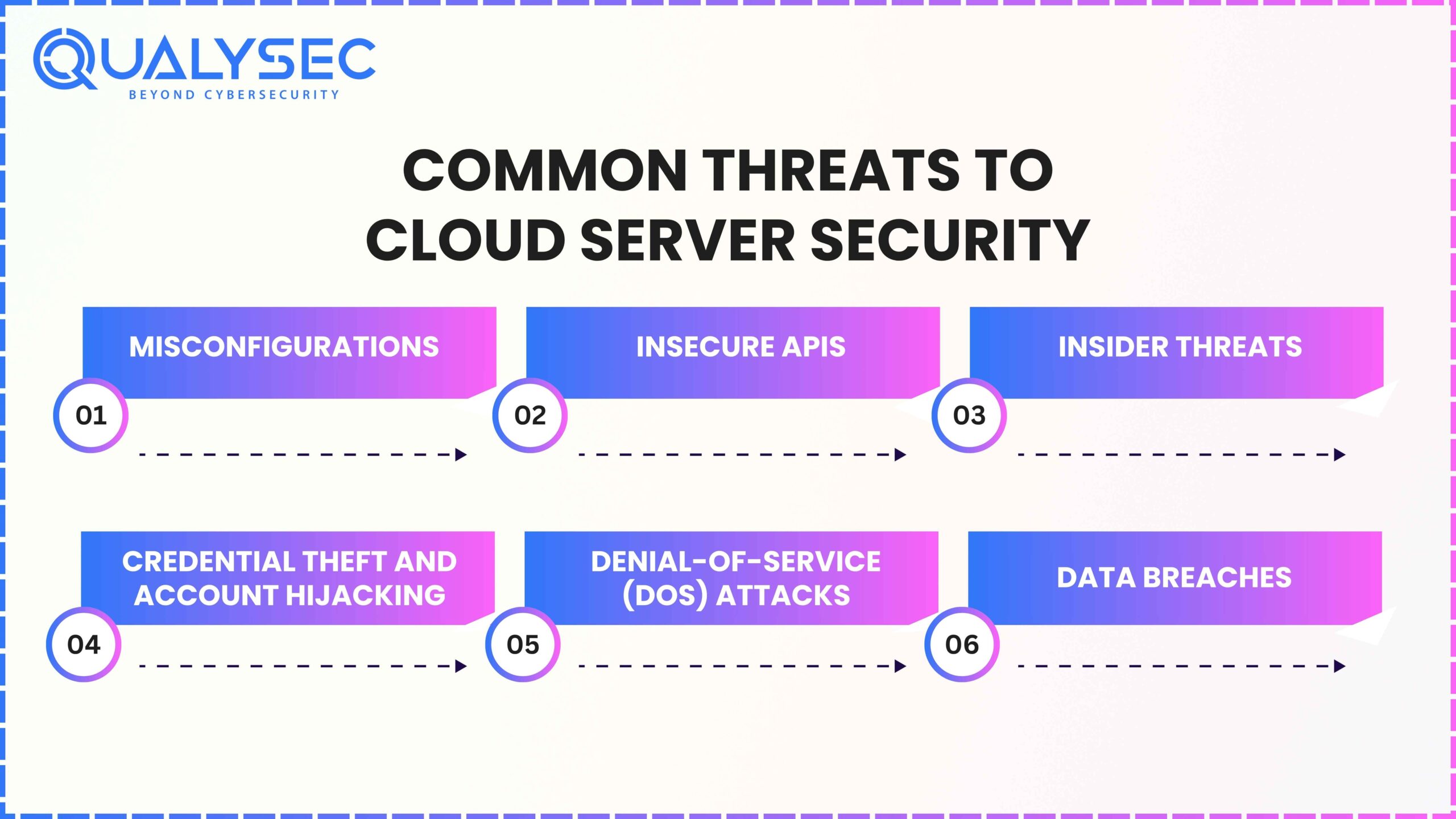
Cloud environments are complex, fast-changing, and highly connected. This makes them vulnerable to a broad range of attack vectors. Below are the most common and high-impact threats affecting cloud server security today:
1. Misconfigurations
Misconfigured cloud storage, security groups, or IAM policies are among the top causes of cloud data breaches. These errors can lead to:
- Public exposure of sensitive files
- Open ports allowing unauthorized access
- Overly permissive roles or credentials
Example: Leaving an S3 bucket accessible without authentication or binding a virtual machine to all IP addresses via port 22.
2. Insecure APIs
Cloud services rely on APIs for provisioning, automation, and communication between components. If not secured properly, APIs can expose endpoints to attackers.
Common issues include:
- Lack of authentication
- Broken object-level authorization
- Rate-limiting bypasses
These vulnerabilities allow attackers to gain unauthorized access or extract data.
3. Insider Threats
Internal actors with privileged access can intentionally or unintentionally compromise systems. Risks often arise from:
- Poor offboarding practices
- Unmonitored access to critical resources
- Use of shared admin accounts
Cloud logs may not capture enough detail unless configured properly, making insider activity harder to trace.
4. Credential Theft and Account Hijacking
Weak passwords, exposed keys, and hardcoded credentials can lead to full cloud account compromise.
Attack methods include:
- Phishing or social engineering
- Exploiting CI/CD pipelines or exposed configuration files
- Stealing tokens from misconfigured metadata endpoints
Once inside, attackers often escalate privileges and move laterally across services.
5. Denial-of-Service (DoS) Attacks
Even scalable cloud infrastructure can be overwhelmed by high-volume or application-level DoS attacks.
Impacts include:
- Service downtime
- Increased operational costs from excessive resource usage
- Chain reactions across dependent services
Cloud-native protections like AWS Shield or GCP Armor are useful, but only if endpoints are configured to use them.
6. Data Breaches
Data breaches in cloud environments can result from unauthorized access, weak encryption, or insecure data transfer practices. Cloud servers are often the initial entry point for wider data exfiltration or exposure incidents.
Latest Penetration Testing Report
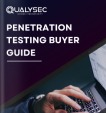
Key Challenges in Securing Cloud Infrastructure
Although security tools are available in cloud platforms, real-life cloud security continues to cause various issues for organizations. A lot of these issues are caused by limited visibility, the complexity of architectural systems and clients and providers both being accountable.
1. Understanding the Shared Responsibility Model
The infrastructure is secured by the provider, but customers have to look after the security of all they deploy inside it. Virtual machines, containers, restrictions on access and encryption are all part of this.
Common pitfall: Many people fall for the trap of assuming cloud security vendors secure their applications and workloads automatically.
2. Complexity in Multi-Cloud and Hybrid Environments
Many companies now have their data and applications available in various cloud environments and on-site servers. It adds meaningful difficulty to security systems when policies, configurations and controls must be unified across different platforms.
Risks include:
- Inconsistent access control enforcement
- Fragmented logging and monitoring
- Lack of unified threat visibility
3. Rapid Deployment and Continuous Change
Cloud infrastructure adapts very quickly to change. We can now make and take away resources in seconds with the assistance of Infrastructure as Code (IaC), containers and serverless functions. If security is not watched closely, risks can increase before you realize there is a problem.
Issue: Security teams have difficulties staying up to date with DevOps changes.
Learn more about Cloud Infrastructure Security
4. Compliance and Regulatory Complexity
Cloud services are required to follow specific industry and region standards such as PCI DSS, HIPAA, GDPR and ISO 27001. It is more difficult to meet these requirements on the cloud because of rules on where data must be stored, third-party systems and shared hardware.
The solution is for organizations to use automated compliance tools and be able to produce reports suitable for audits.
5. Insufficient Visibility and Logging
You will often find that logging features in the cloud are quite limited. If you fail to configure it correctly, the network data may miss important events.
- API use without proper permission
- Incorrect logins
- Alterations in the firewall or IAM policies
With no clear view, neither incident detection nor investigations can be carried out properly.
Best Practices for Cloud Server Security
It isn’t enough for organizations to rely solely on the default settings on their cloud servers. Ensuring best security practices means your workloads are secured, able to grow and meet all rules and regulations.
1. Enforce Strong Identity and Access Management (IAM)
Restrict access to your client’s information to the essentials. Set up your system so it takes the least privilege possible and do not use root or admin accounts for ordinary tasks.
Recommendations:
- Introduce multi-factor authentication for your company.
- Rely on role-based access control (RBAC).
- Permission audits should be done every so often.
To effectively protect cloud servers, organizations need more than default configurations. Implementing security best practices ensures that workloads remain protected, scalable, and compliant.
2. Harden Cloud Server Configurations
After installation, ensure that necessary operating system and service settings are secured before distribution.
The best way to do this is to:
- Shut down or disable anything on your computer you don’t use.
- Ensure that computers running your server have firewalls enabled.
- Make users set complex passwords and enforce rules for too many failed login attempts.
- If there are default users or script files you aren’t using, delete them.
3. Encrypt Data at Rest and in Transit
Apply the highest encryption possible to protect data kept on and exchanged with the cloud.
You can do the following things:
- Secure data that sits in storage using AES-256.
- Always set up TLS 1.2 or a higher encryption level for your data traffic.
- Store your encryption keys safely, preferring to use cloud-native KMS services when possible.
4. Continuously Monitor and Audit Activity
Put centralized logging and monitoring into place to spot unauthorized use or setup issues in your systems as they occur.
Suggested tools:
- Using AWS CloudTrail or Azure Monitor
- Log correlation is made possible with SIEM integration.
- Automatic notifications when something is unusual
5. Apply Regular Patching and Updates
Old software and applications provide attackers with easy entry into a server.
Process:
- Activate automatic updates whenever it is possible.
- Always keep track of when you need to update your system.
- Keep an eye out for announcements from vendors about security problems.
6. Conduct Regular Security Assessments
The results of security assessments ensure that security settings are doing their job correctly.
There are many types of assessments:
- Vulnerability scans
- Penetration testing that is done in the cloud
- Compliance audits
If you use QualySec, you benefit from detailed reviews of your cloud attack surface and any security errors.
Talk to our Cybersecurity Expert to discuss your specific needs and how we can help your business.
Conclusion
Growth in cloud infrastructure means the means to attack it are also developing. Although providers supply important security measures, it is still up to the organization to take care of workloads, configurations and access.
Covering misconfigured access, insecure APIs and insider threats means cloud server security requires close attention and the knowledge of experts at all times. You need to first see where the risks are coming from. Used correctly, the appropriate tools, practices and partners can help fill security gaps and lower risks.
Using detailed assessments, Qualysec supports companies in keeping up with all types of risks from the cloud. Items covered are configuration audits, testing of APIs and access, validation for compliance and detailed reports useful for both correcting errors and providing audit evidence.
Our cloud security experts are available to share how we can protect your business, follow regulations and bolster your cloud structure.
FAQs
Q1: How secure is a cloud server?
A cloud server can be highly secure if it is properly configured and monitored. While cloud providers secure the physical infrastructure, customers are responsible for managing access controls, encryption, patching, and monitoring. Most breaches occur due to user misconfigurations or weak access policies, not failures in the provider’s platform.
Q2: What are the 4 areas of cloud security?
These four are the primary fields of cloud security:
- Ensuring data remains safe by applying data encryption and deciding precisely who can access it.
- IAM – Preventing unauthorized access to resources in the cloud by controlling who can get in.
- Security Monitoring and Incident Response – Detecting potentially dangerous events by using logs and alerts plus automated tools.
- Ensuring the company follows the rules of governing bodies and secures all systems in different places.
Q3: What are the 3 categories of cloud security?
In general, cloud security covers three main categories:
- Securing the infrastructure inside a cloud environment by guarding virtual machines, storage and networks.
- Protecting programs that are working in the cloud from getting taken over or misconfigured.
- Sensitive data is protected by using encryption, making copies and limiting who gets access.
Q4: What are the top 5 security concerns in cloud computing?
The top issues that concern security are:
- Data breaches
- Problems with how your cloud settings have been set up
- Problems with API and interface security
- Account takeover and identity information stealing
- Hazards from individuals inside an organization and from outsiders
Such risks can be reduced if we assess risks proactively, install strong access policies and always monitor.





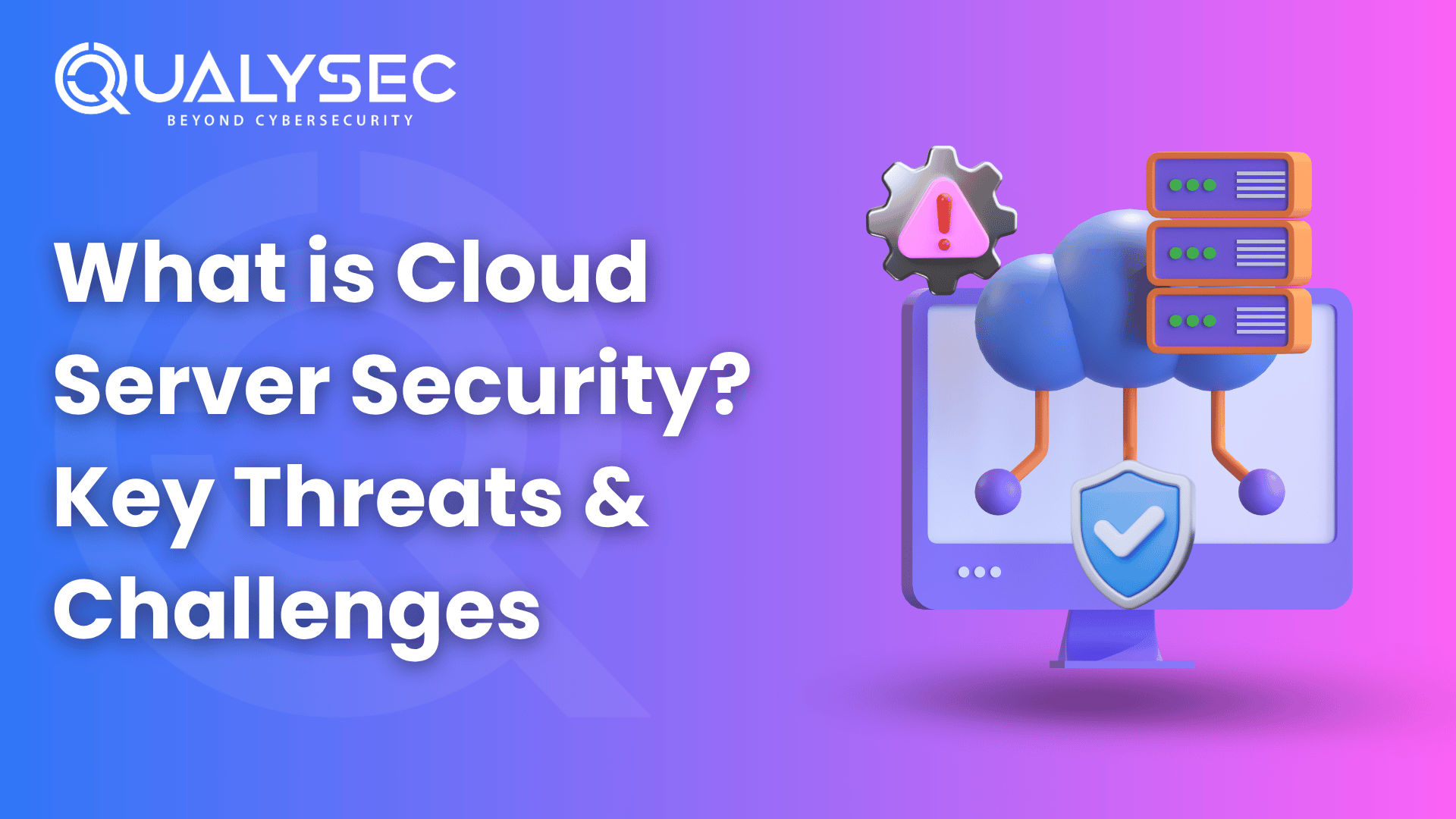



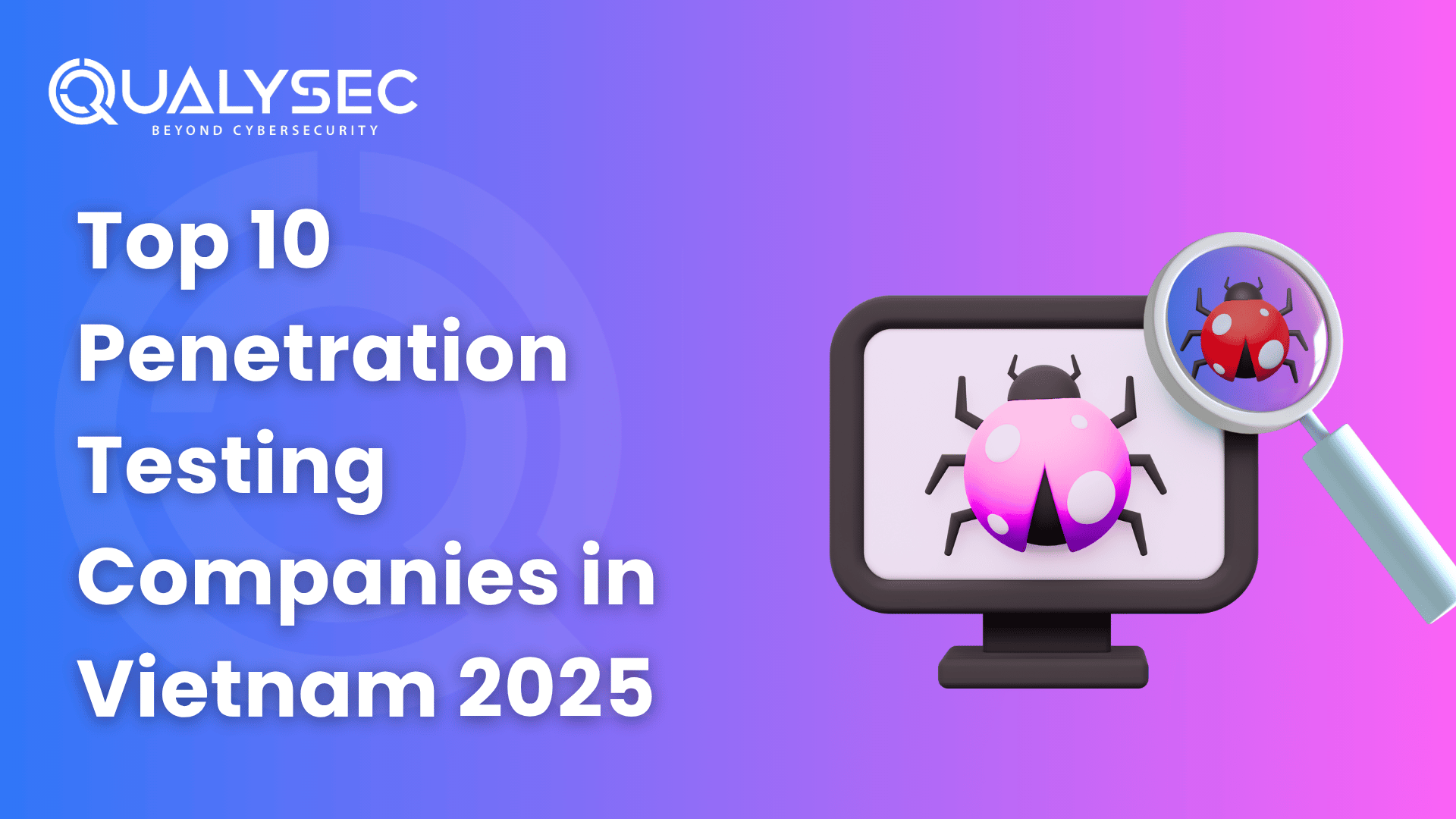
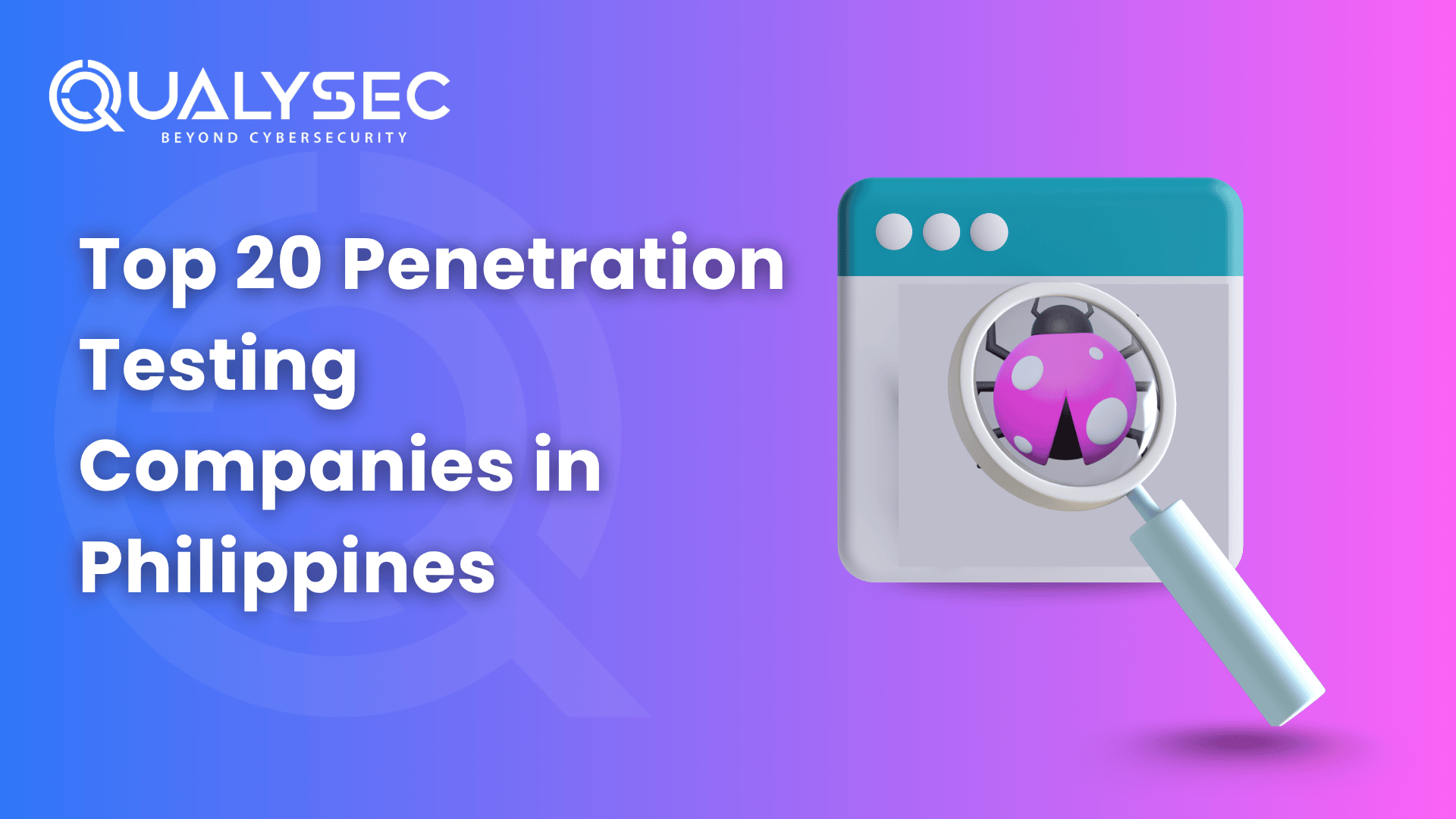
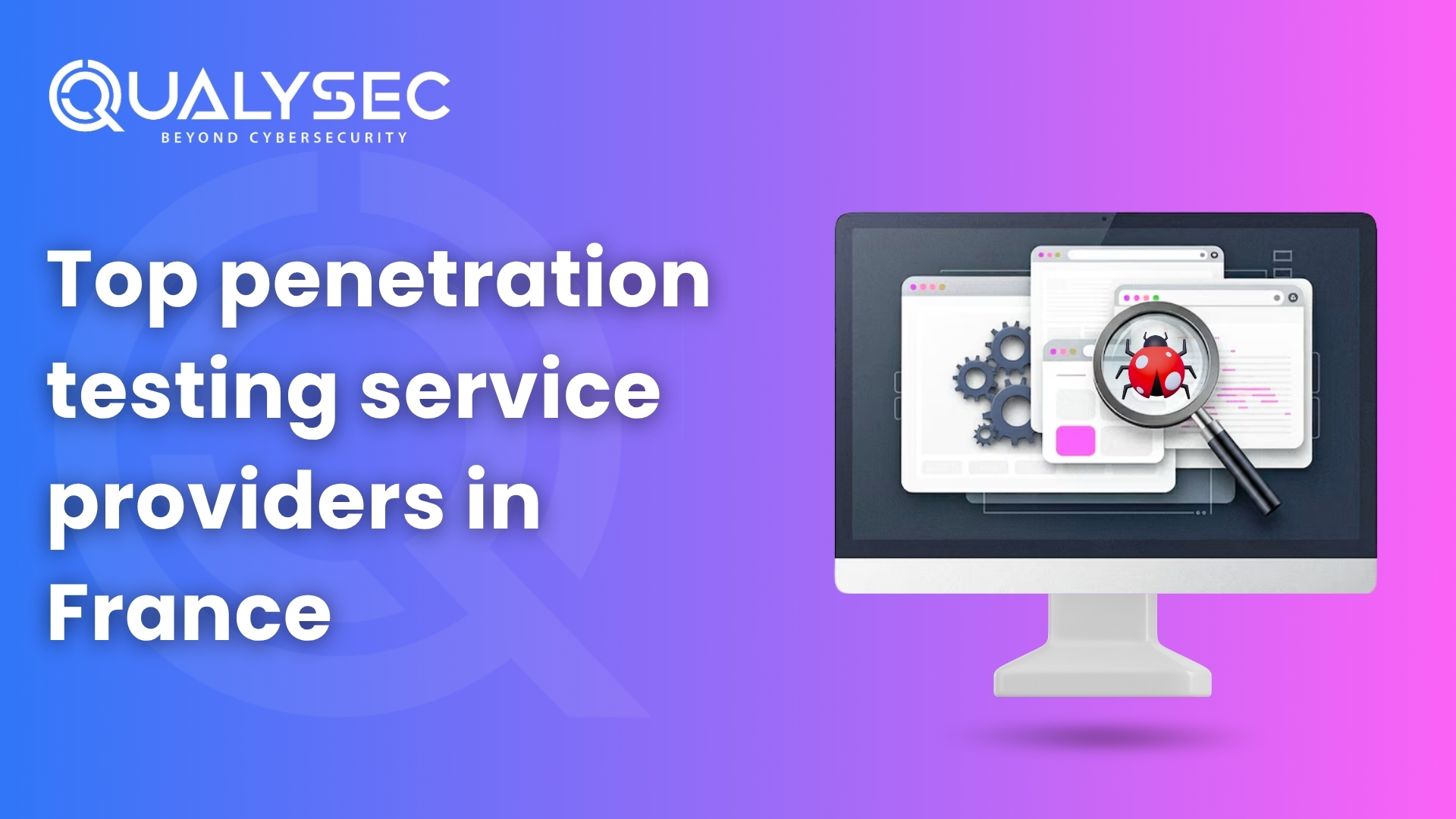
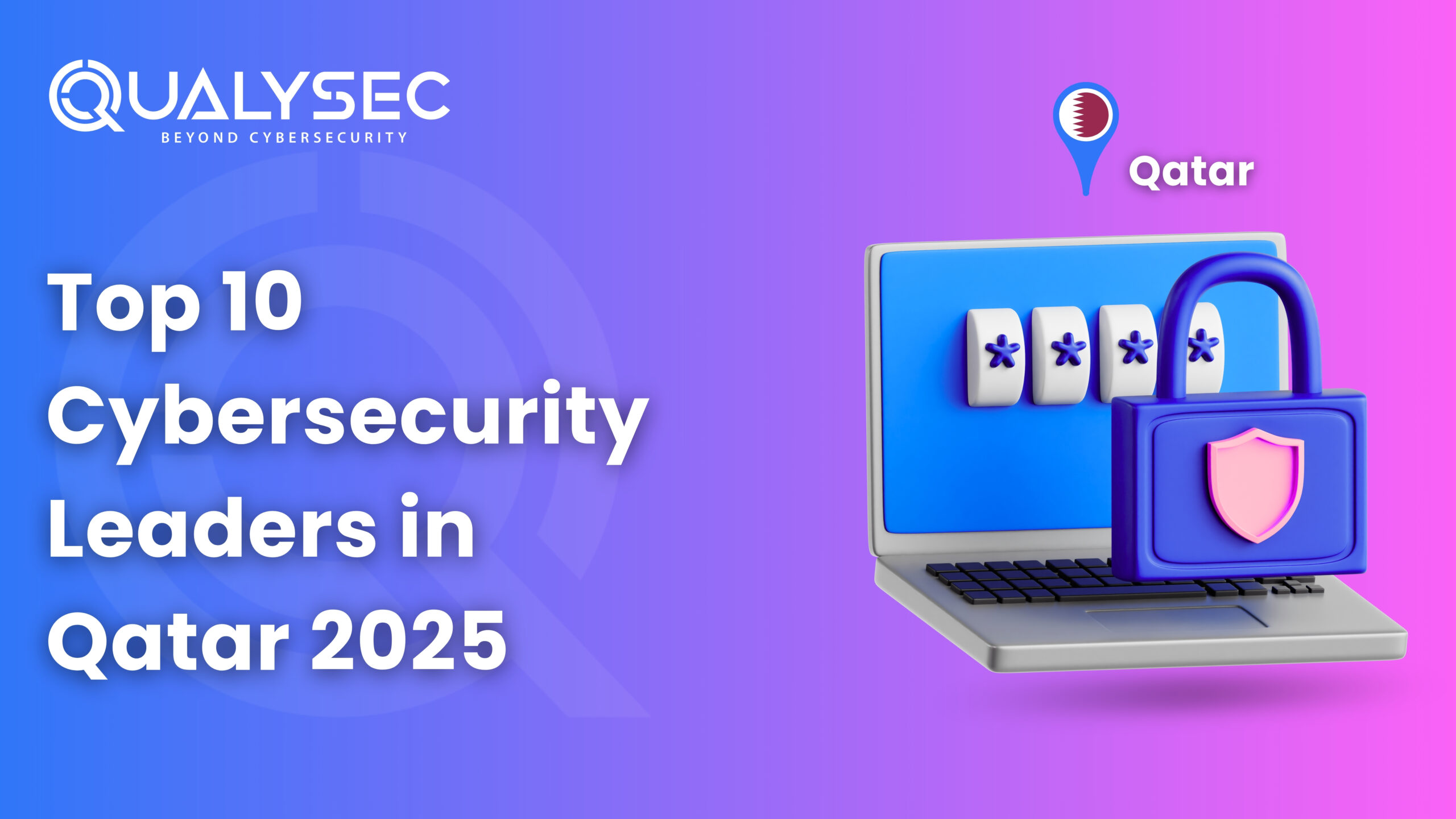
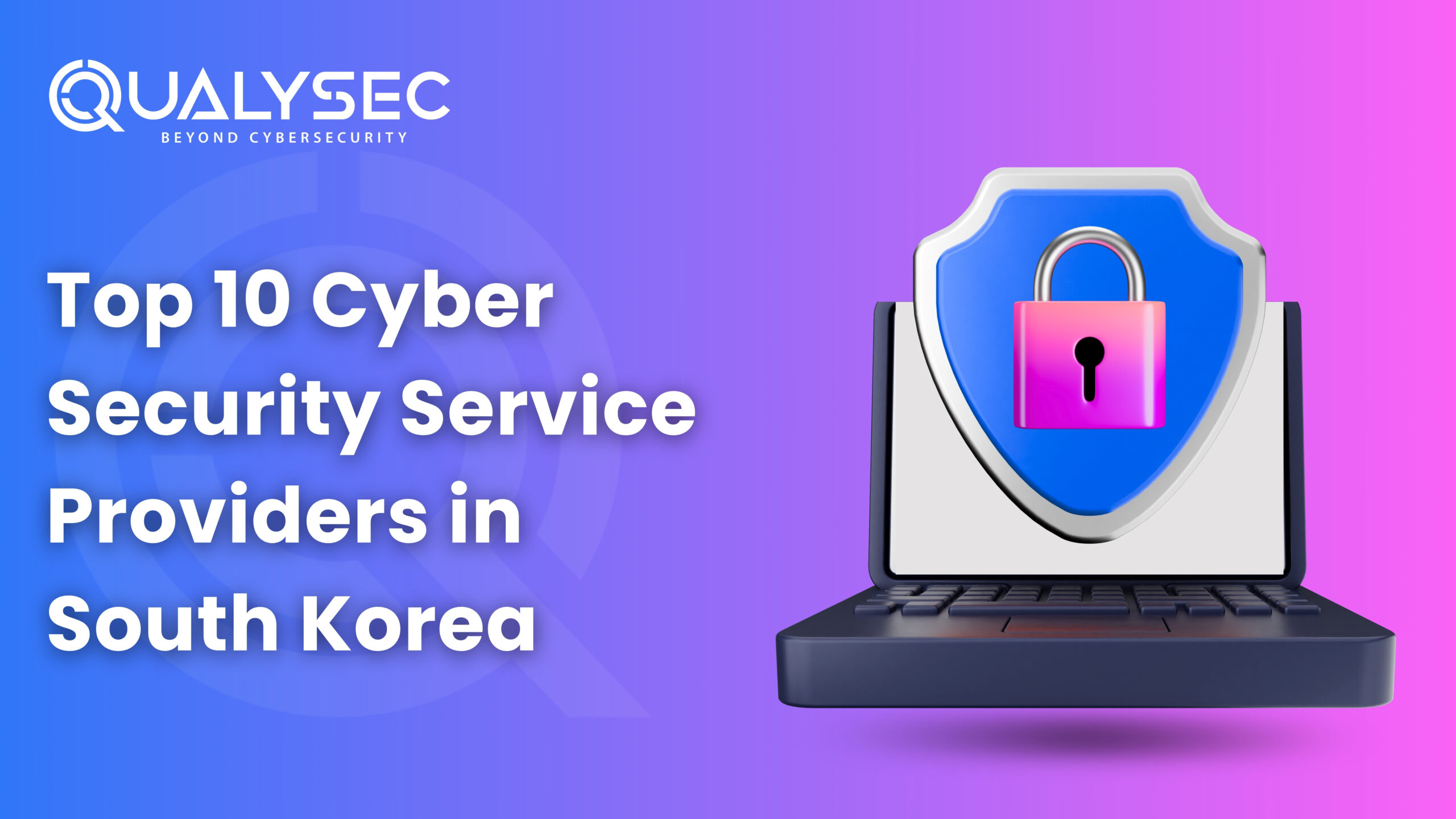

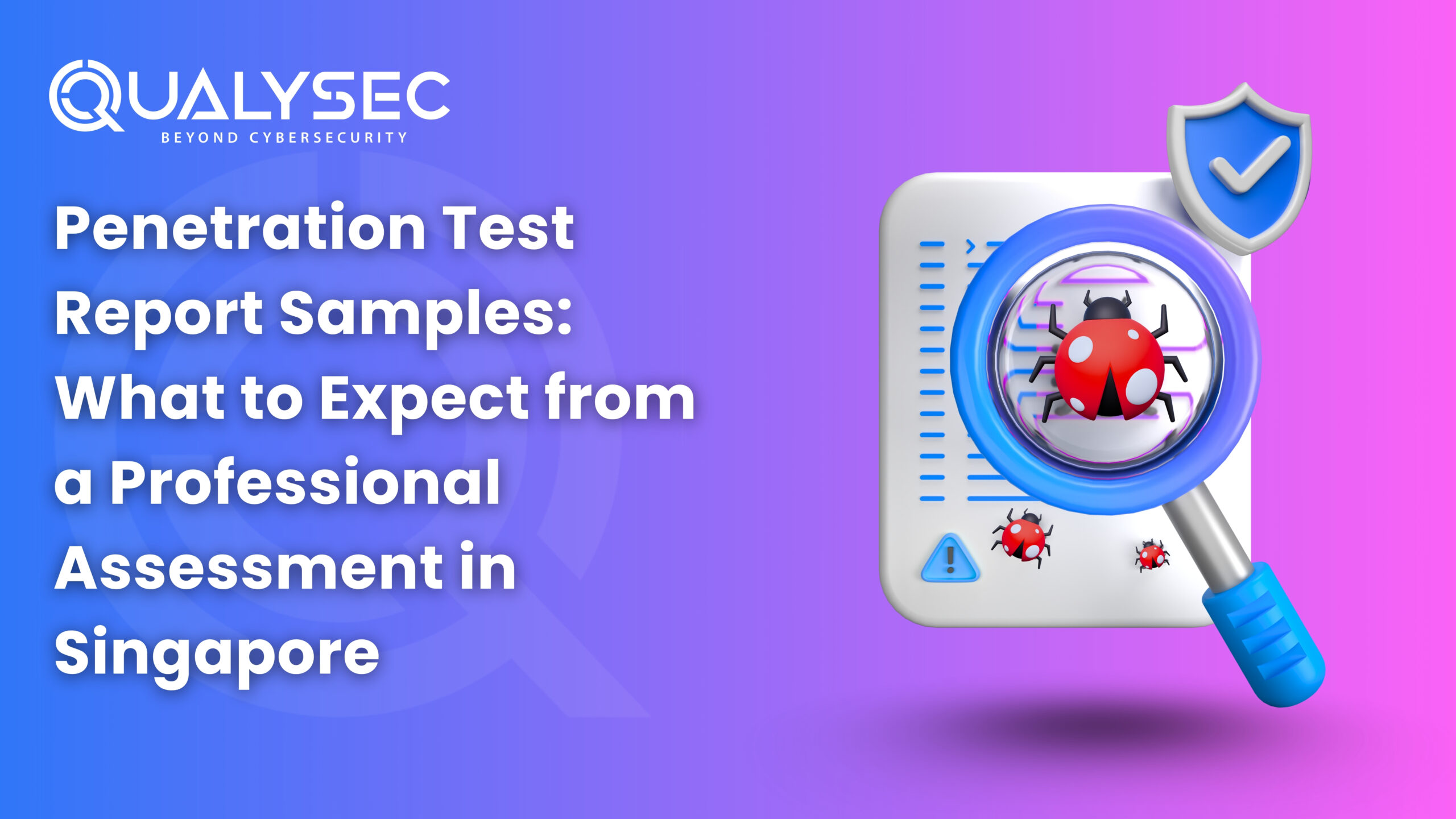
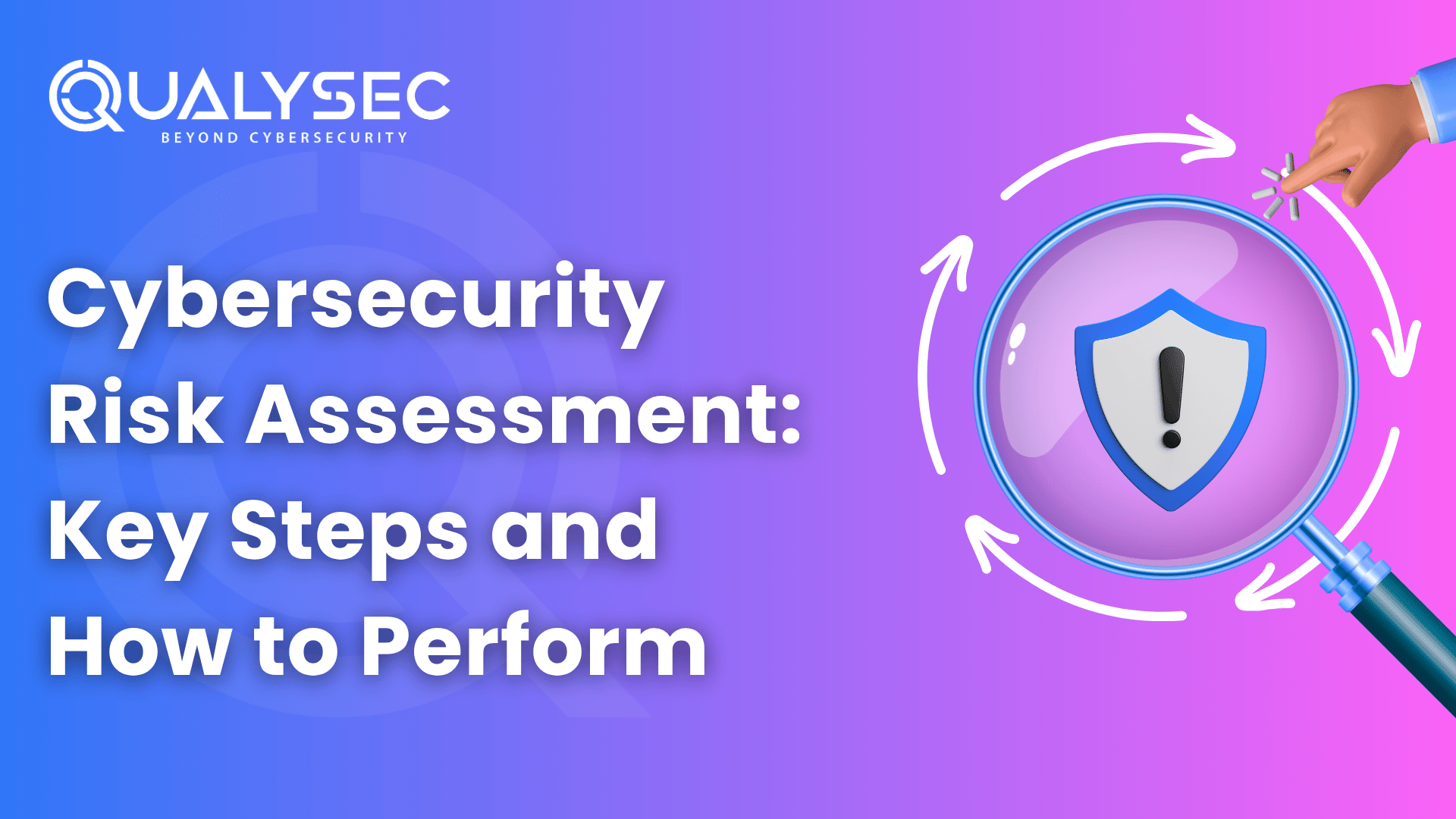
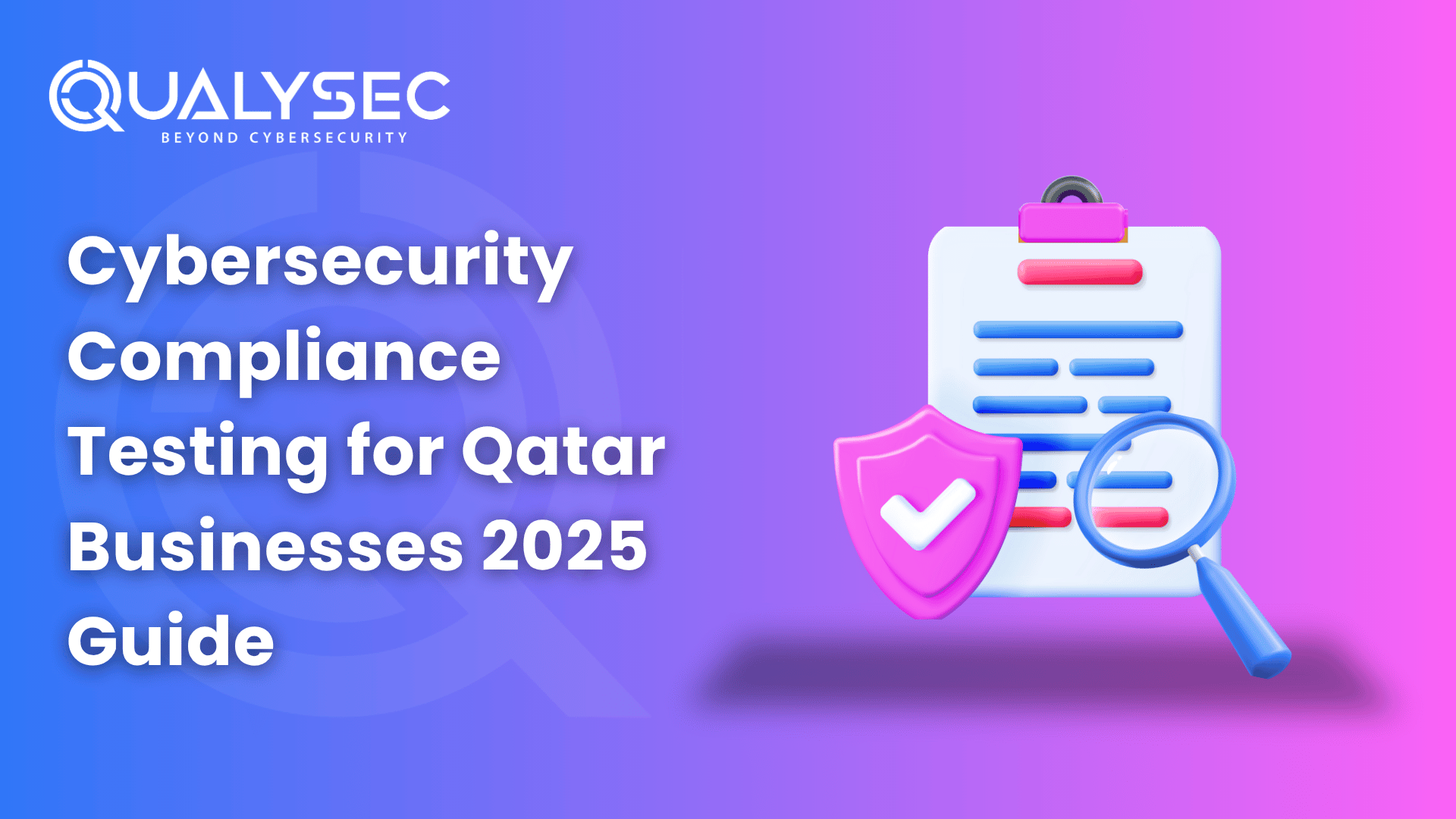
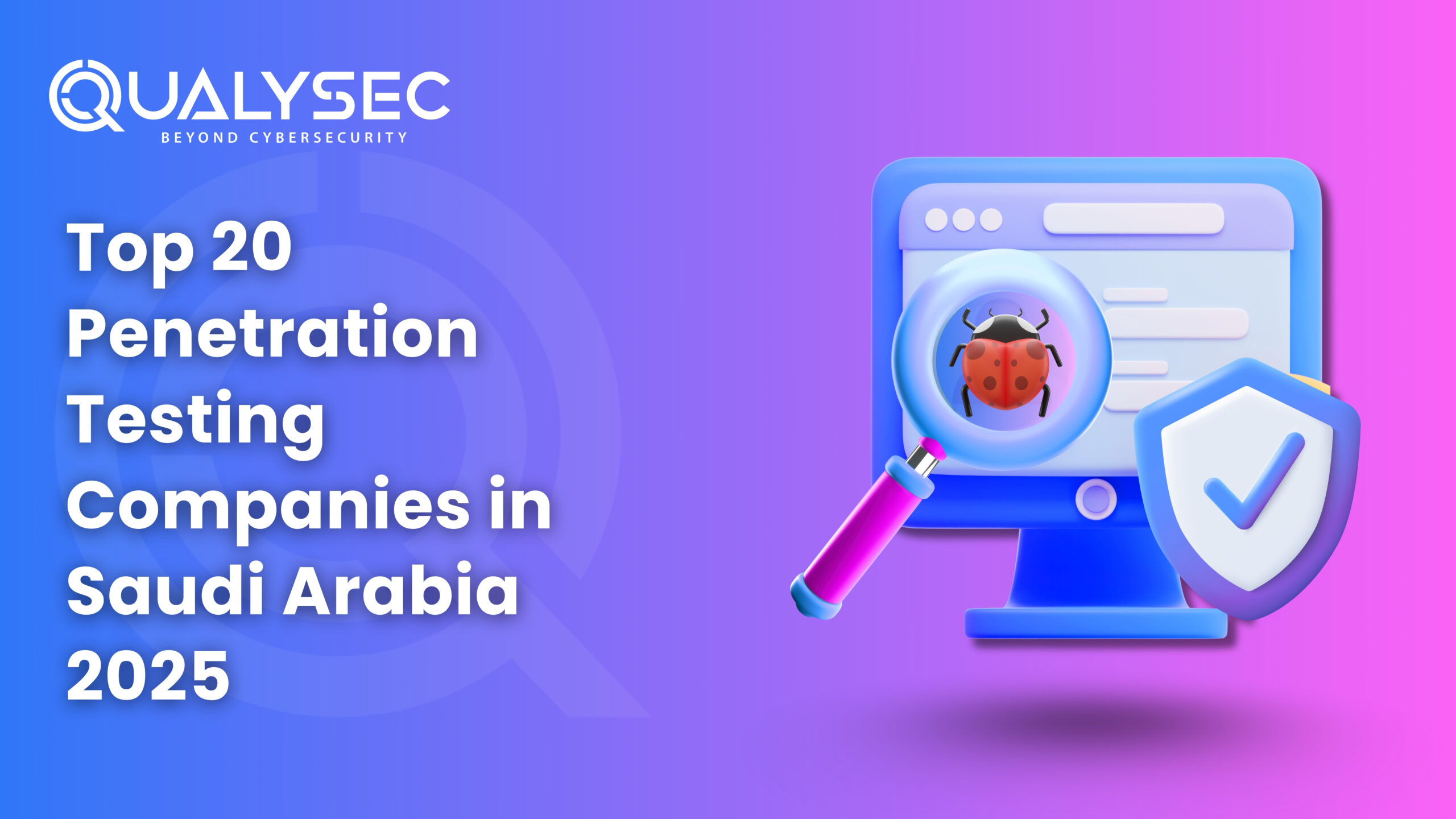
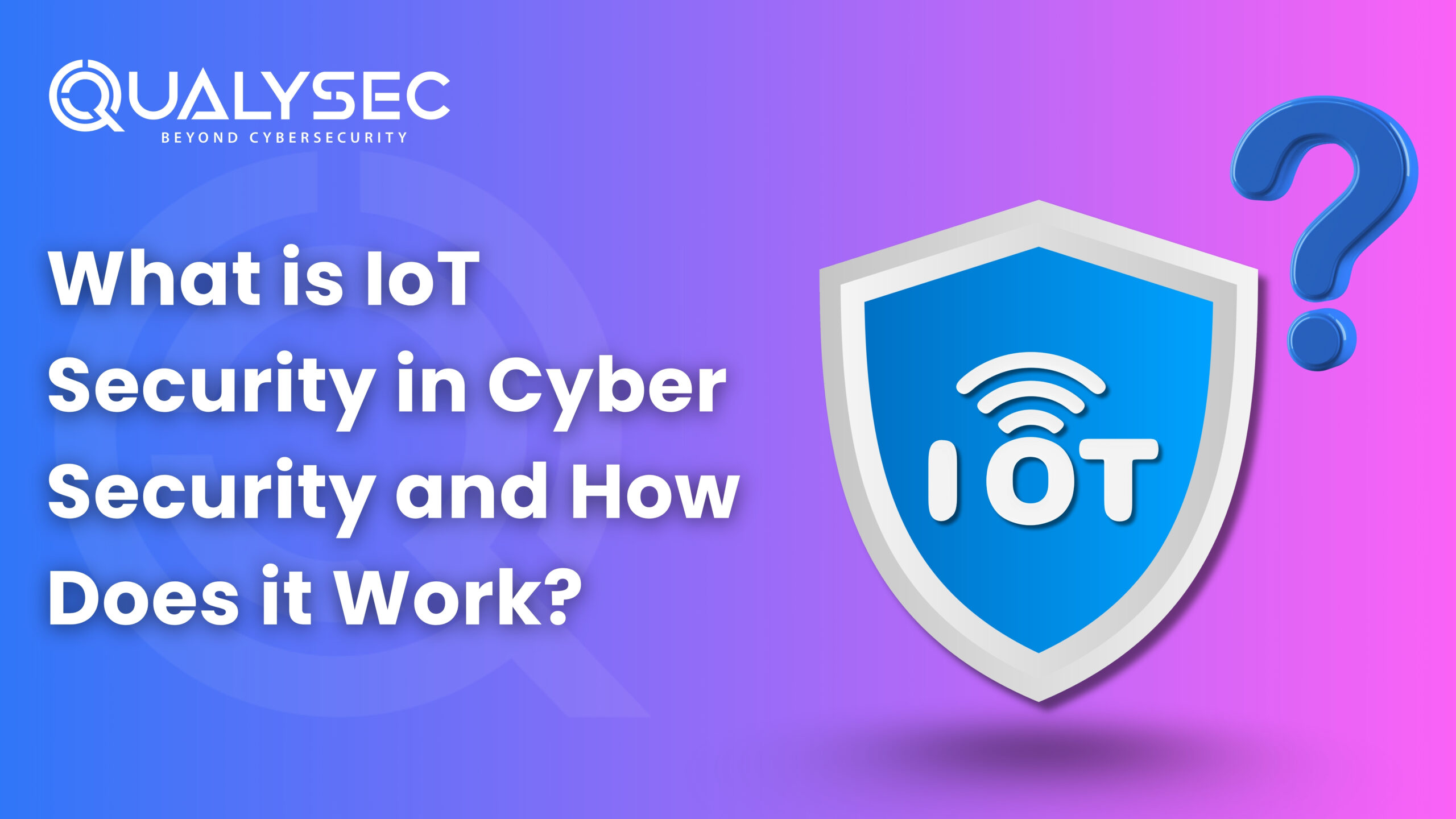
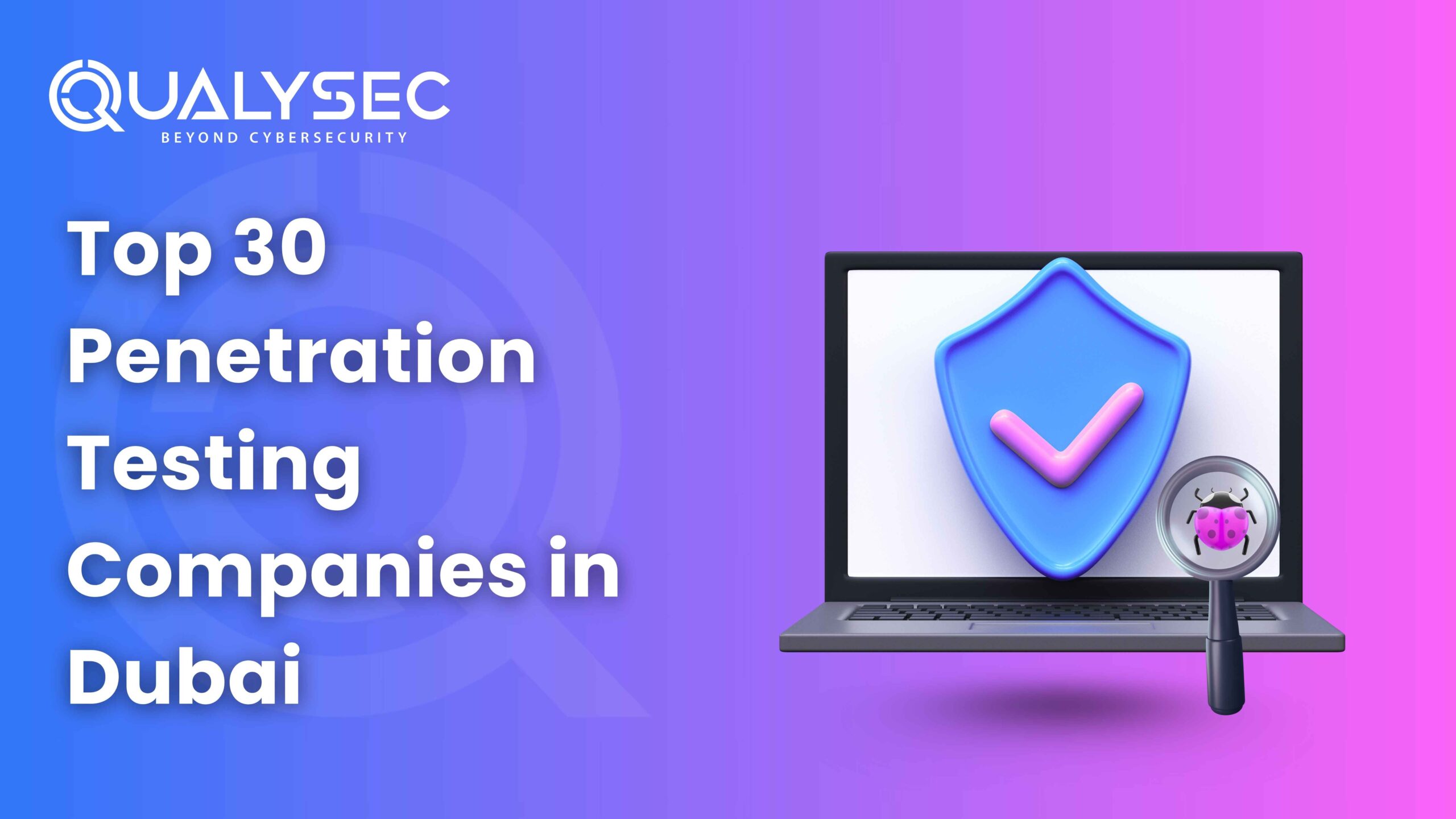

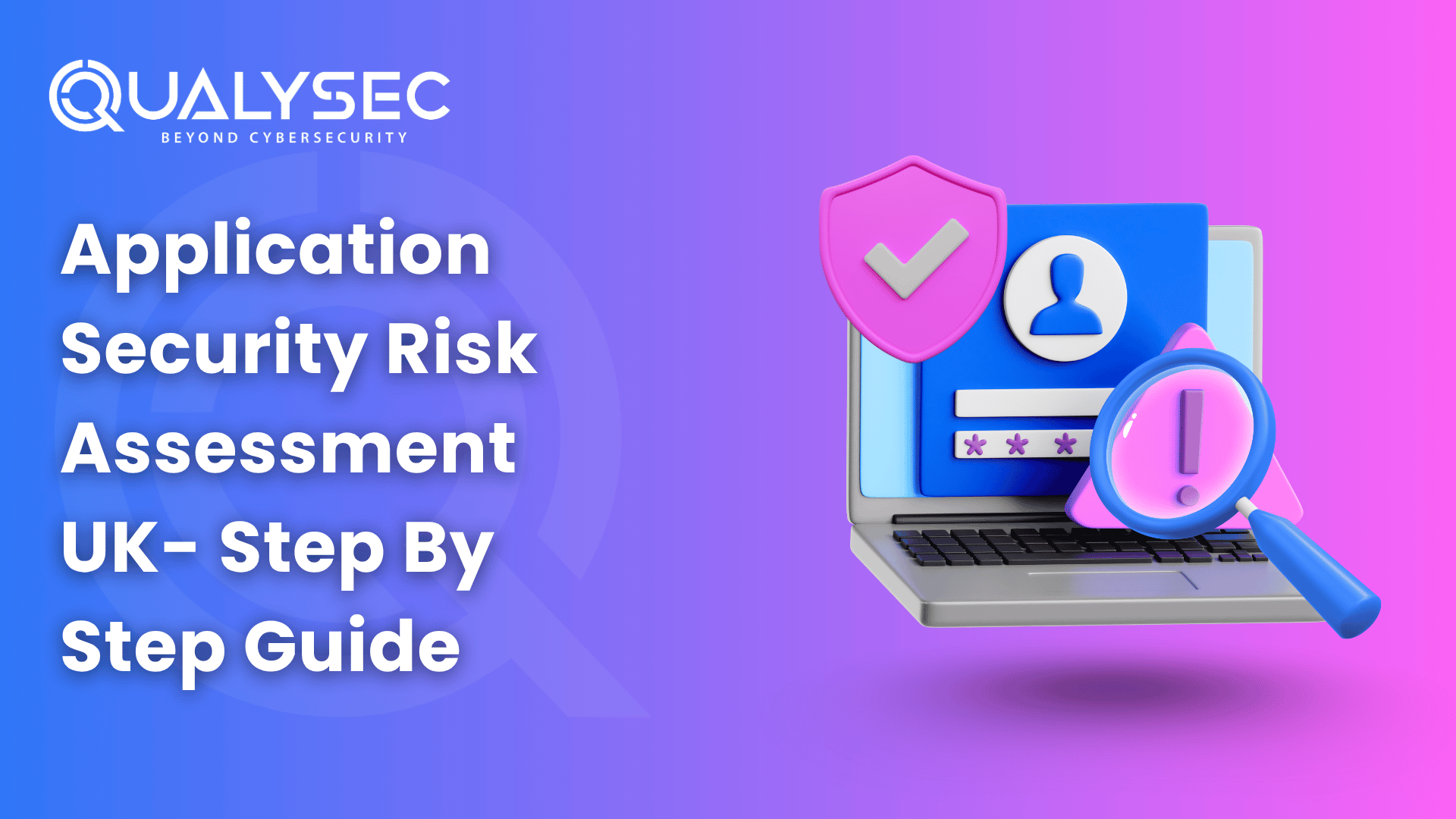
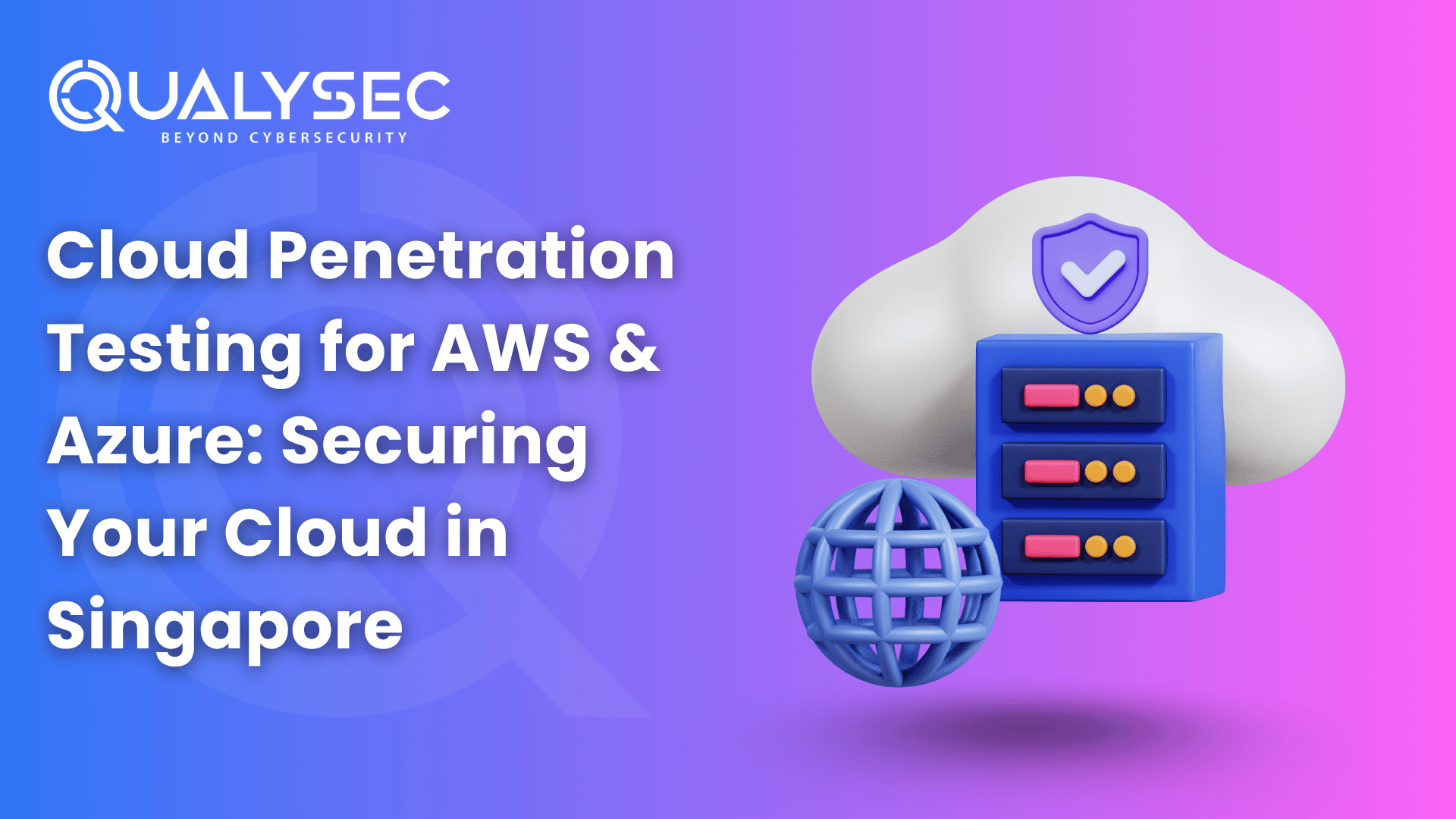
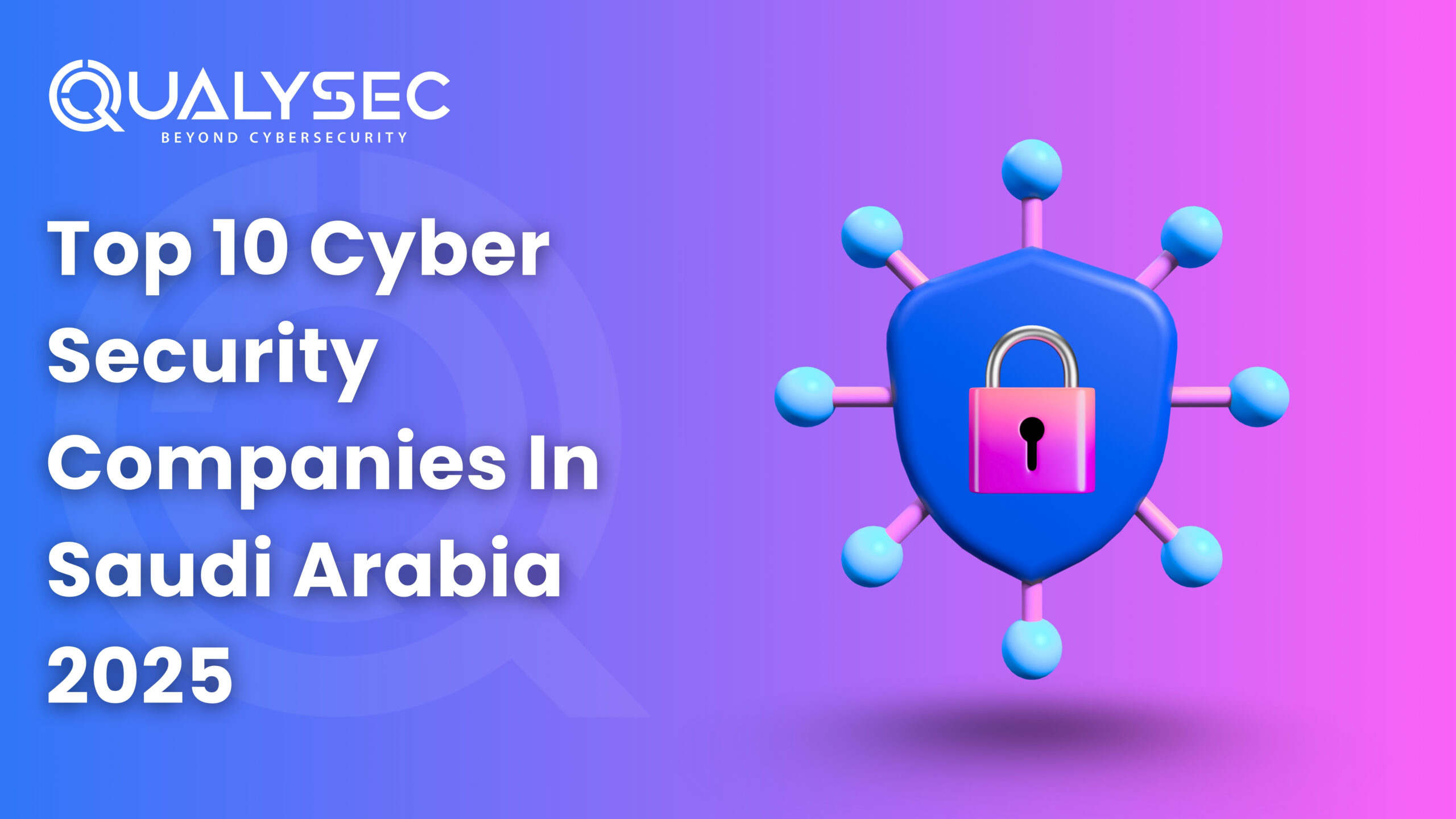
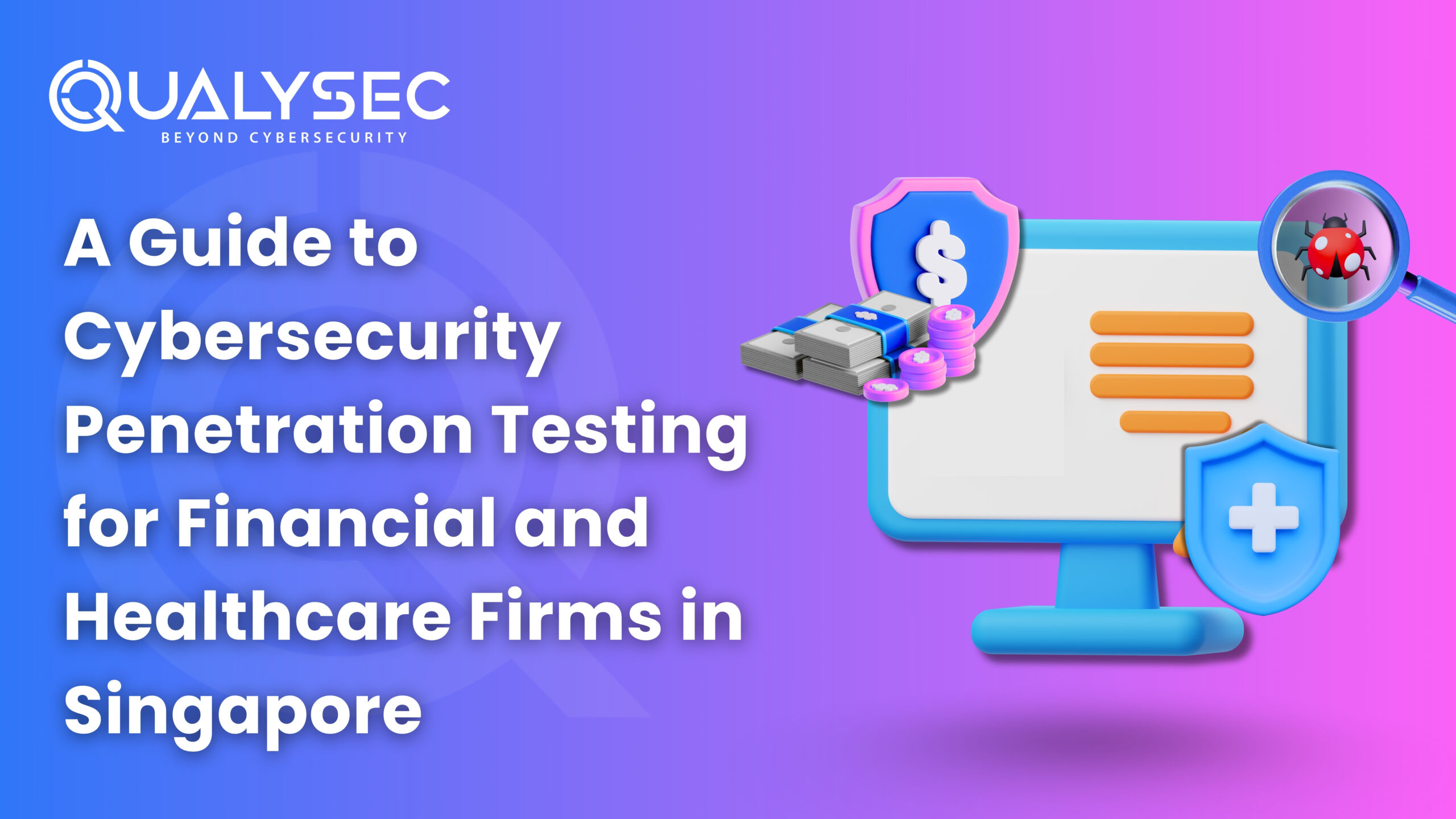

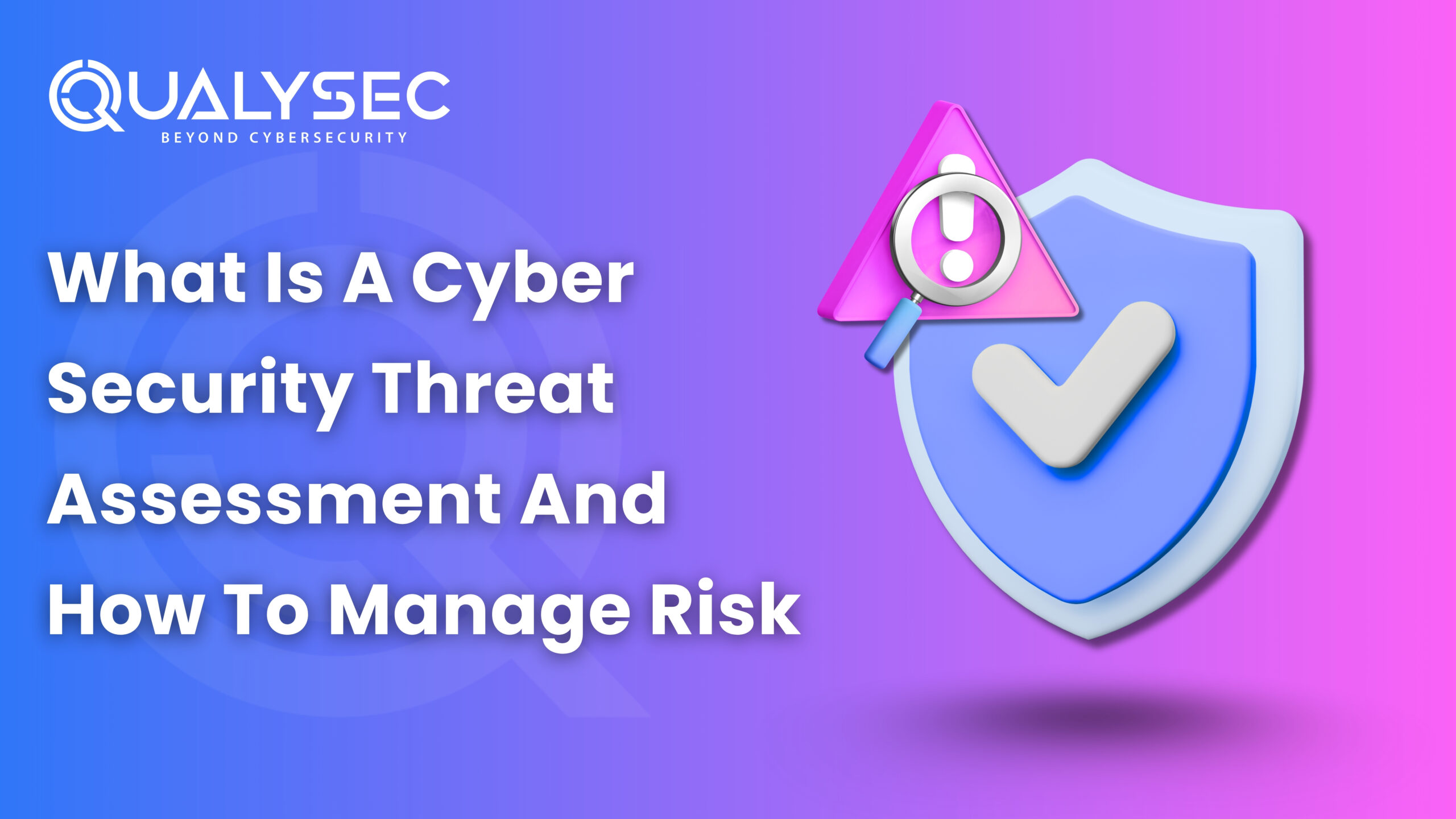

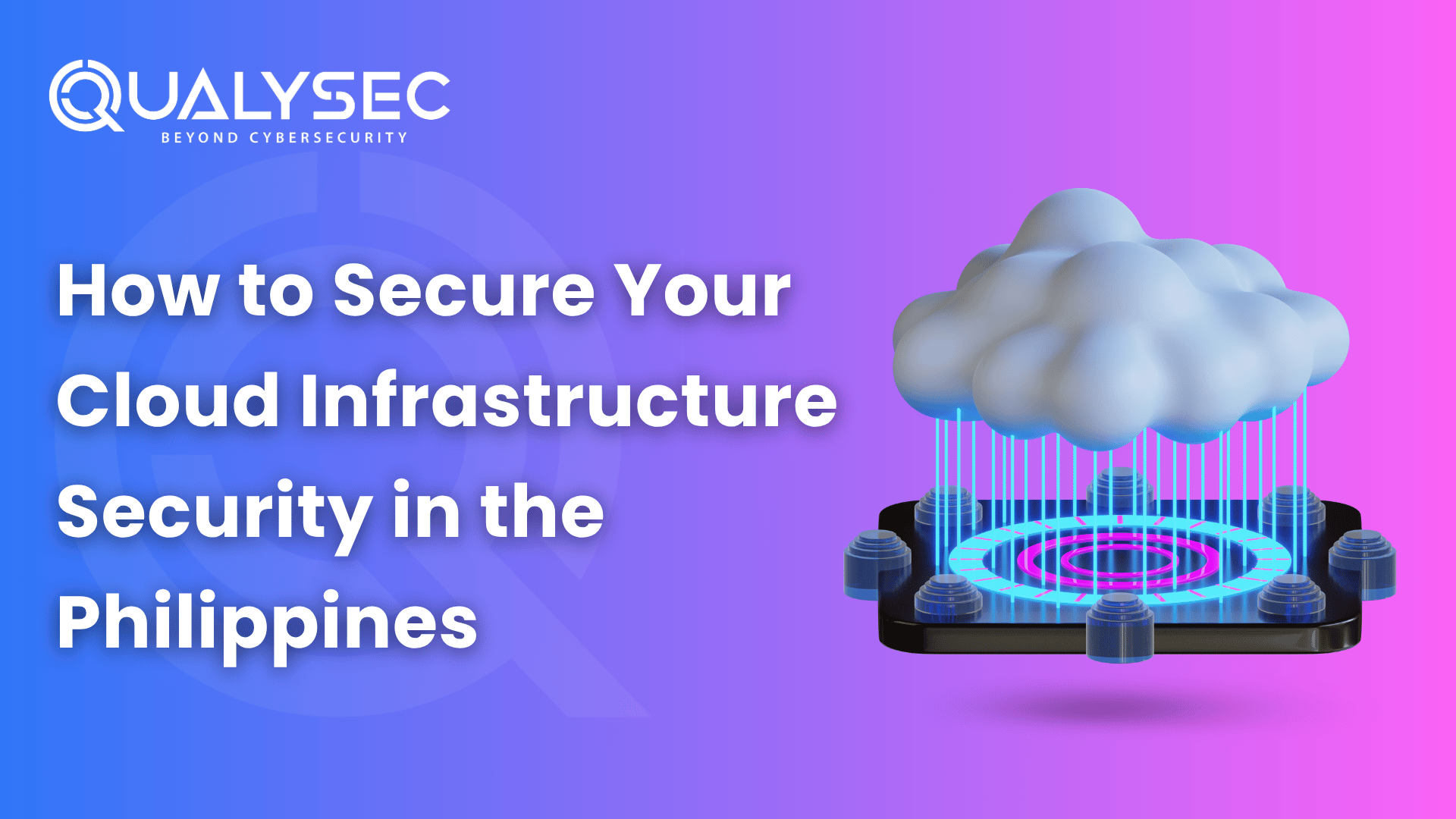
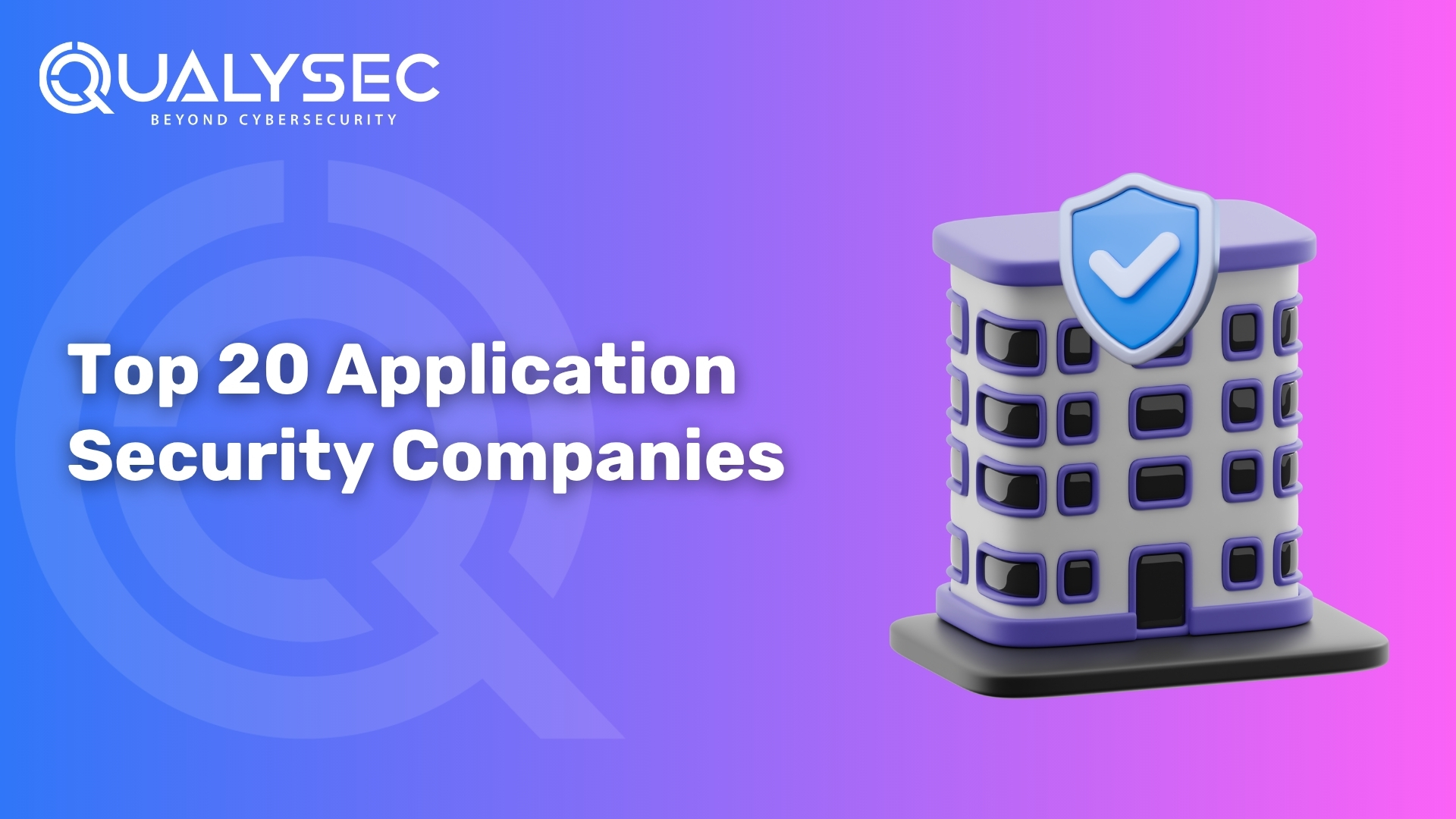
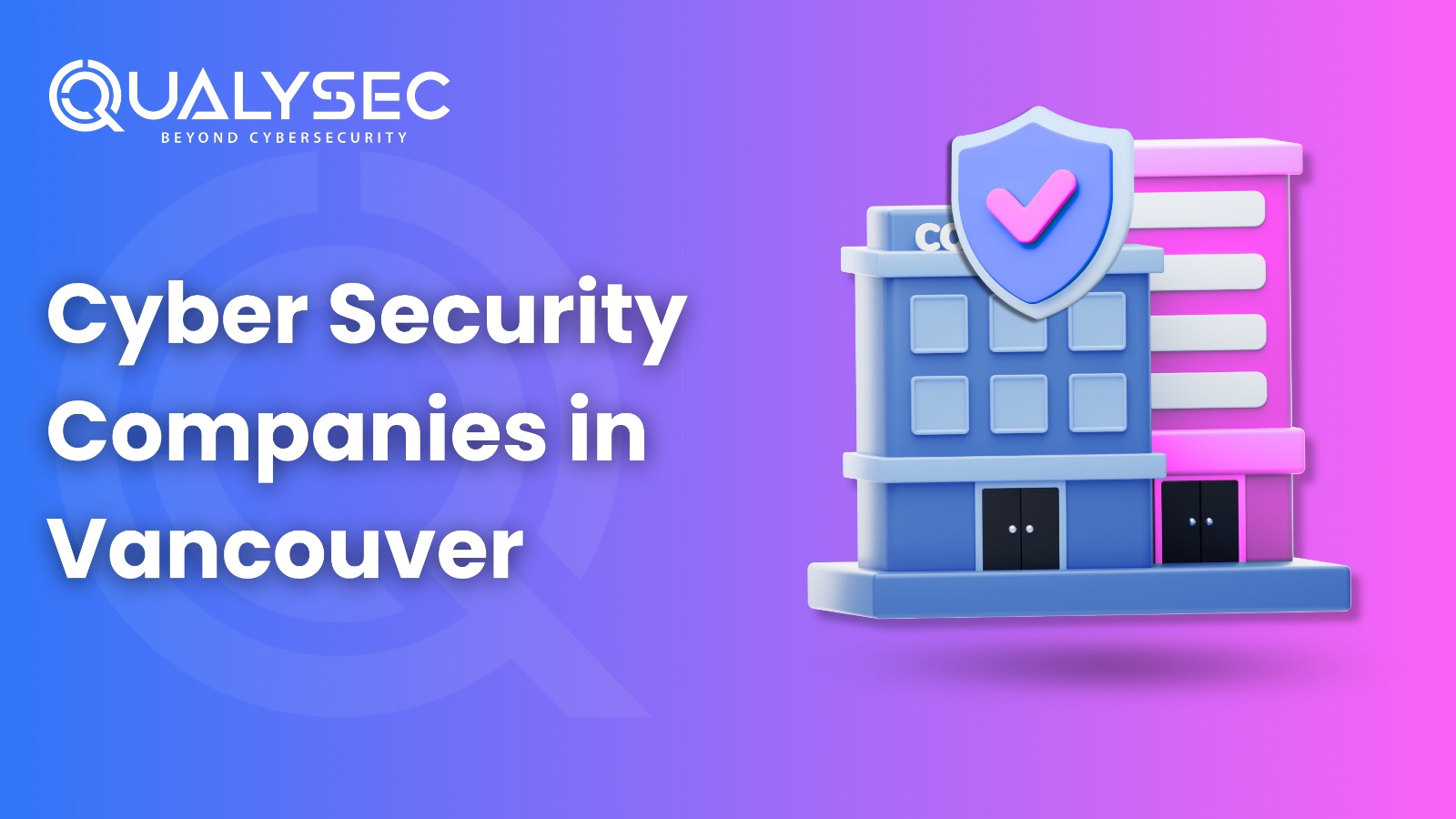
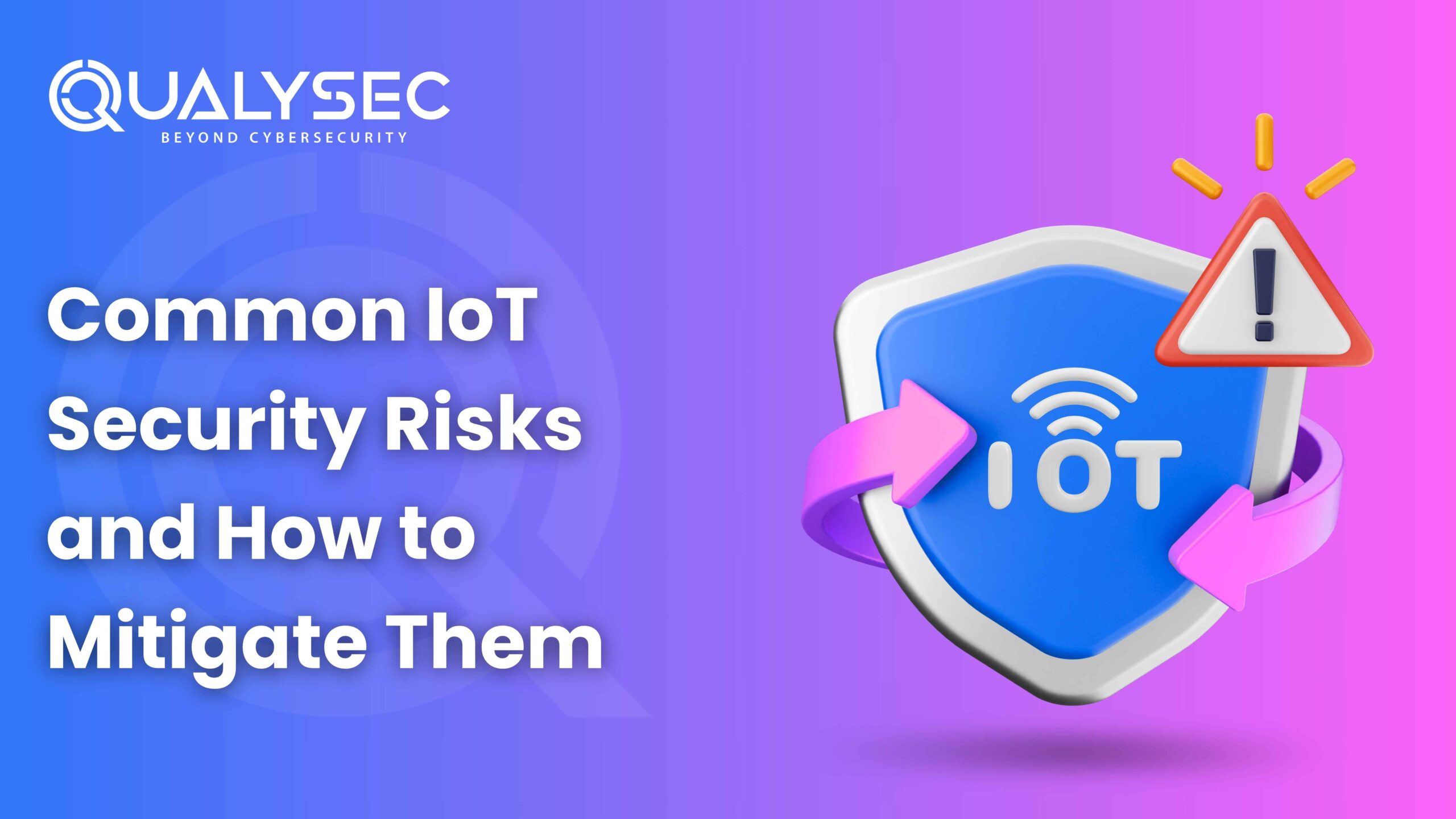
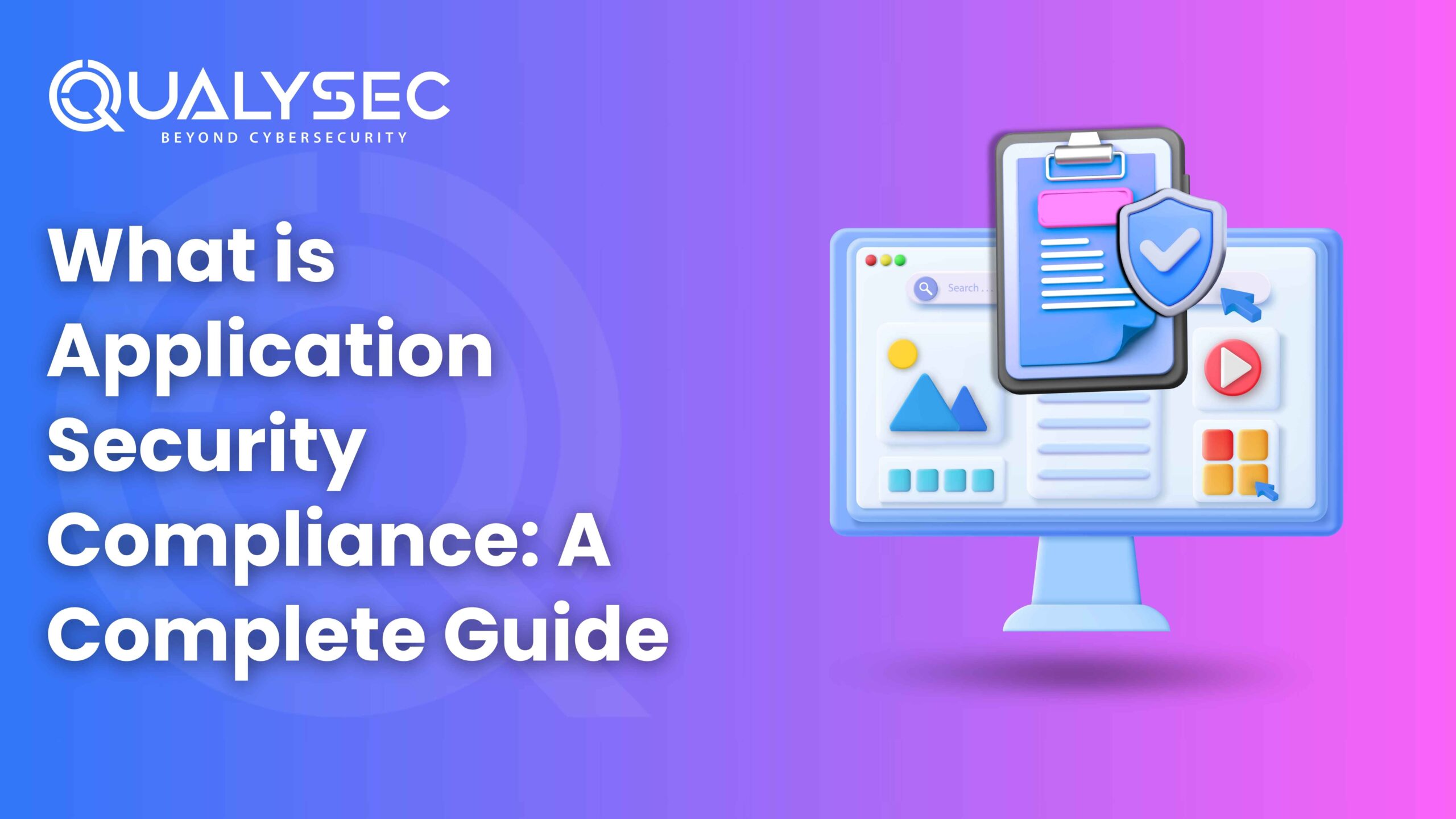
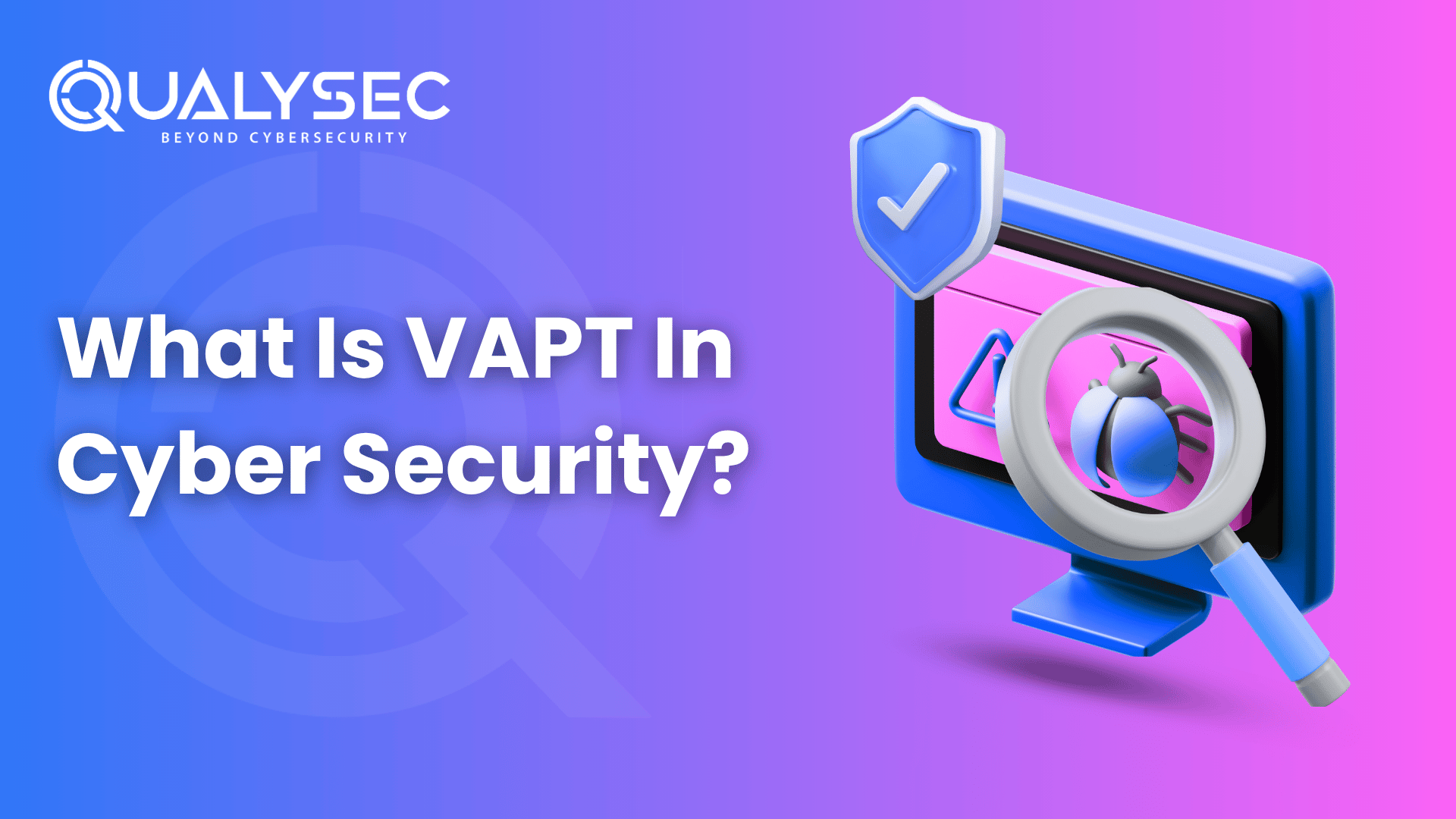
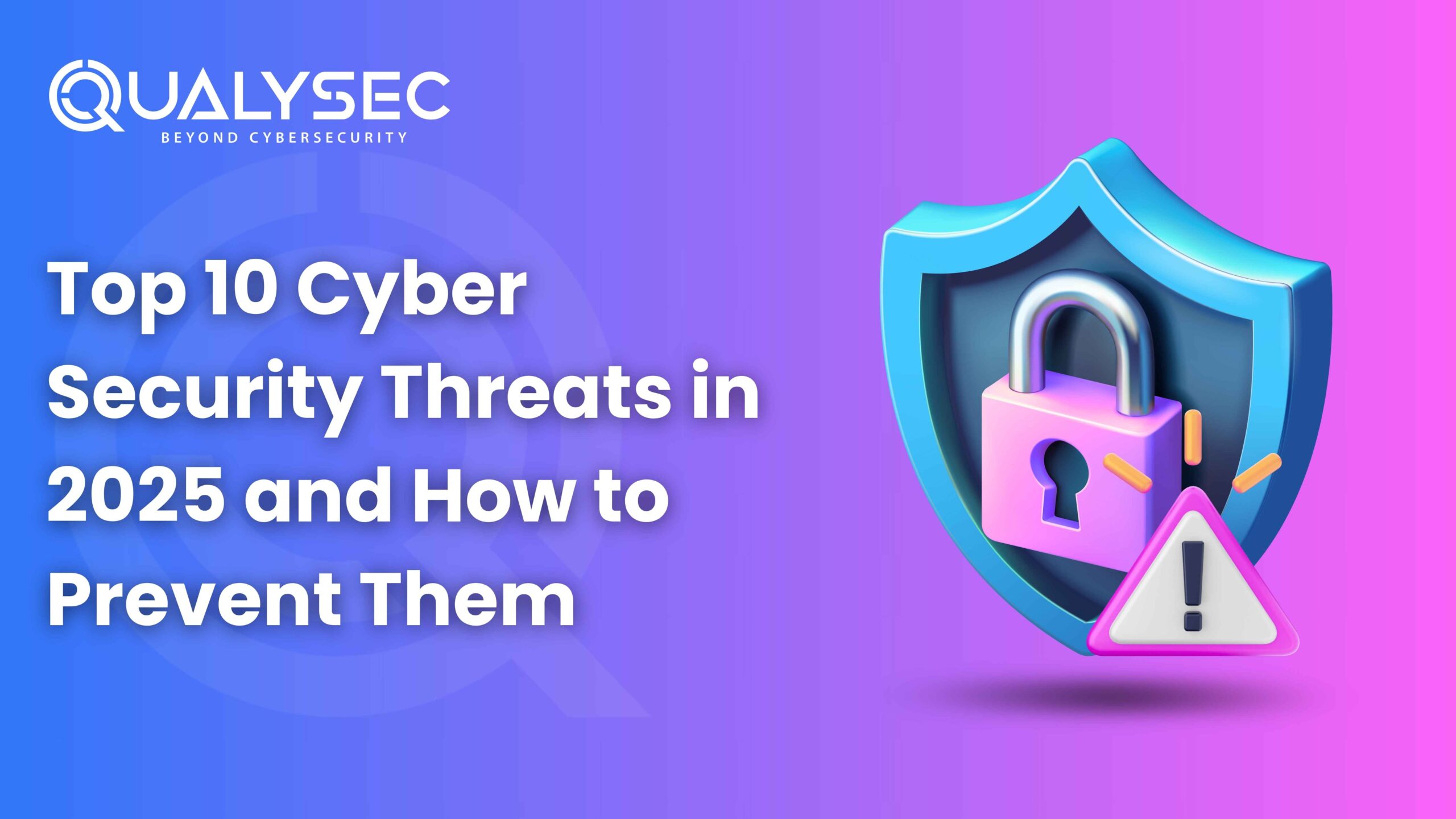
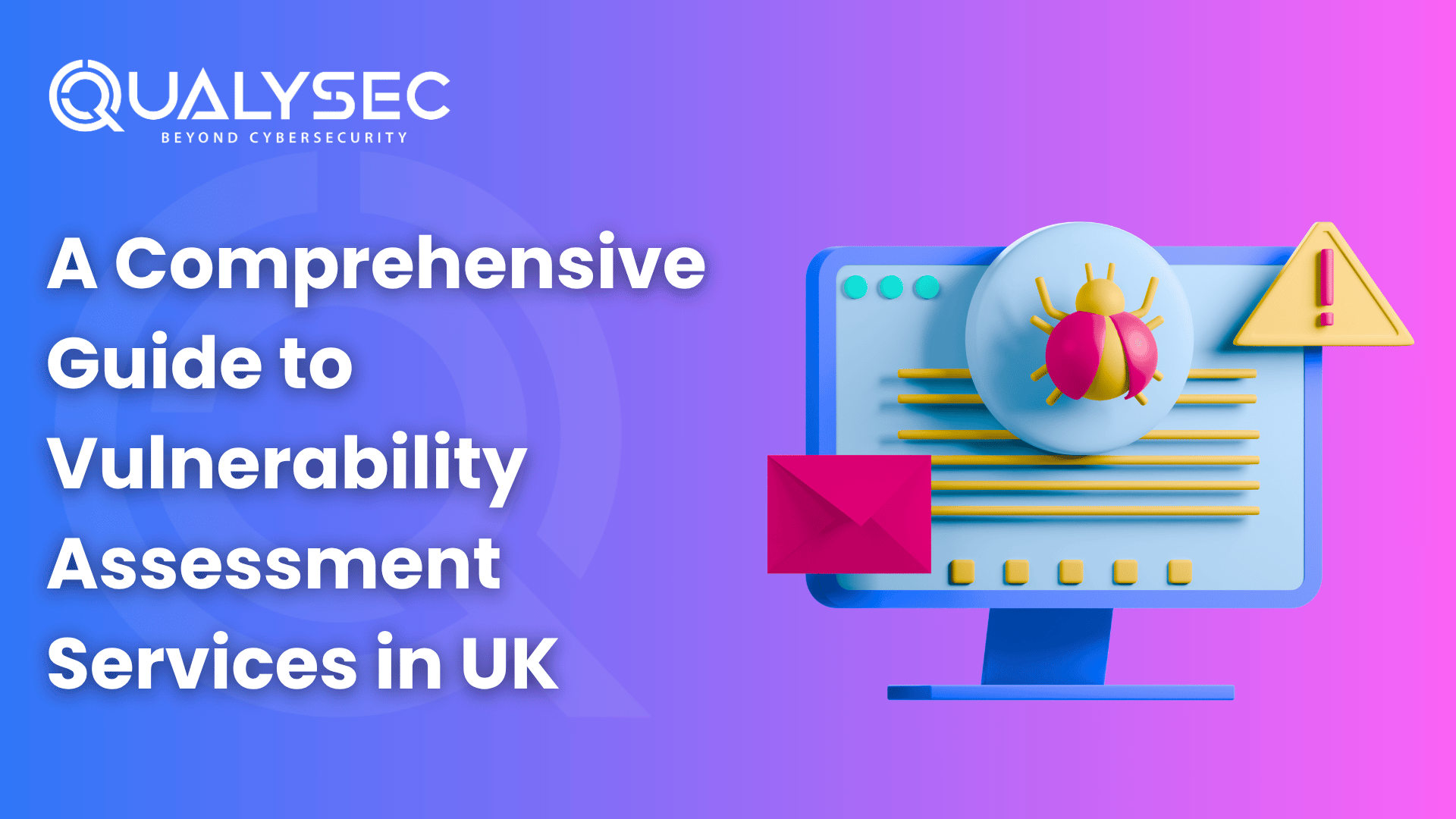
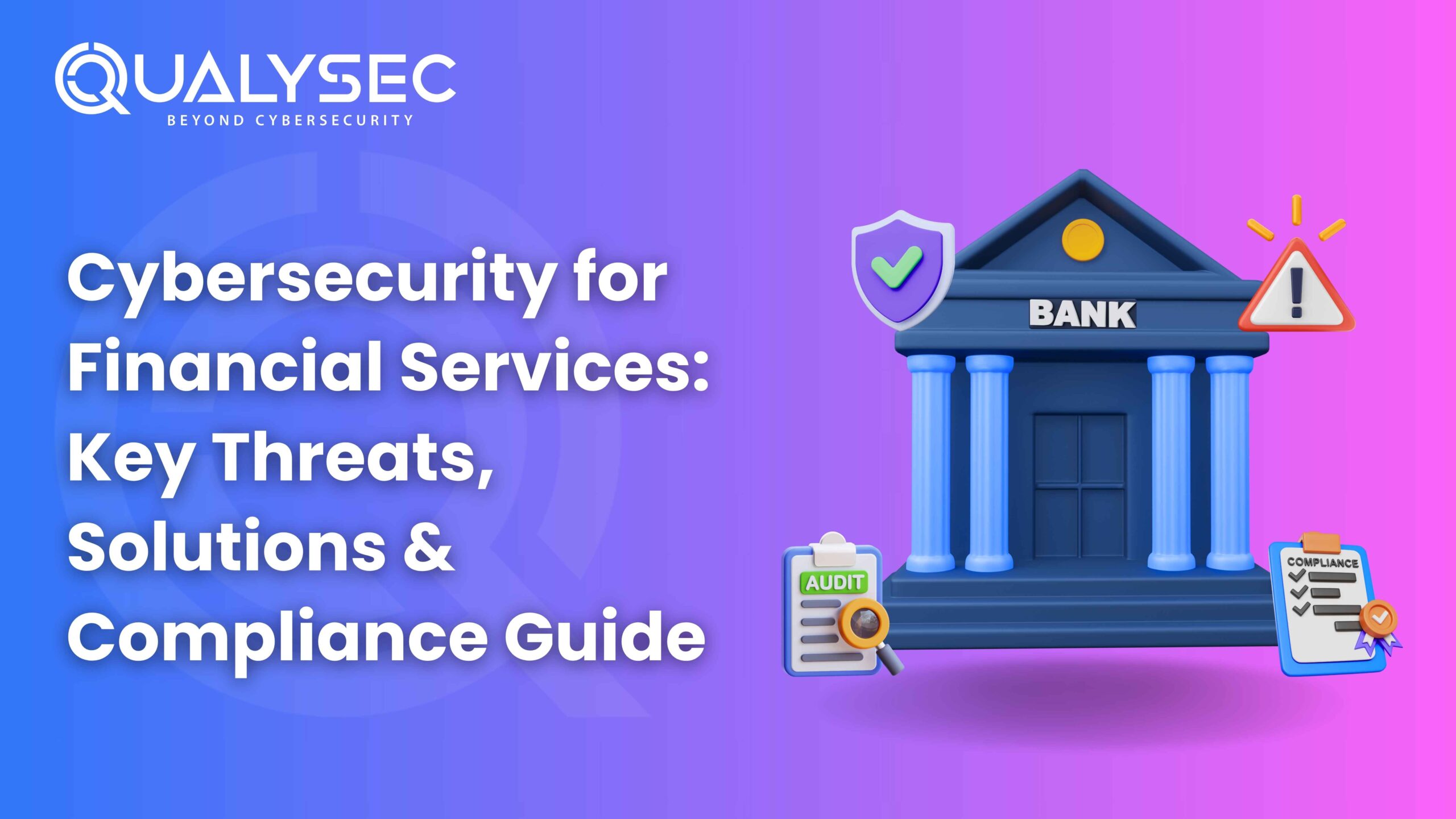
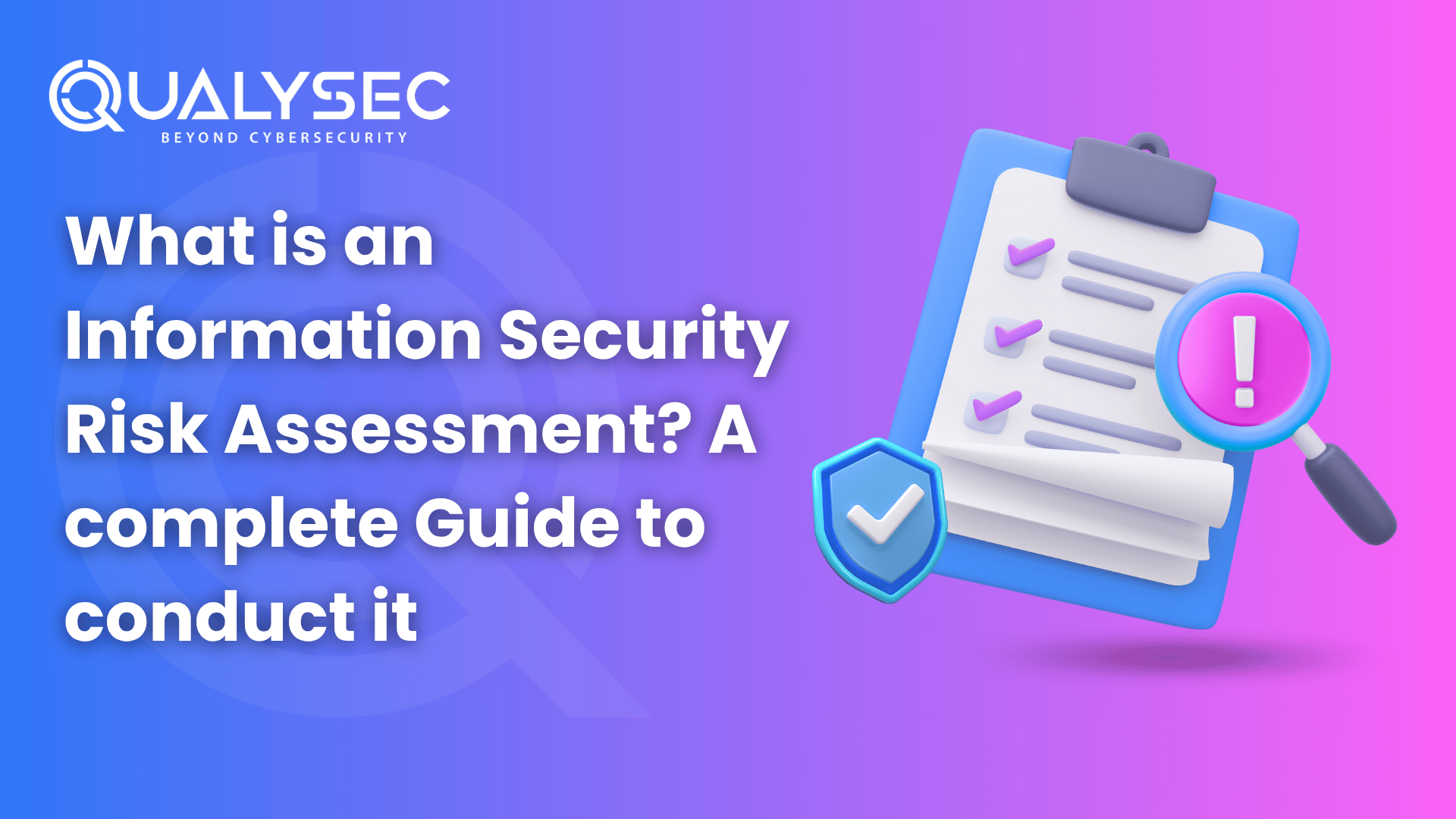
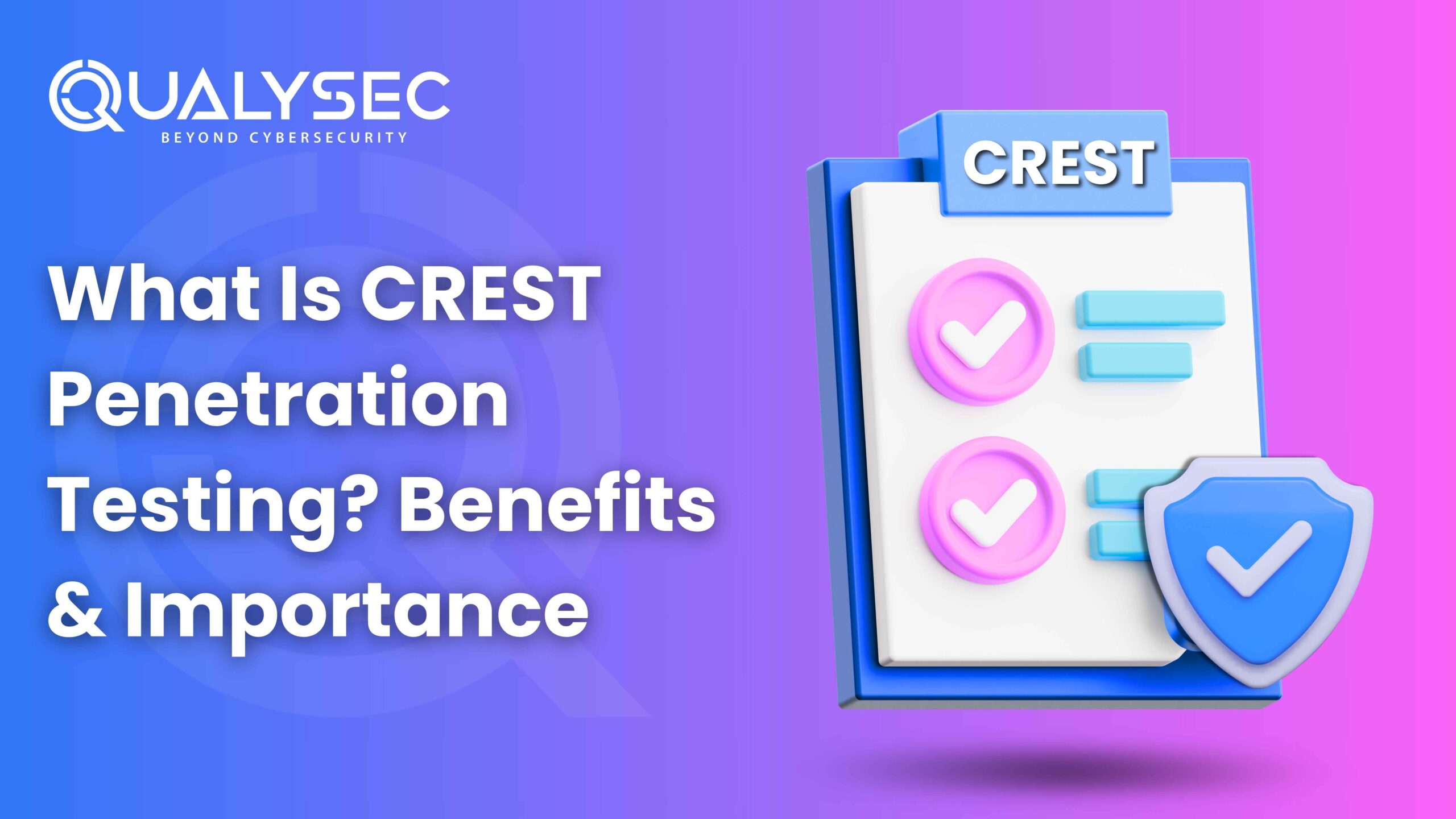
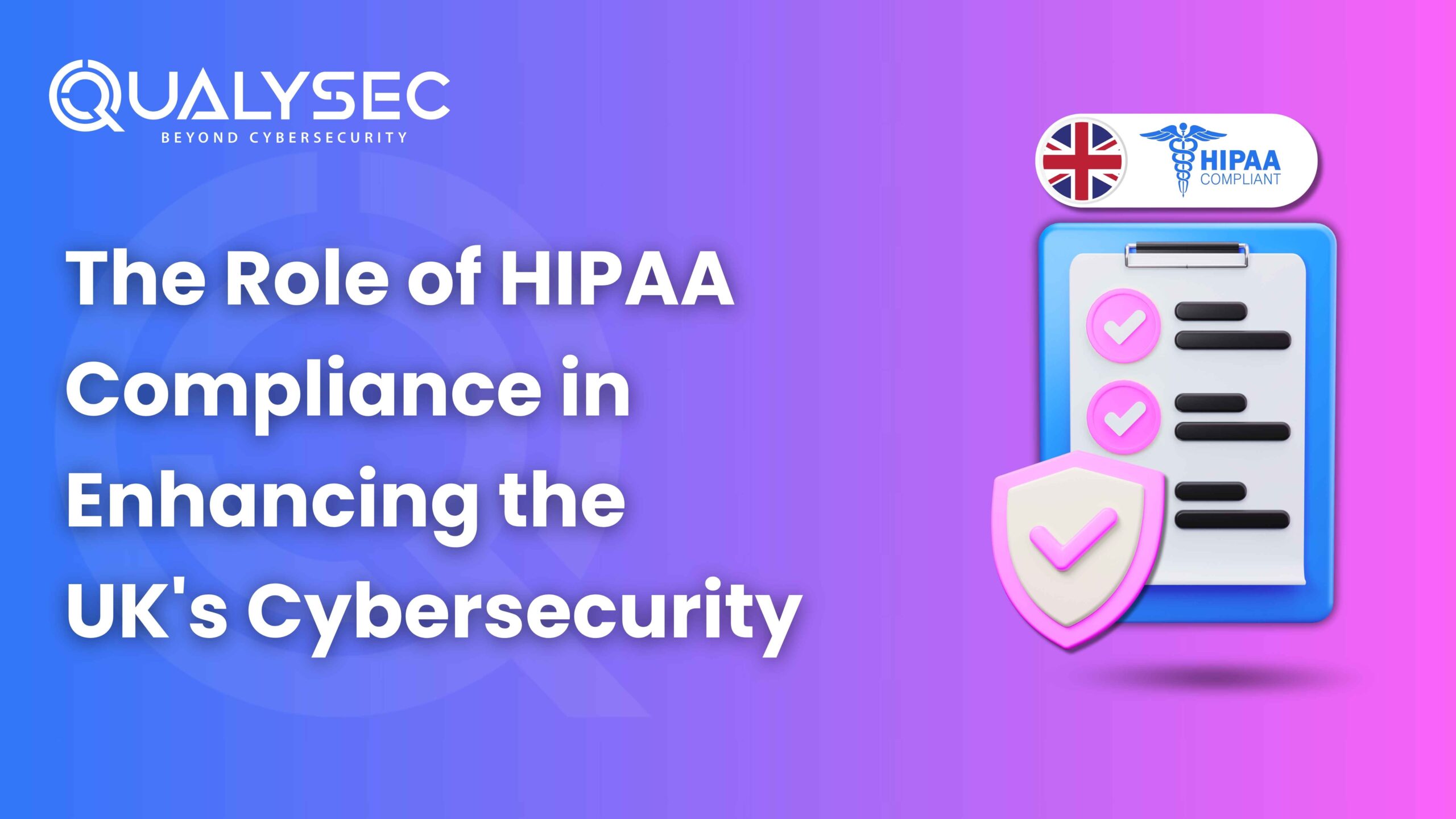
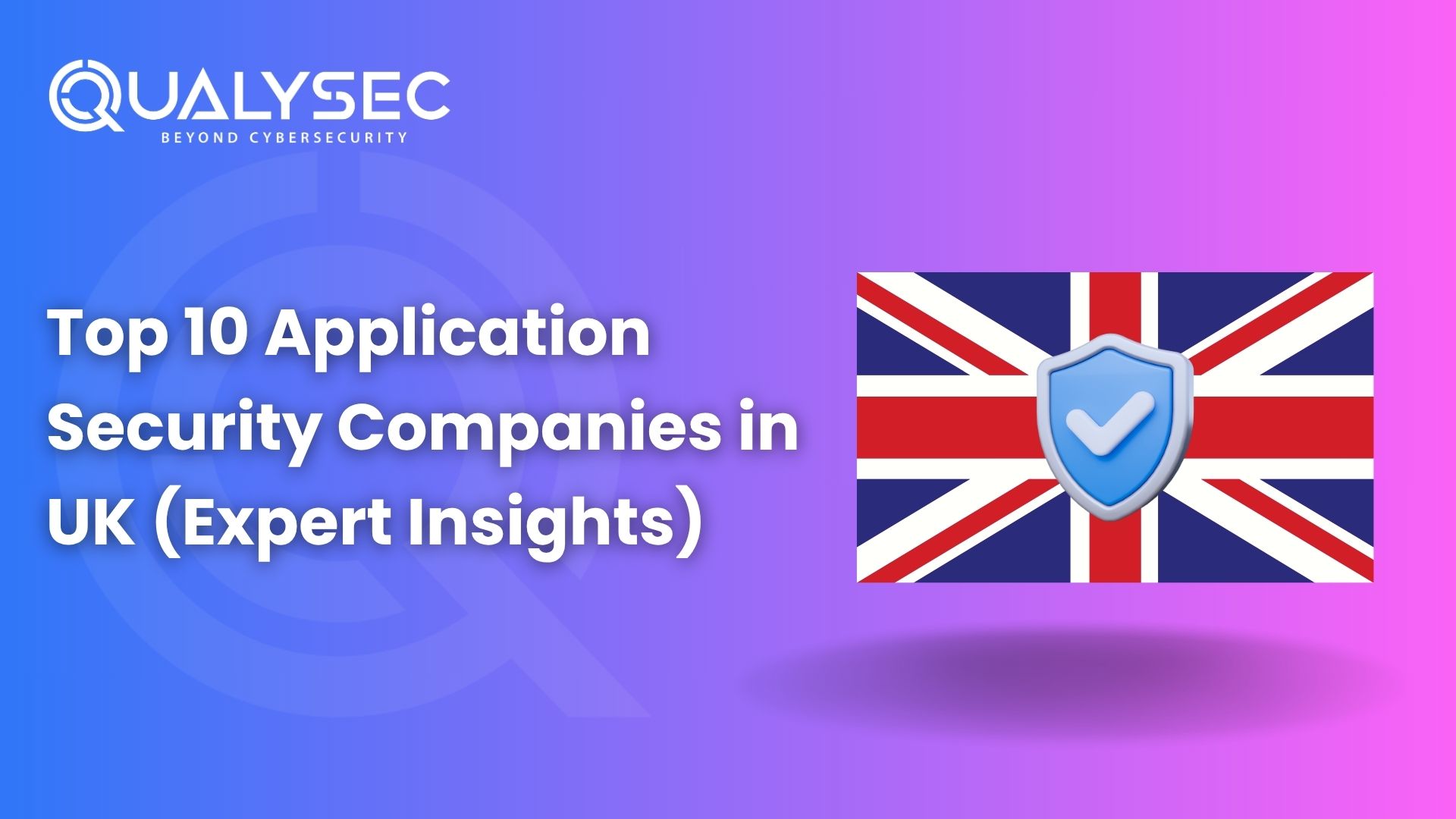
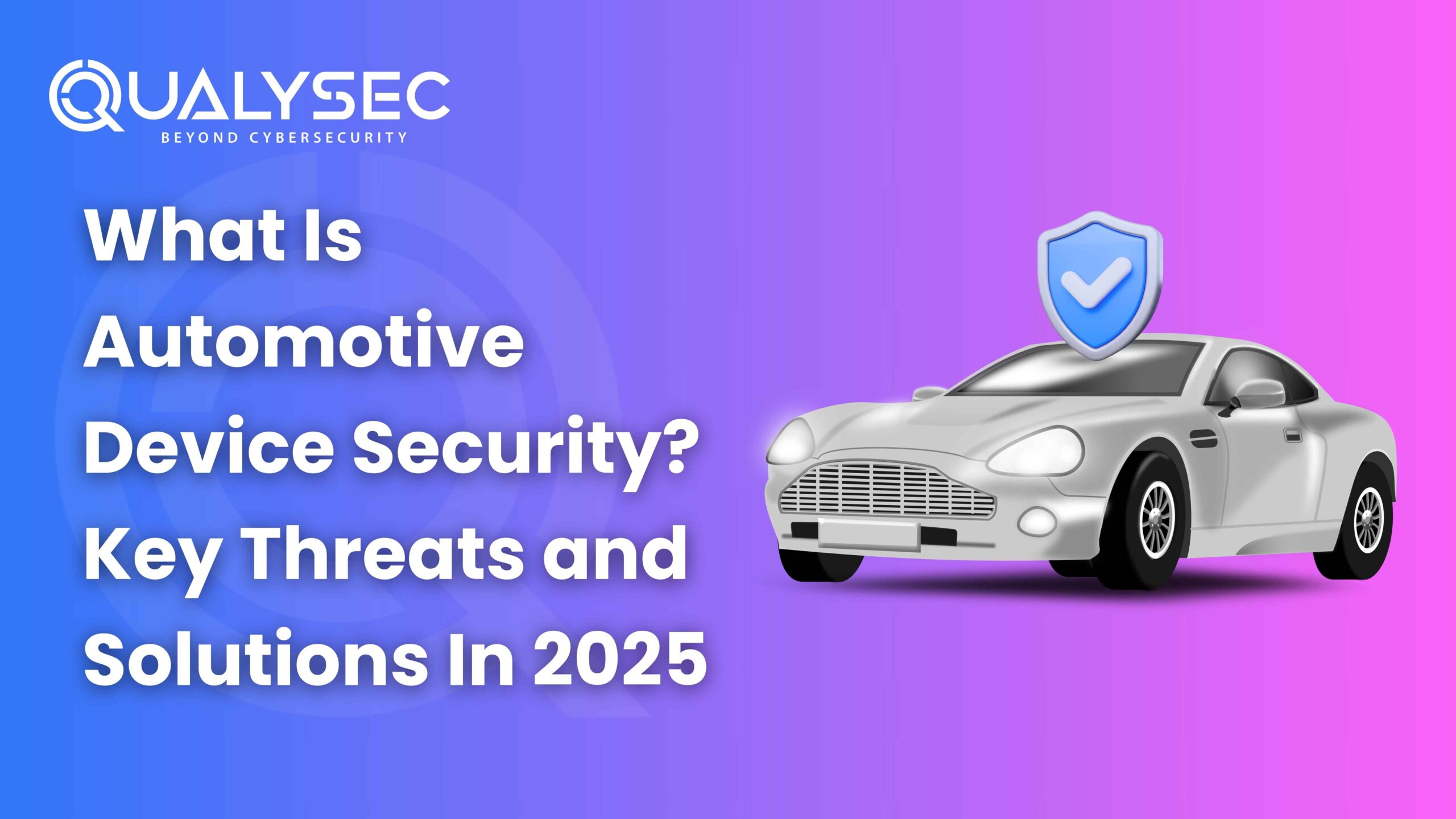
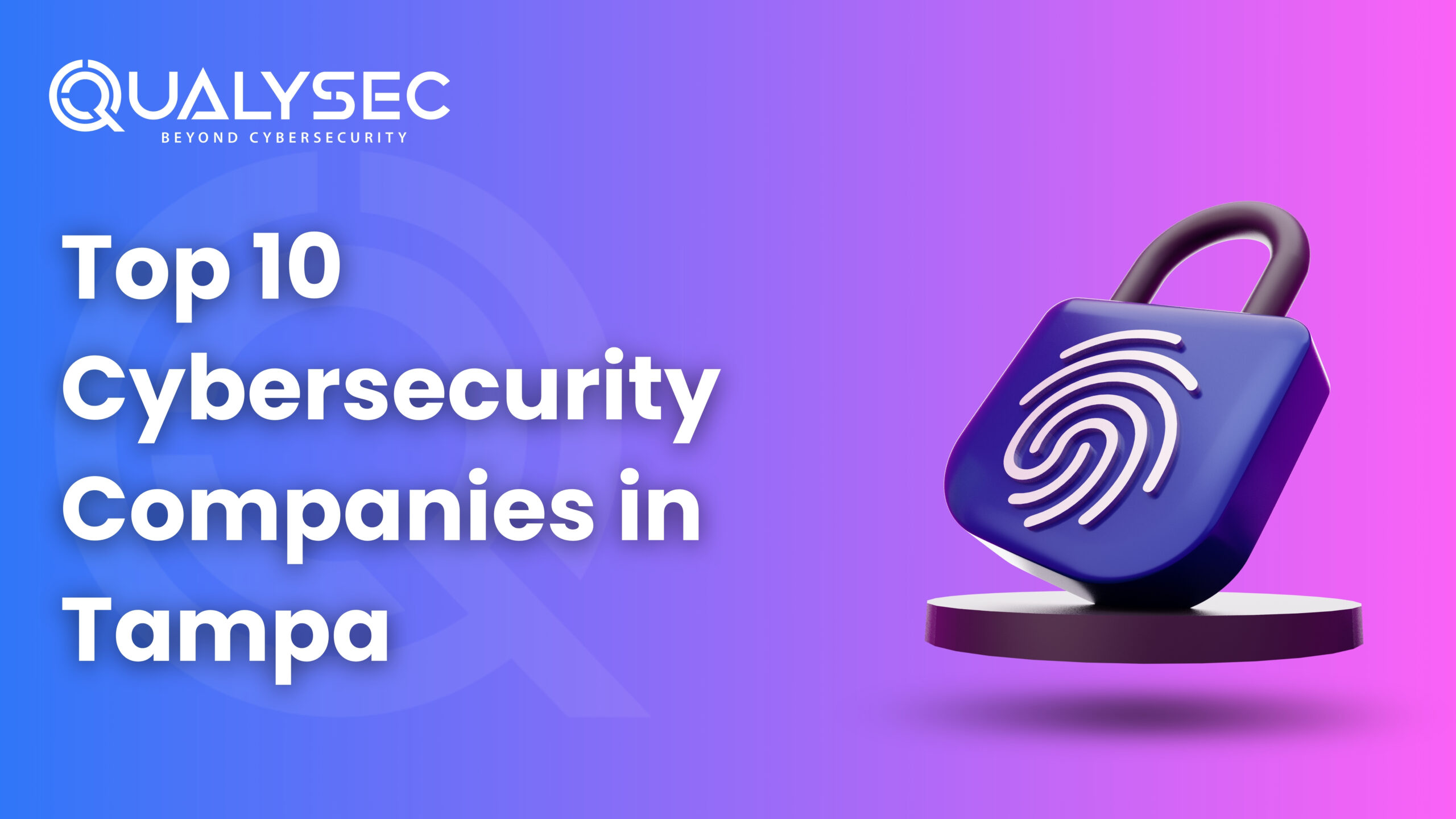
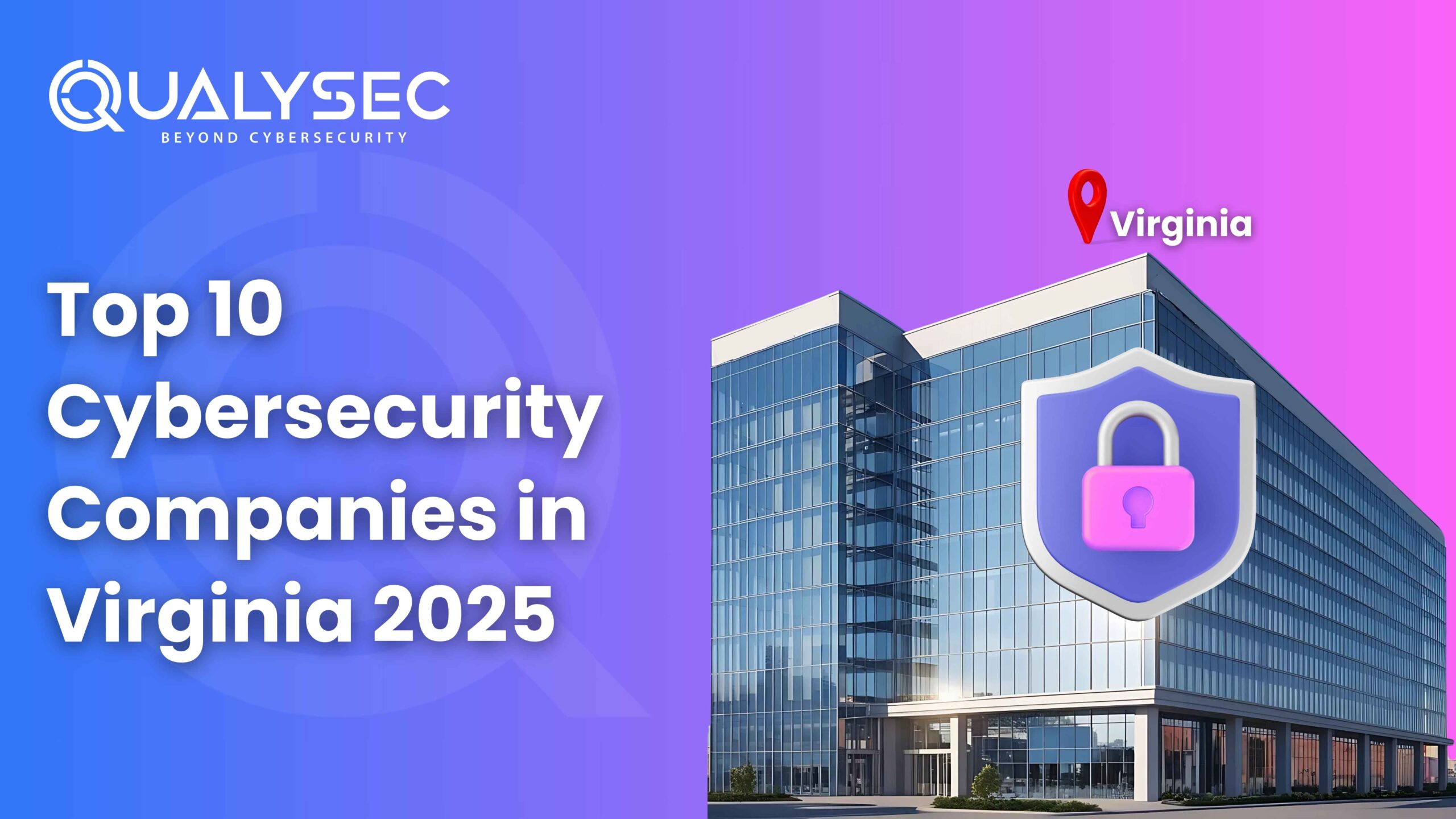
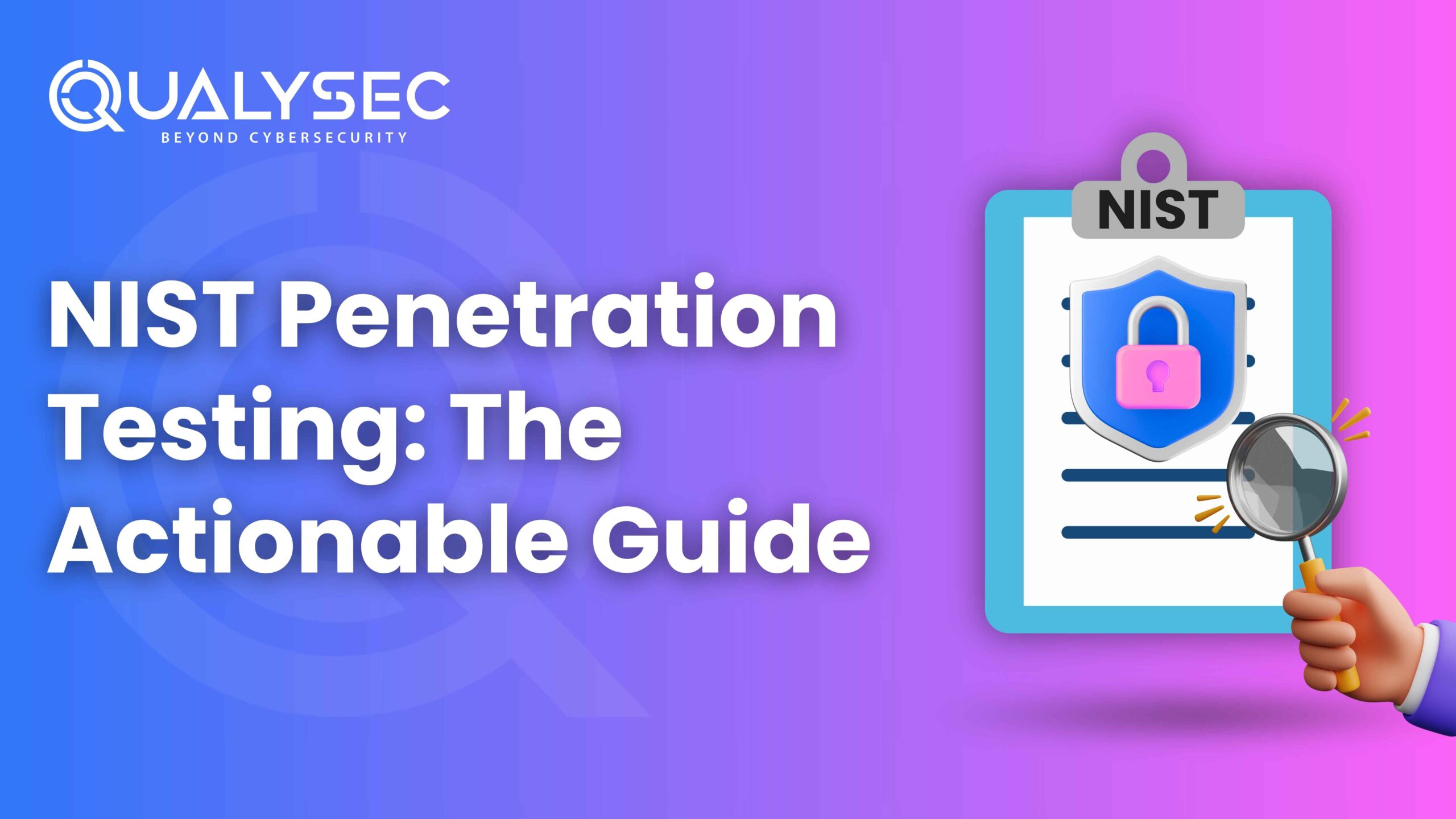
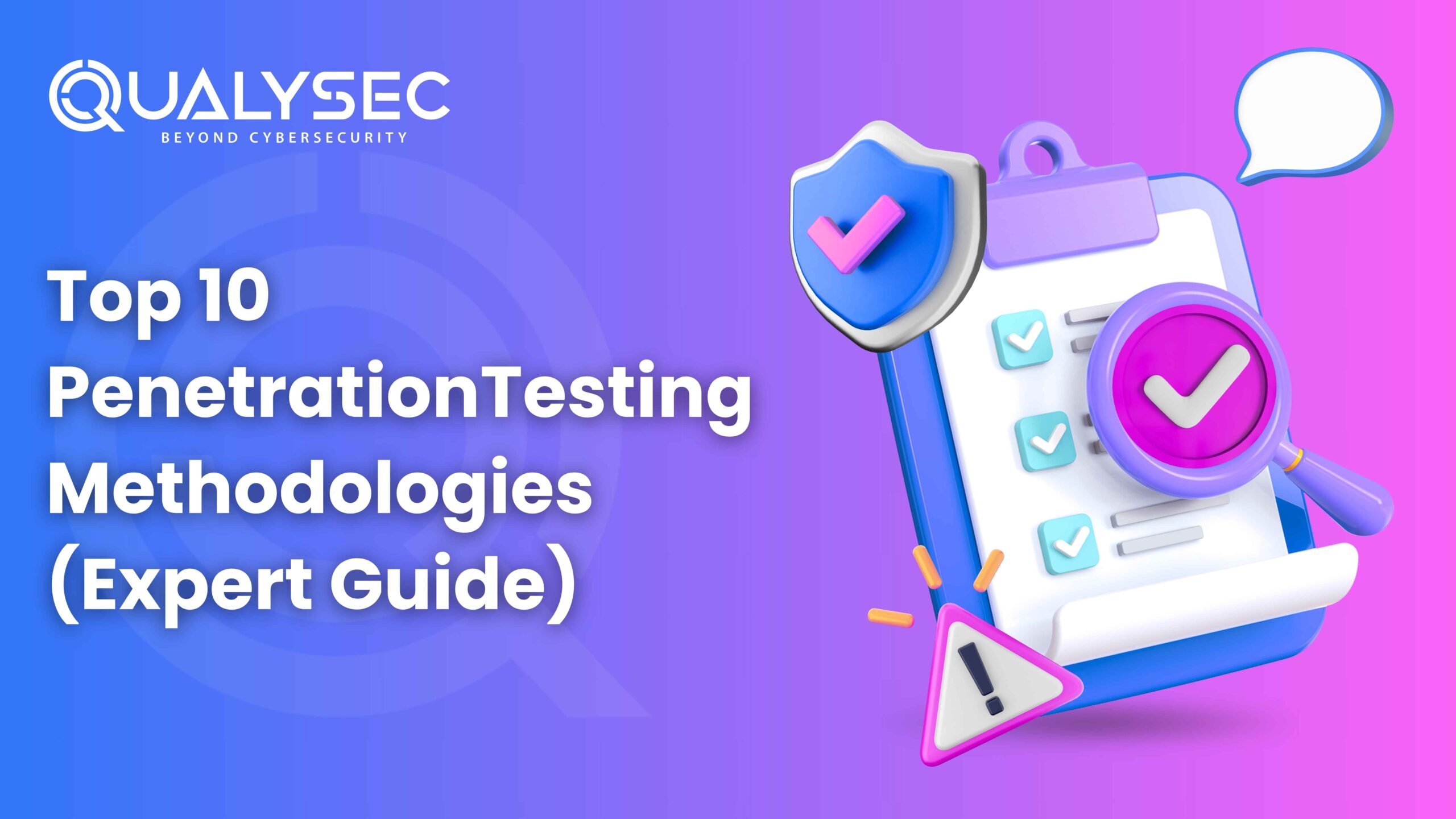
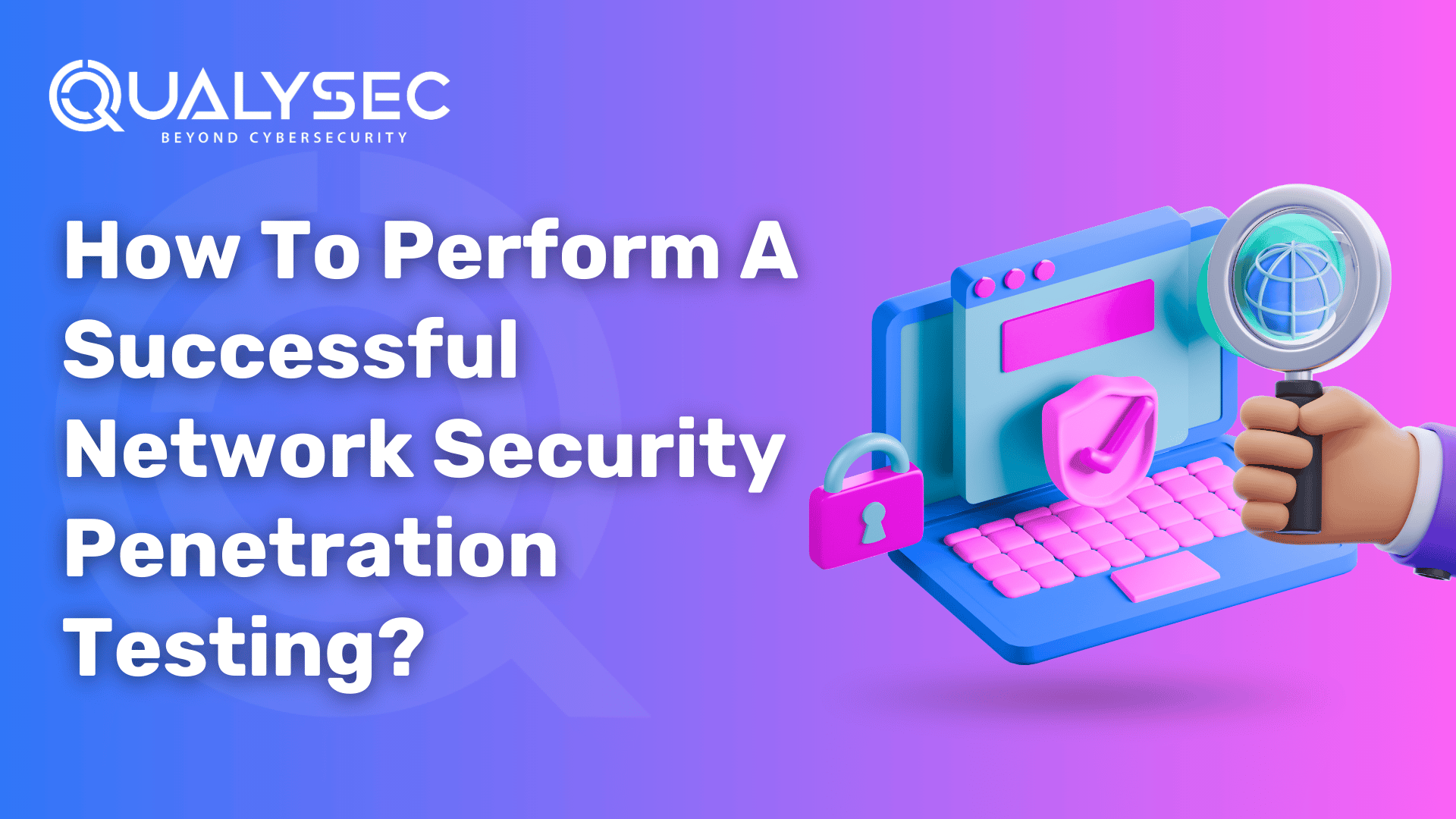
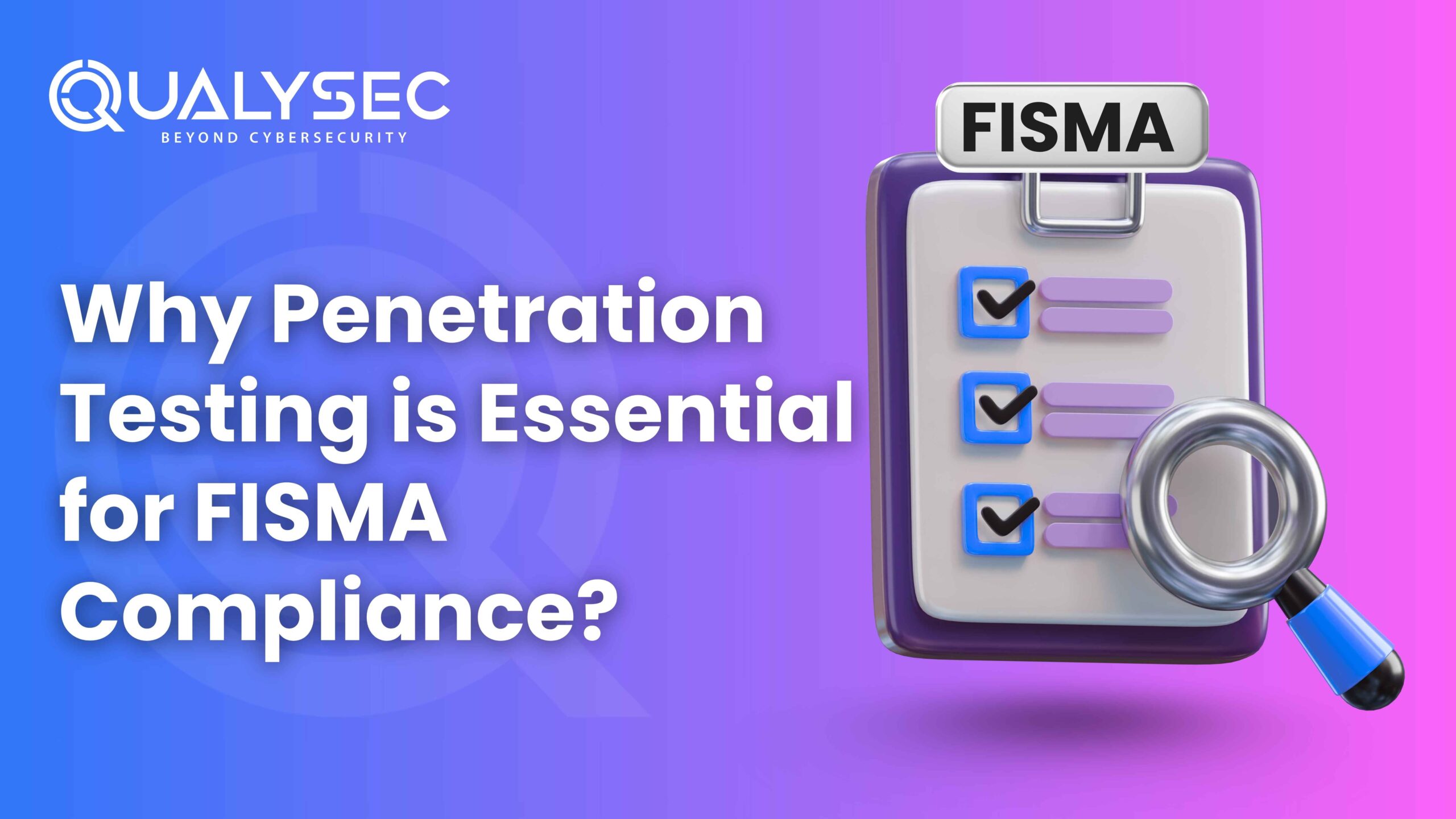
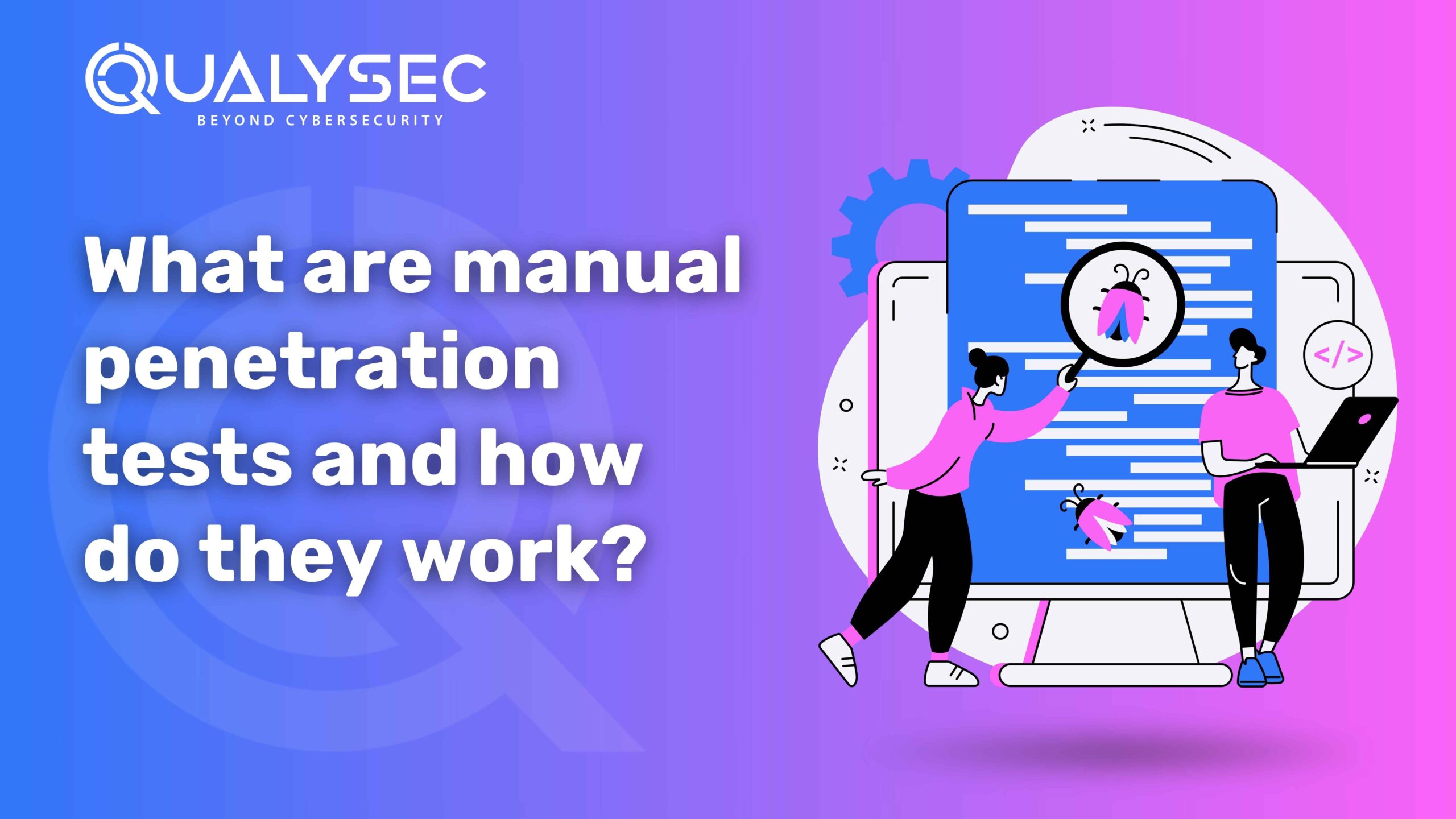
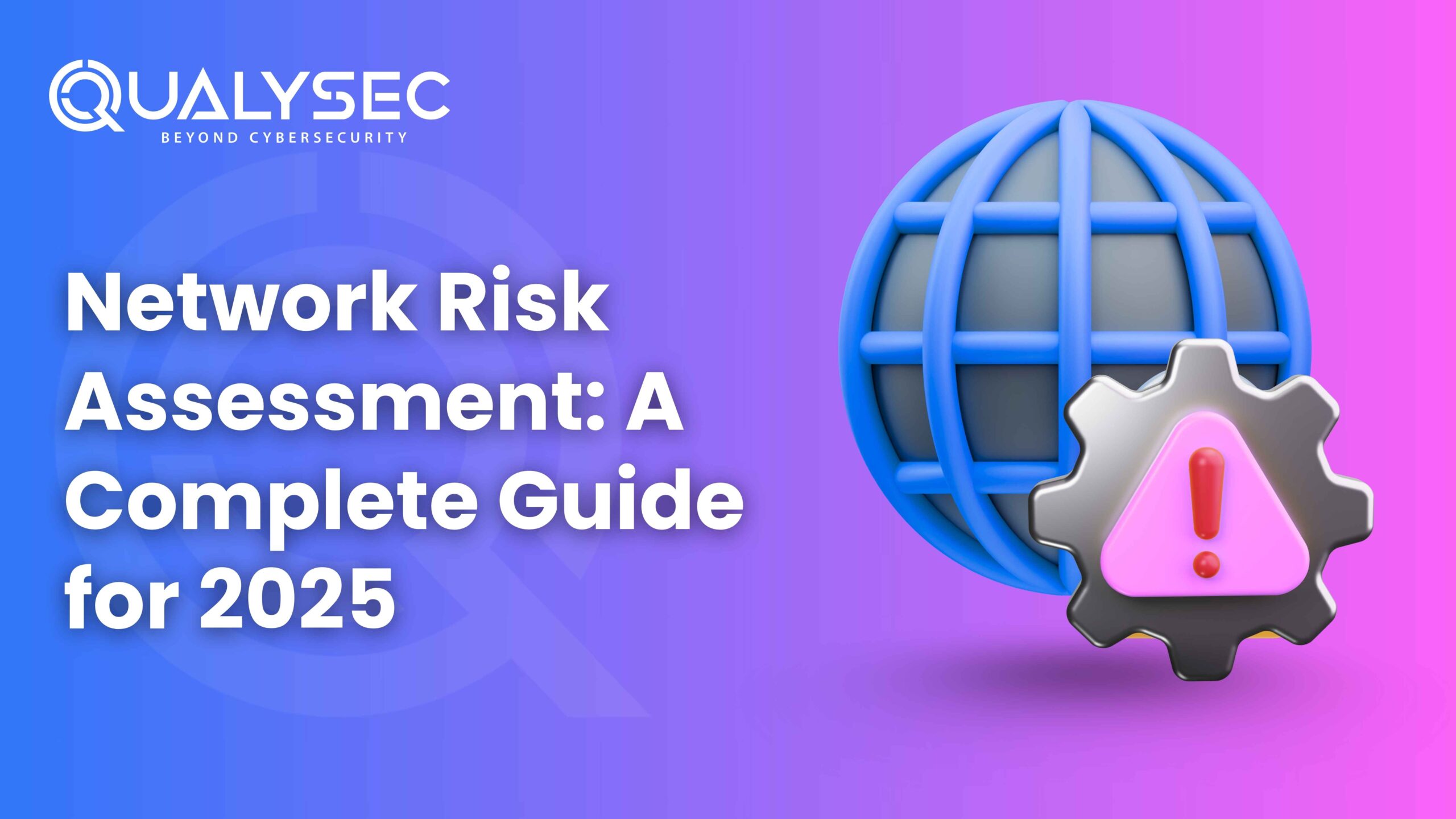
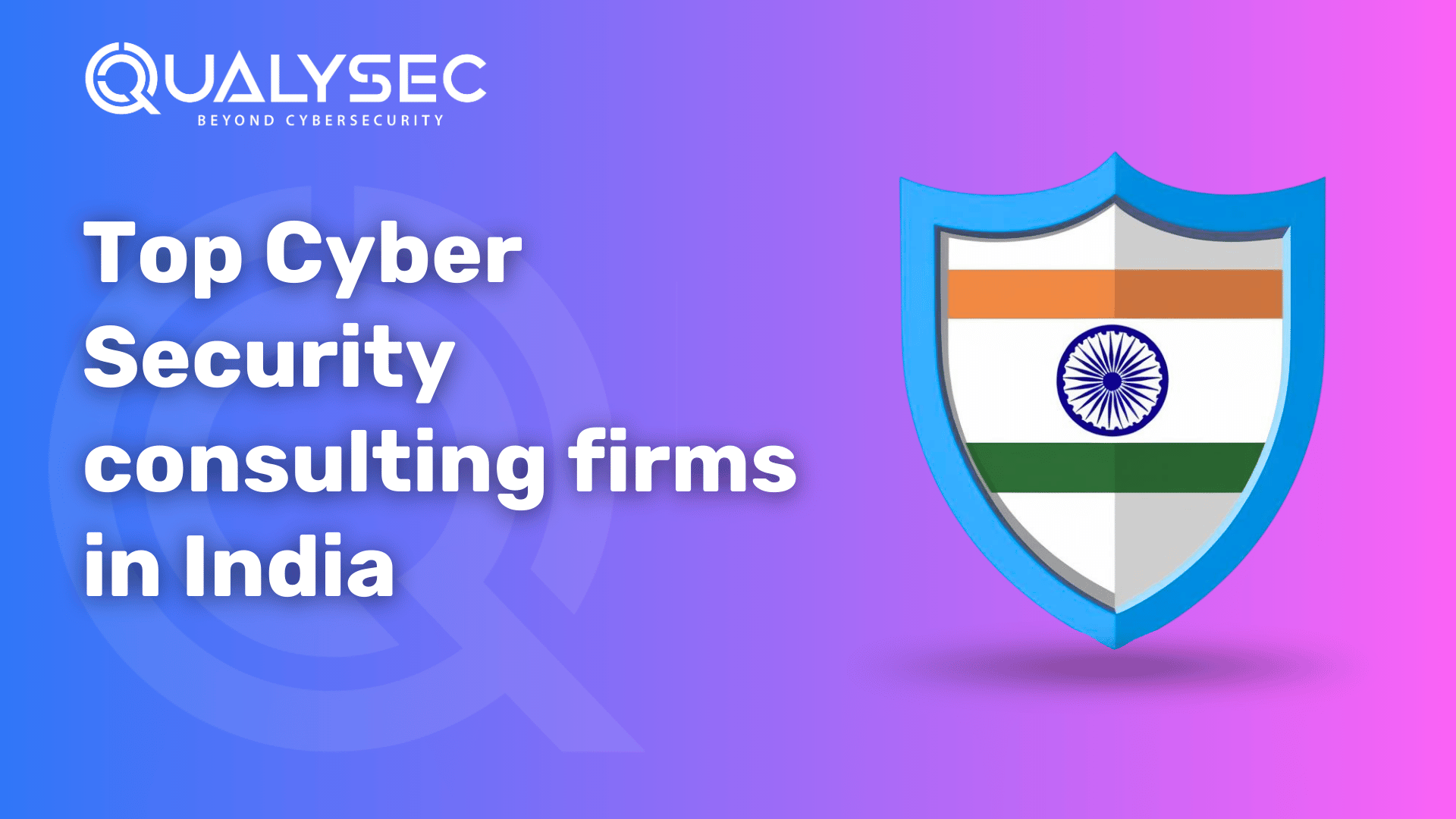
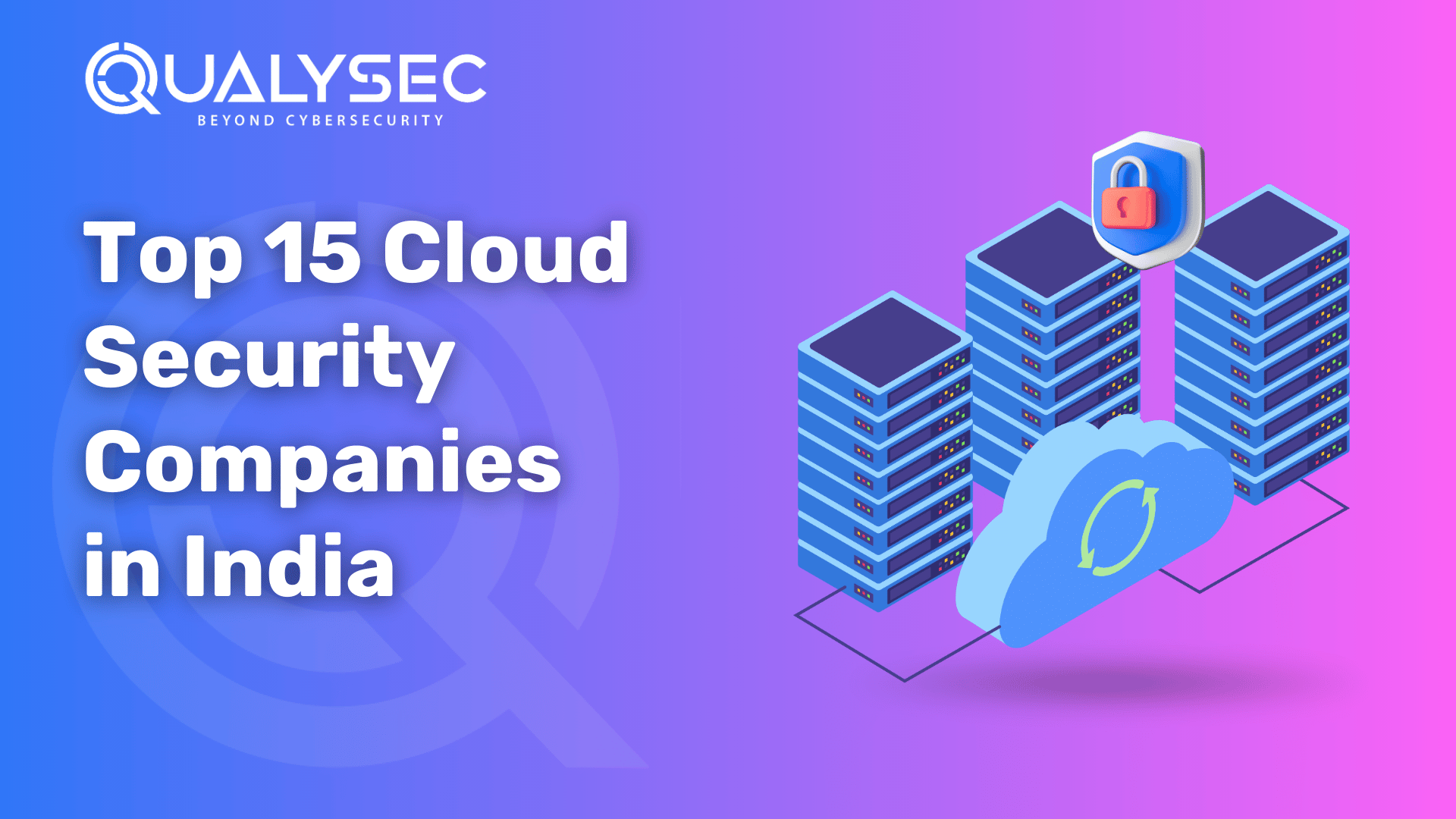
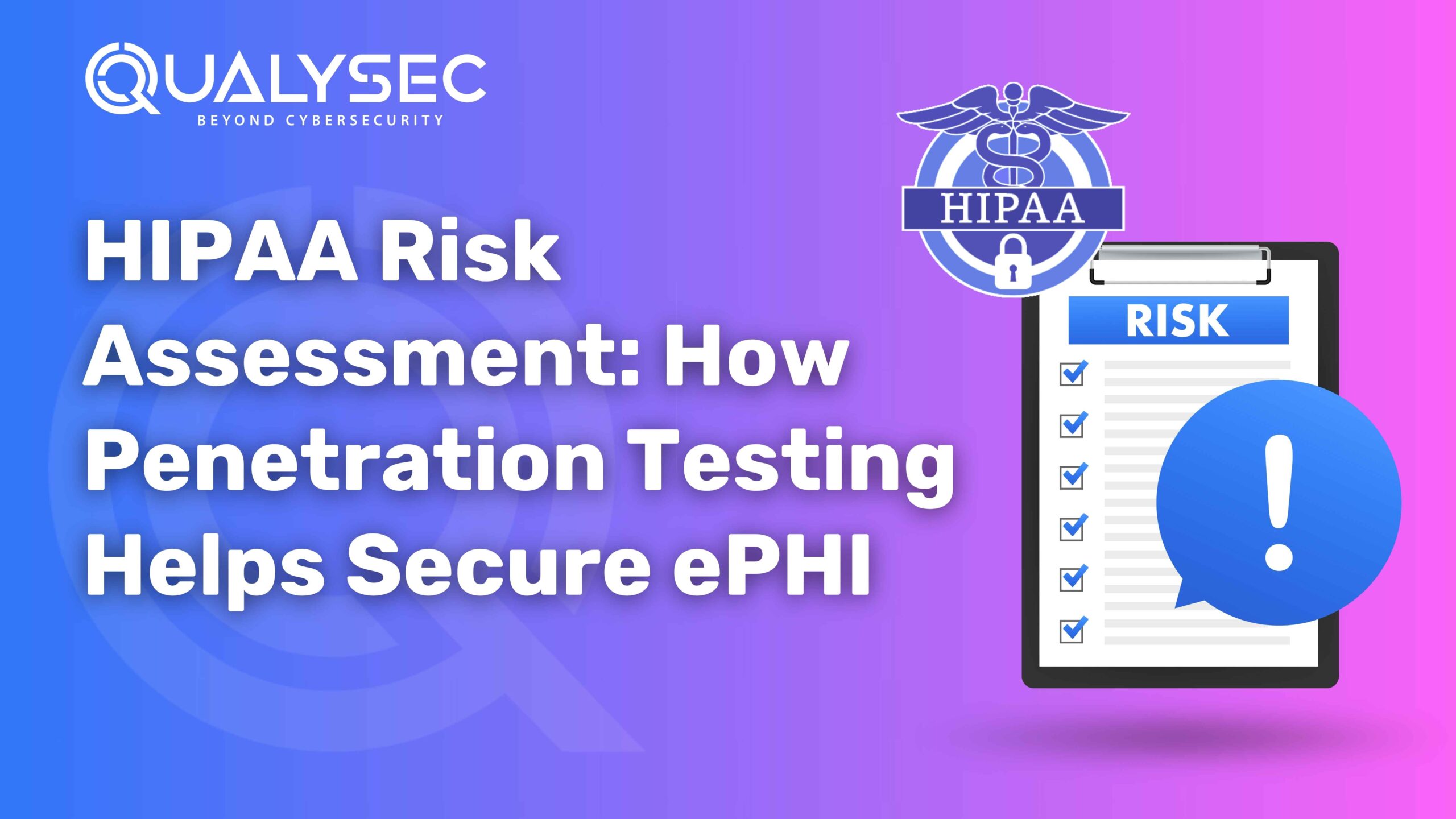
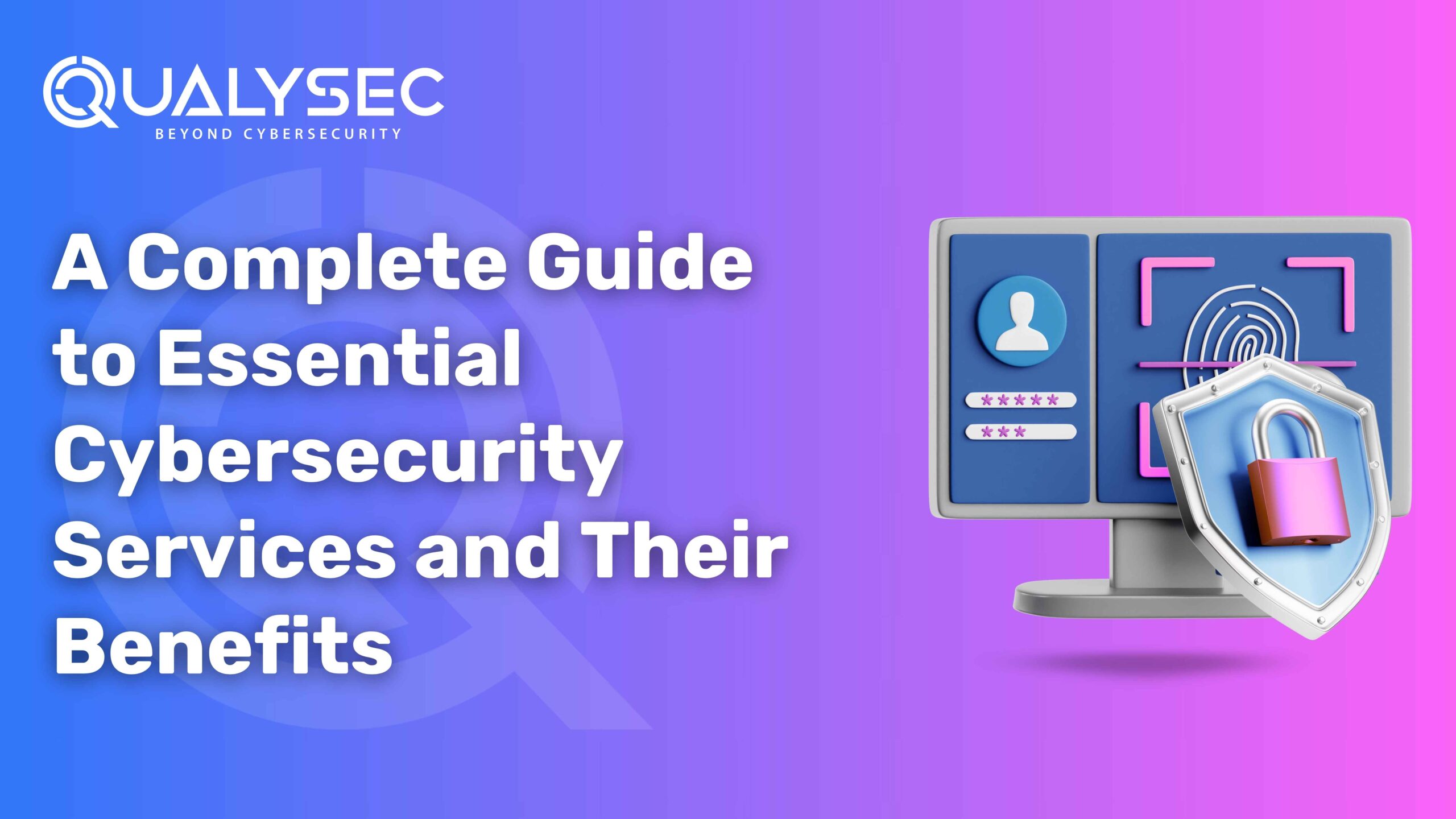
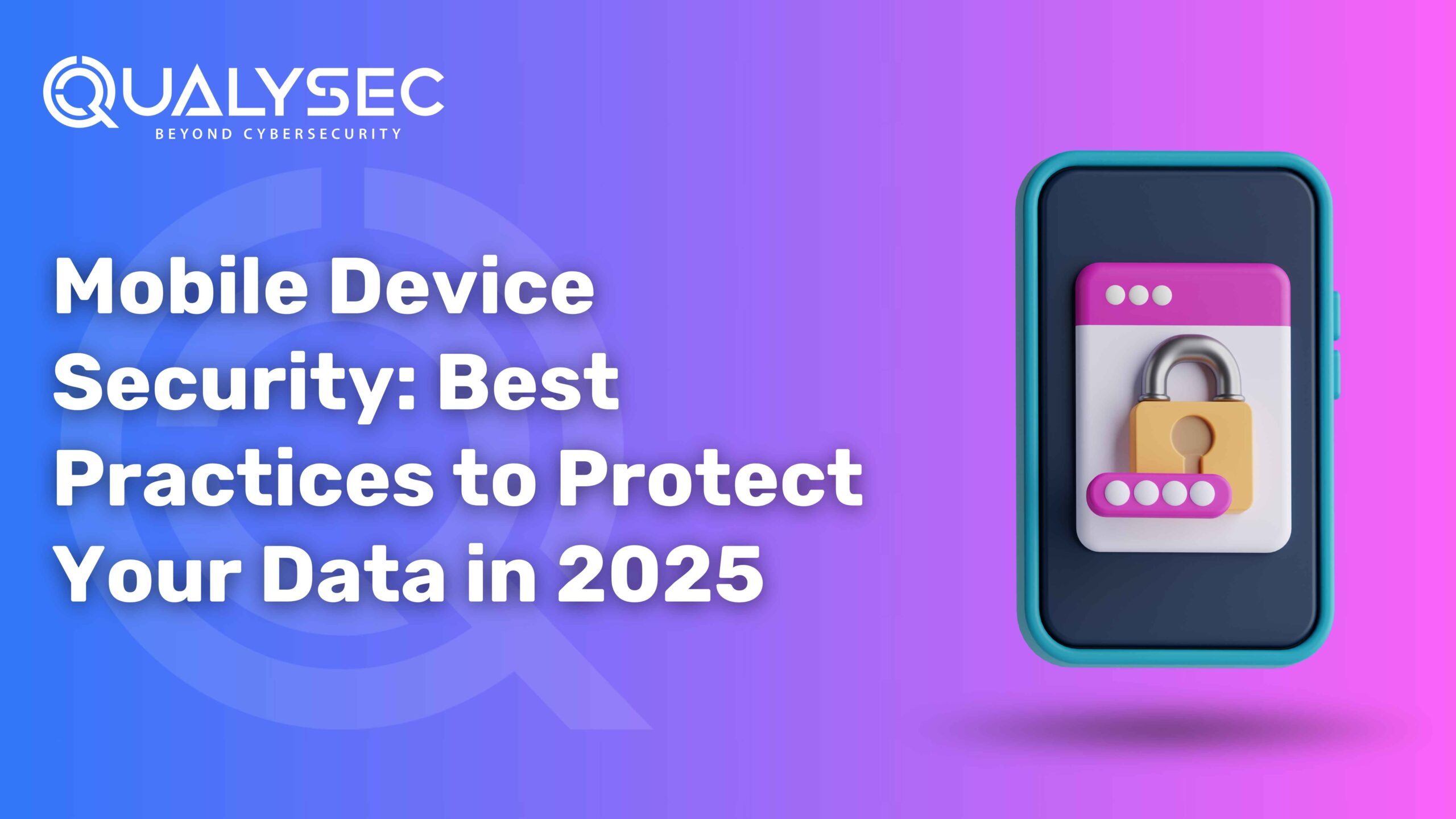

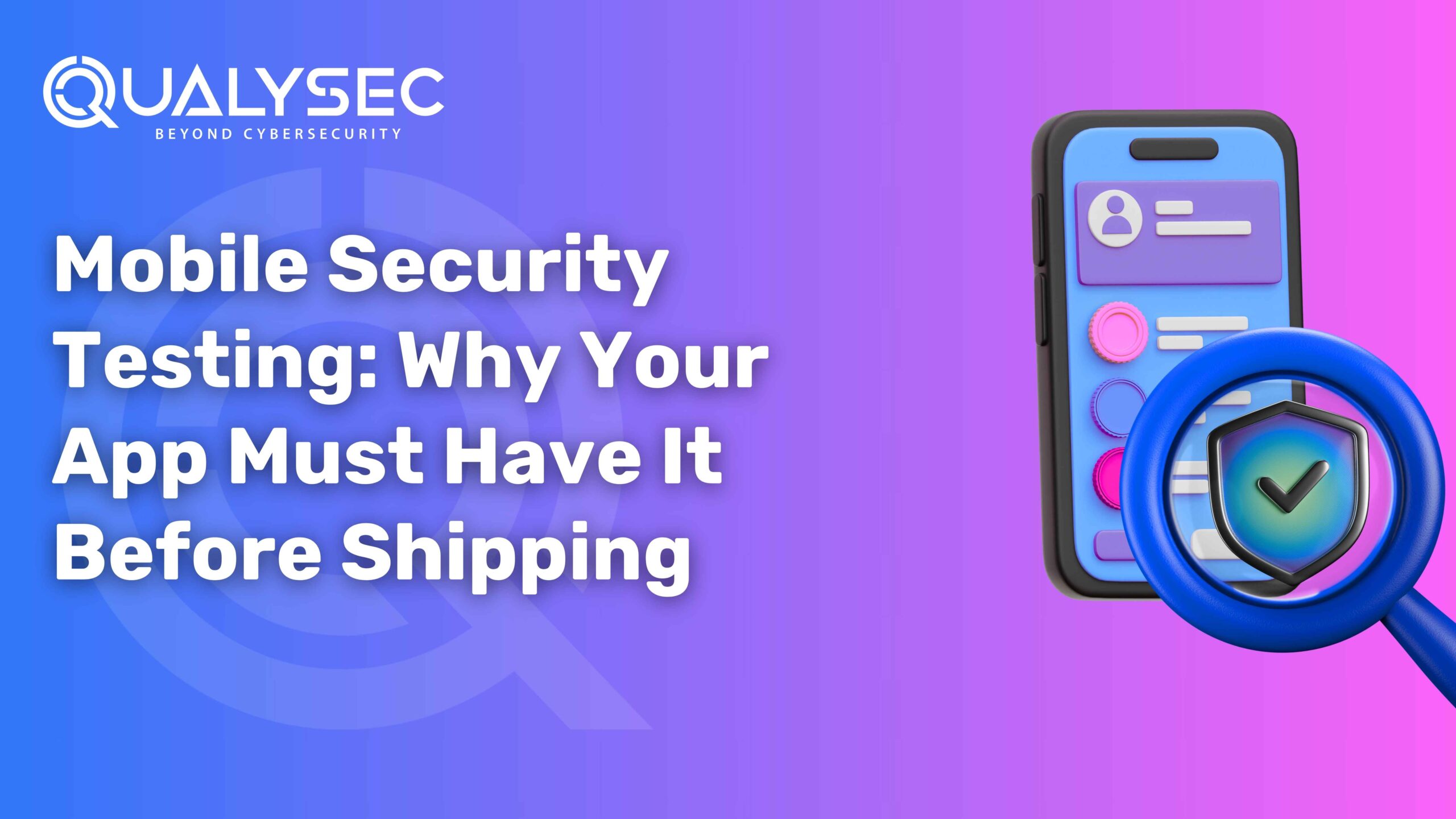
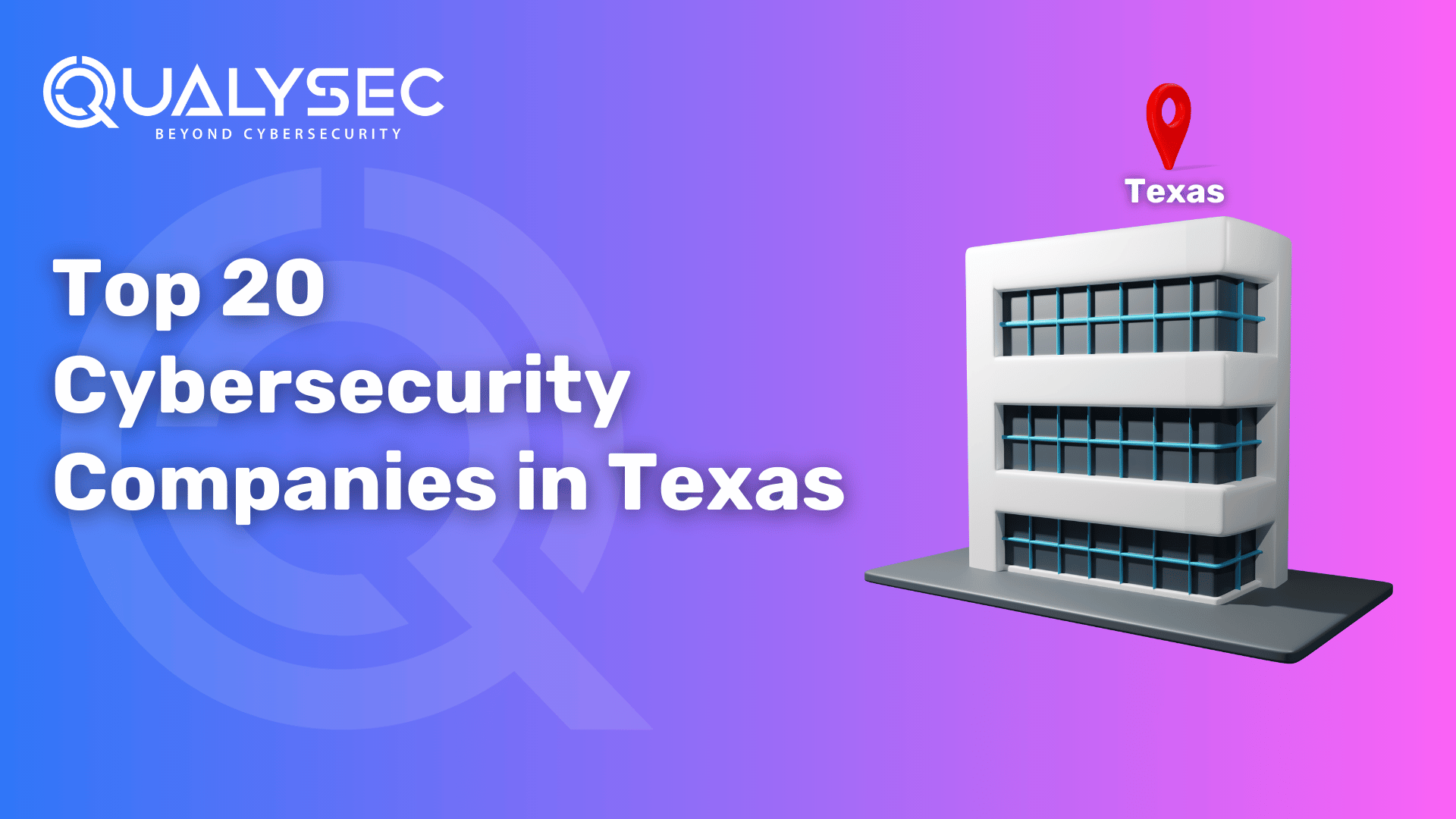
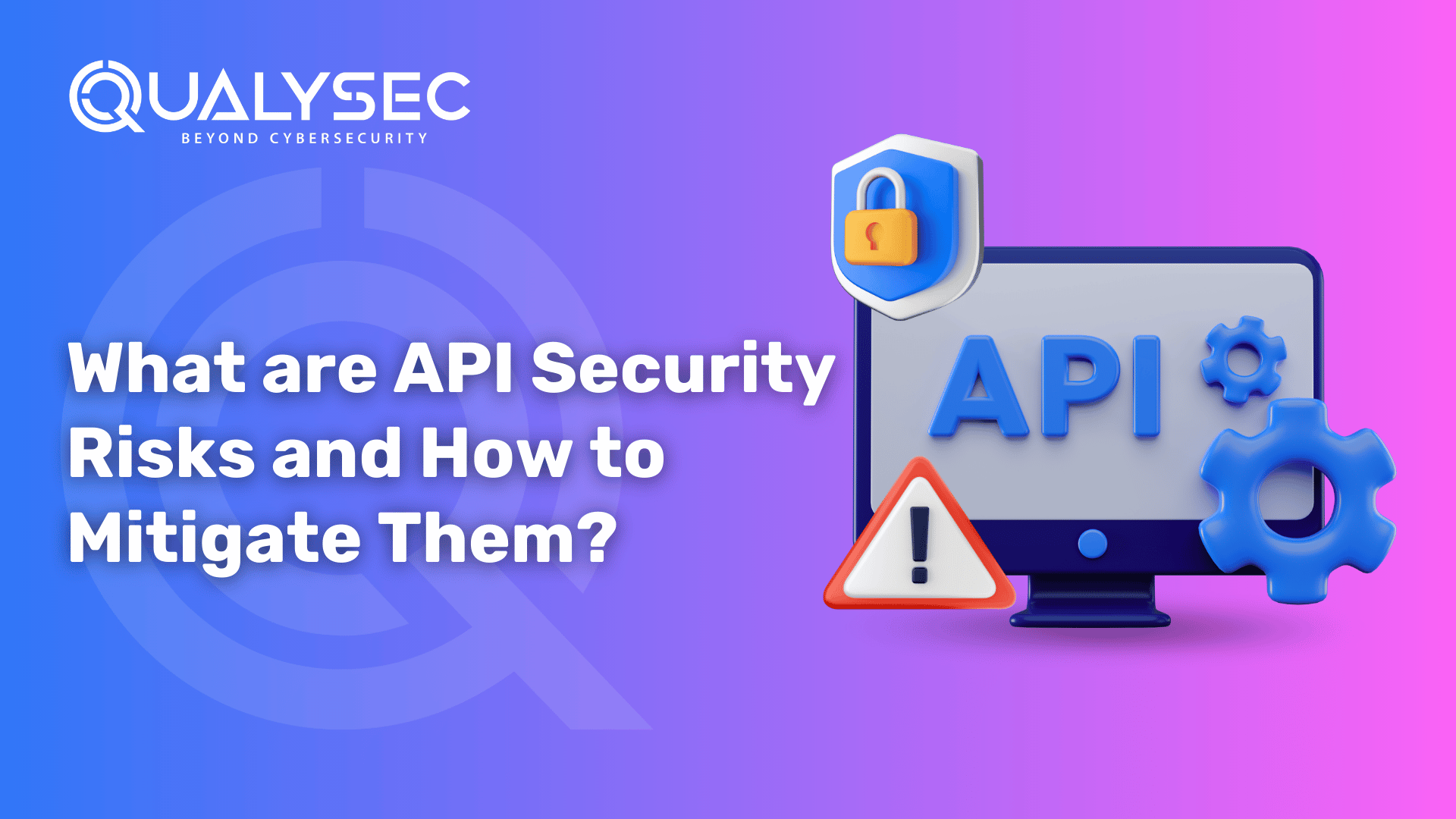
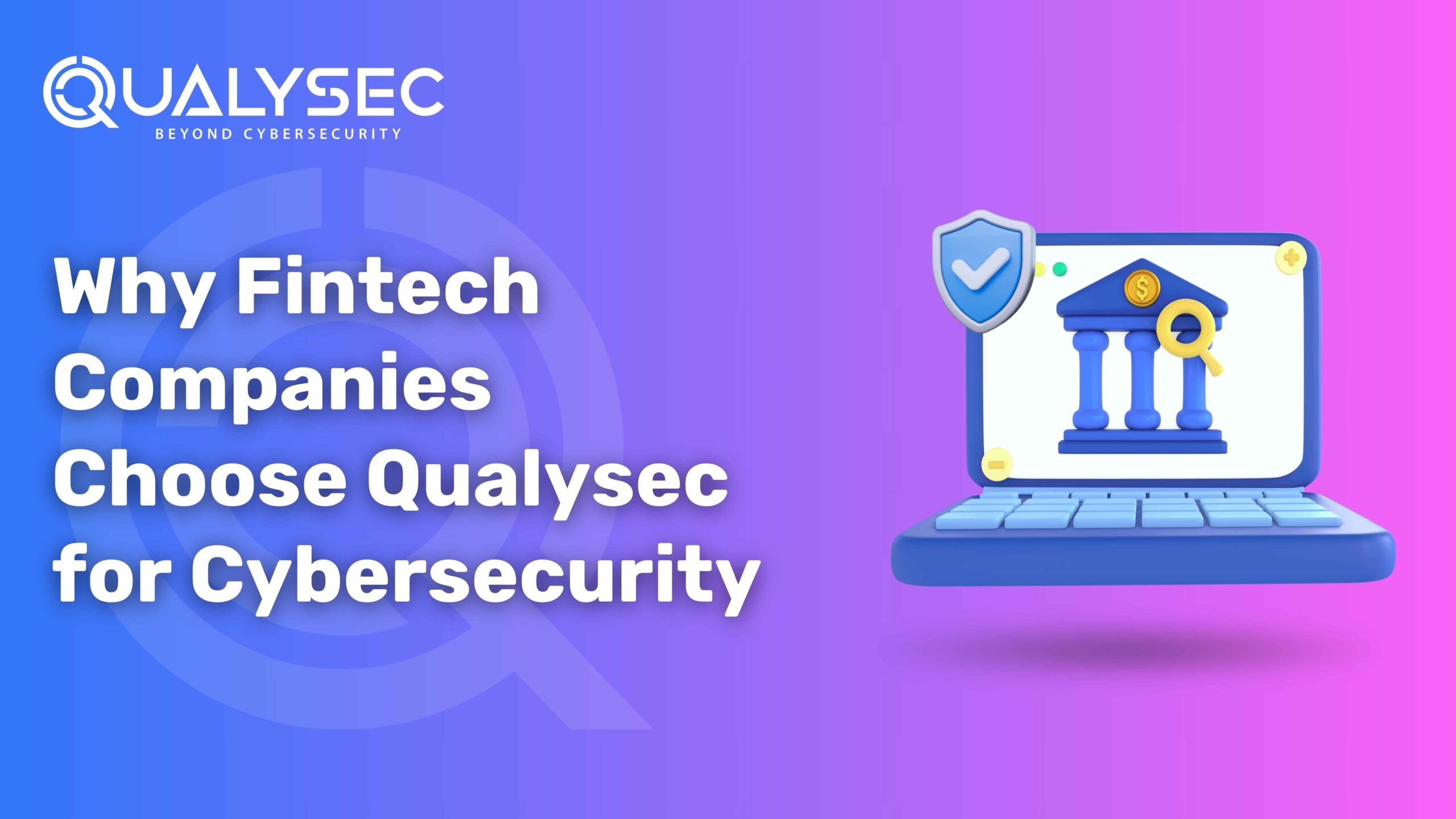
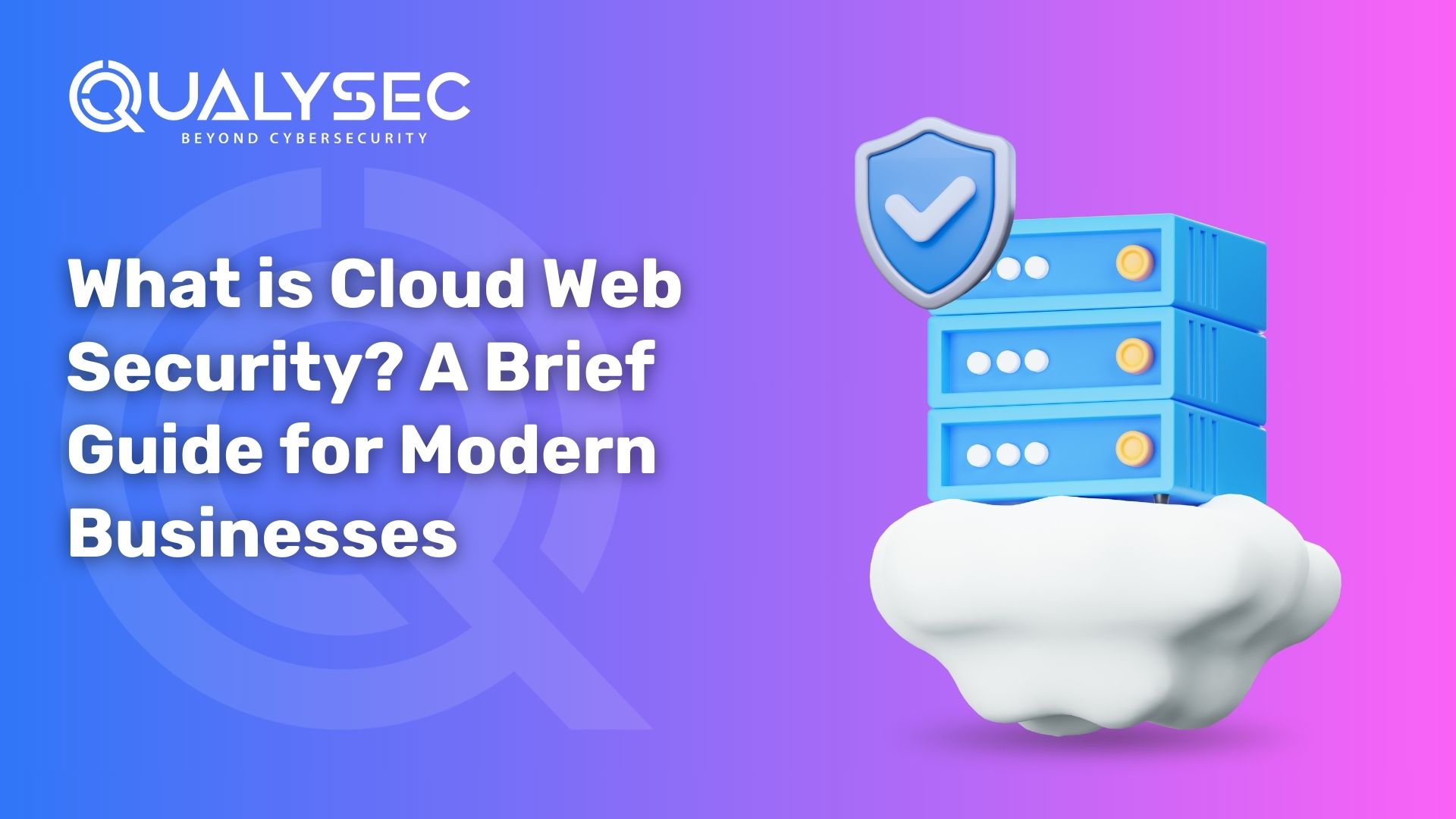
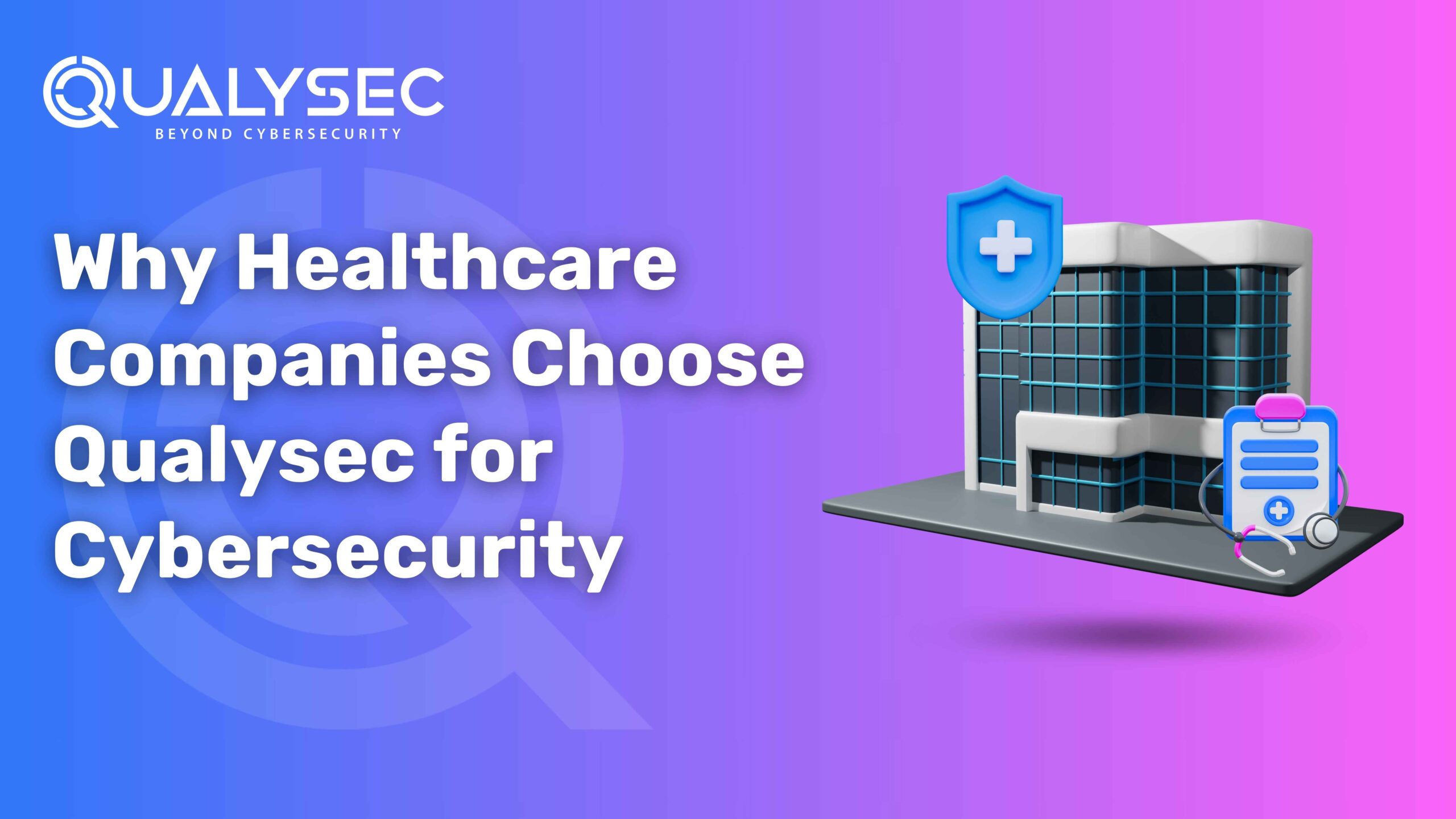
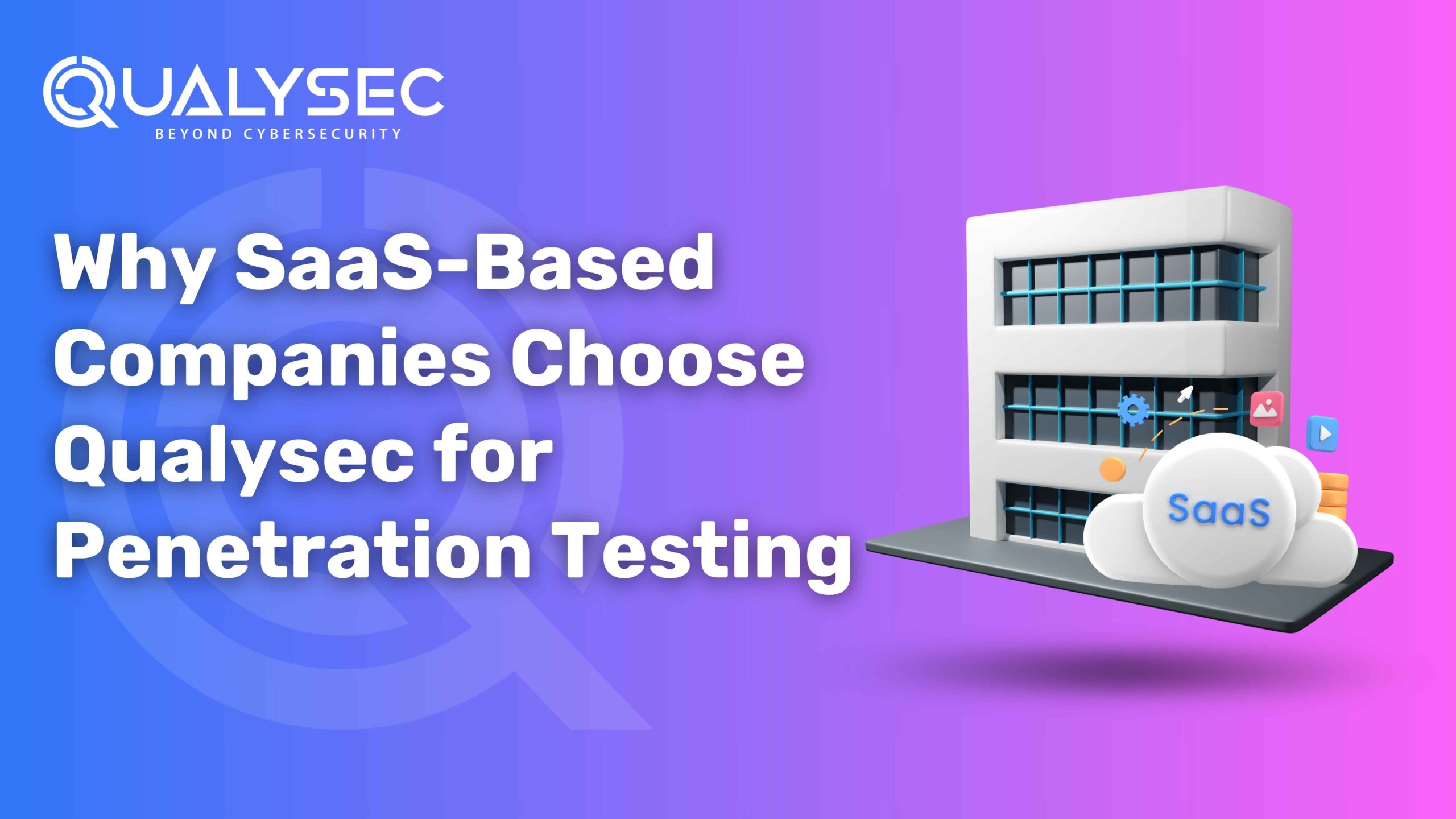
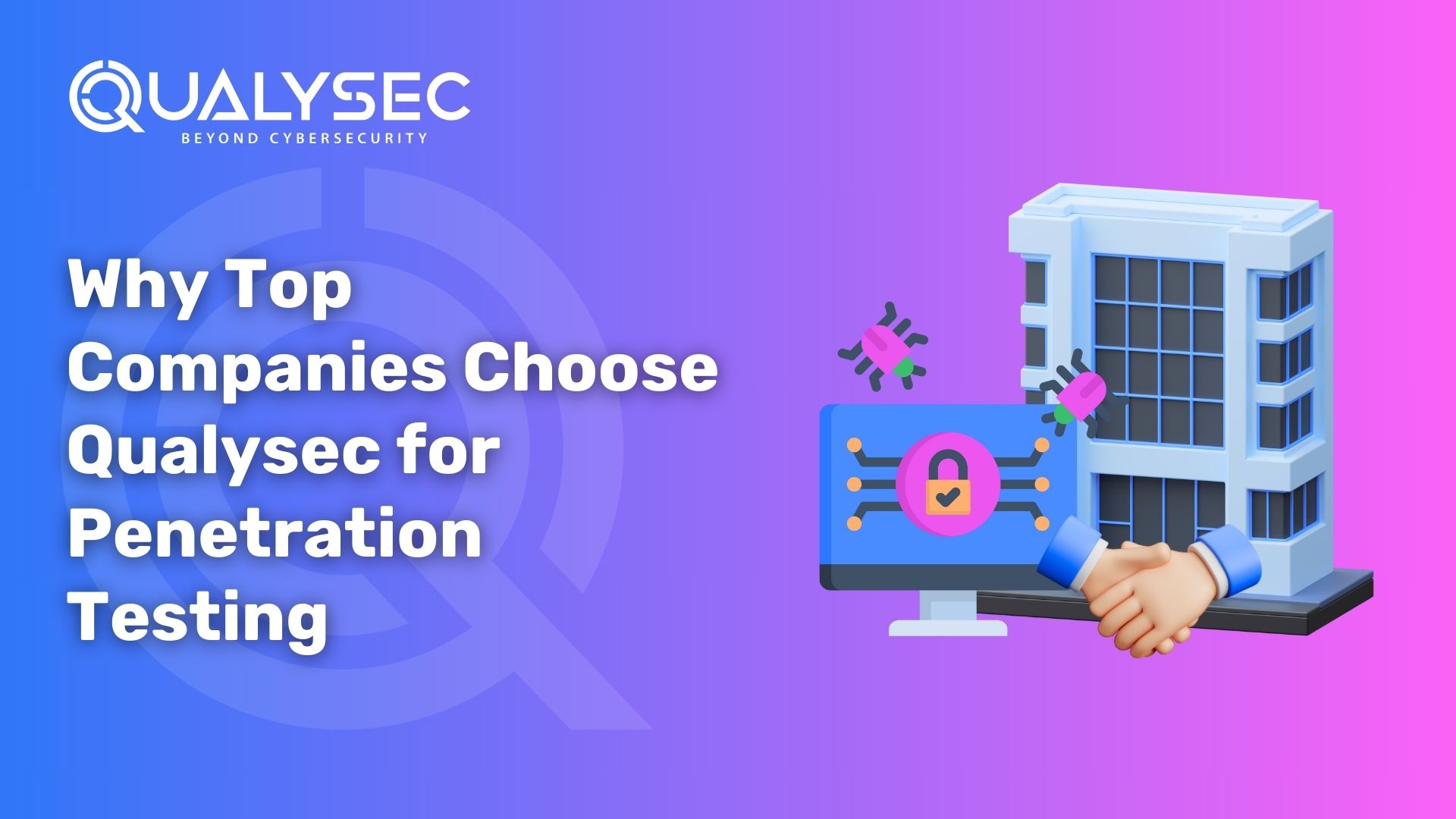

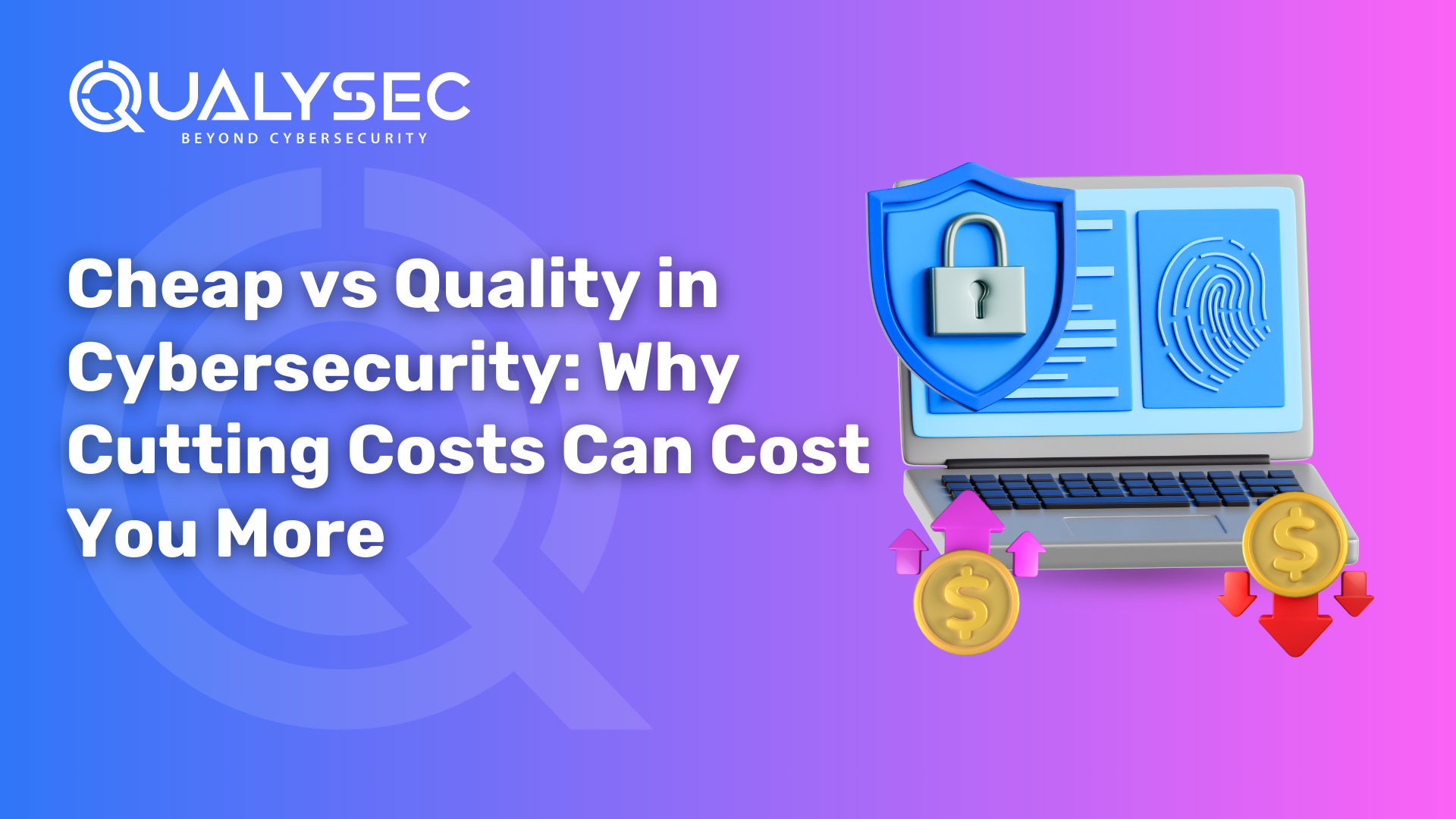
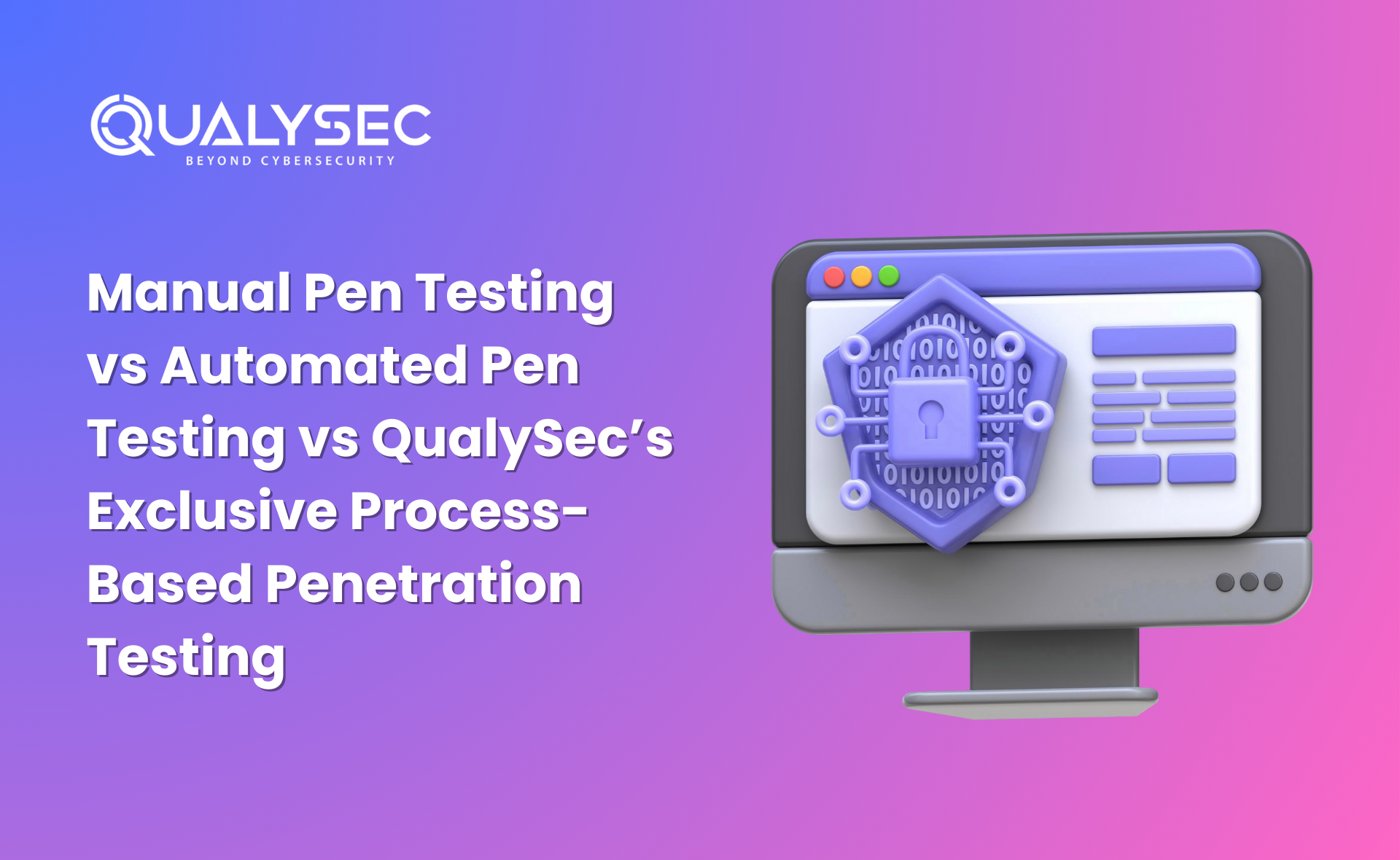
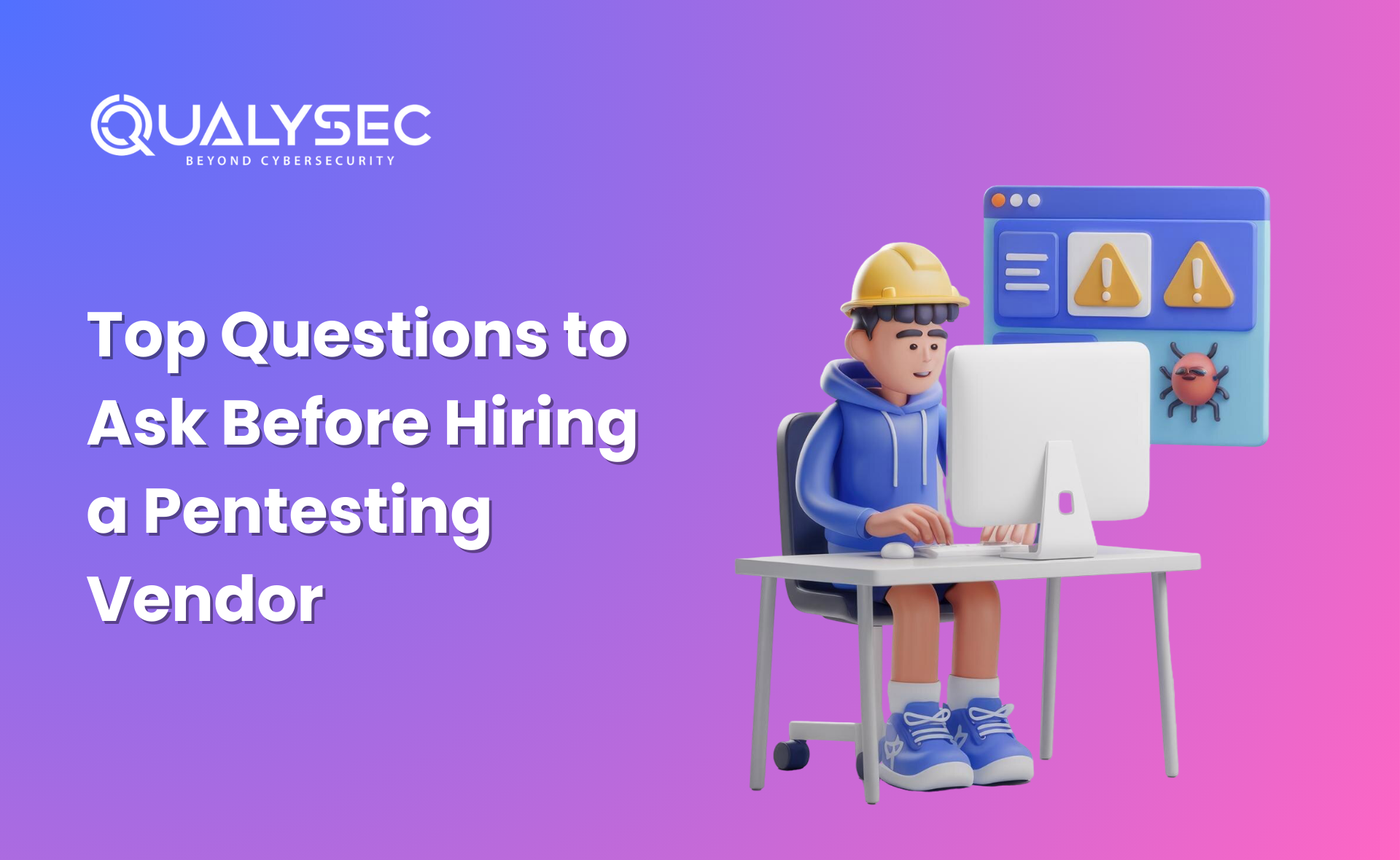
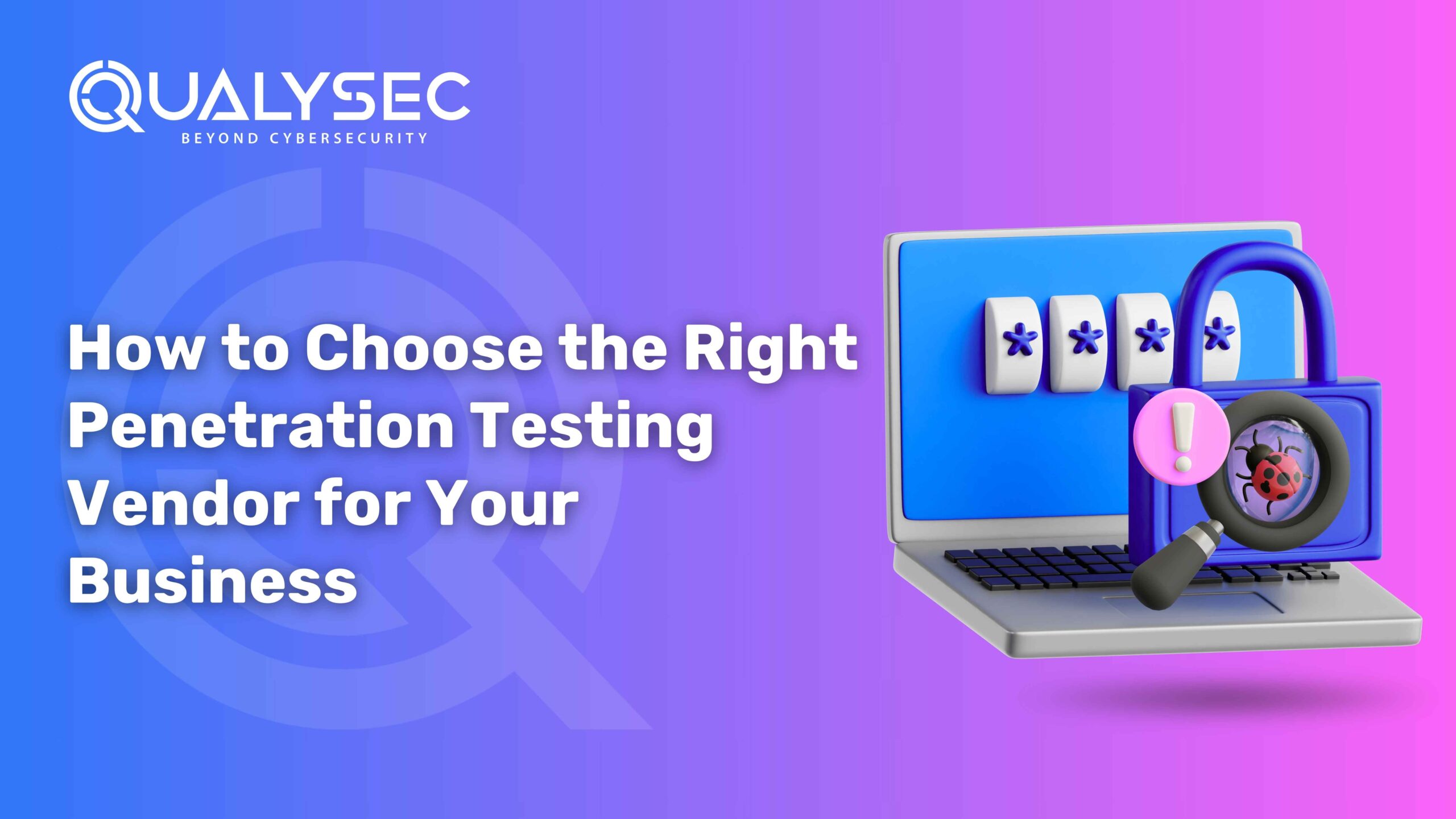
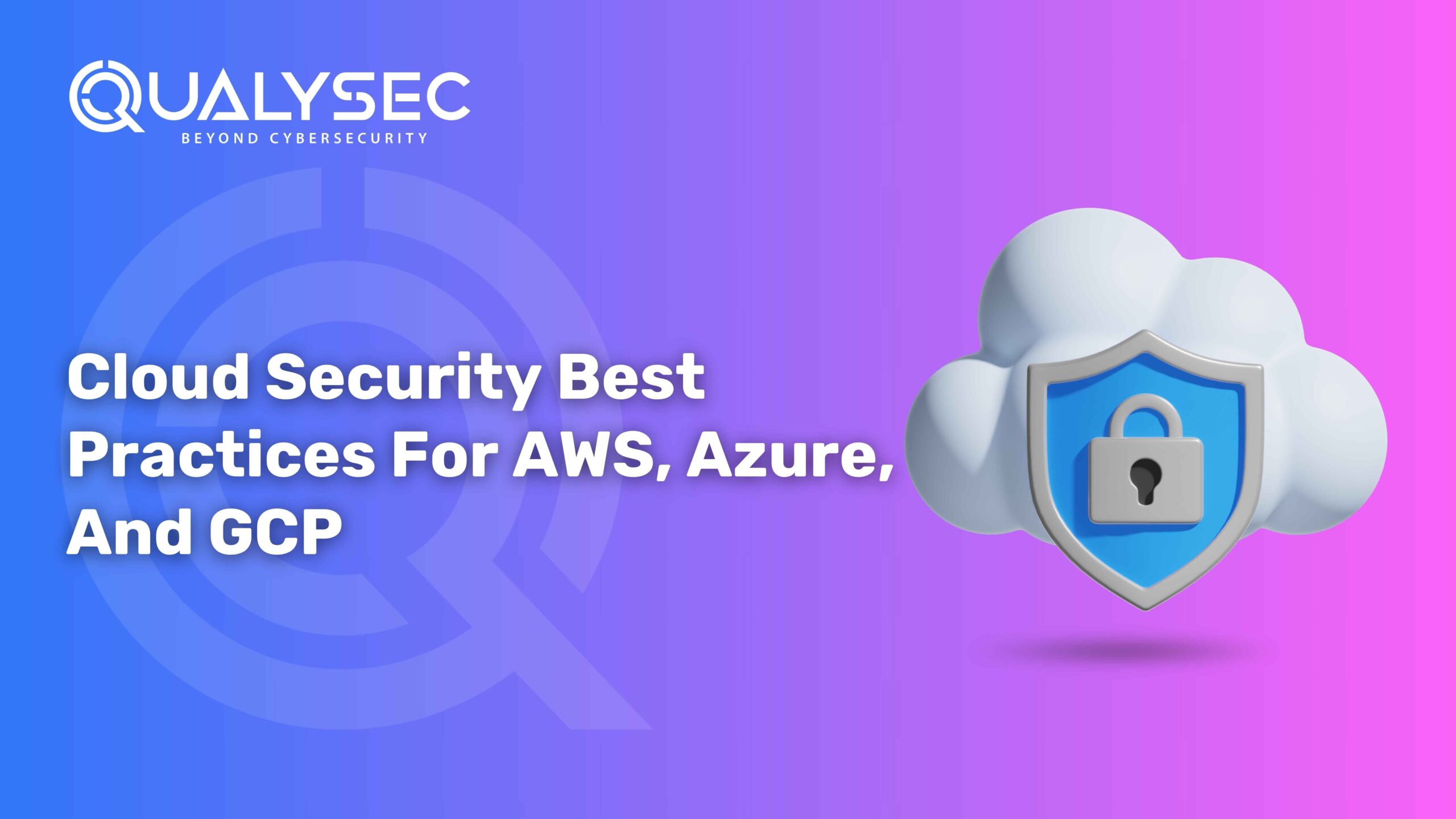
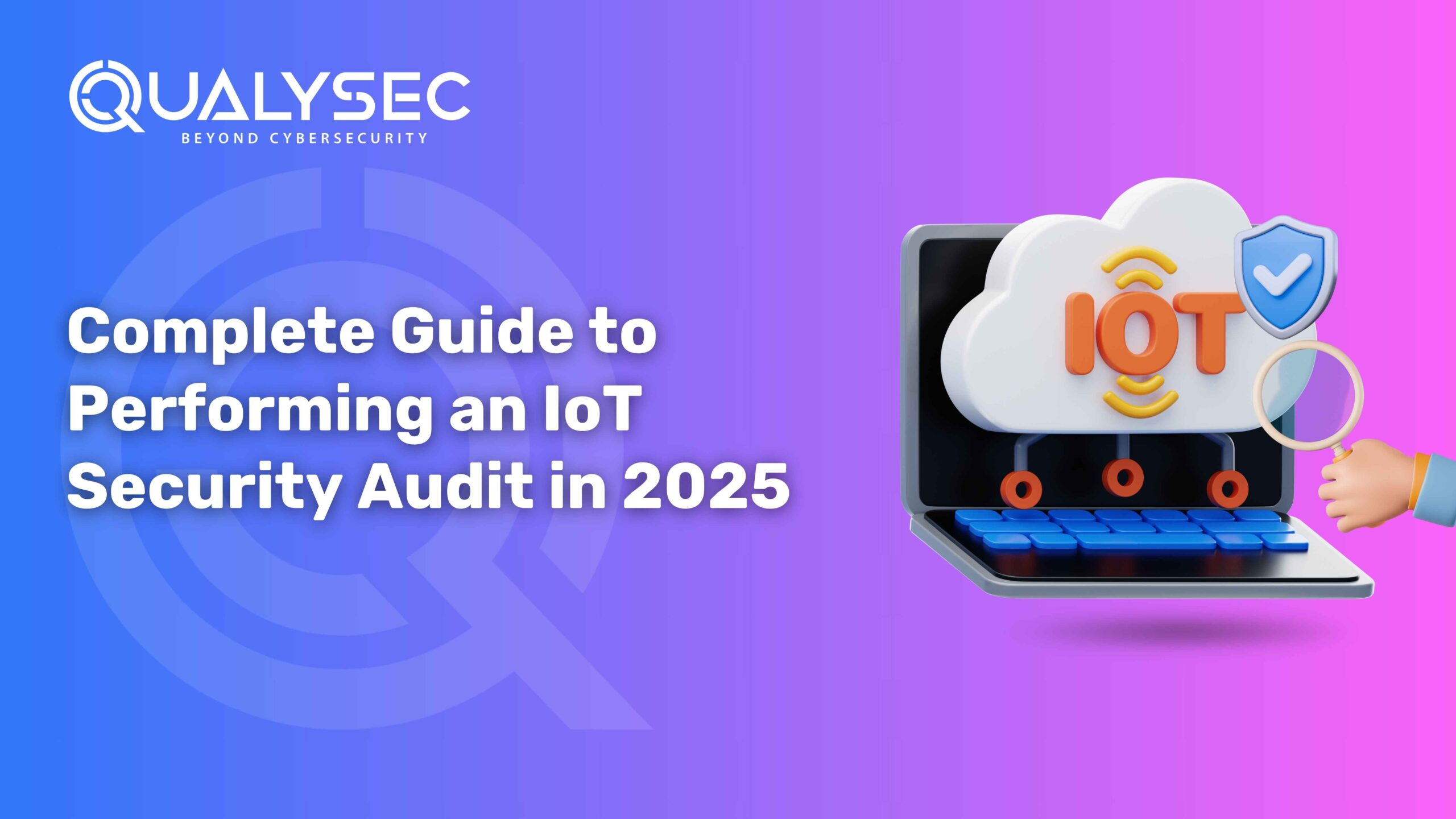
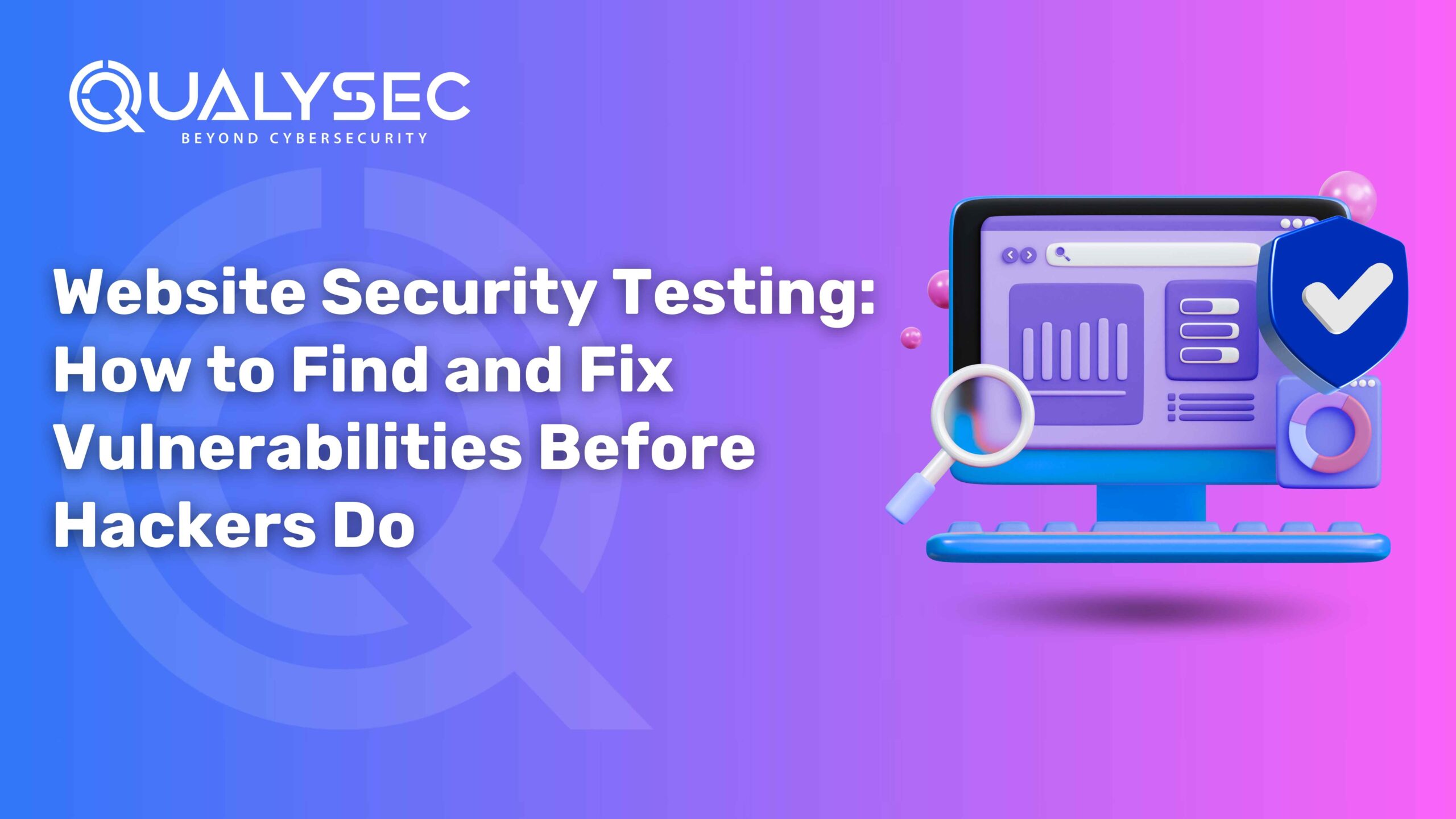
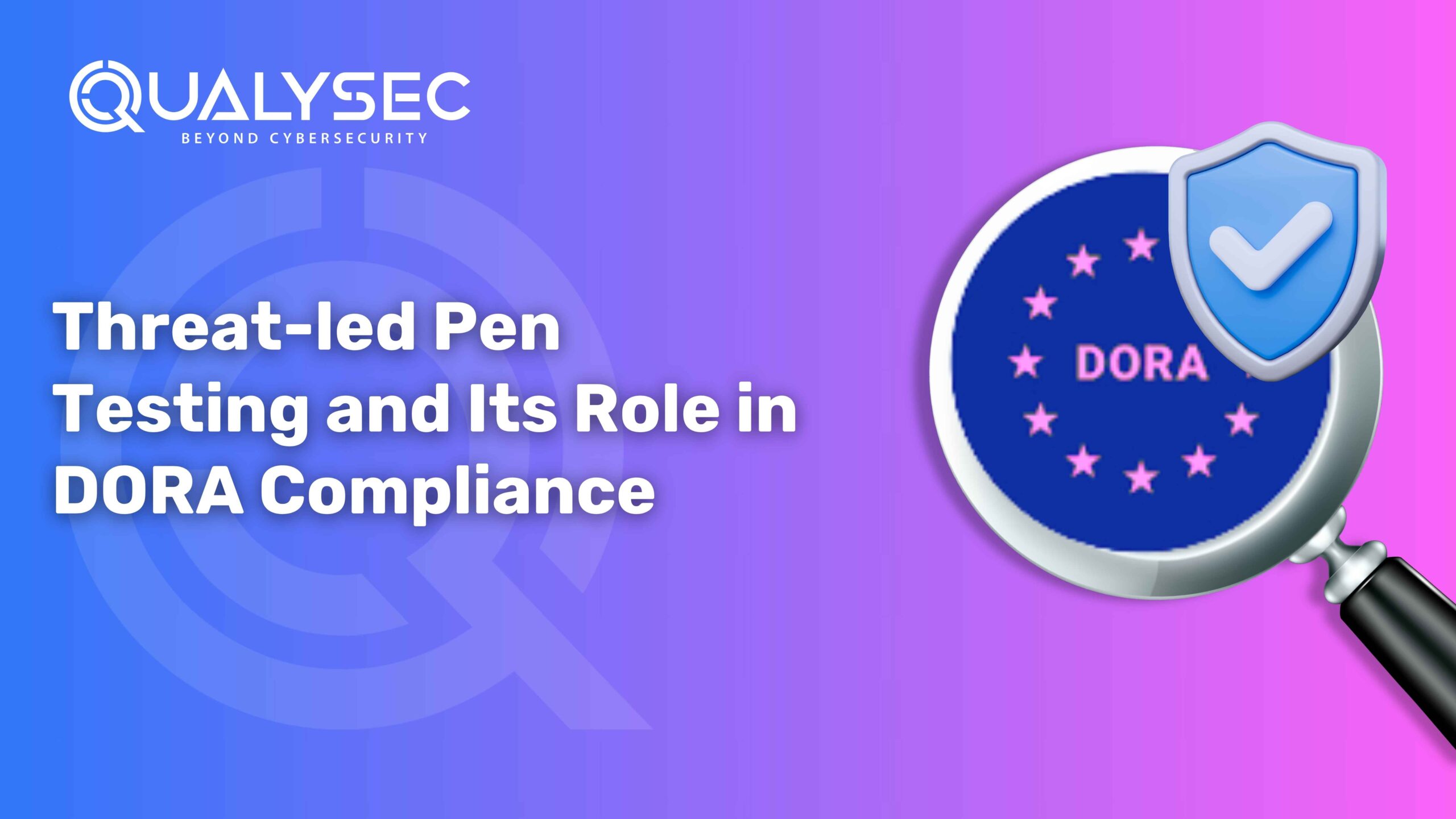
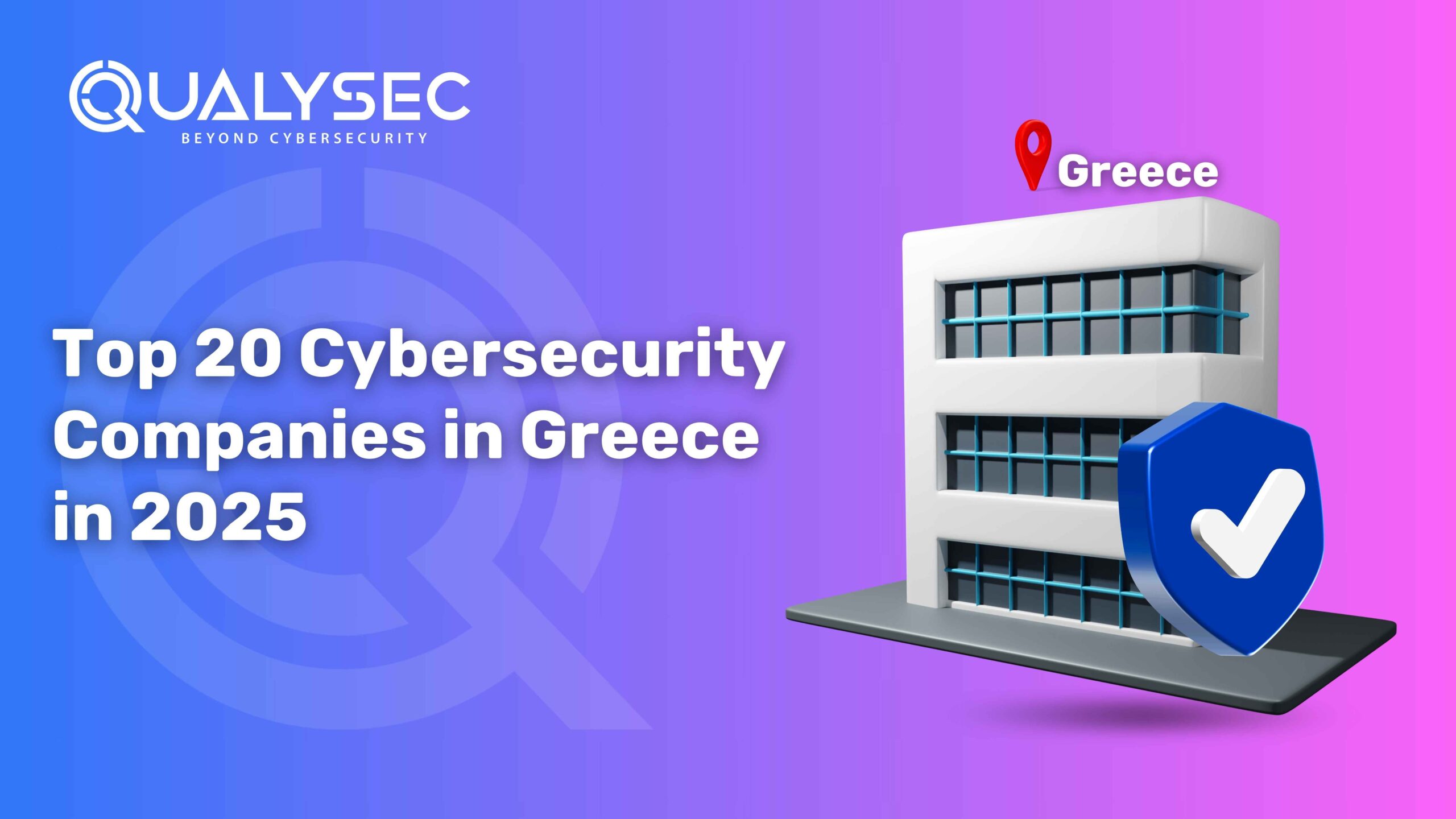
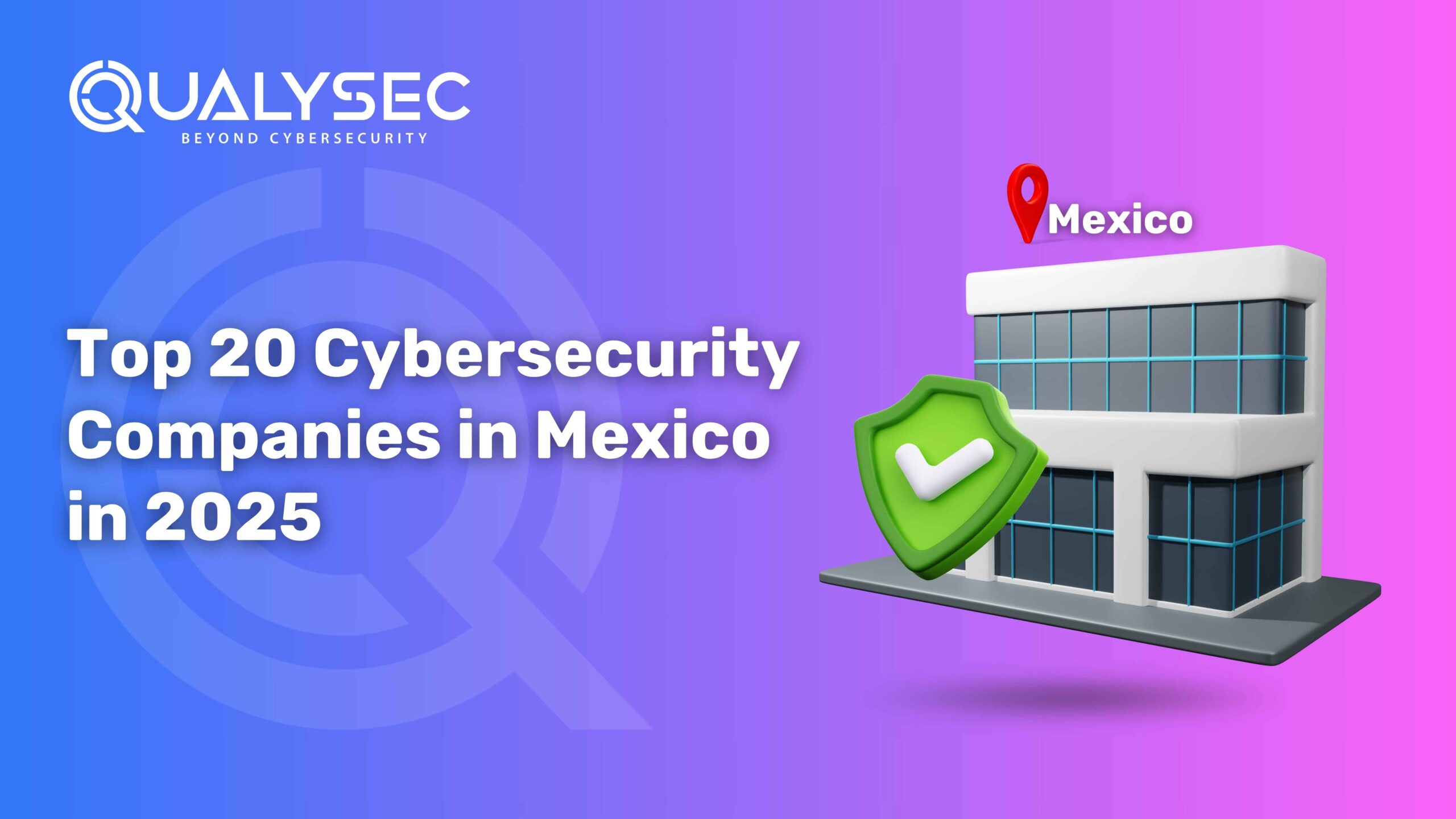
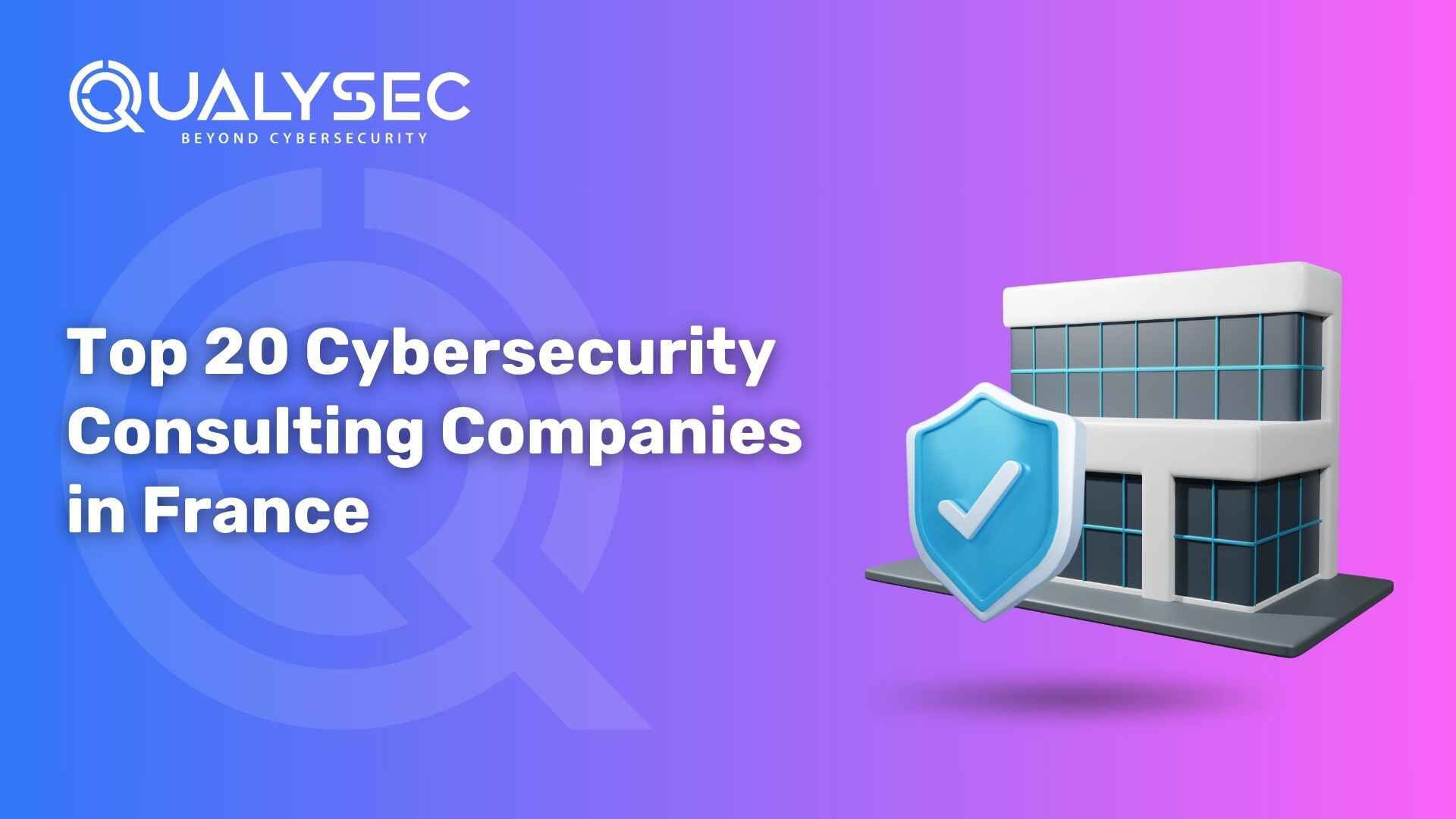
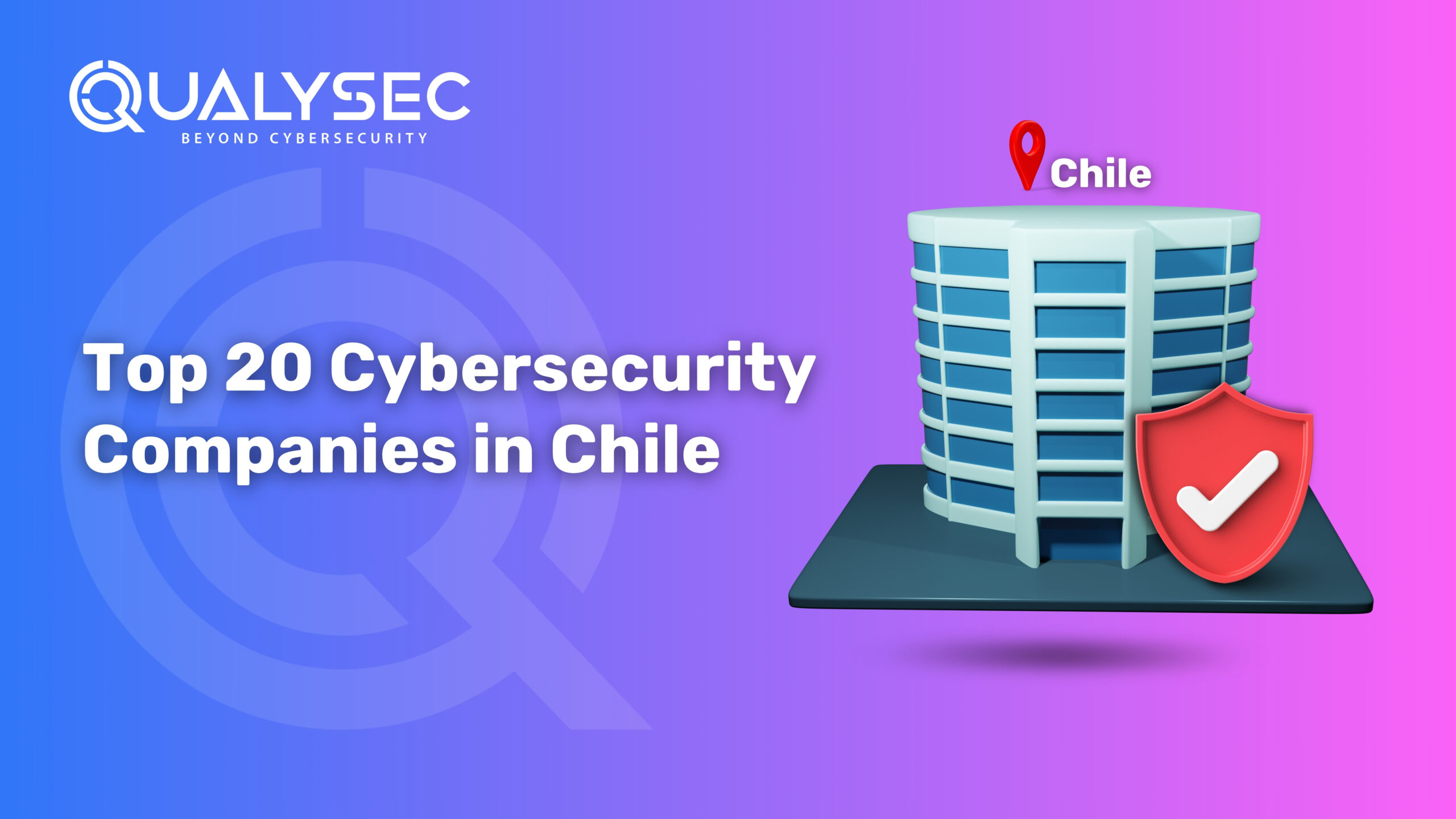
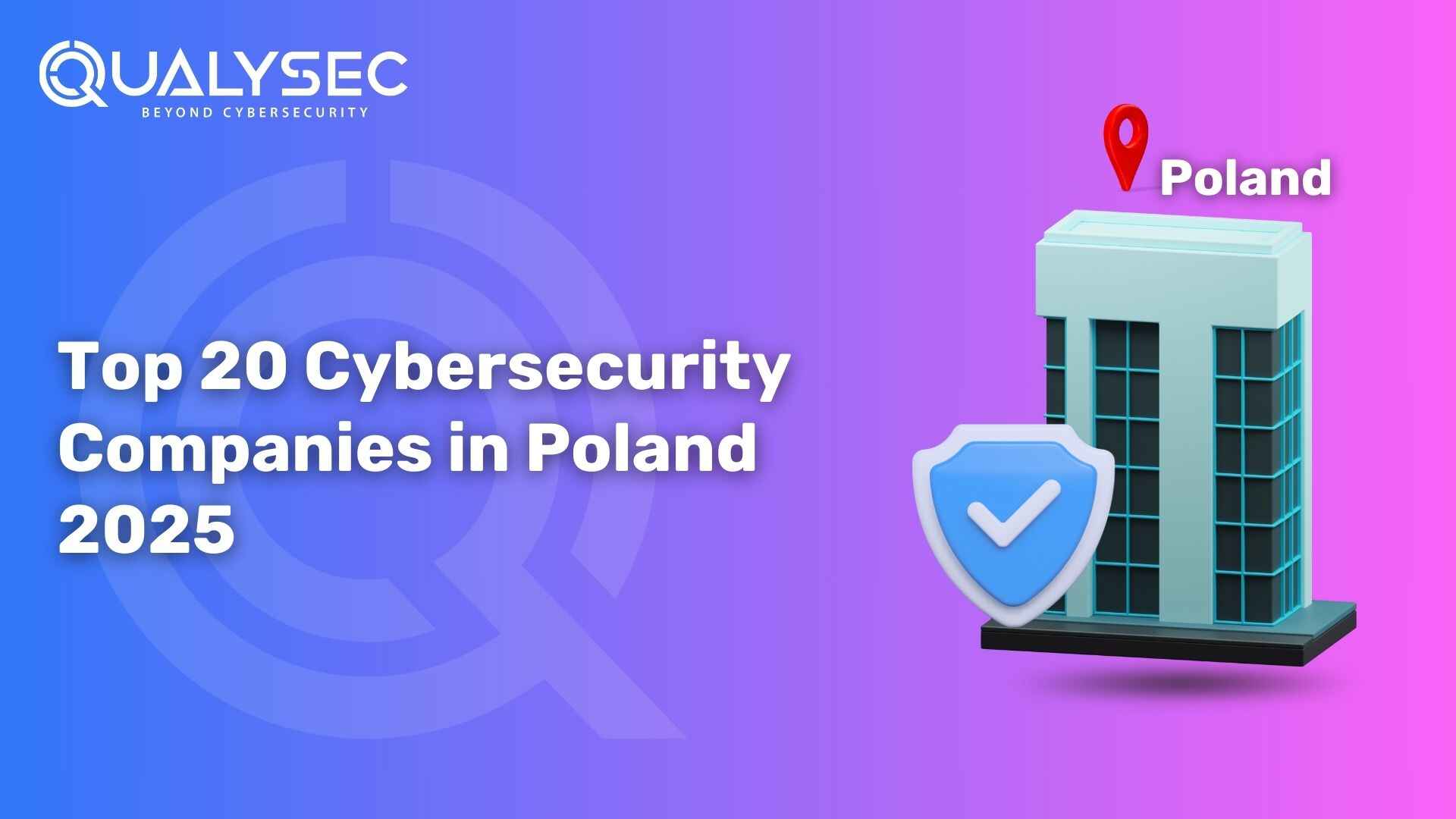
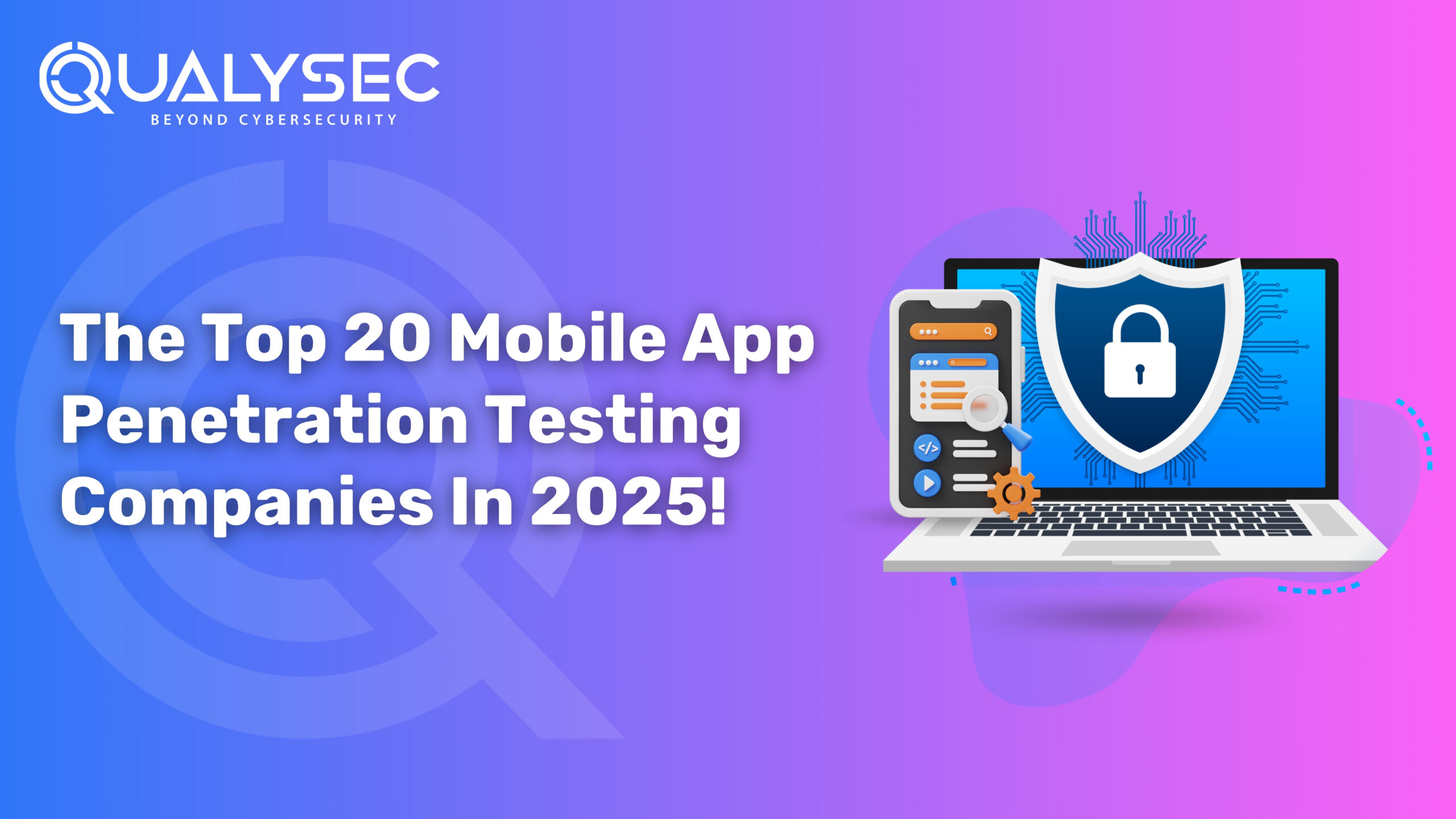
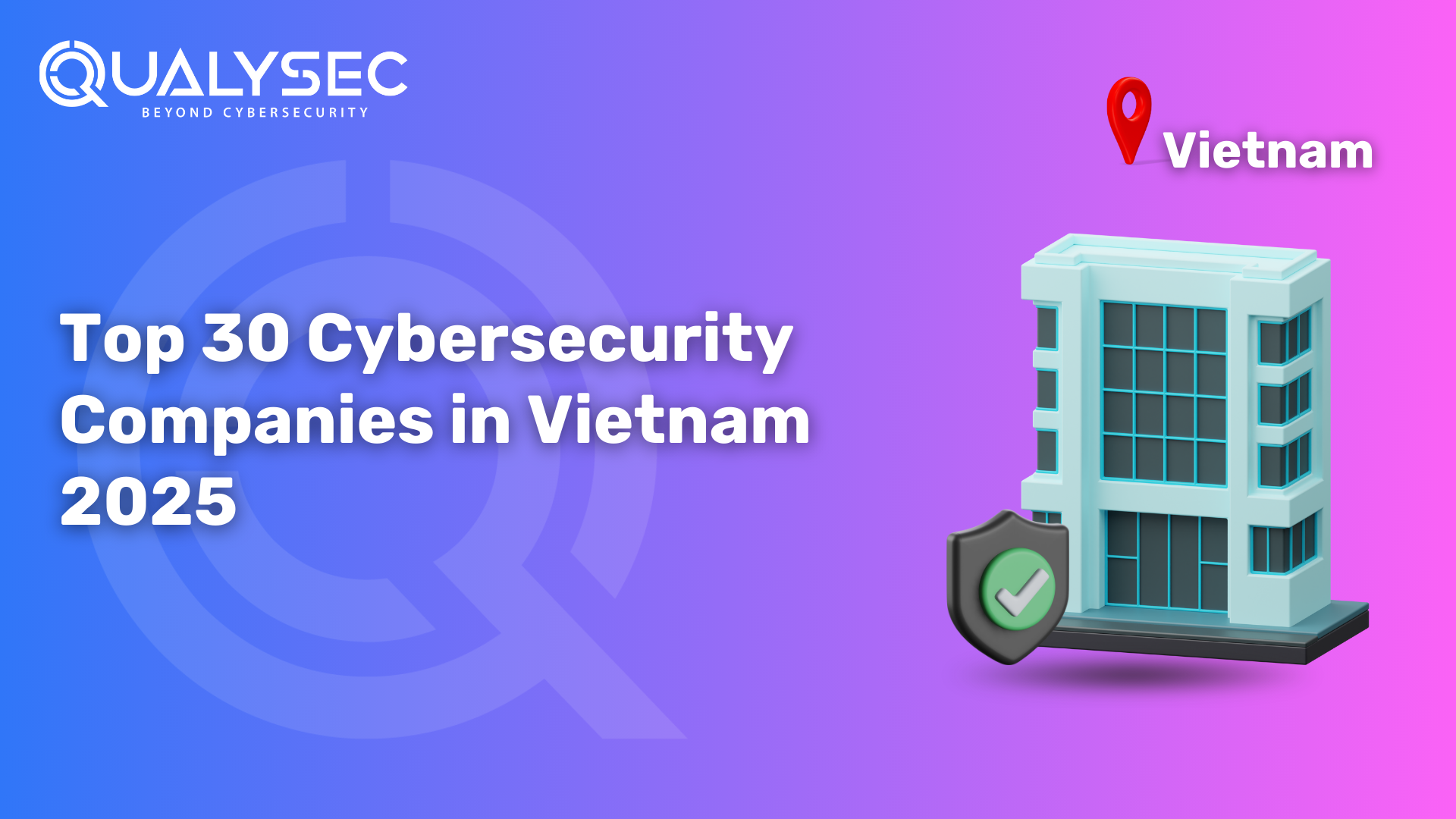
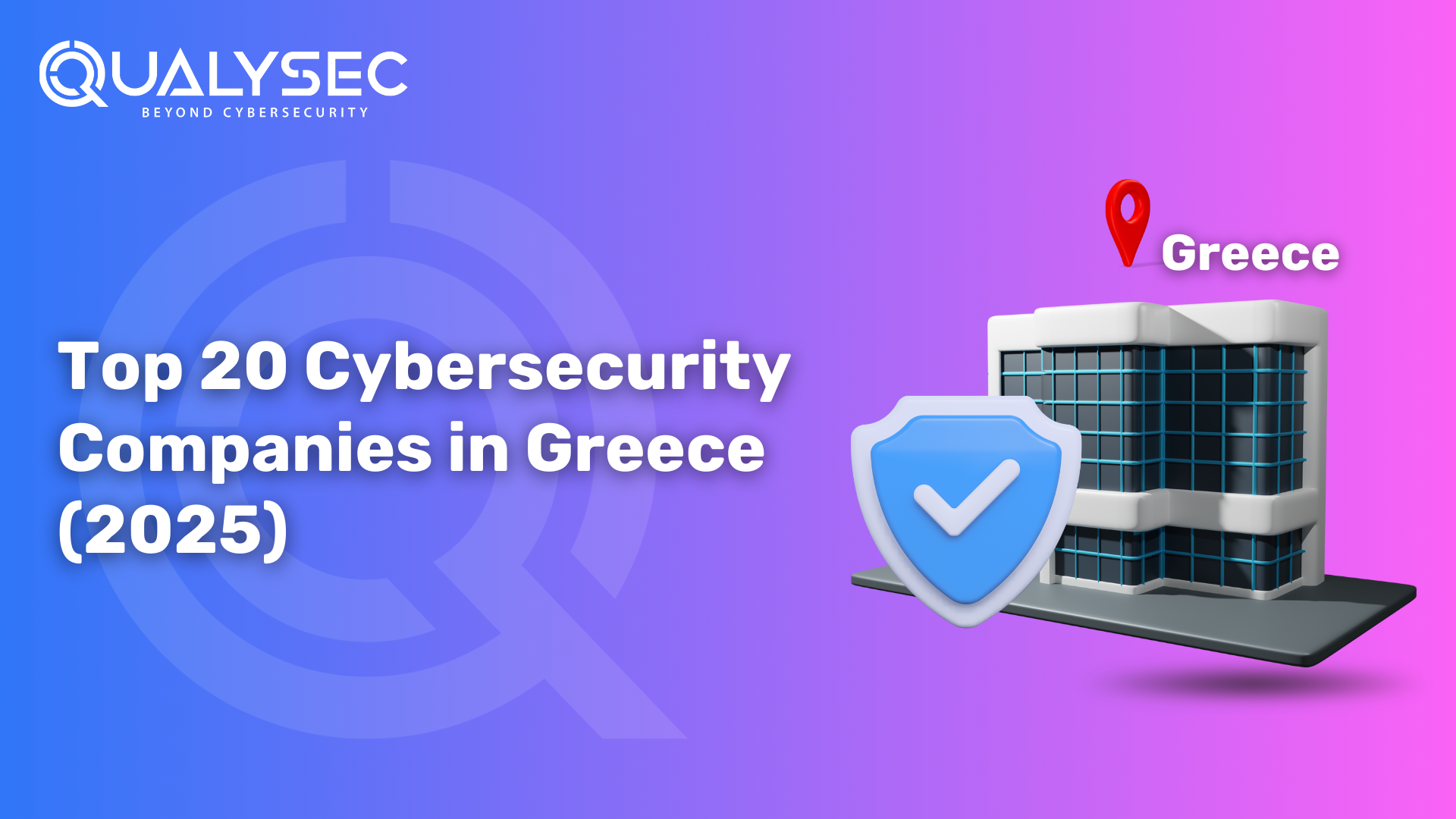
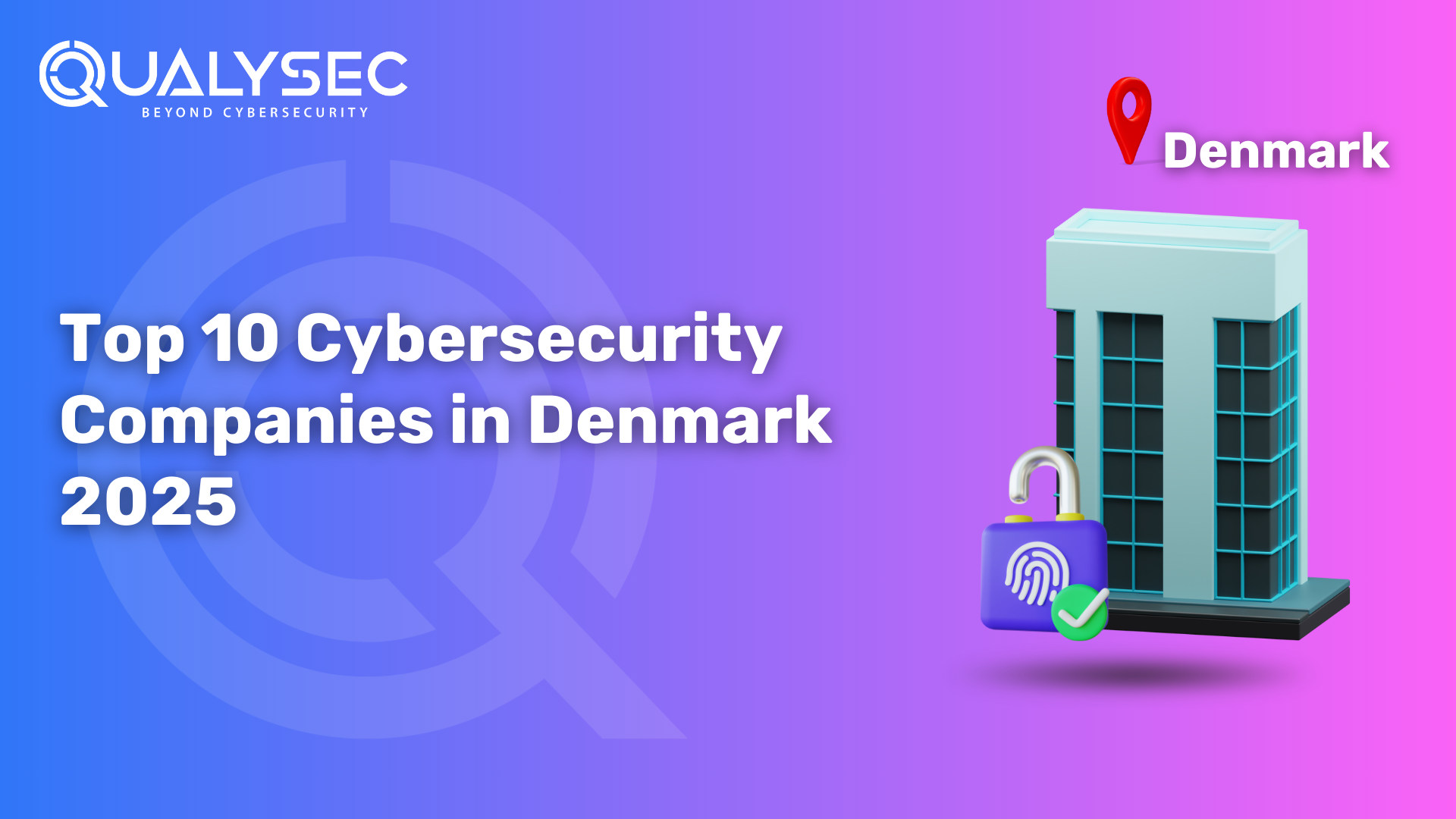

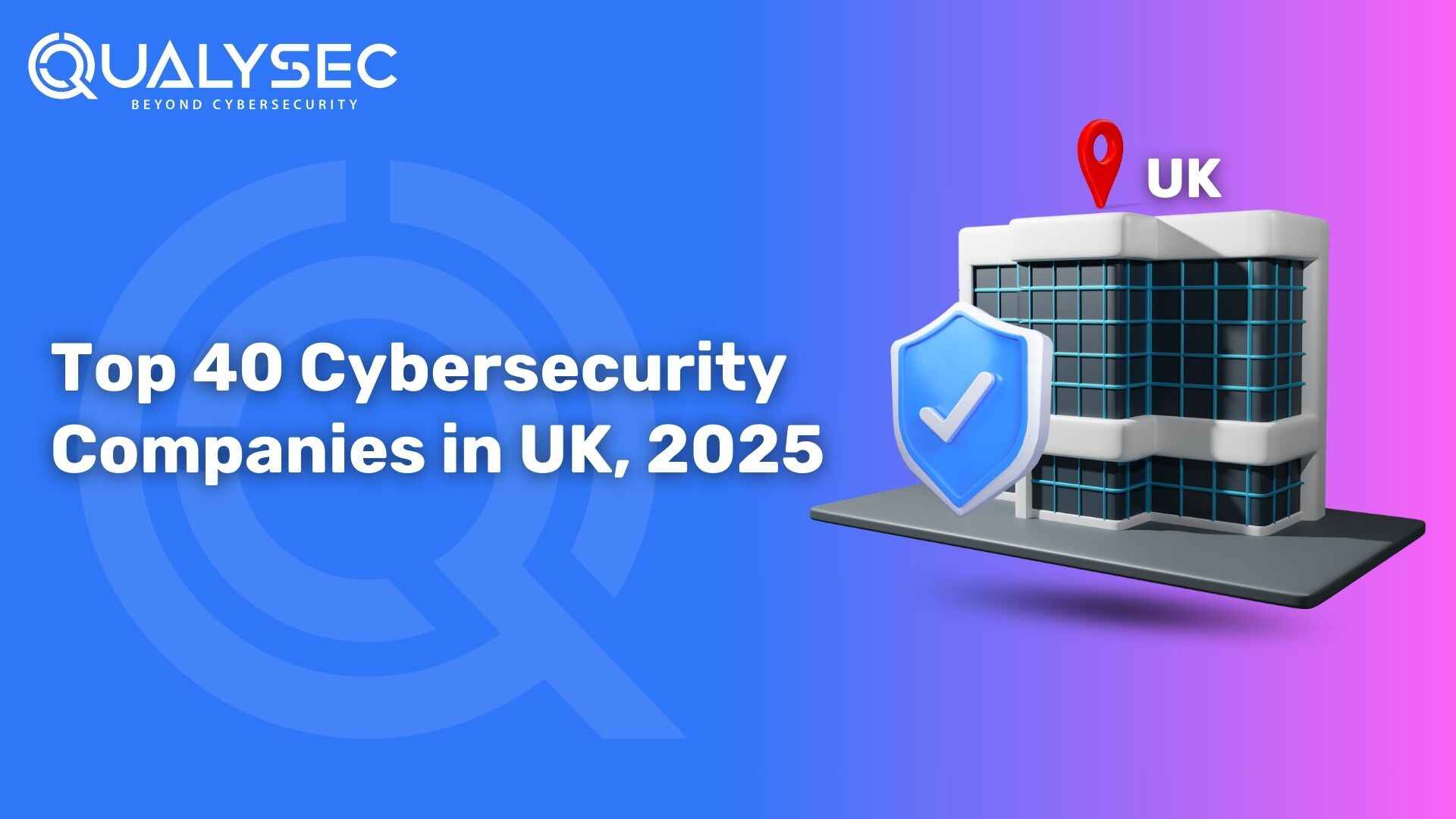
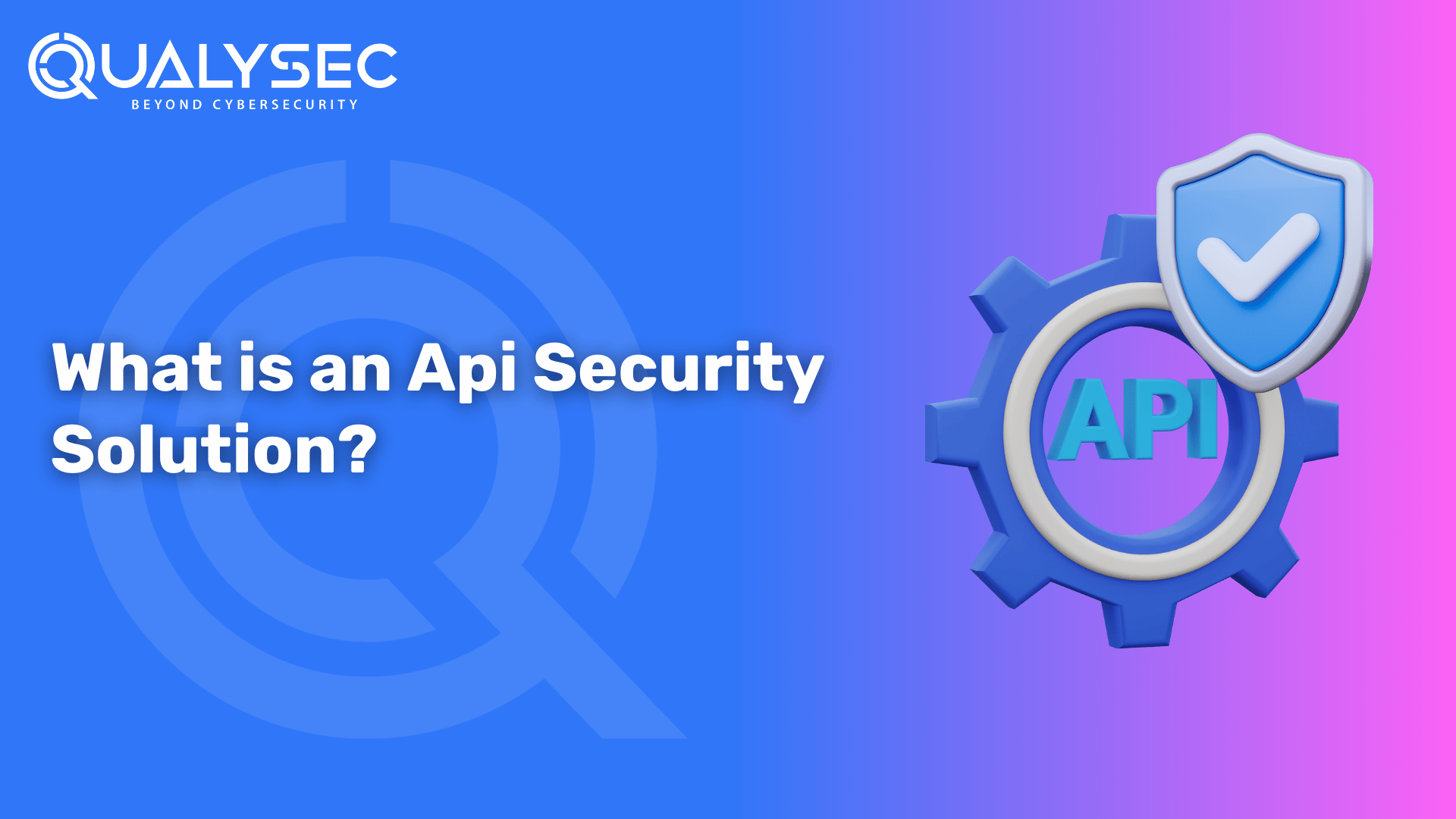
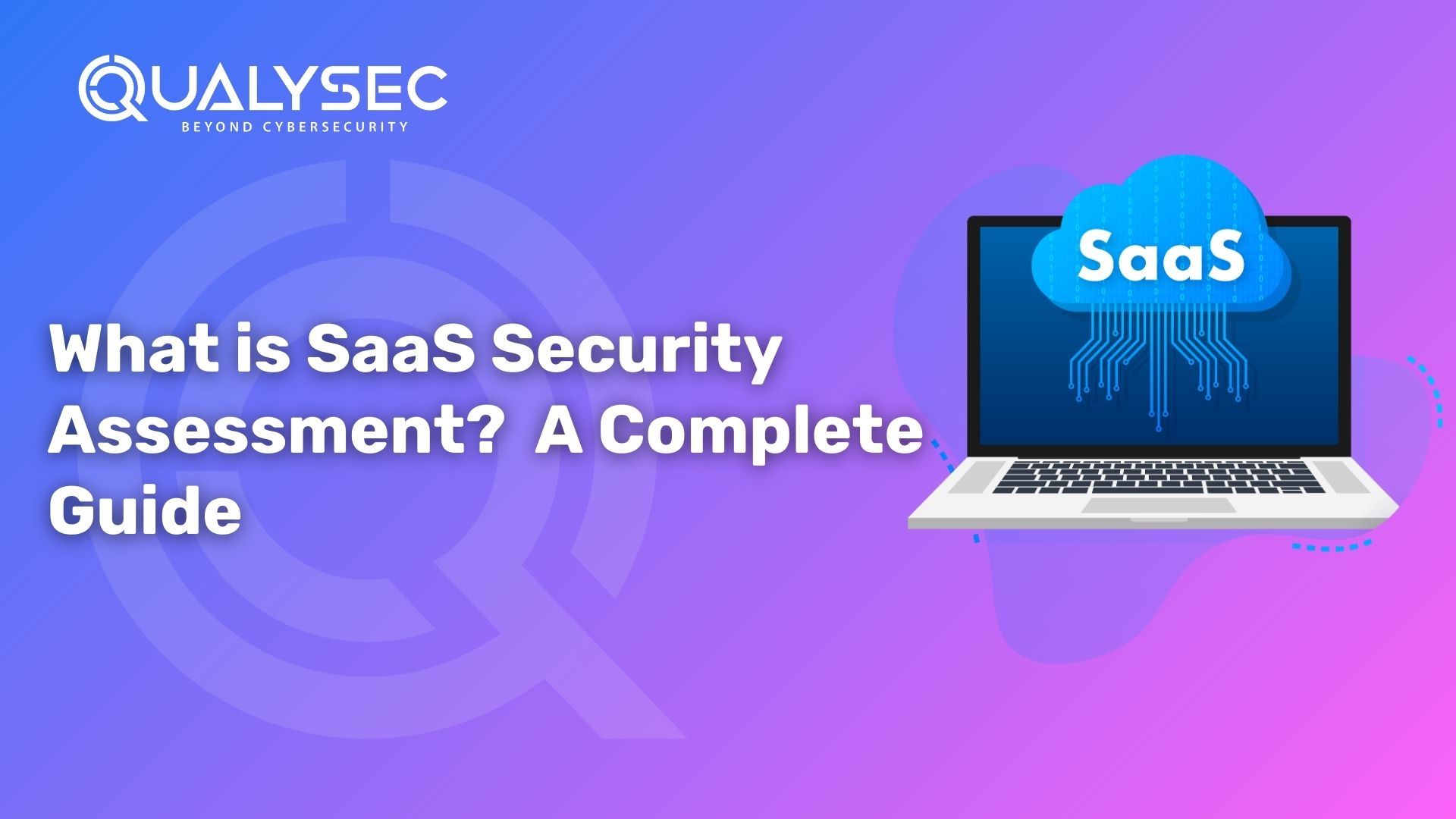
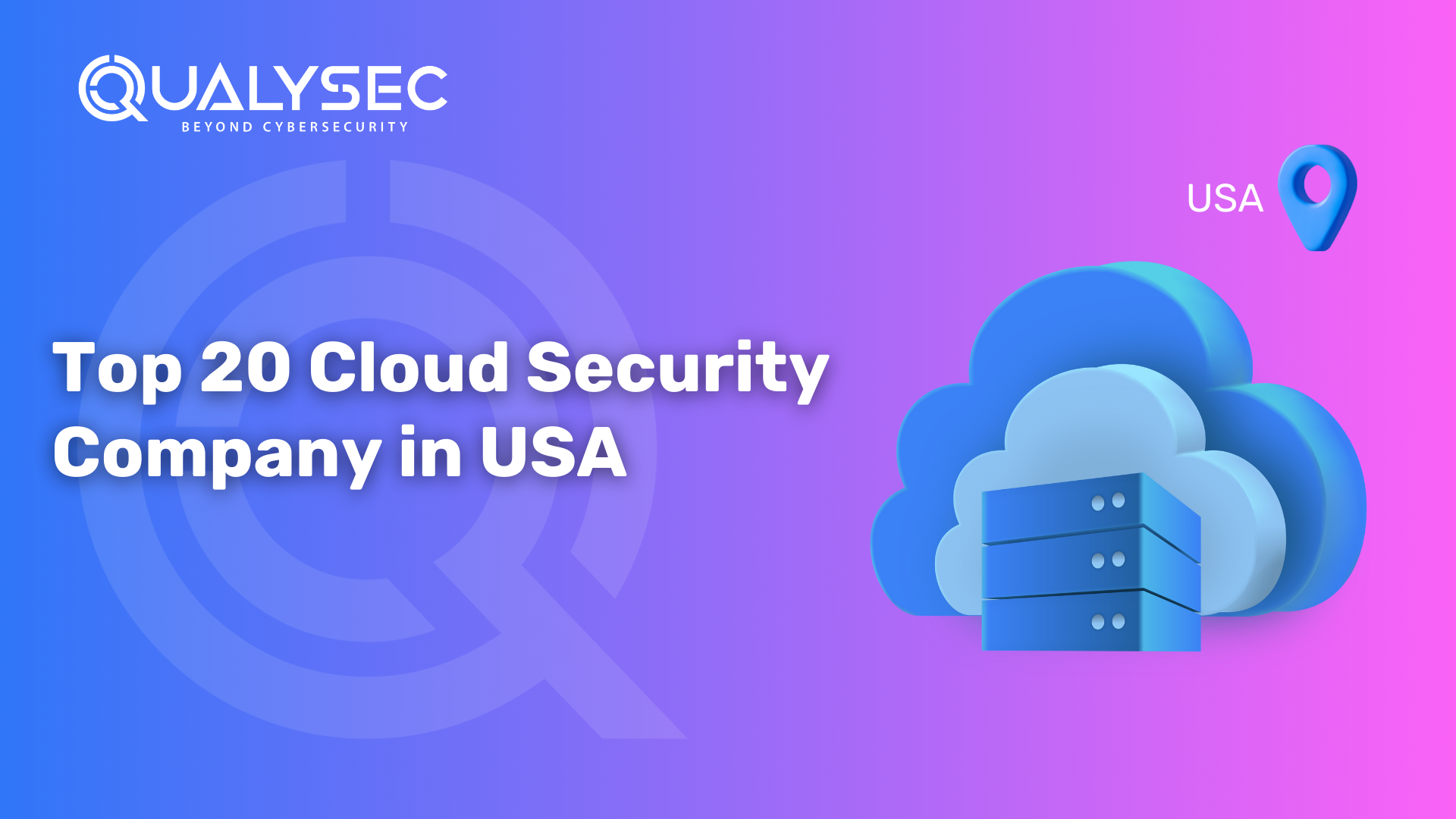
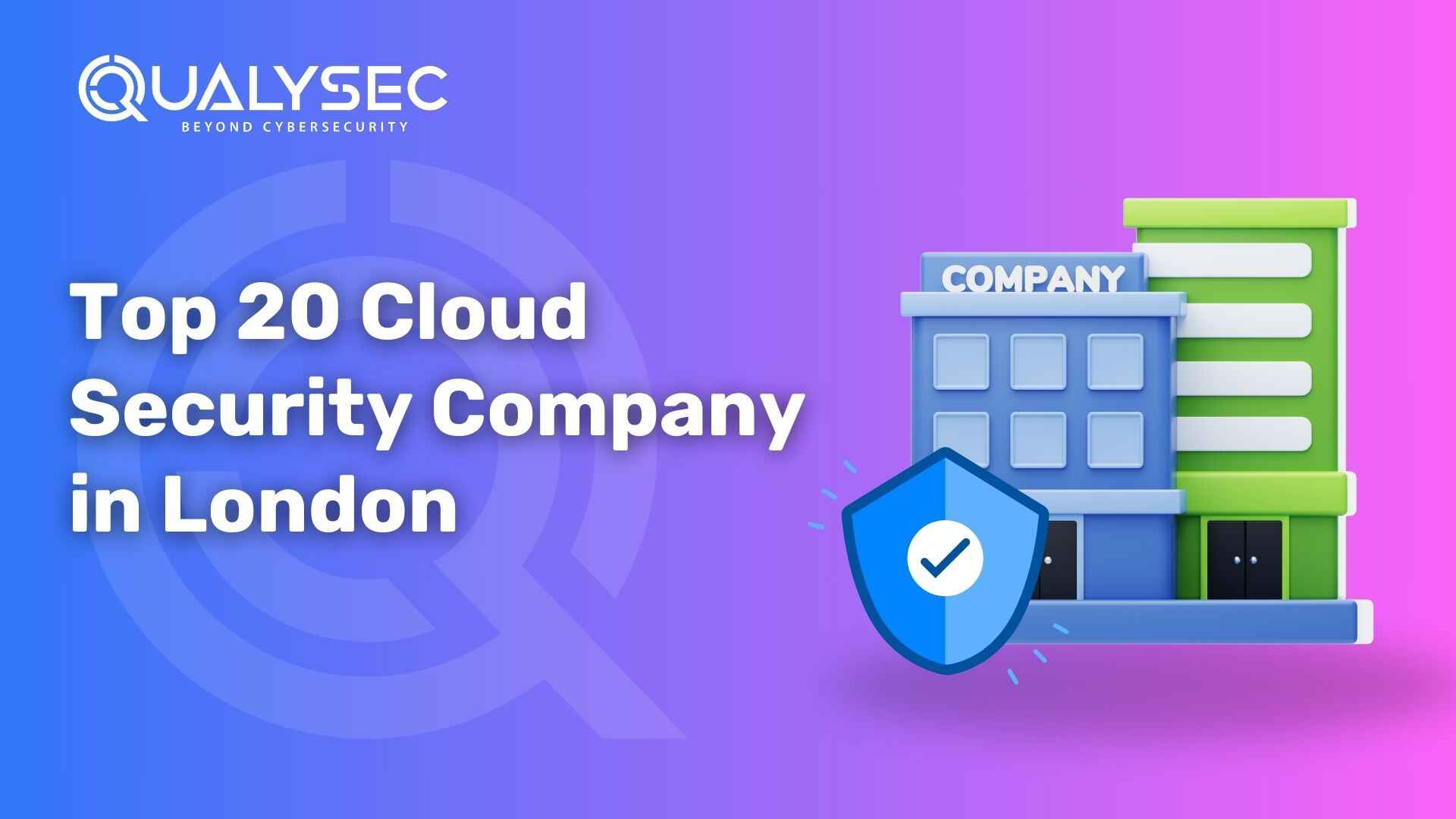
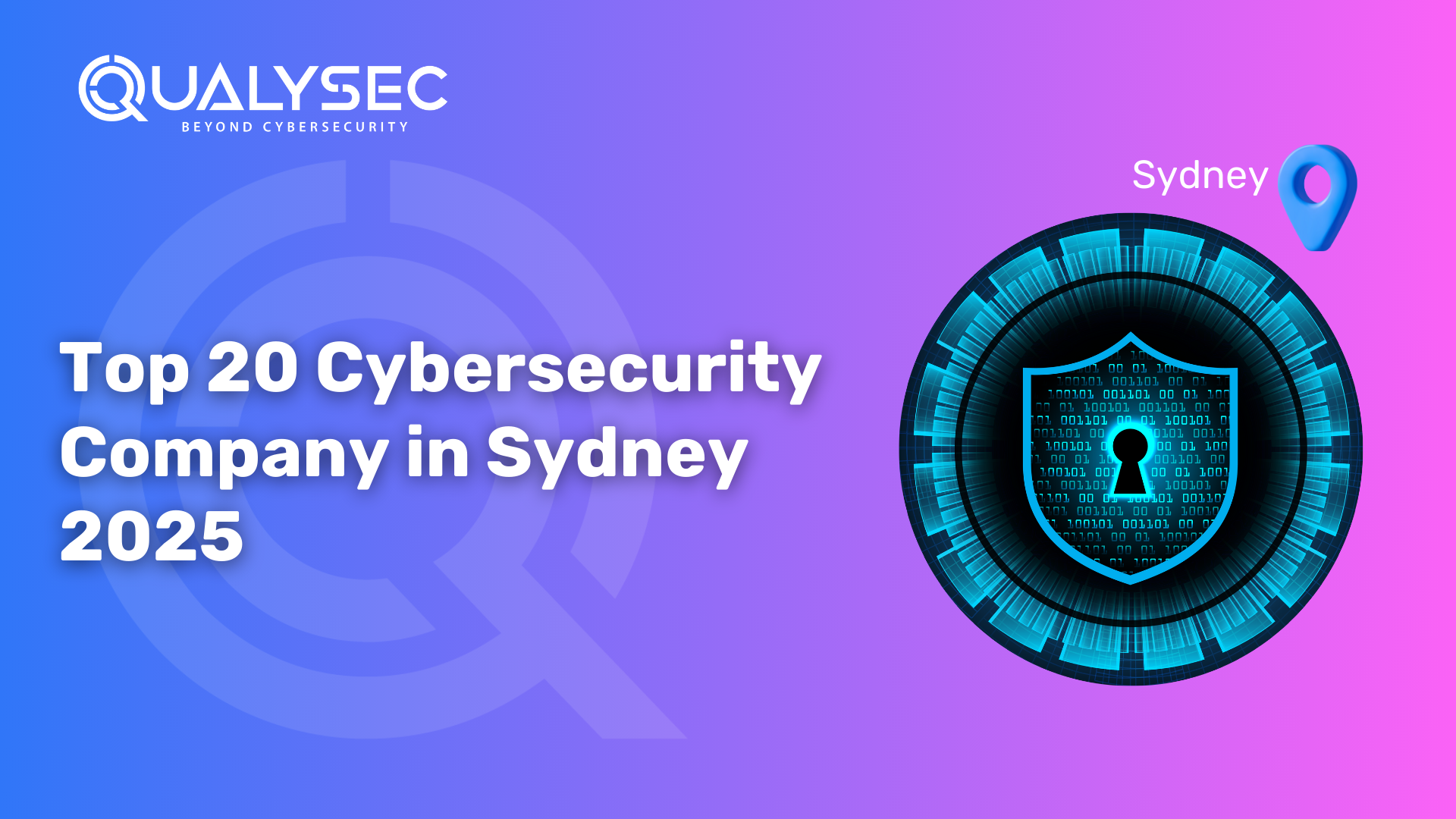
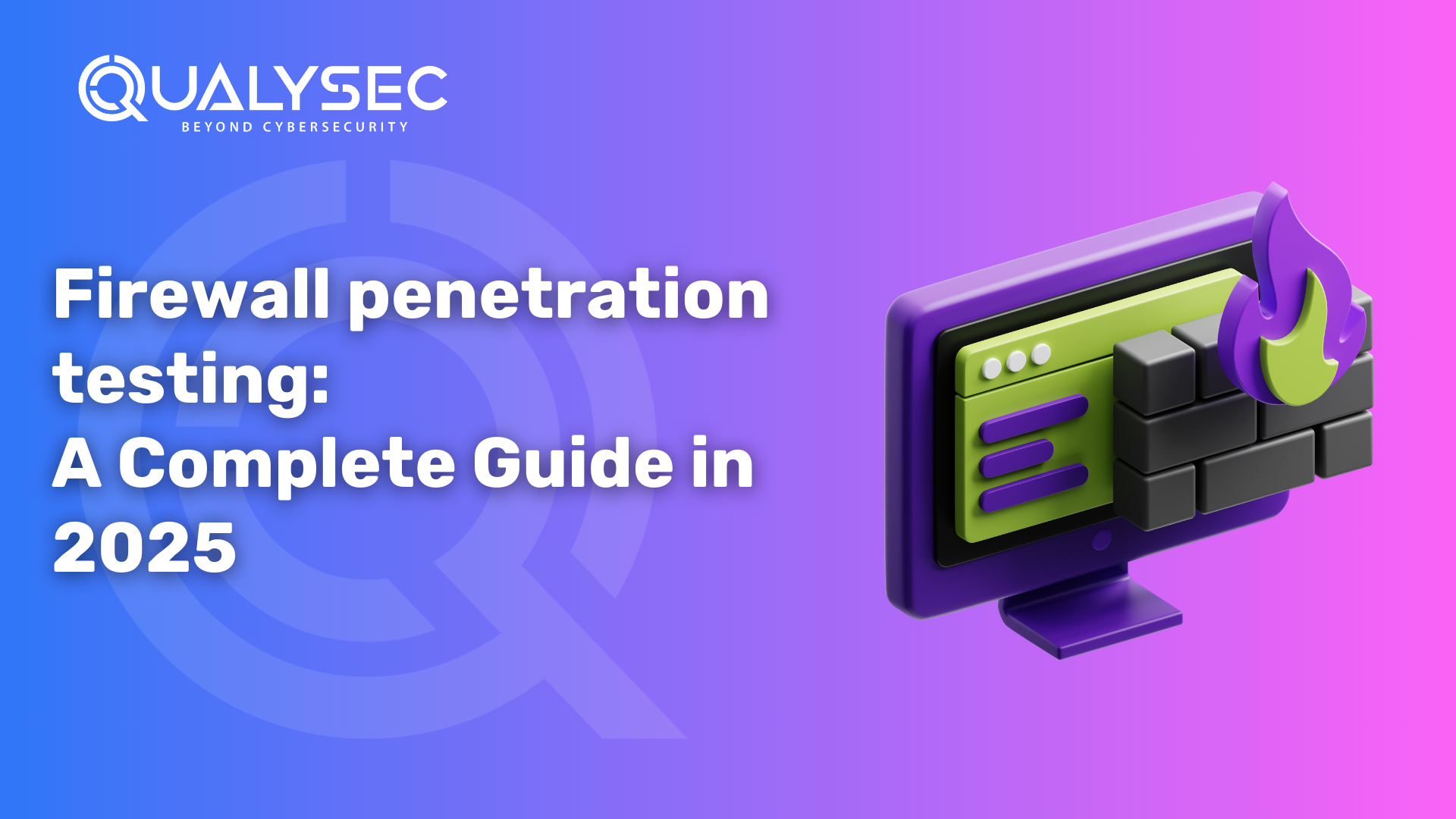
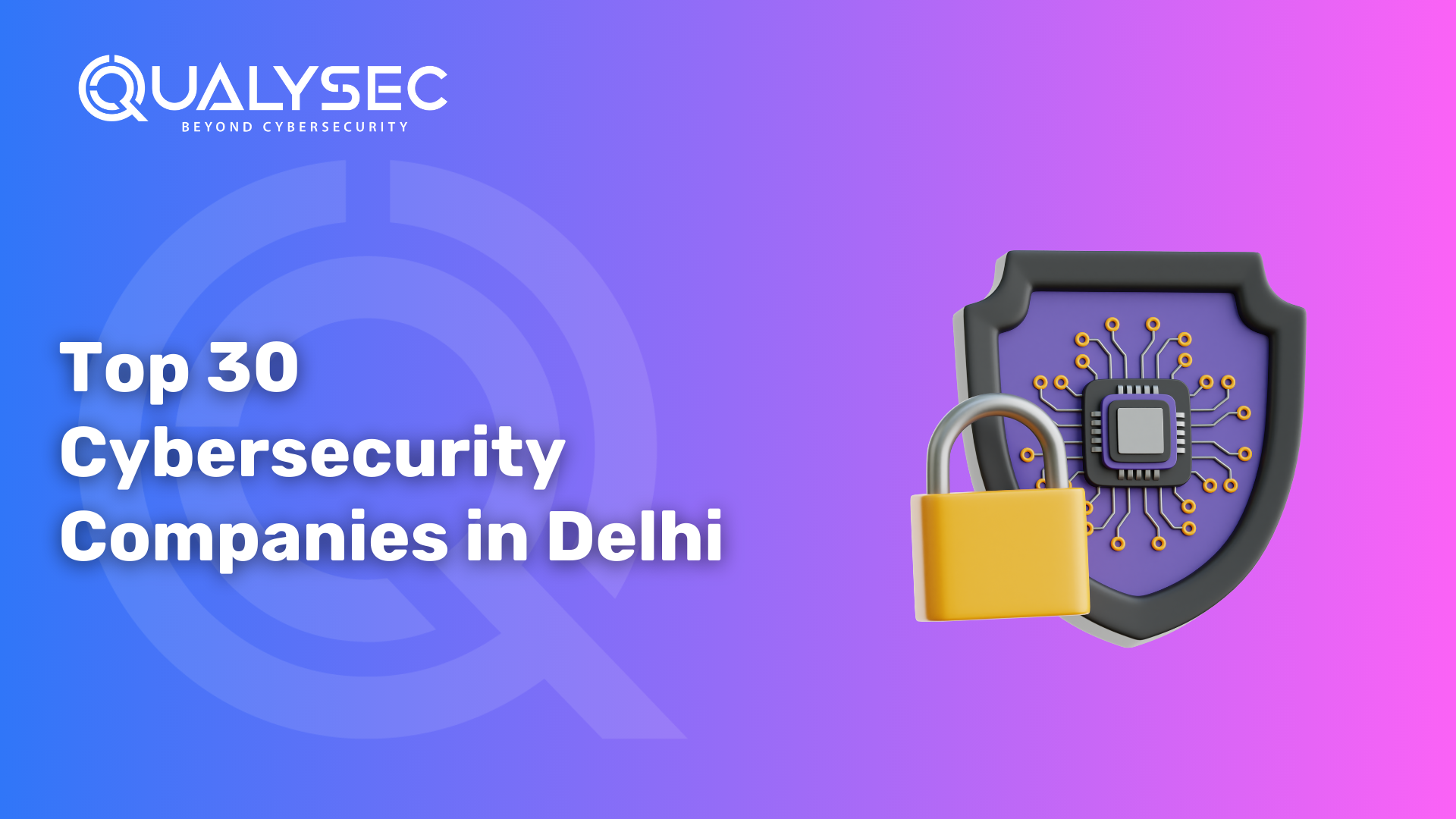
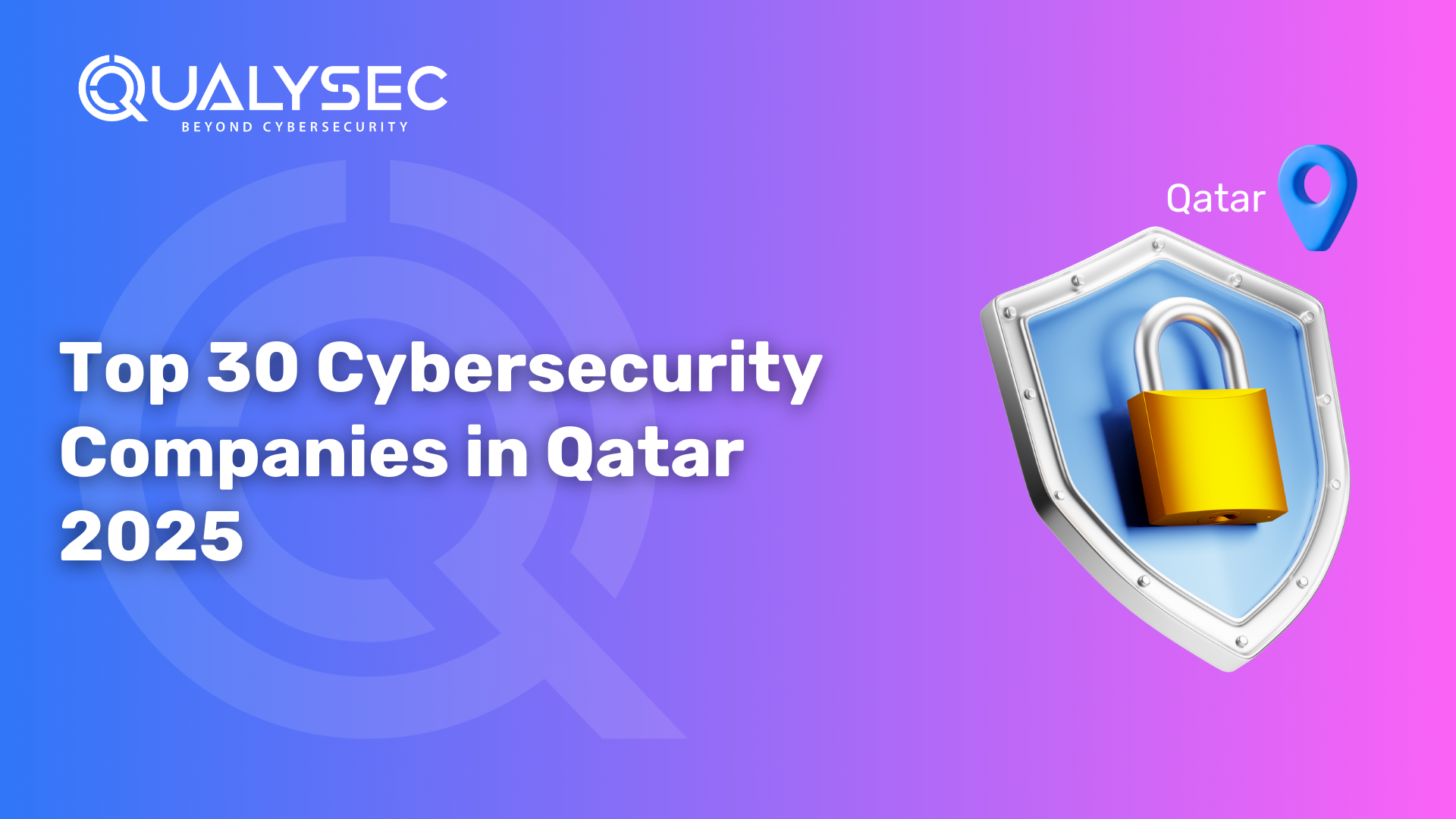
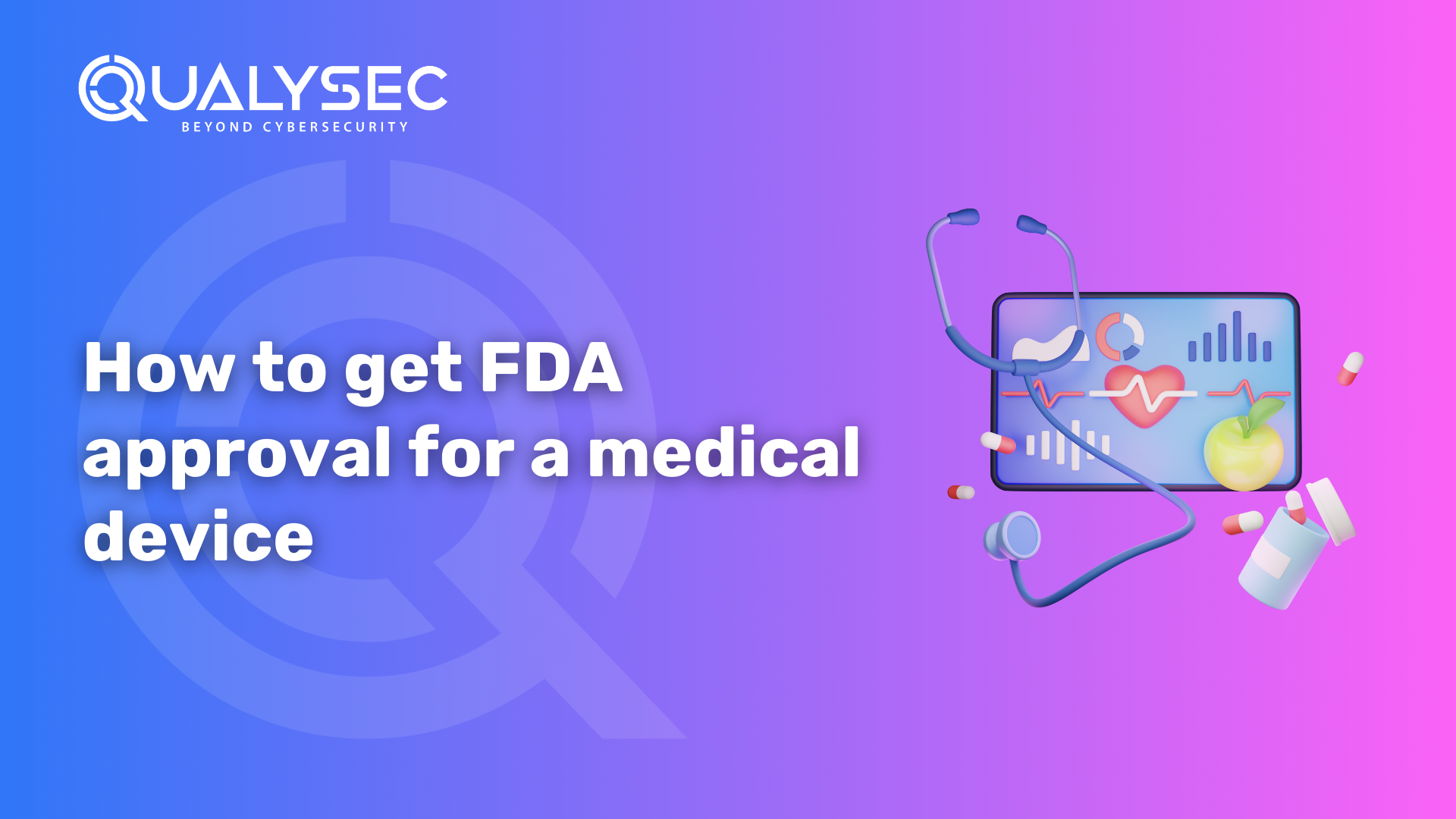
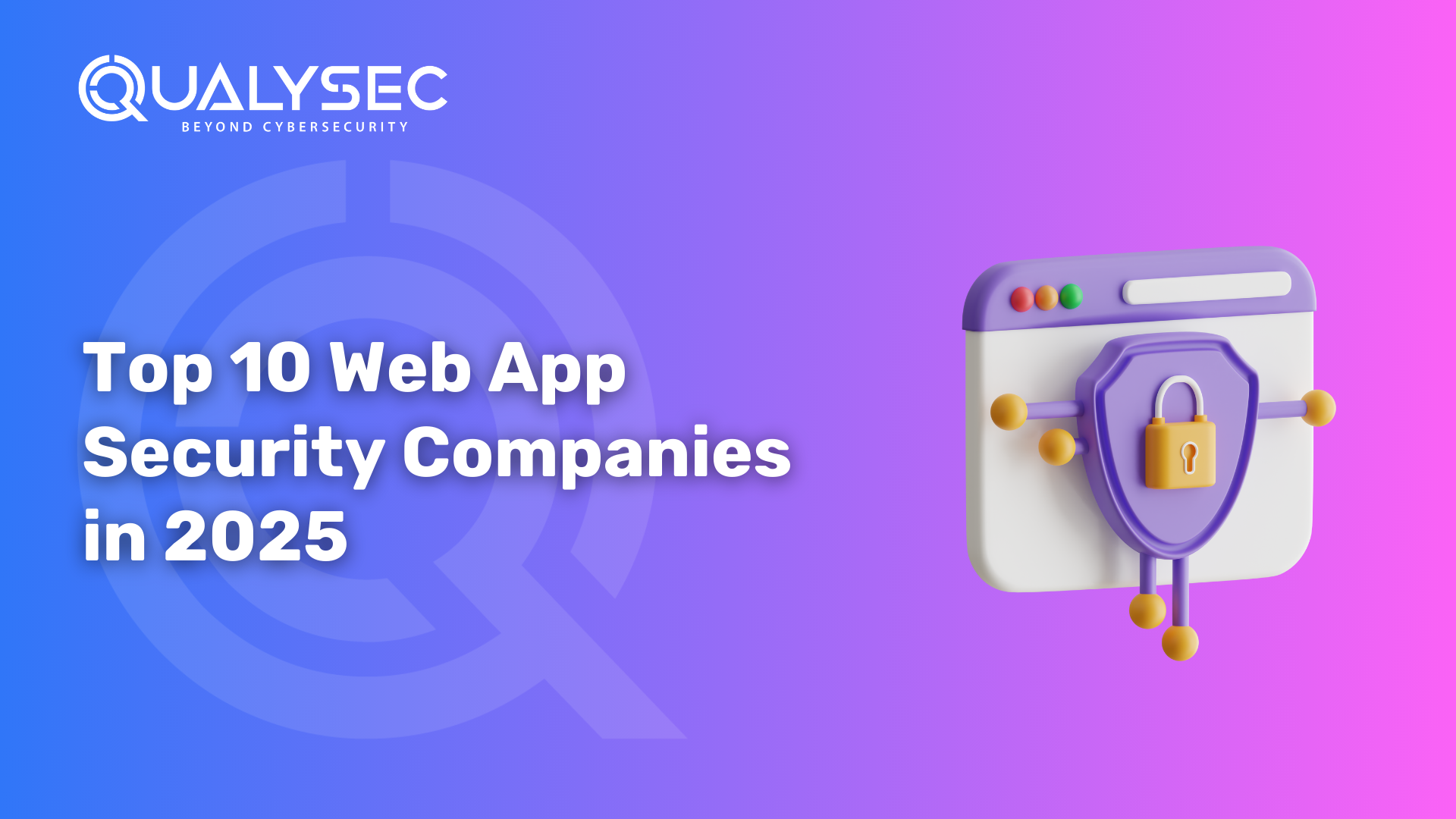
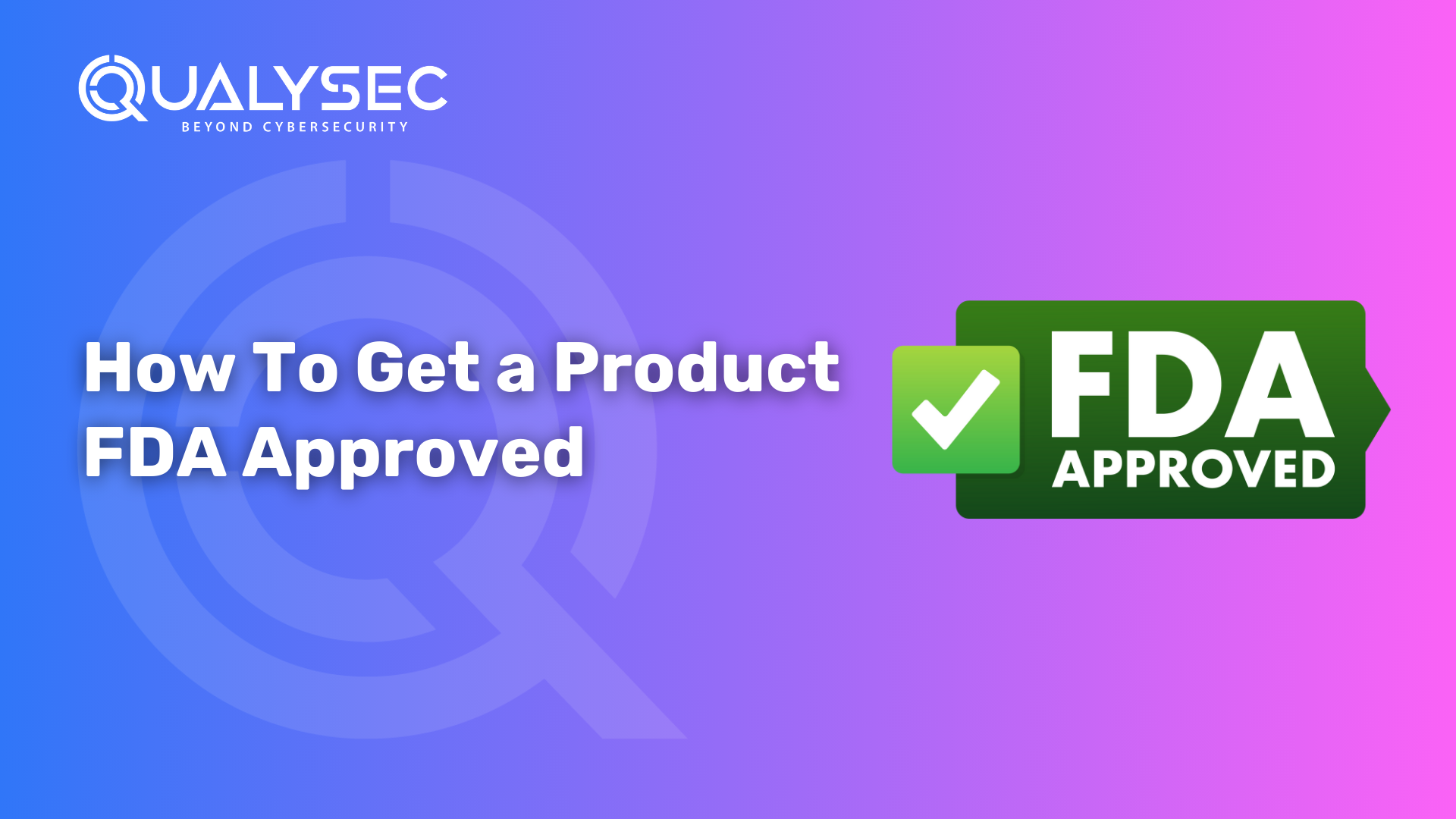
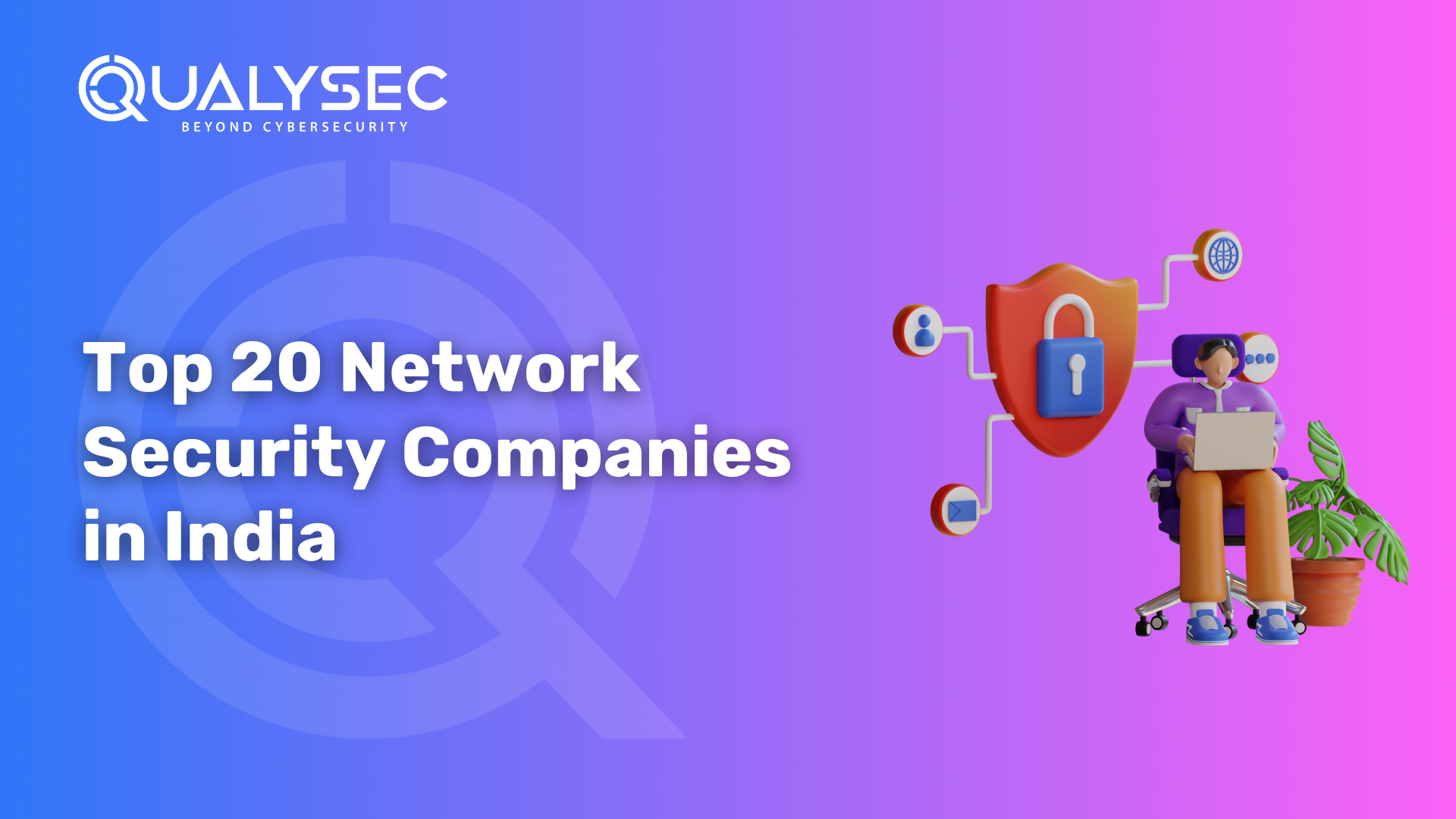
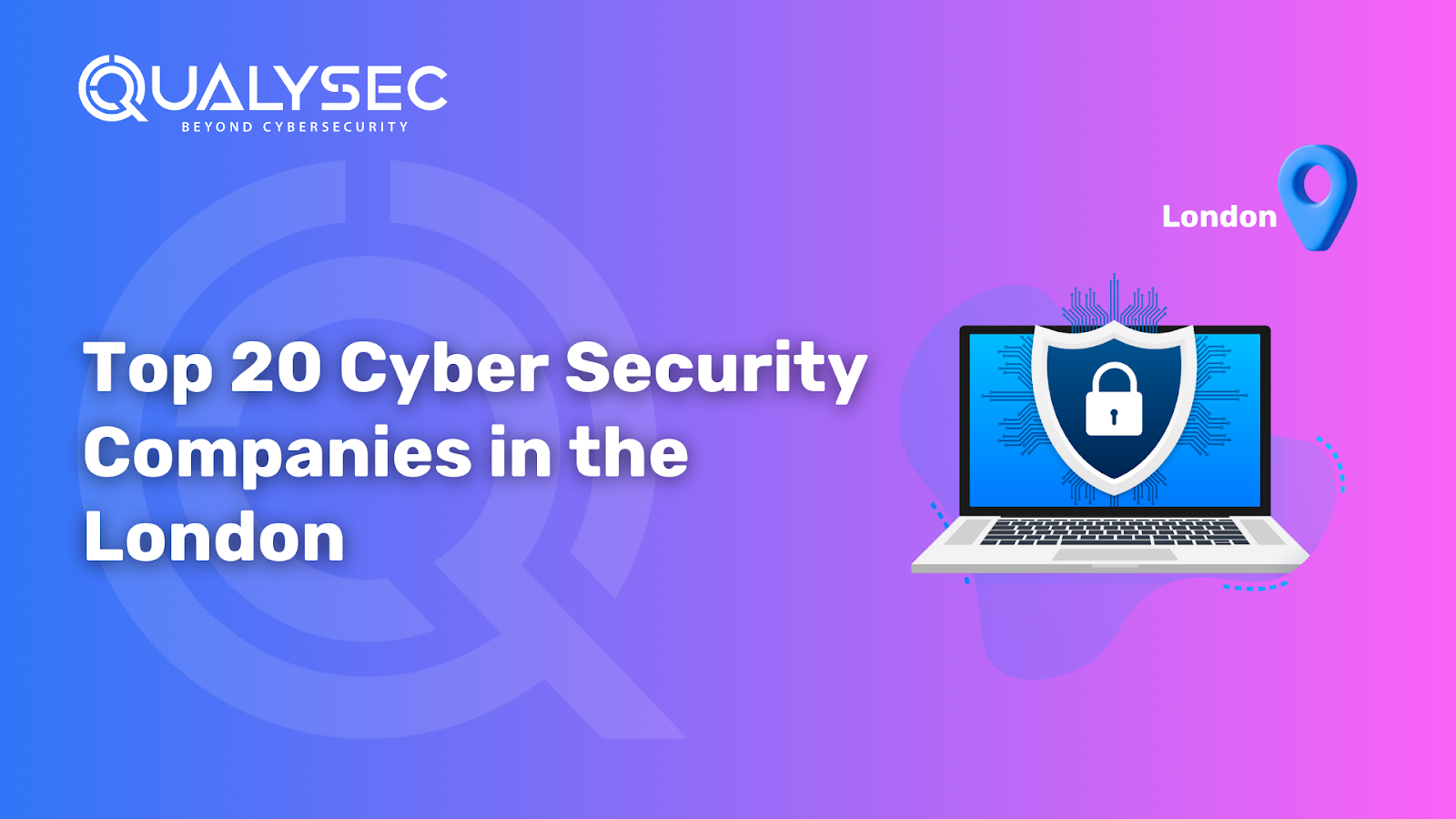
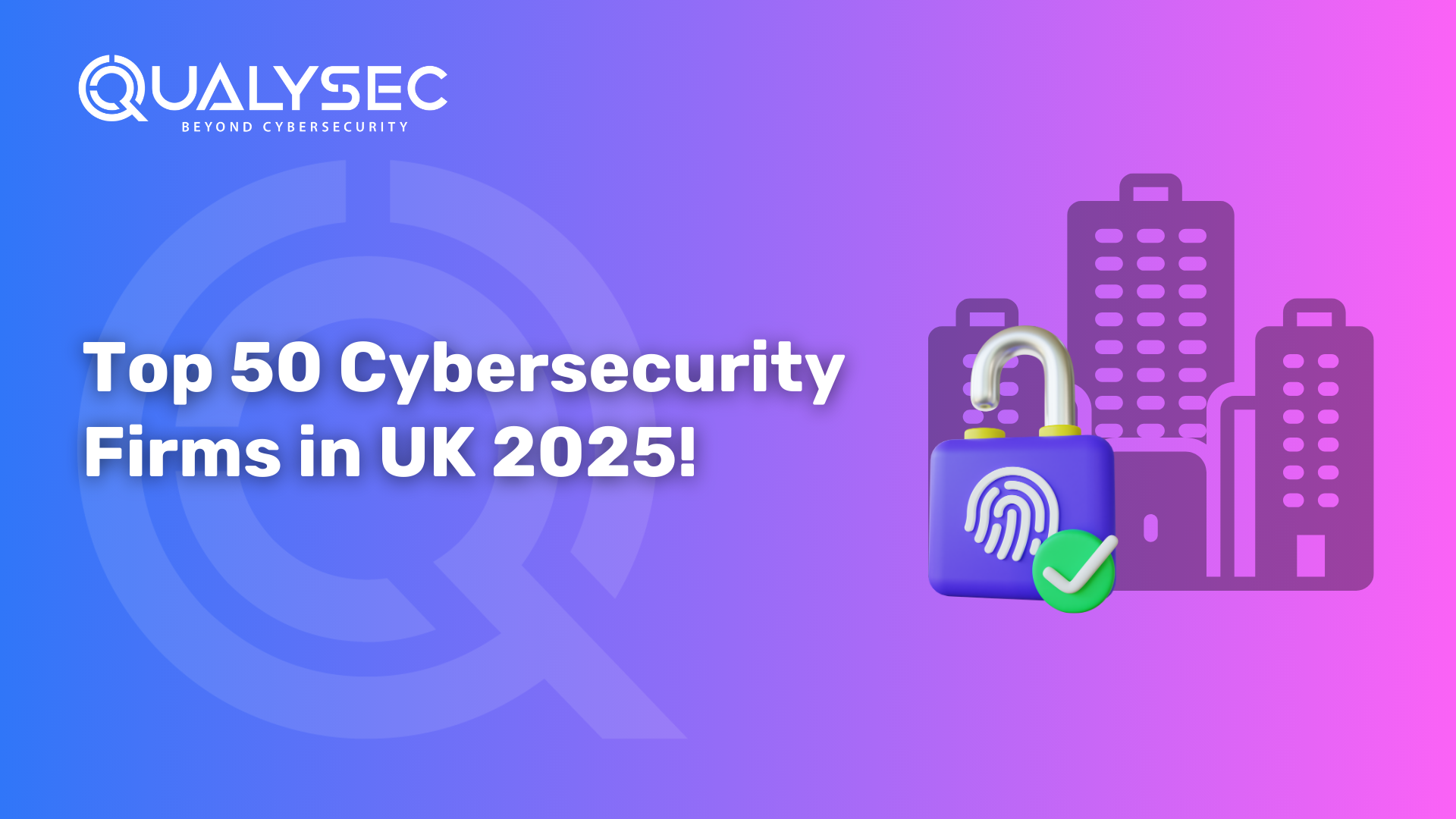
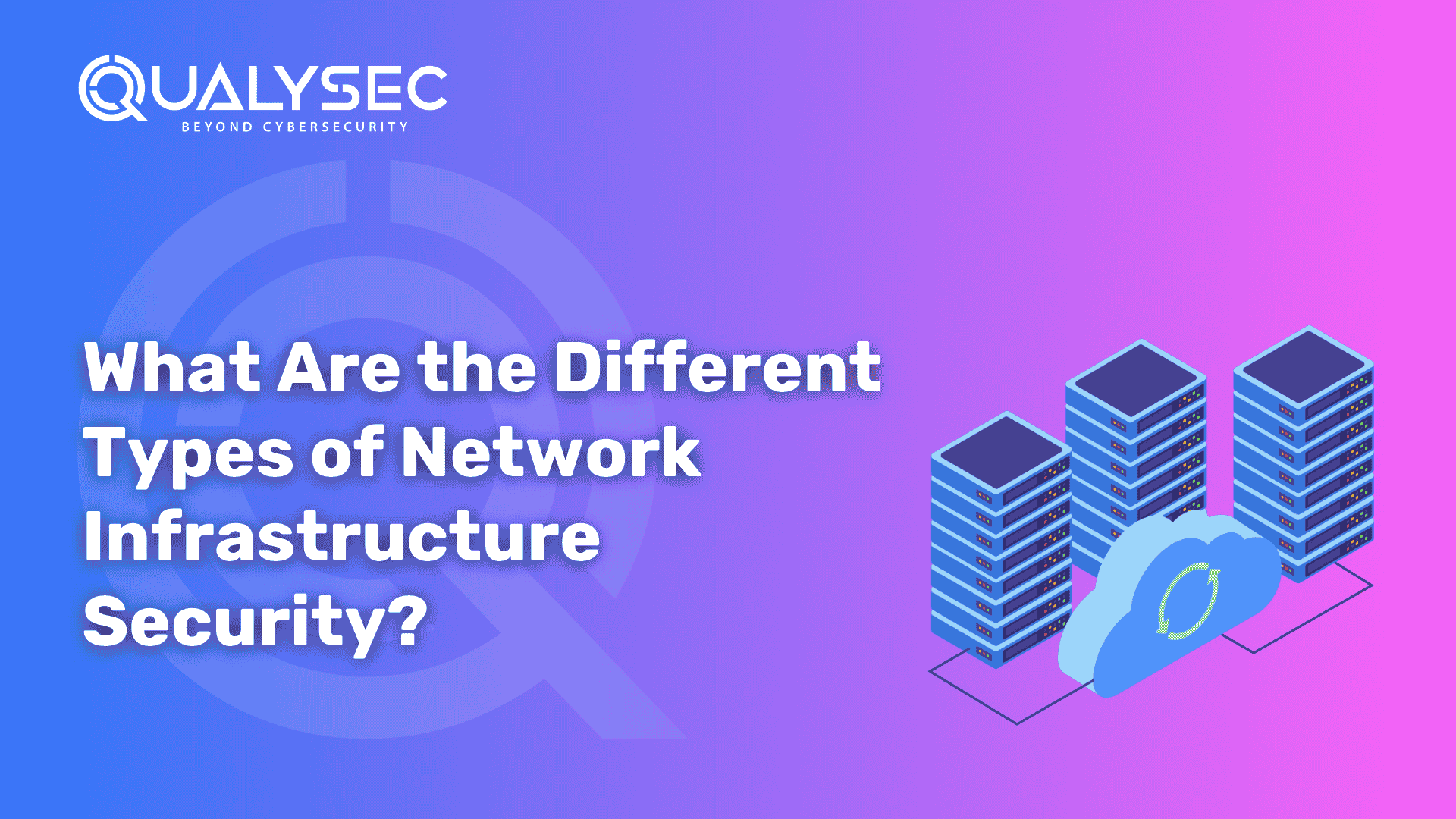
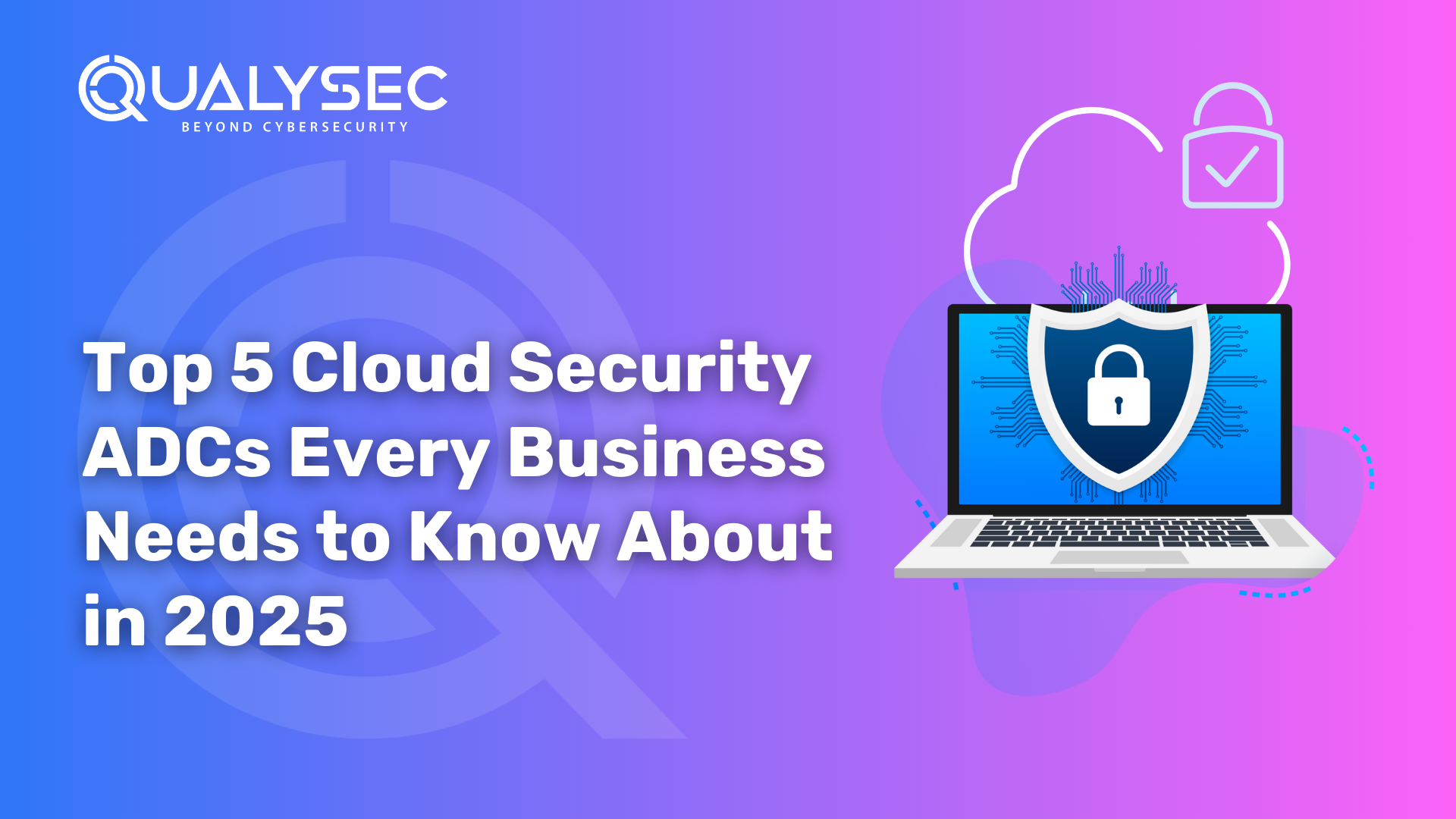
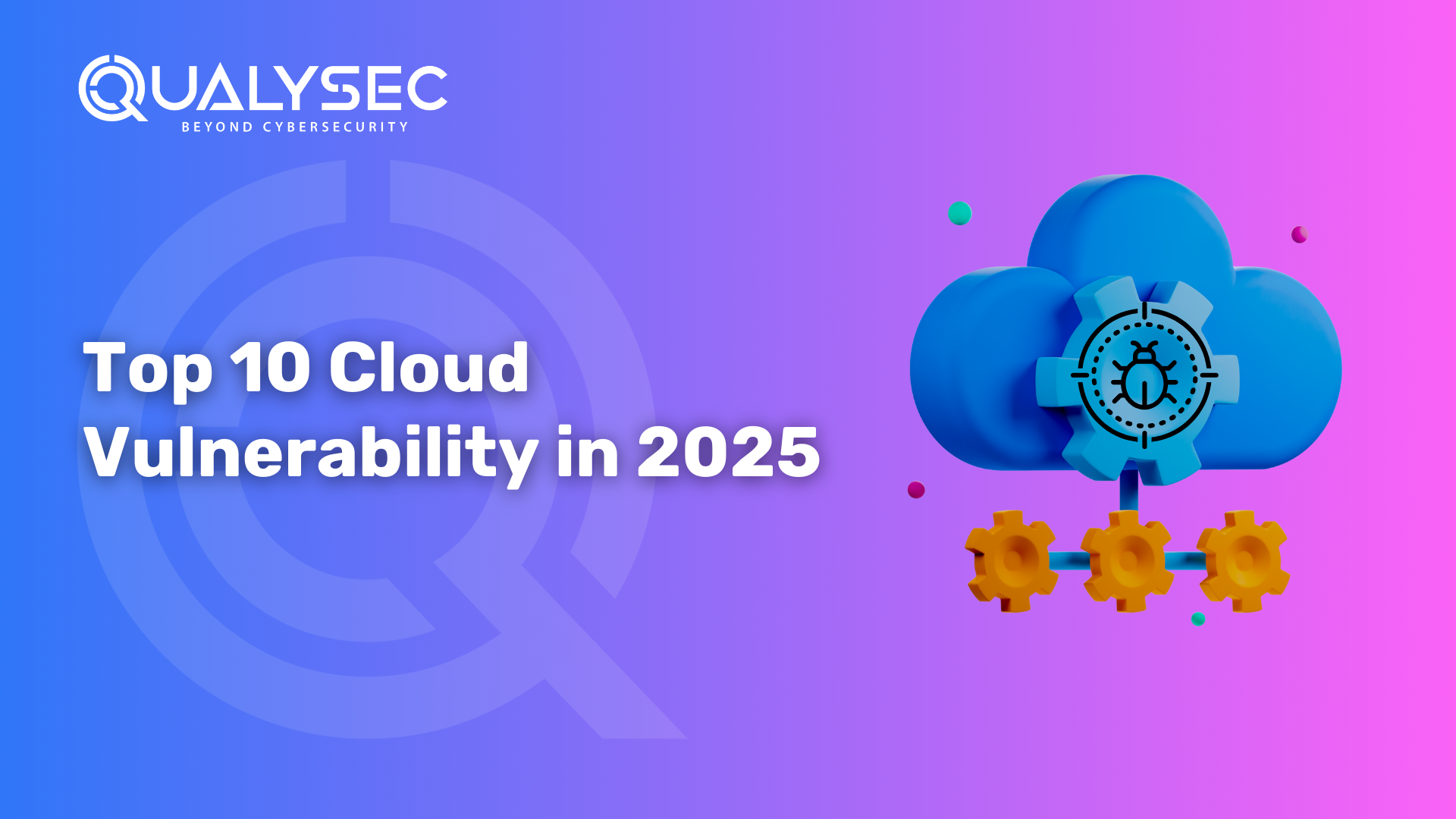
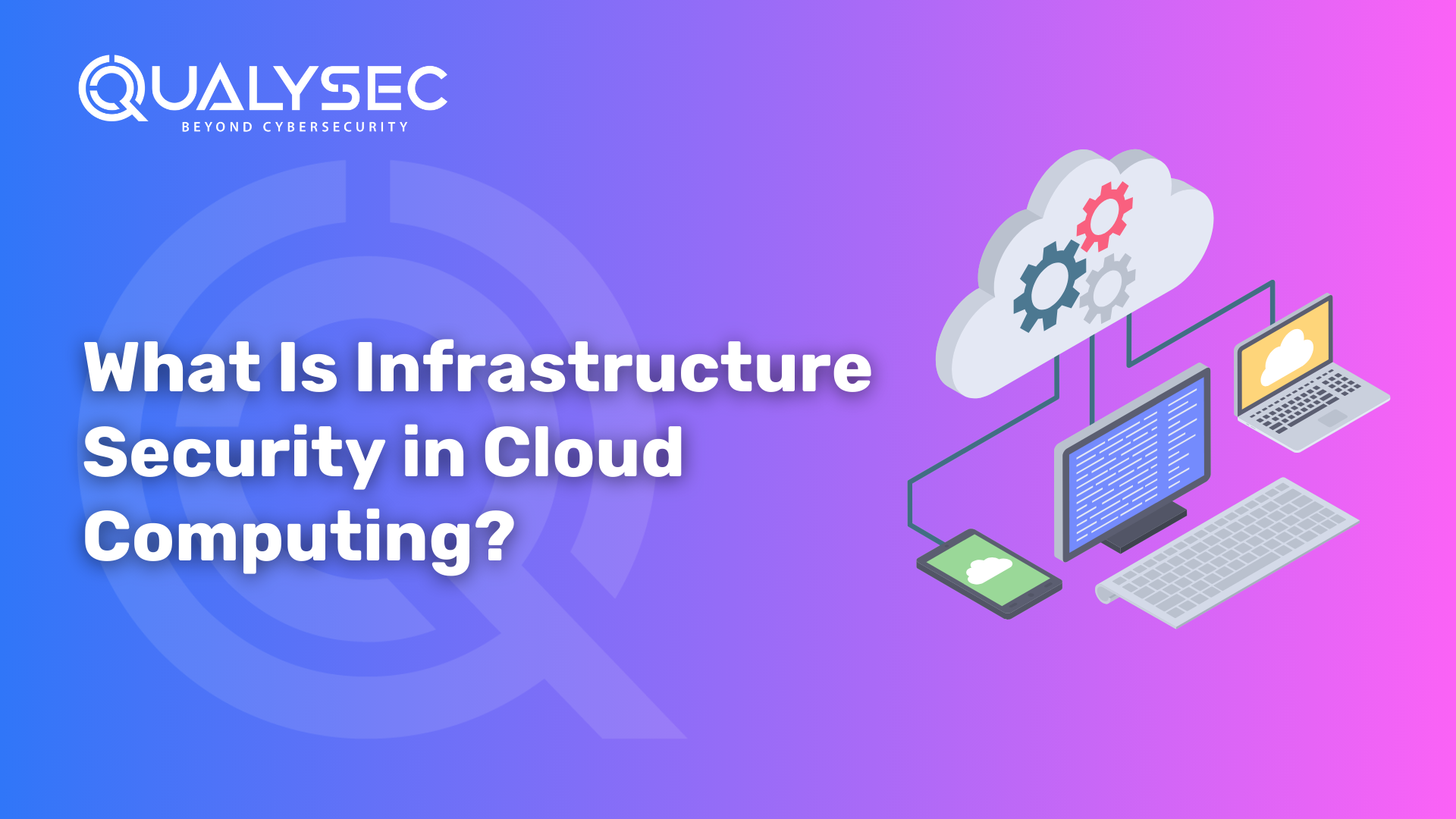
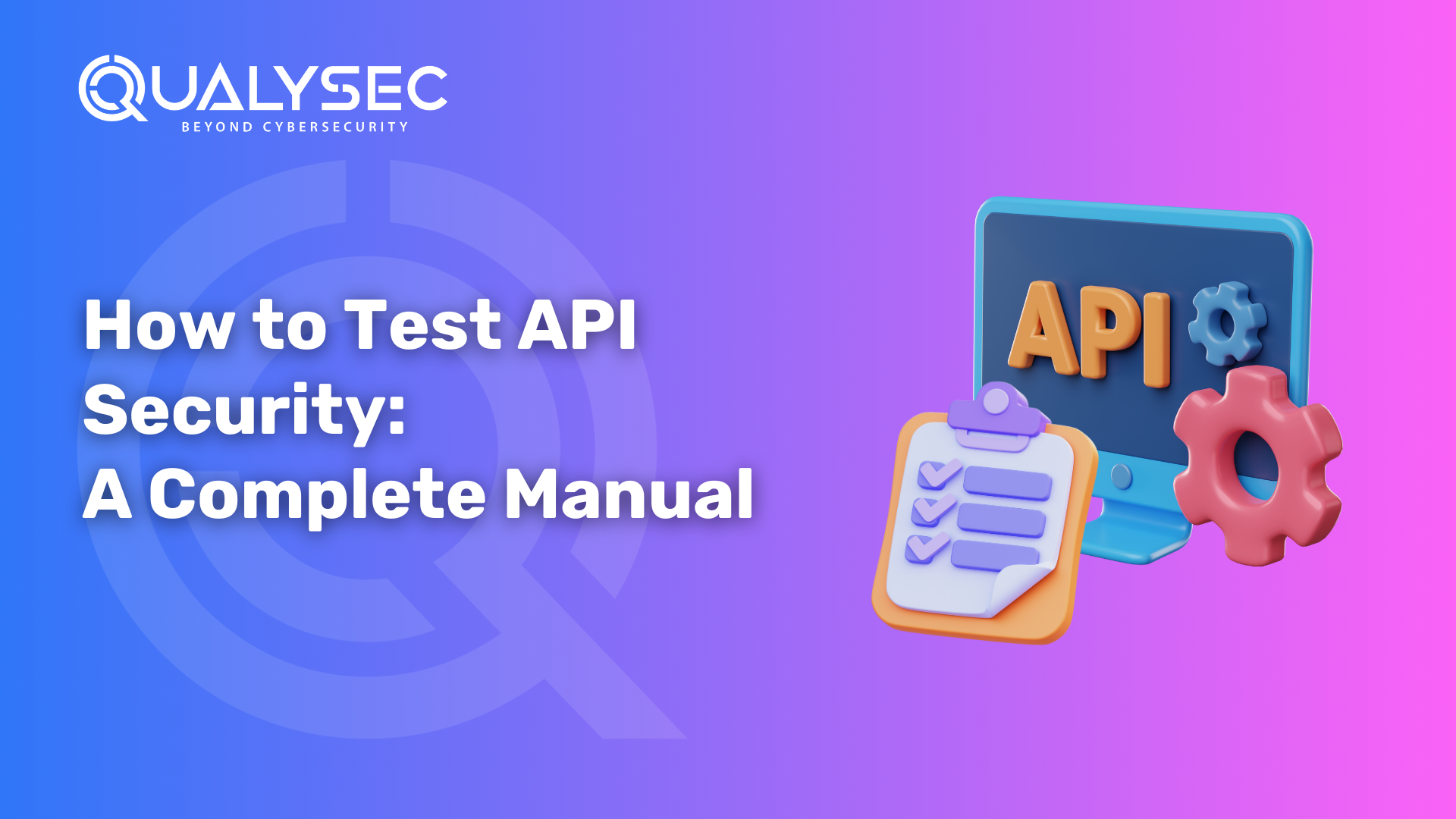
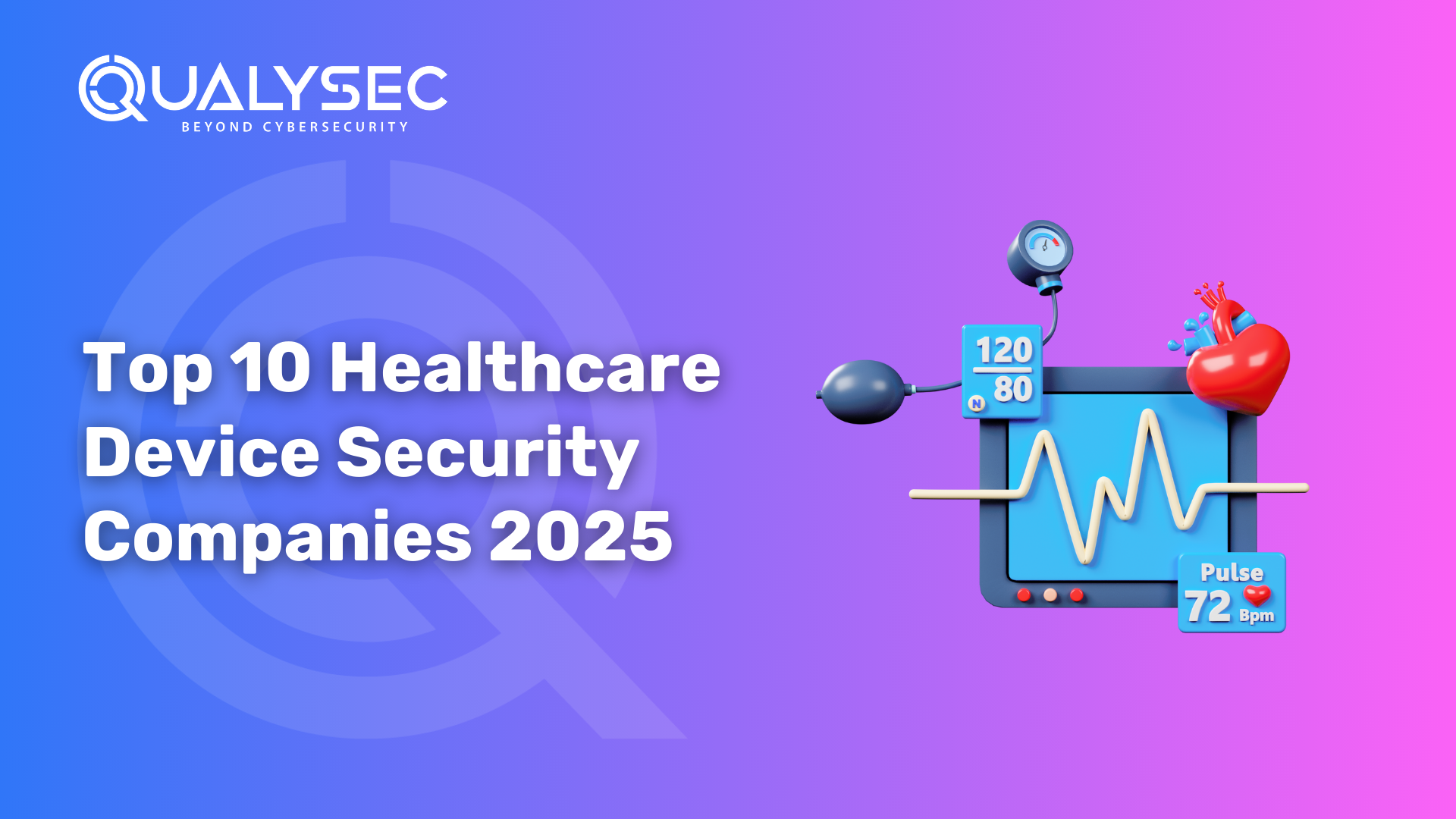
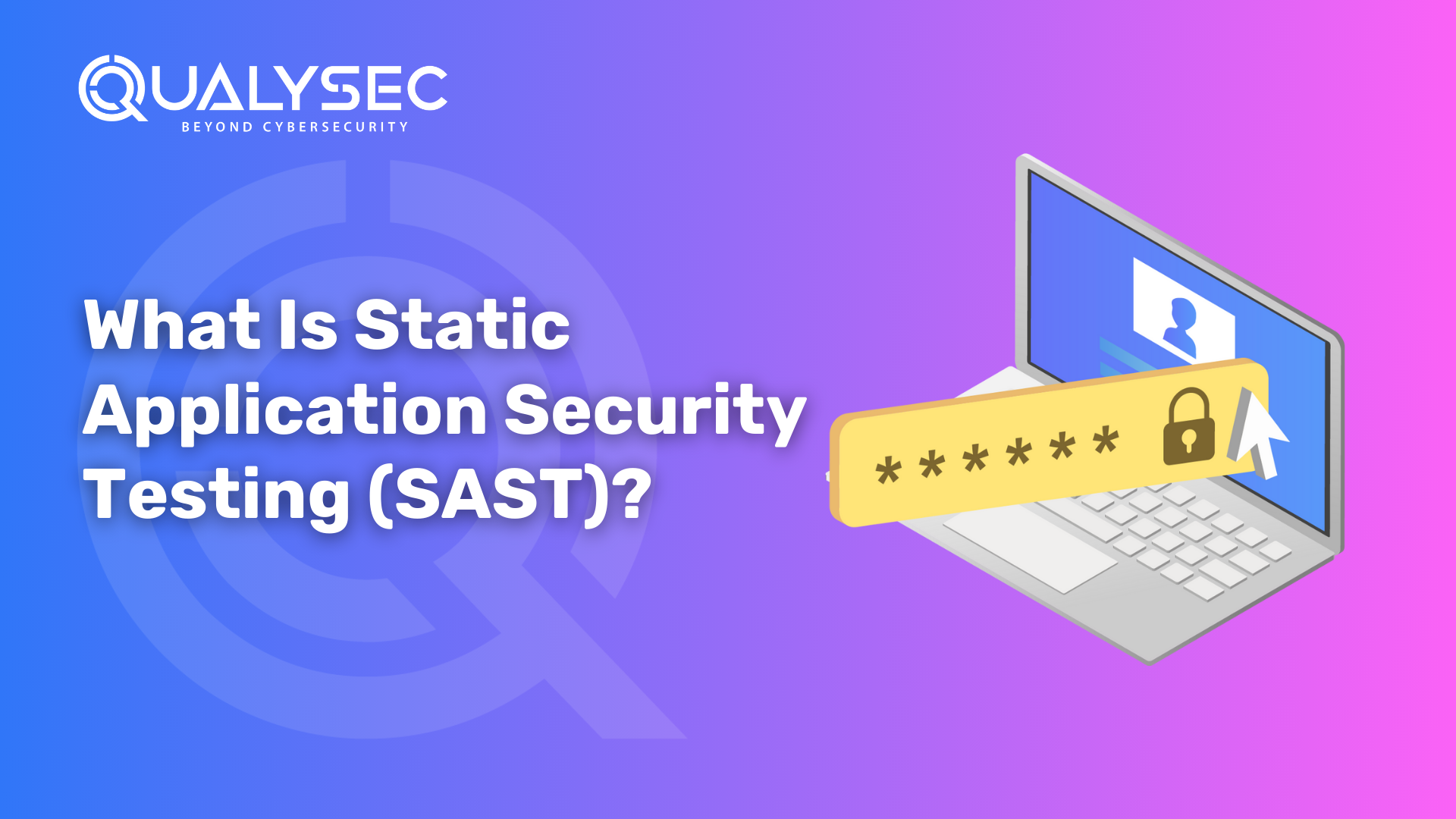
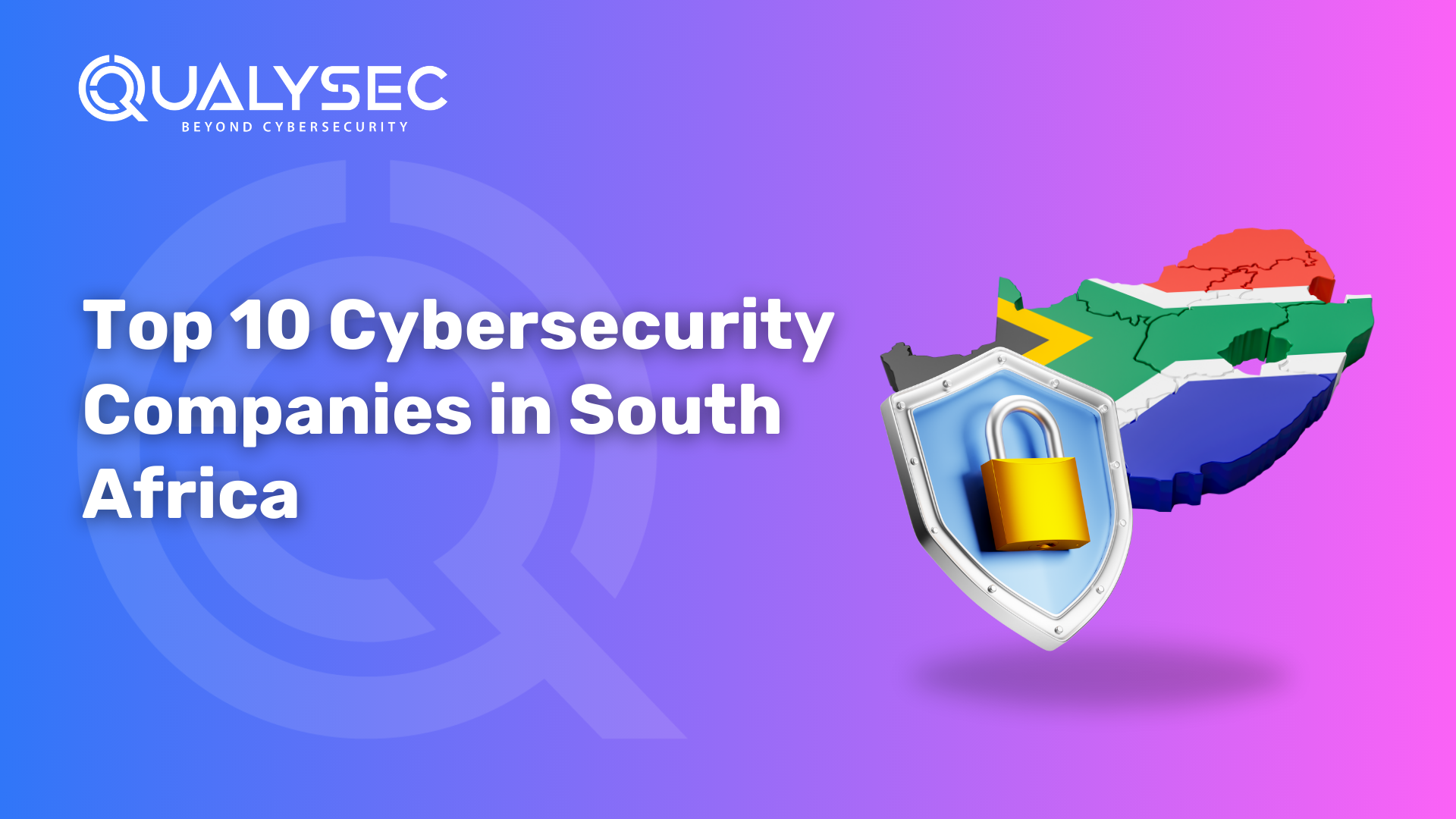
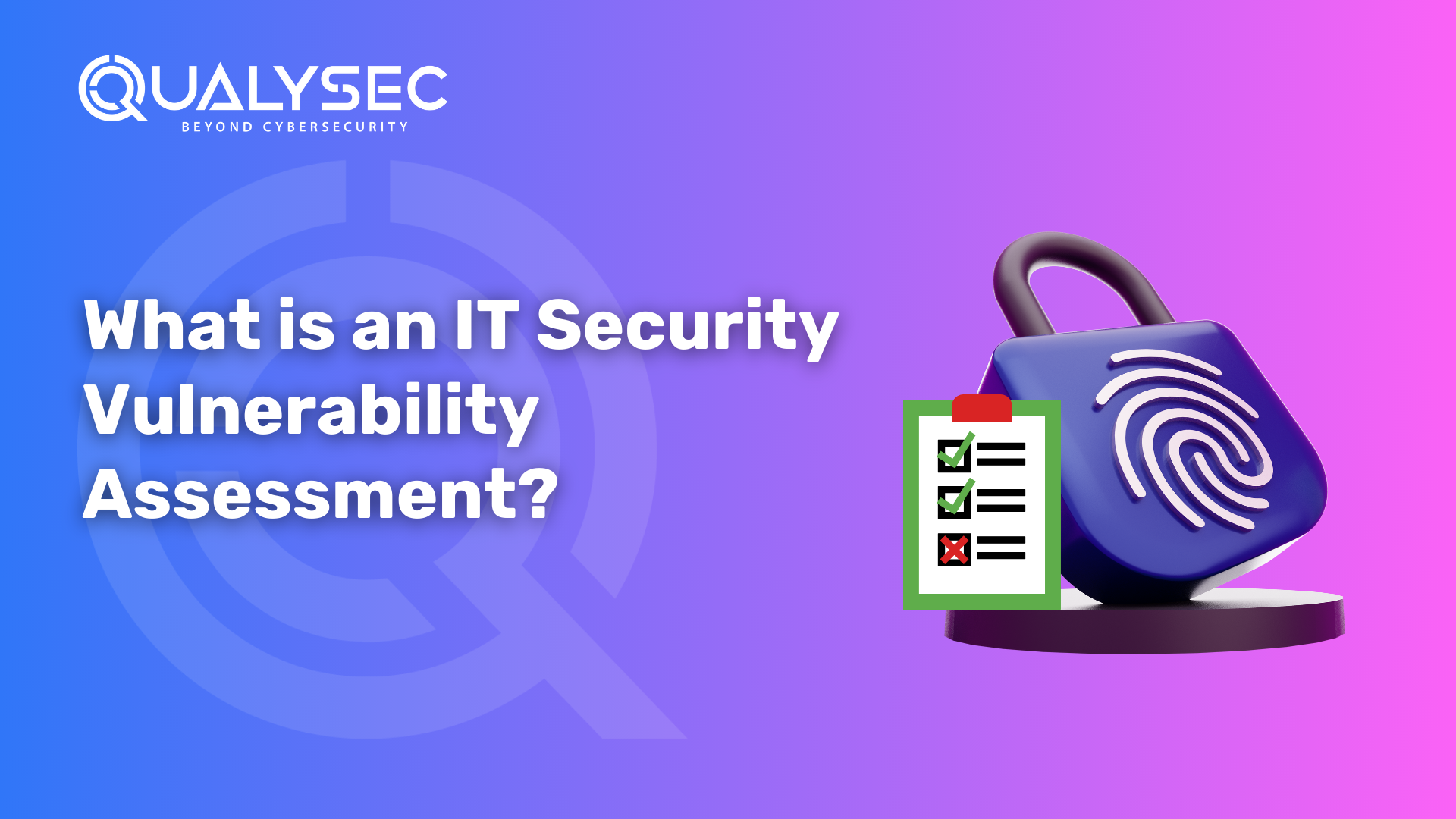
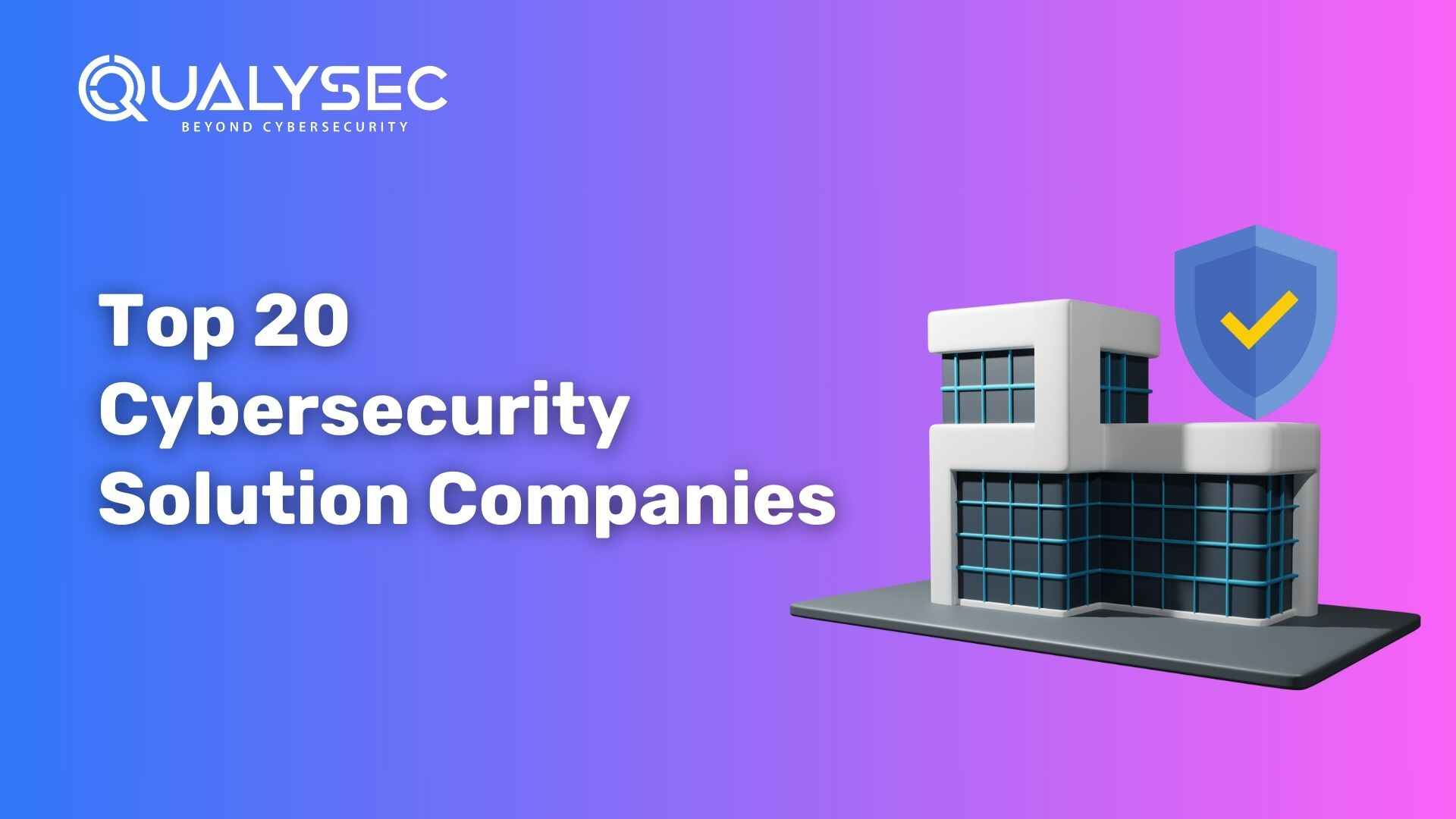
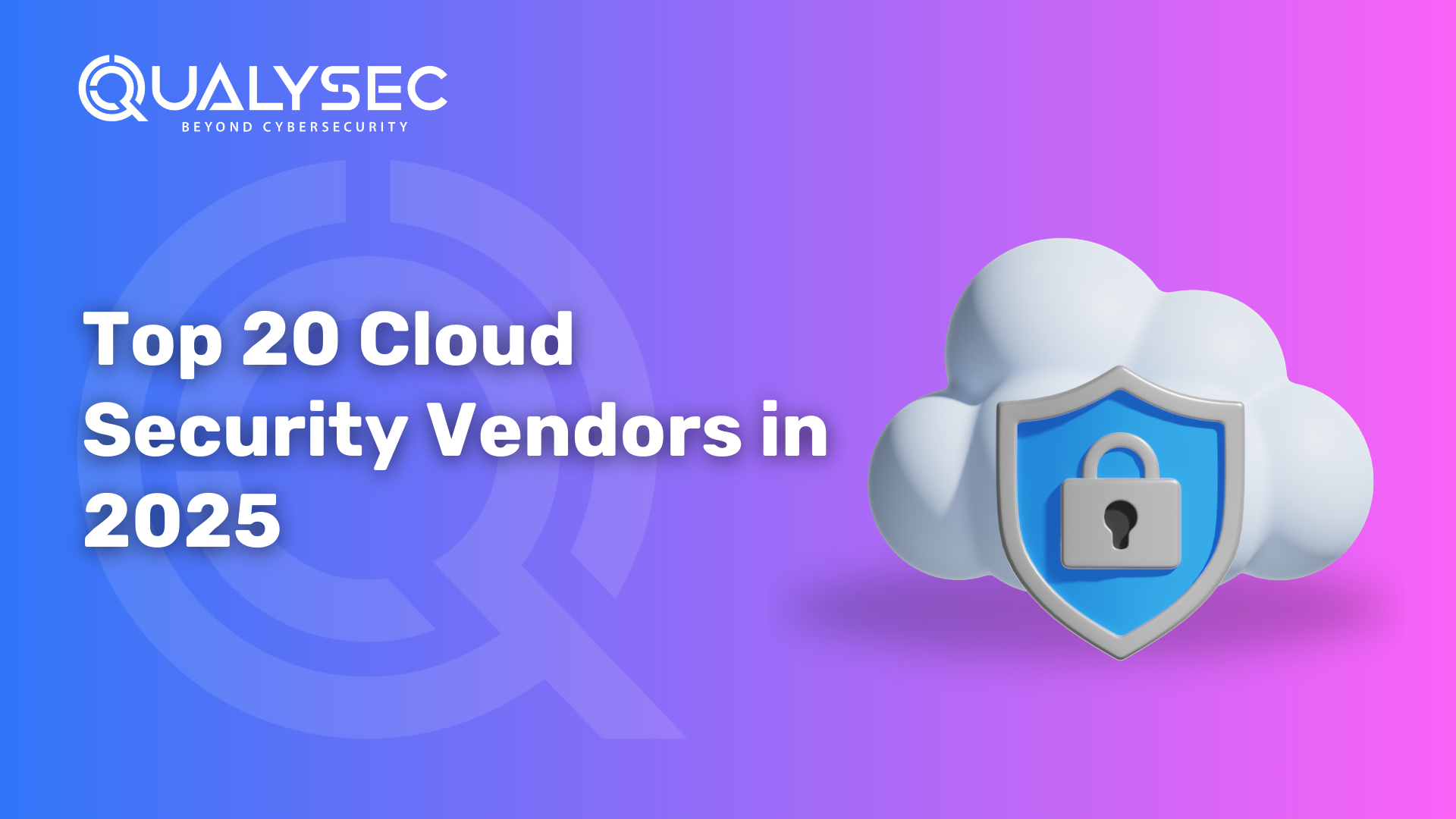
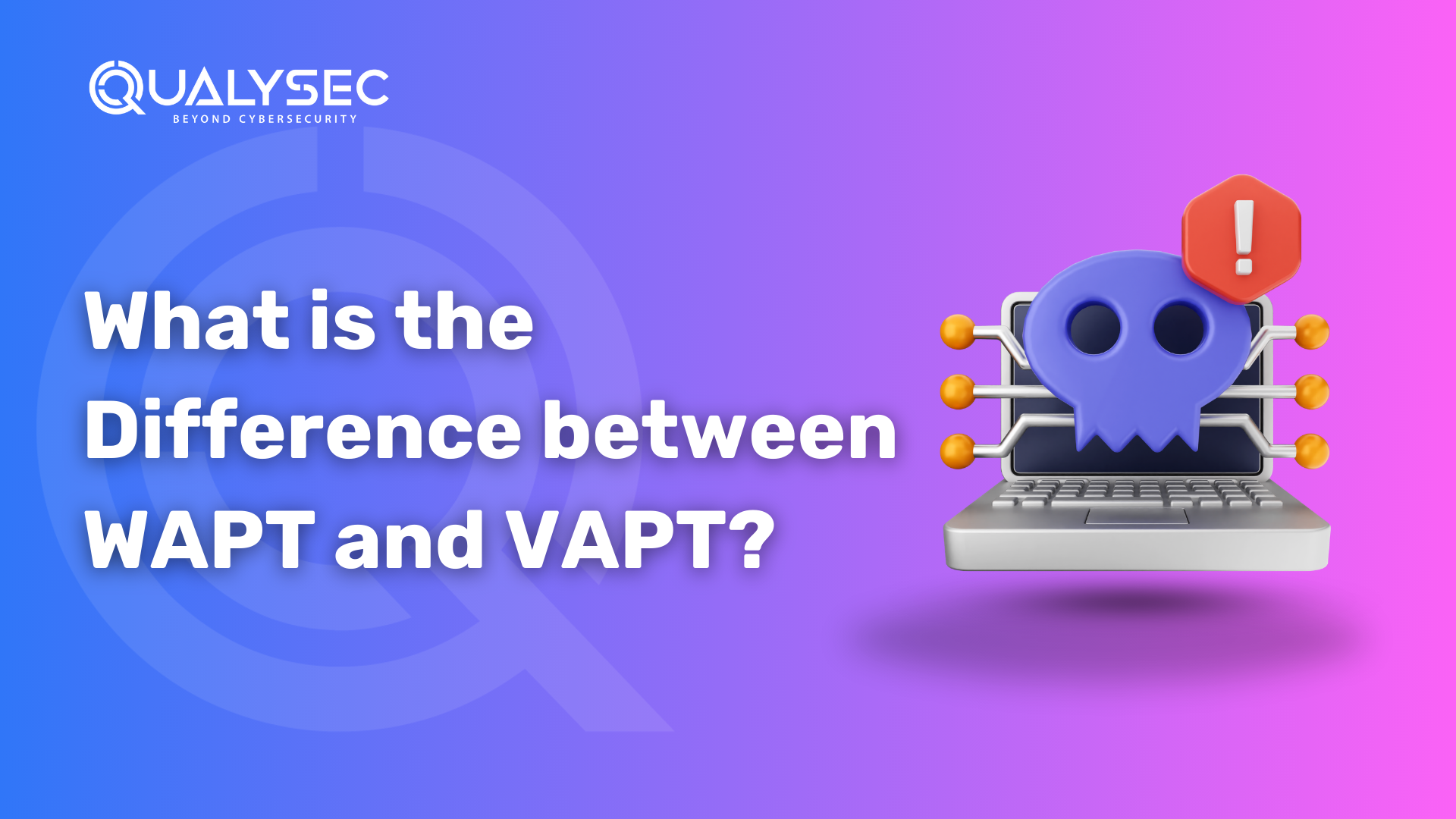
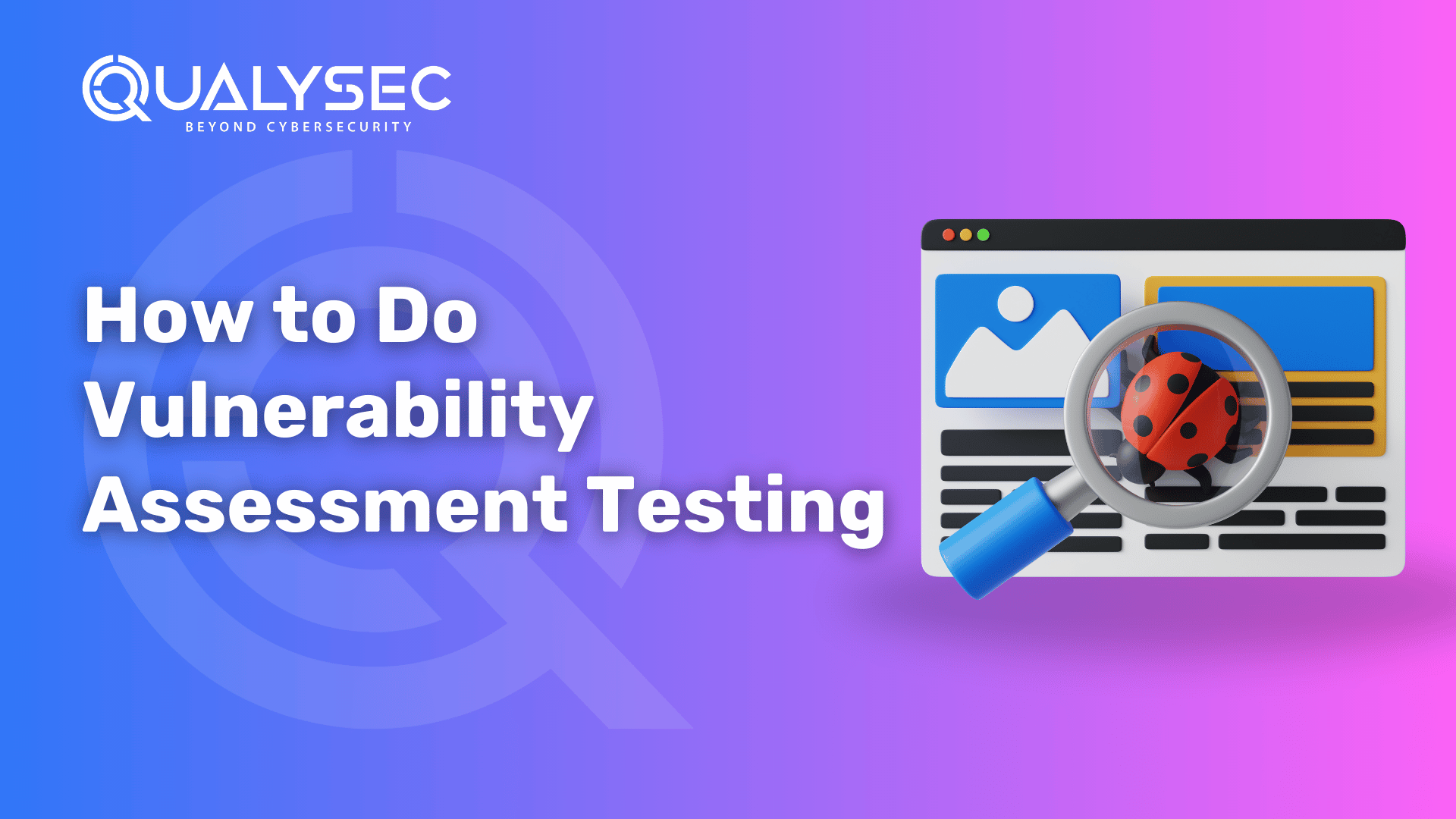
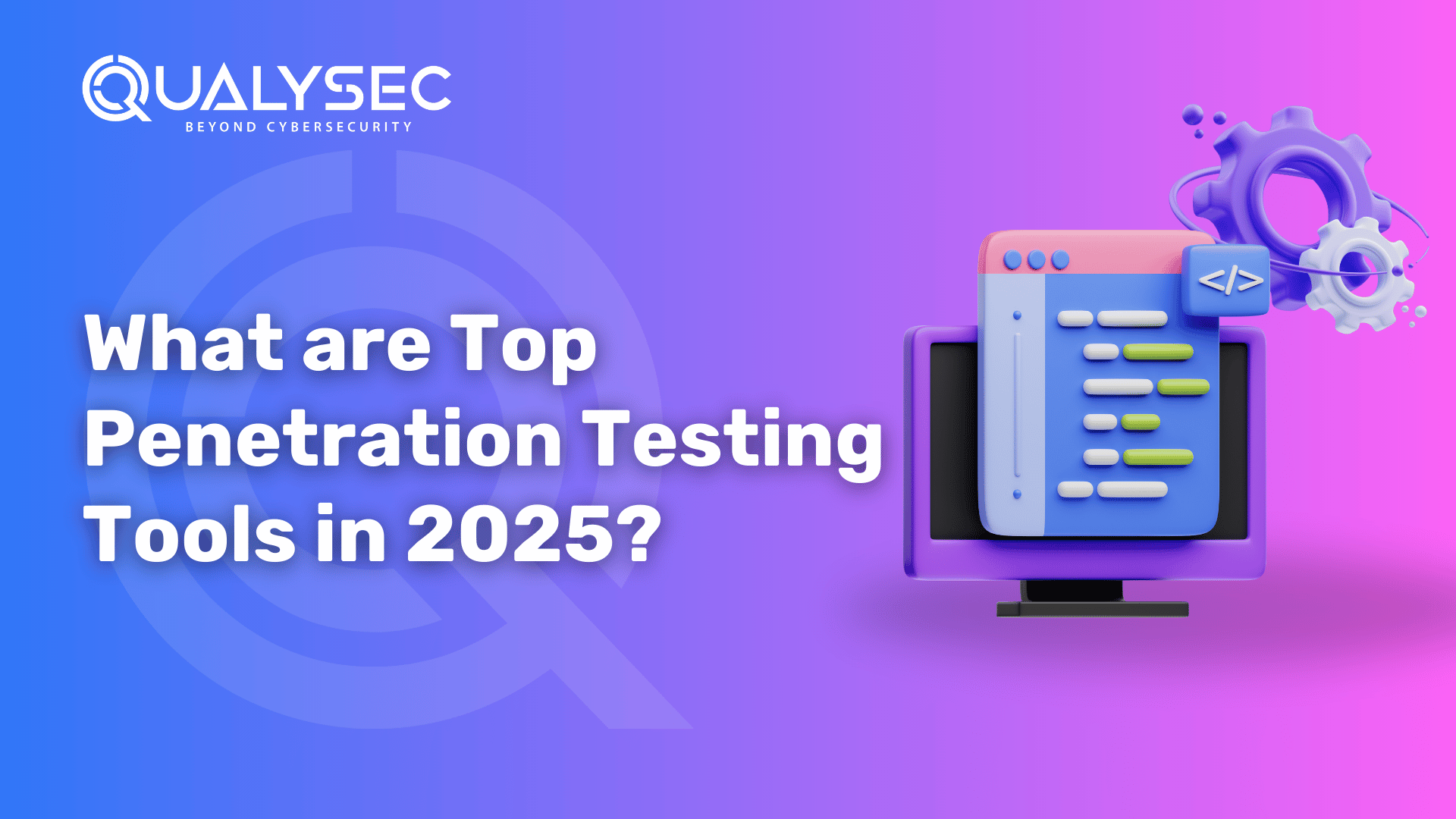
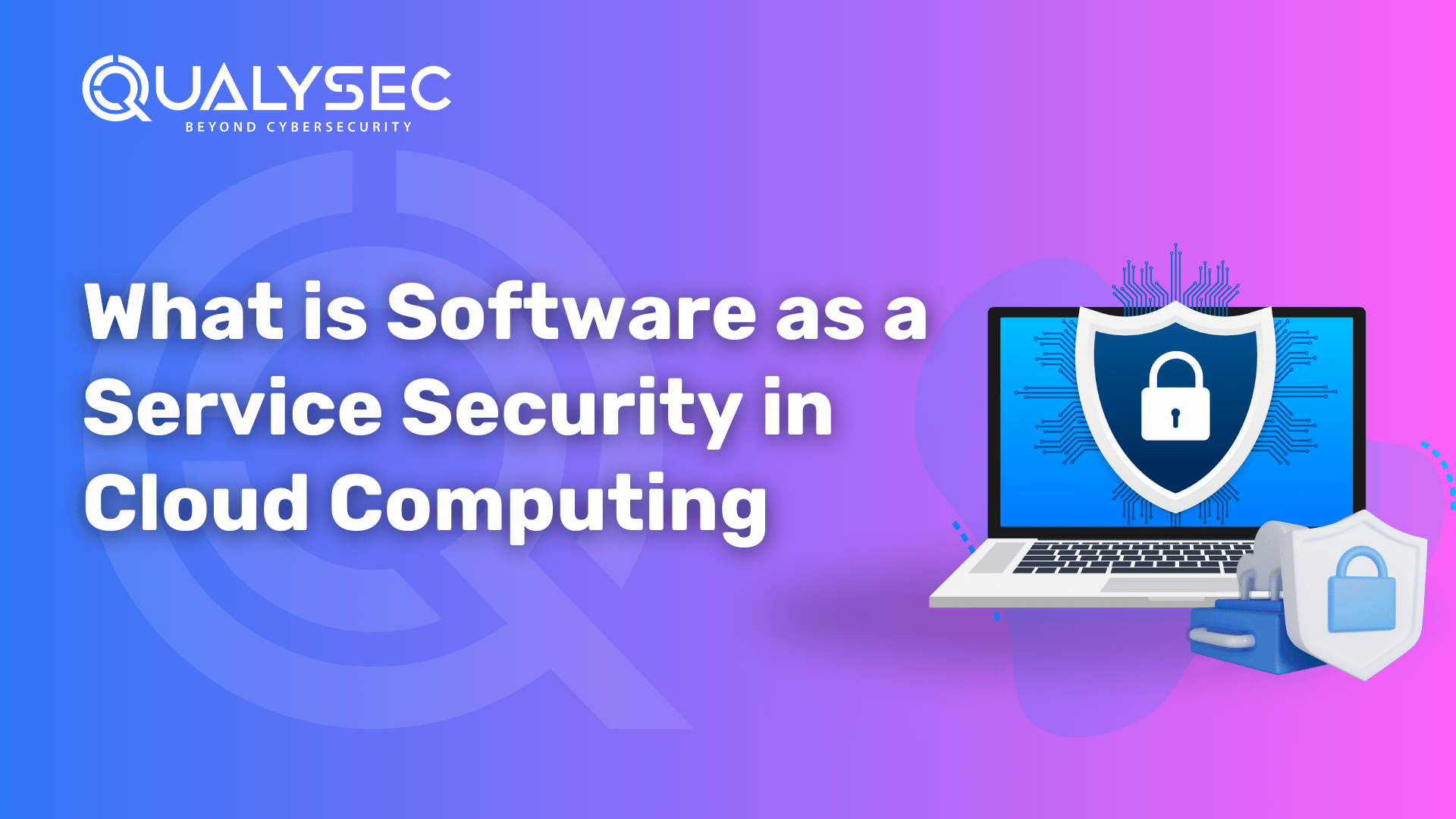
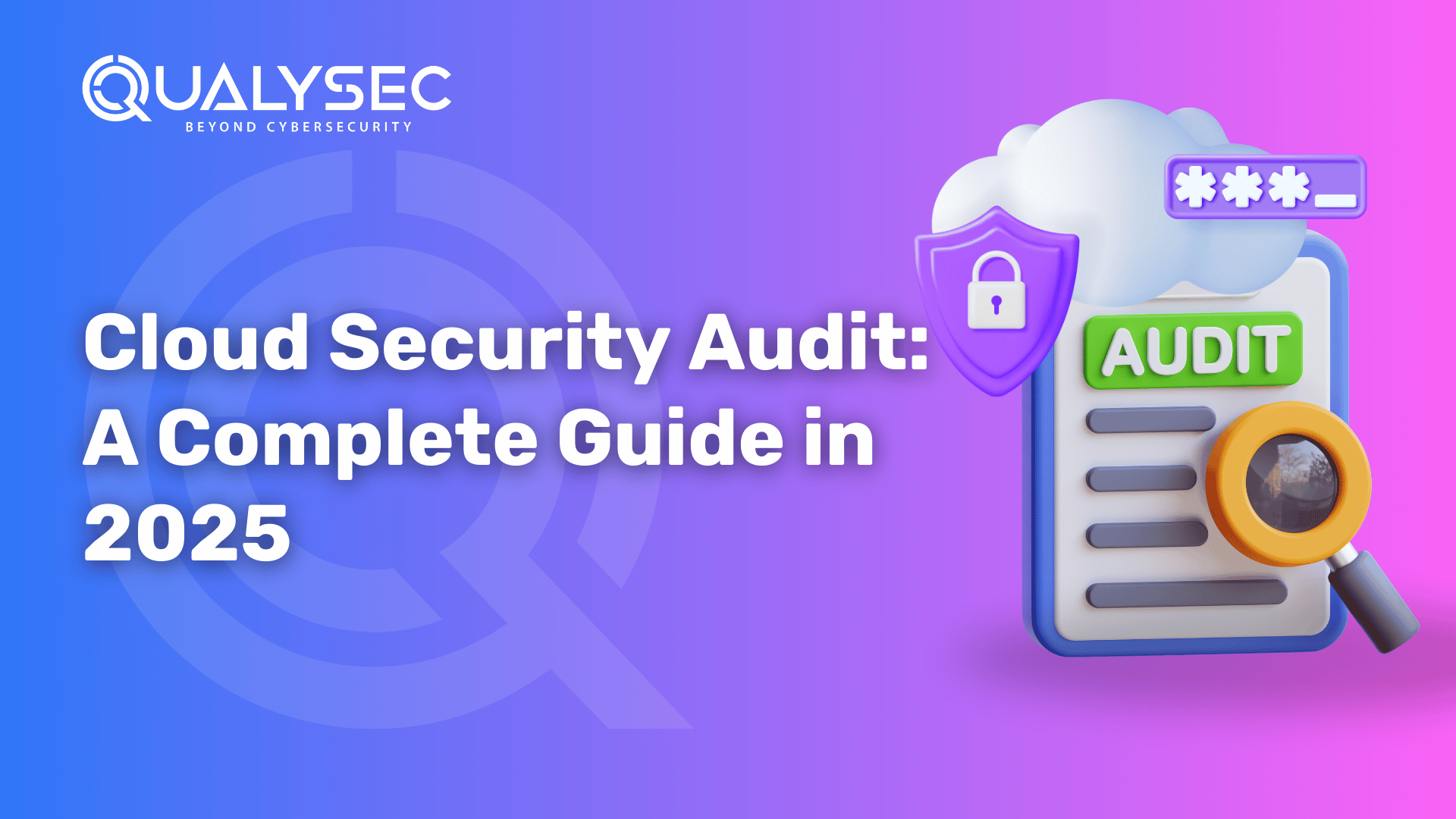
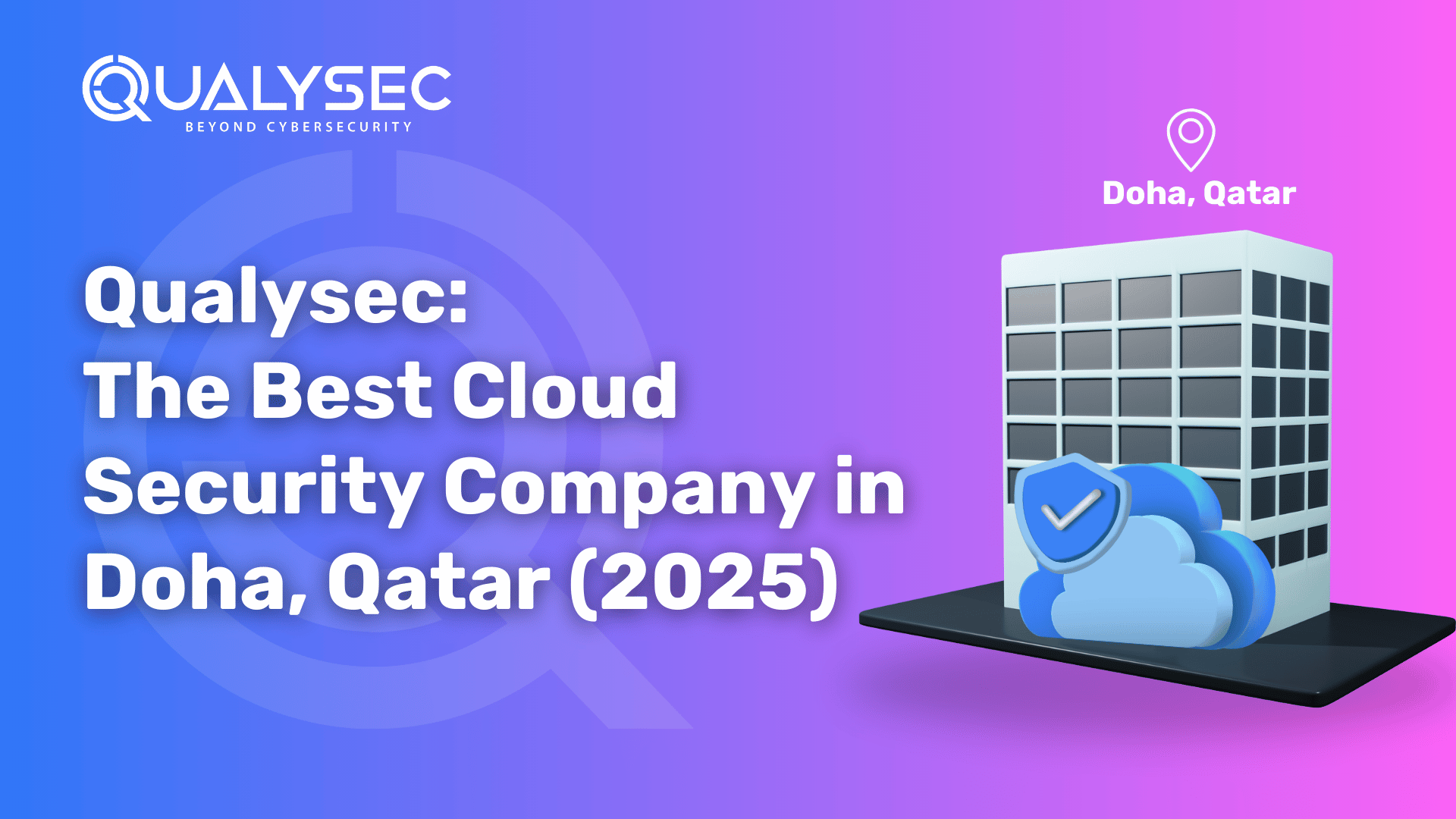
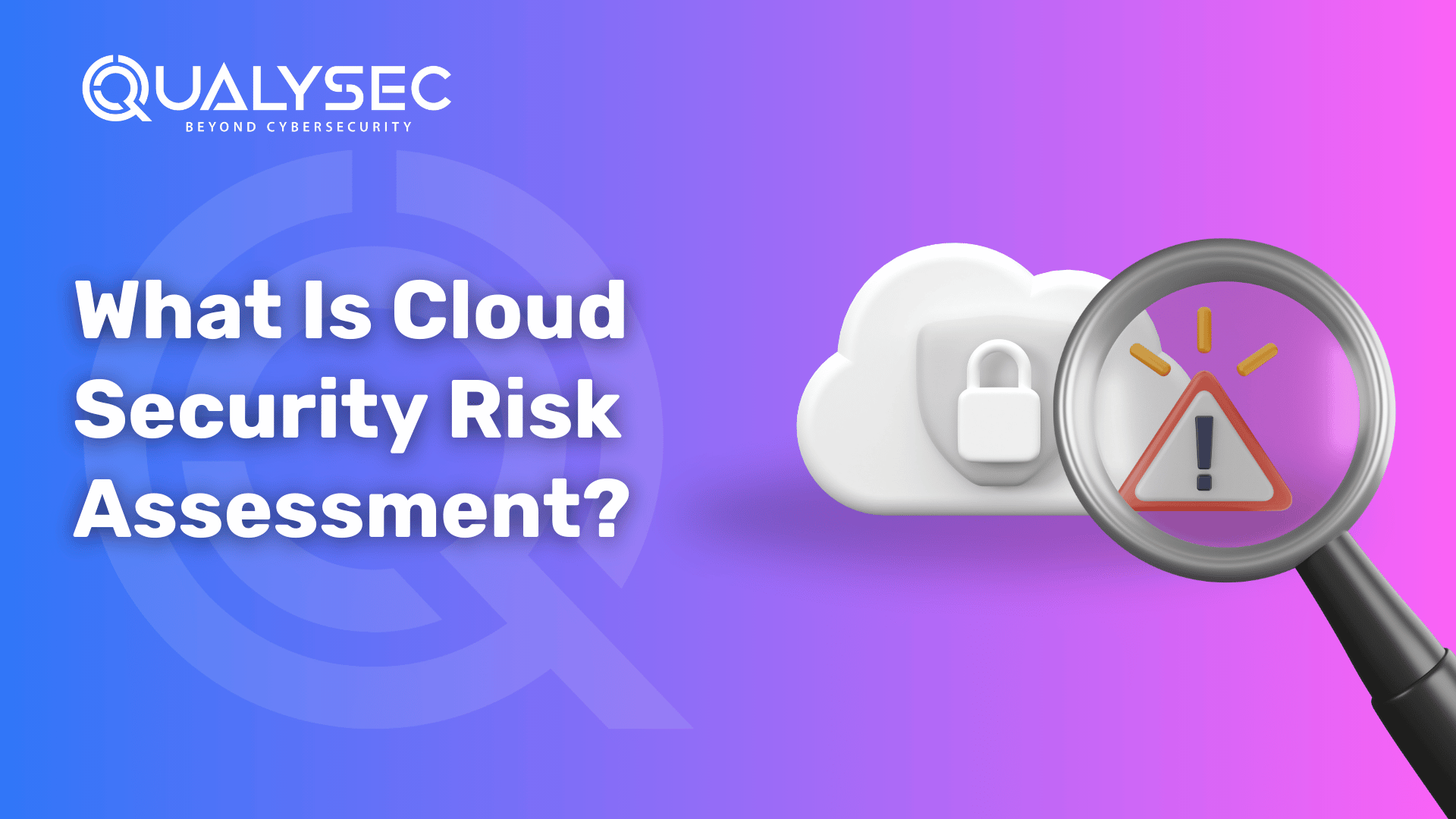
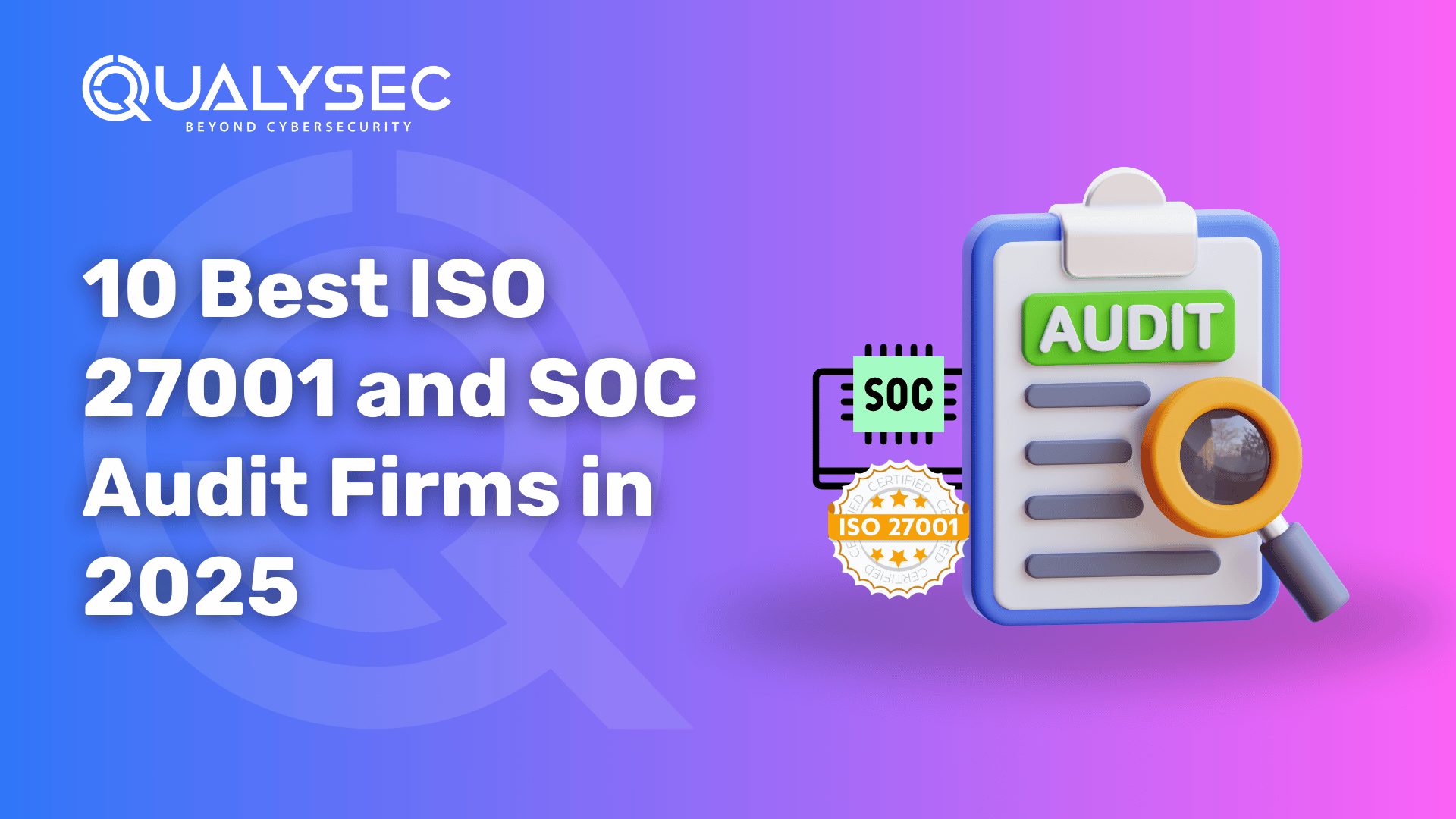
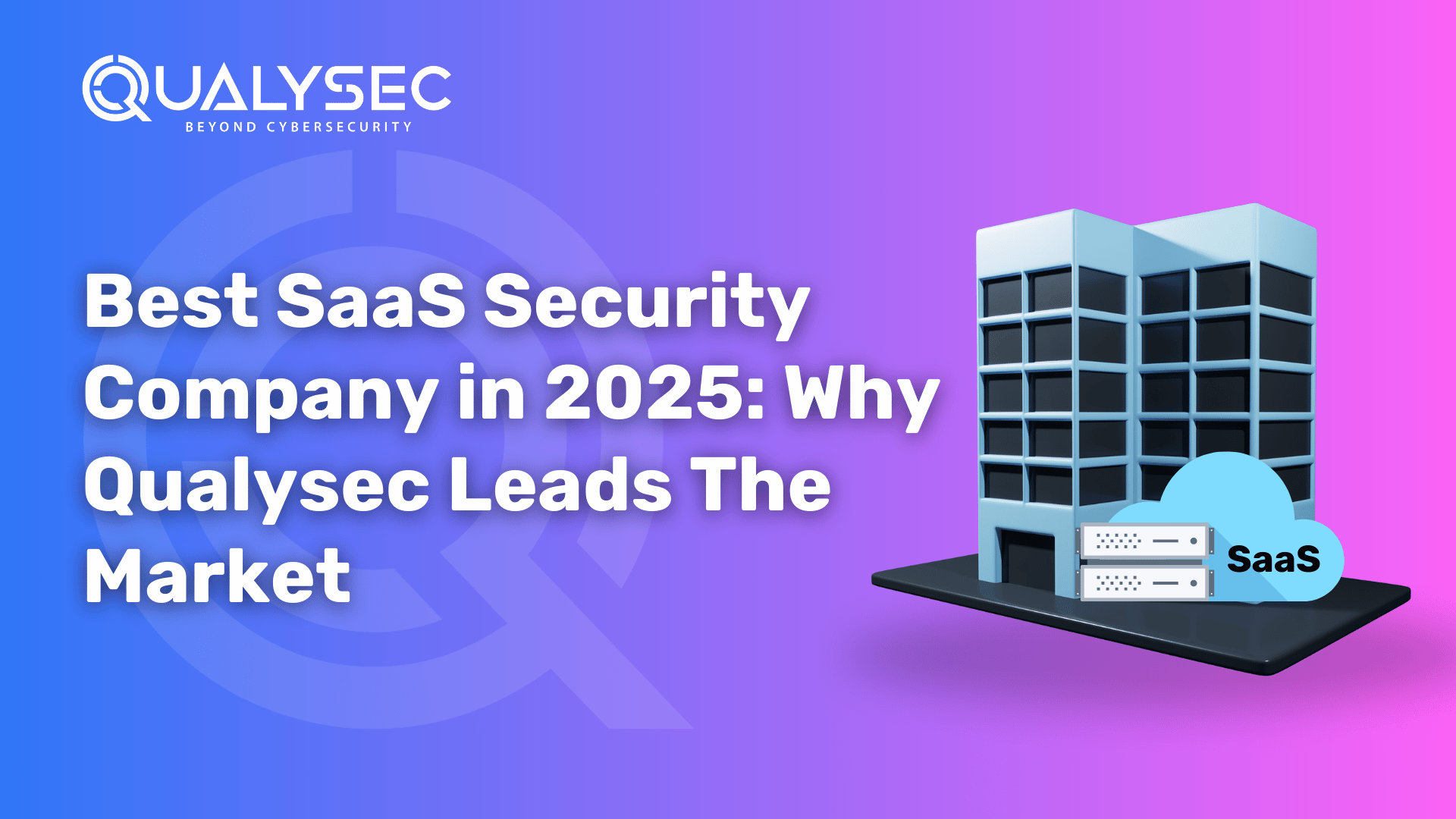
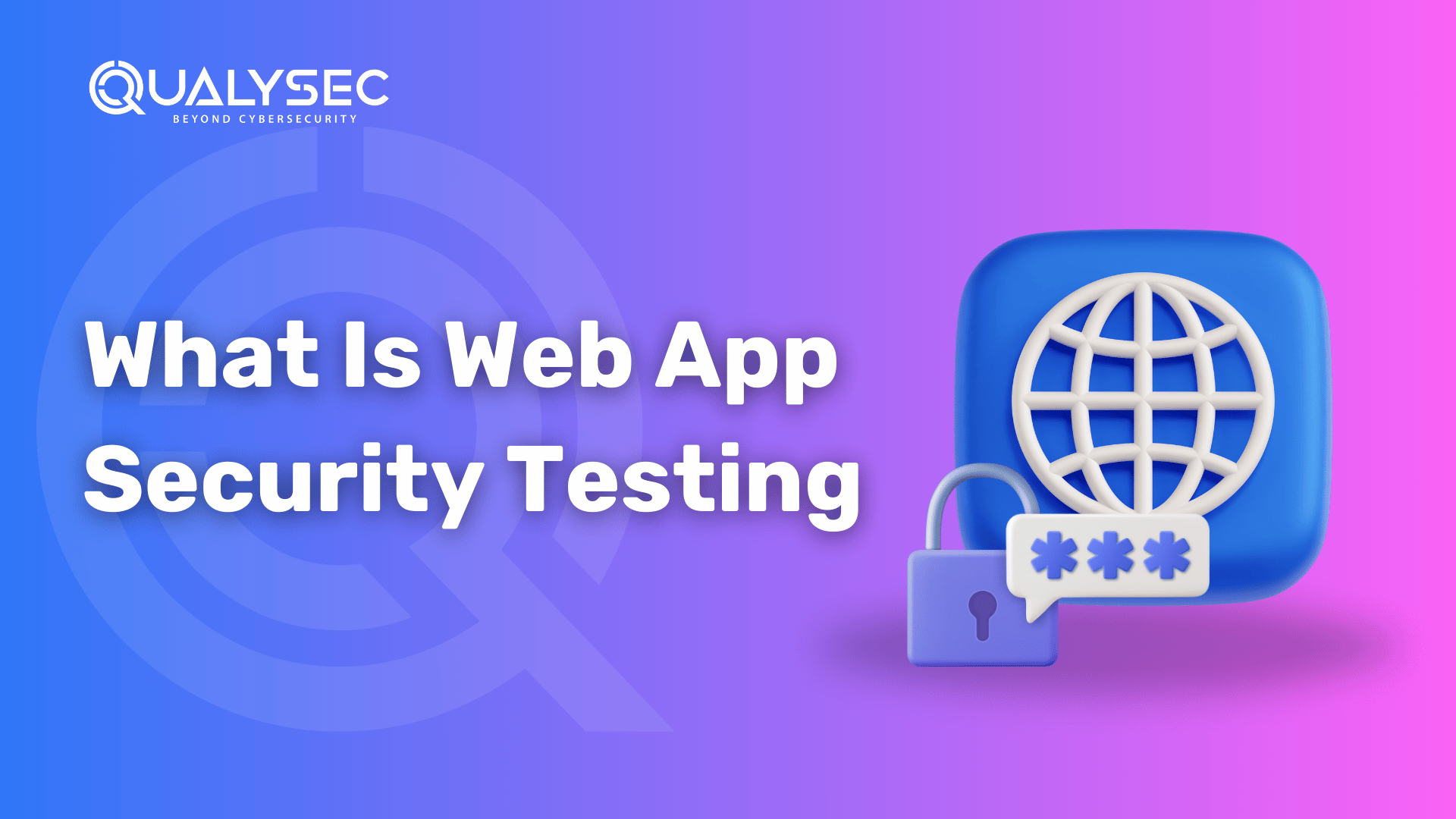
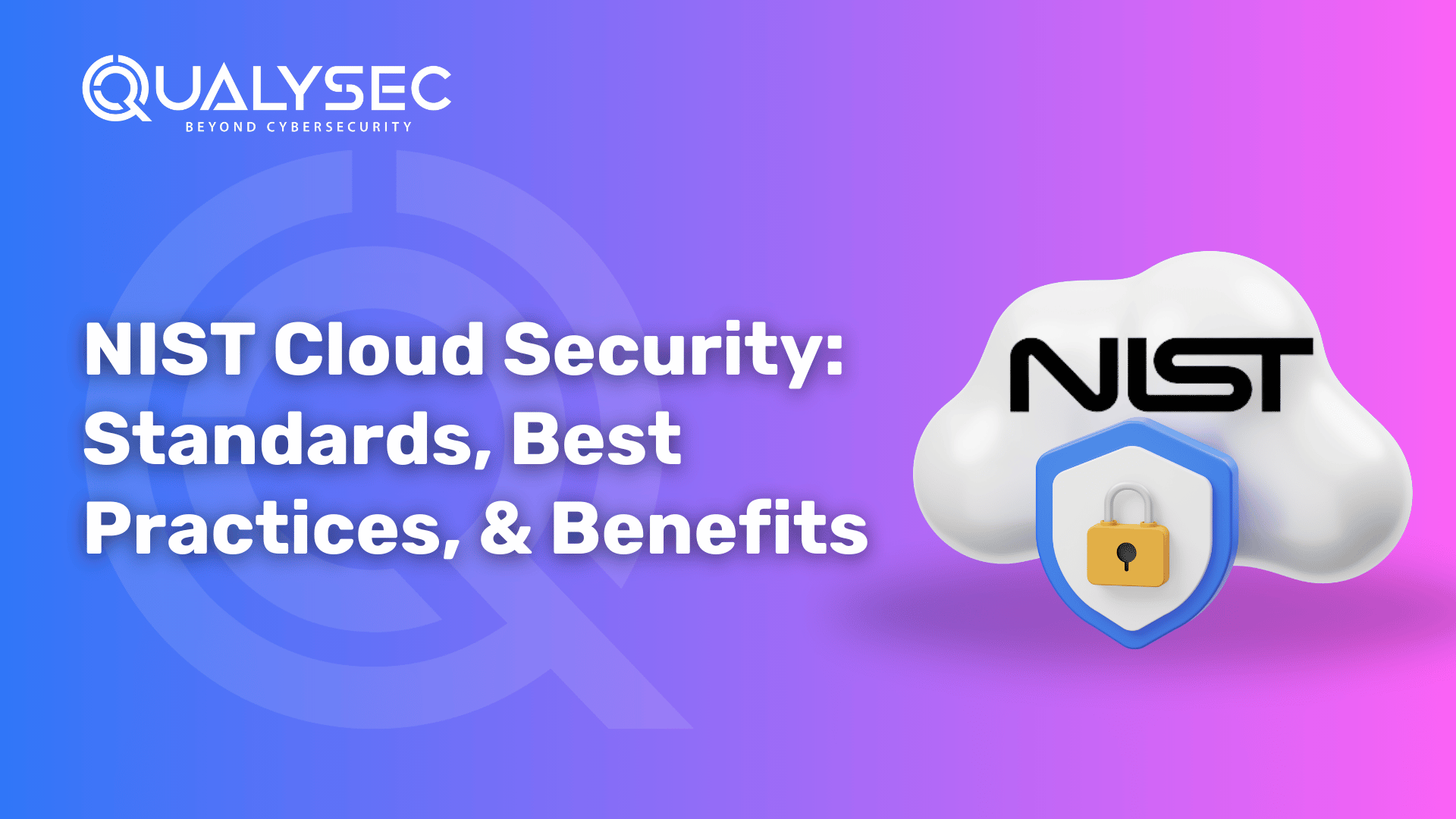
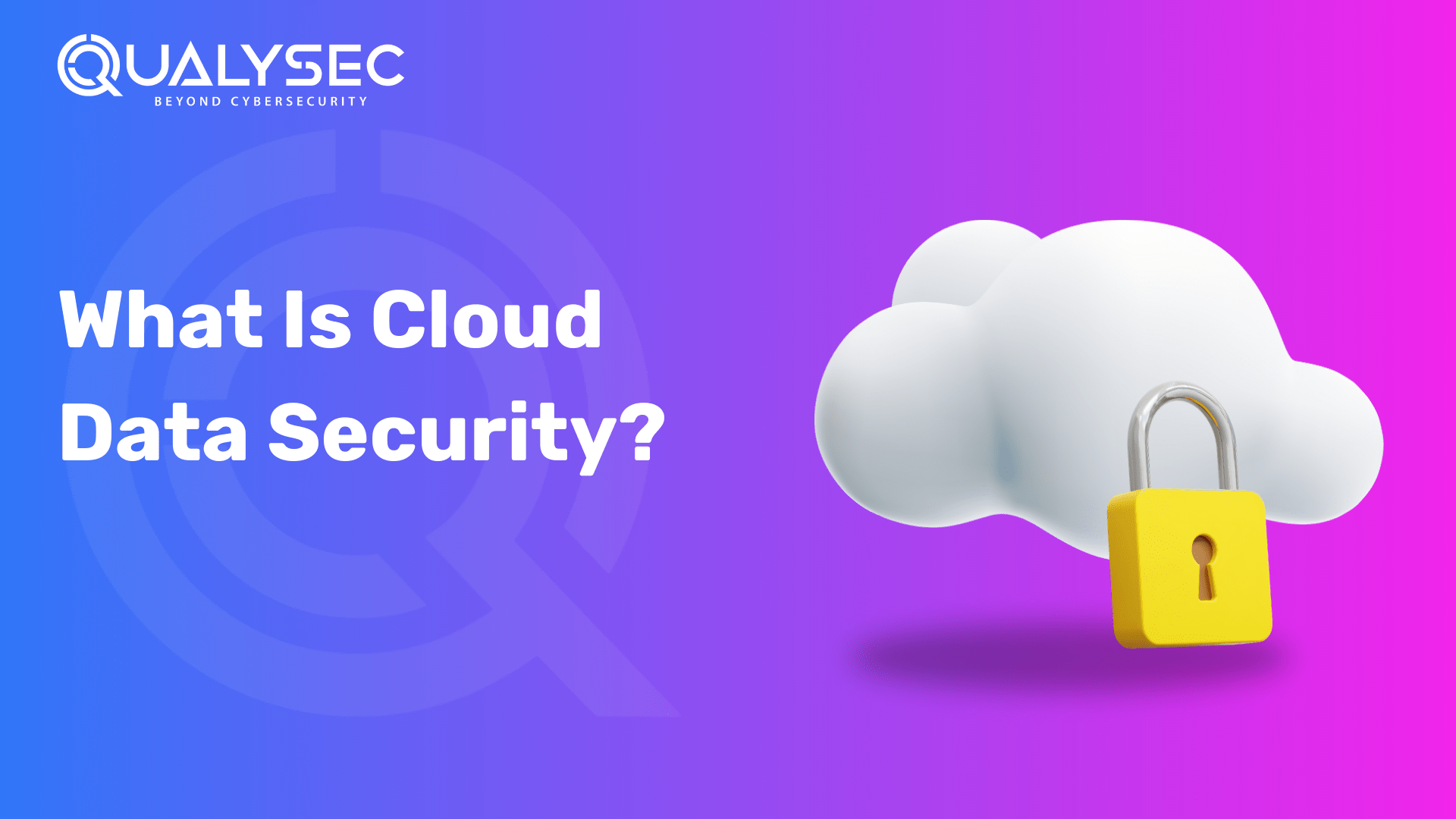
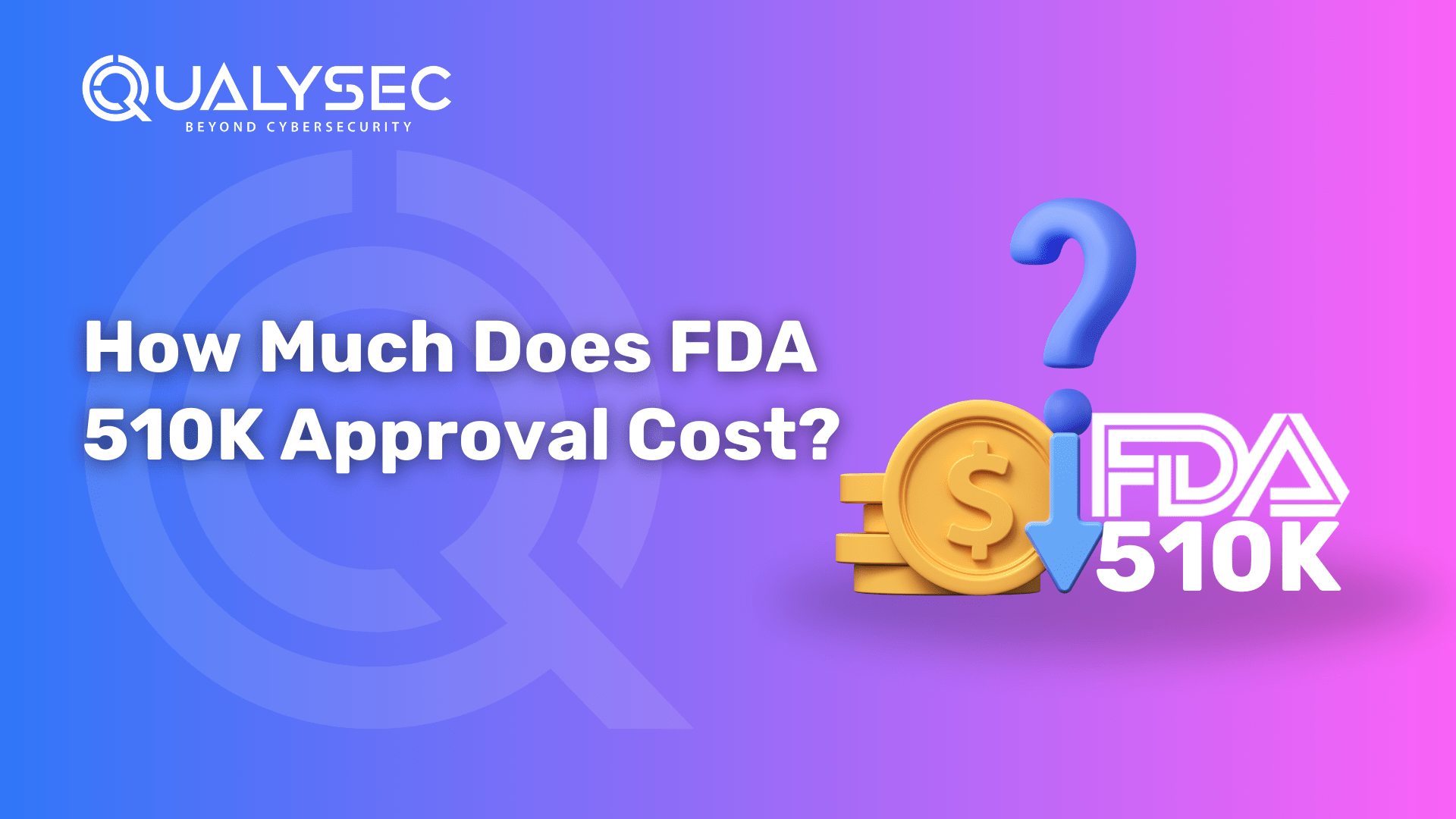
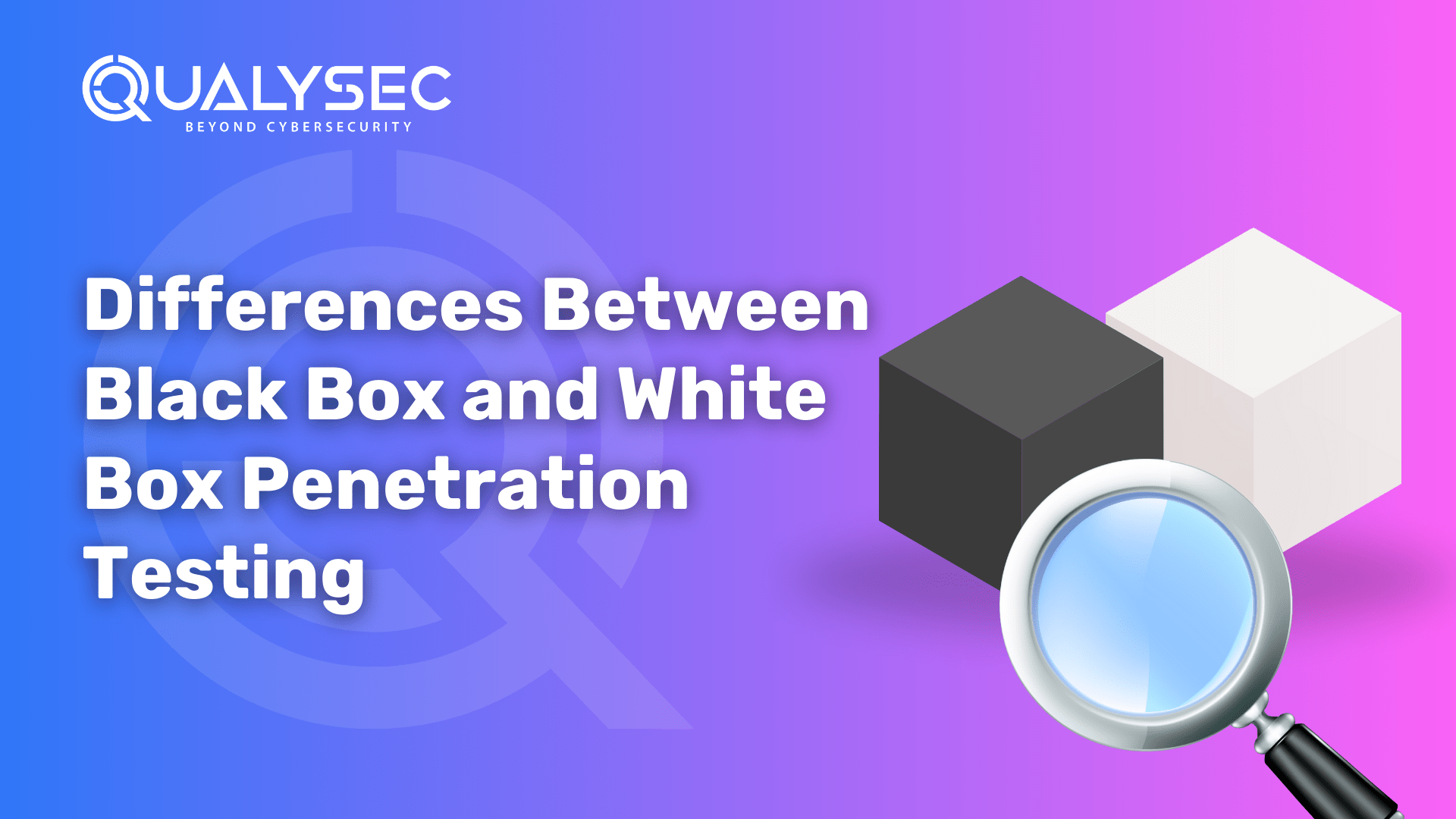
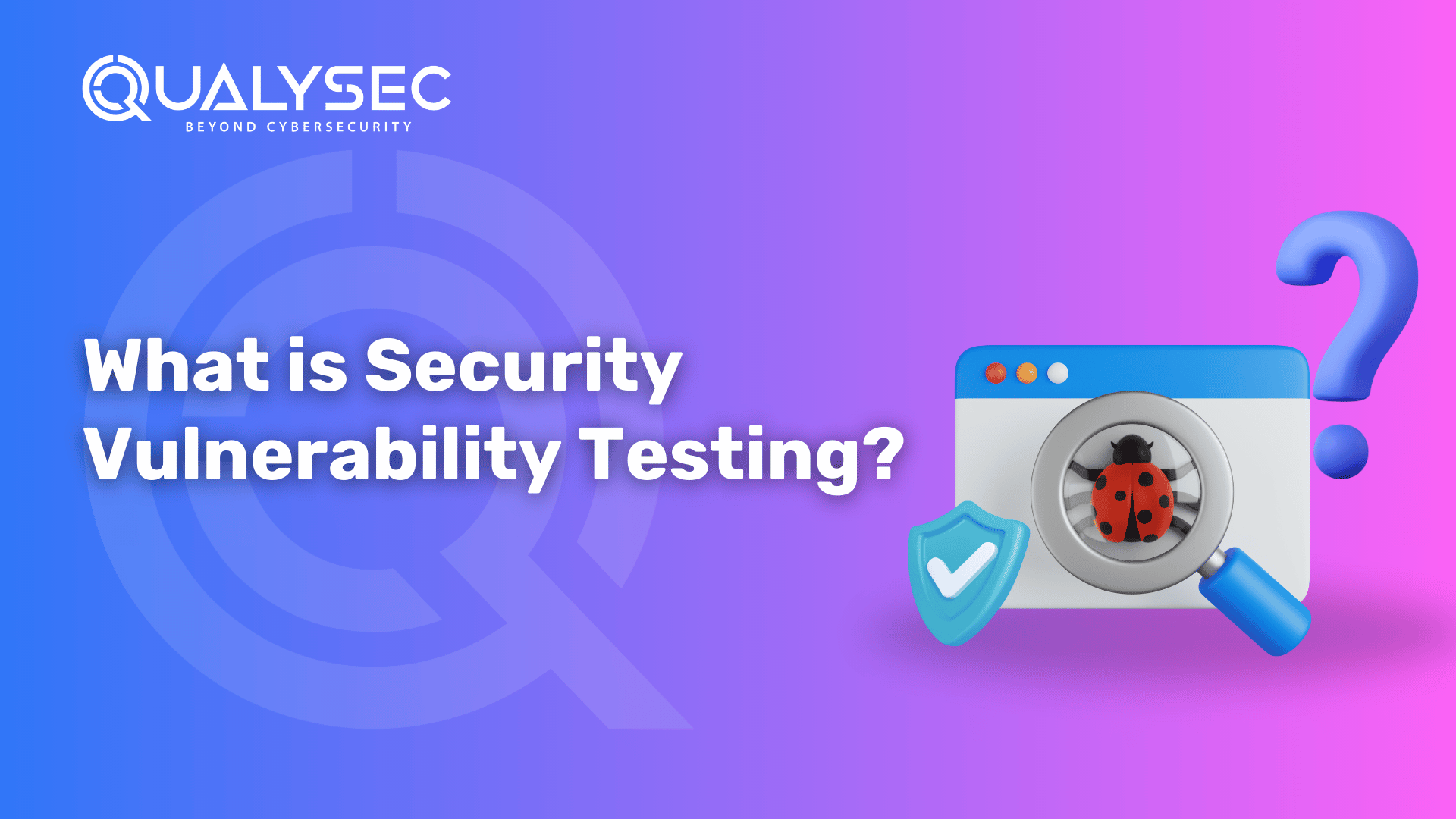
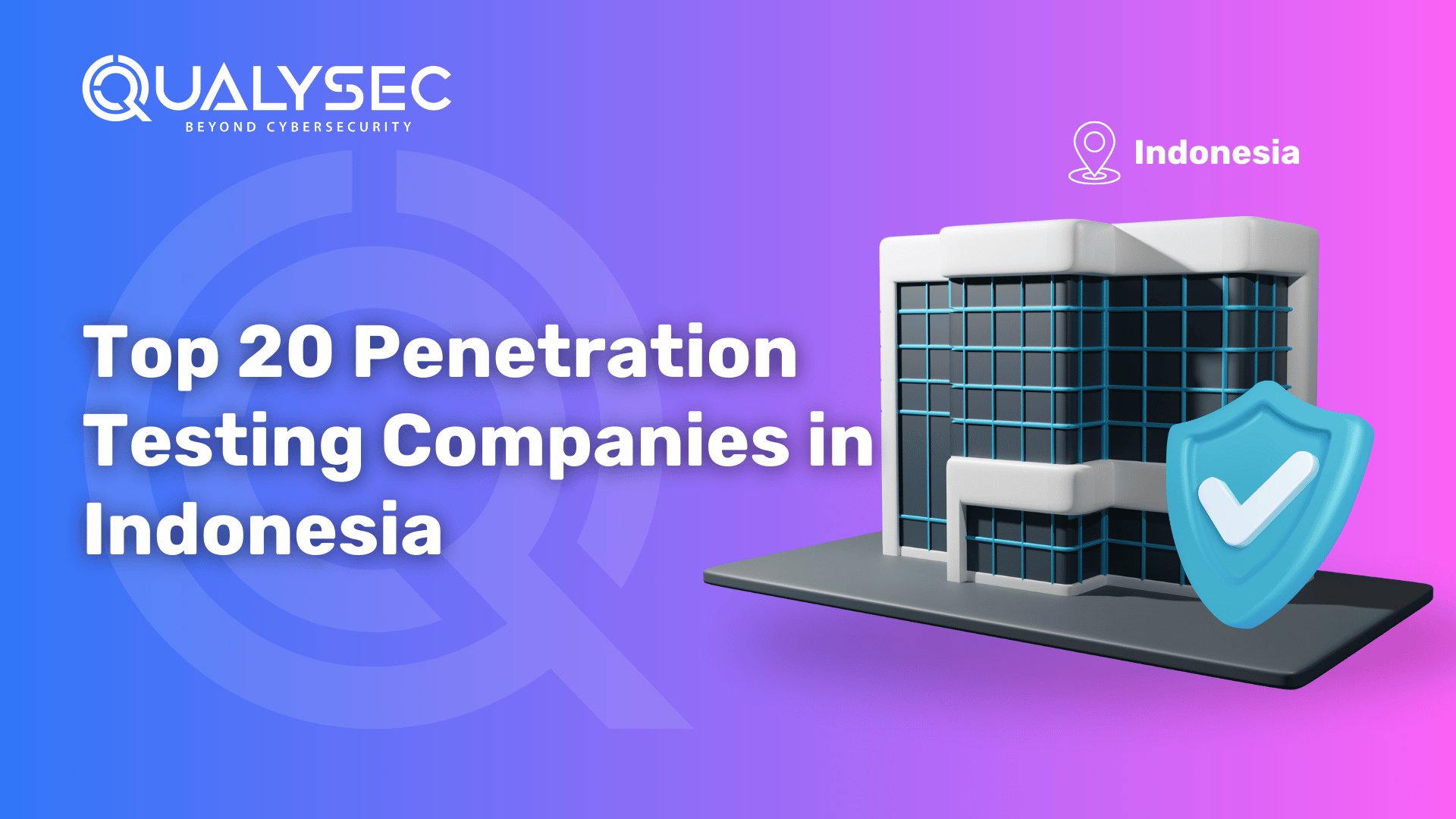
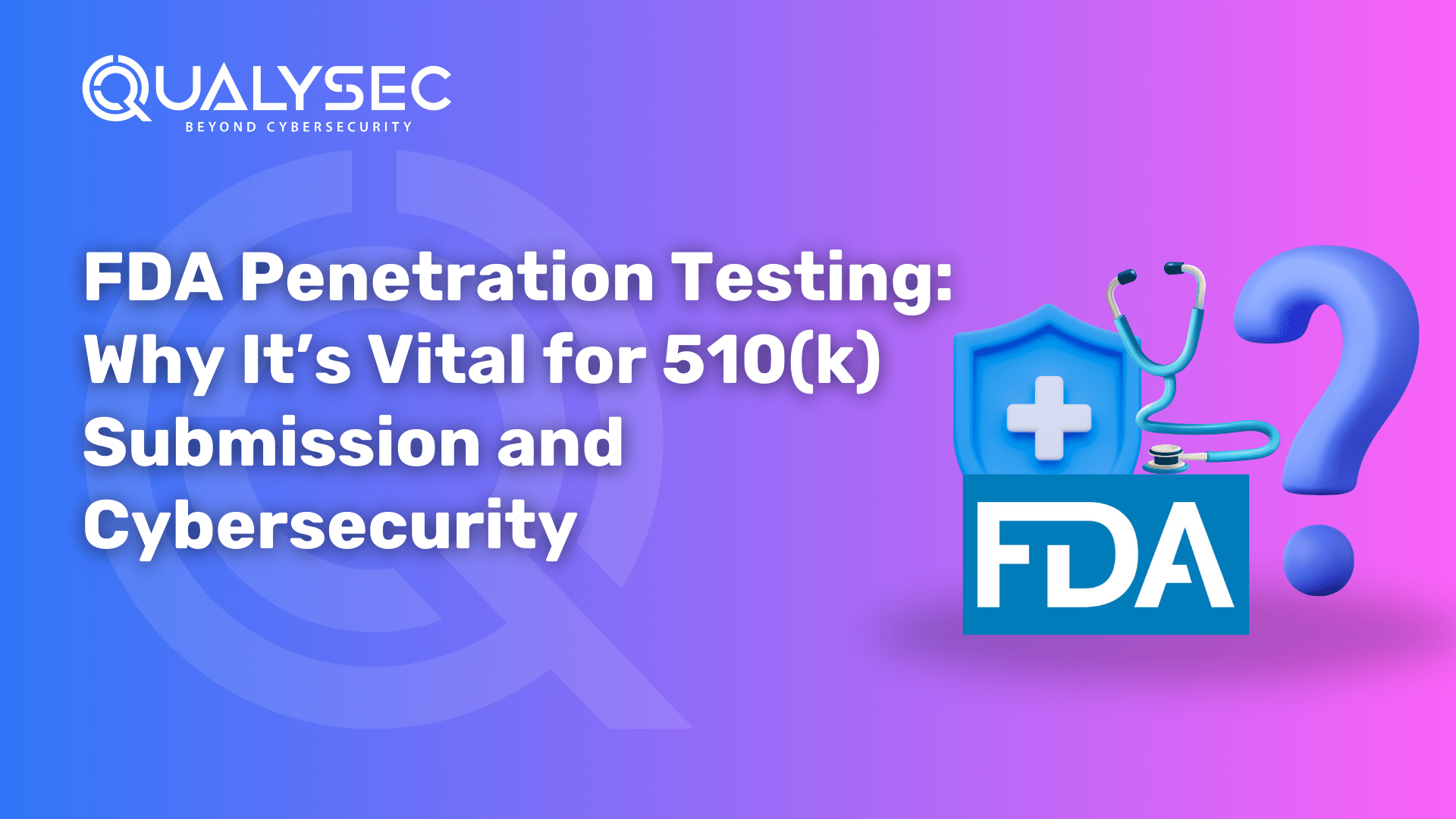
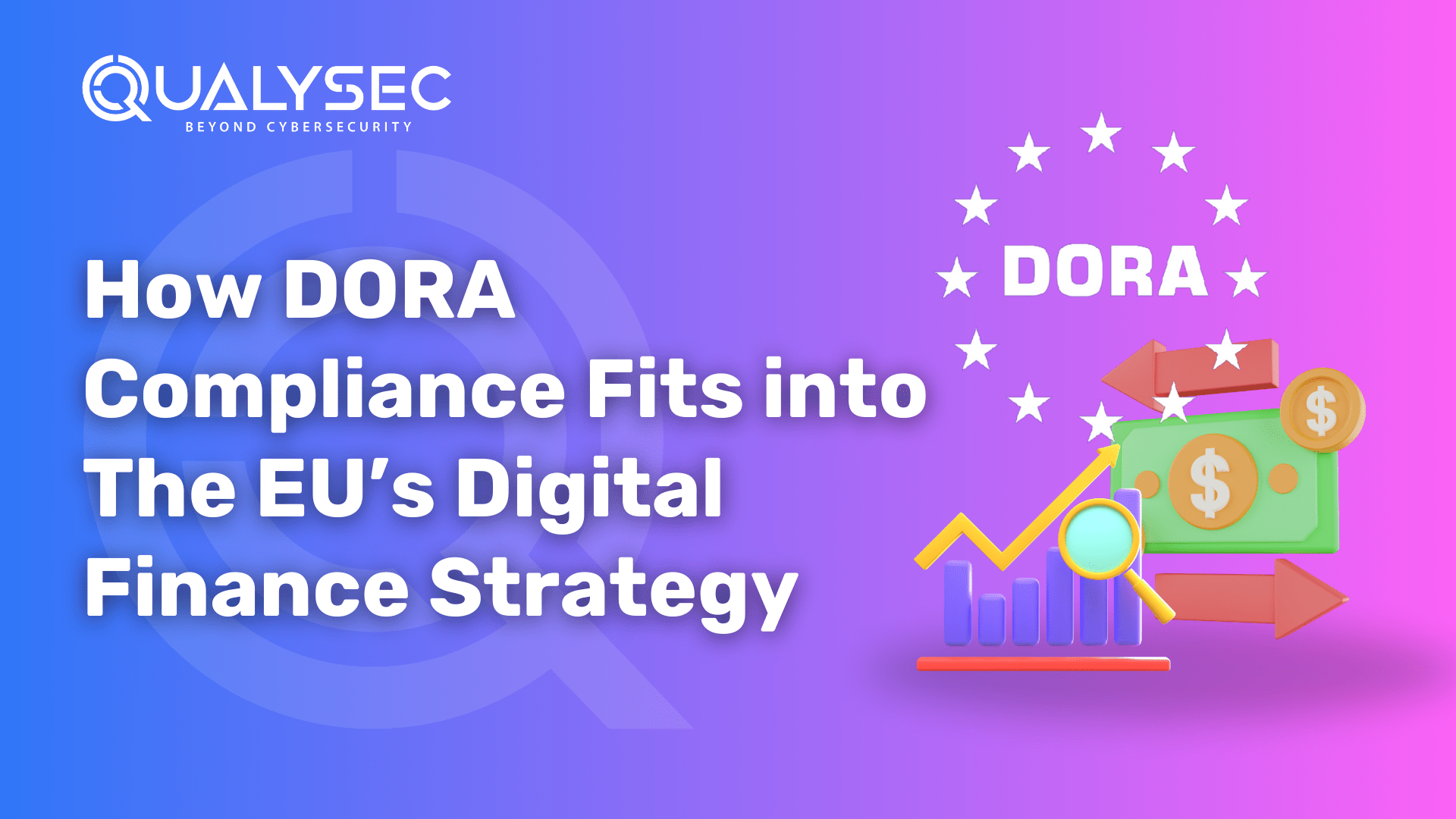
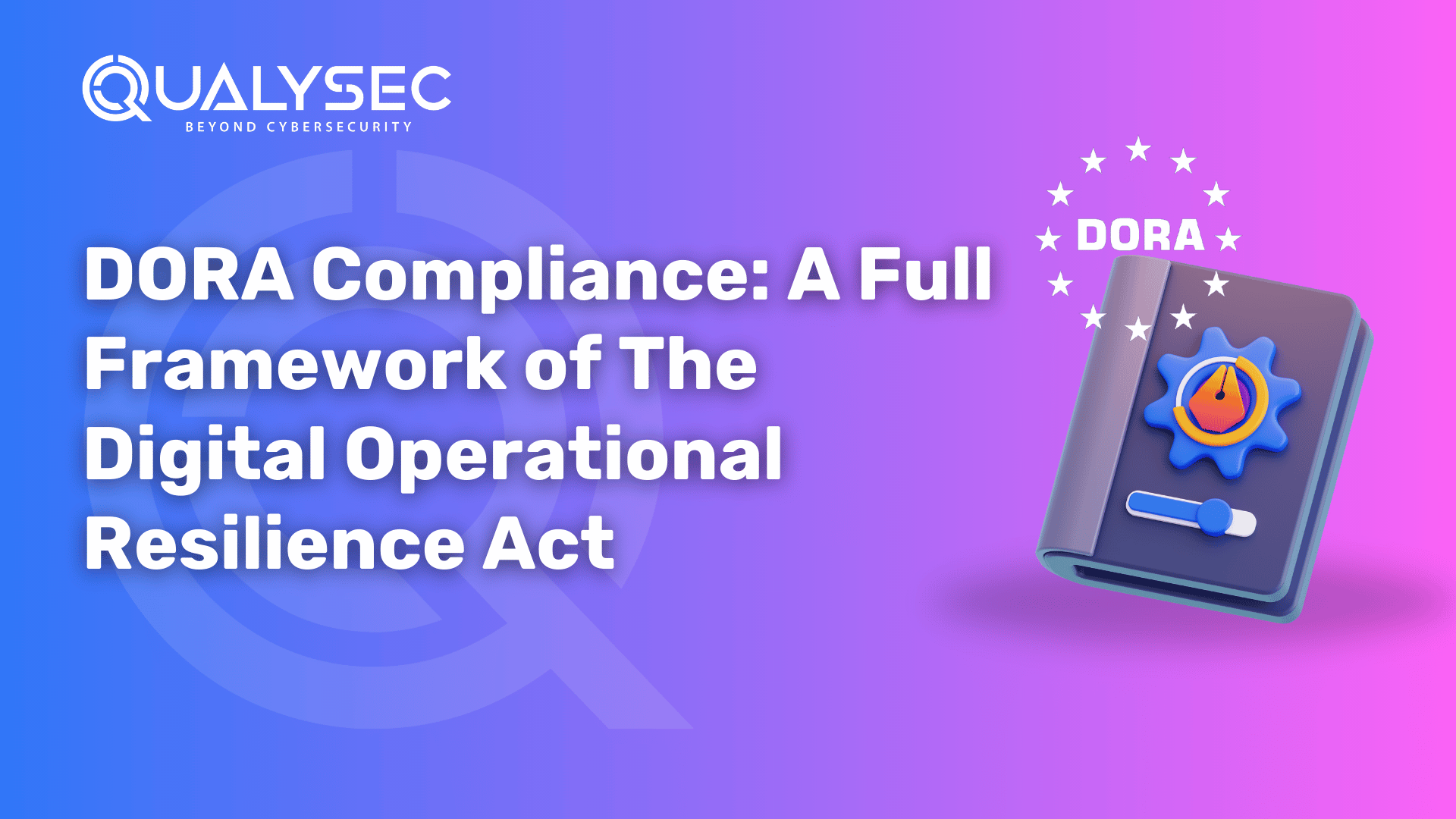
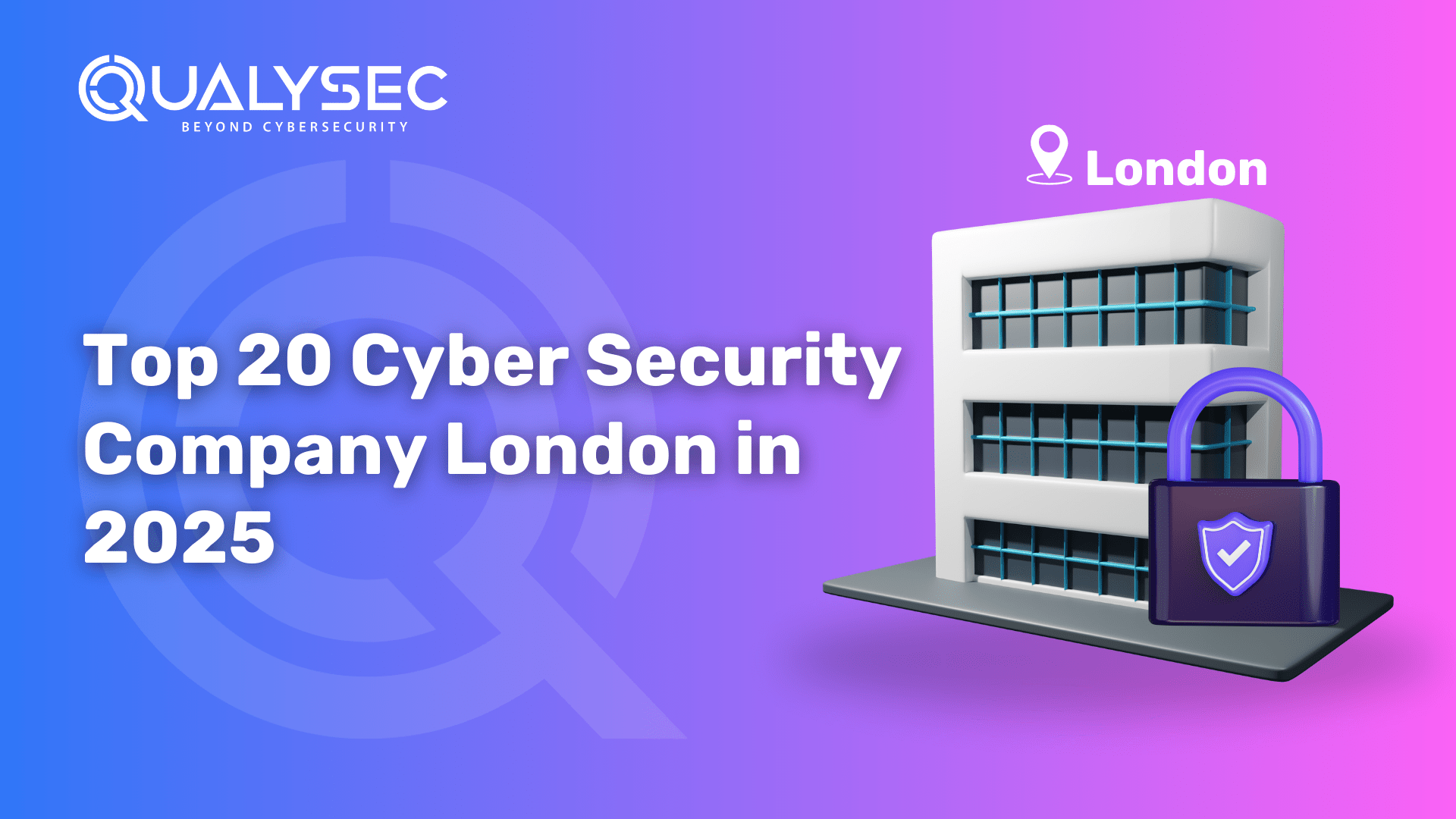

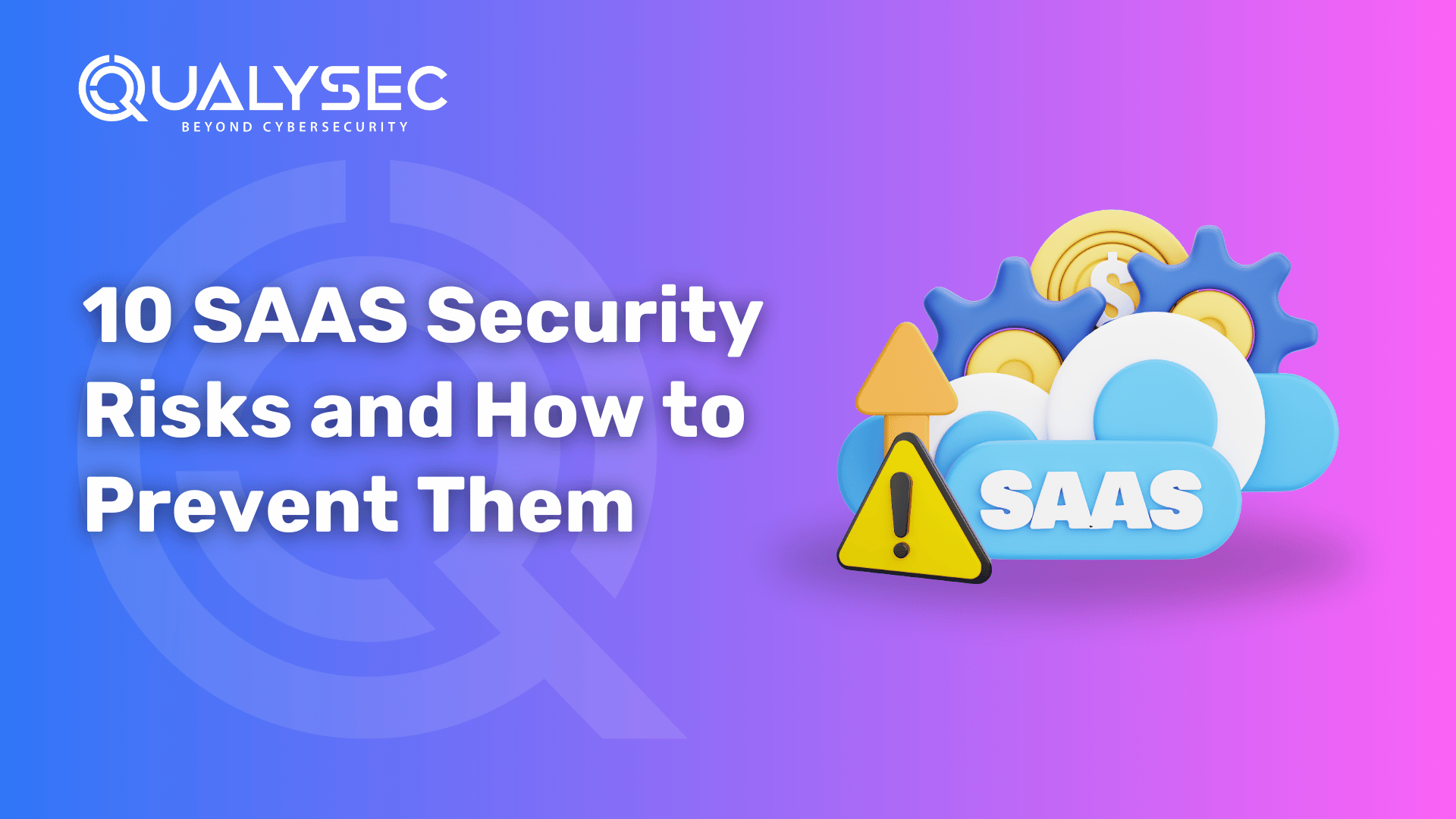
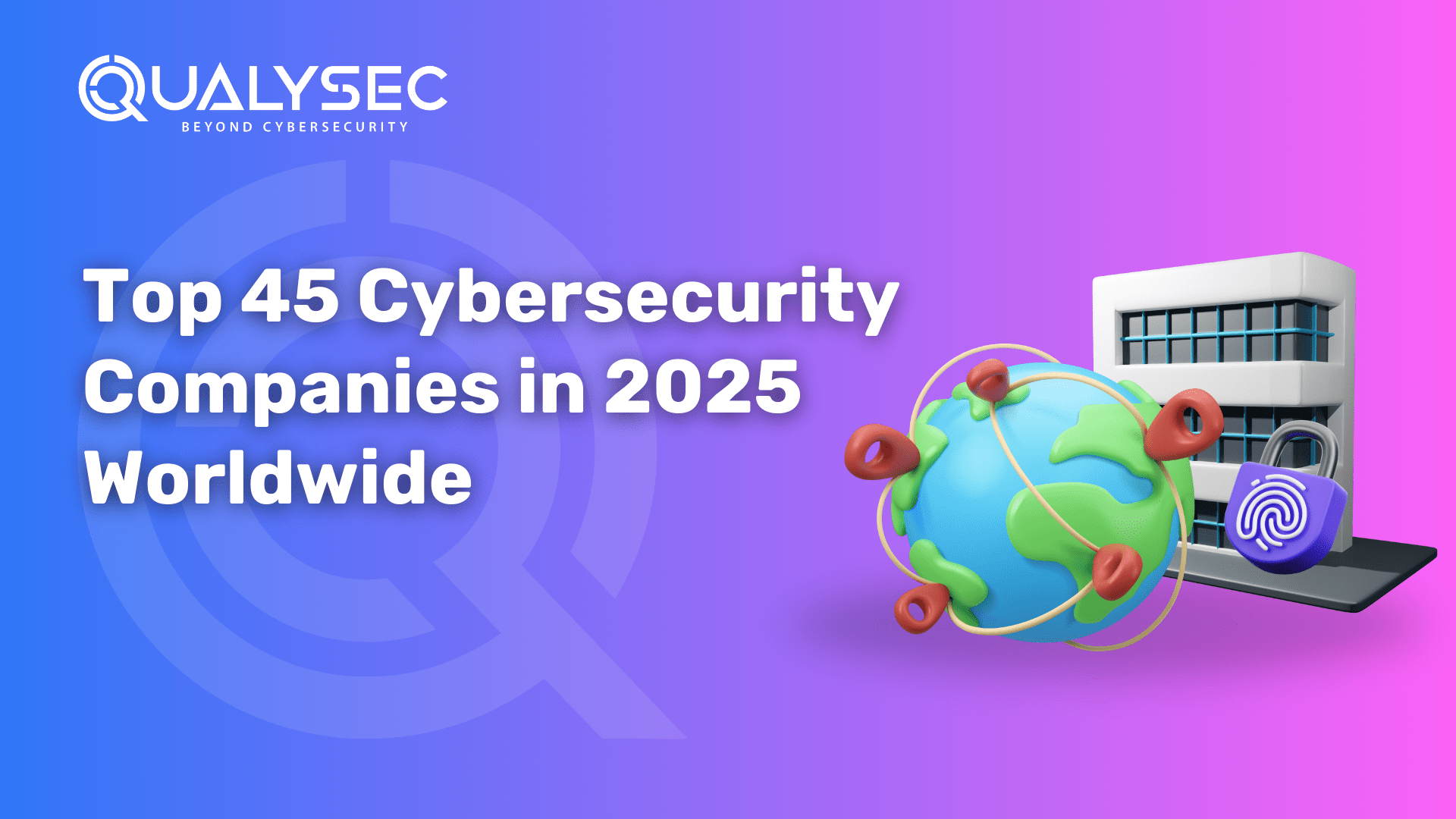
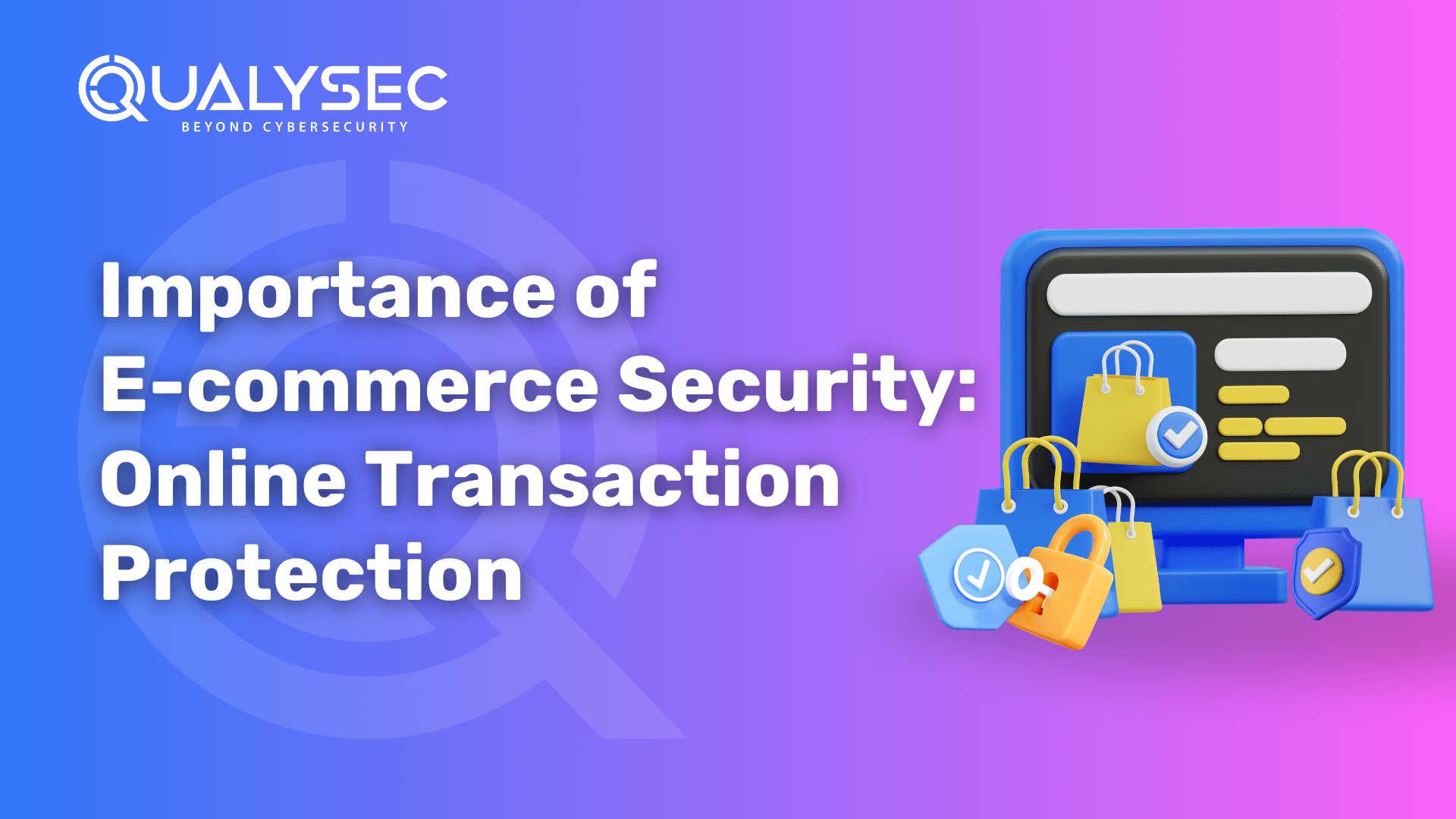
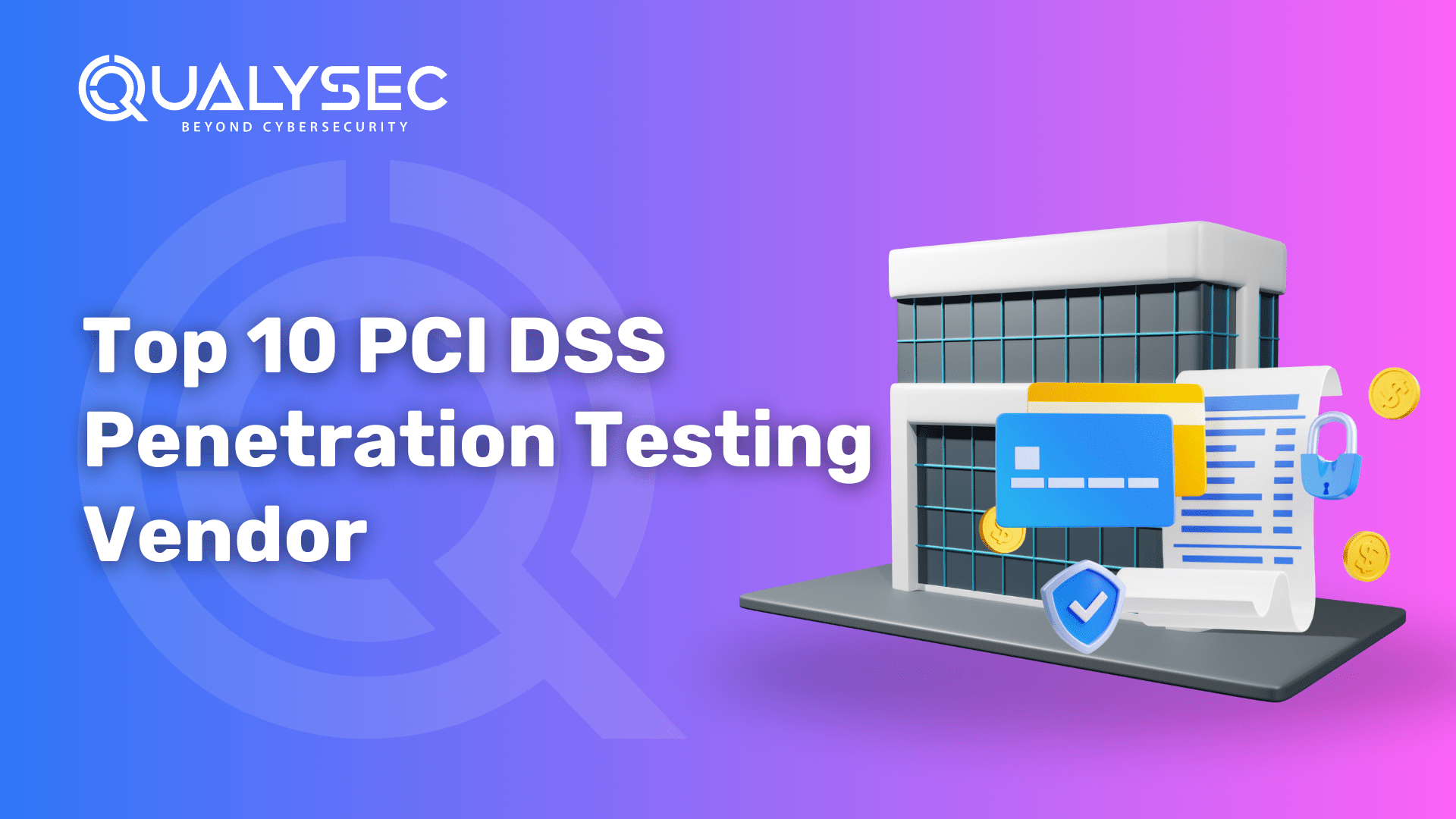
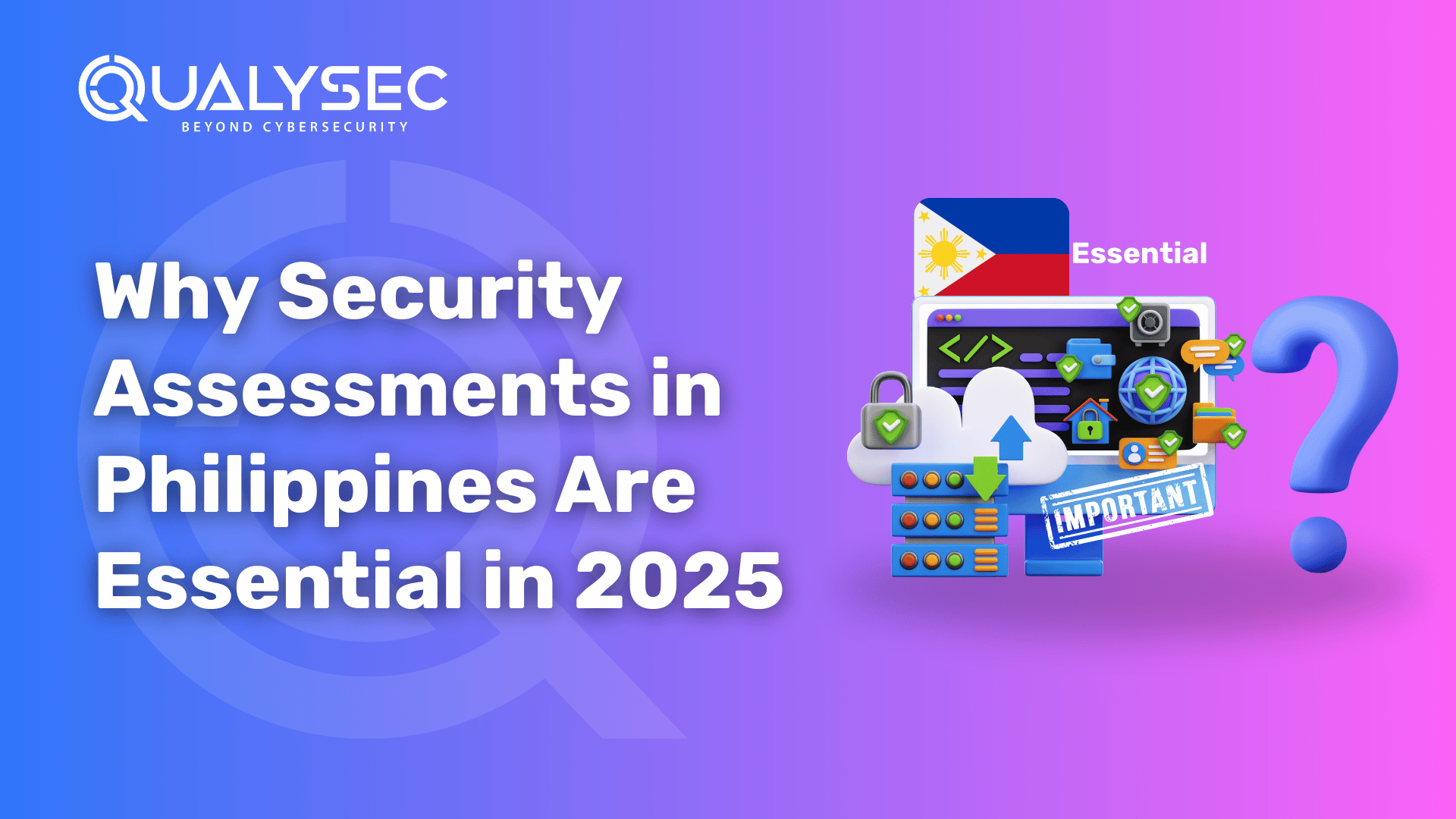
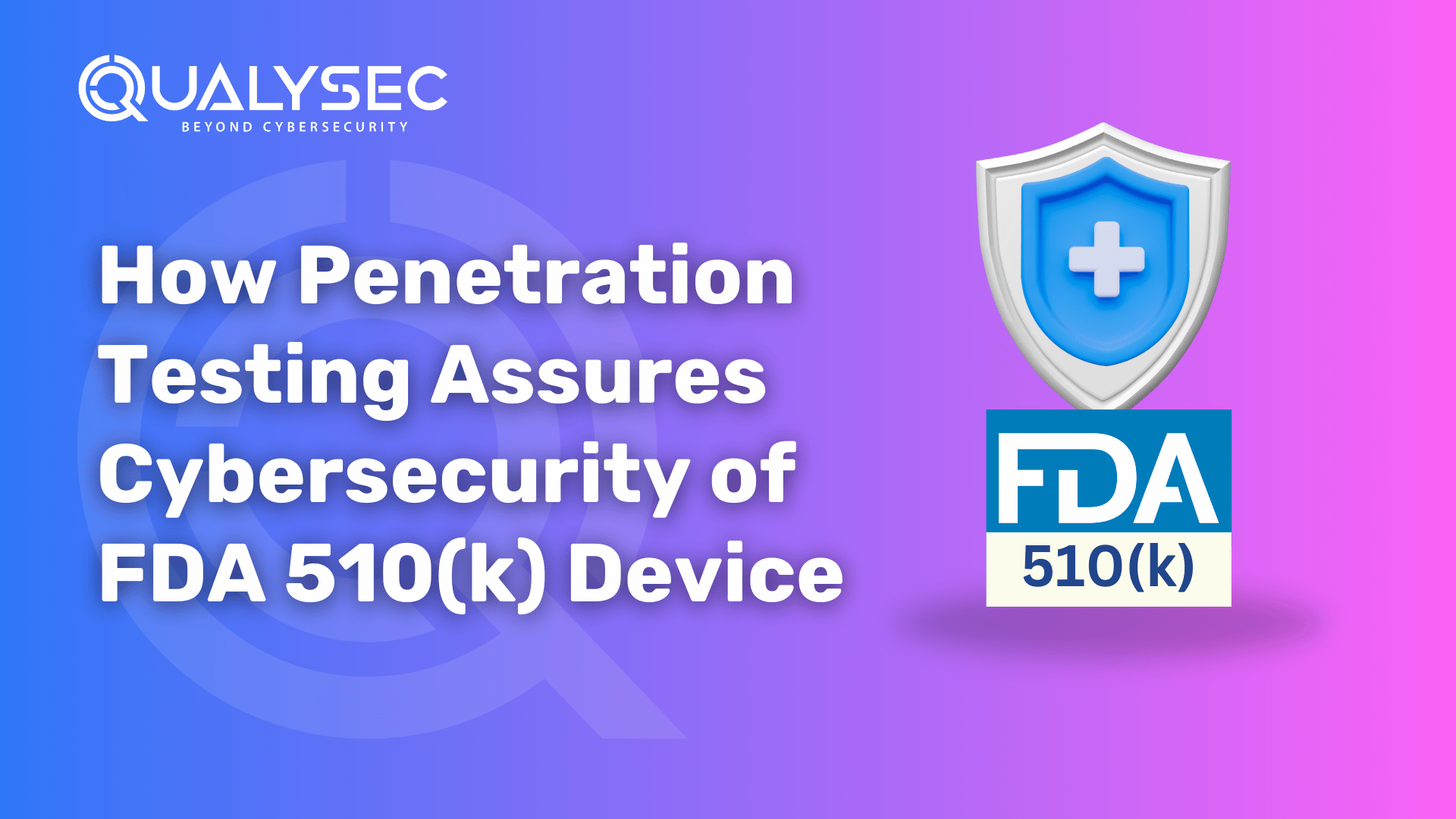
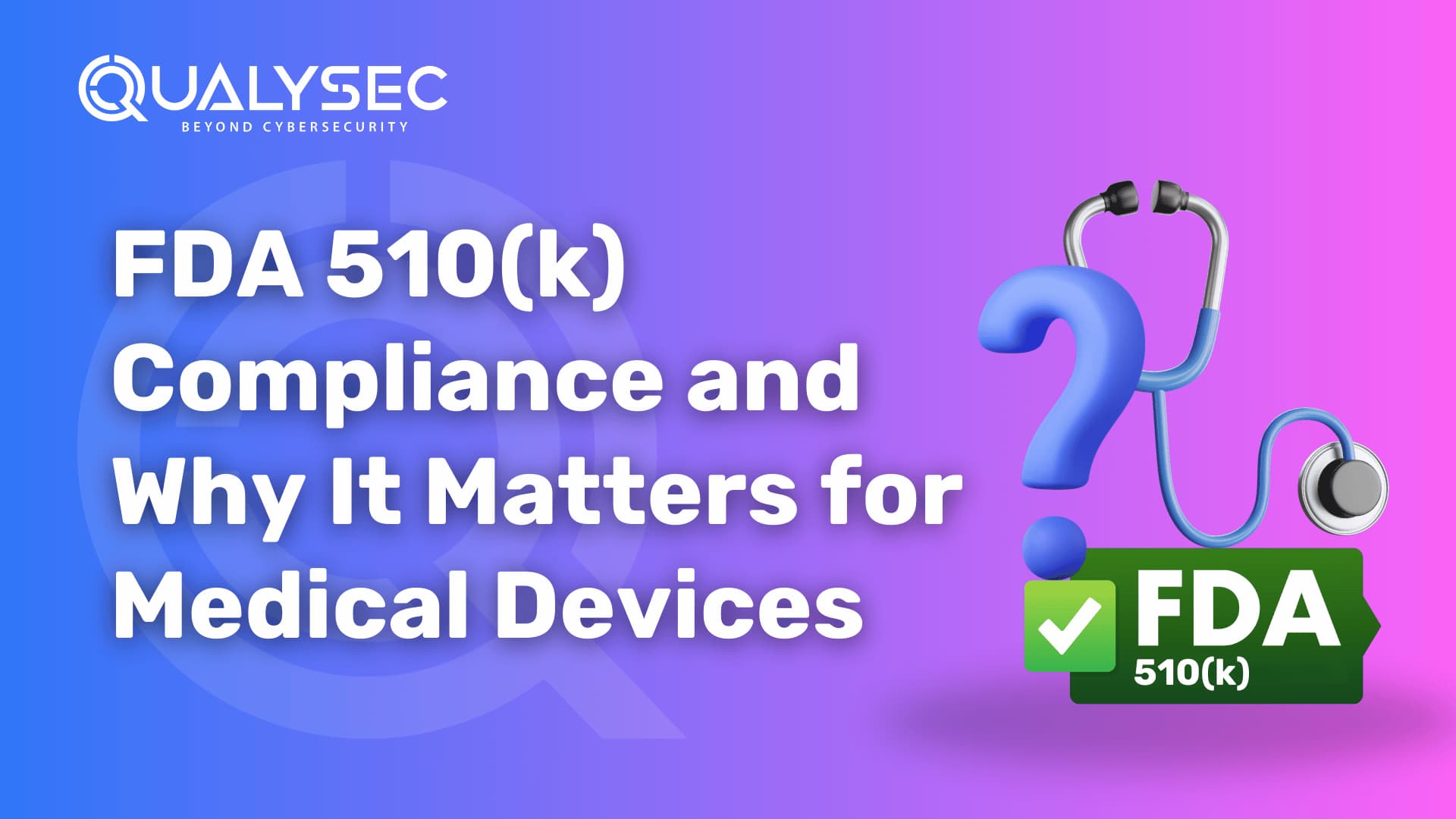
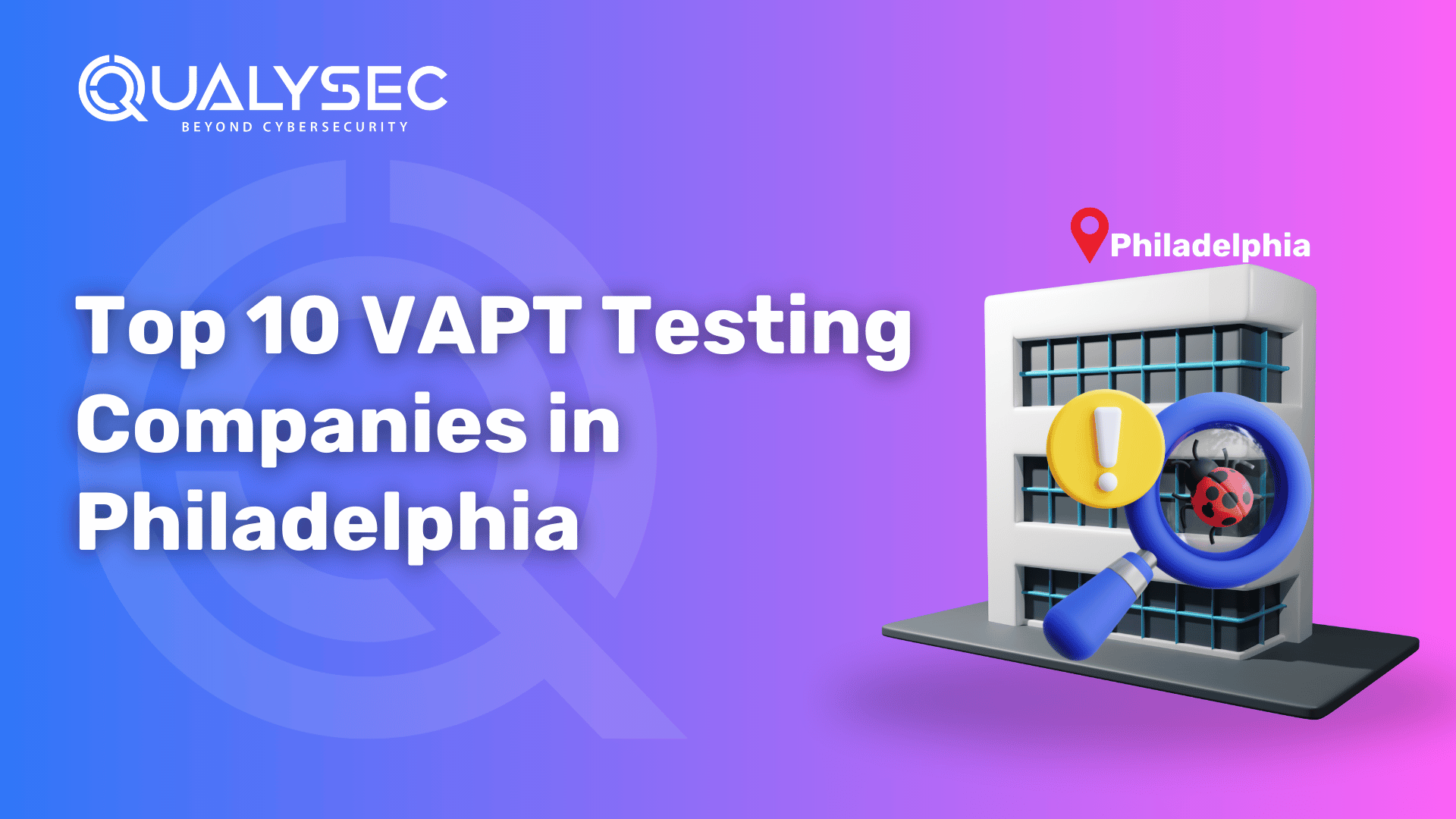
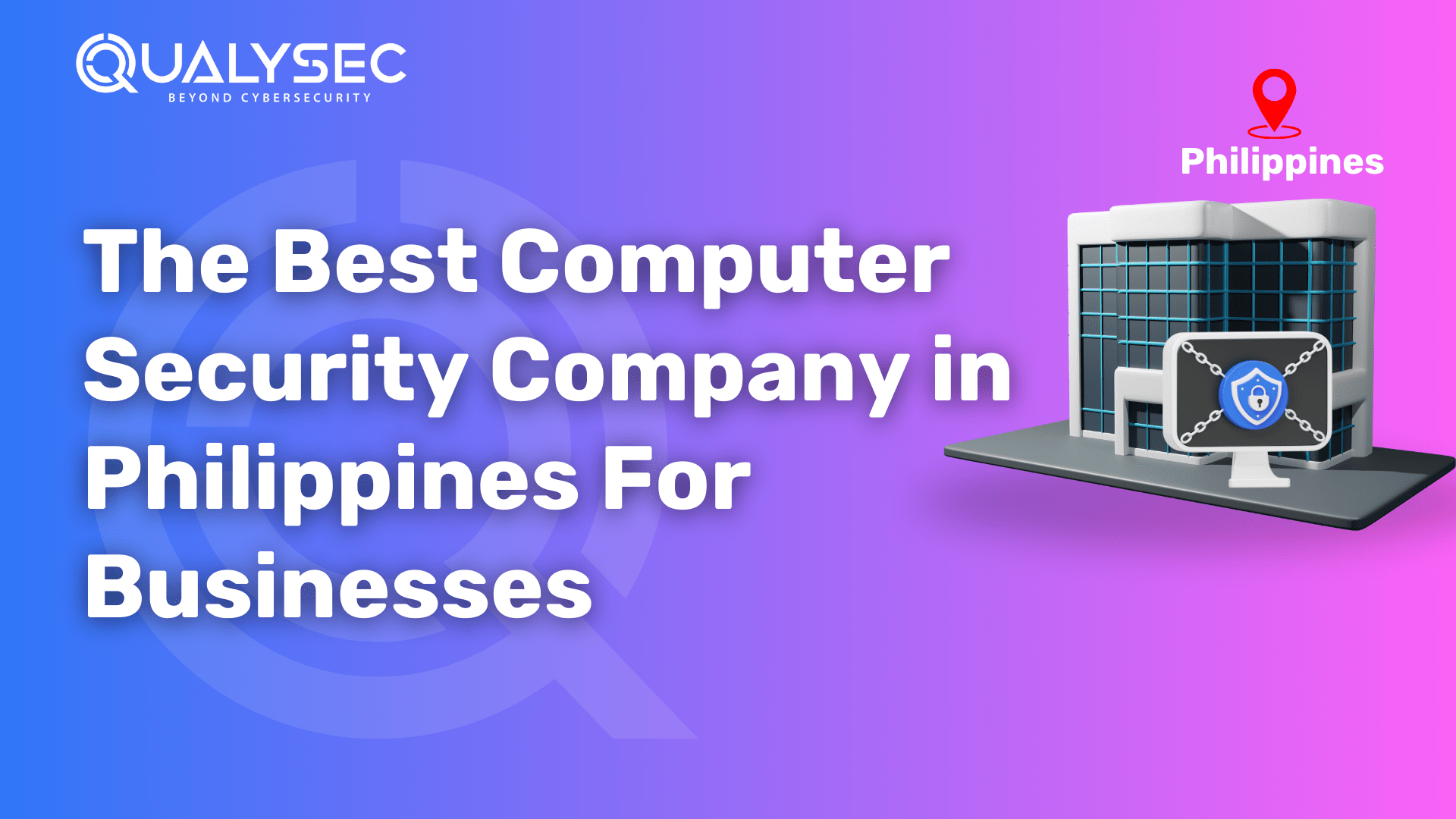
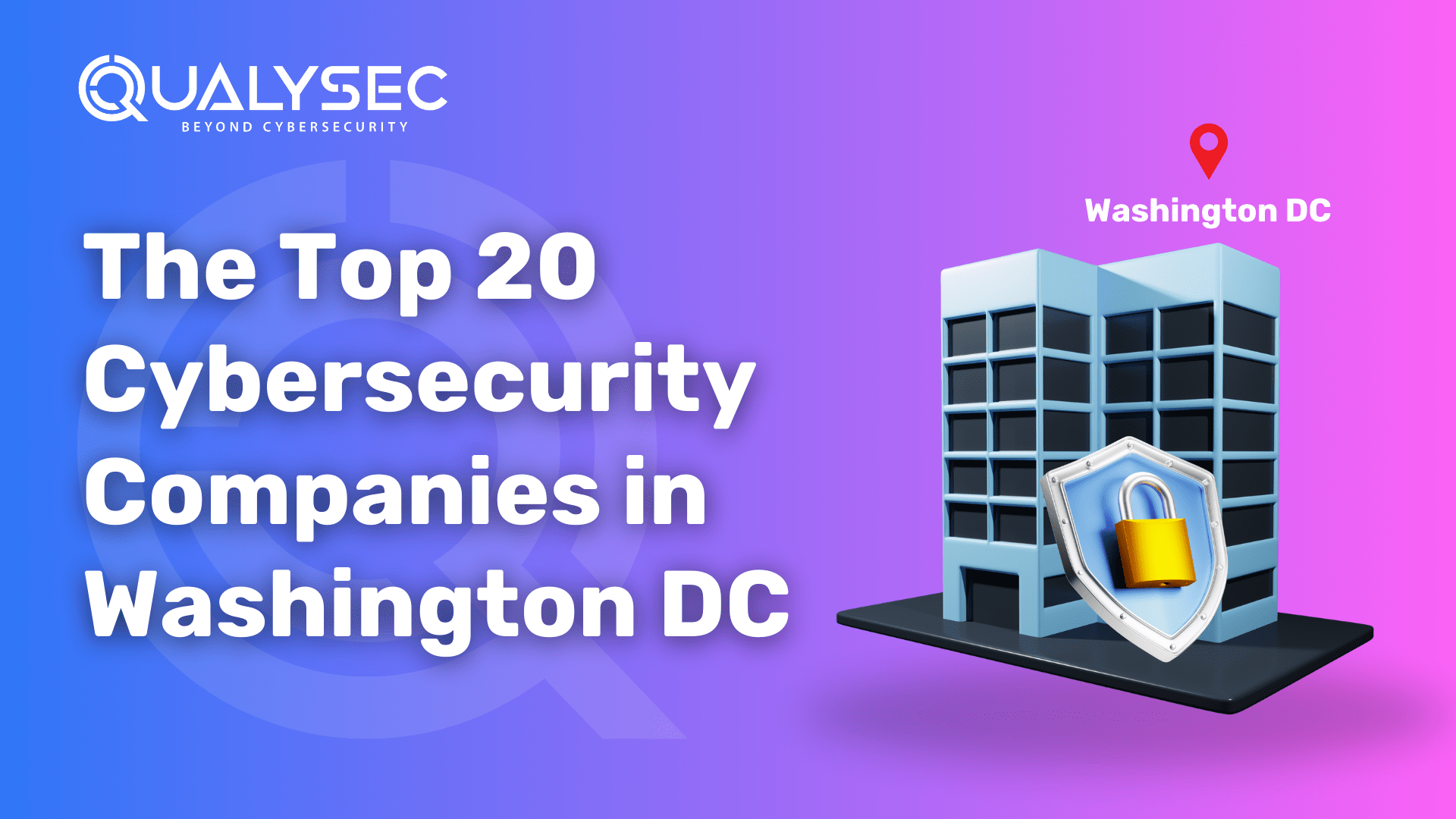
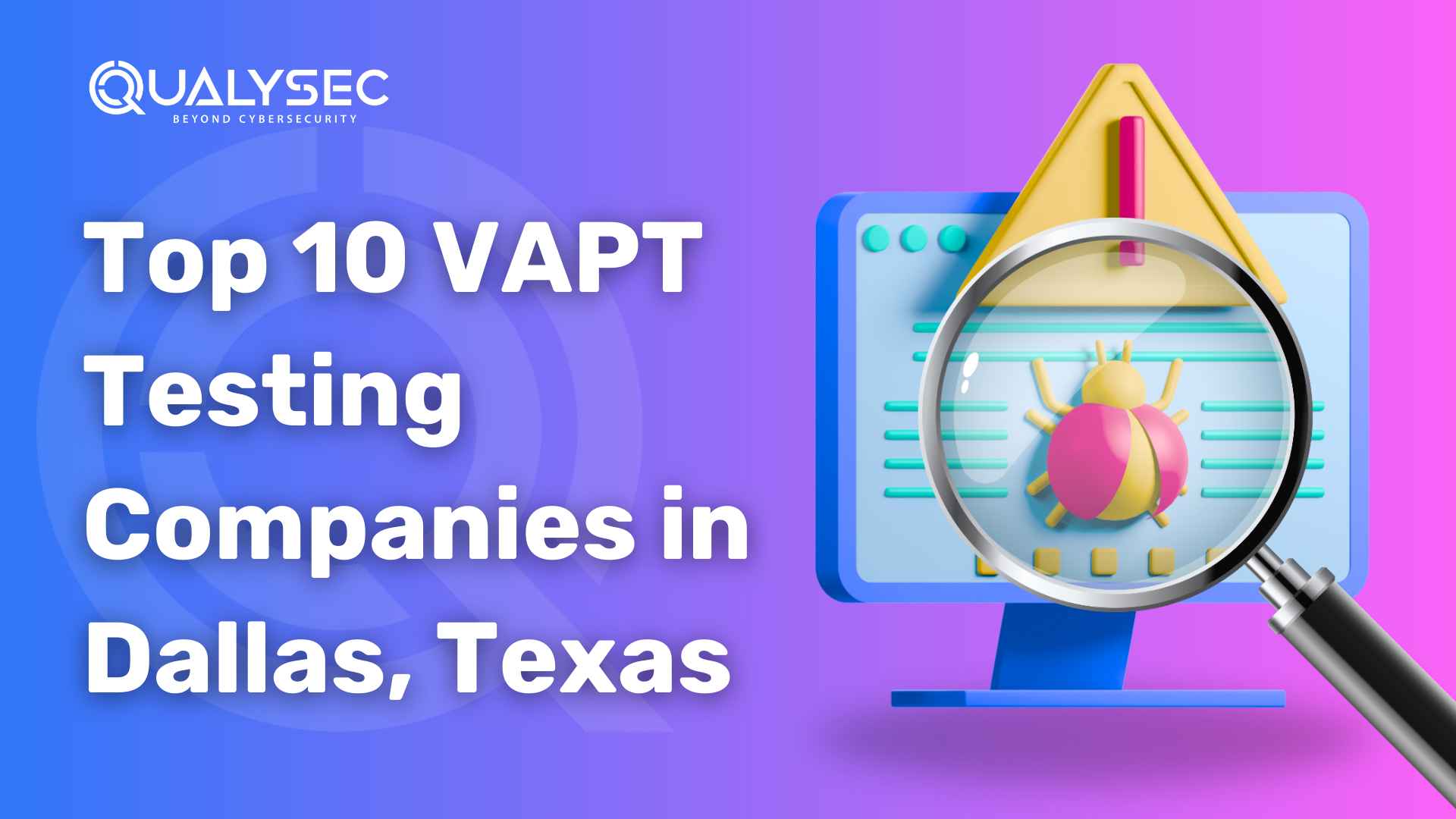
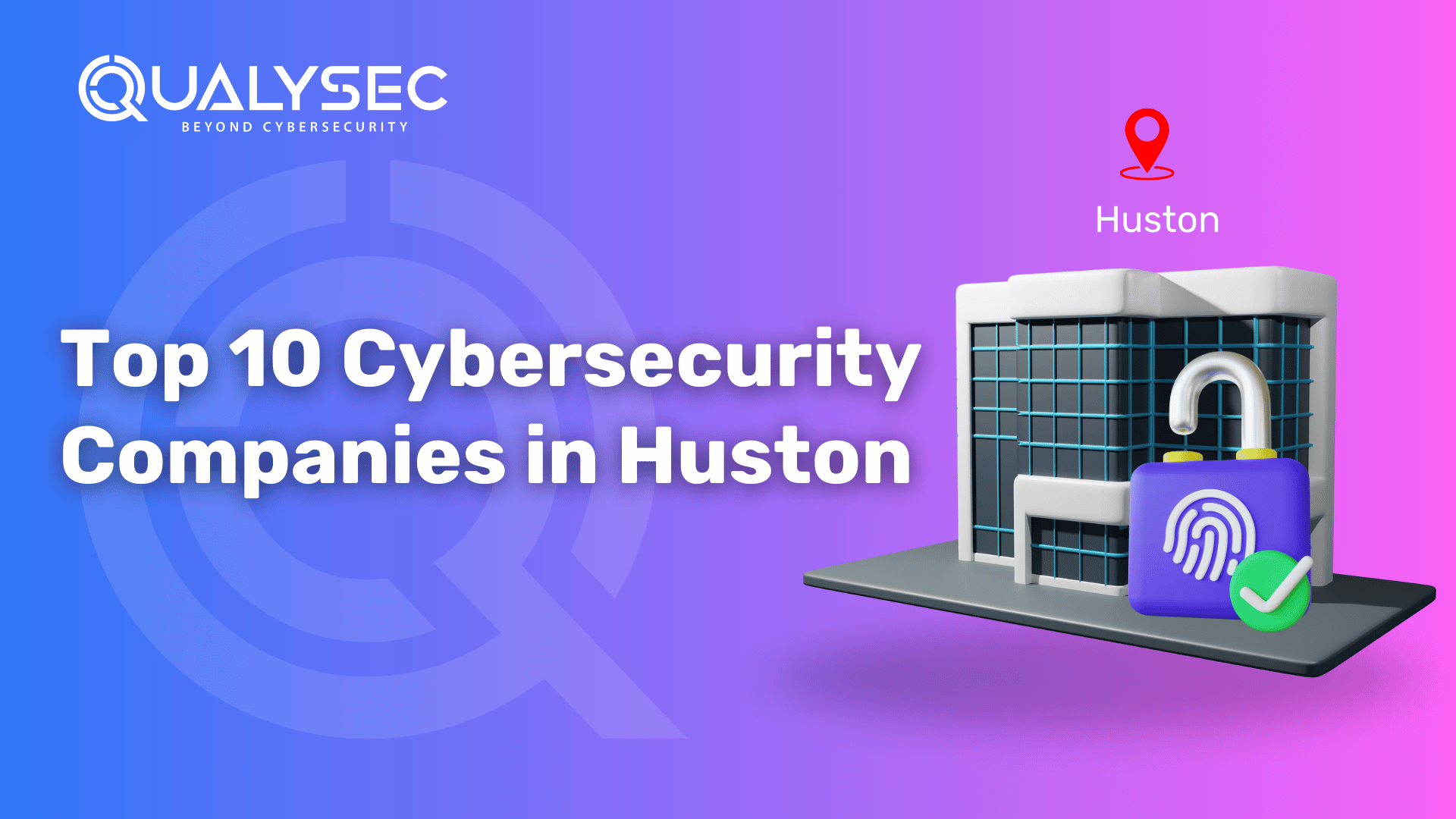
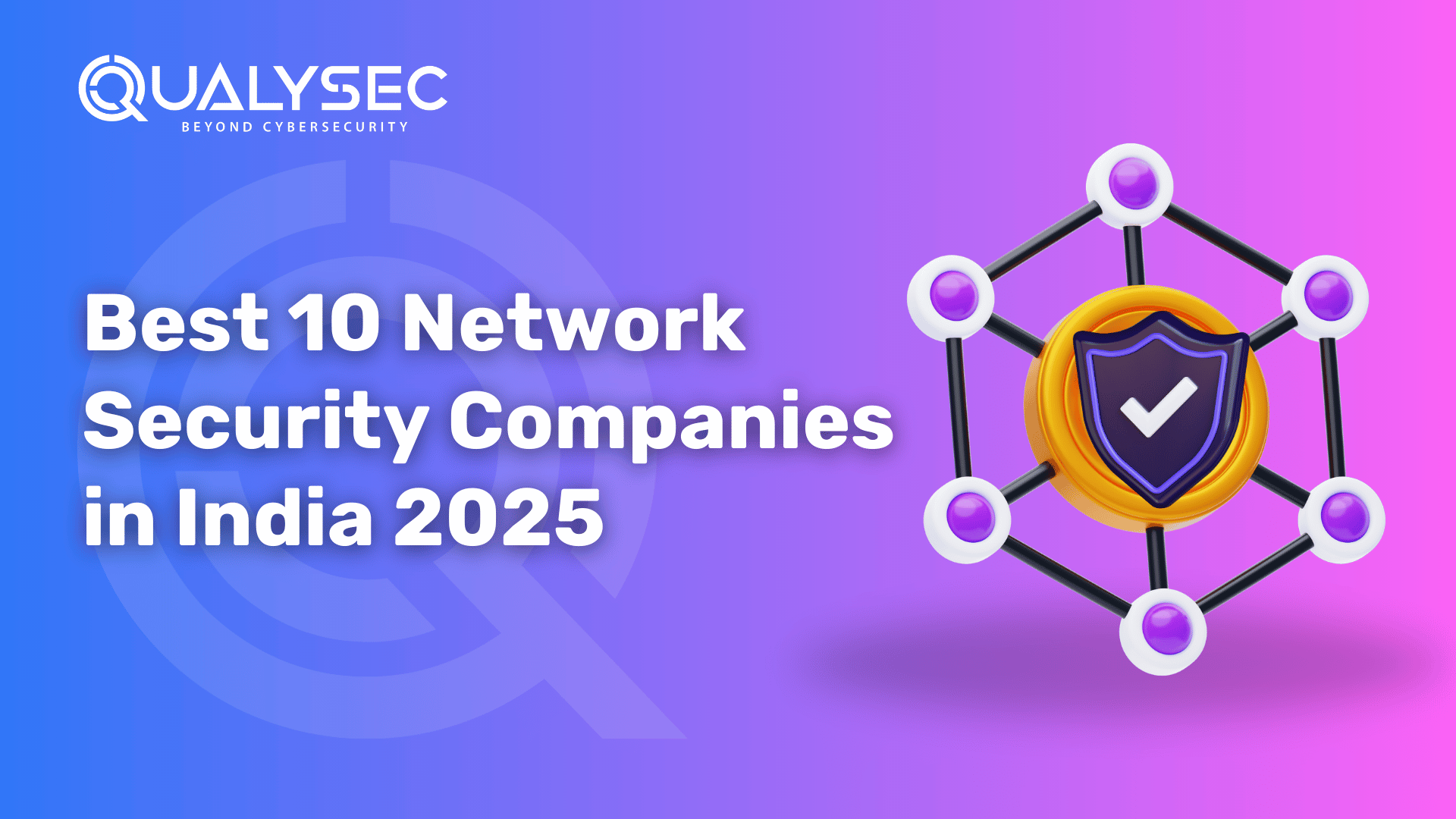
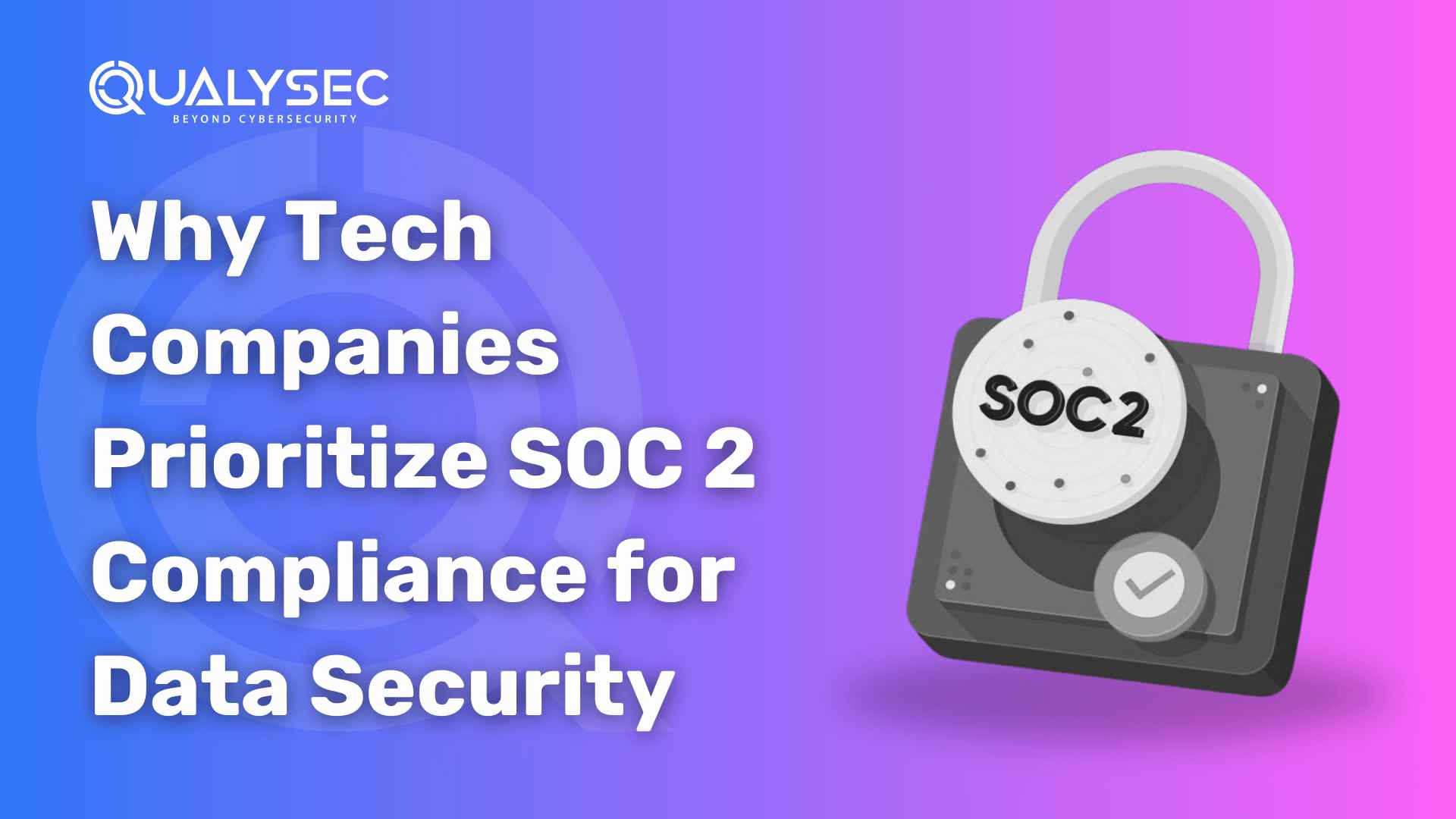
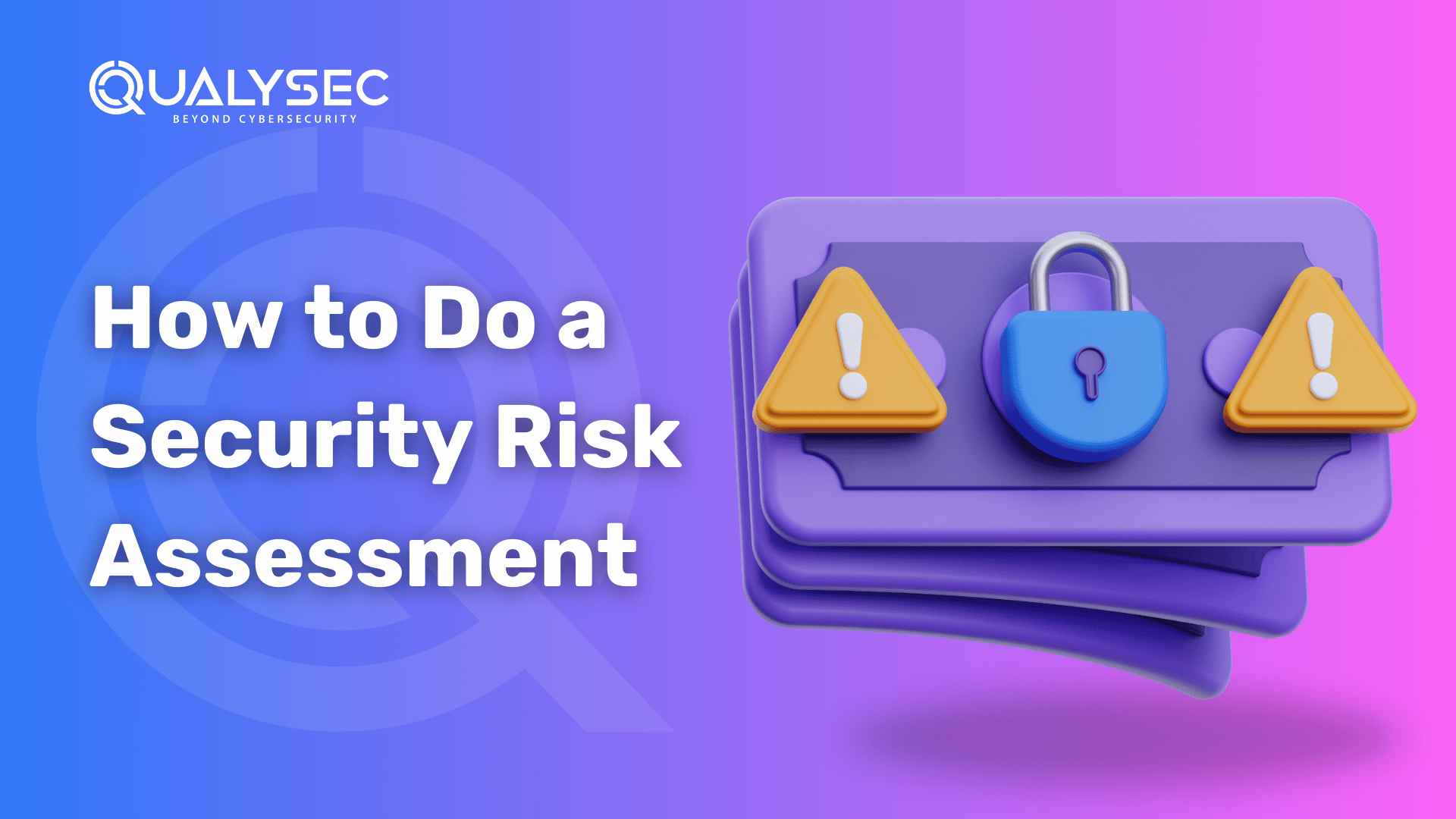
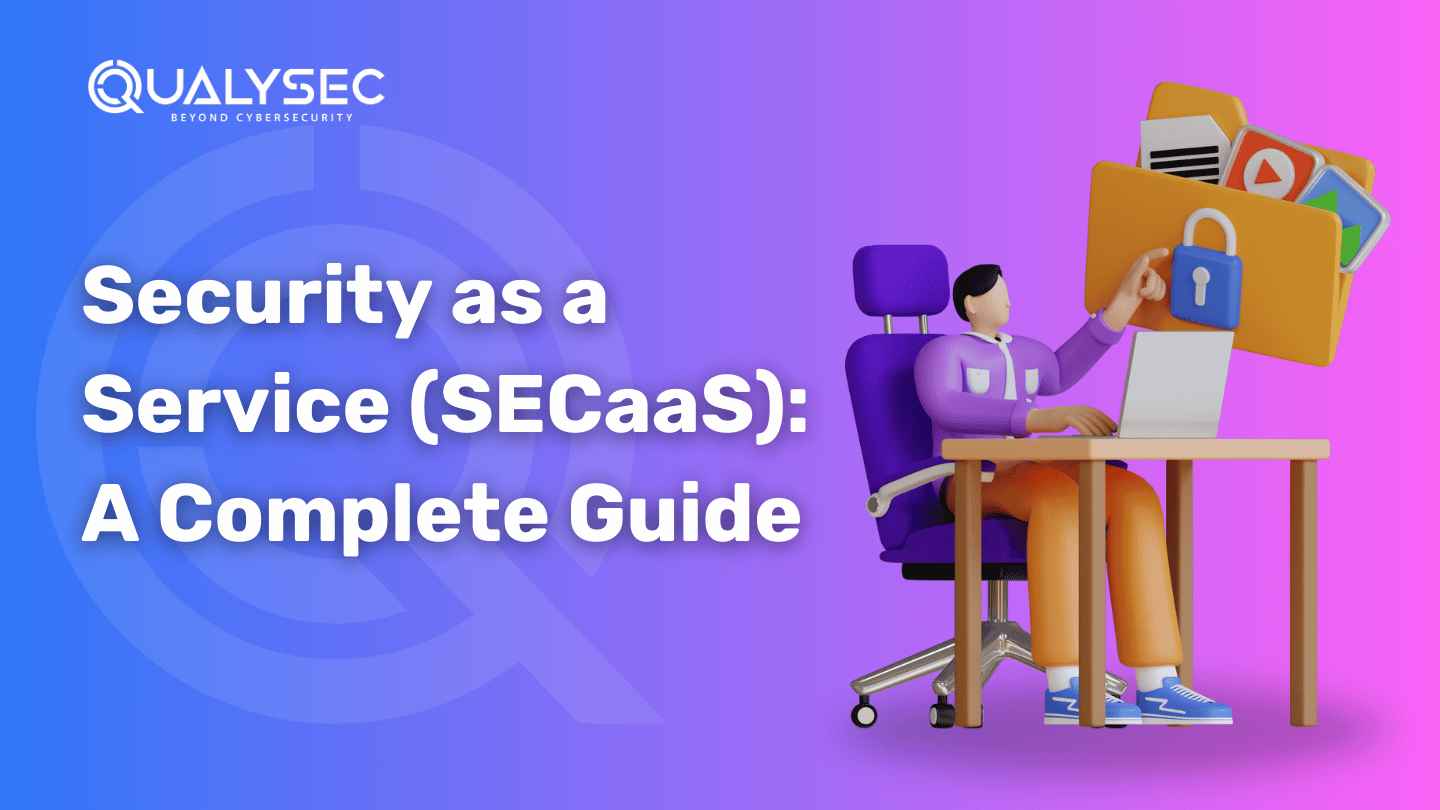
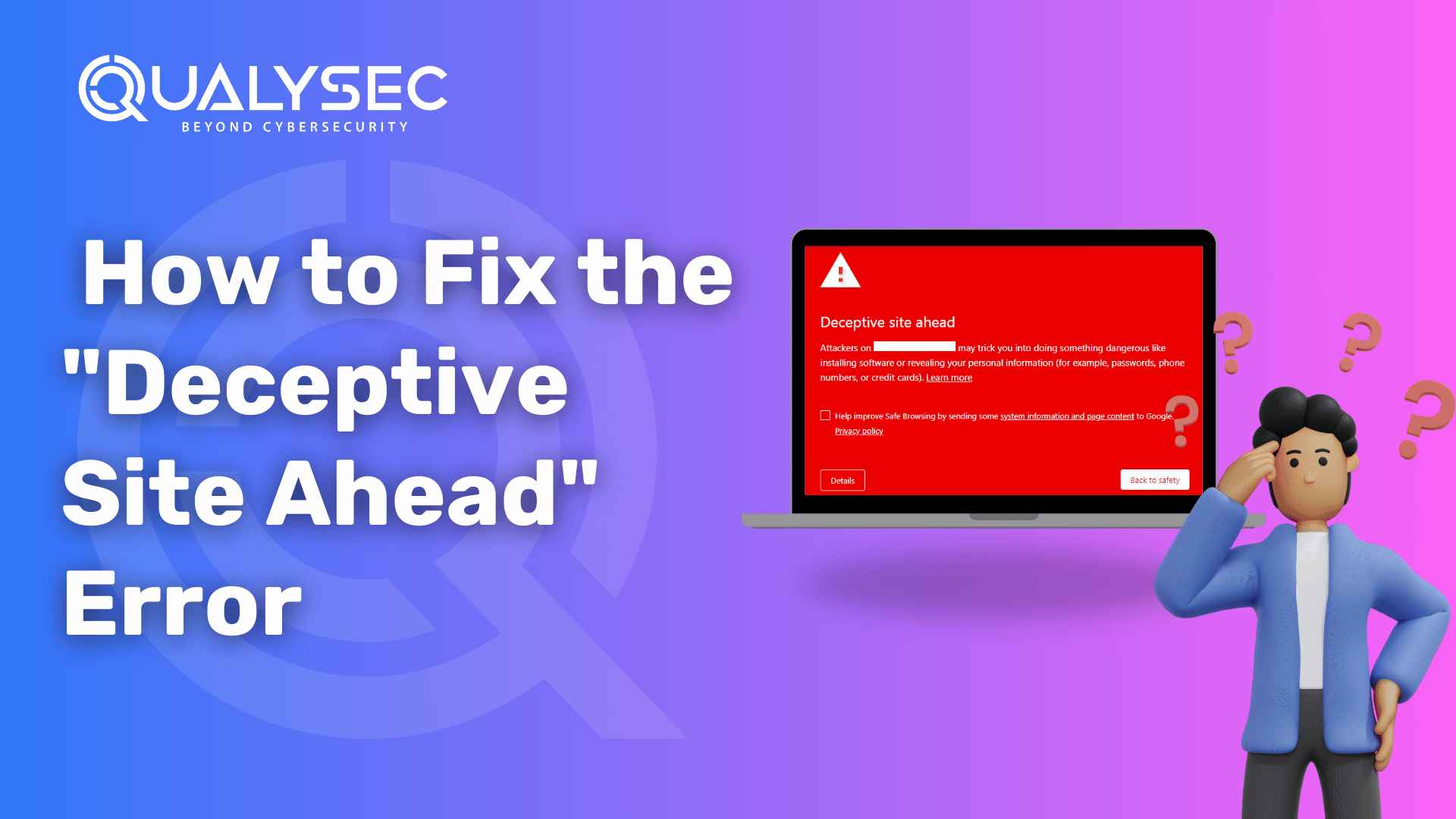

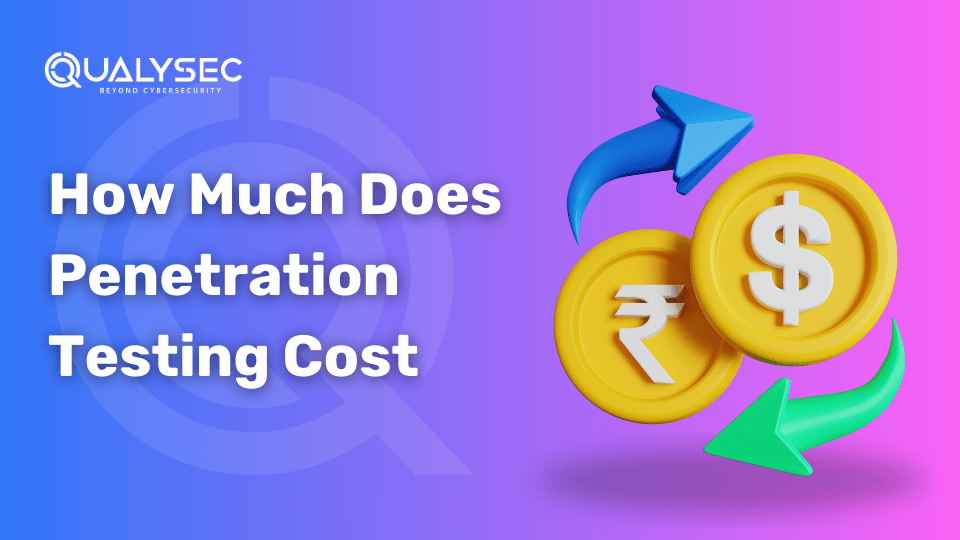

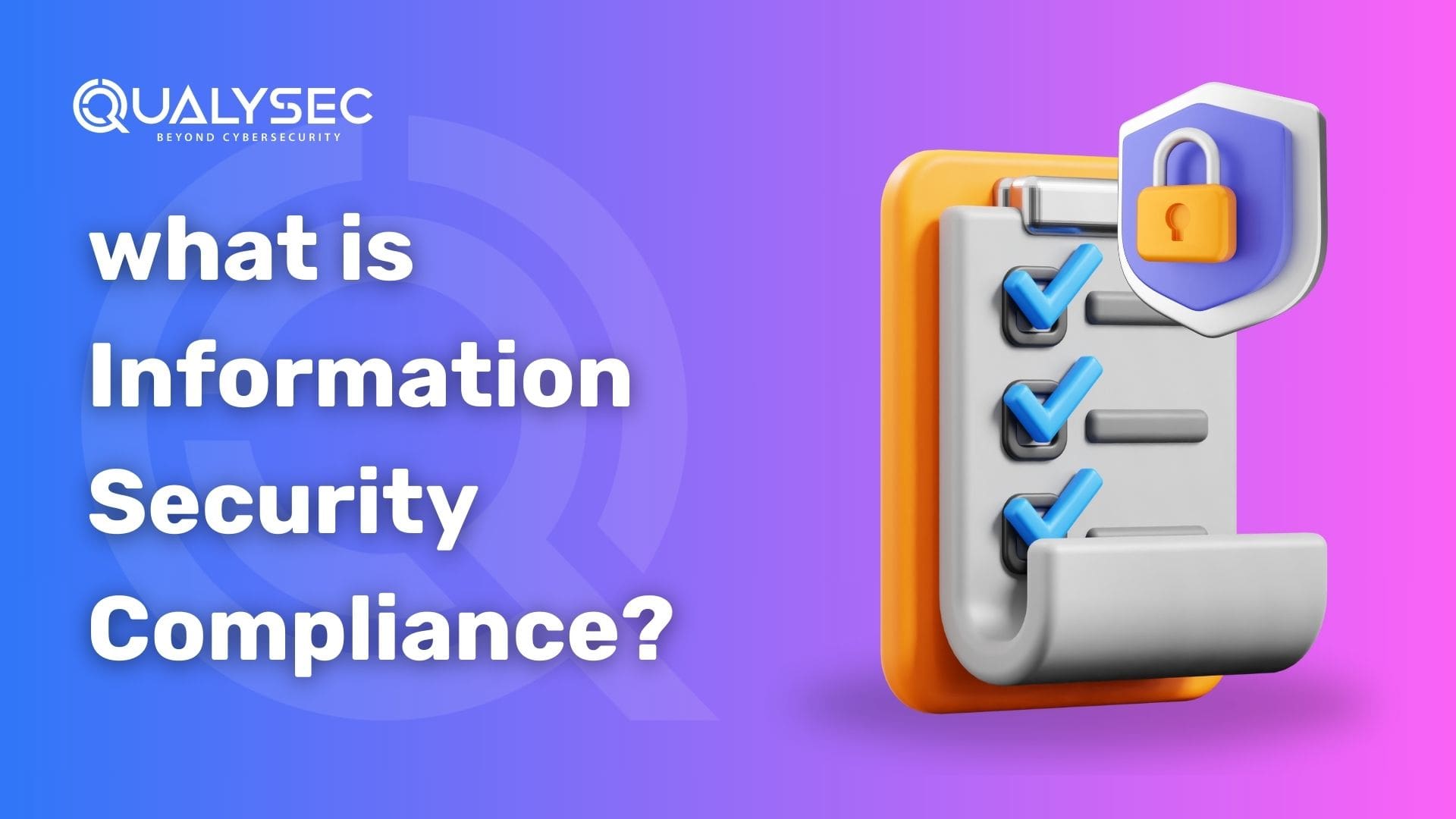
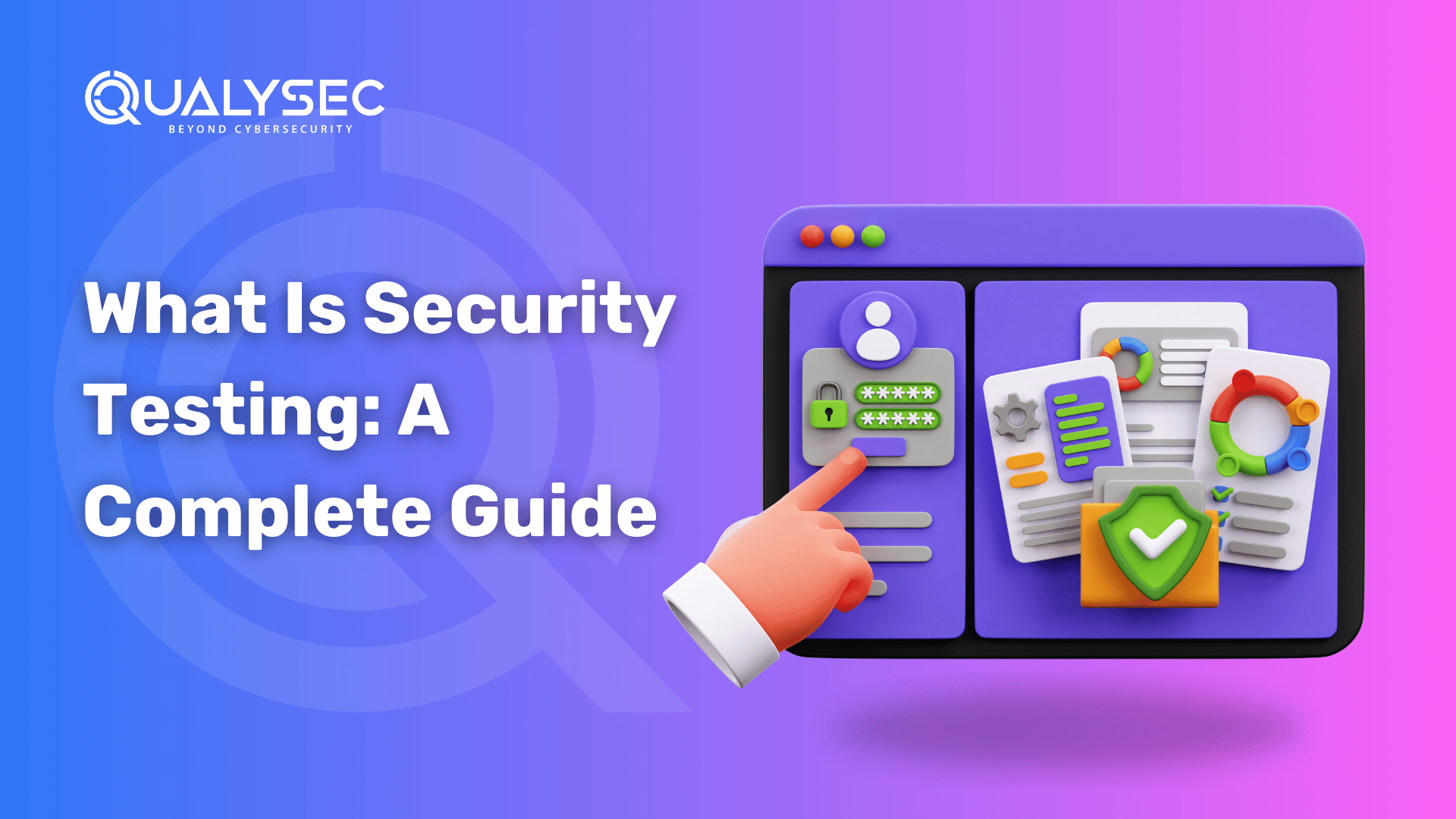
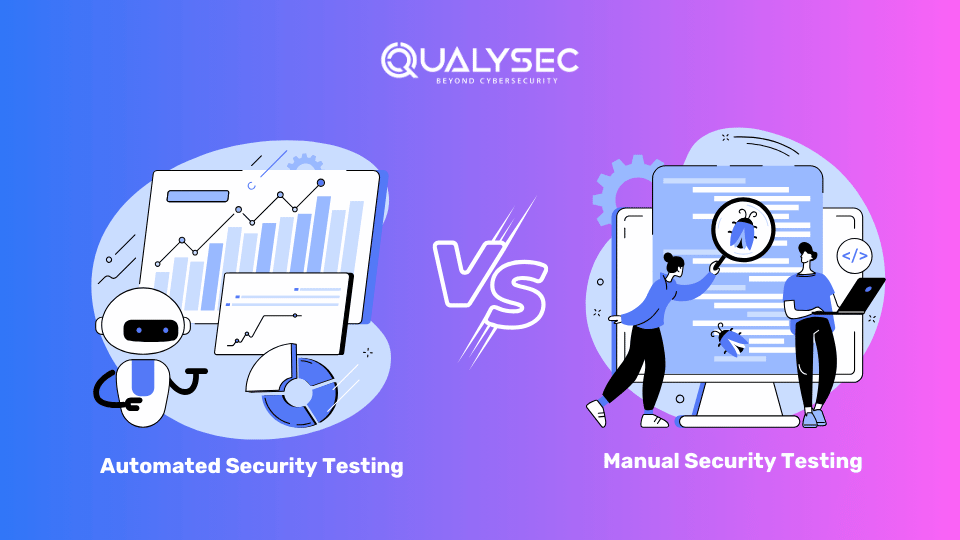
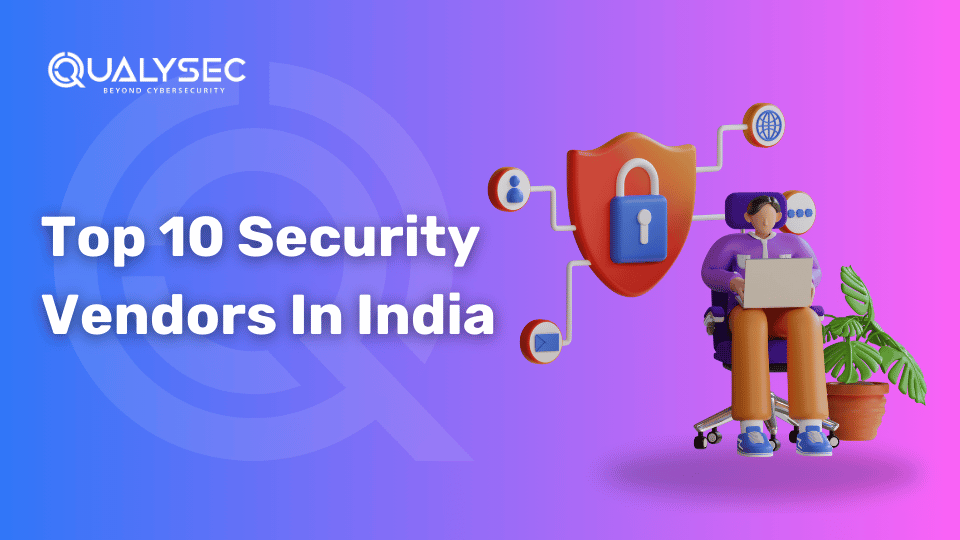
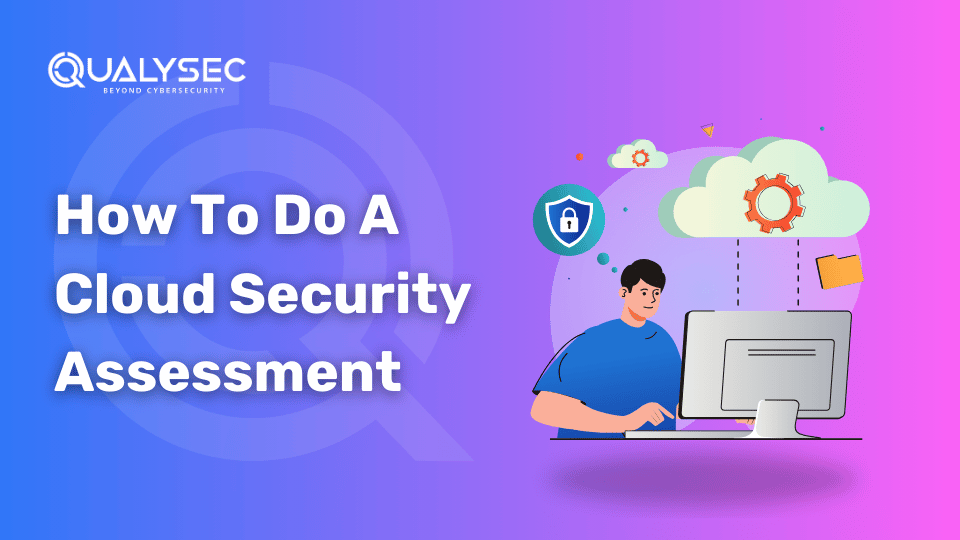
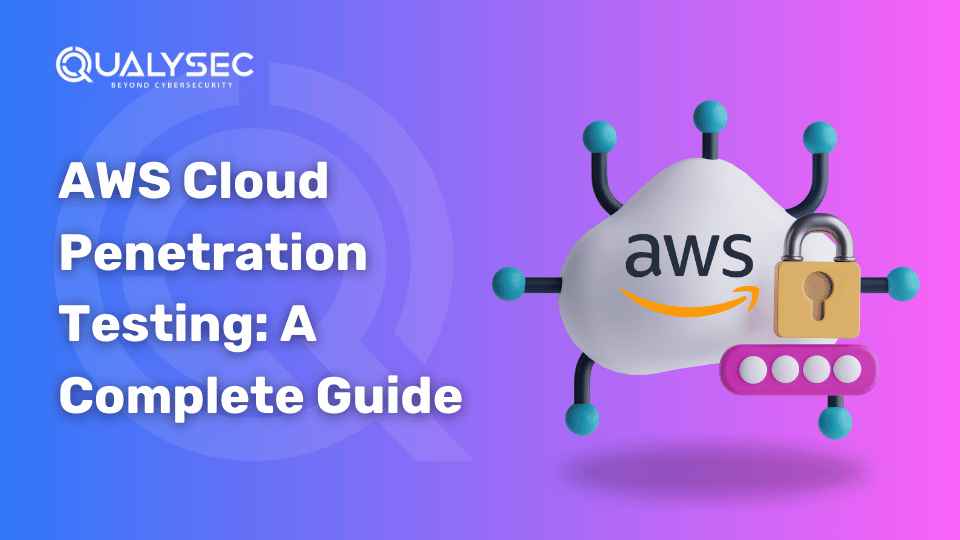

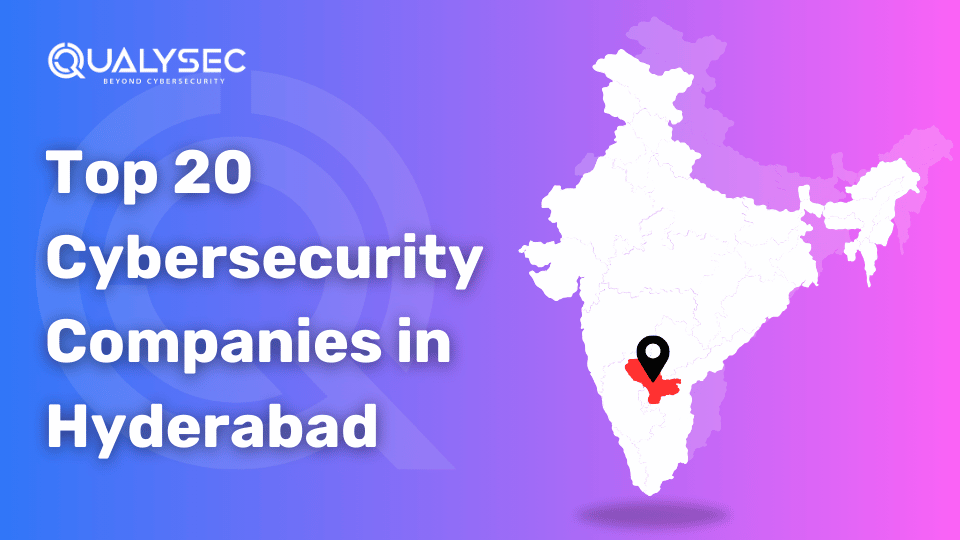


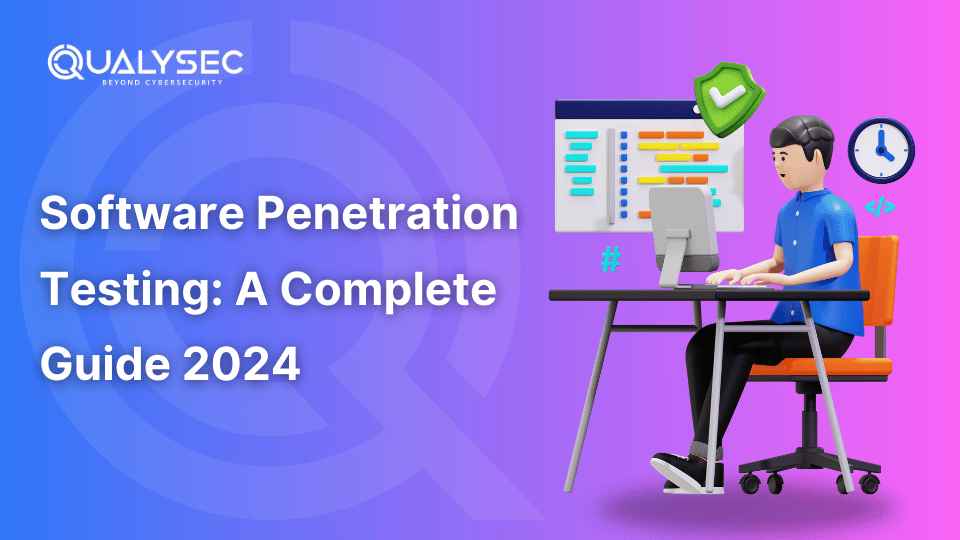

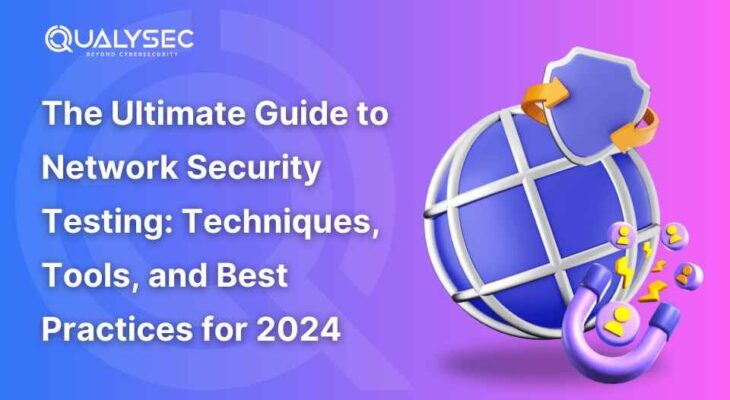
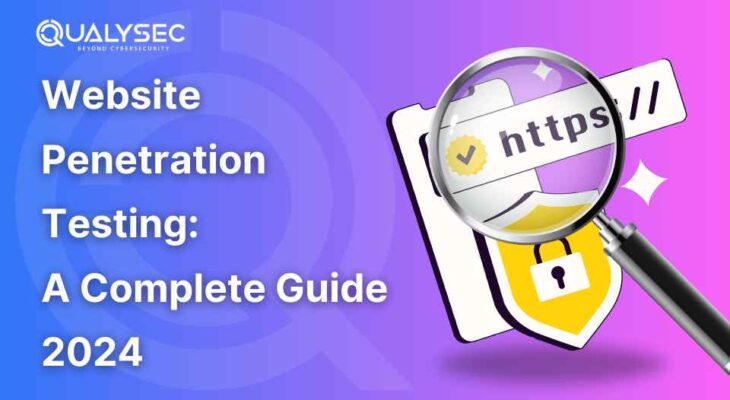

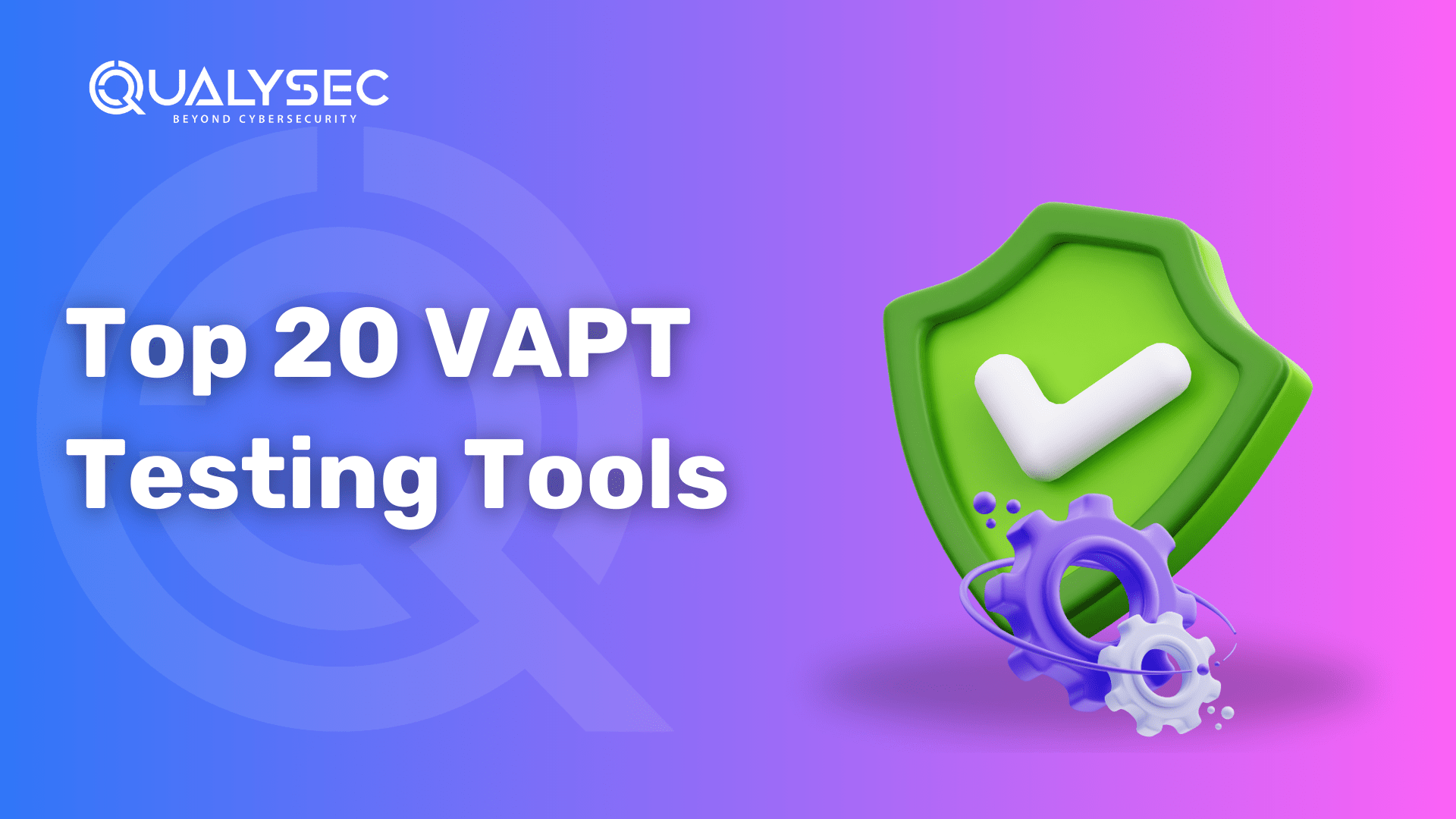
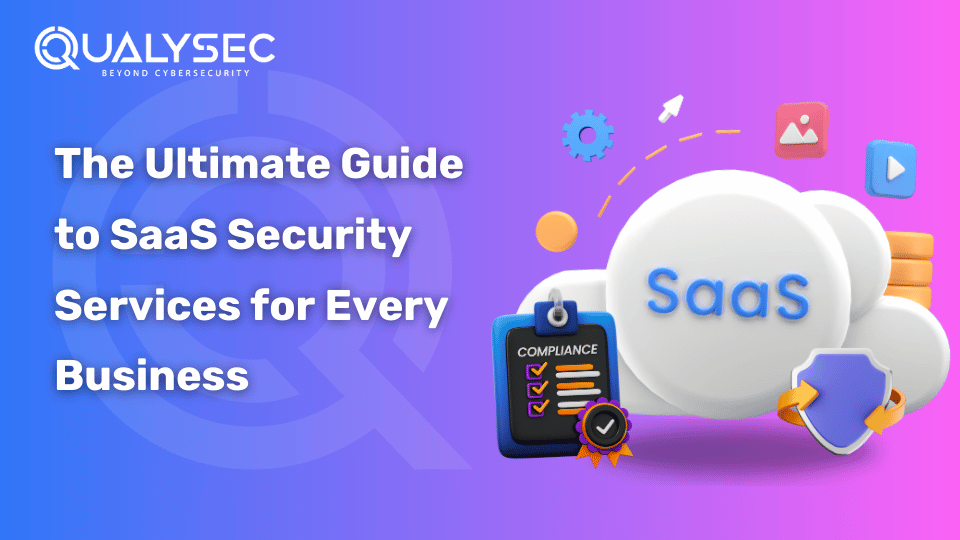
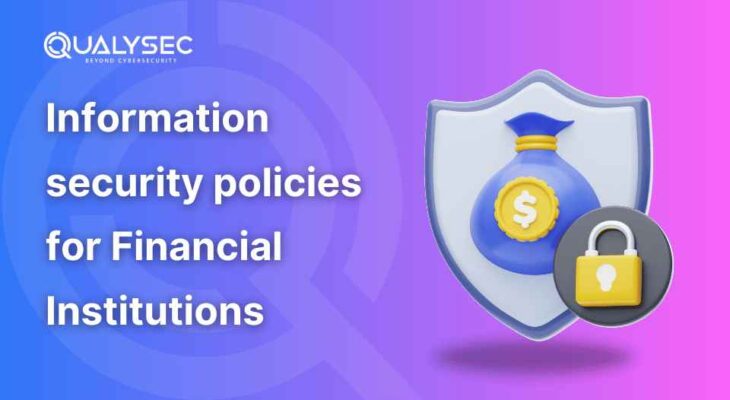
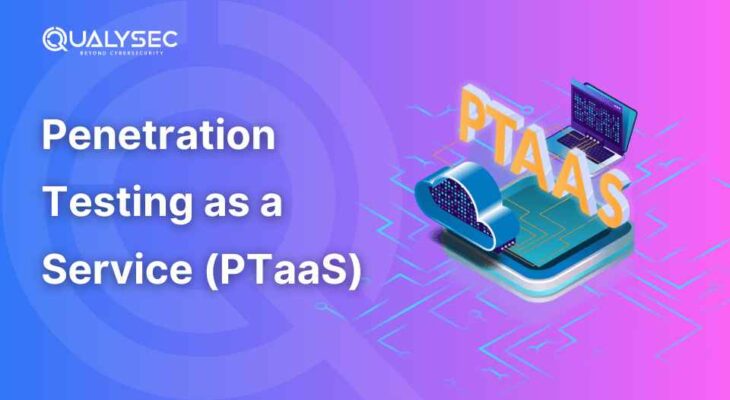
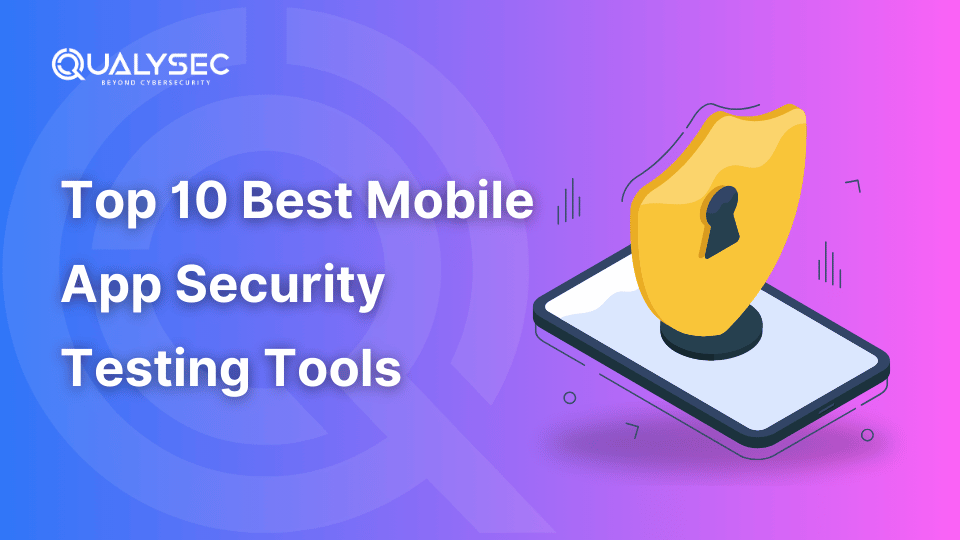

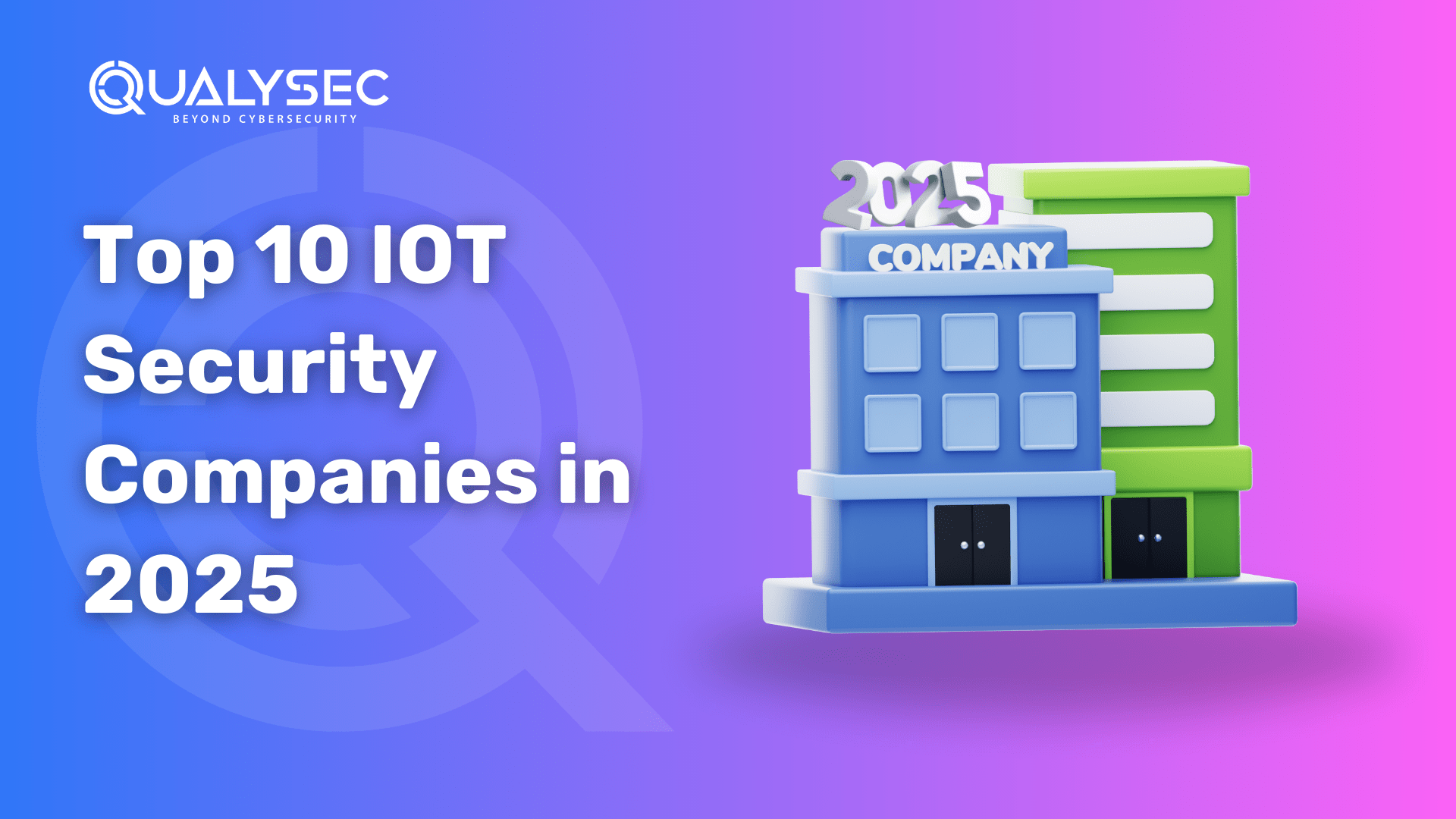
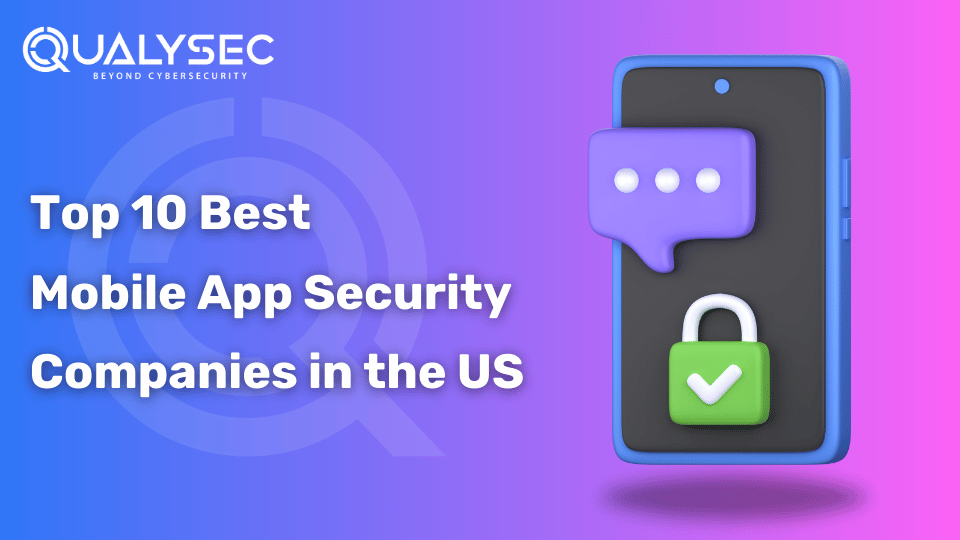
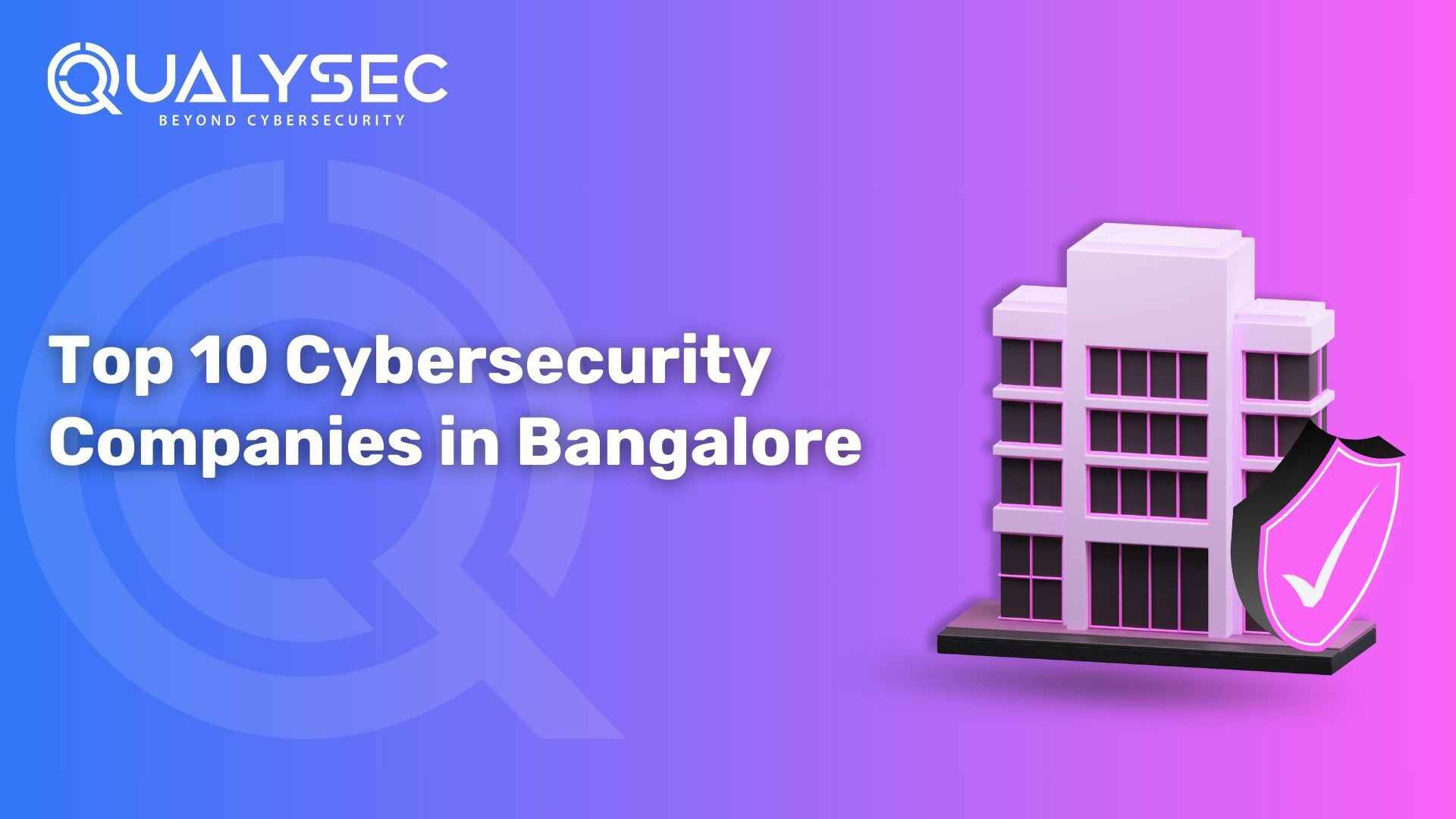
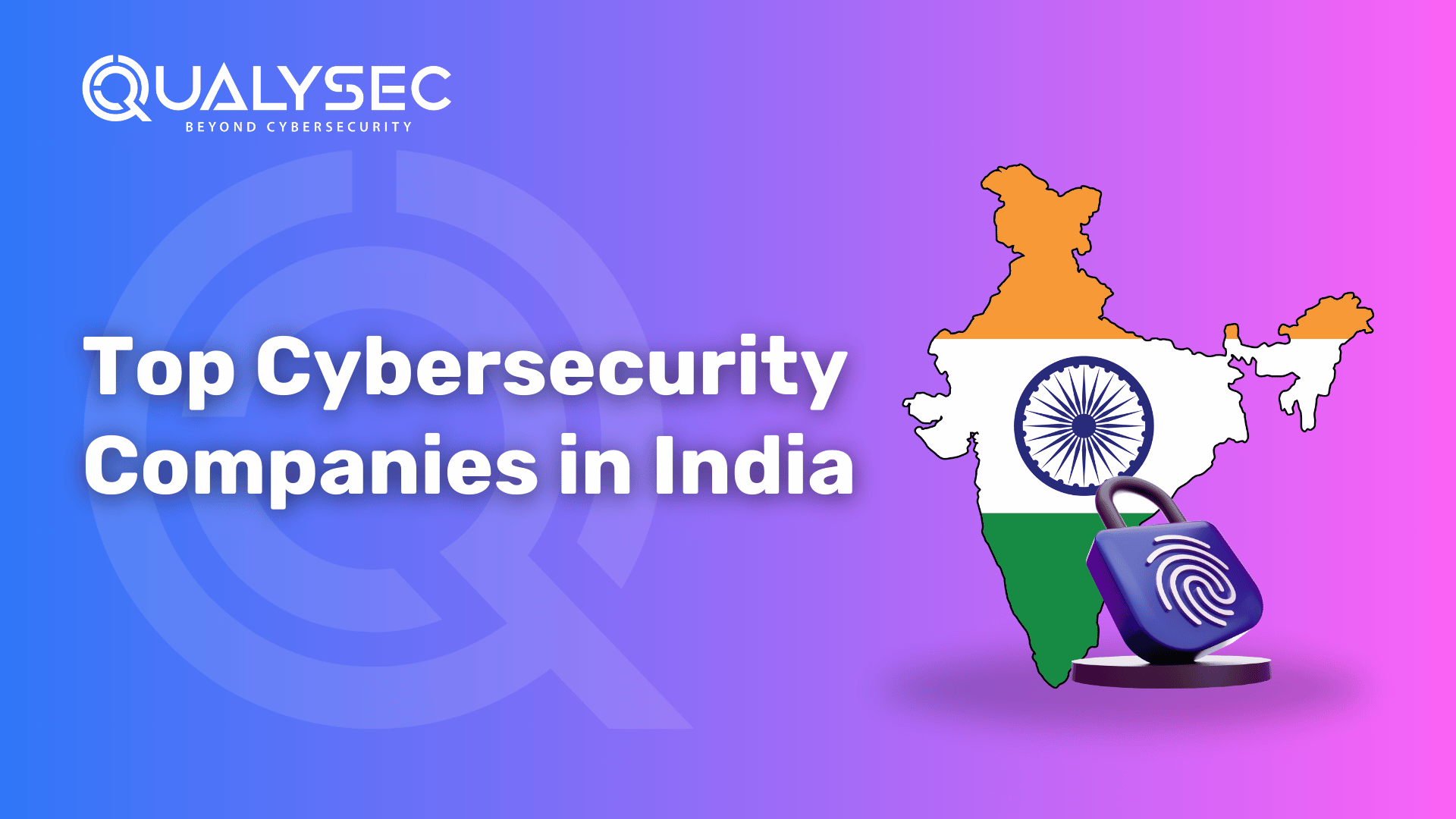
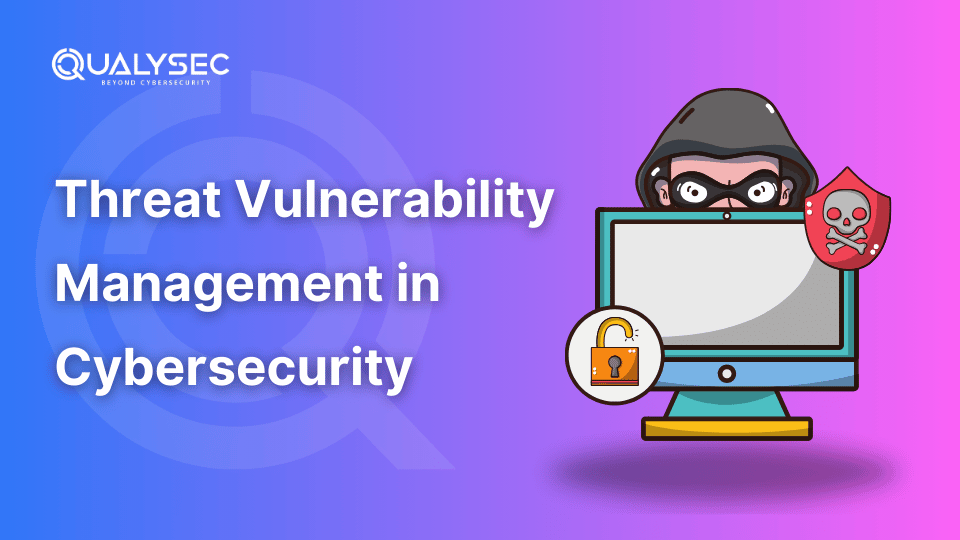
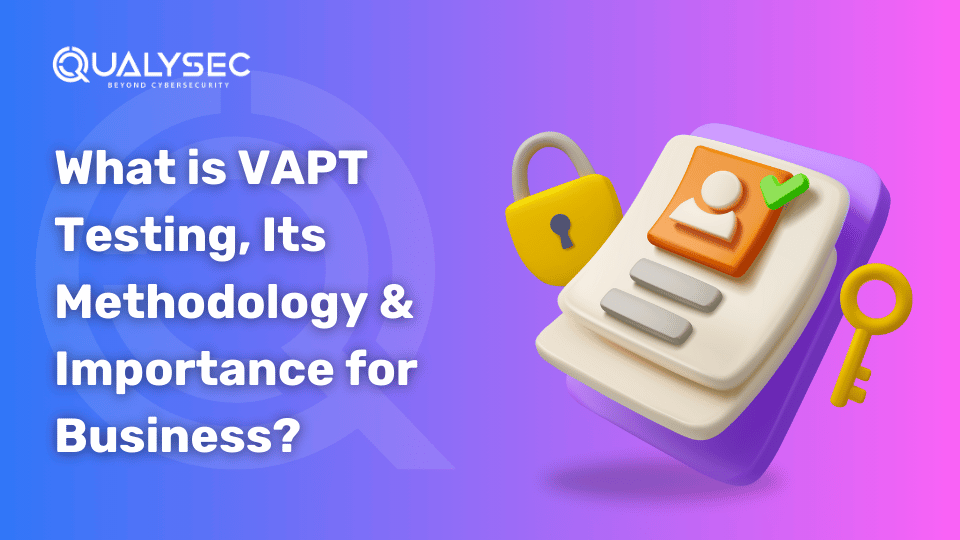
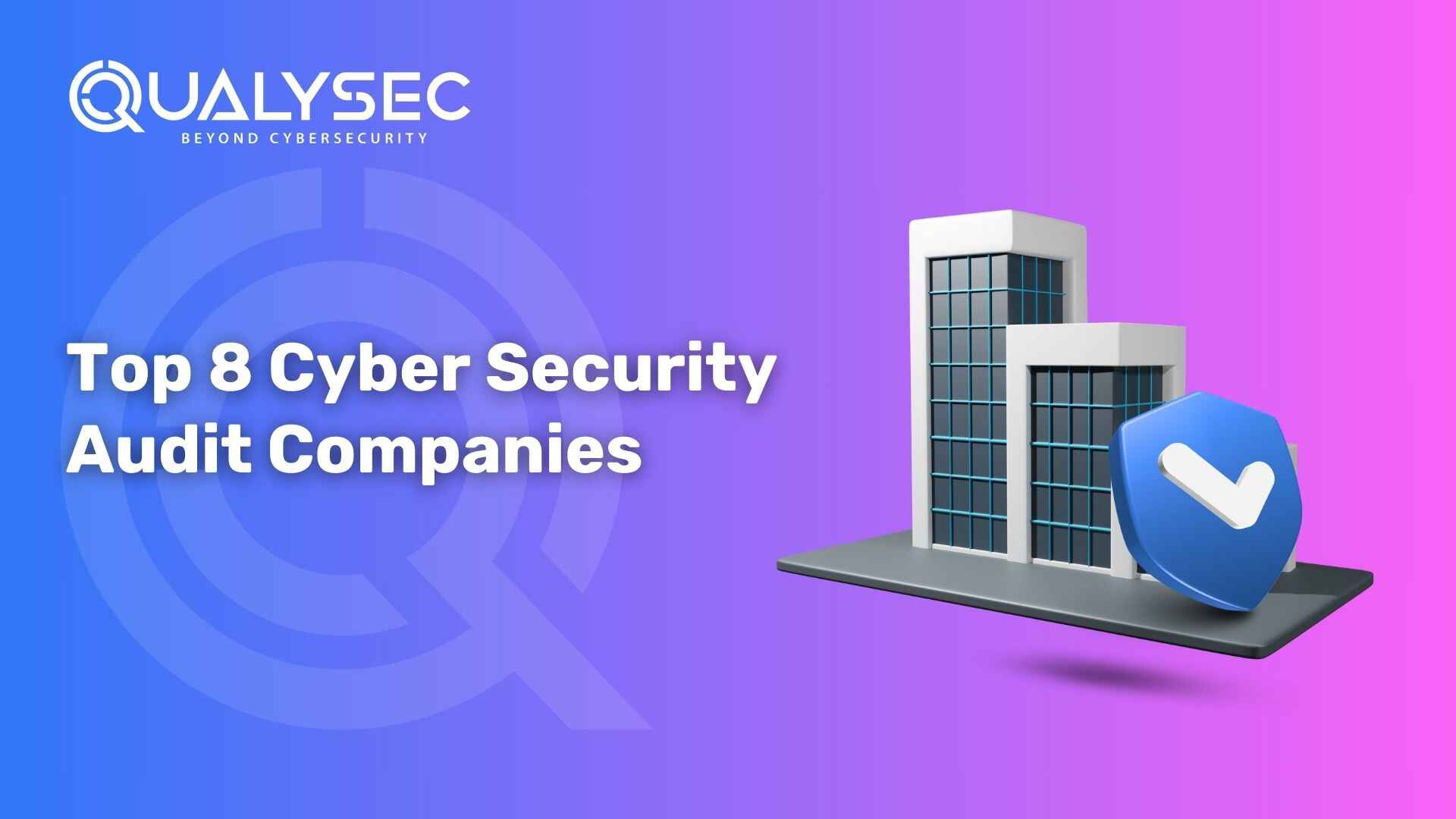
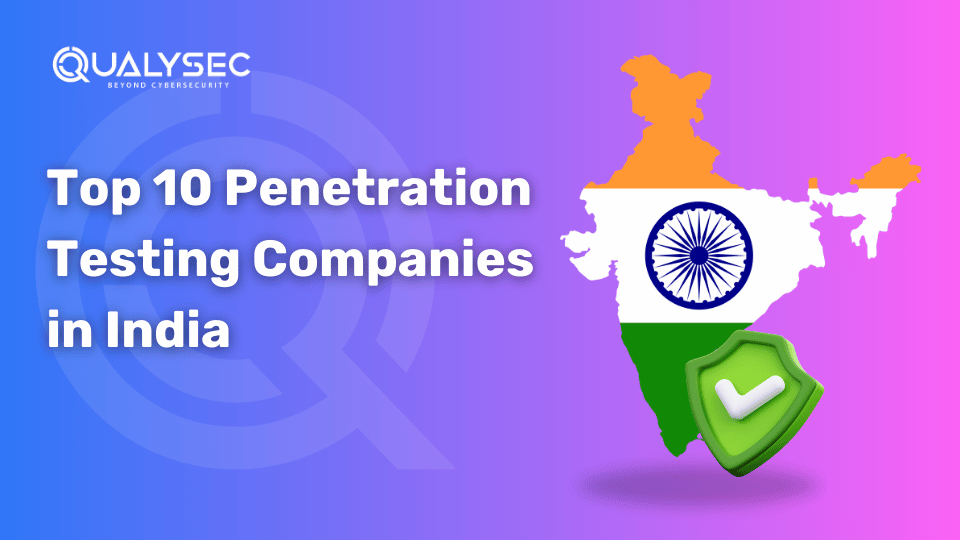
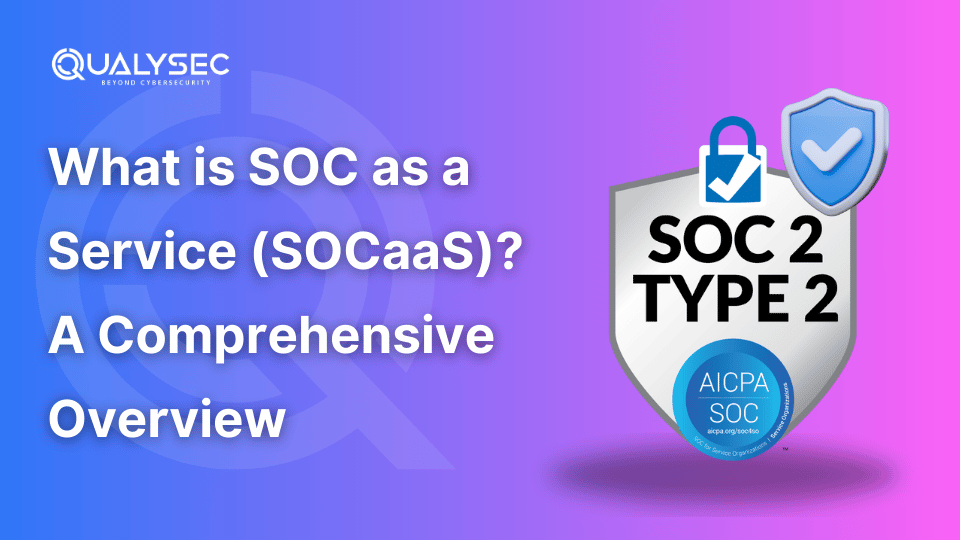
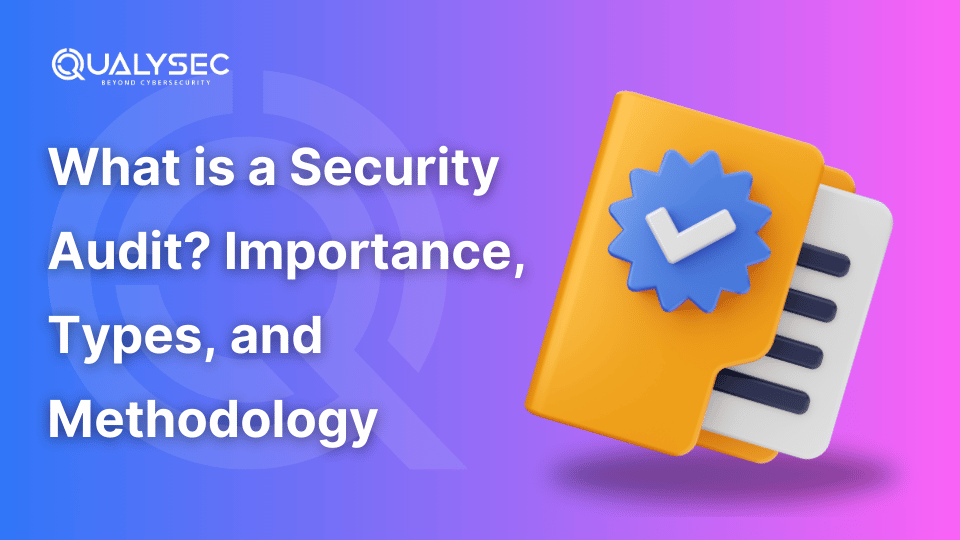
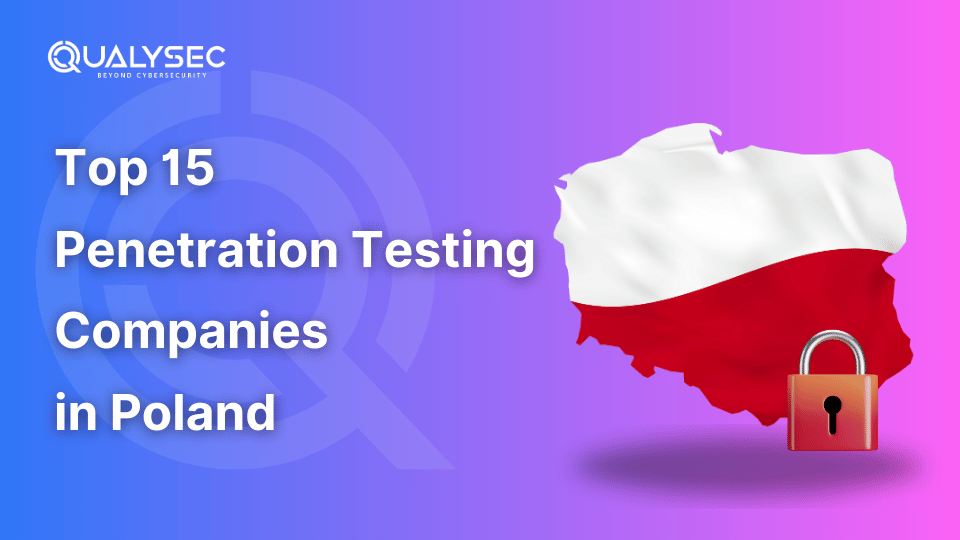
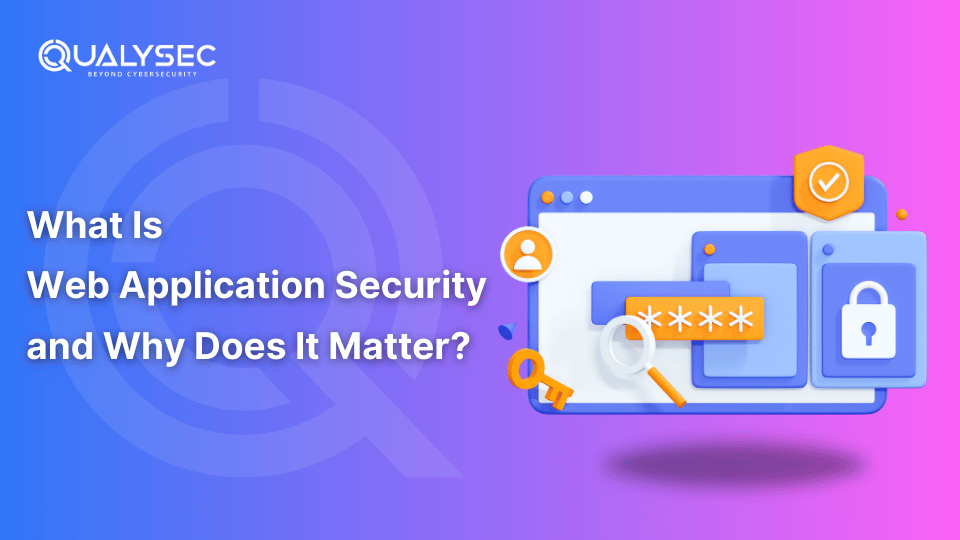
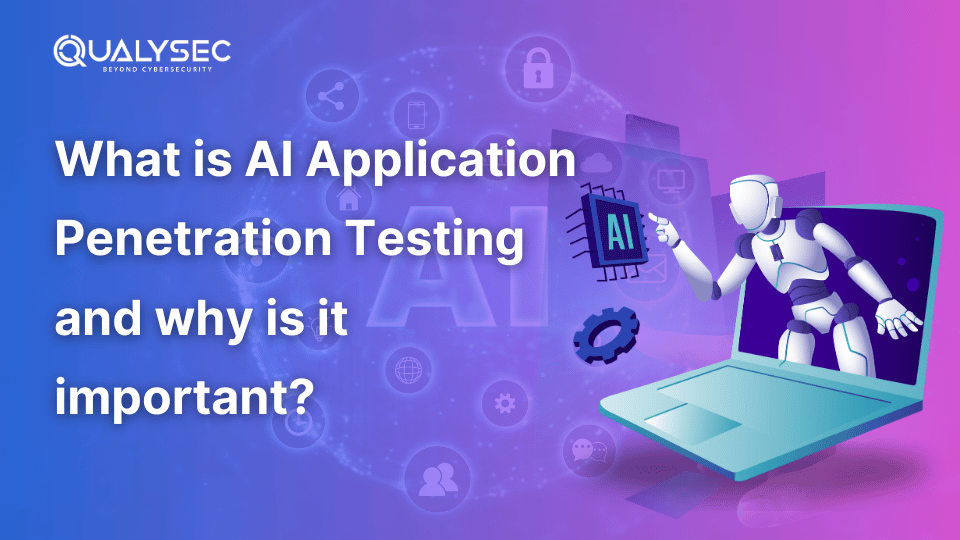
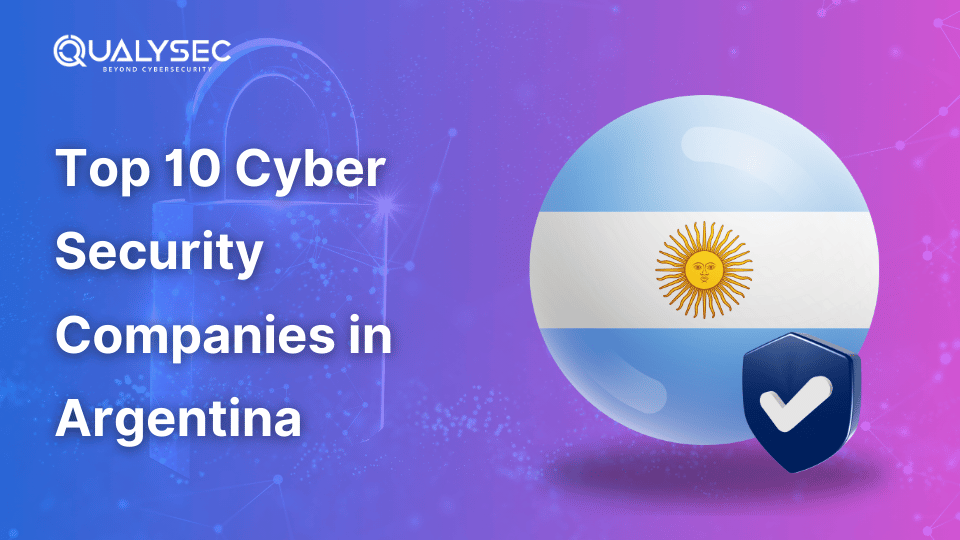
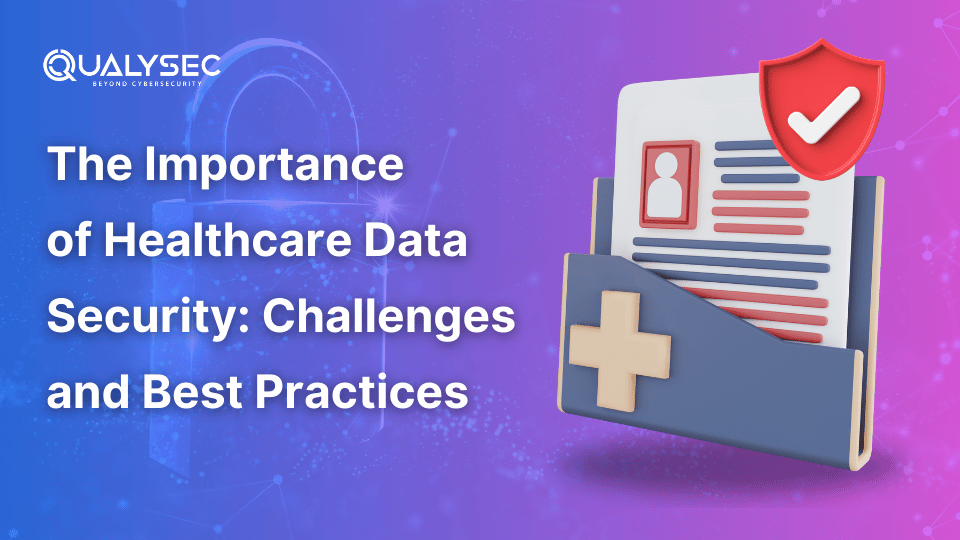
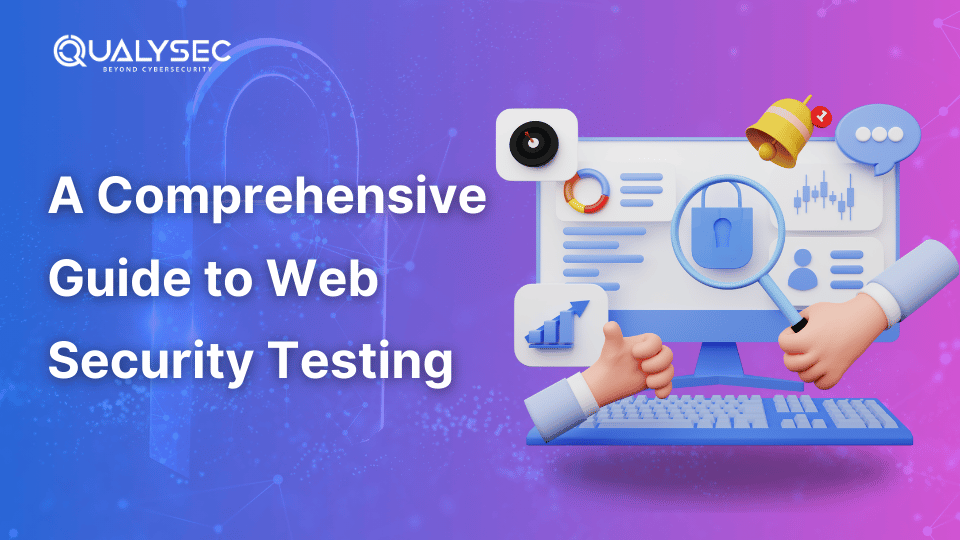
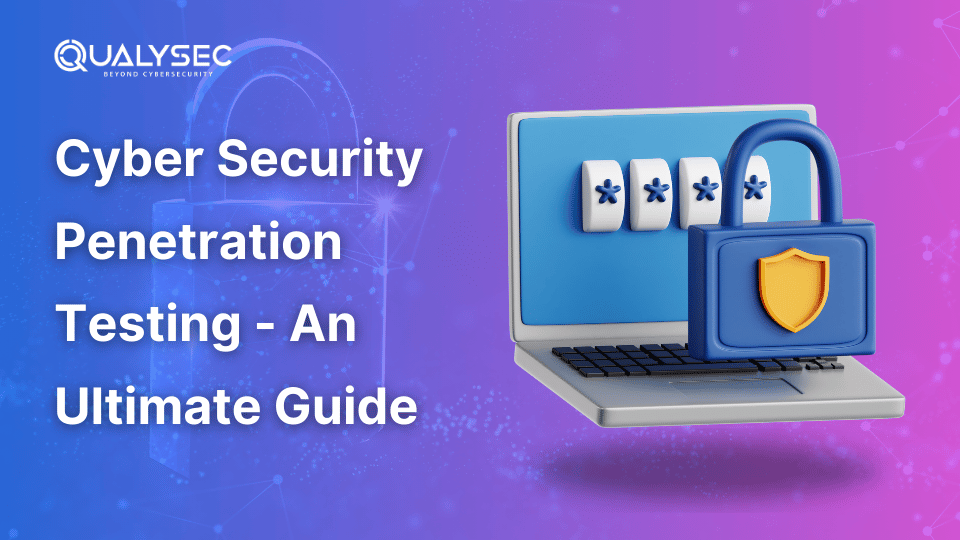
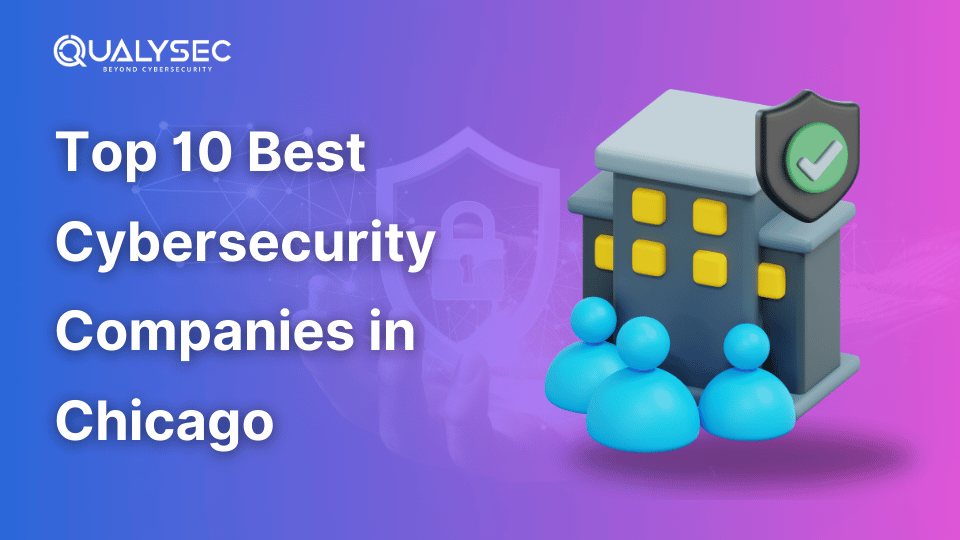
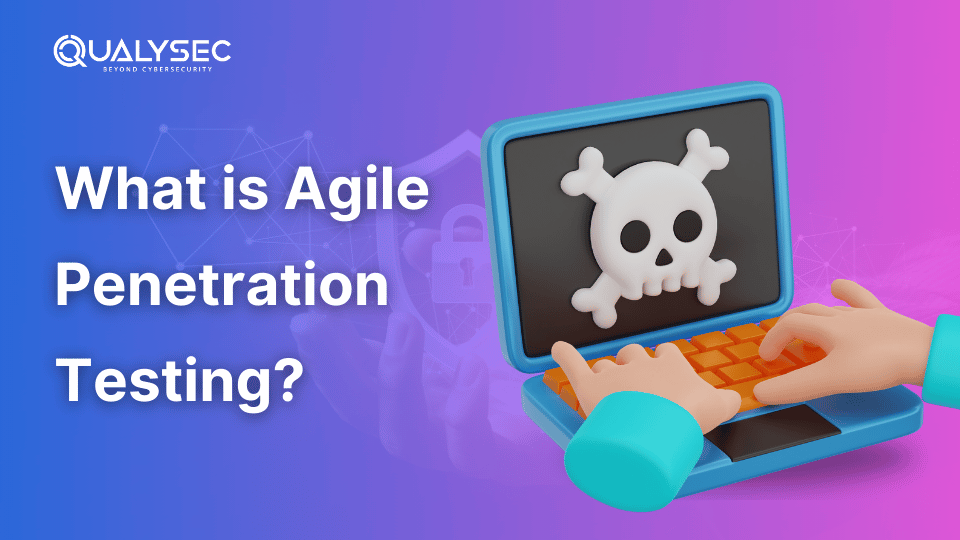
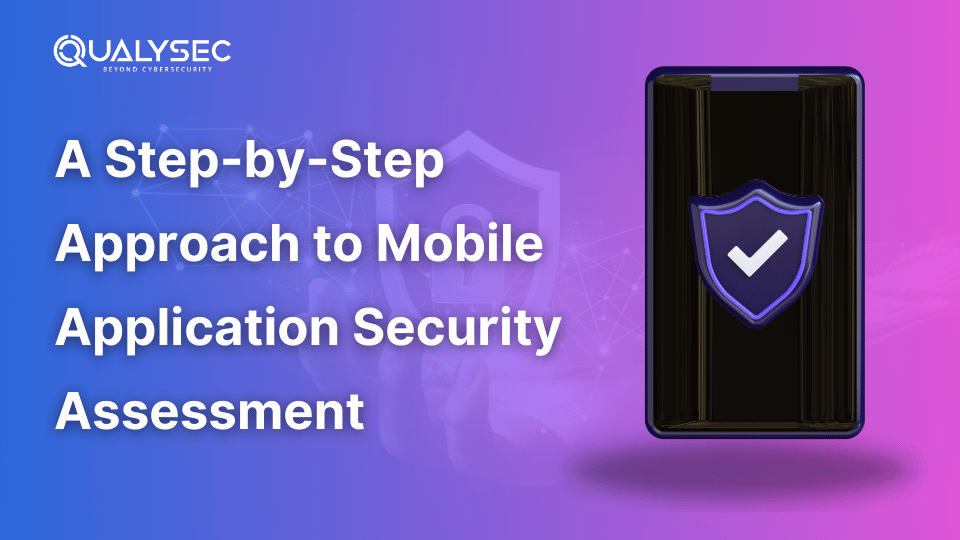
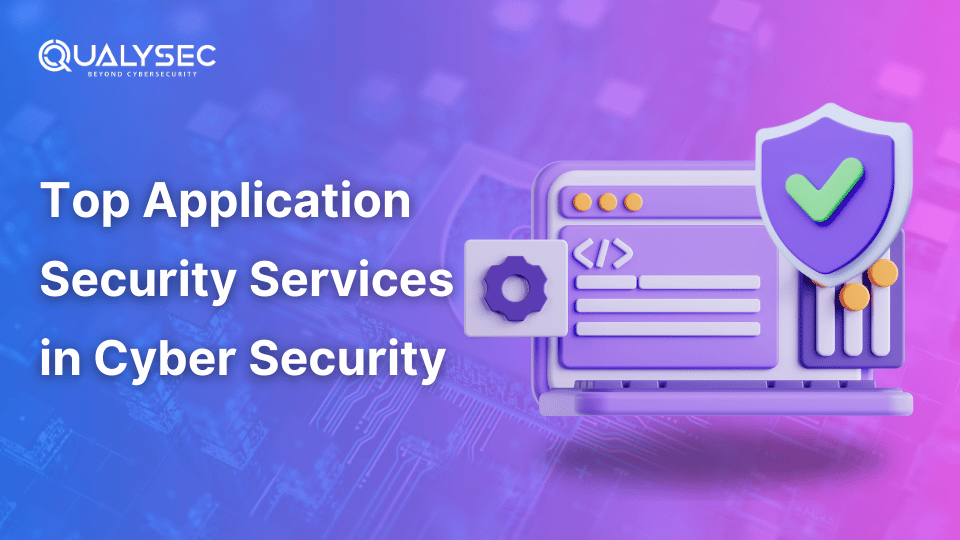
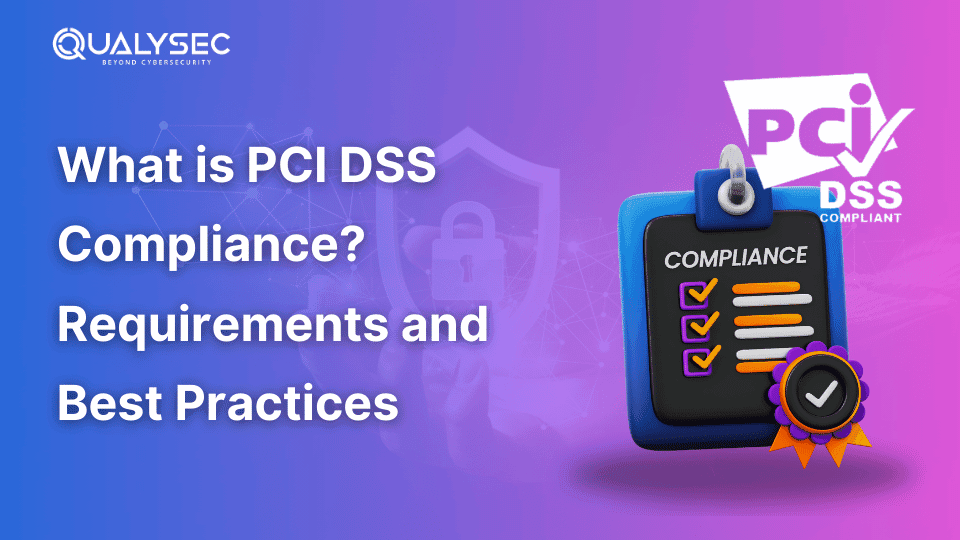

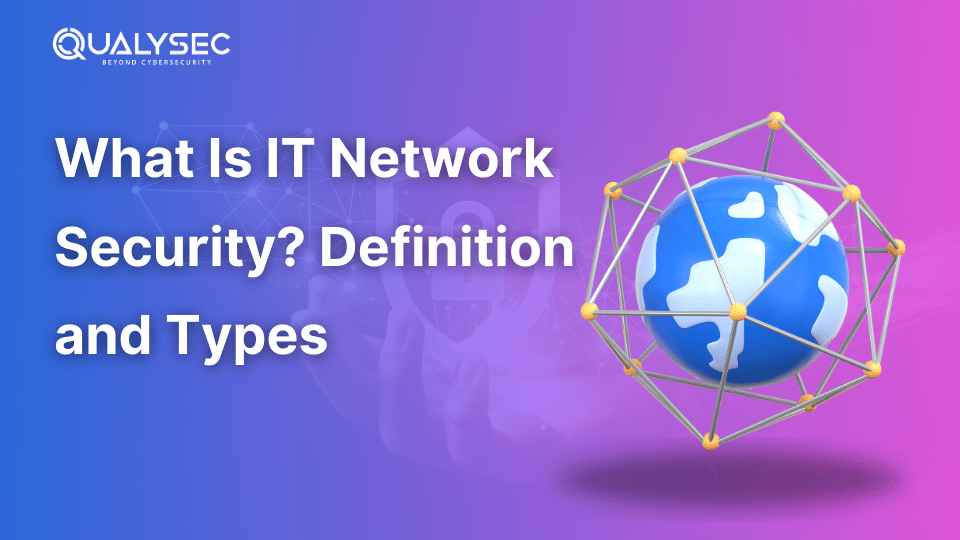
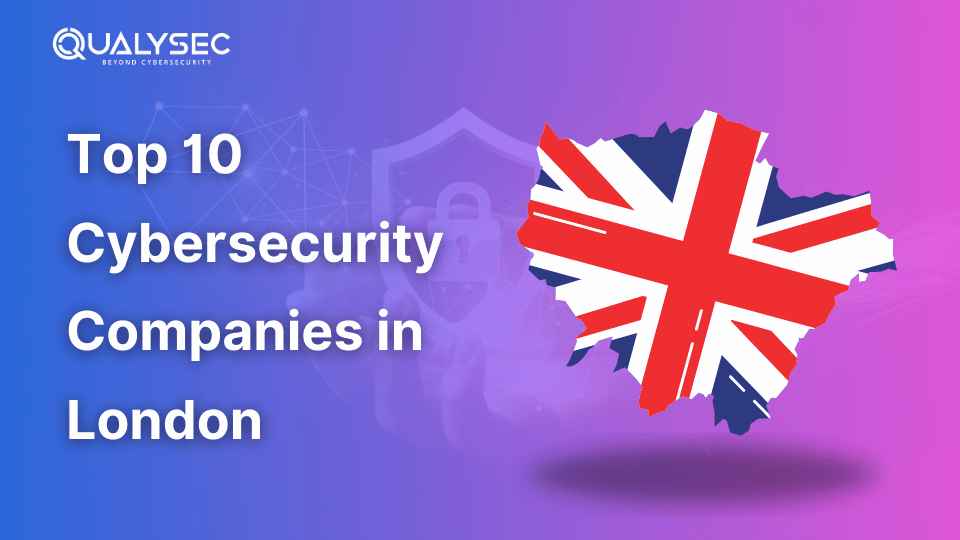
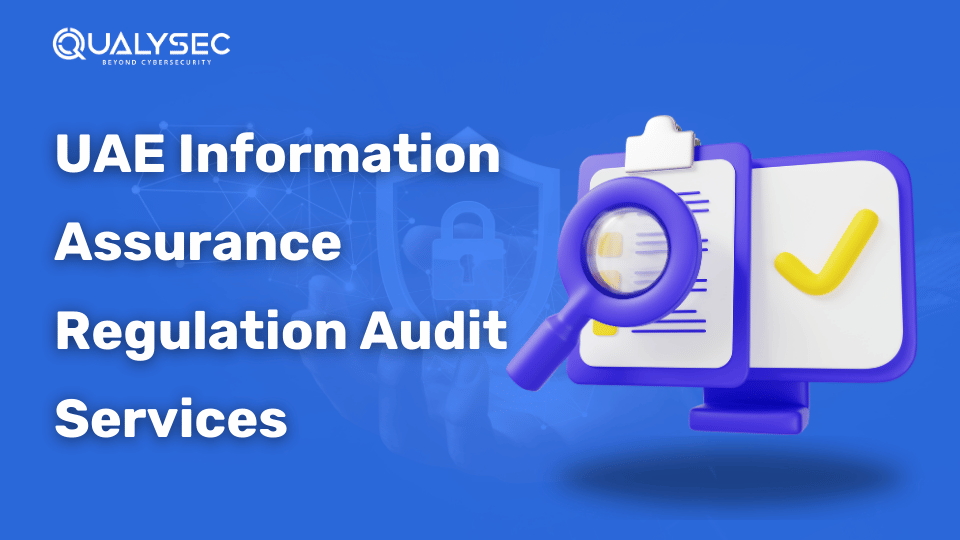
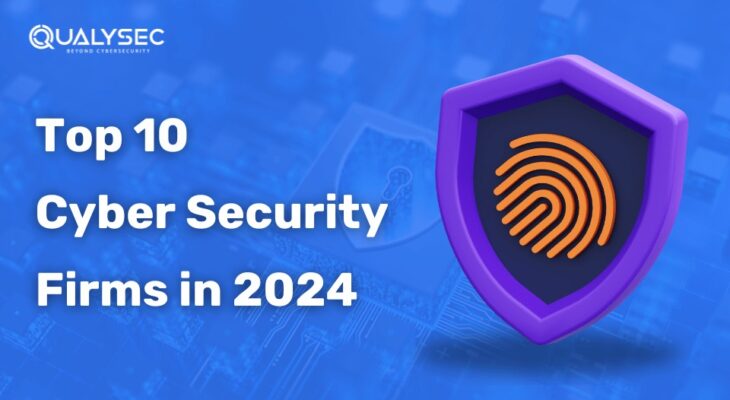
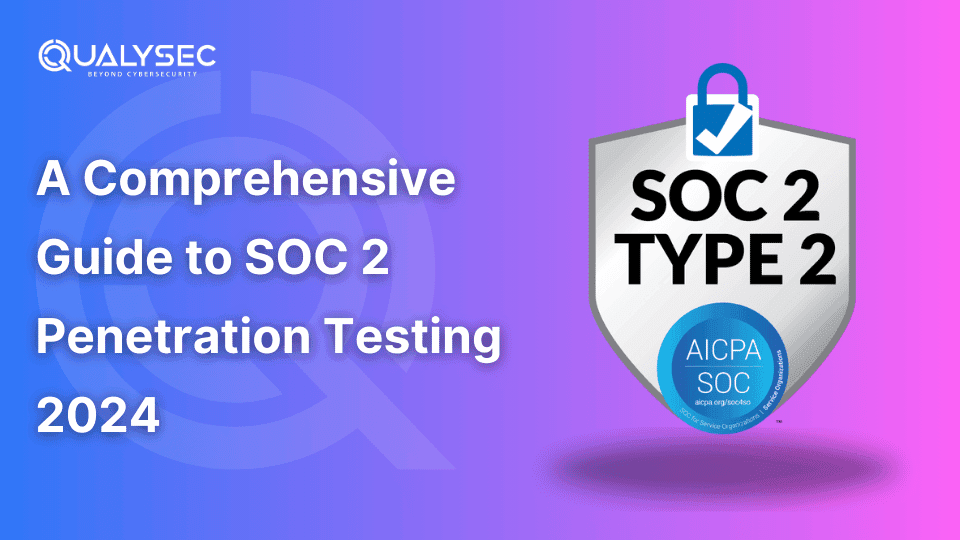
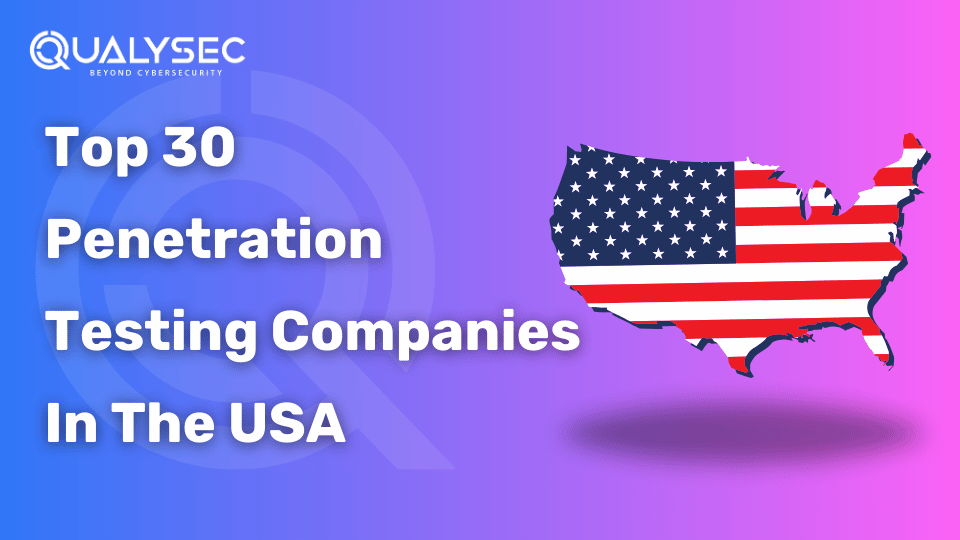
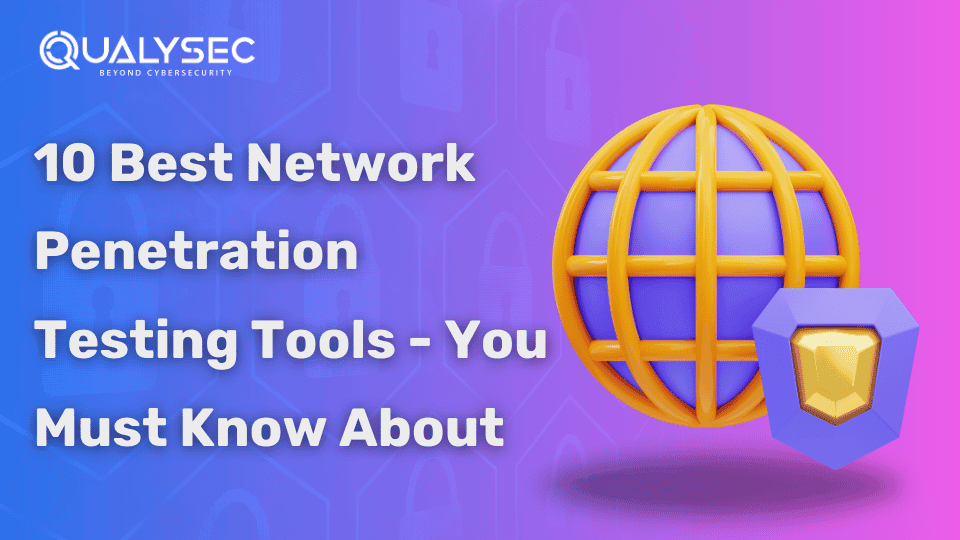
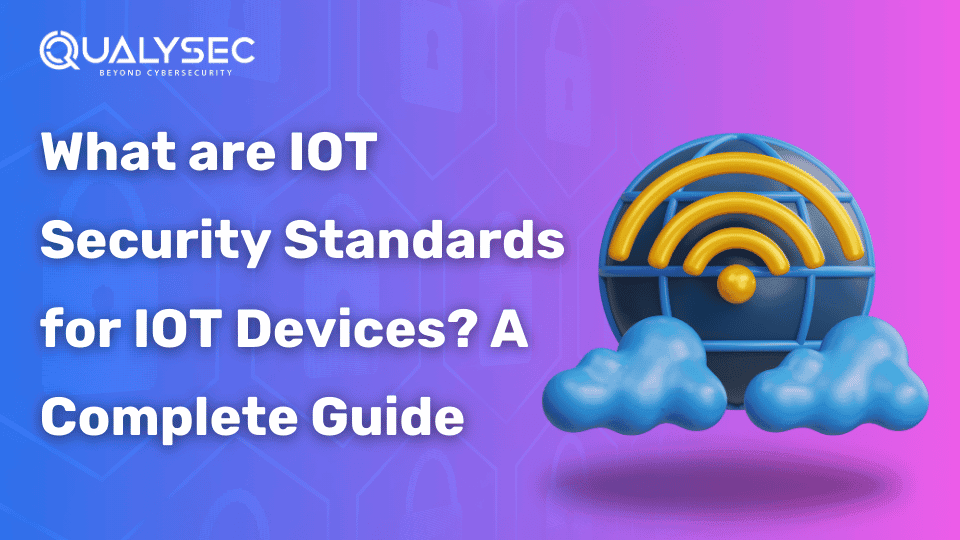

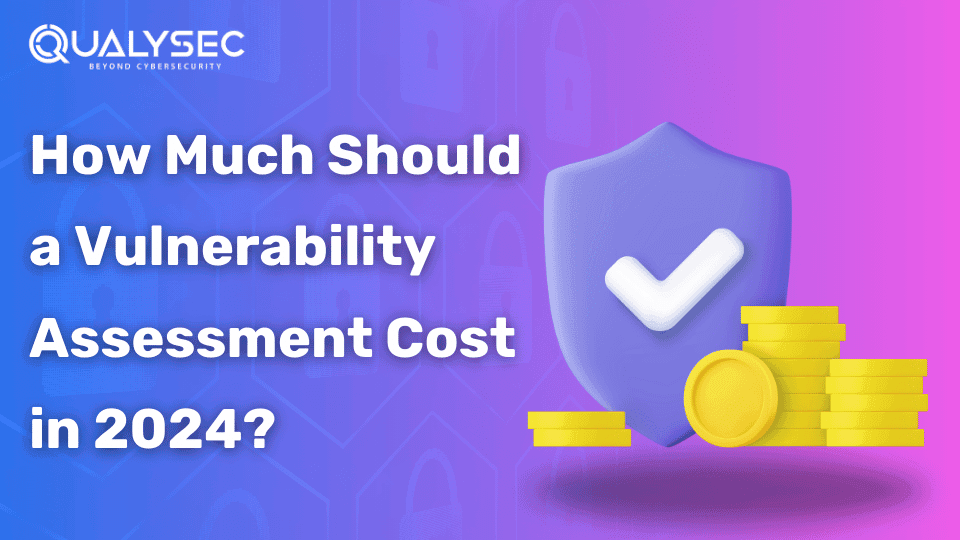
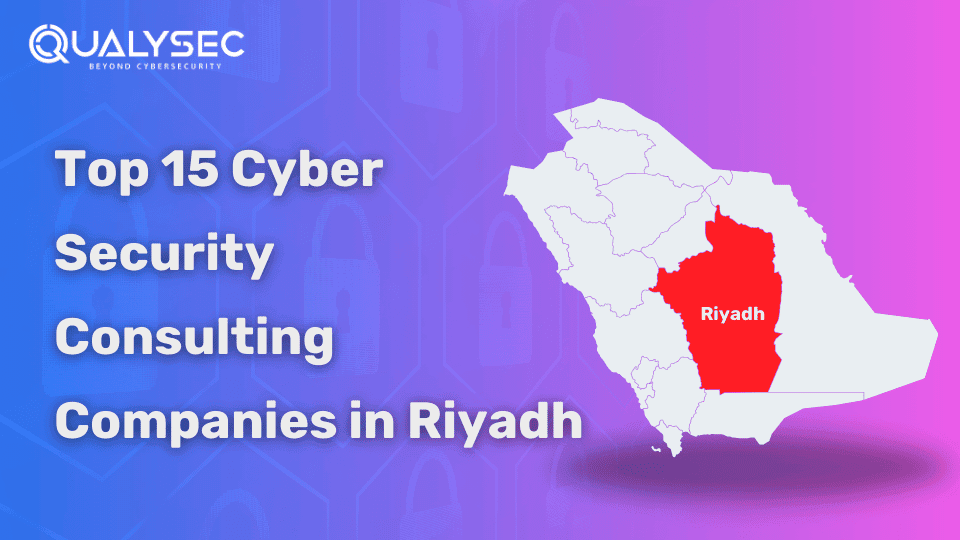
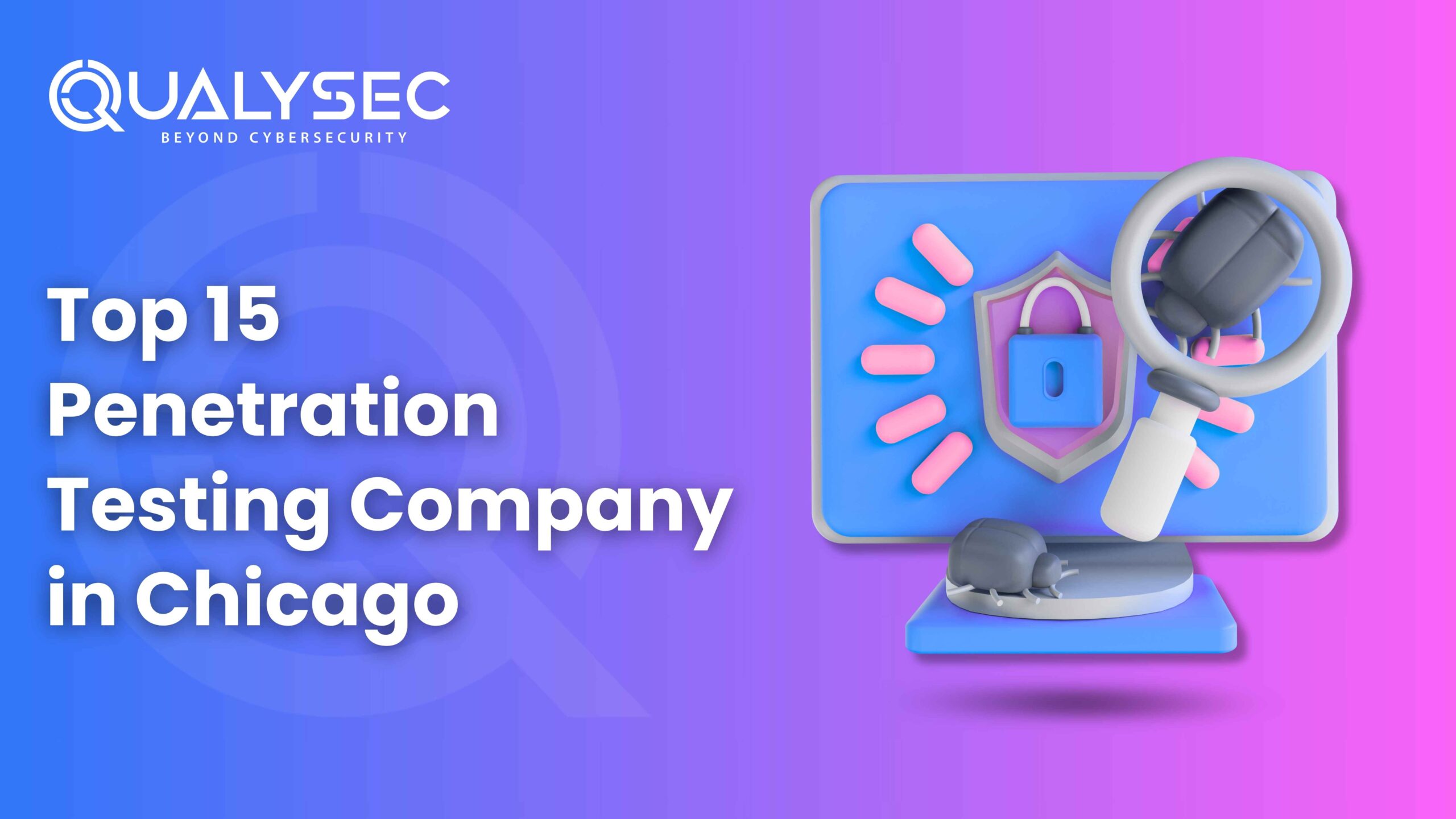
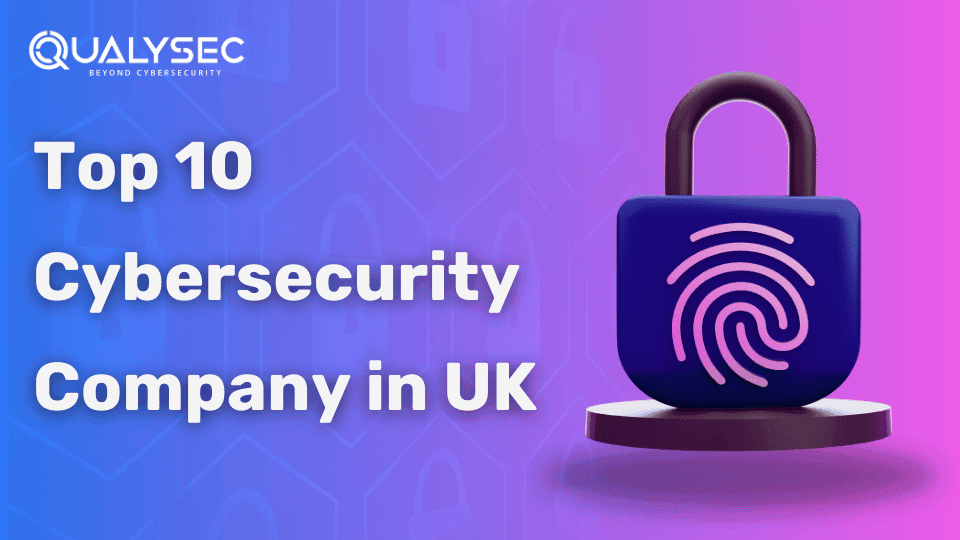
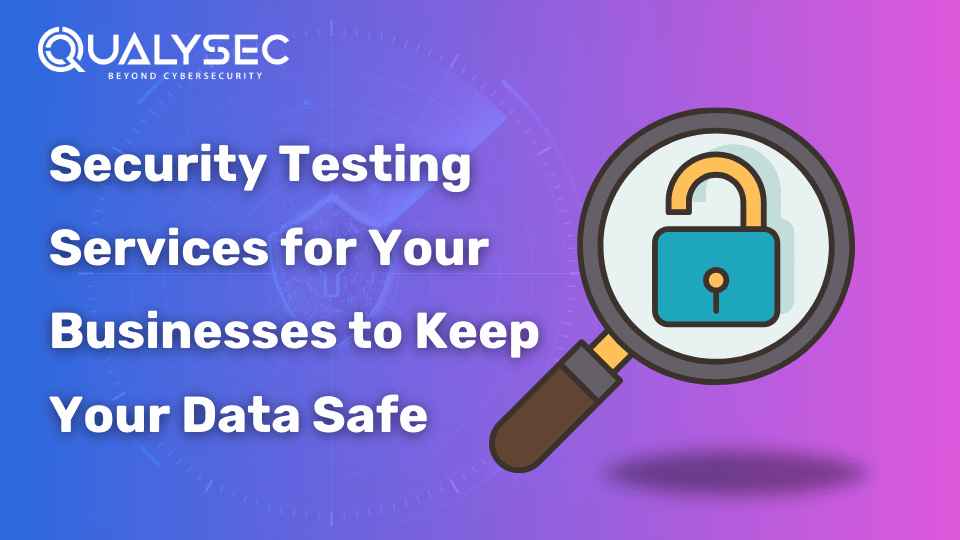
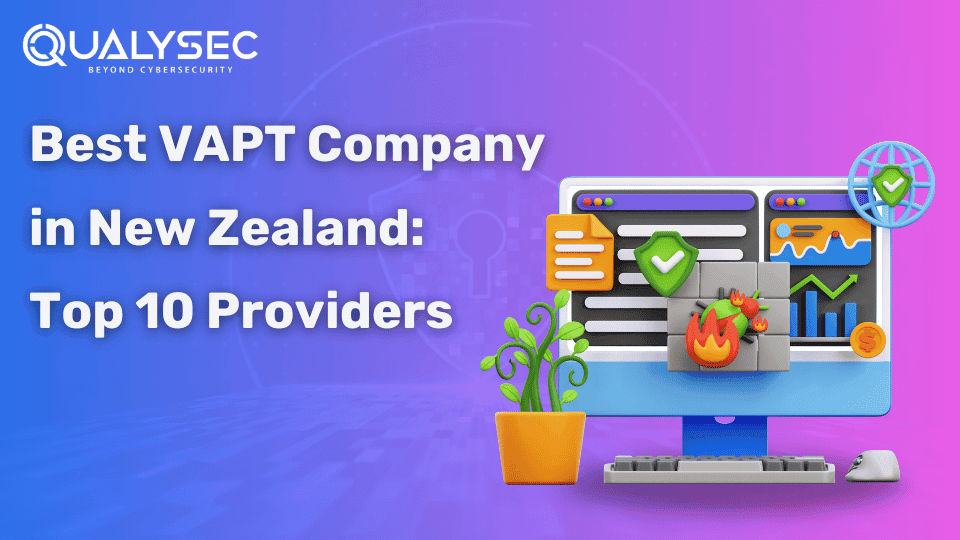
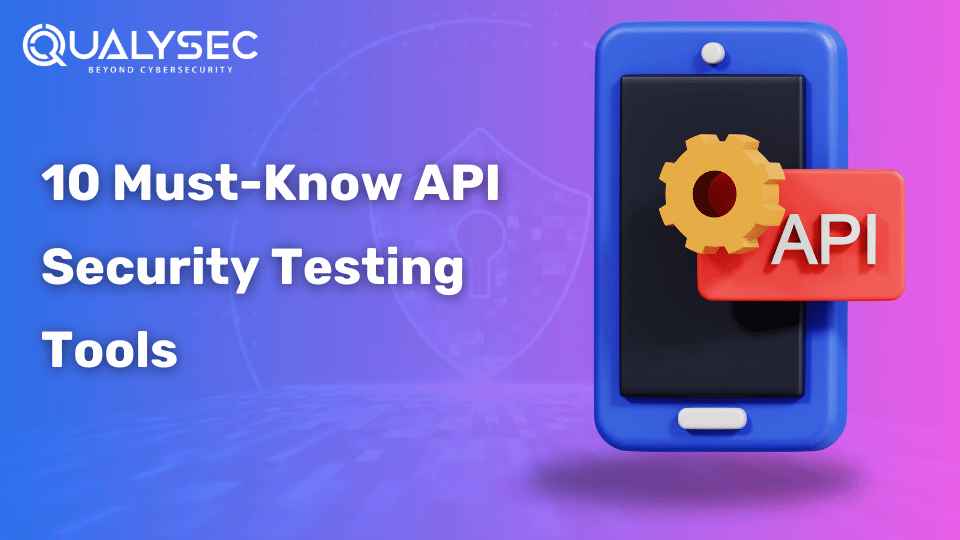
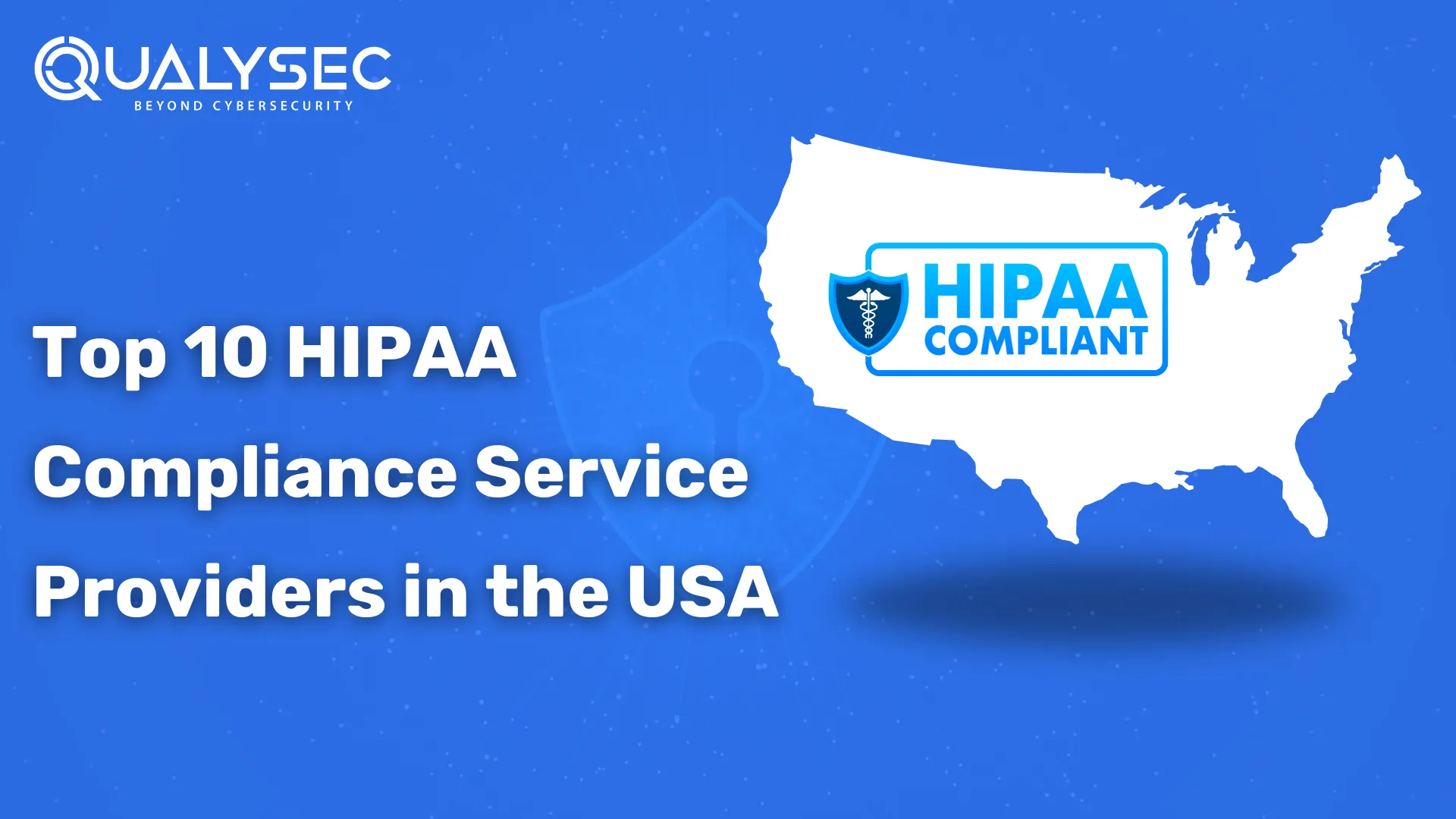
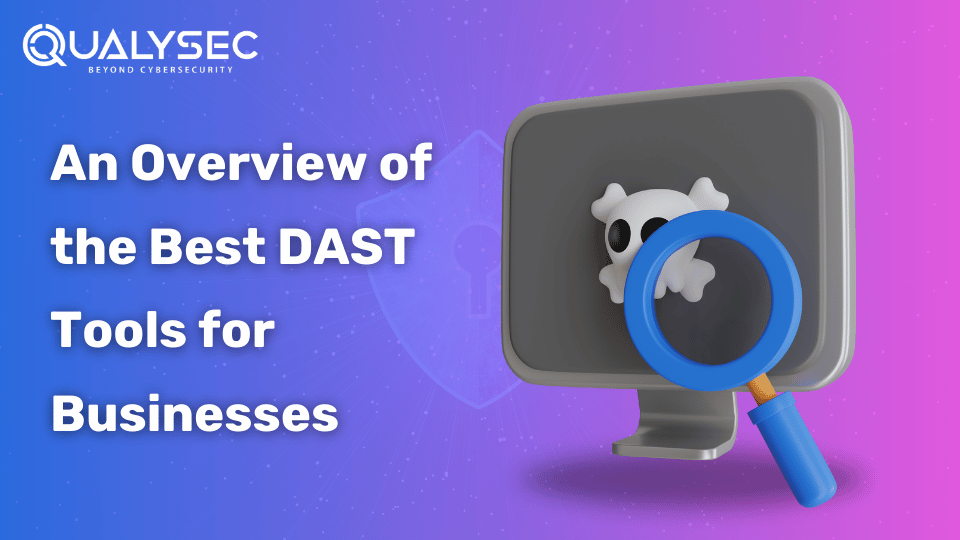
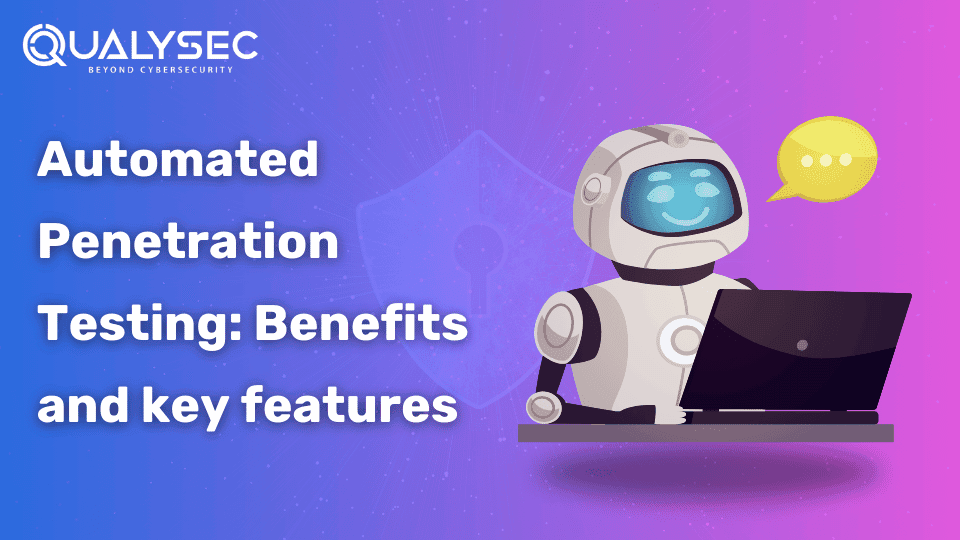
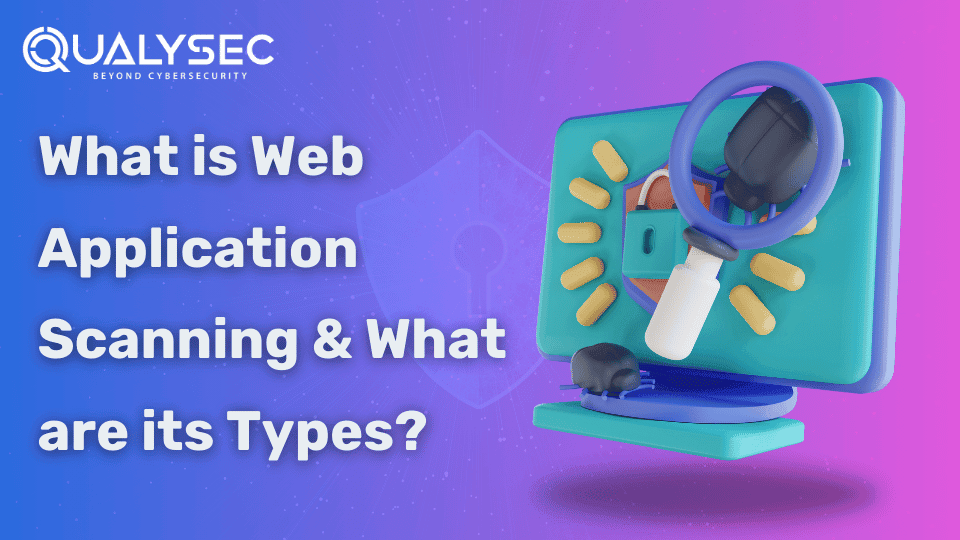
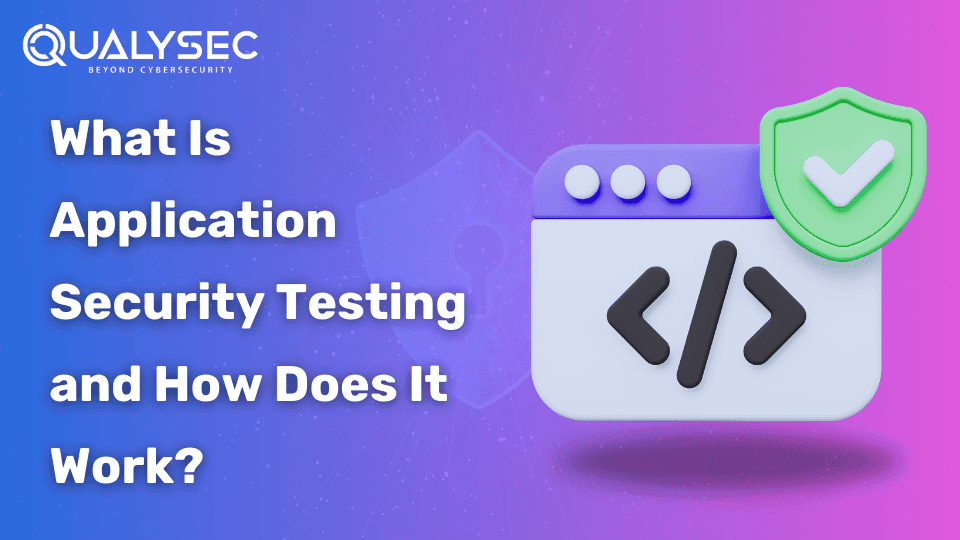
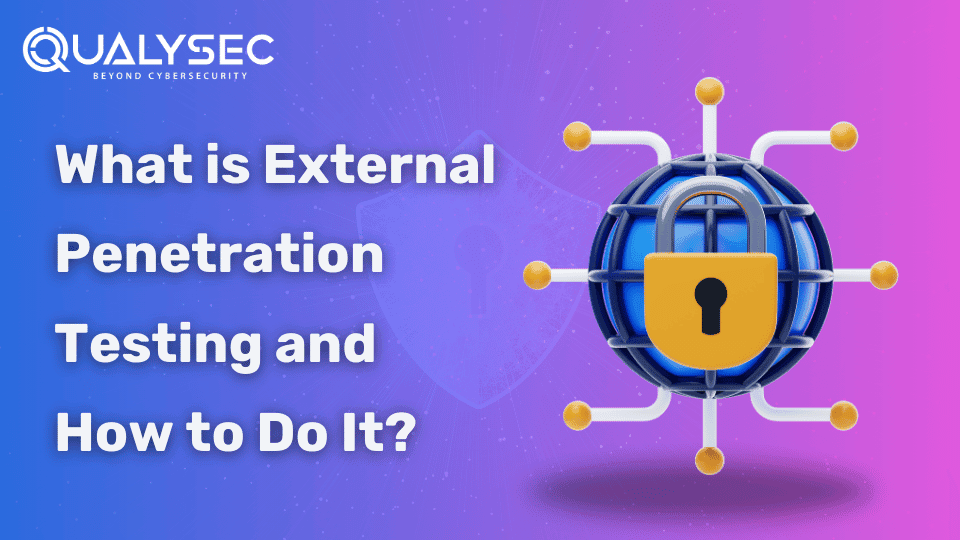
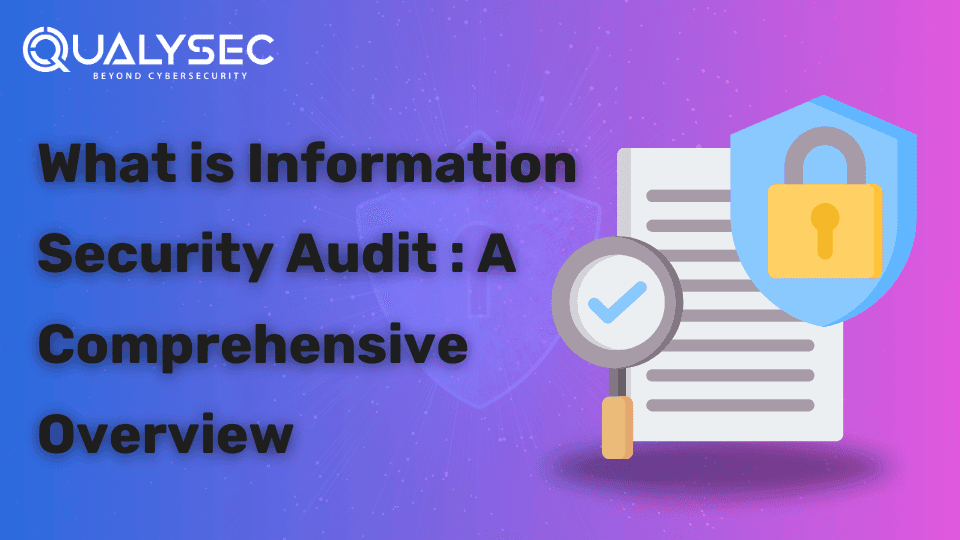
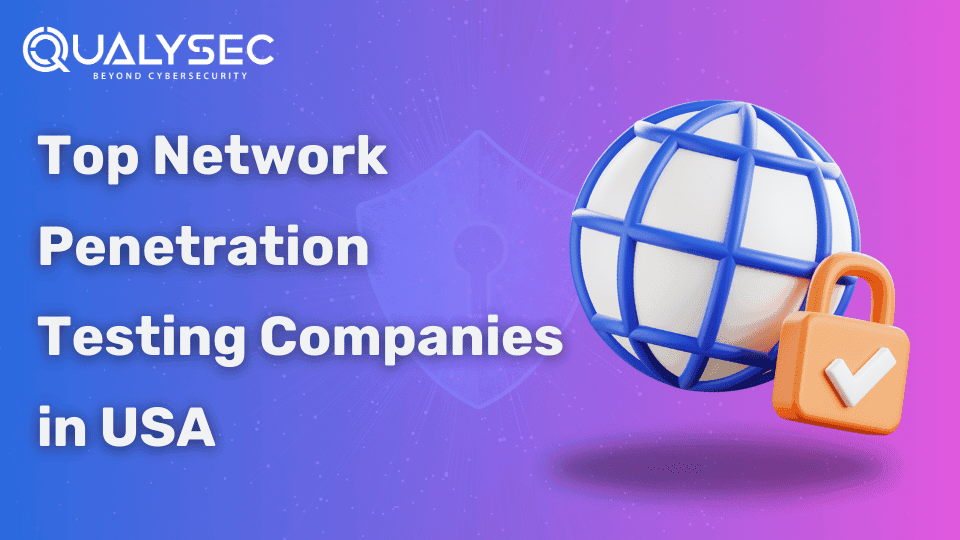
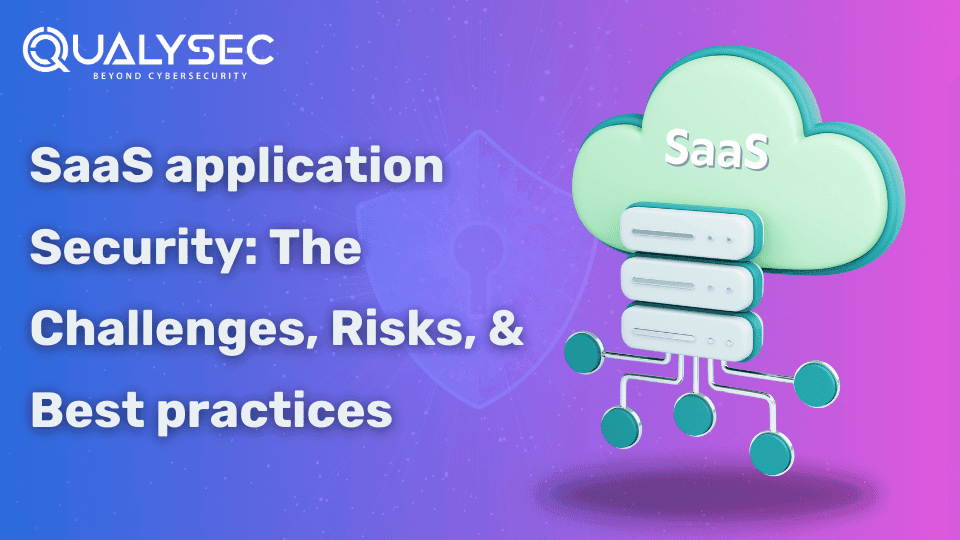
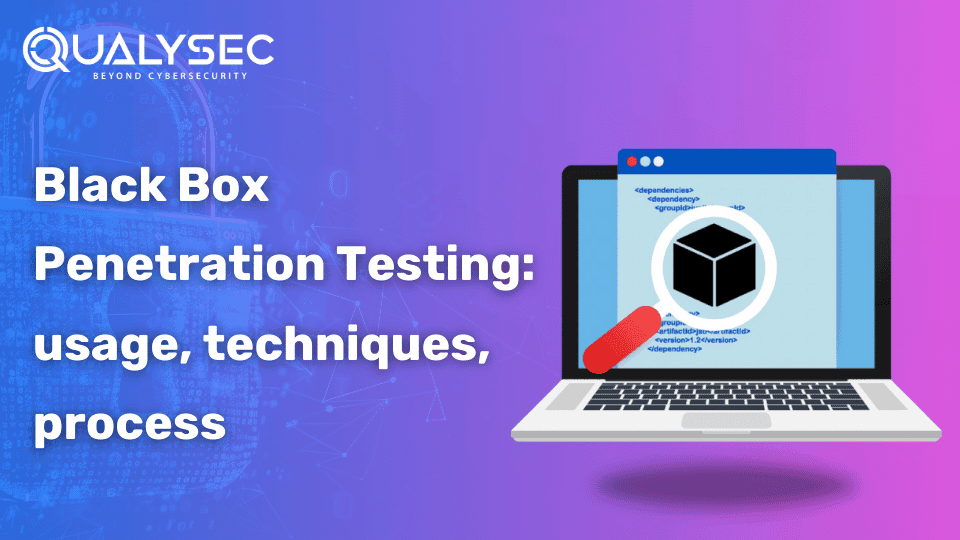
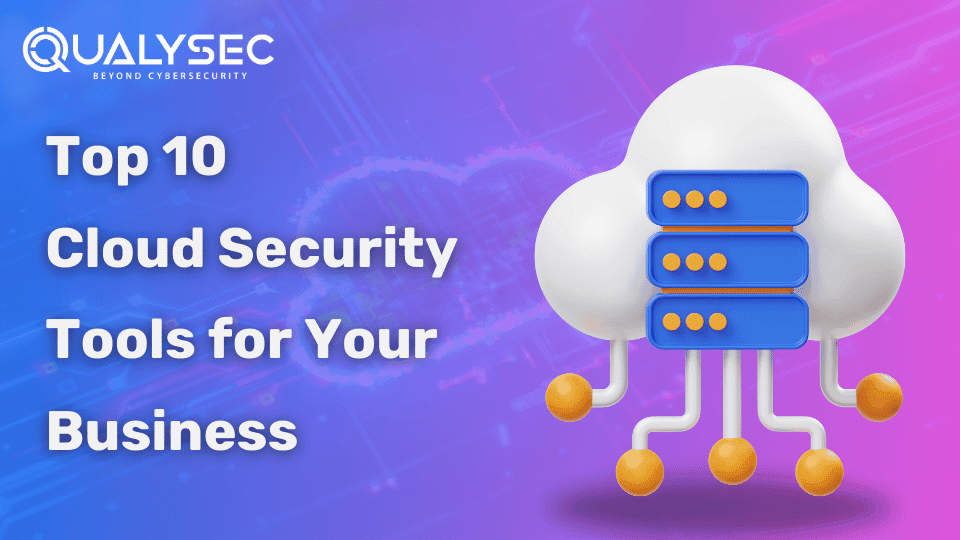

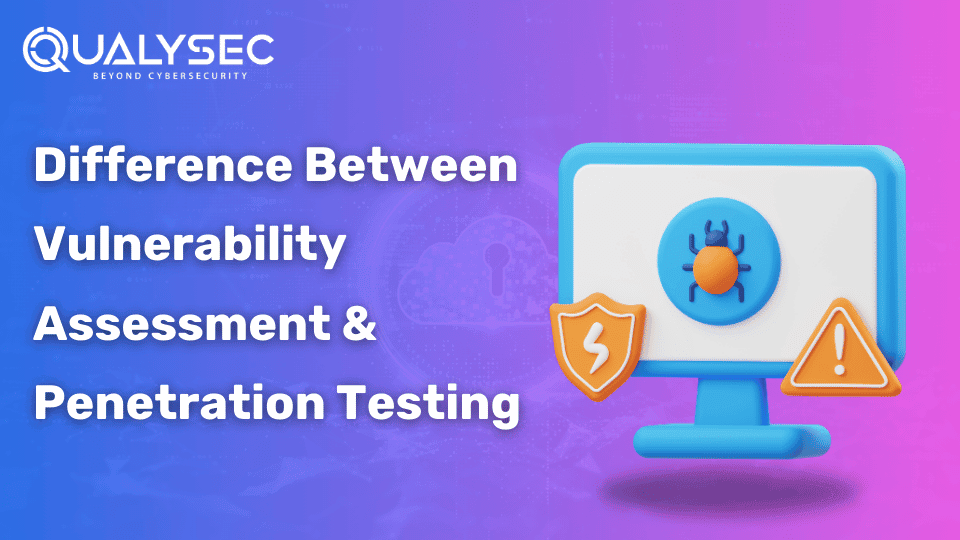
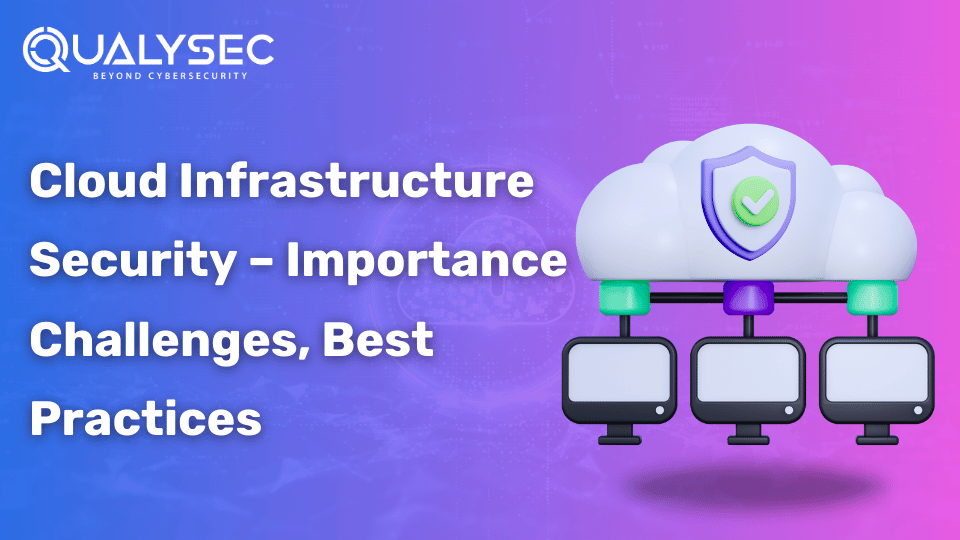
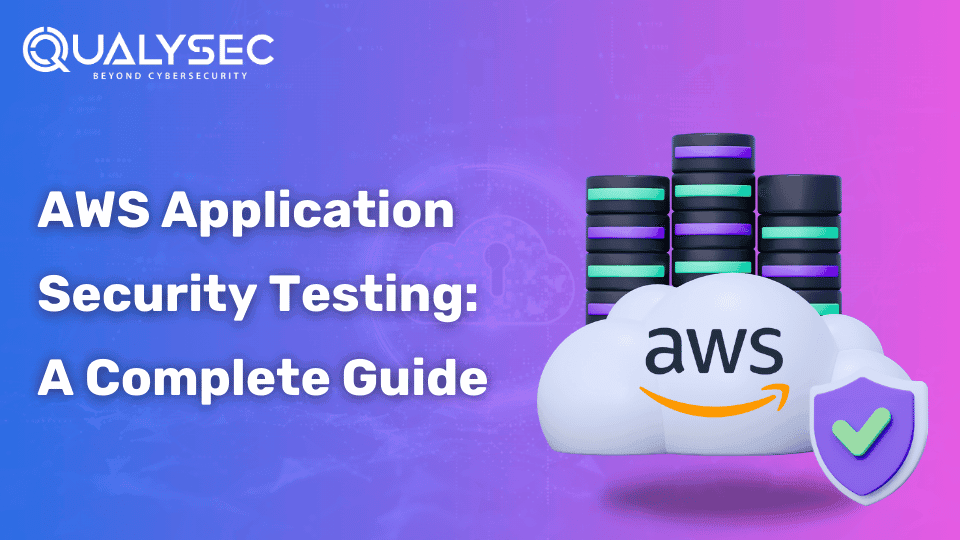
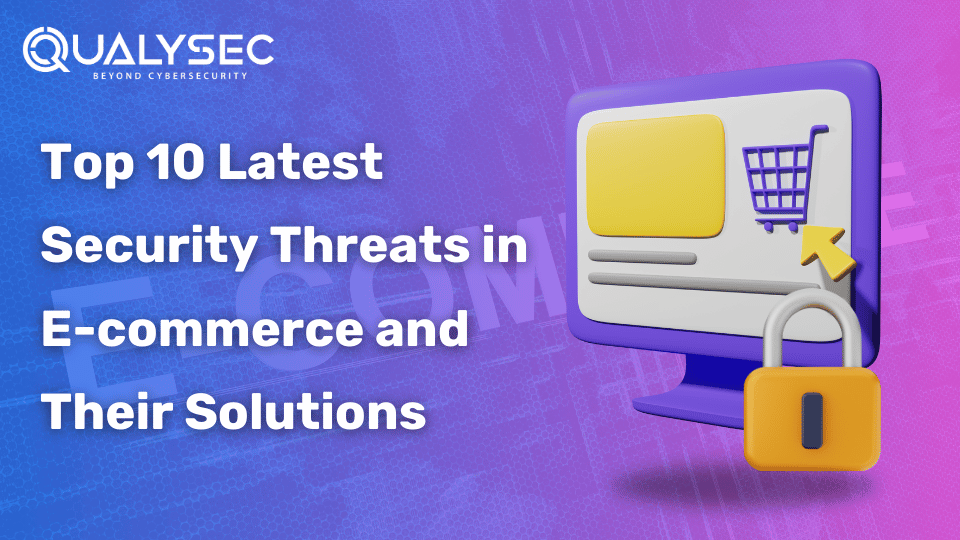
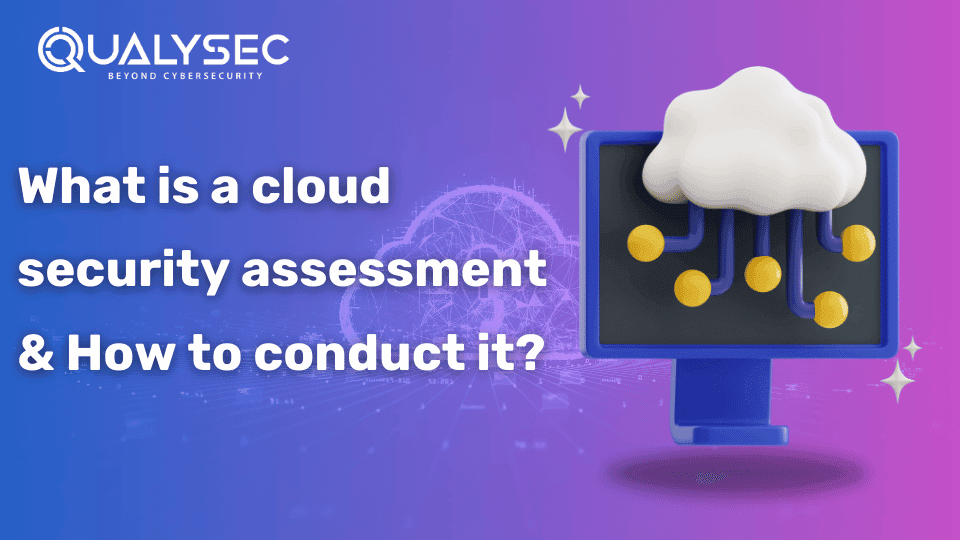
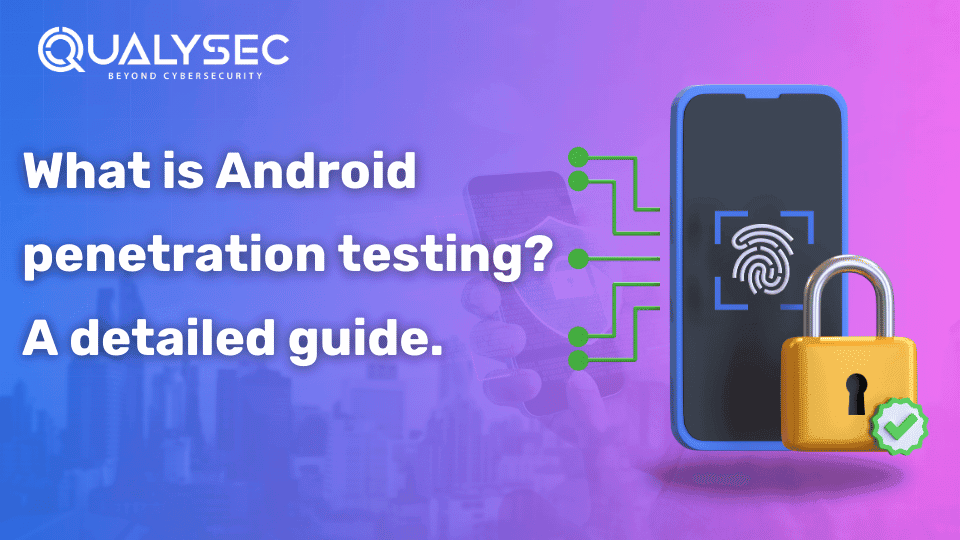
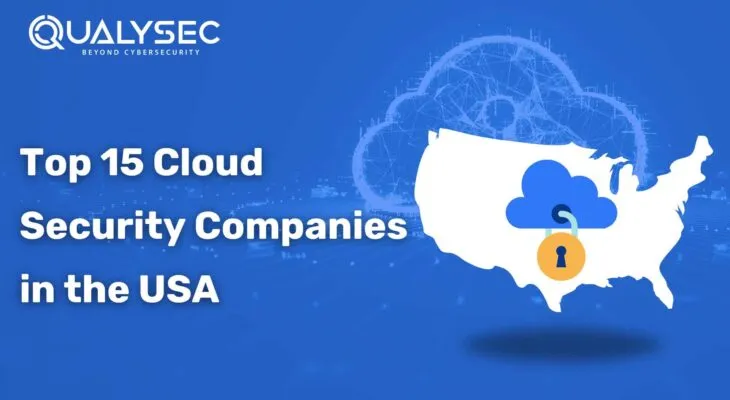
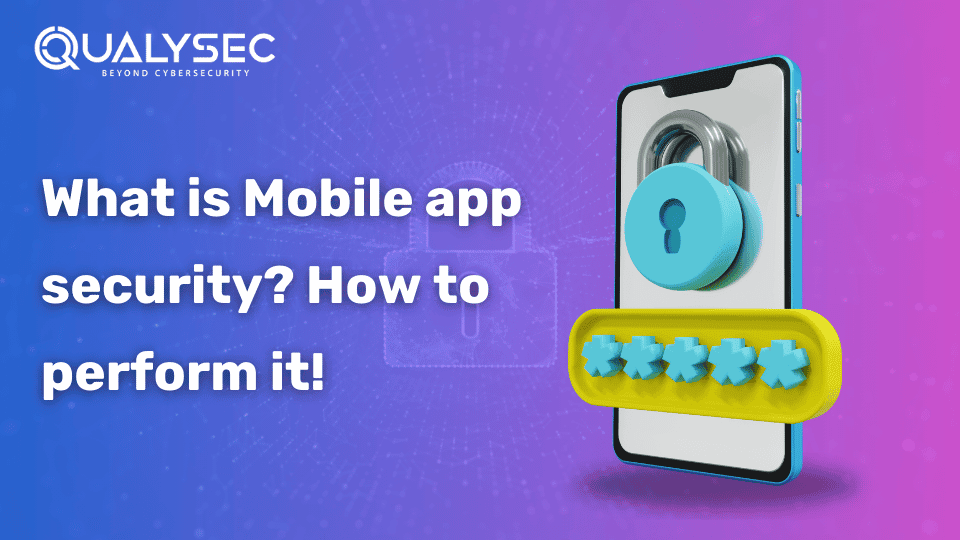
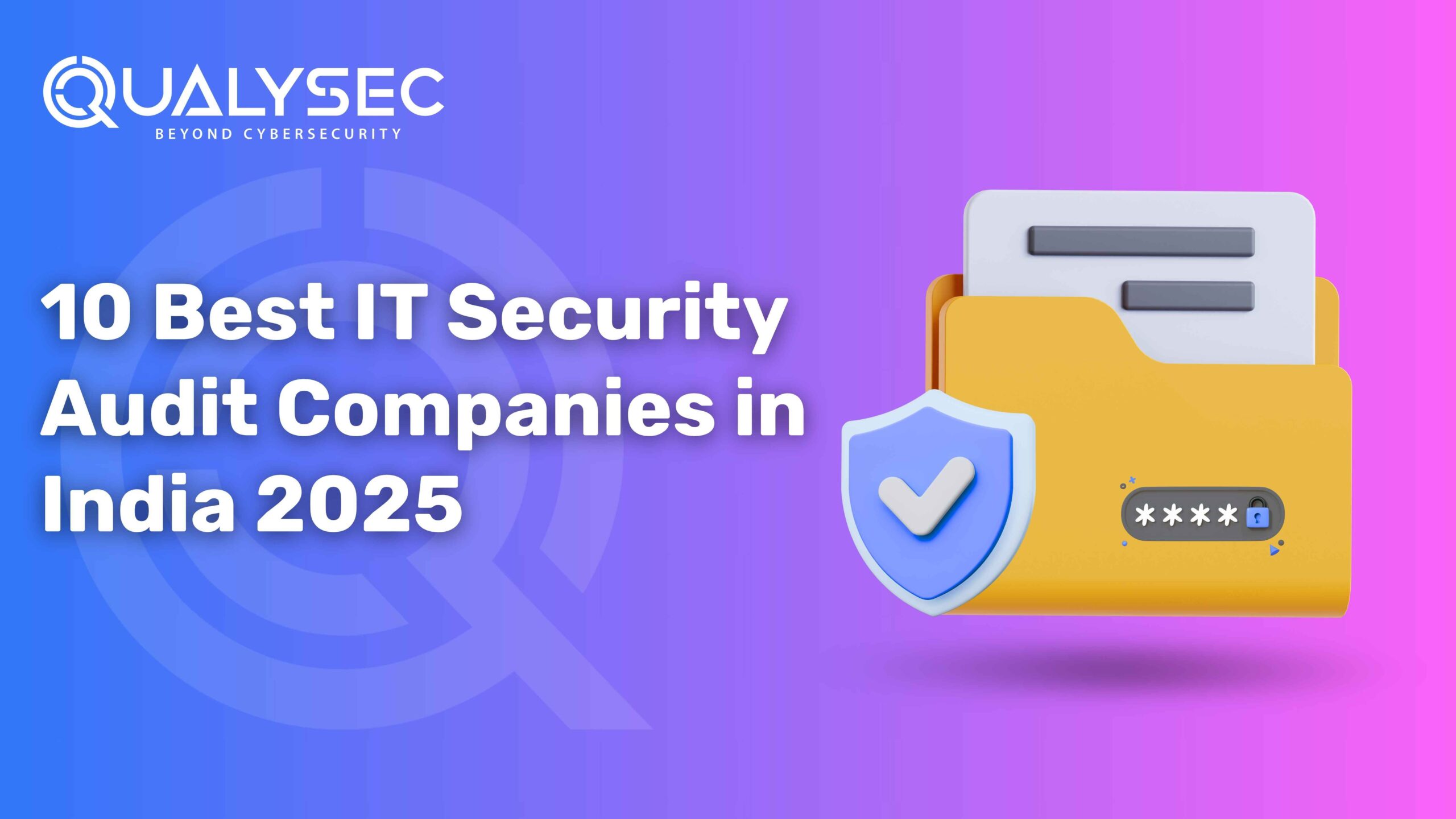
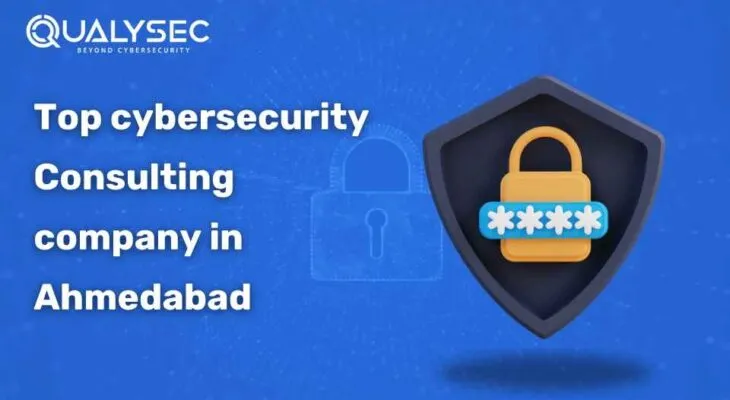
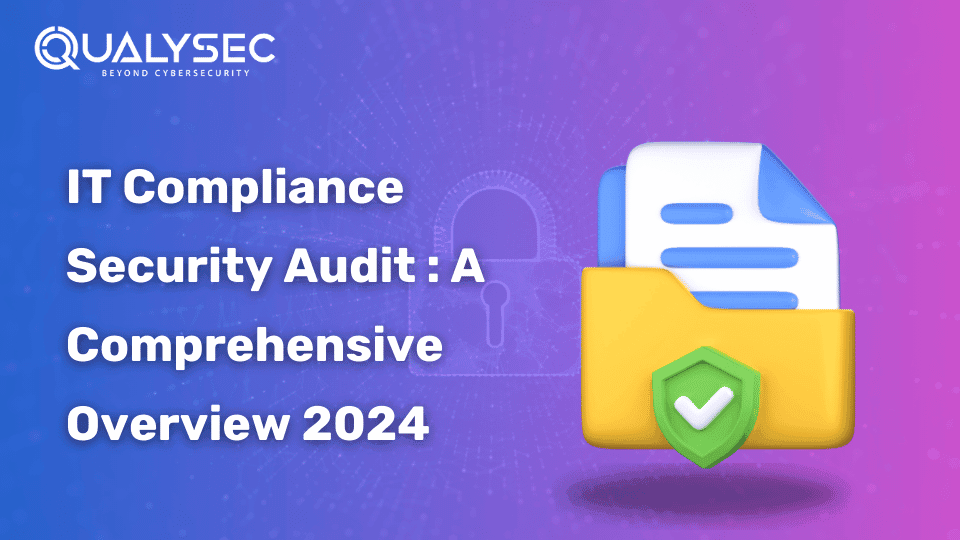

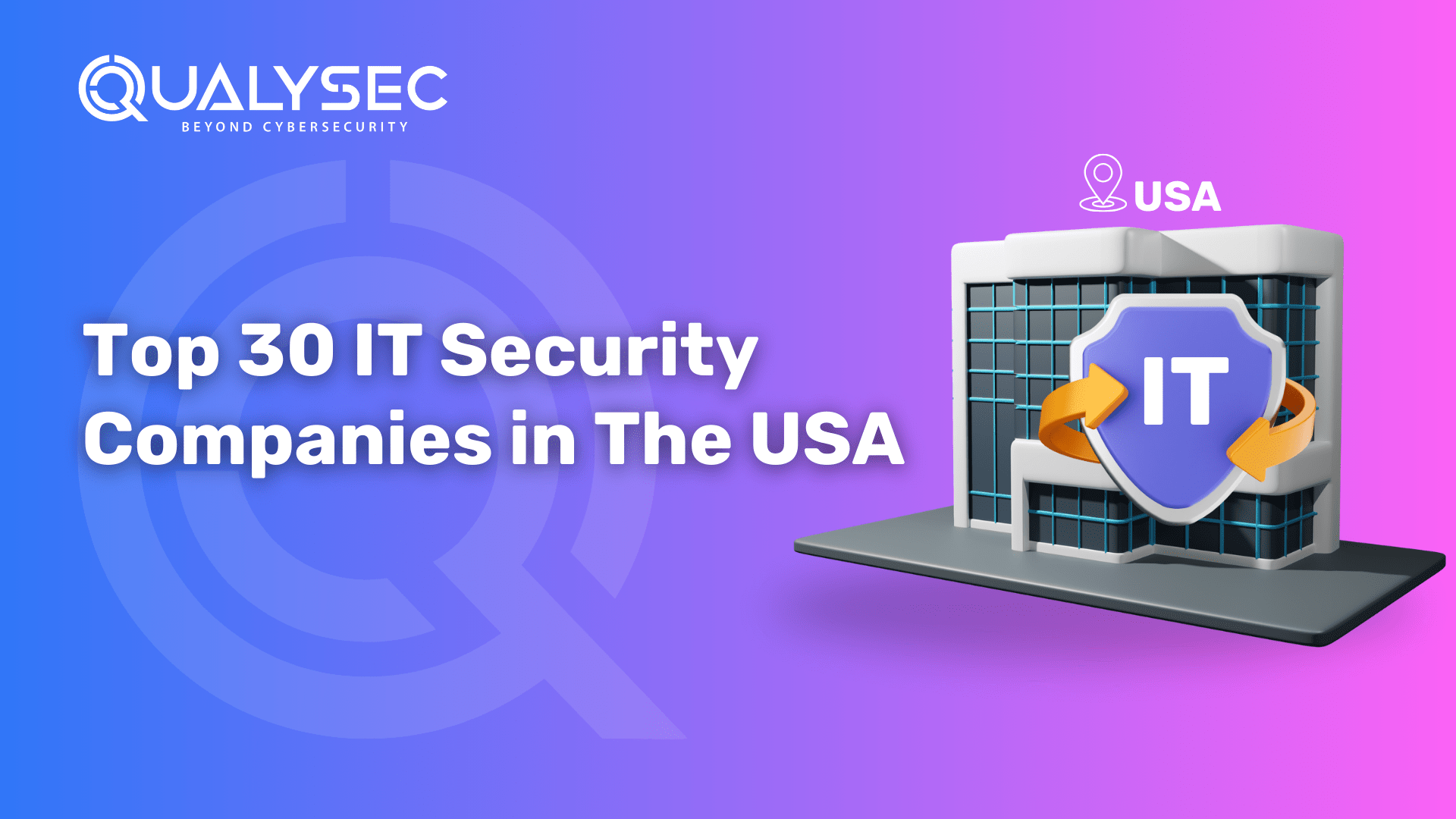
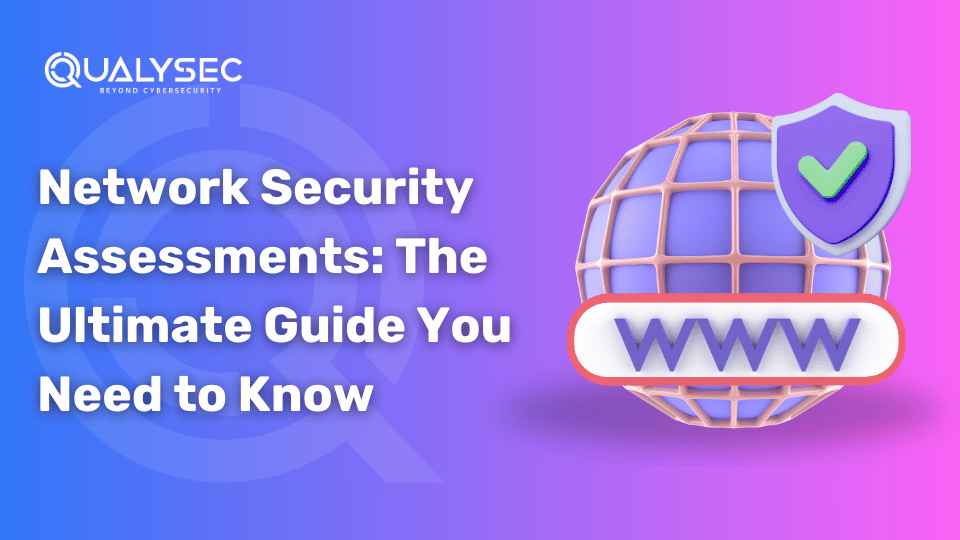
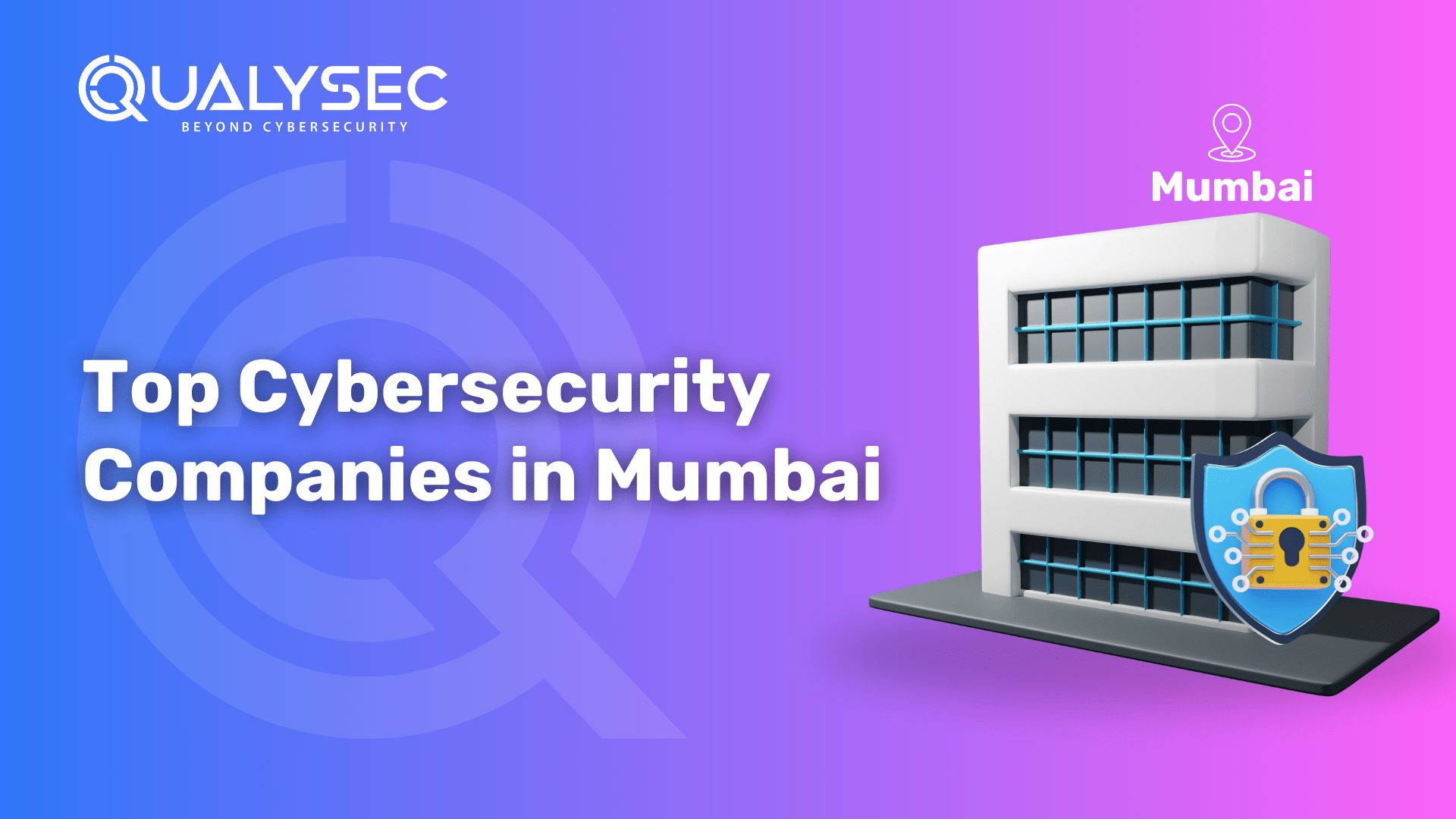
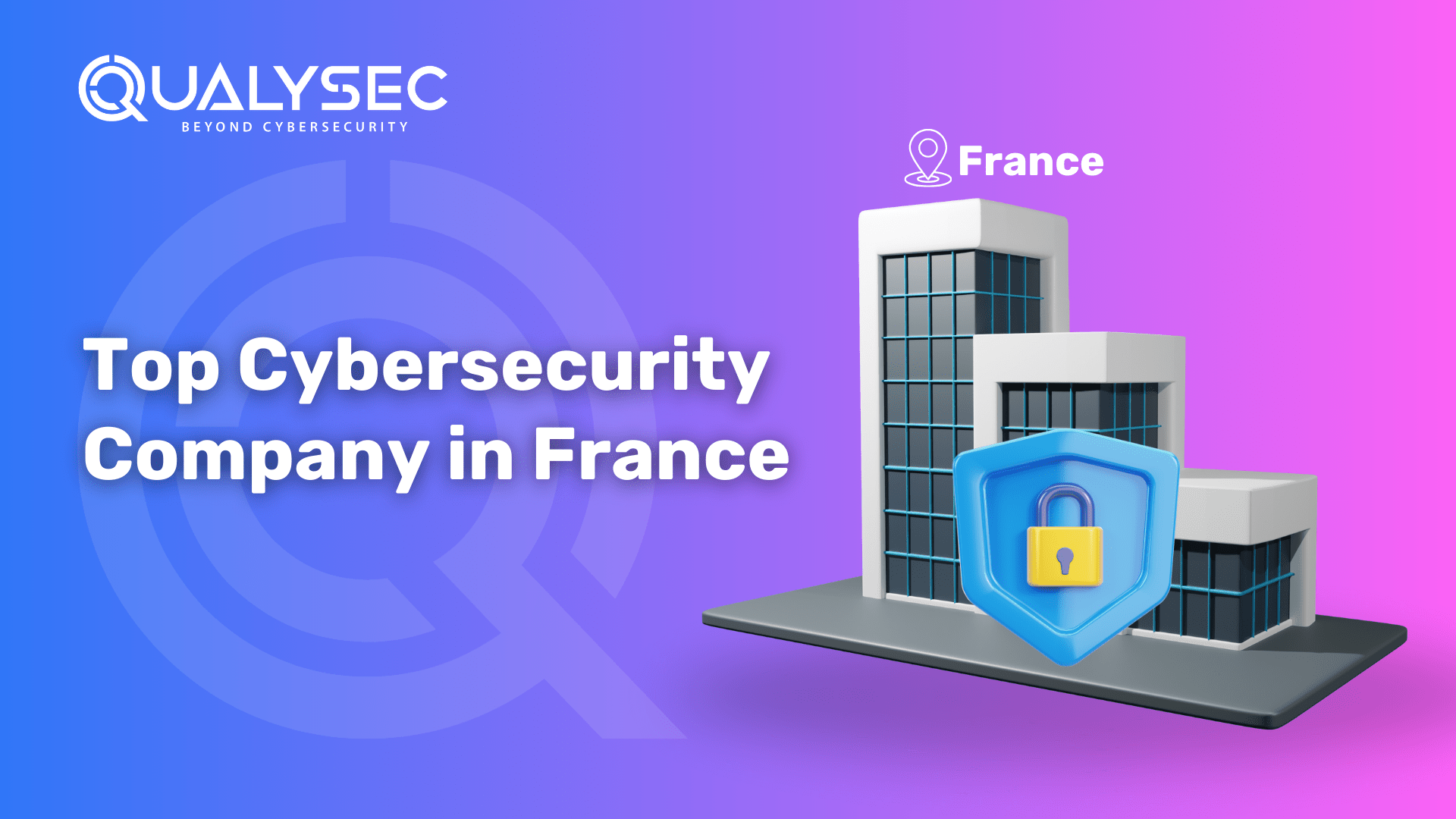
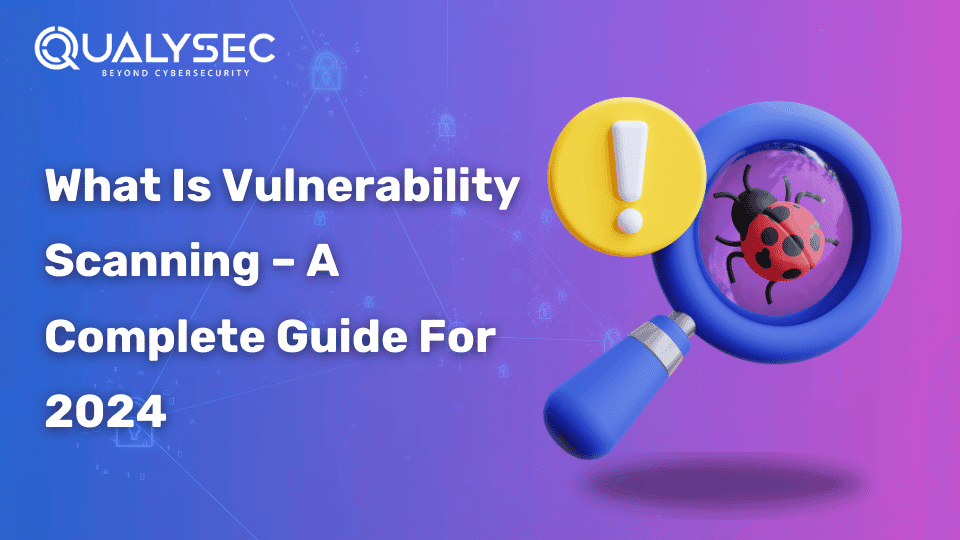
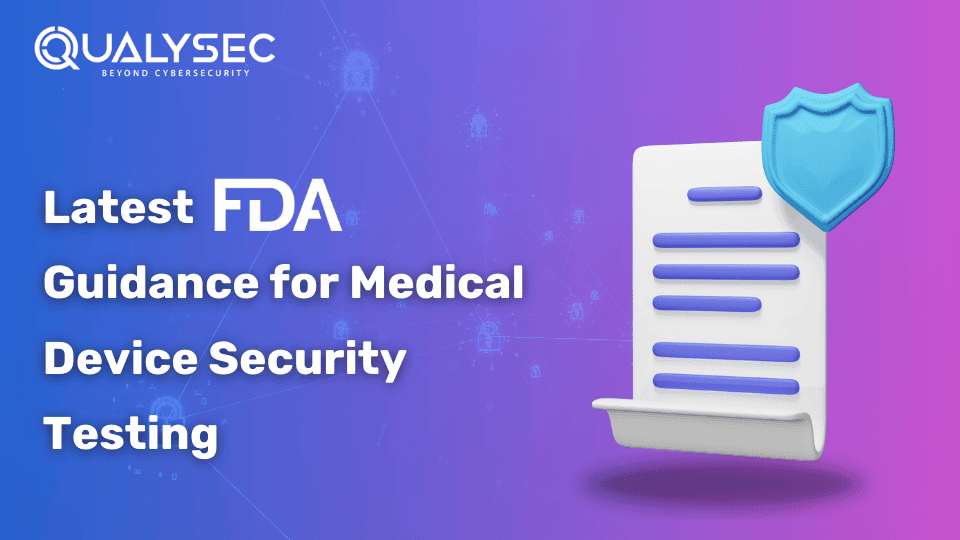
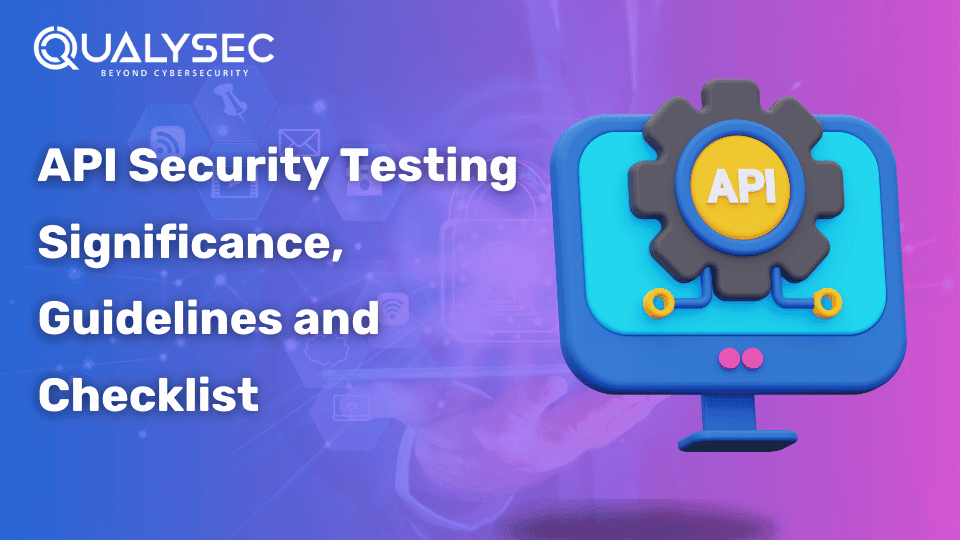
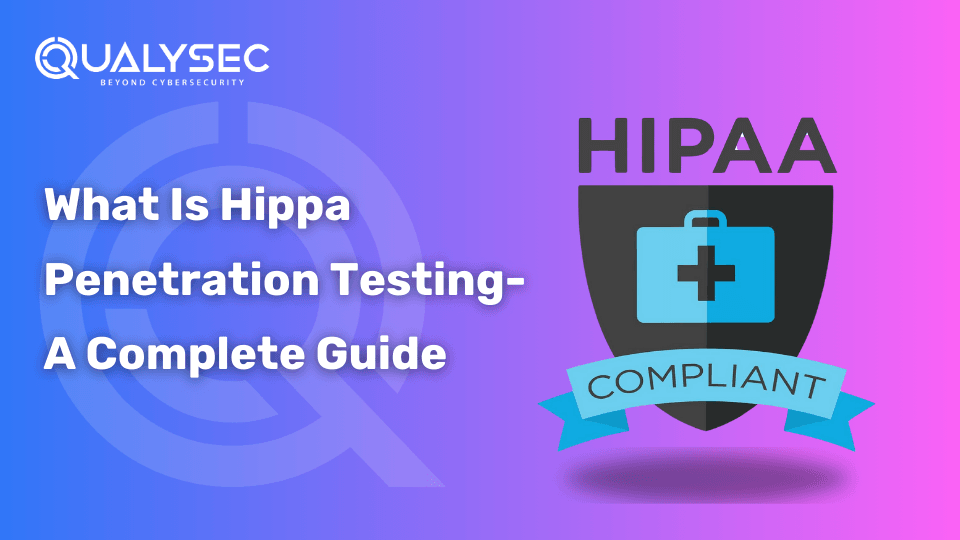
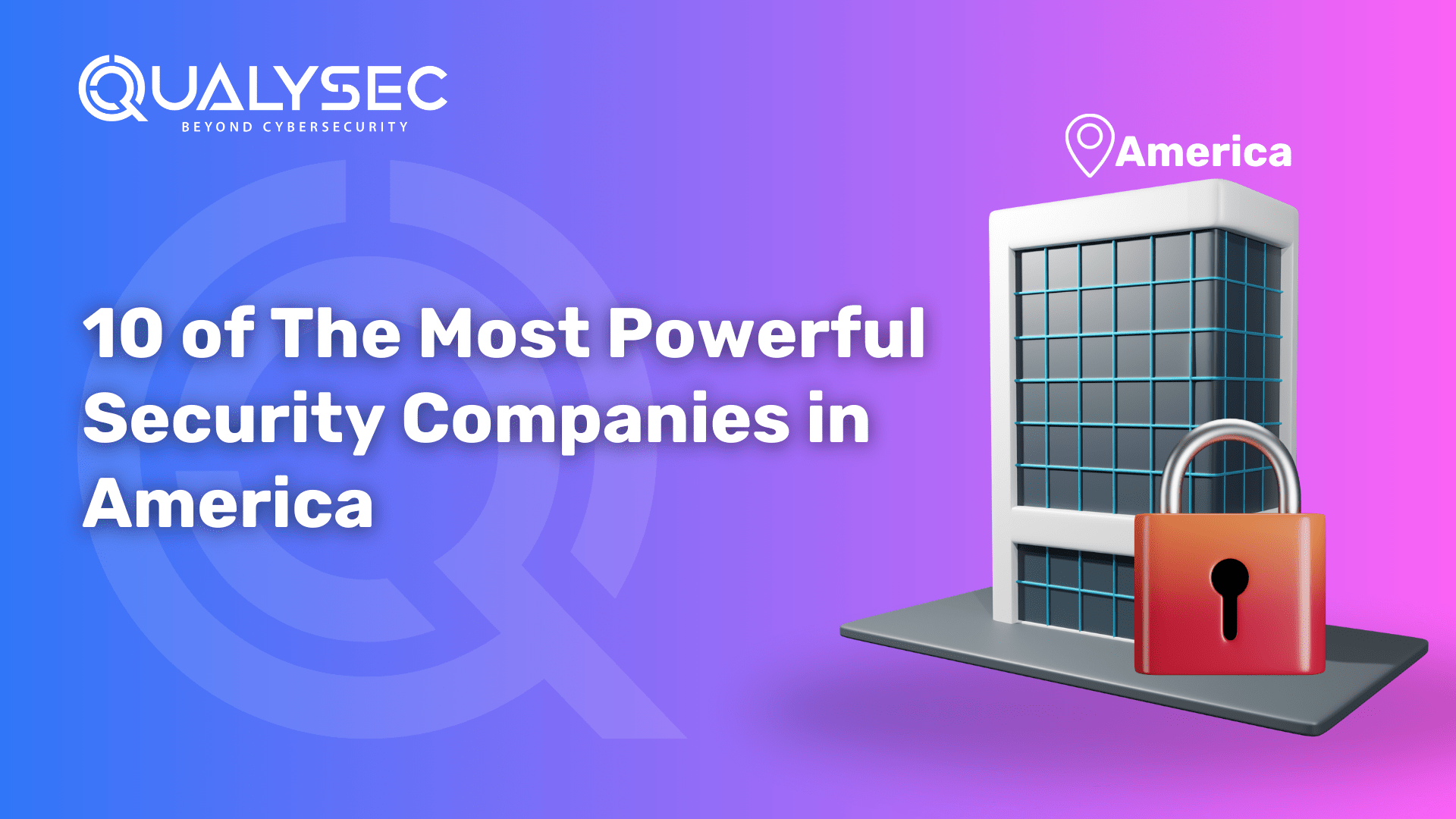

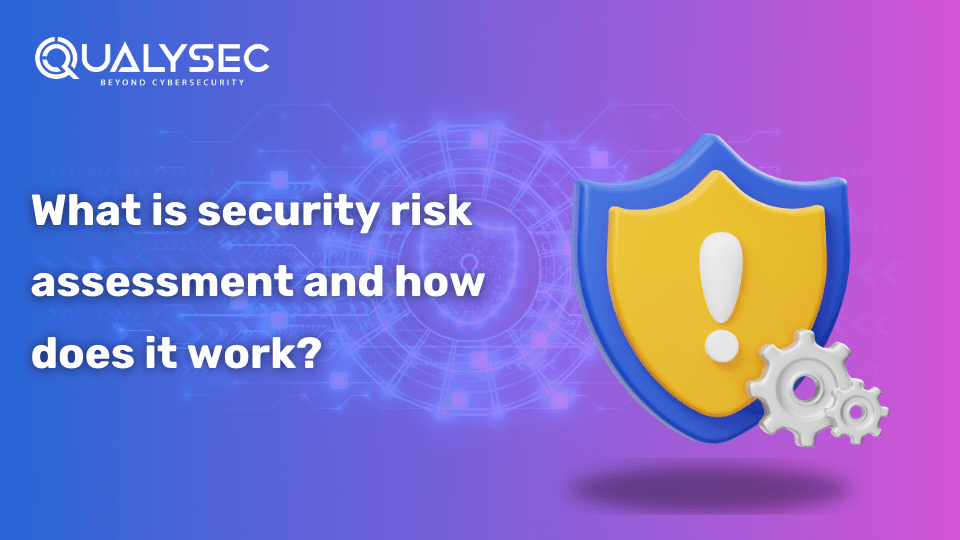
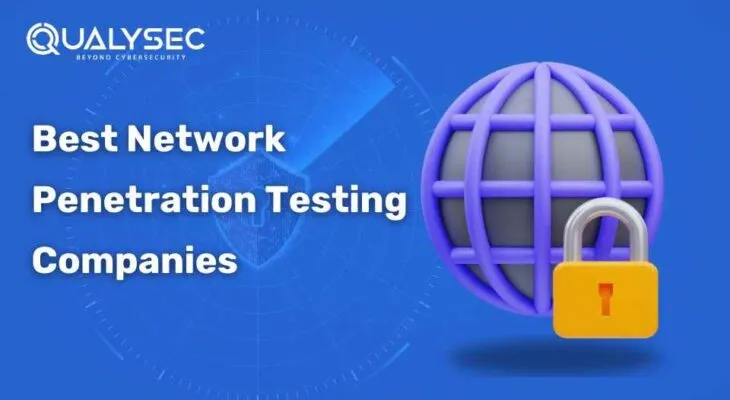
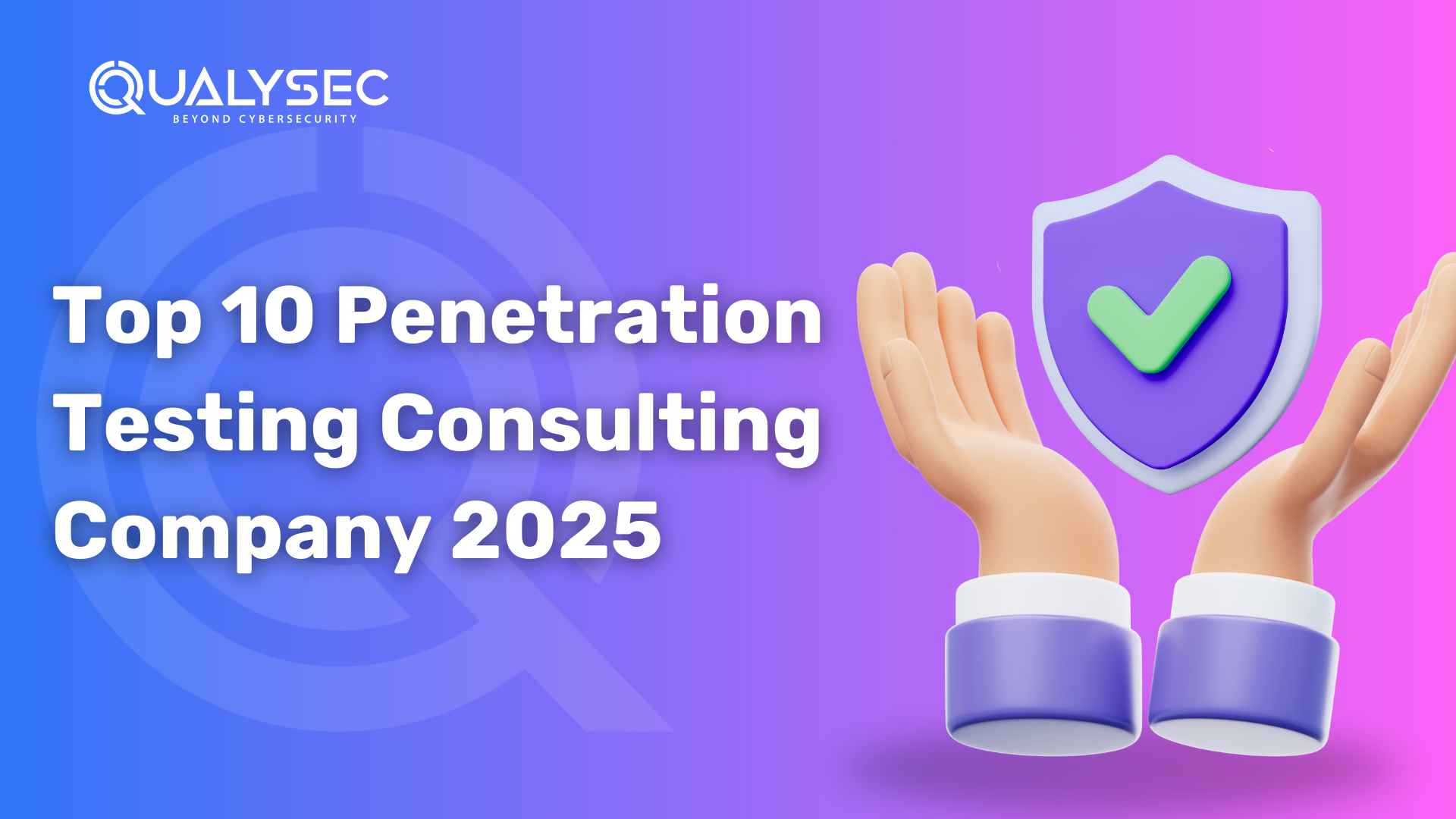
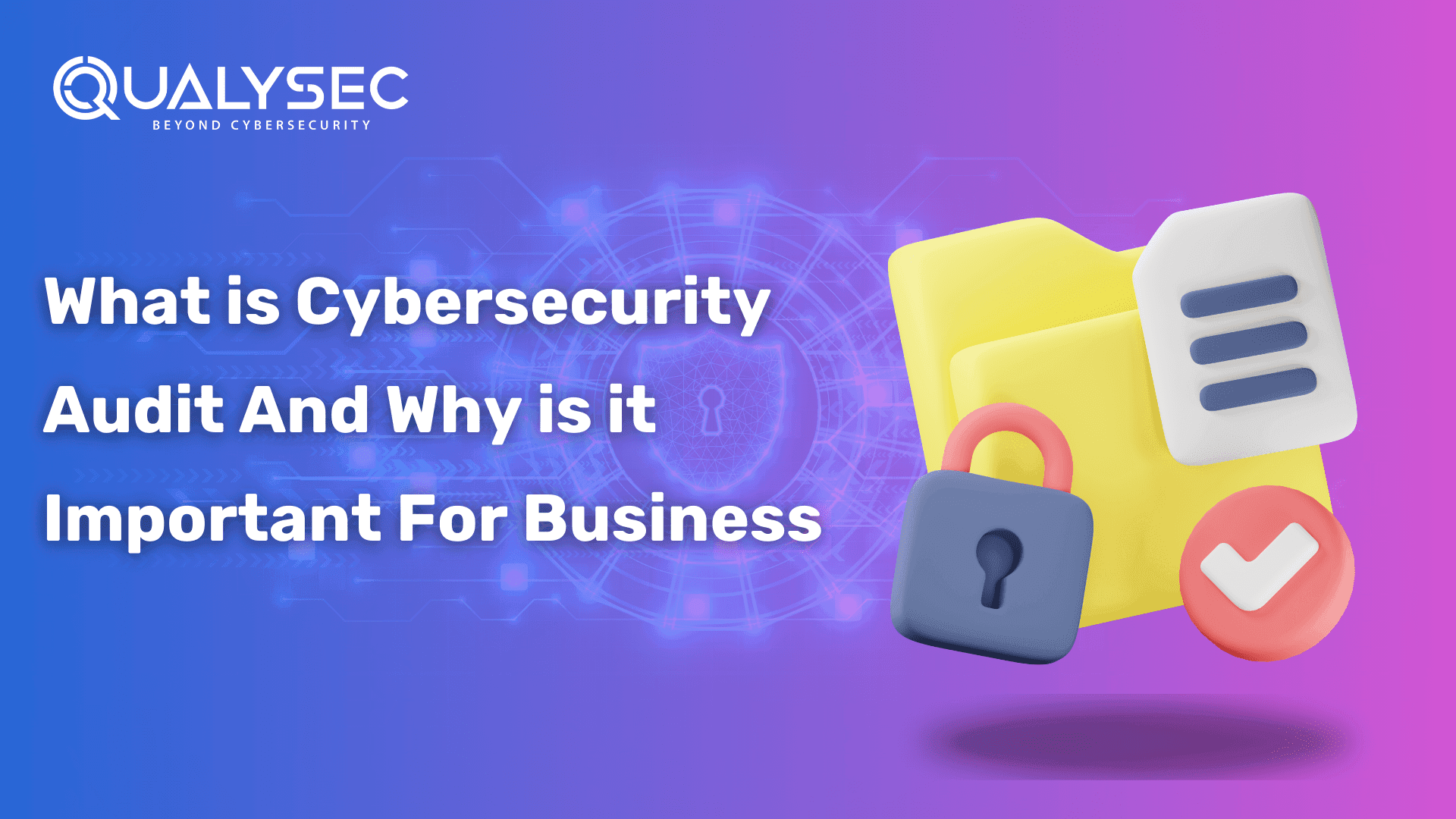
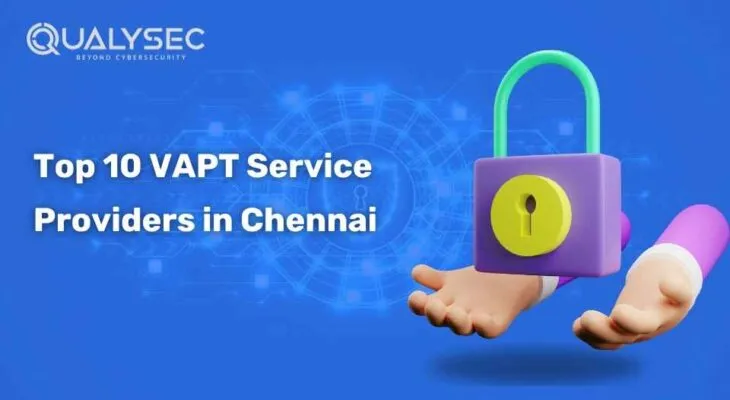
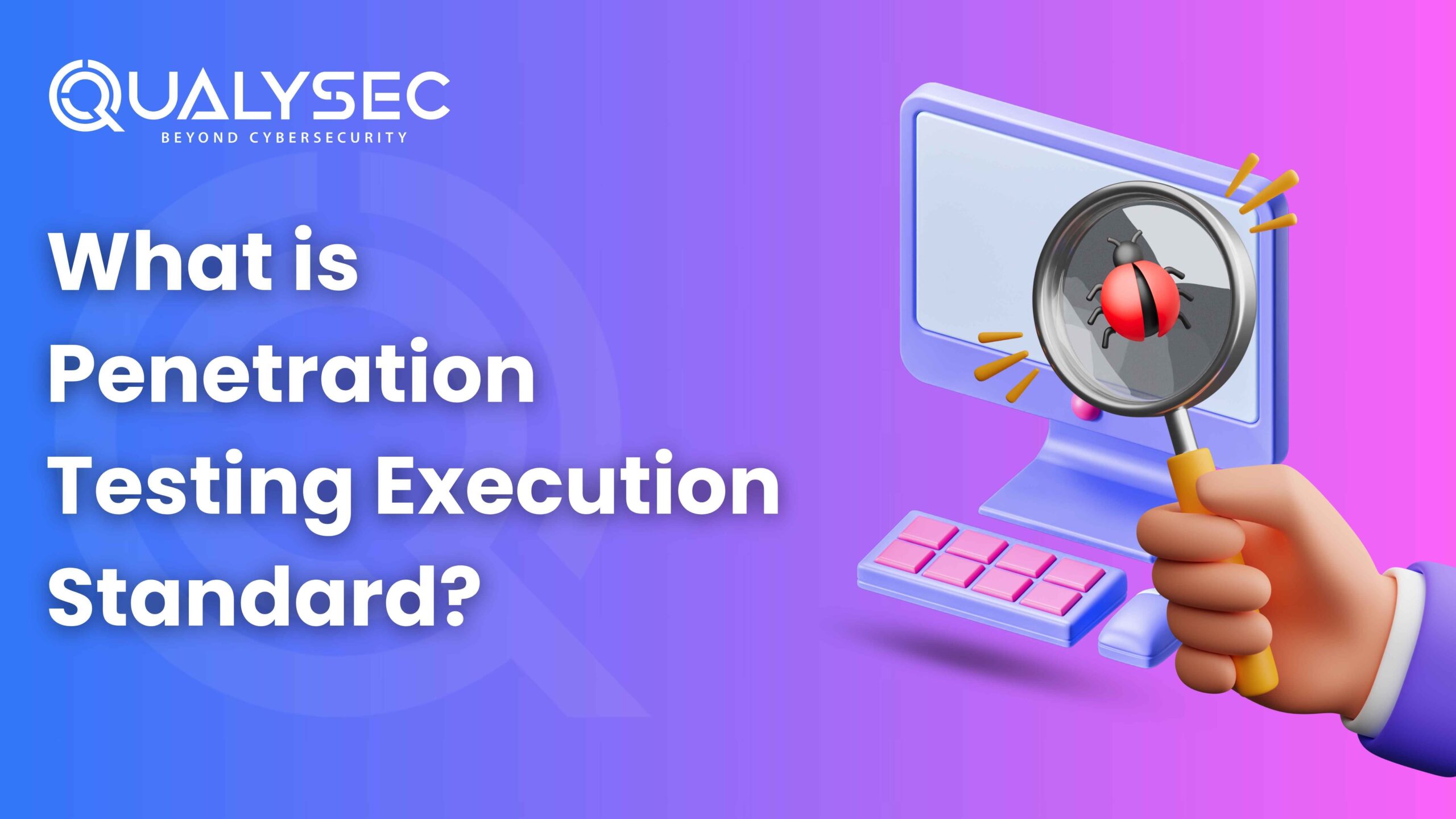

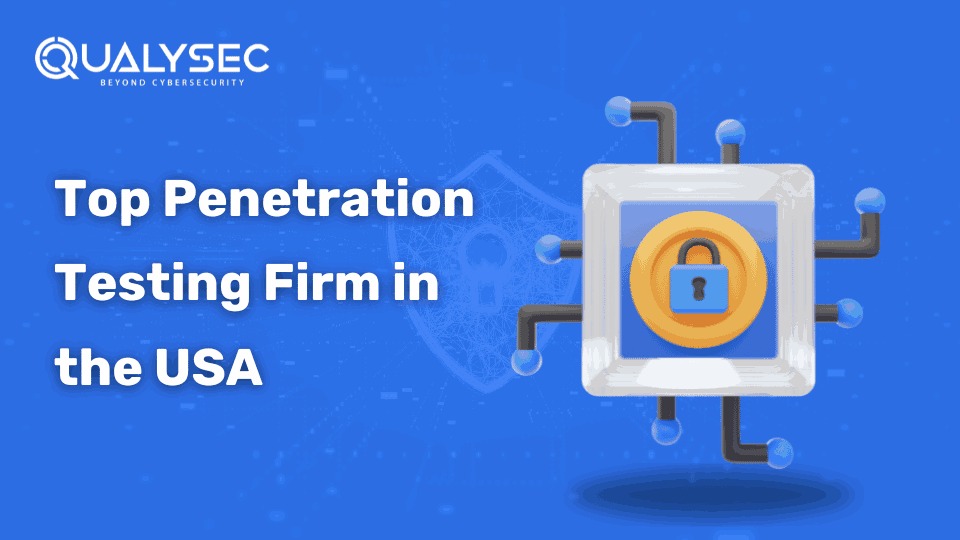

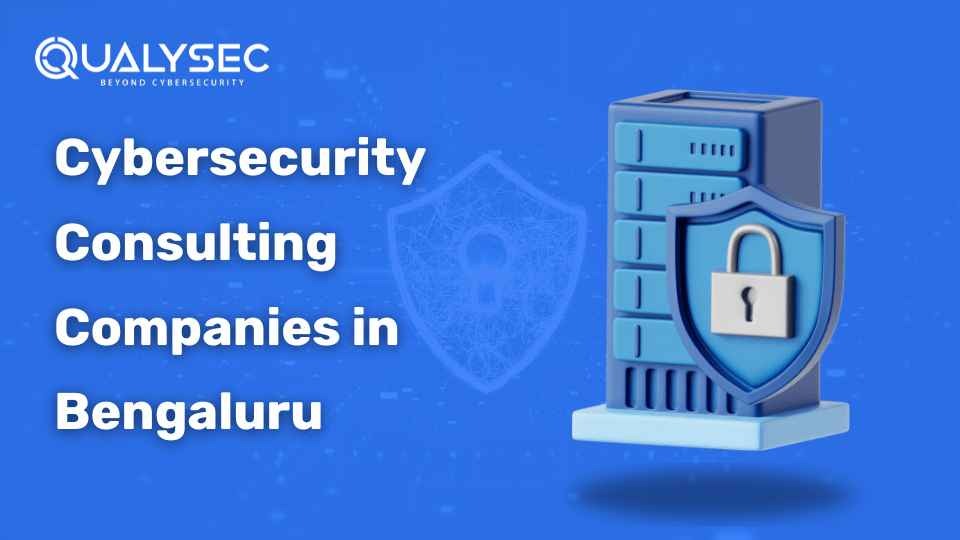


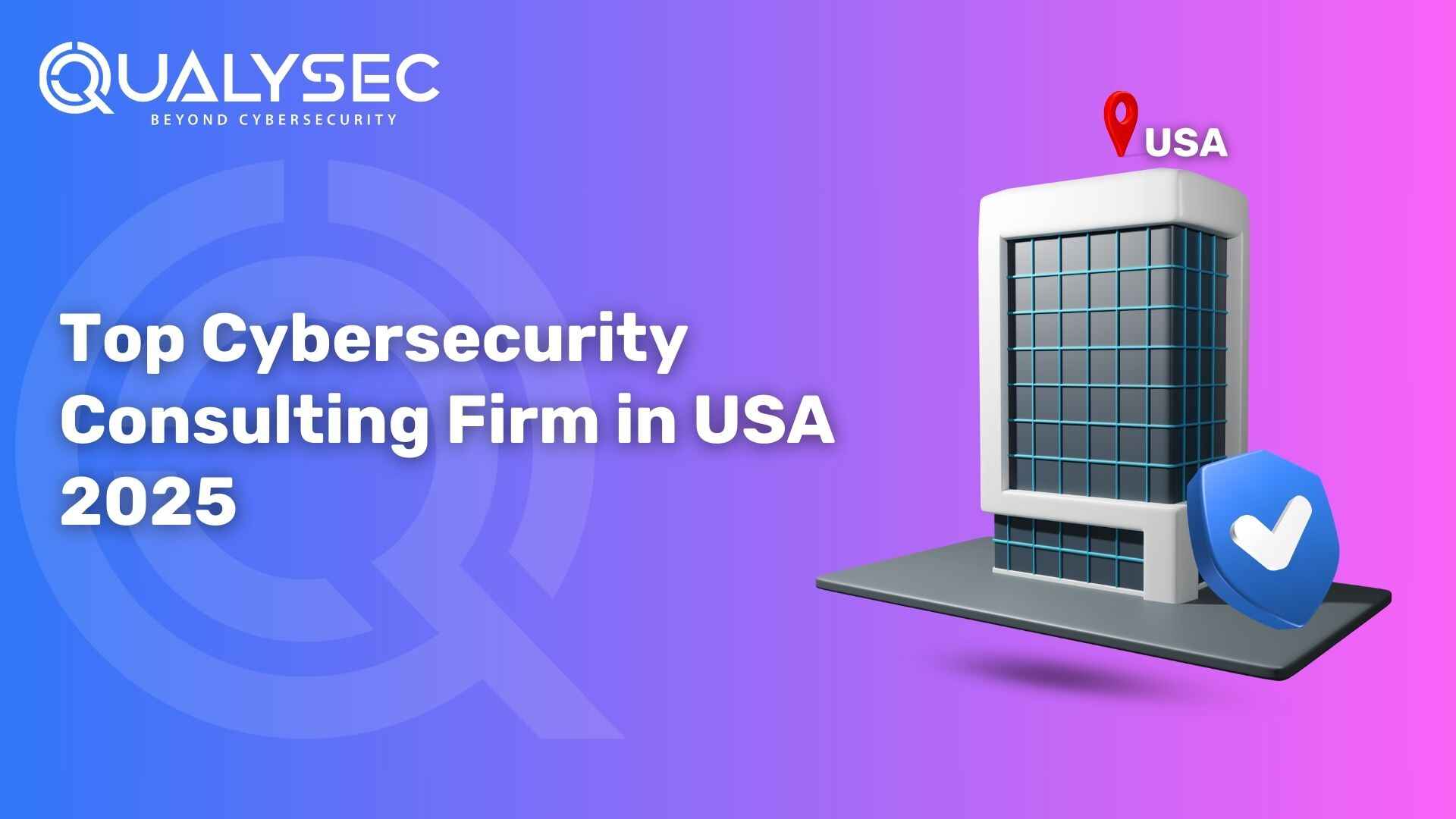
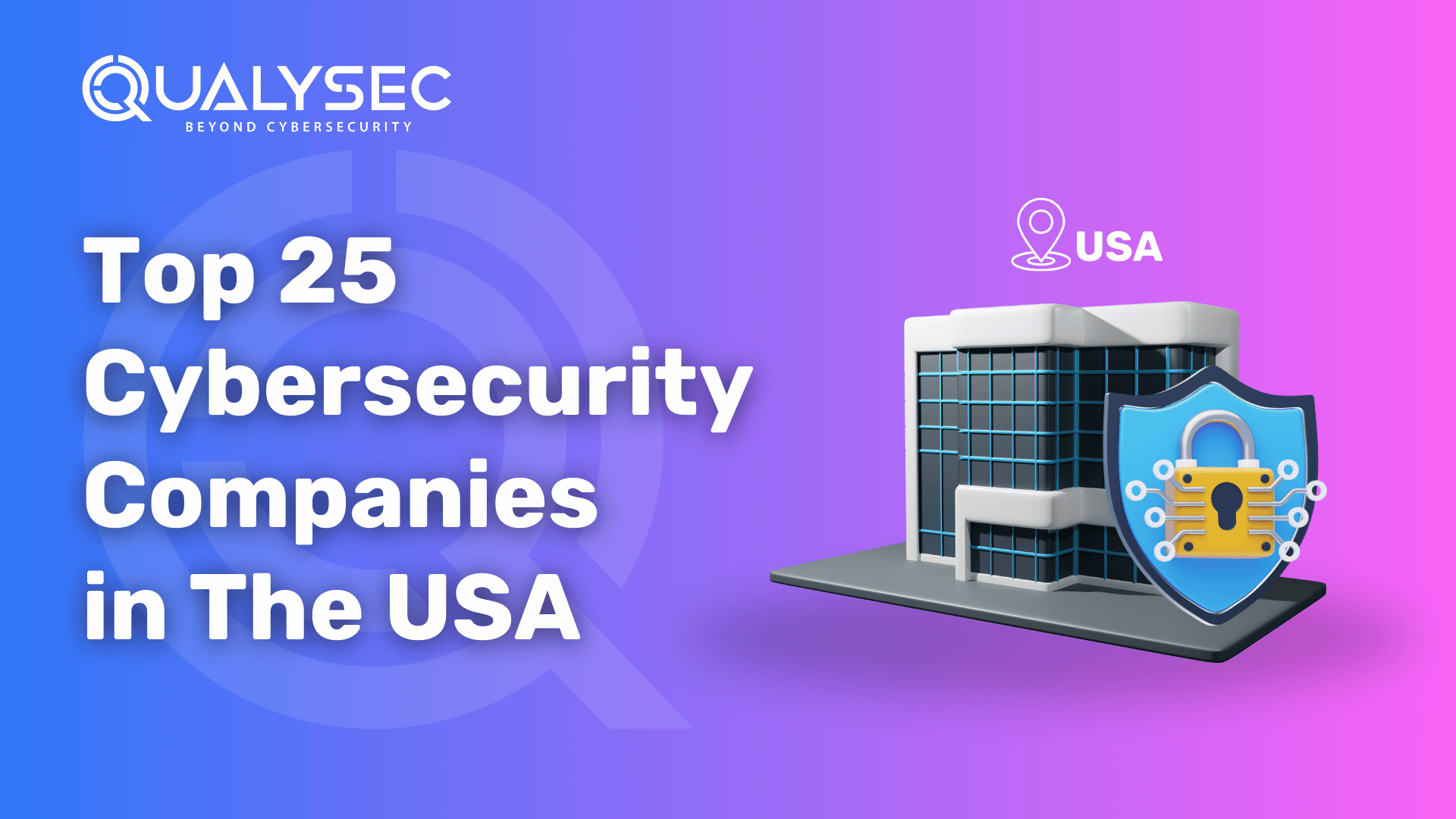
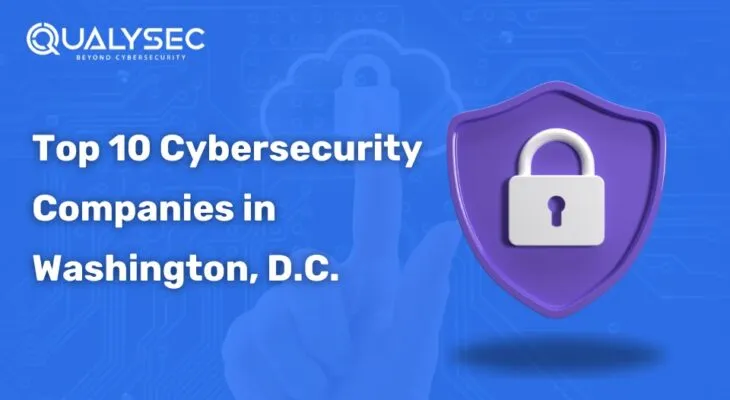
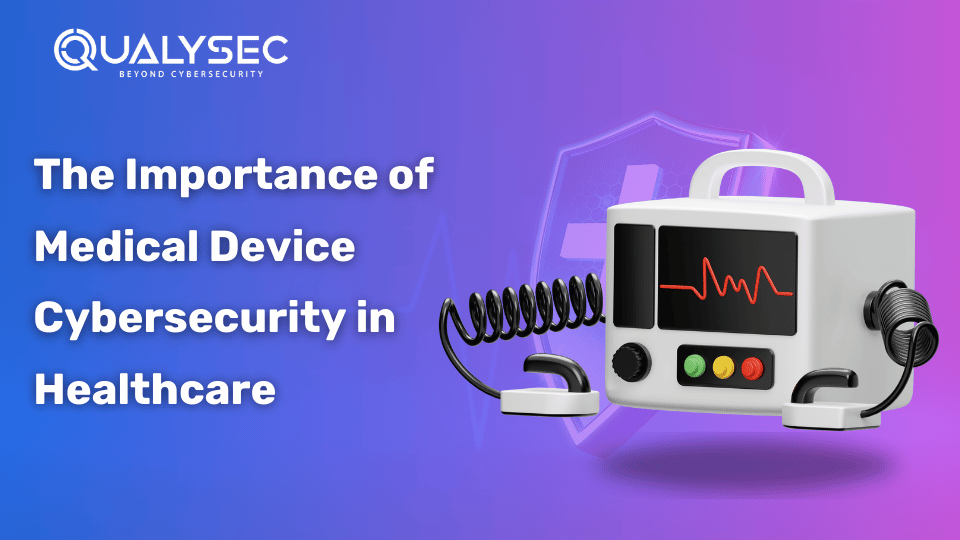

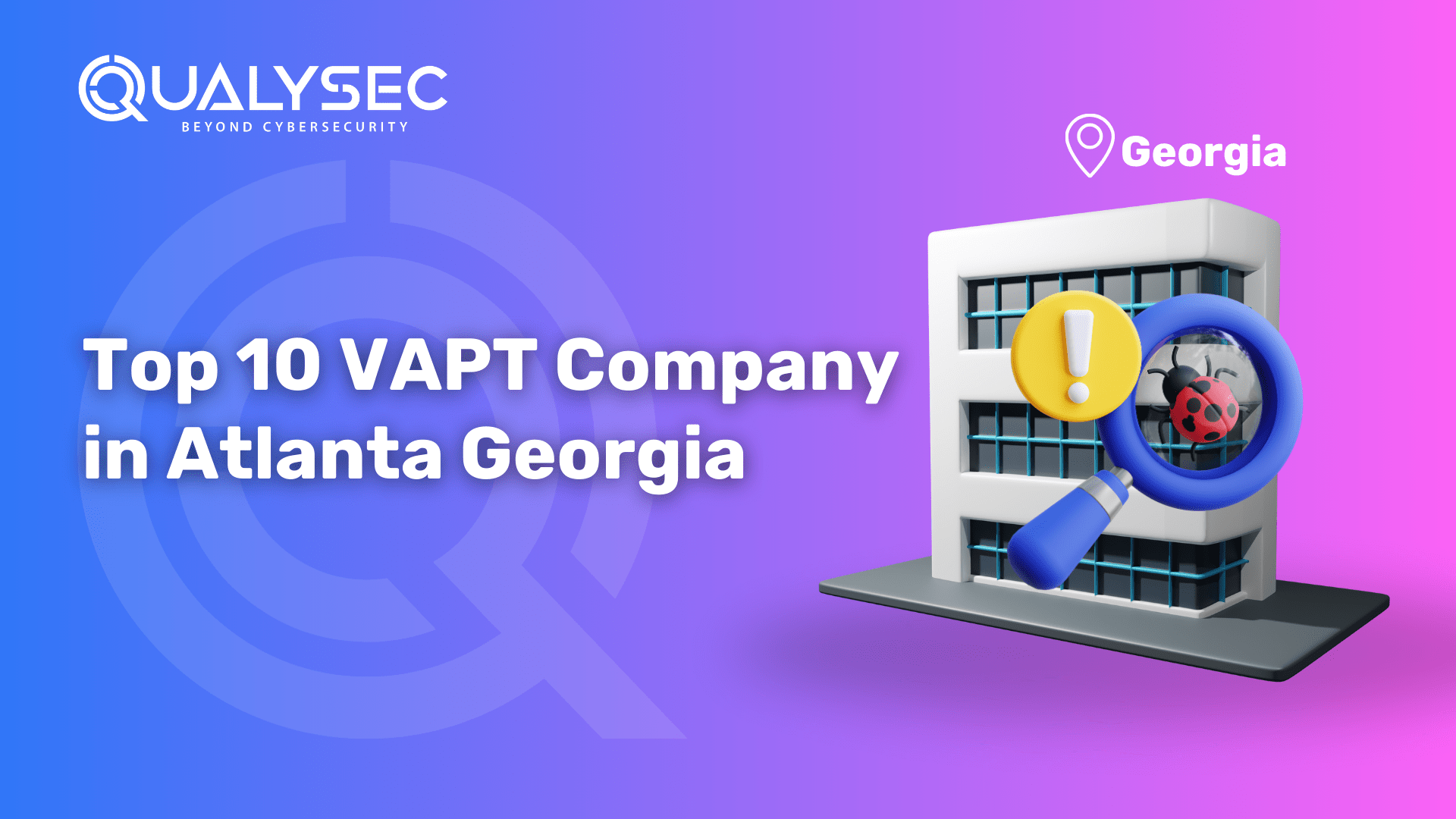
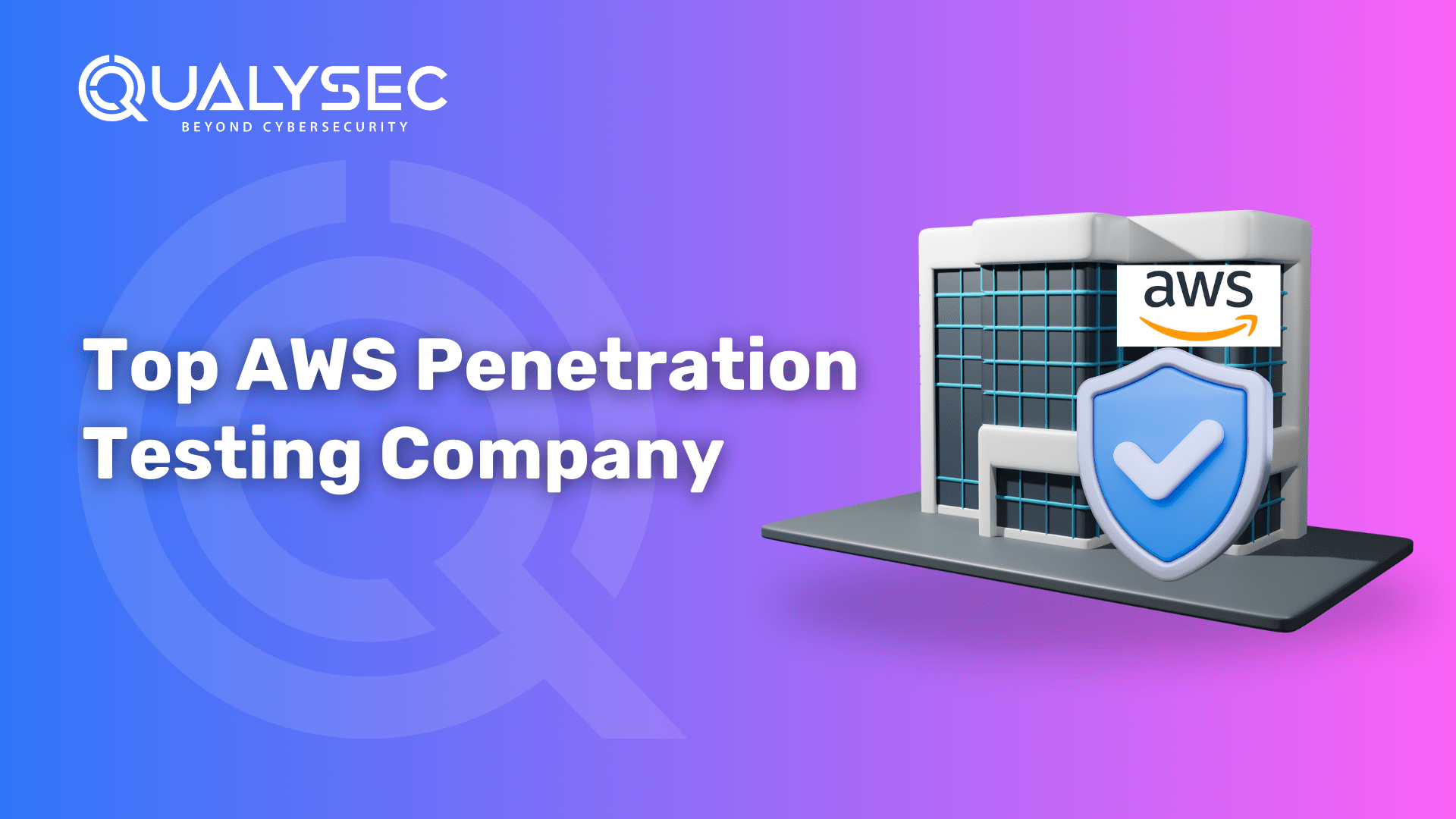
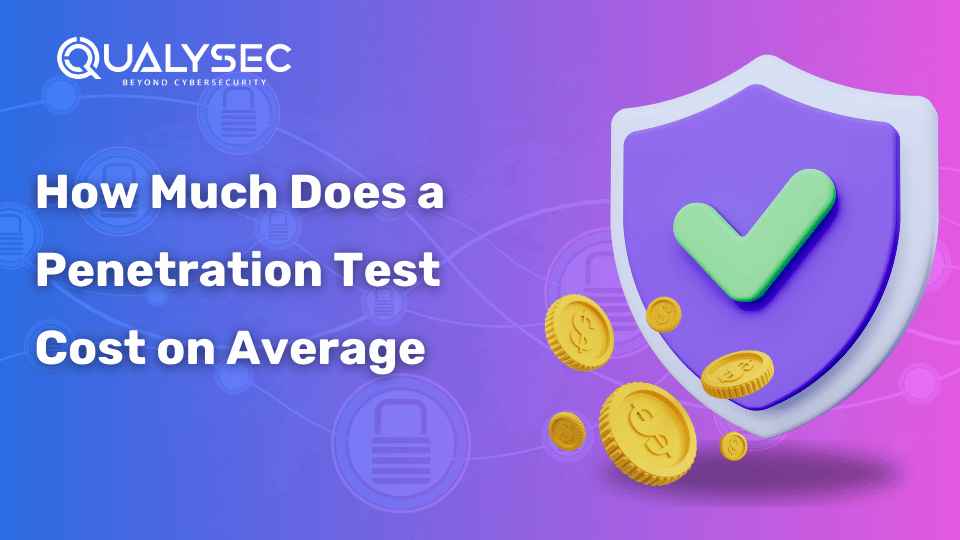
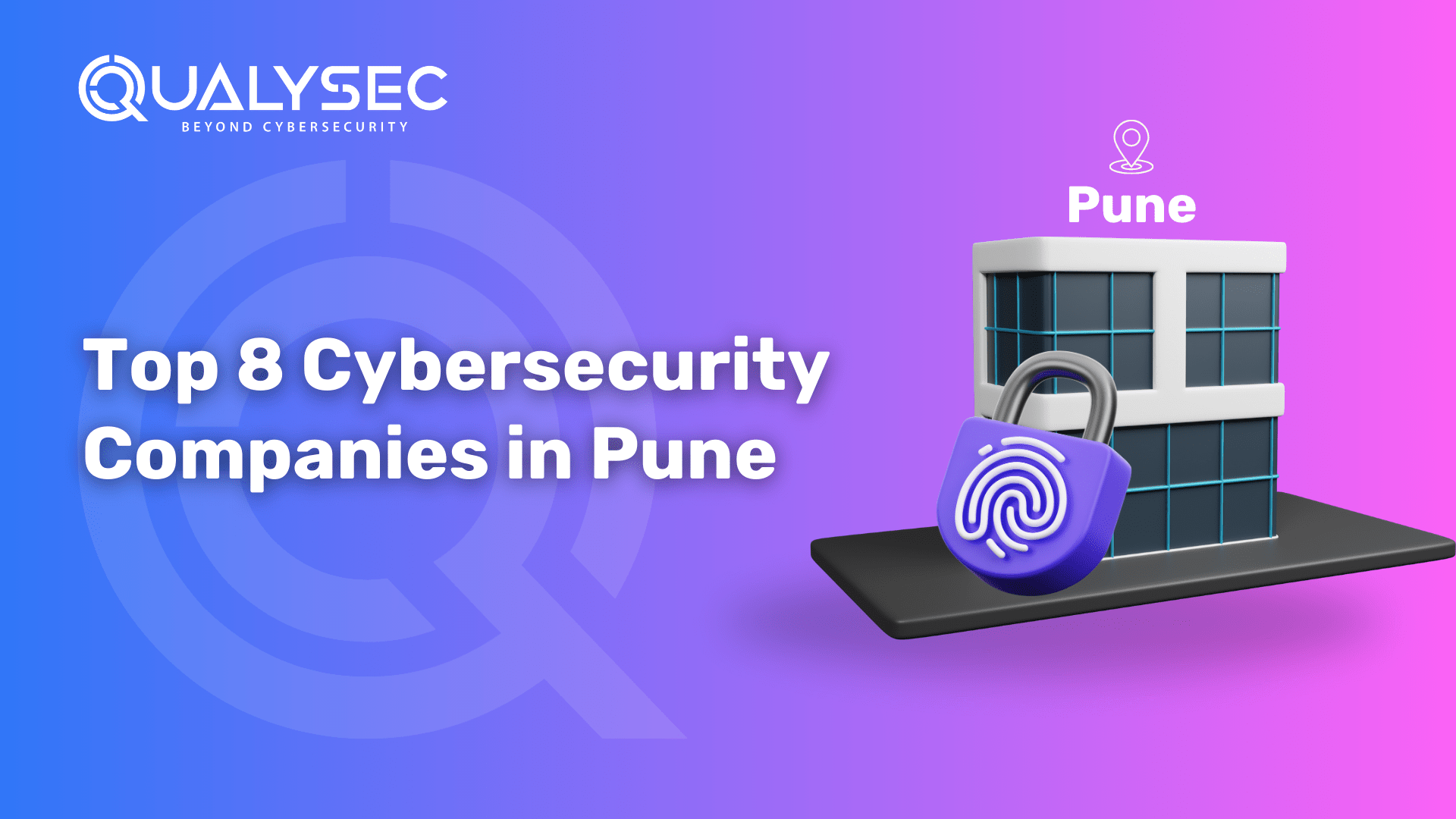
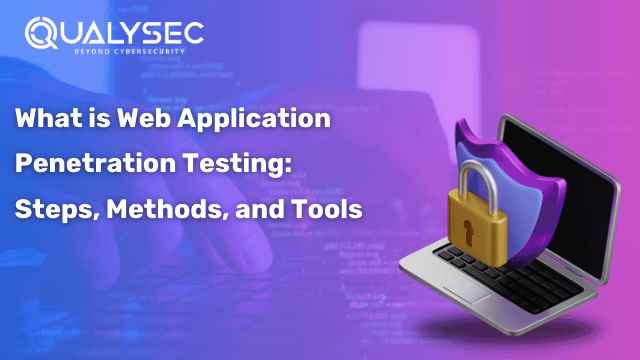
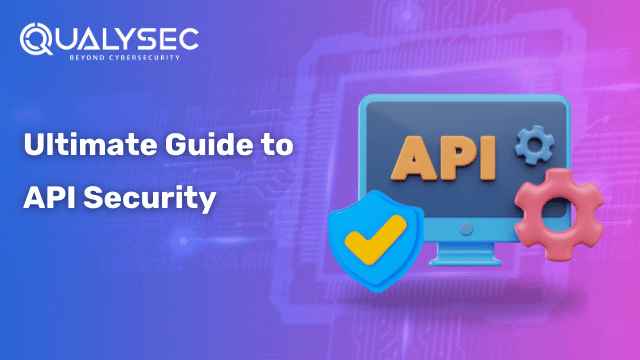
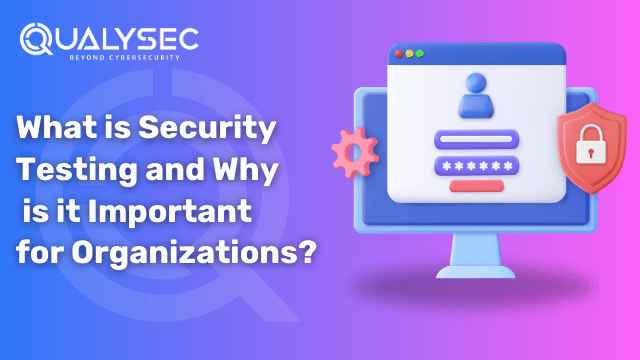
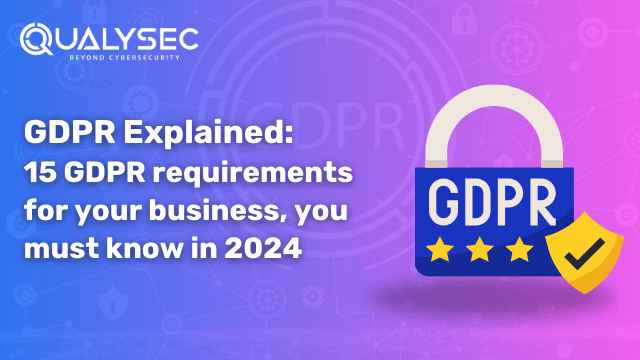
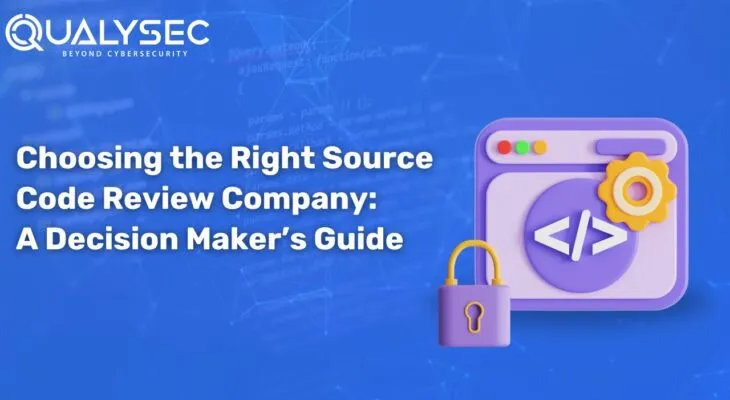
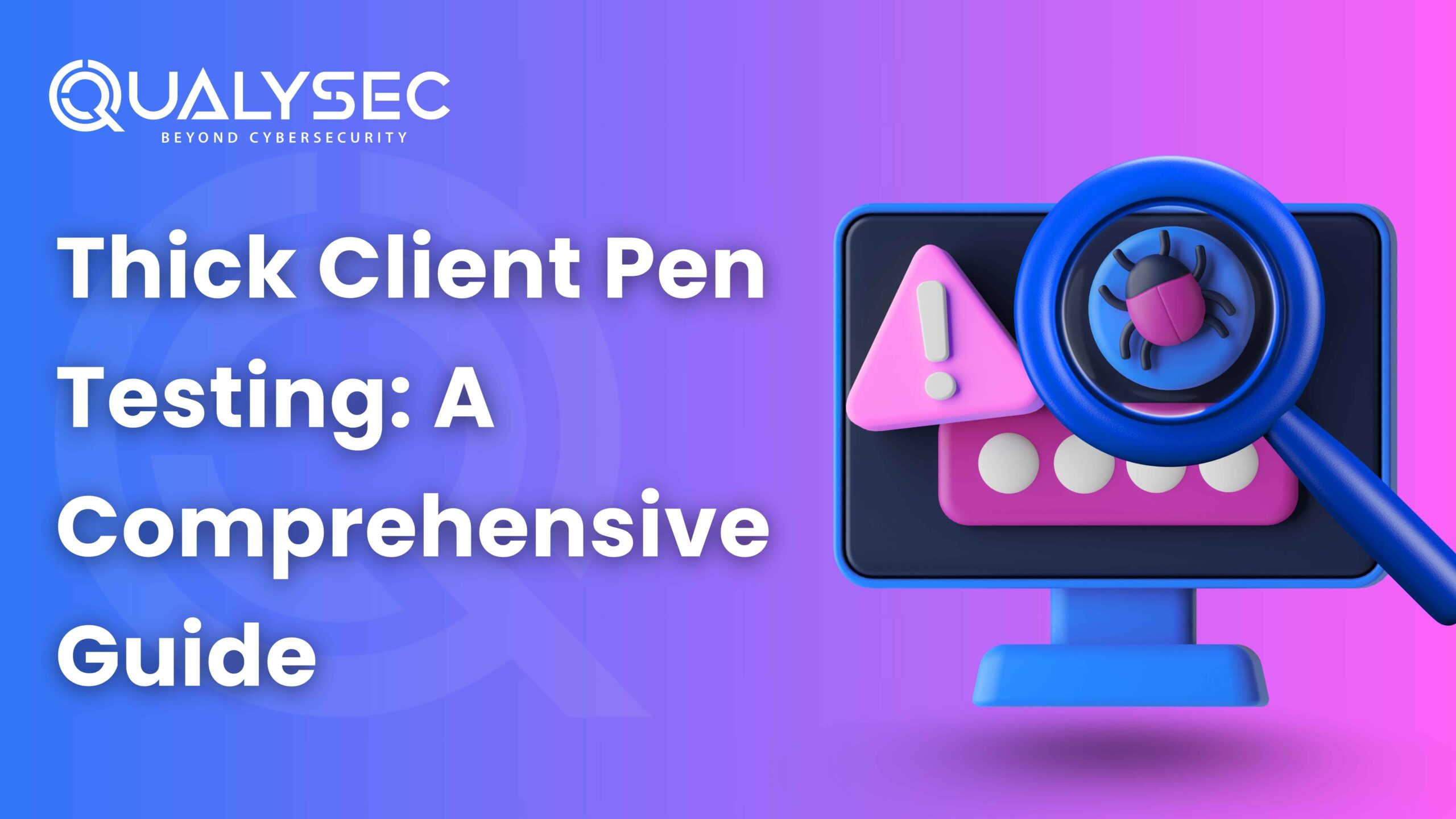
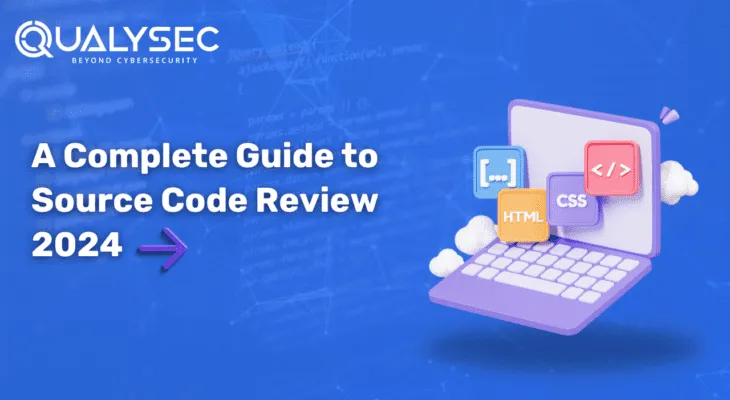
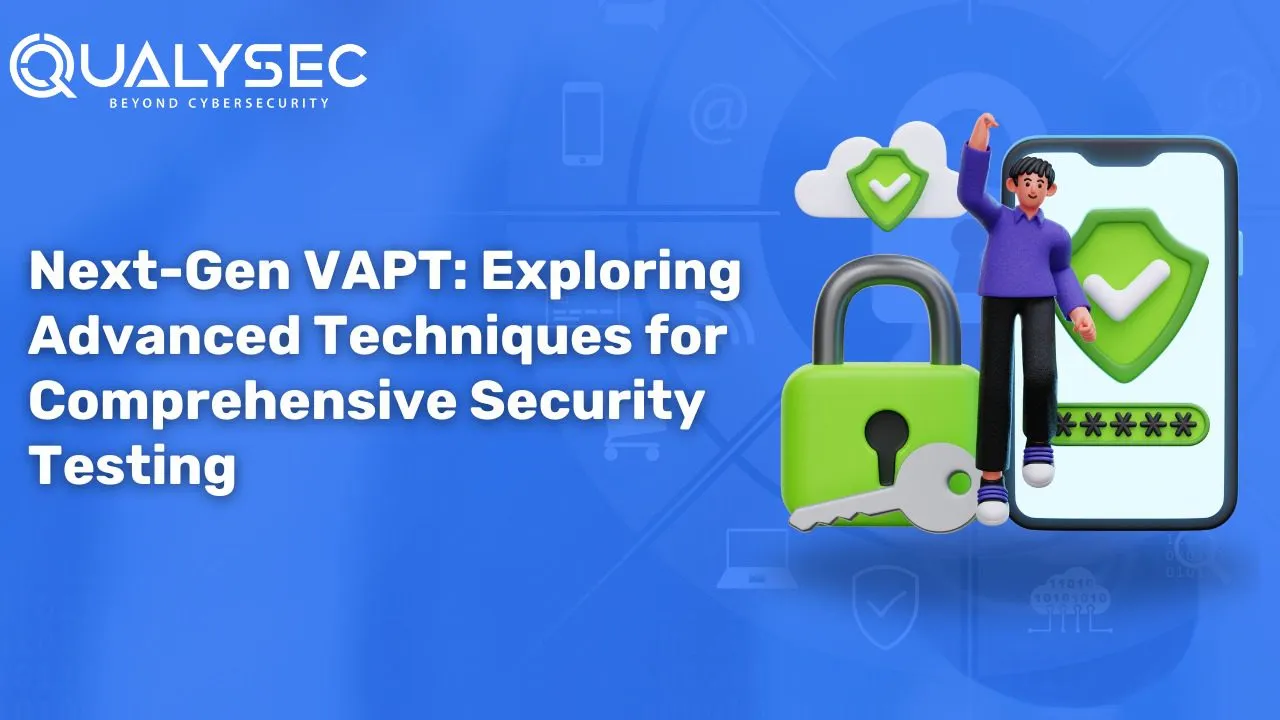
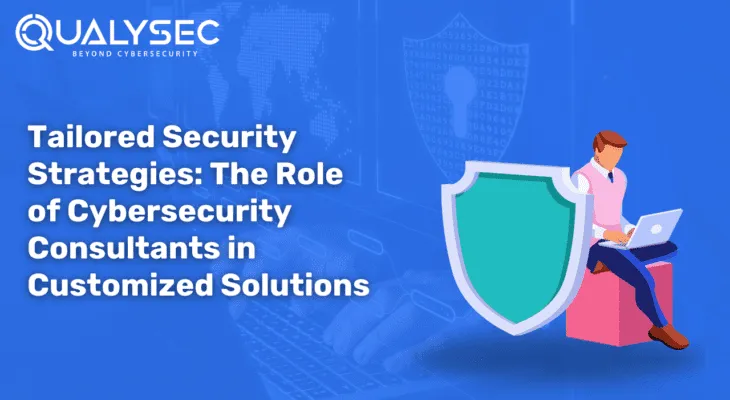
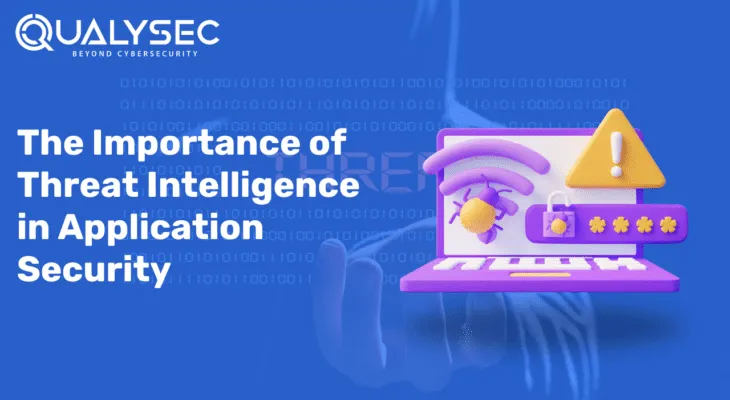
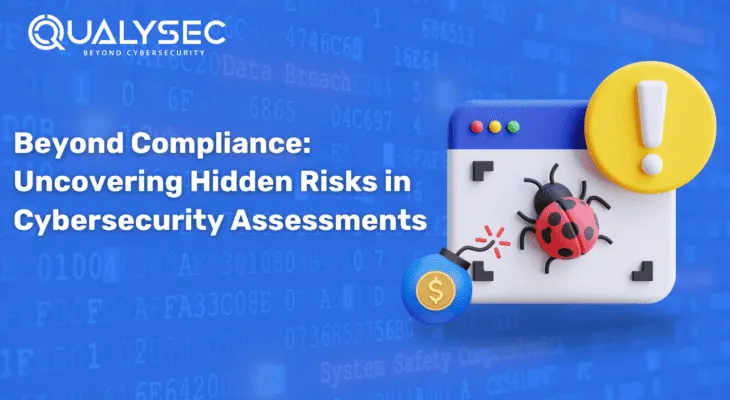
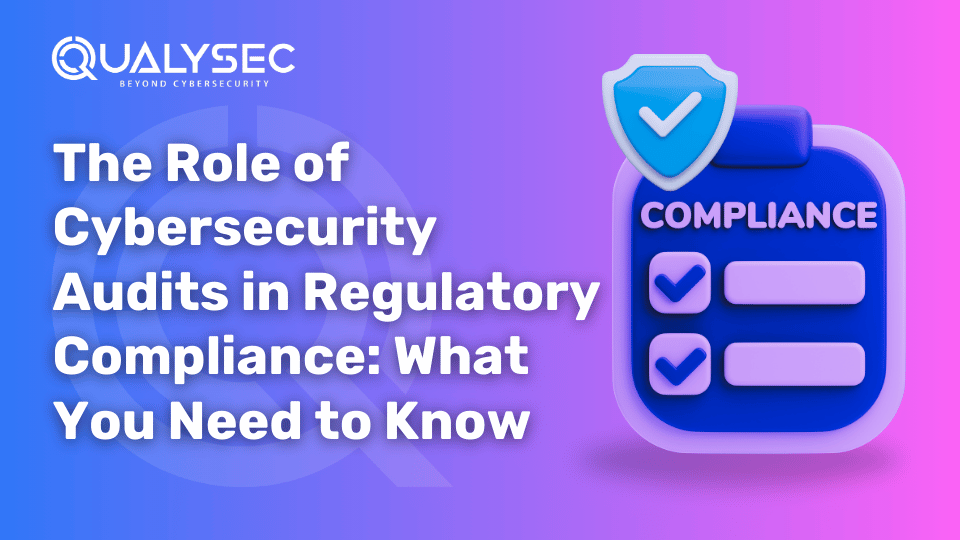

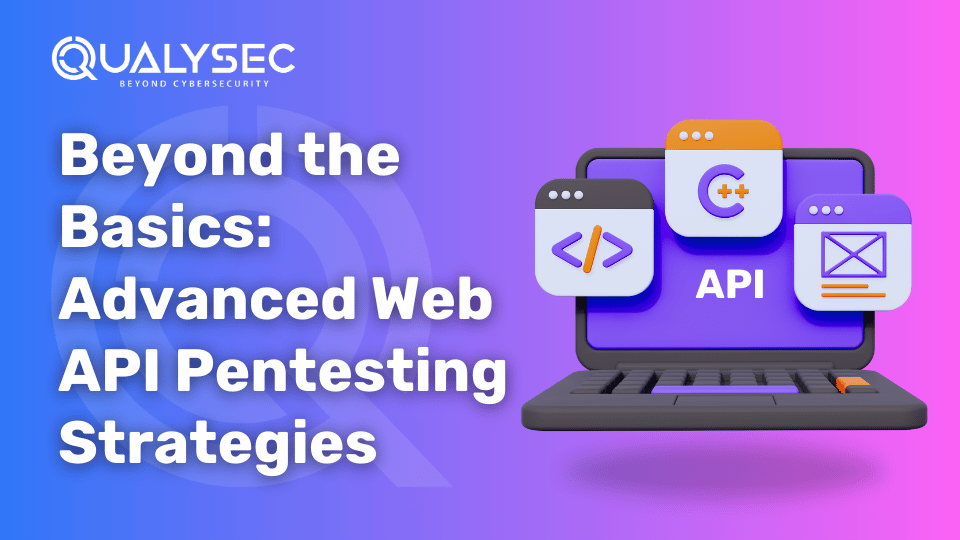
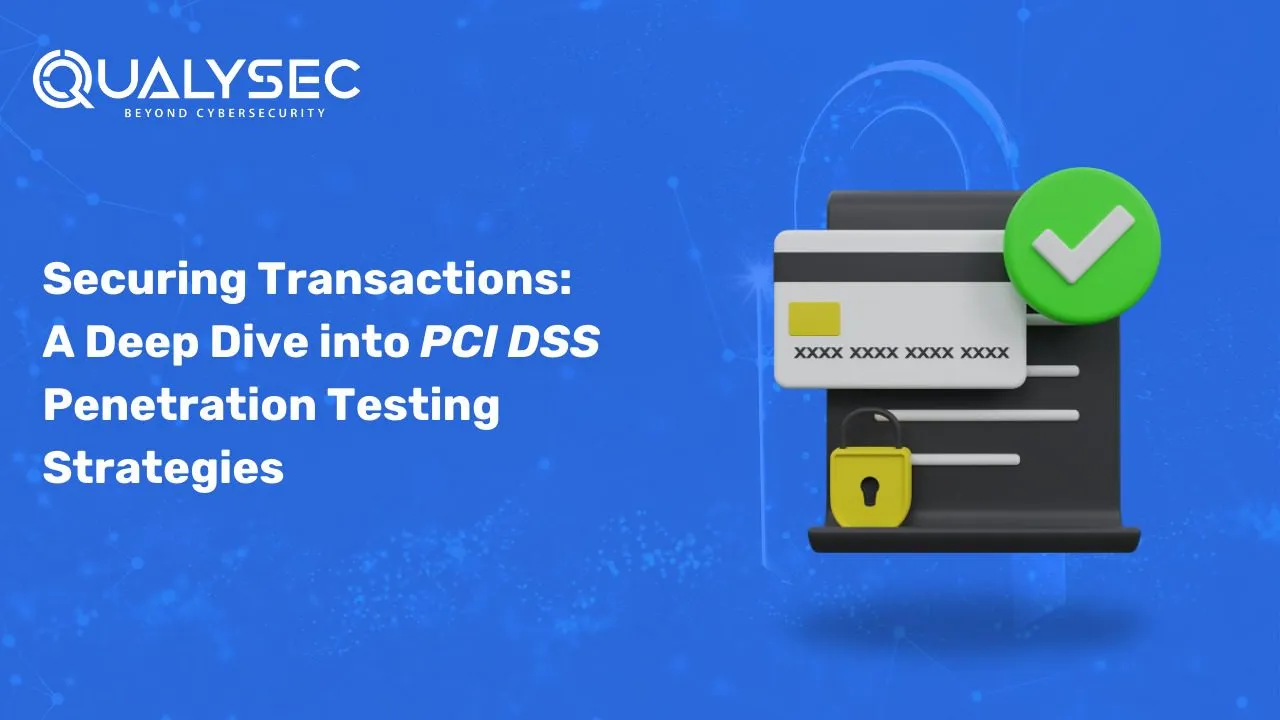
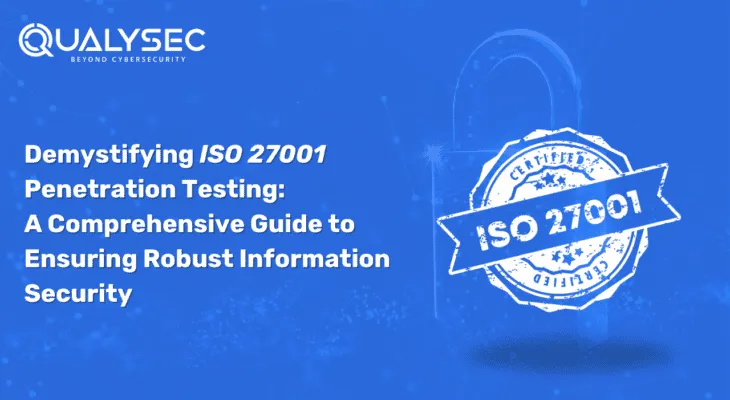
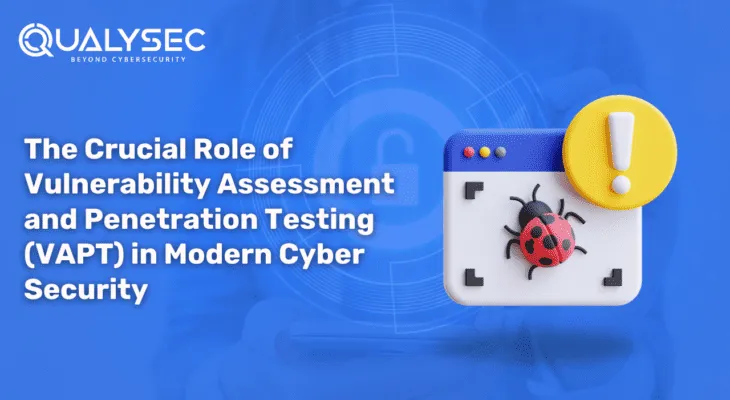
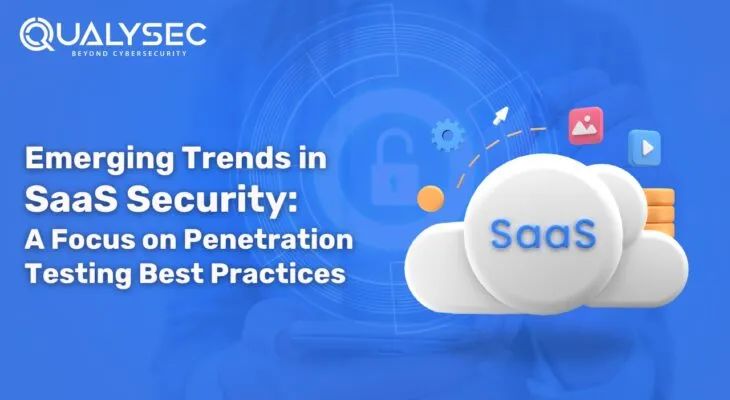
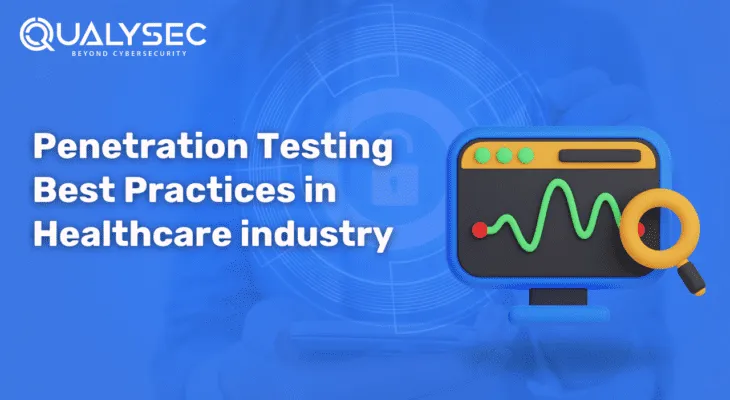
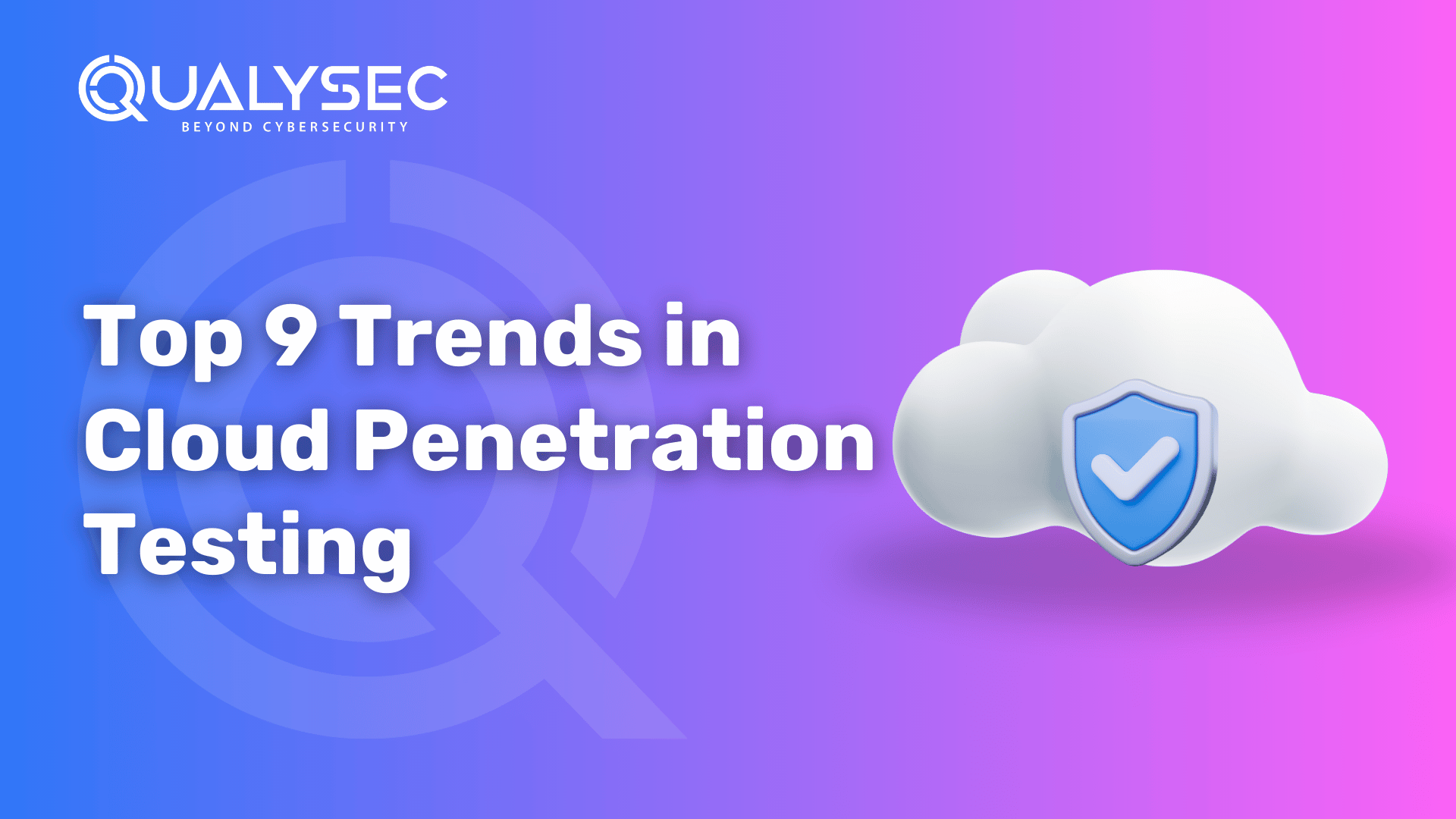
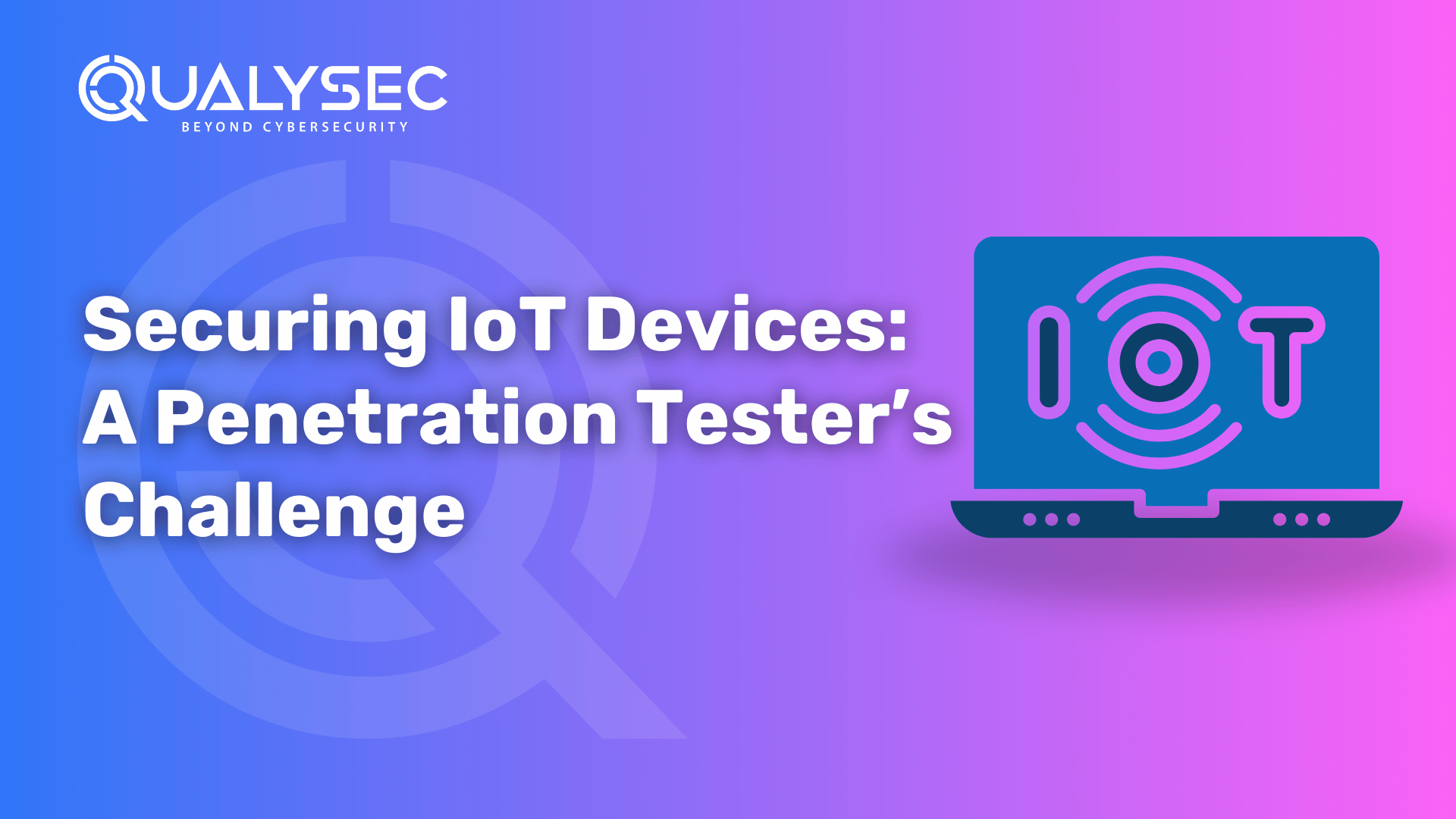
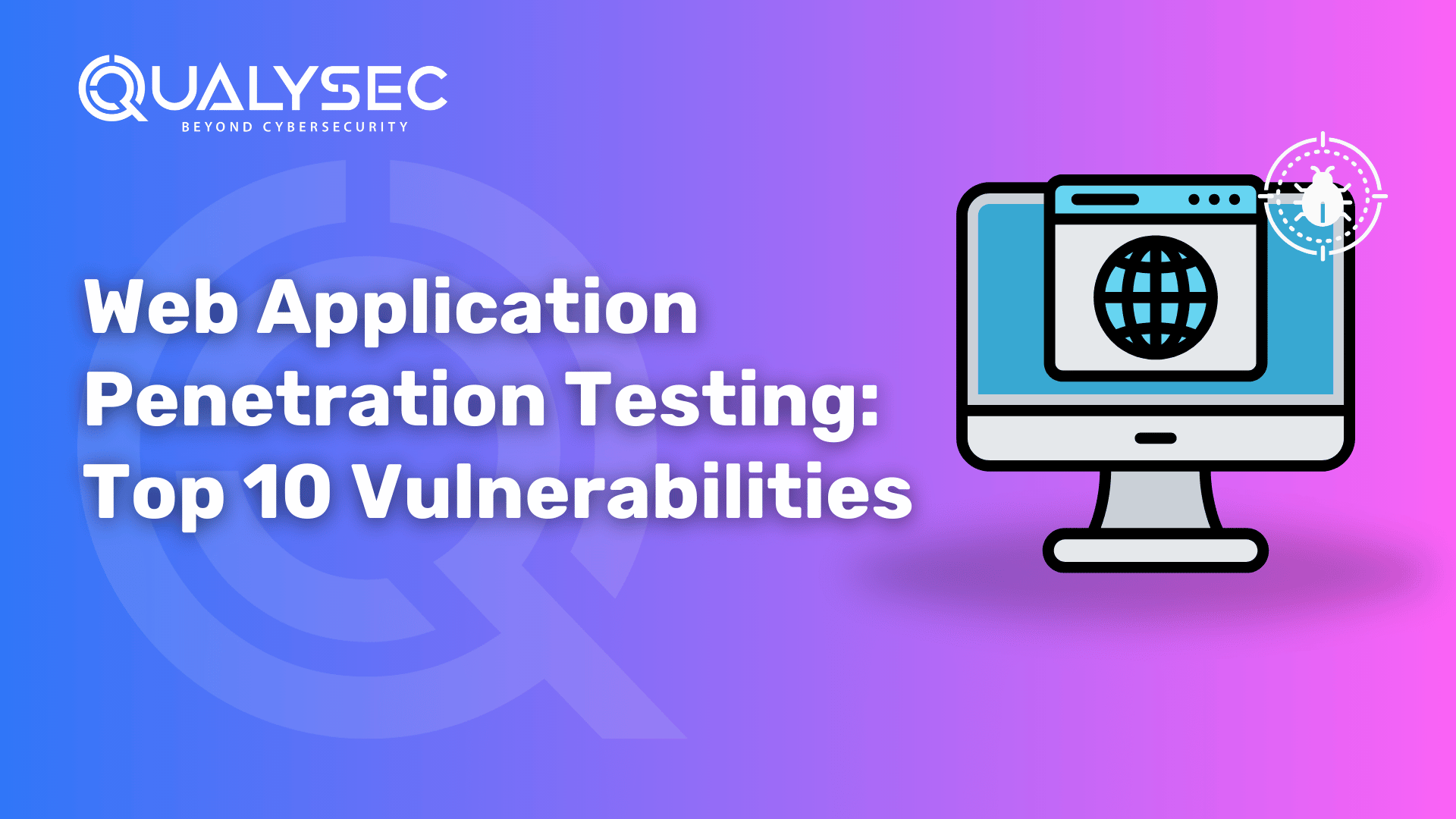
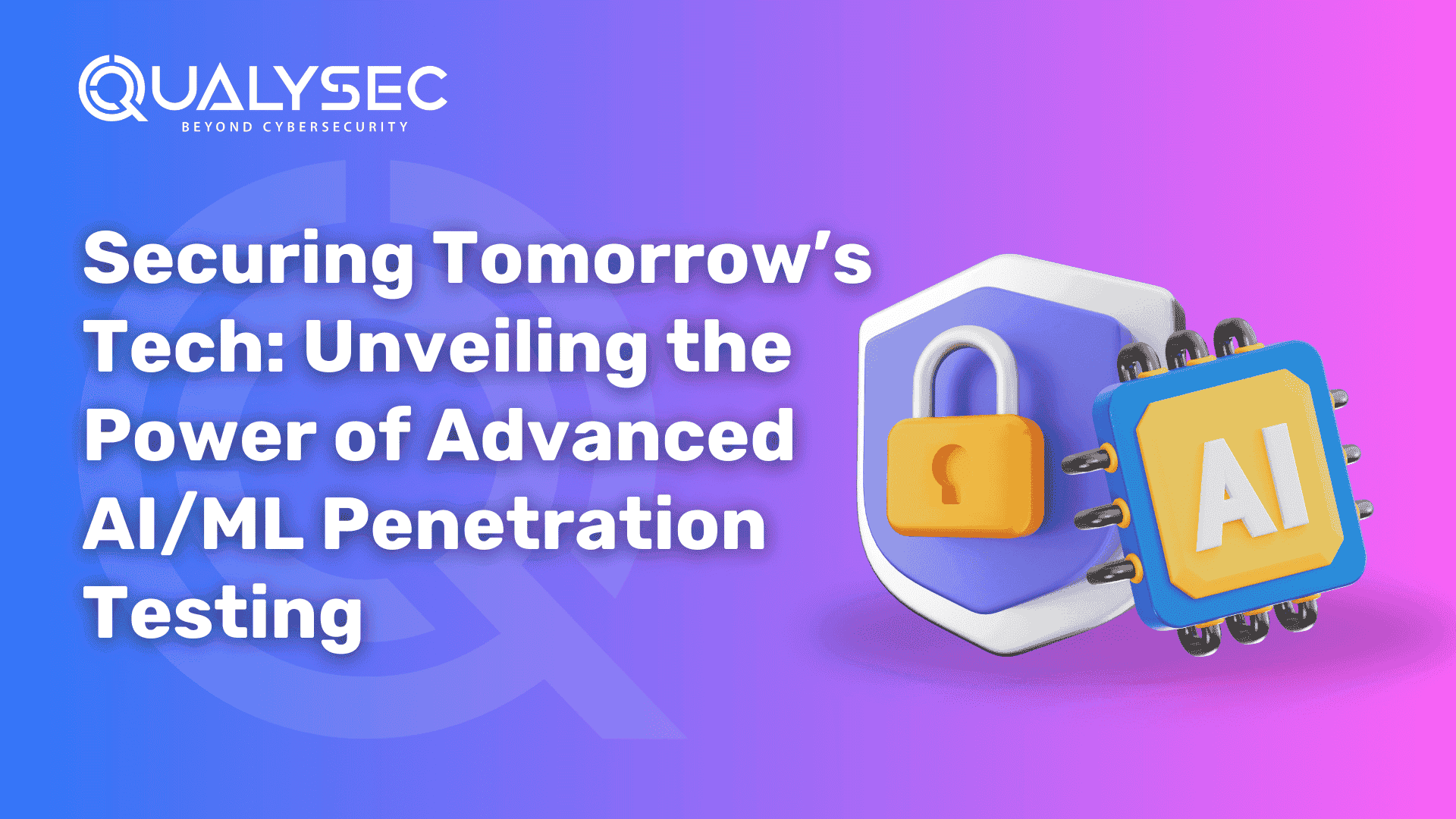
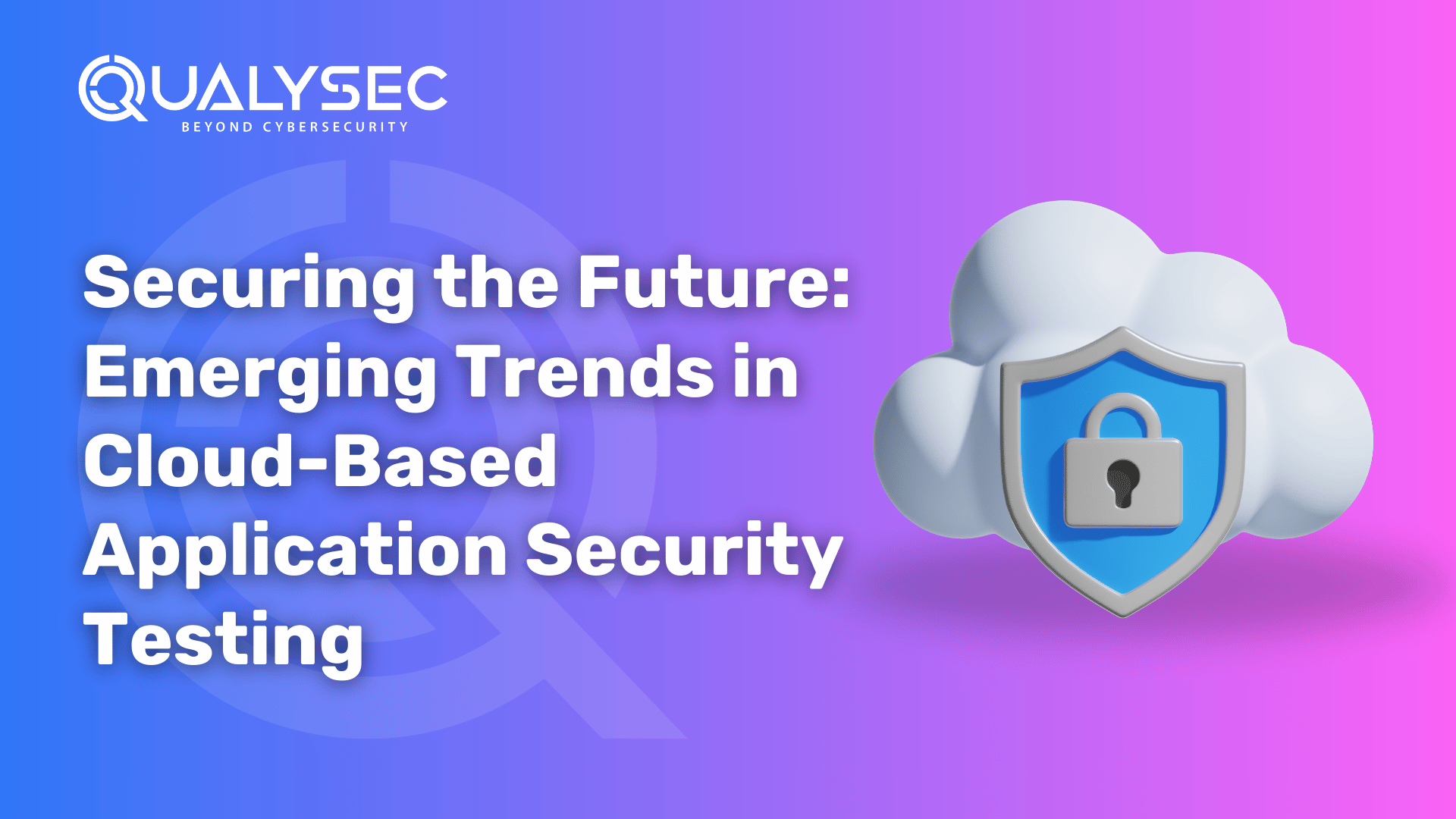
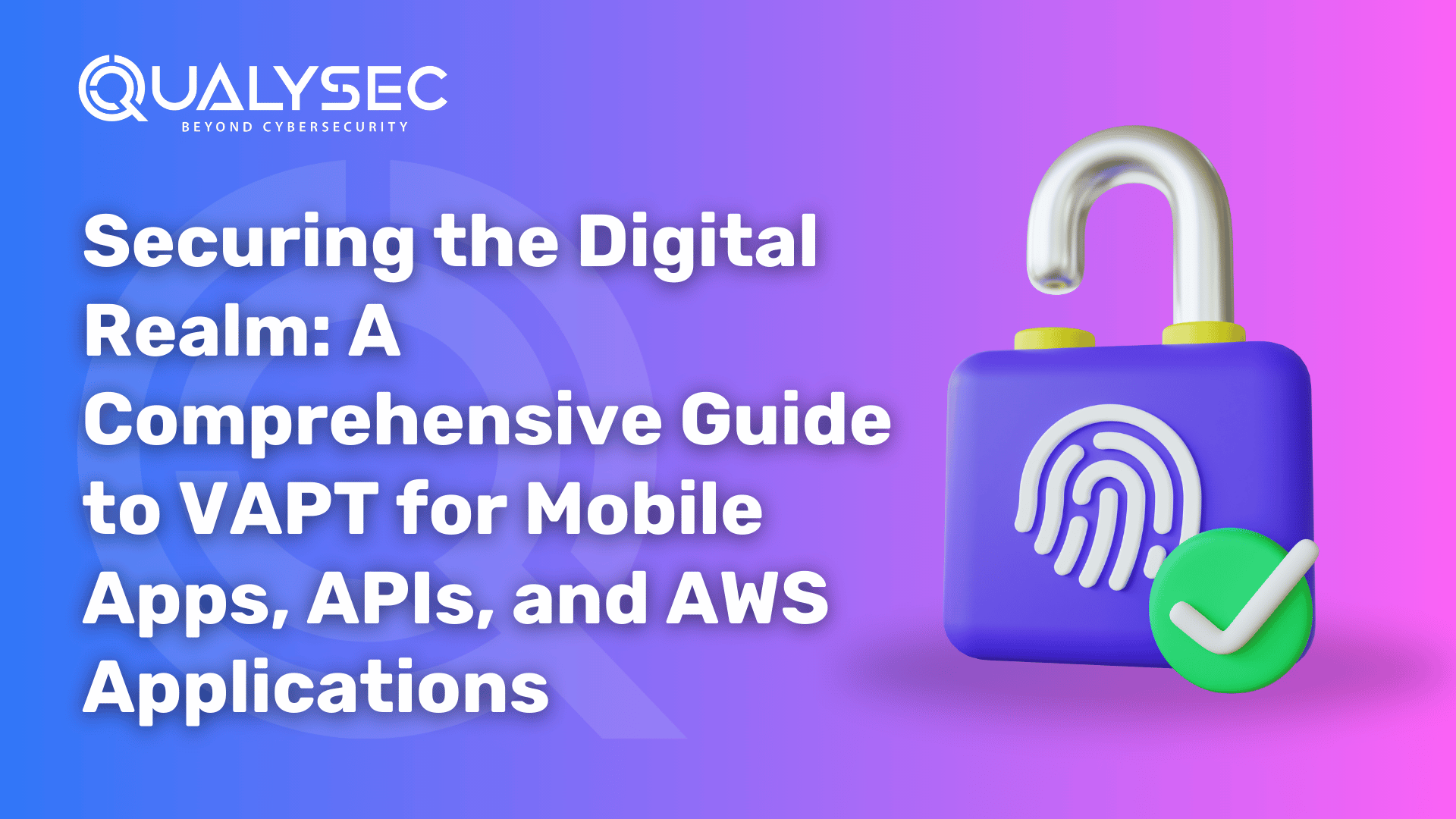

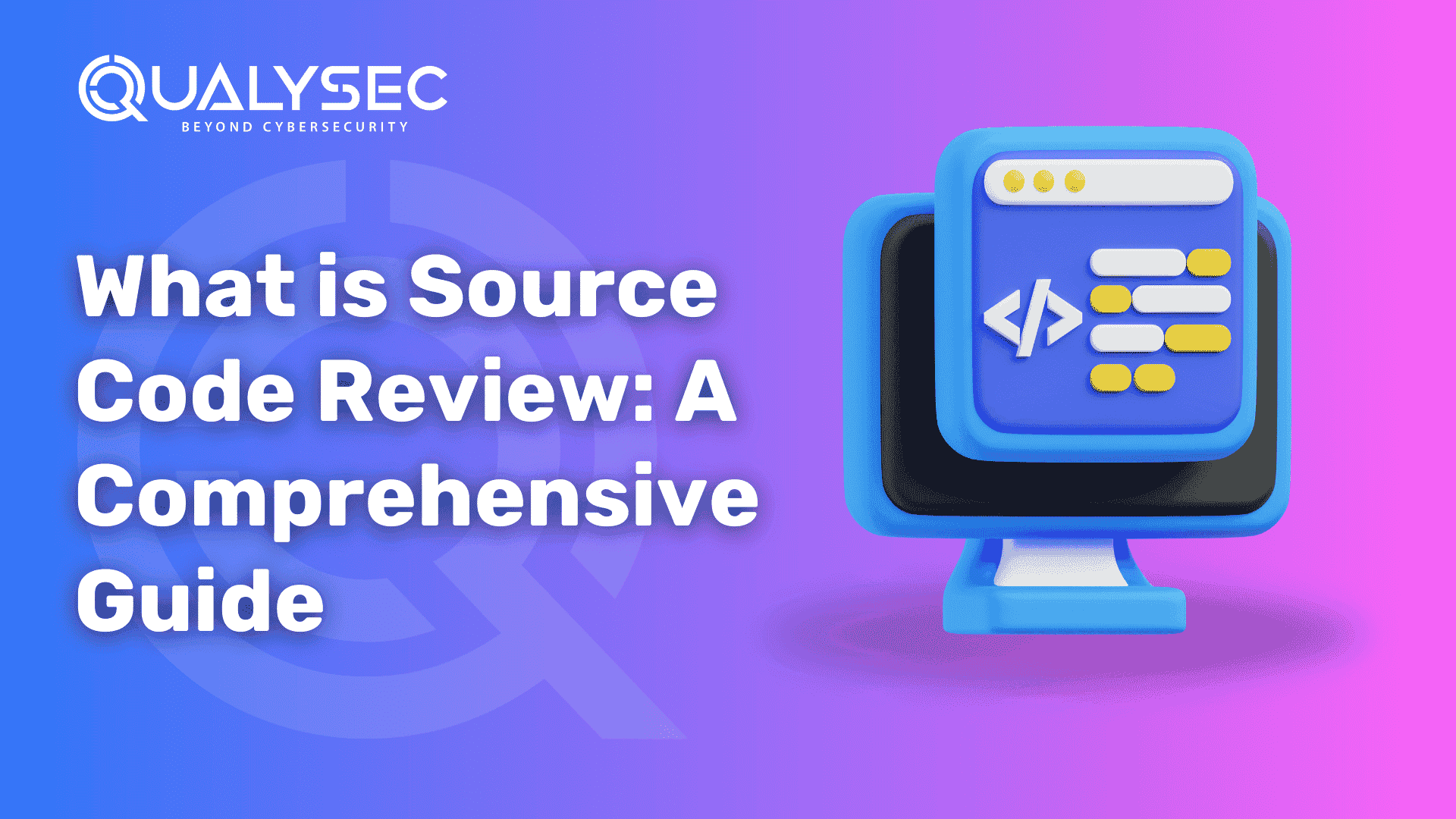
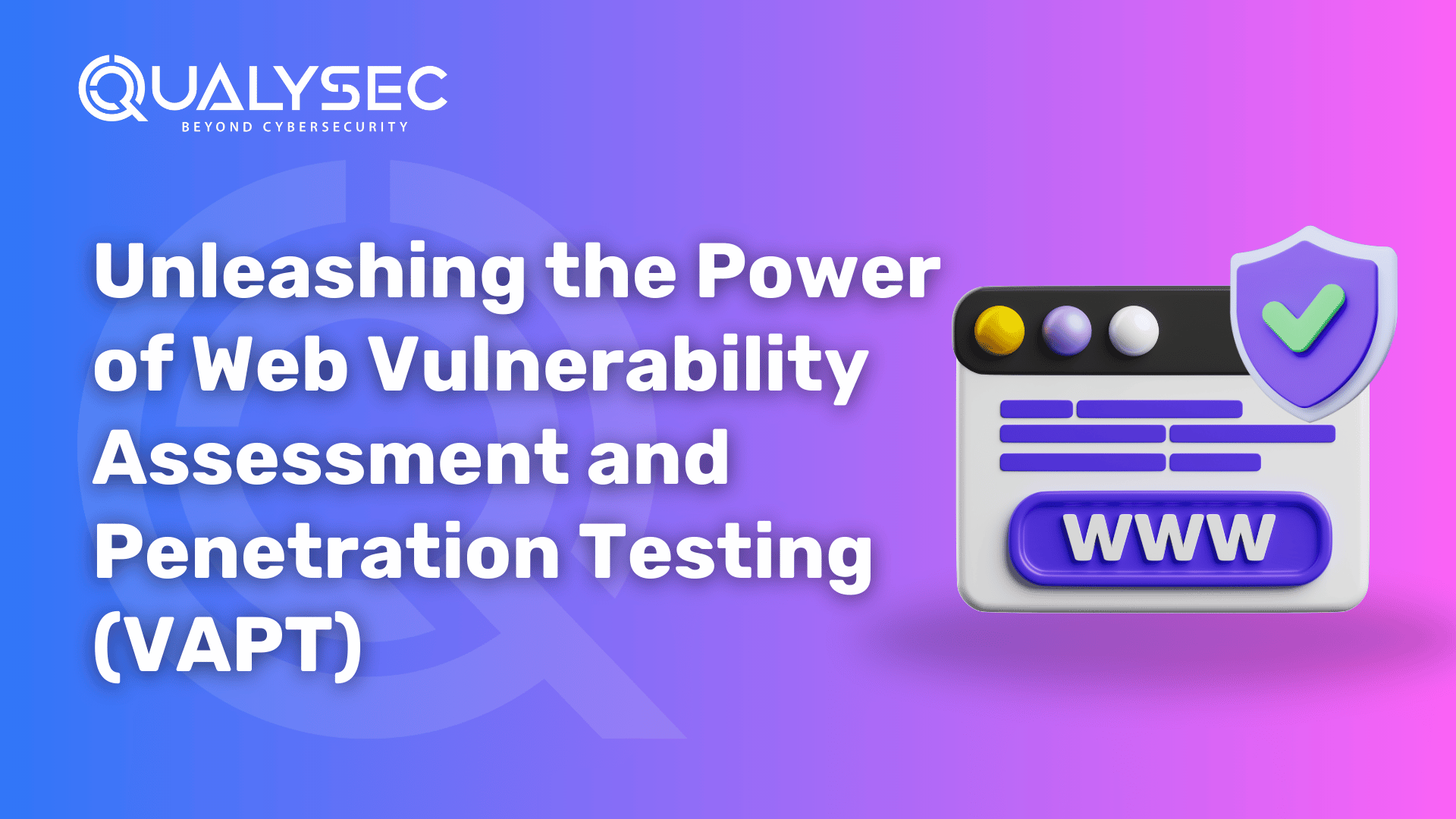
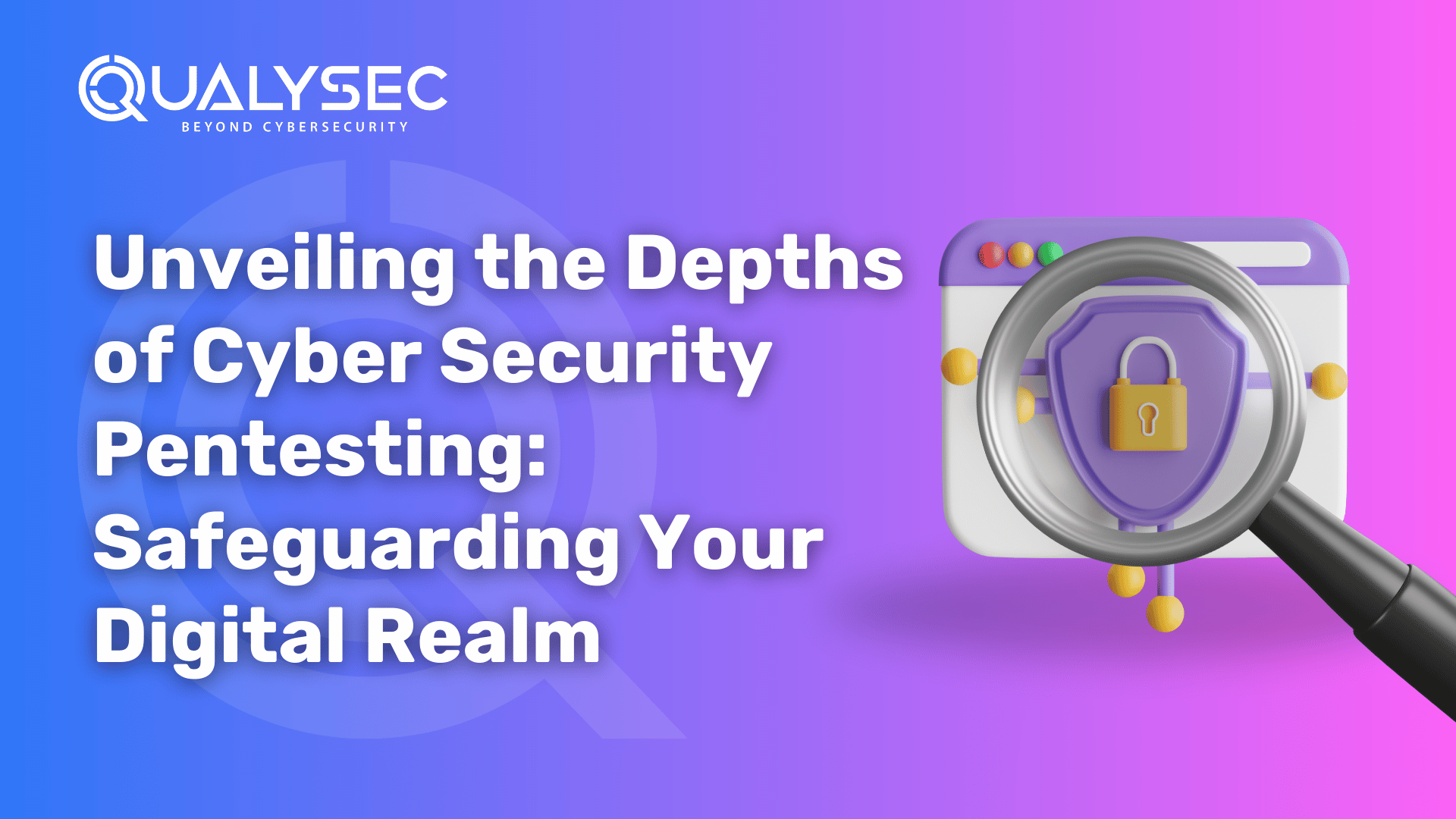
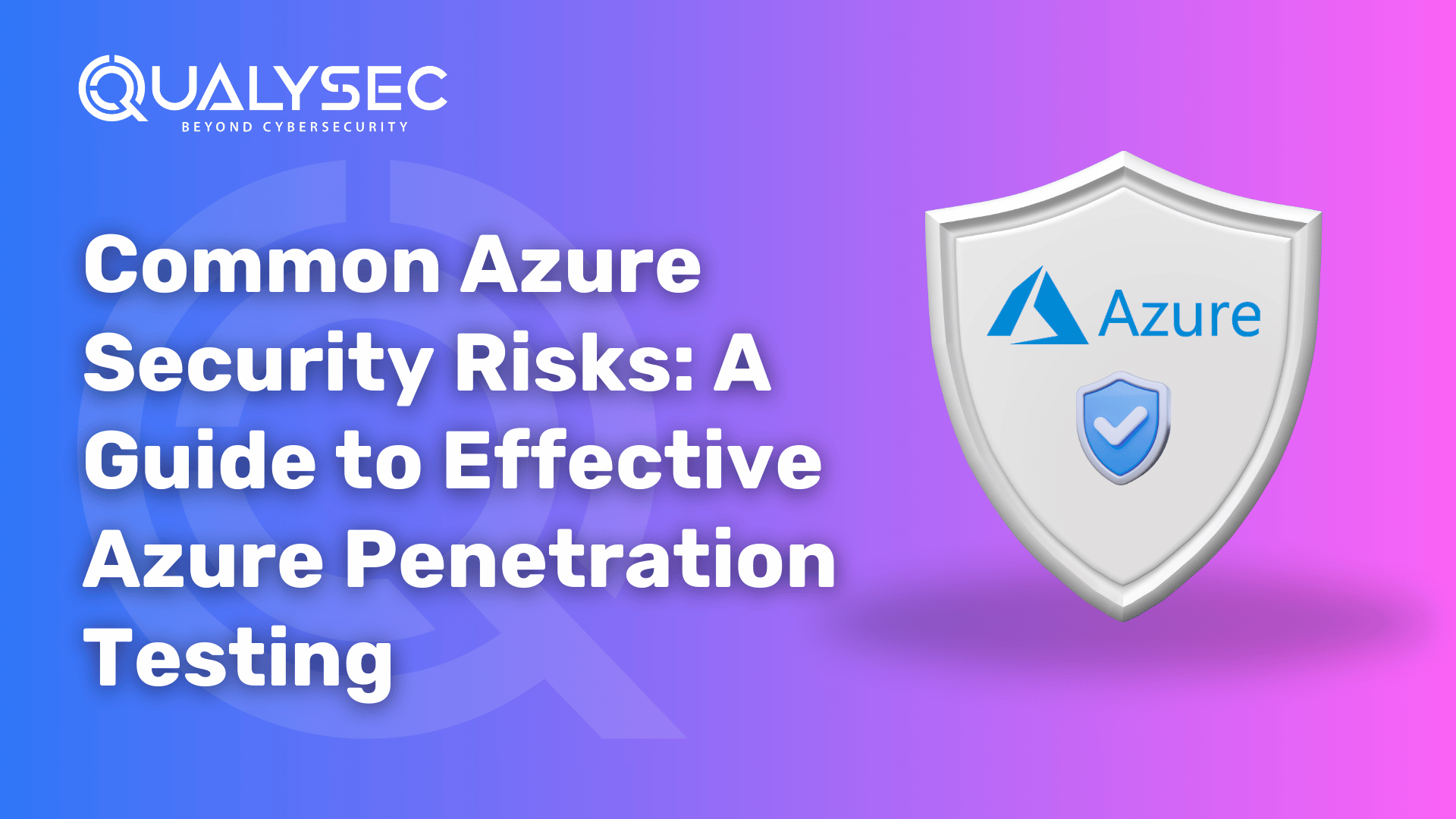
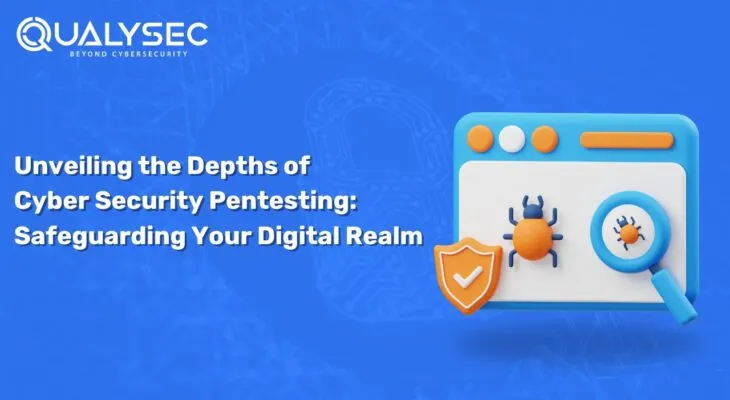
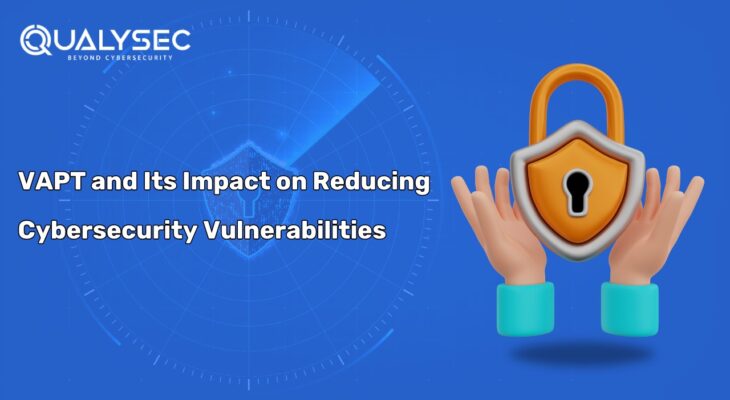
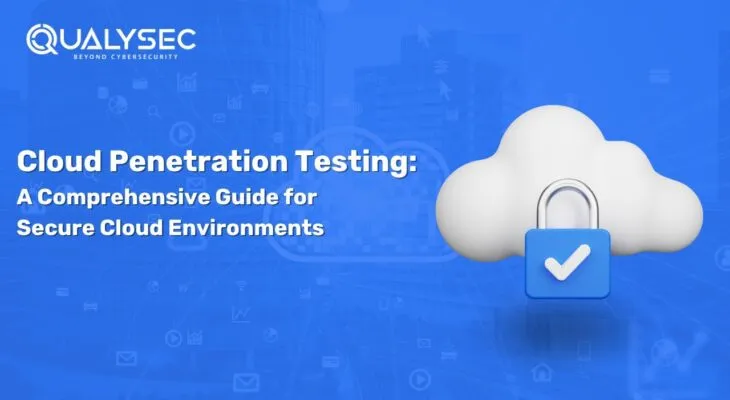
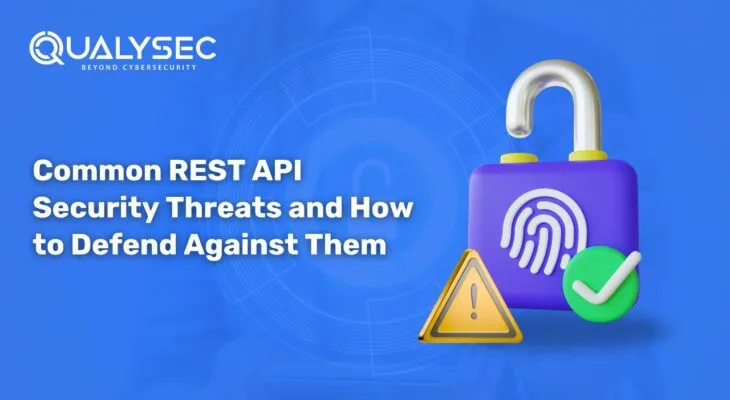
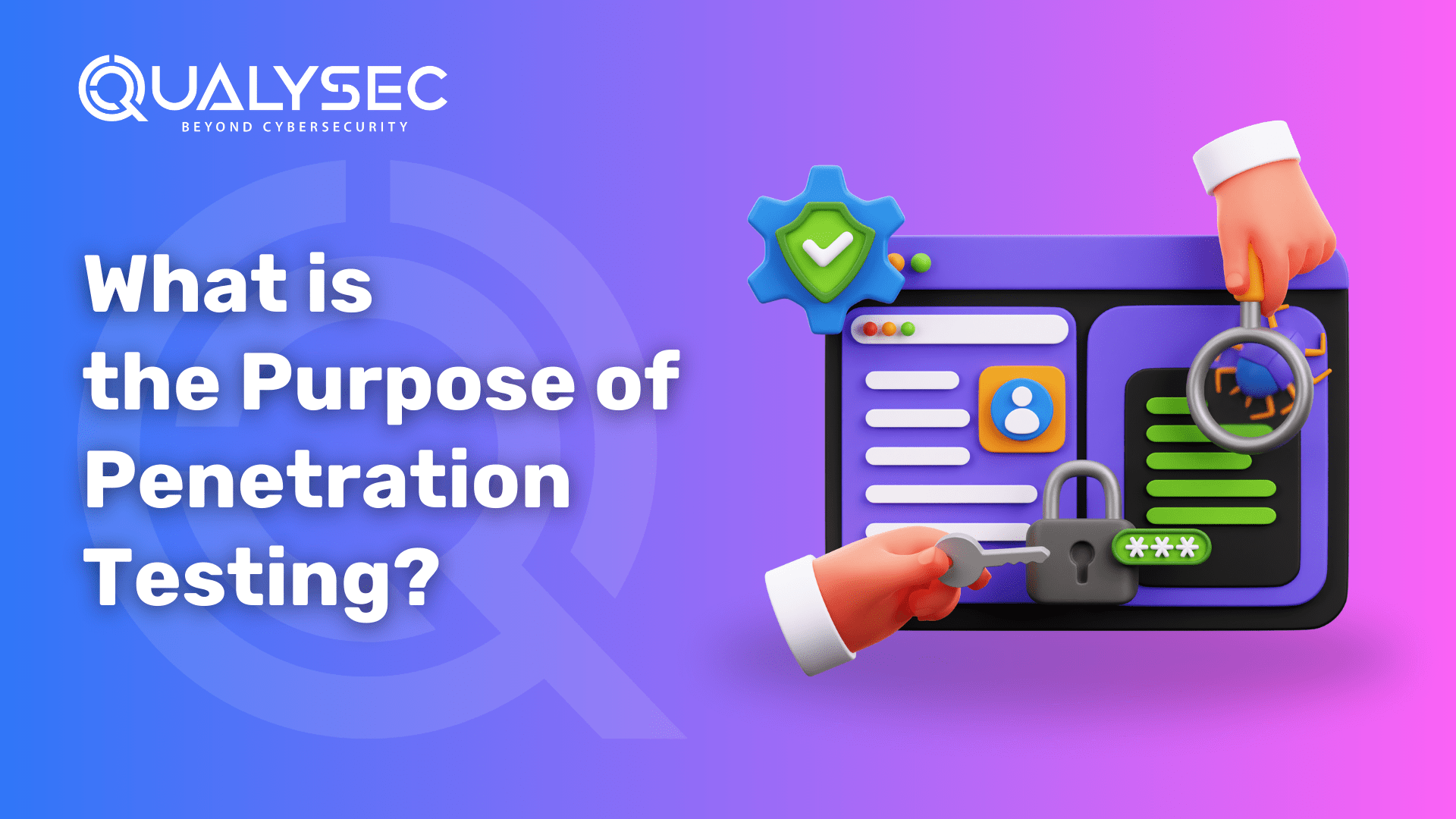
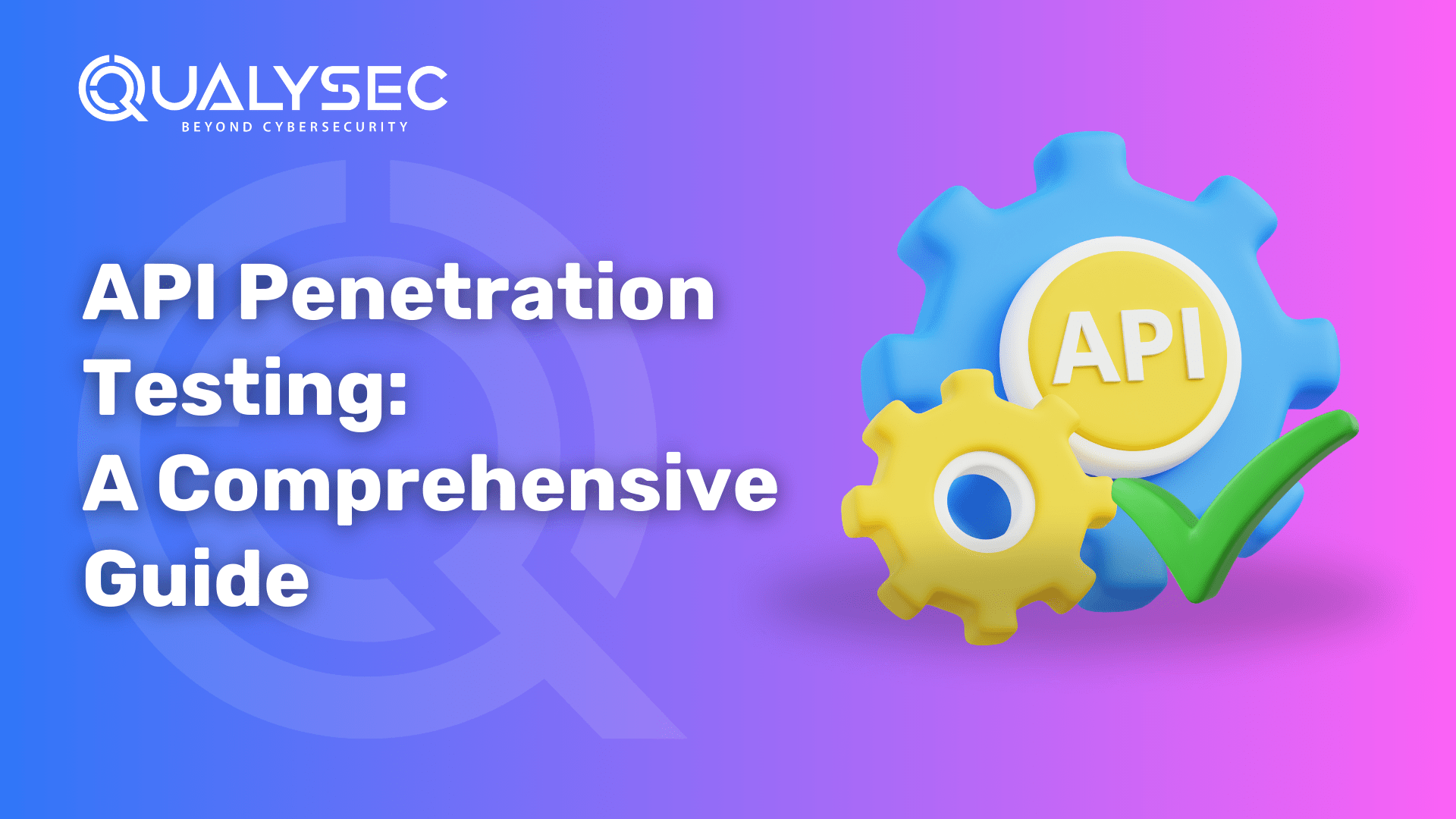
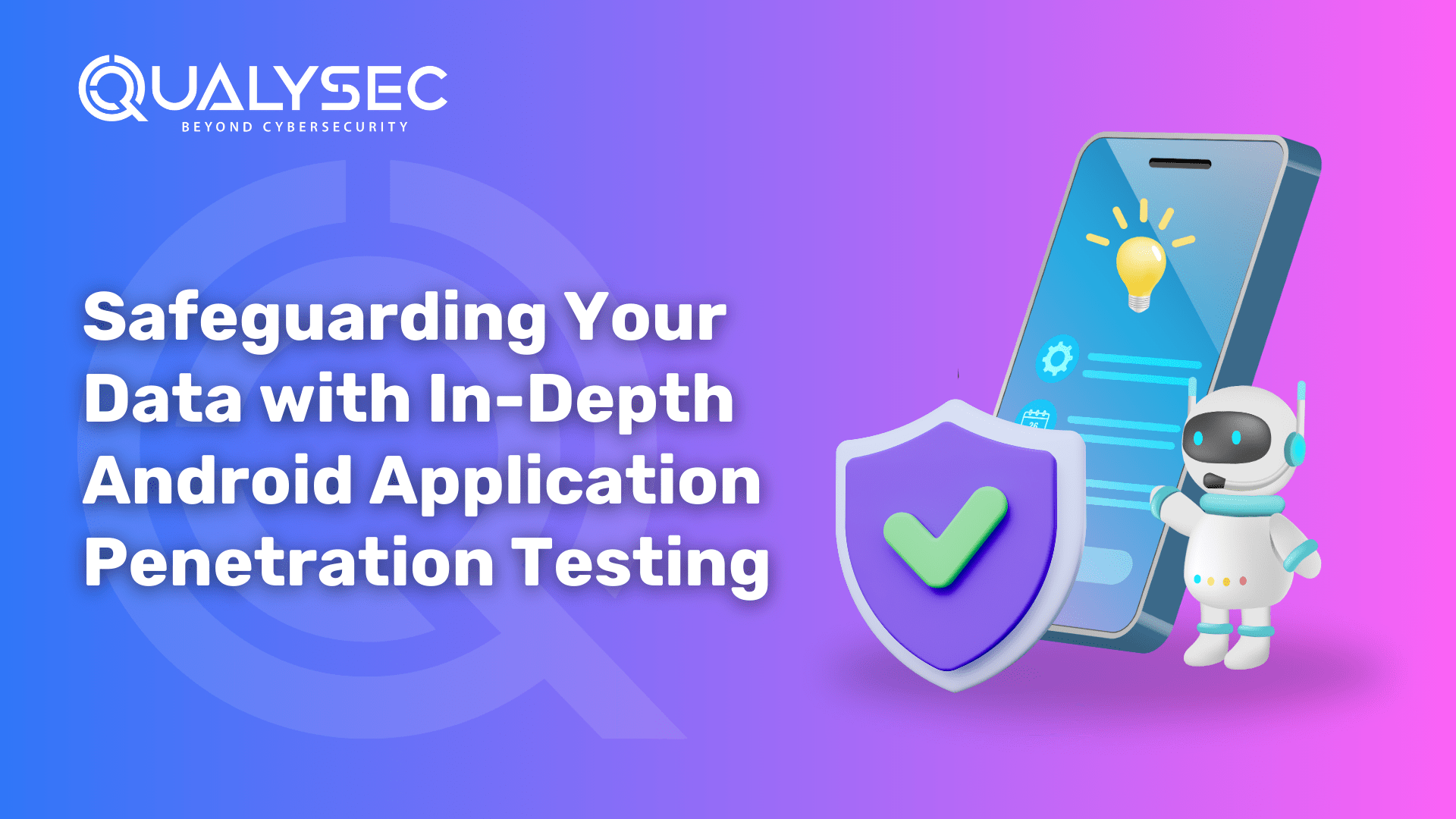

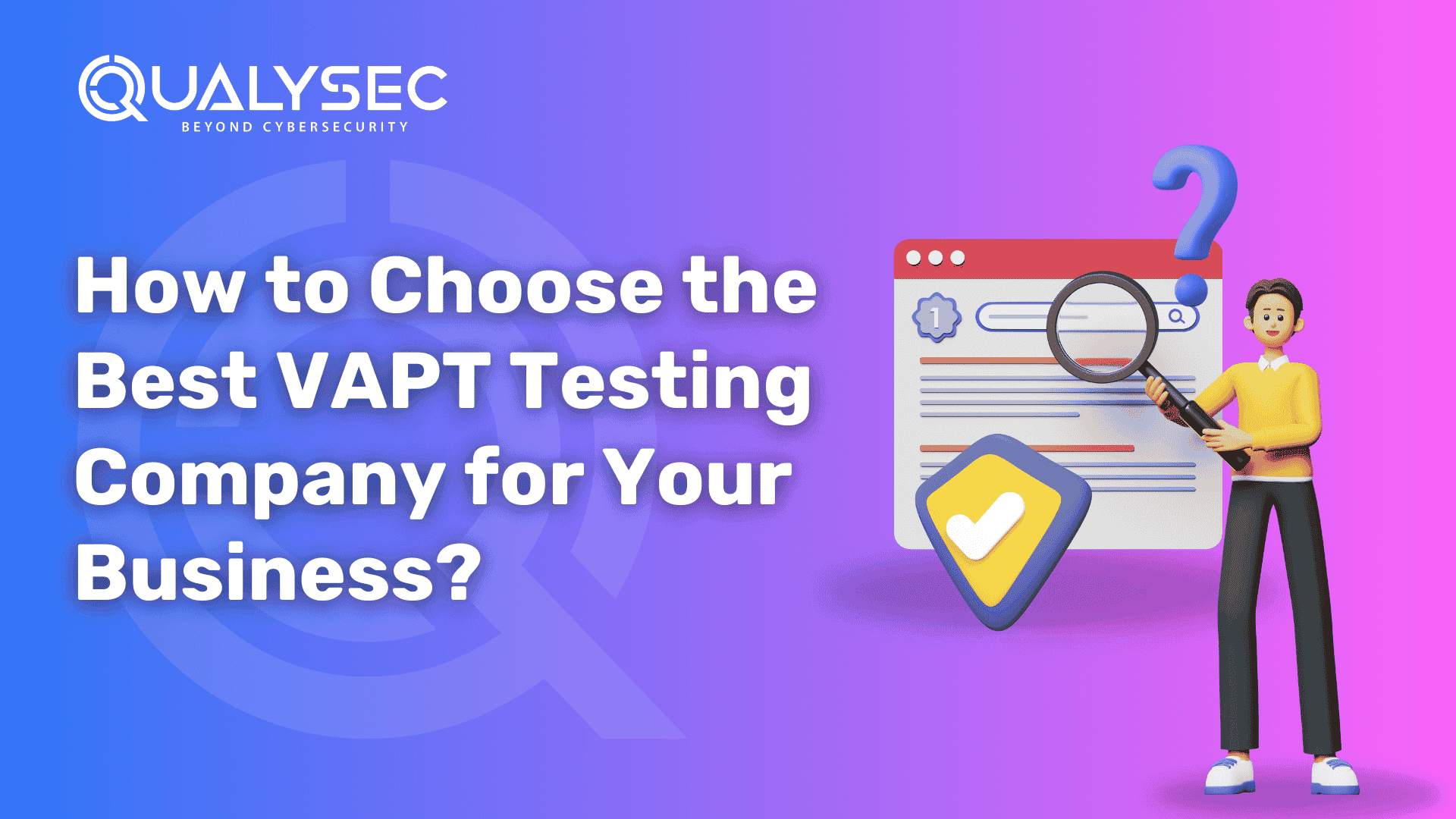
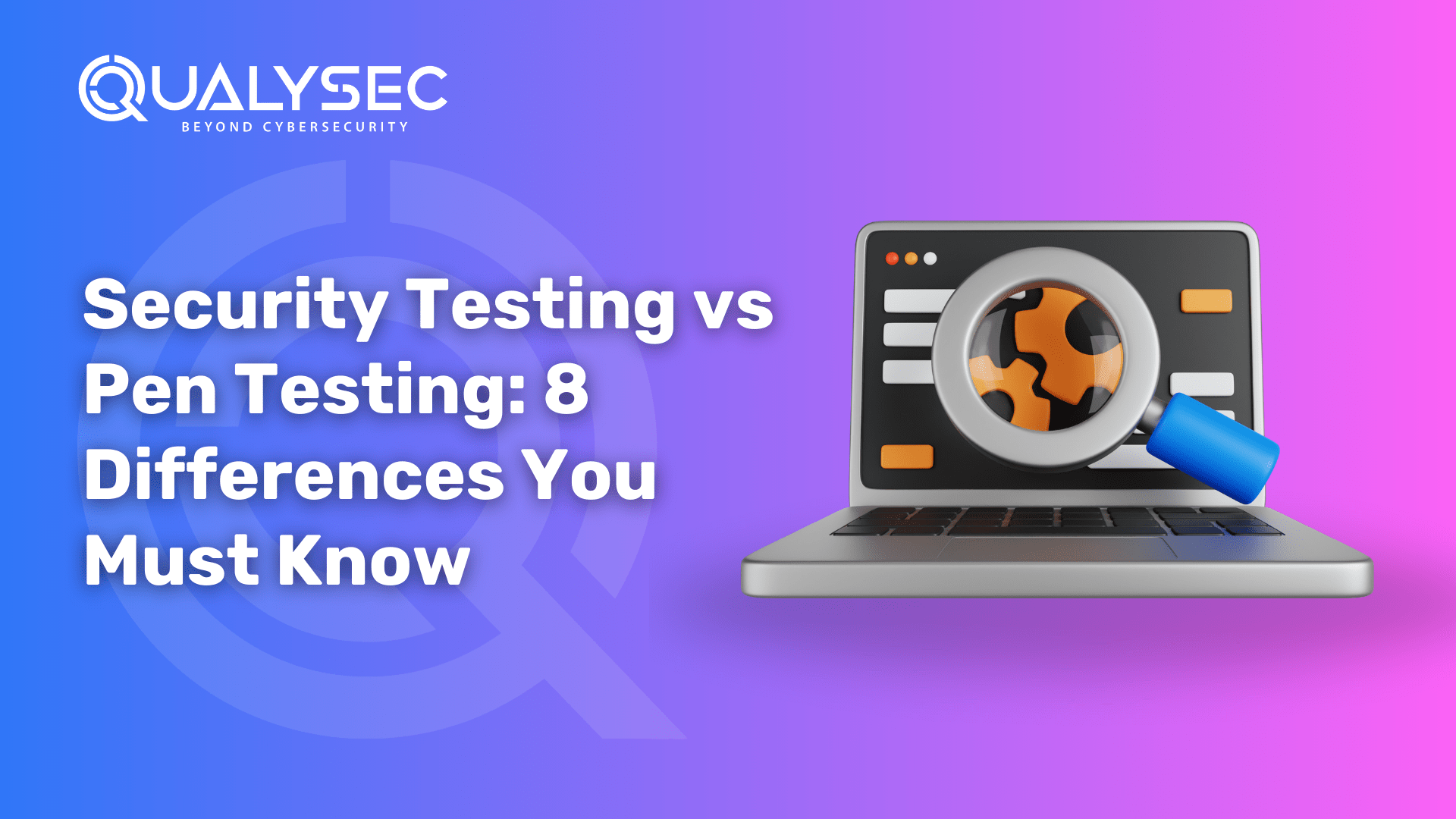
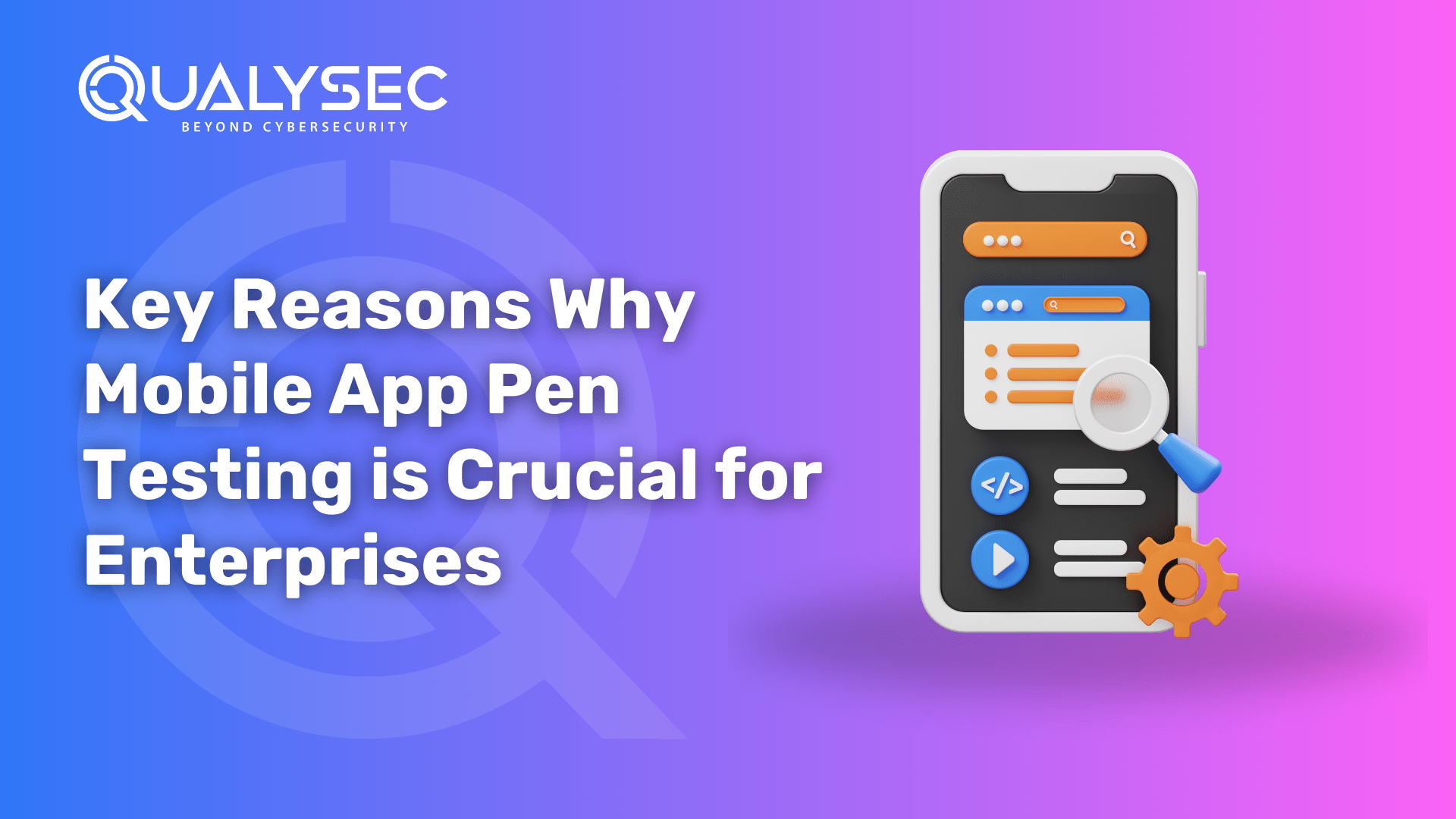
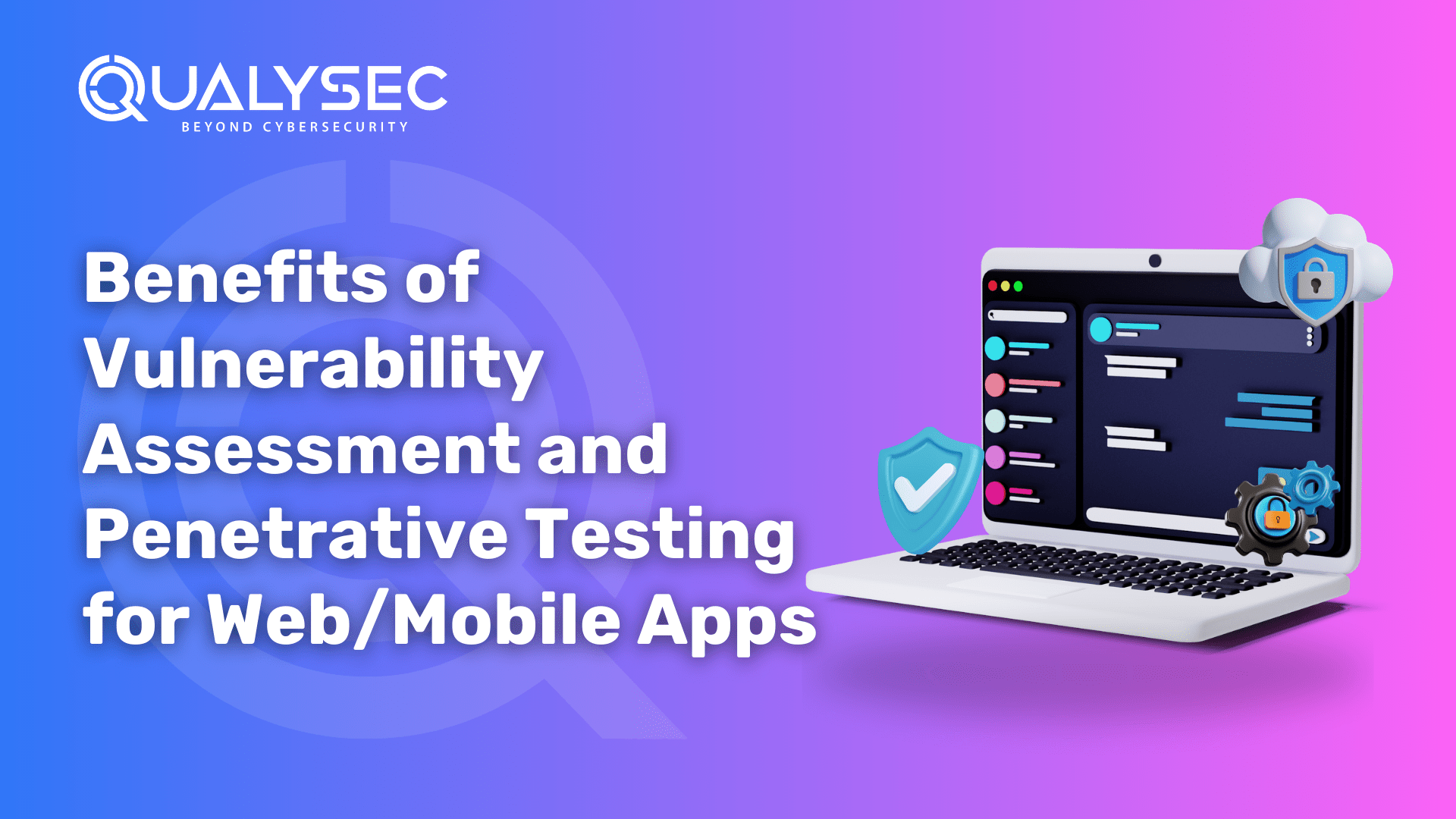
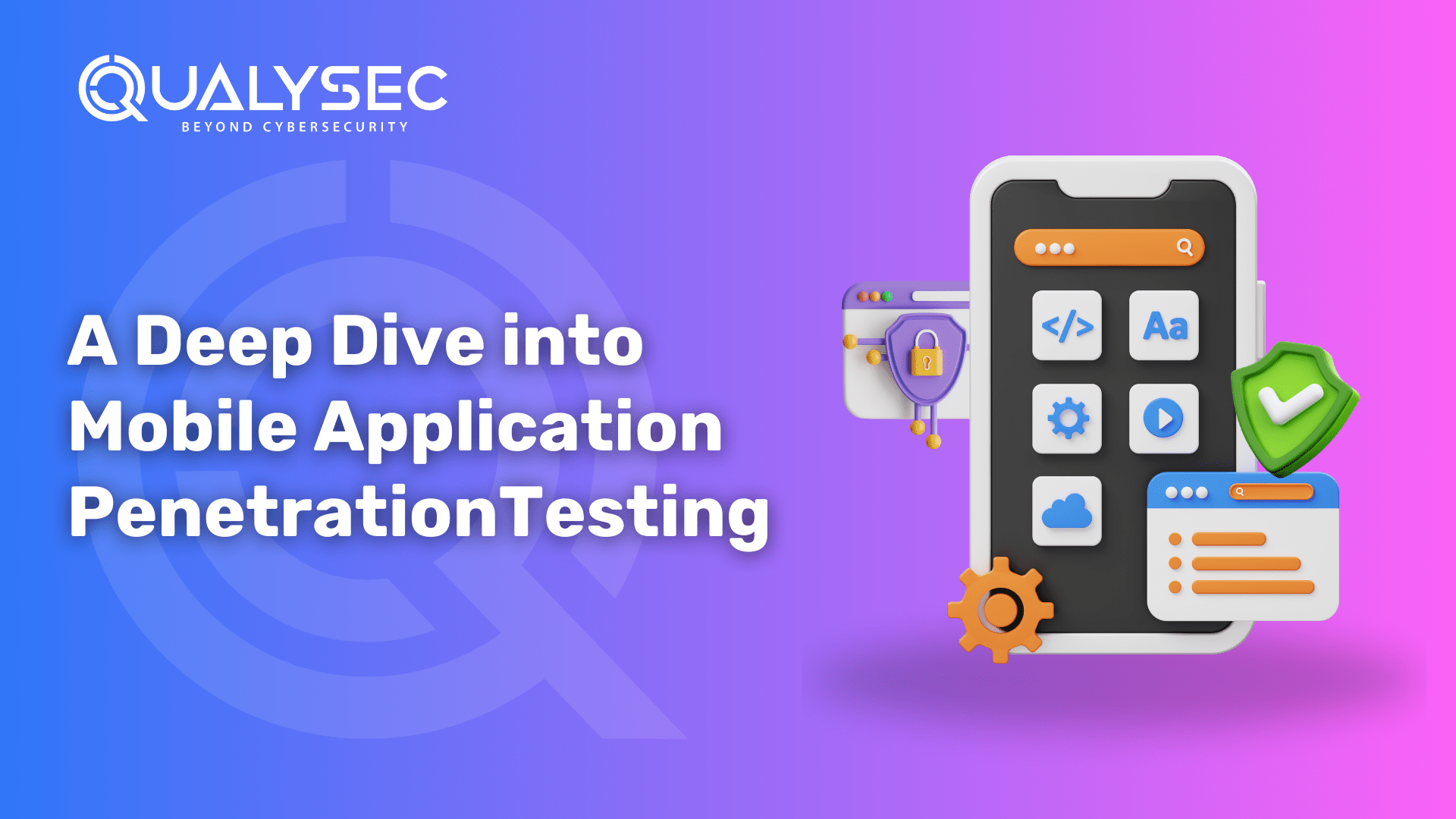

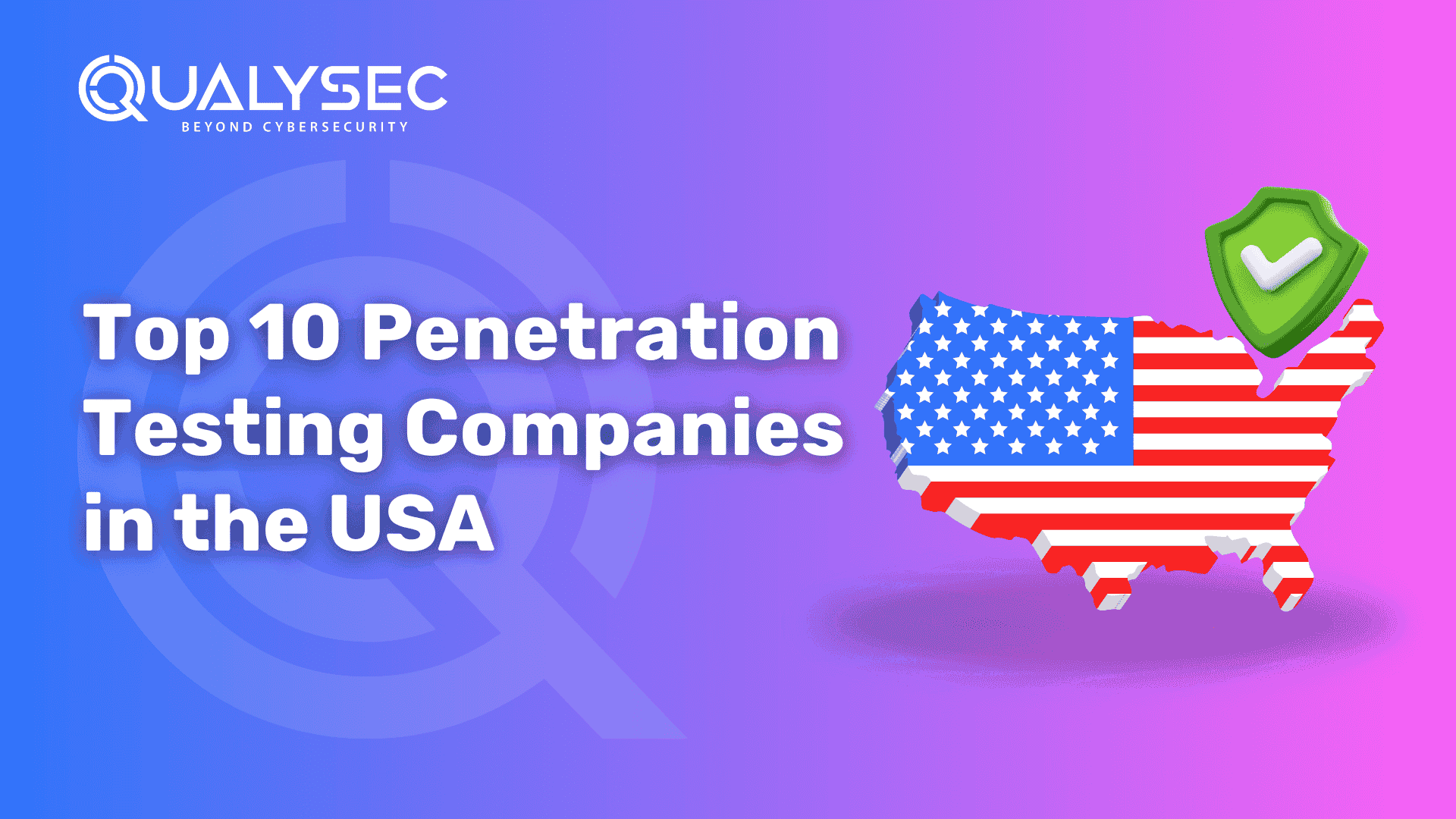
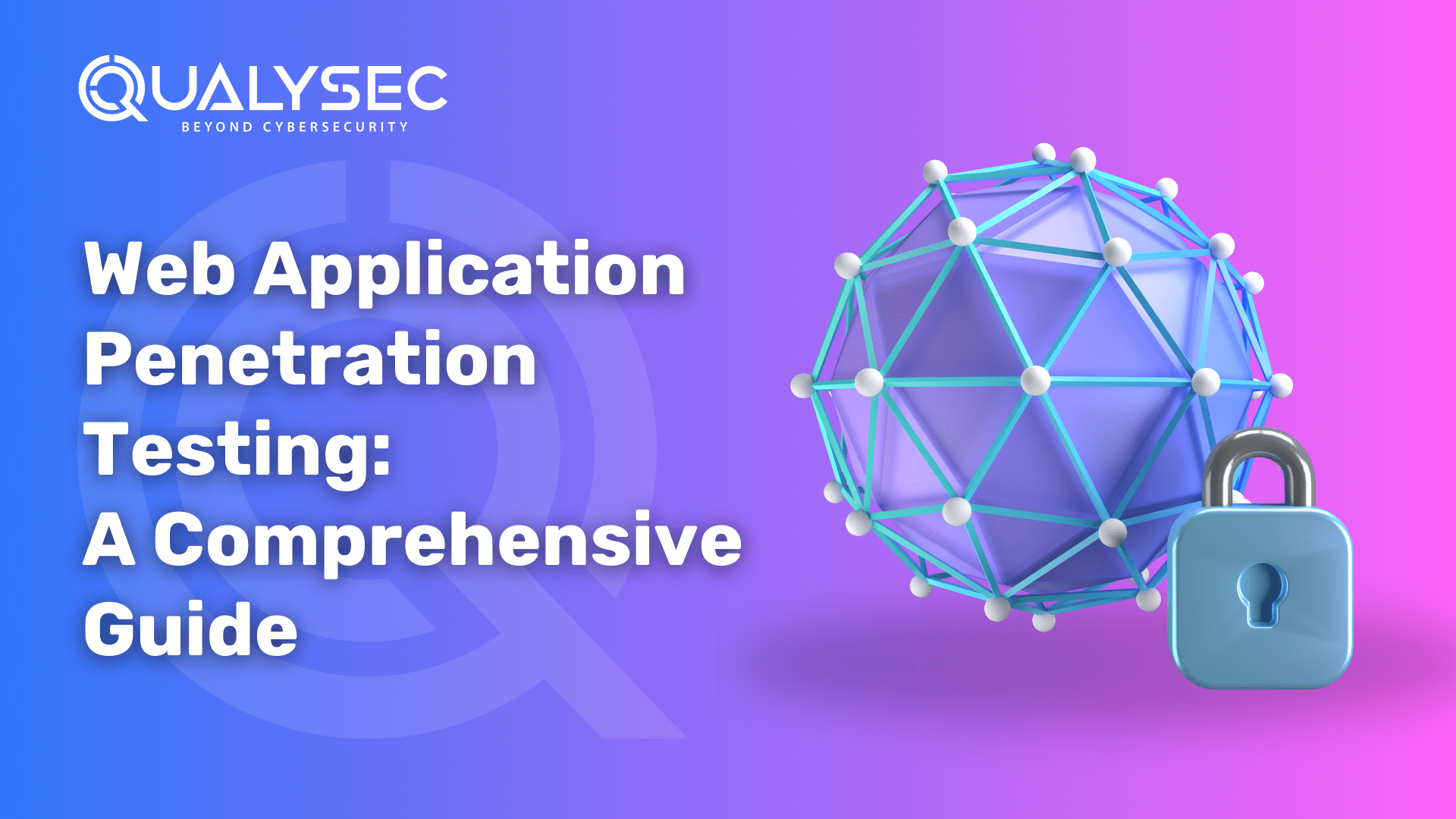
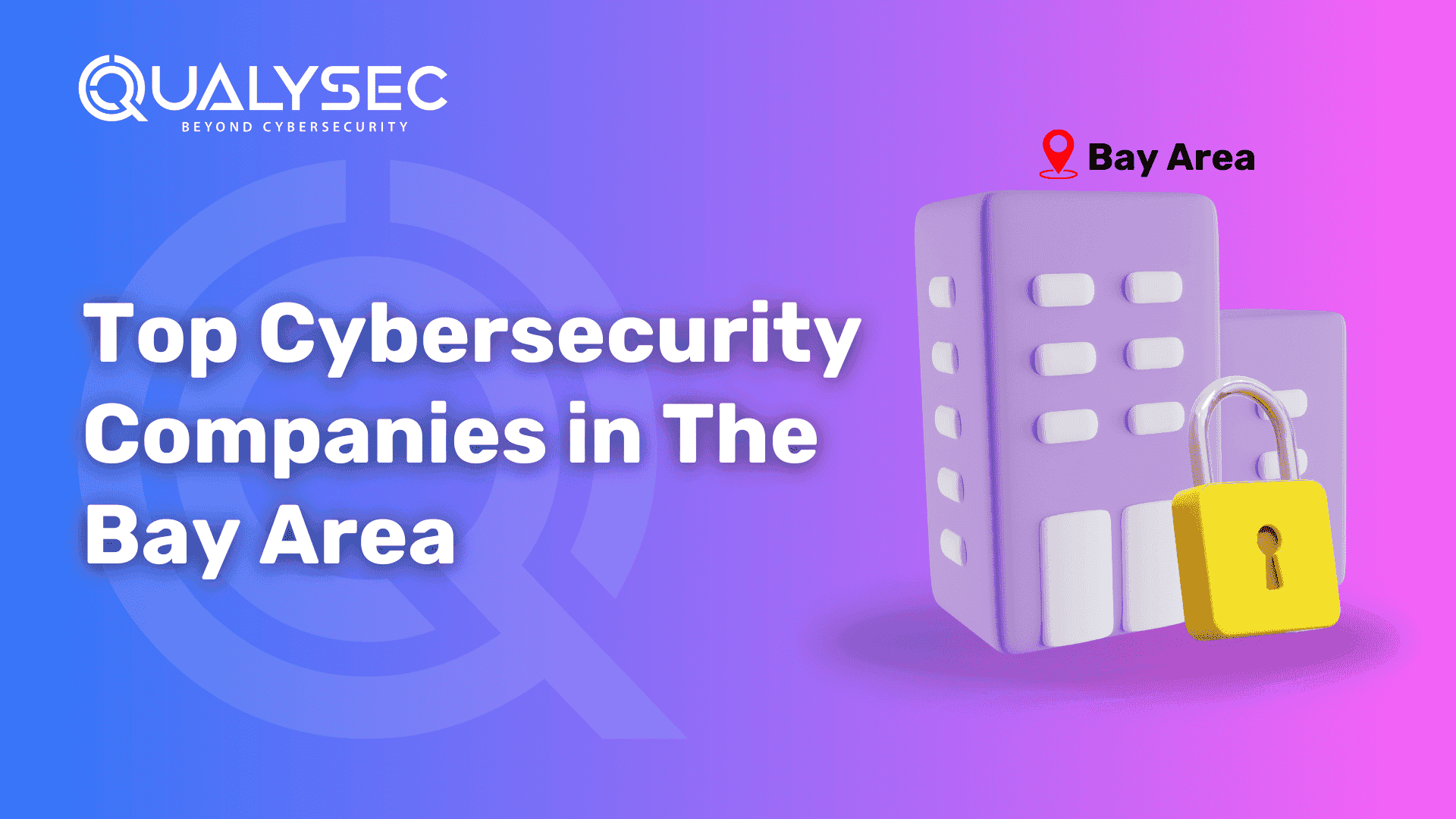
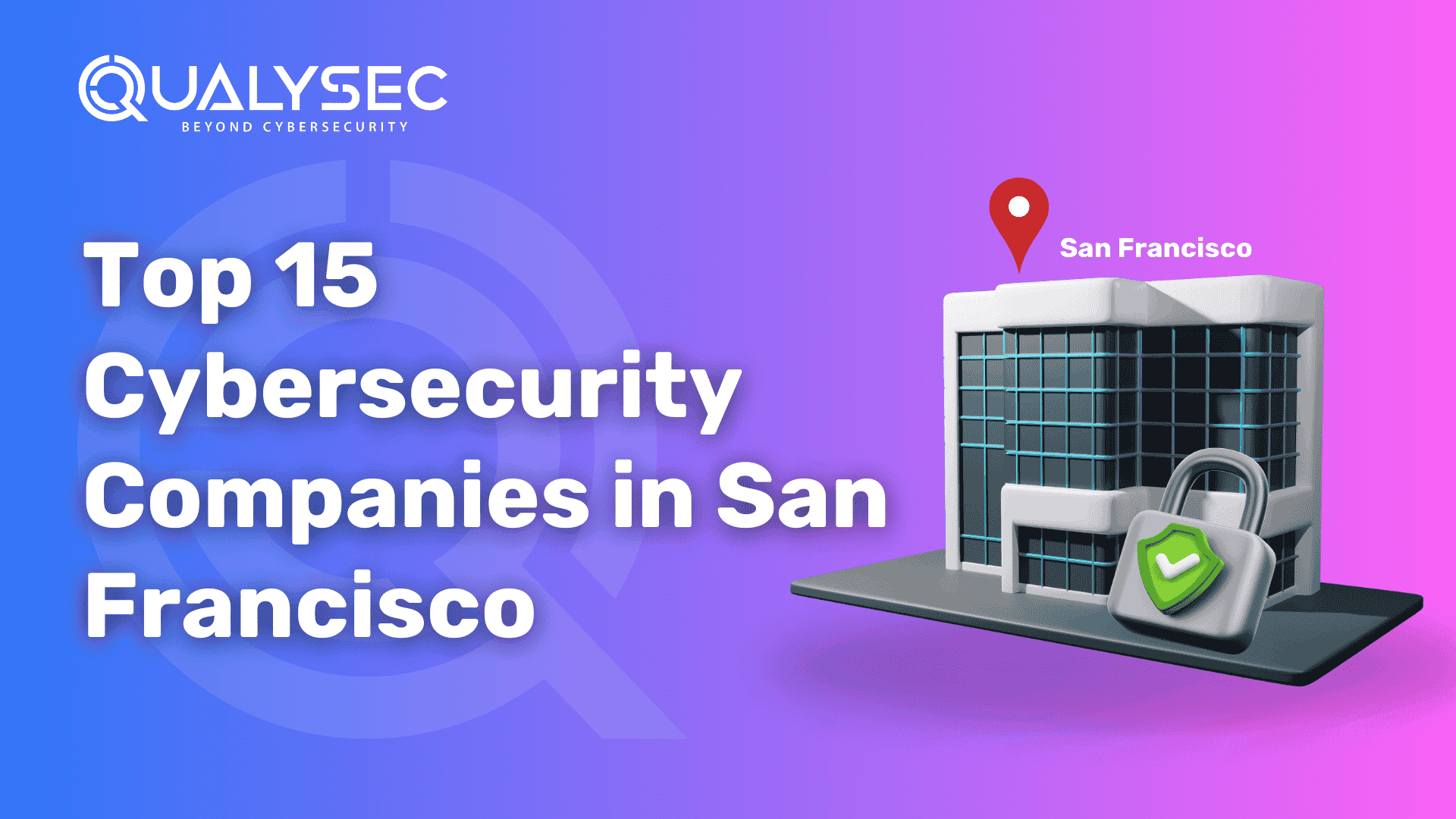
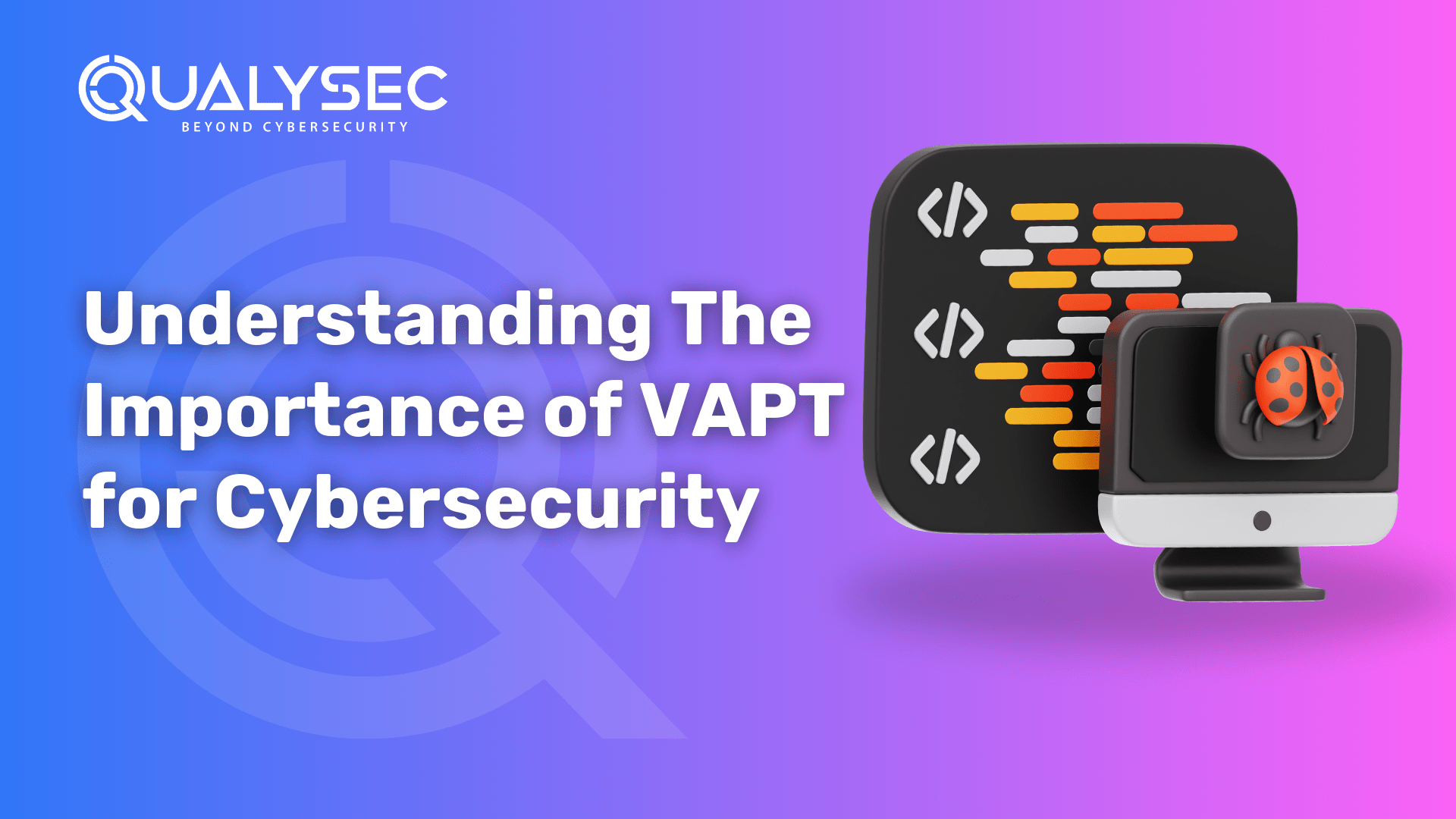
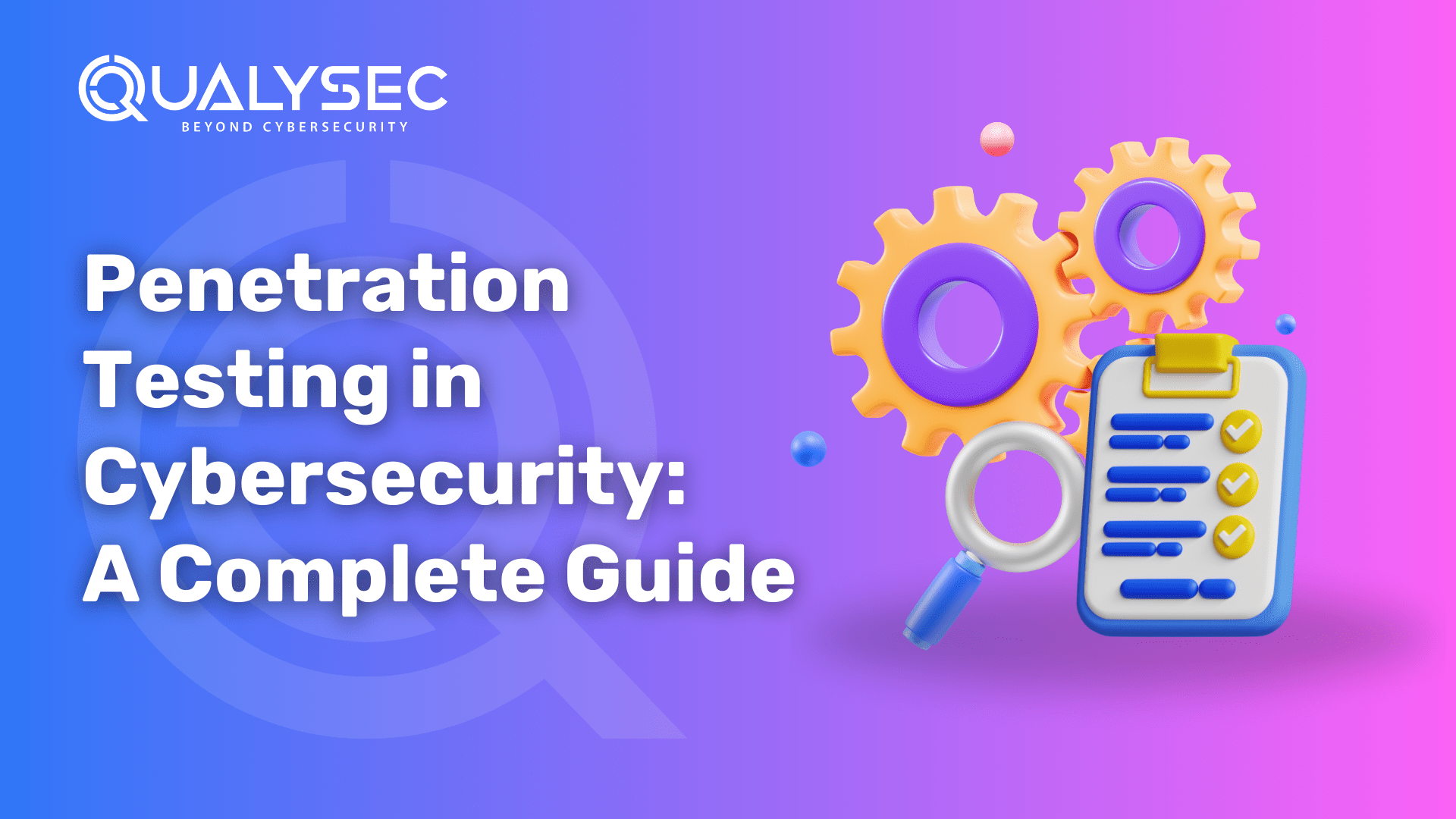
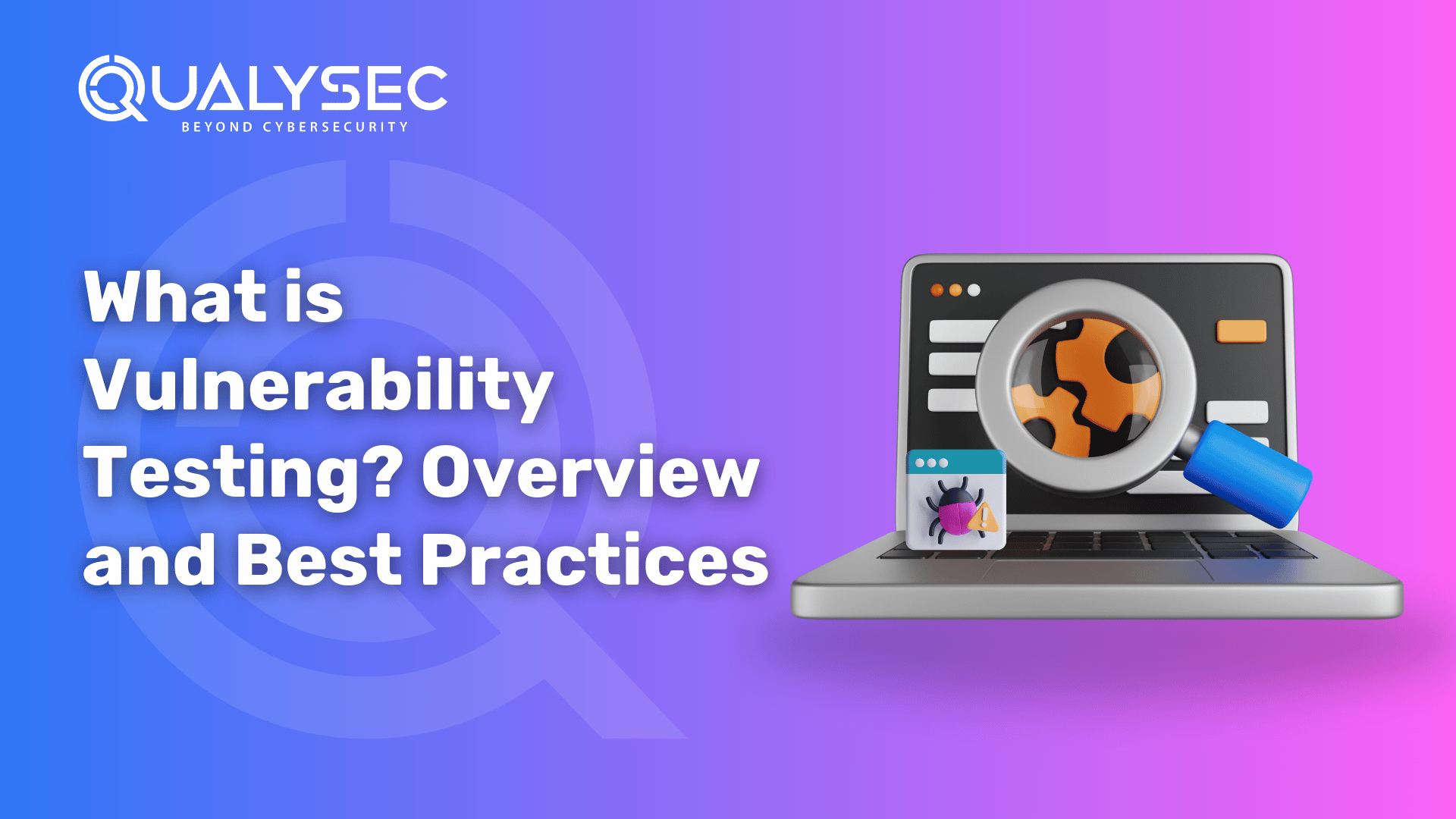

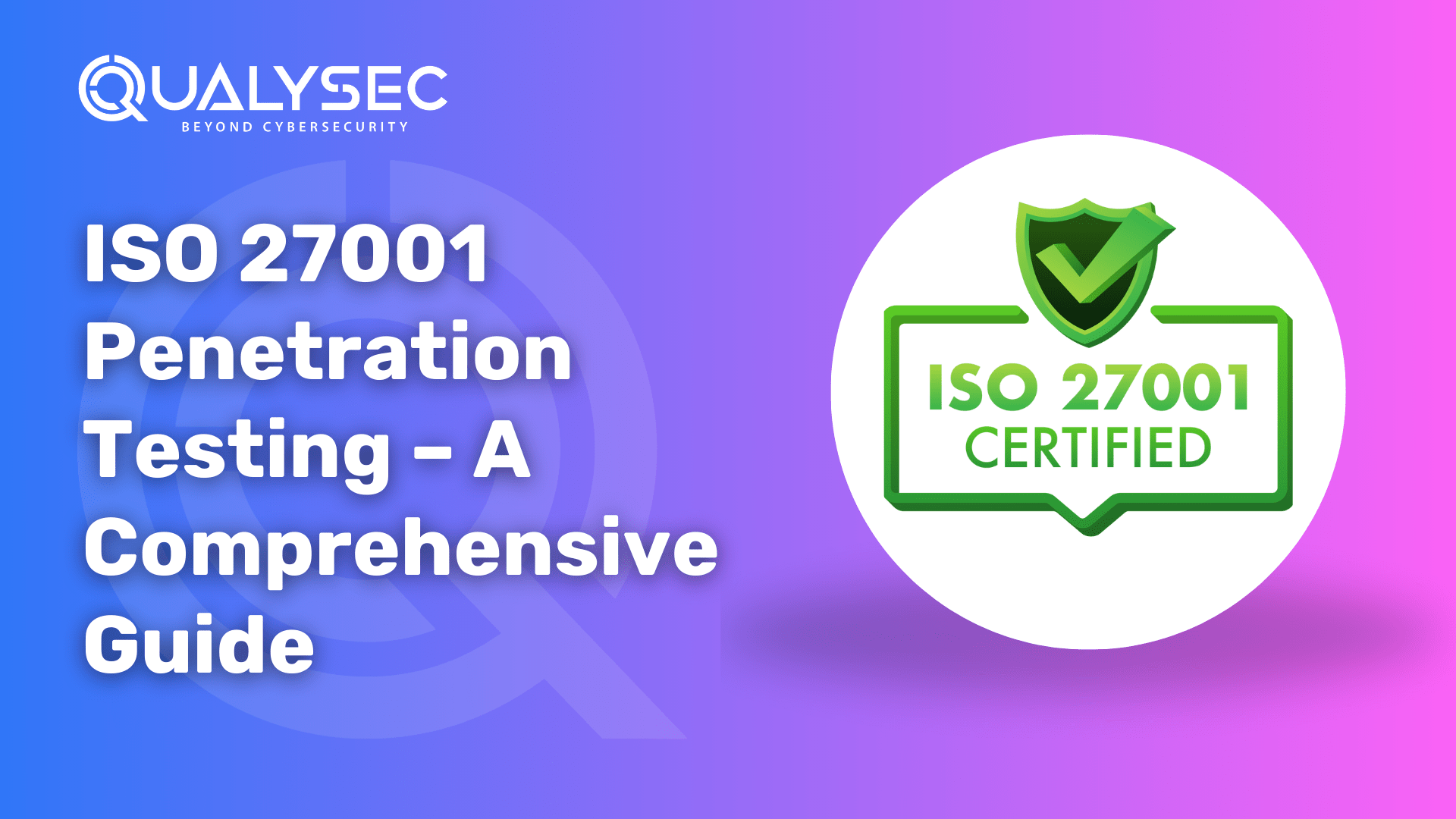
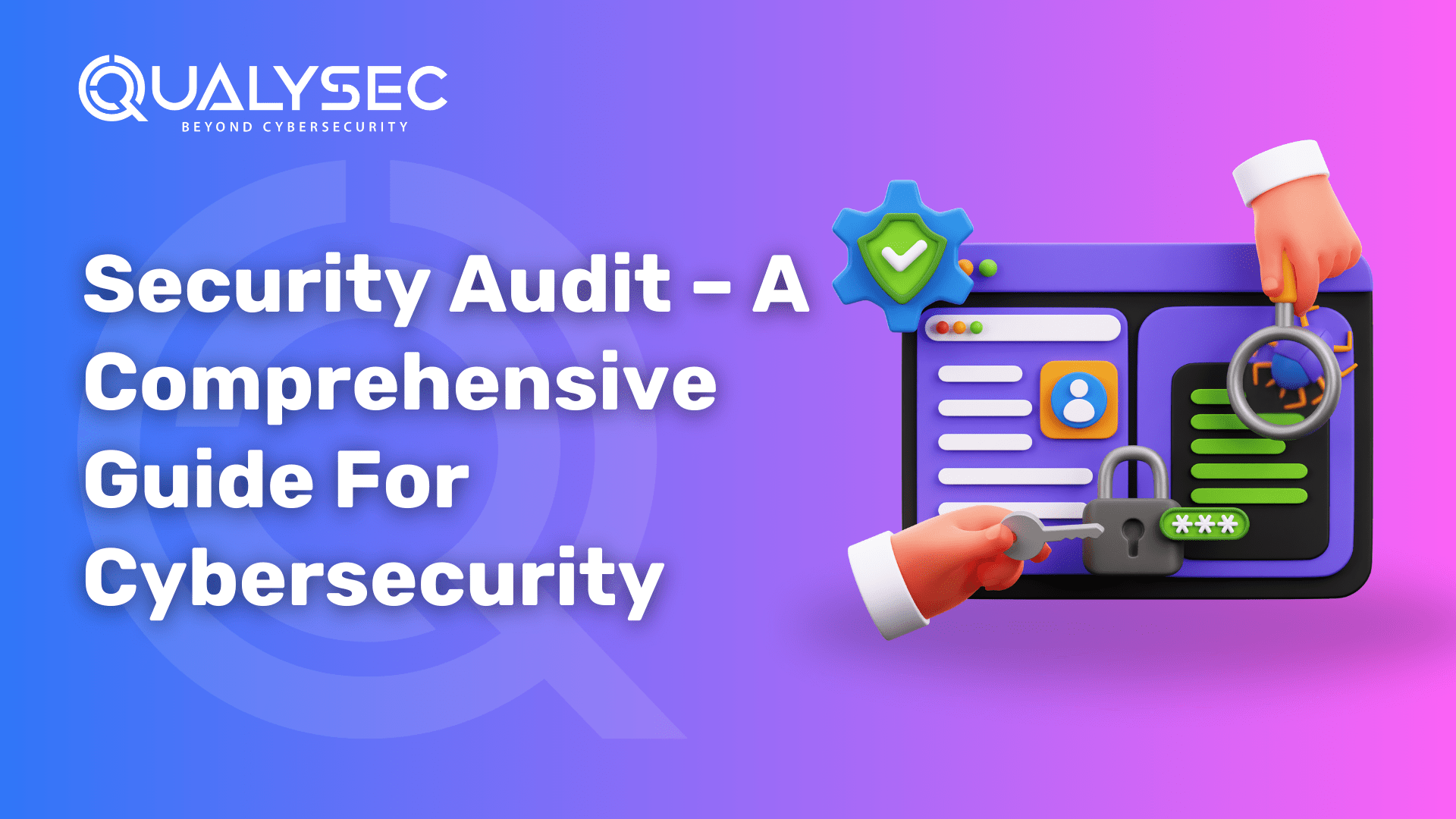
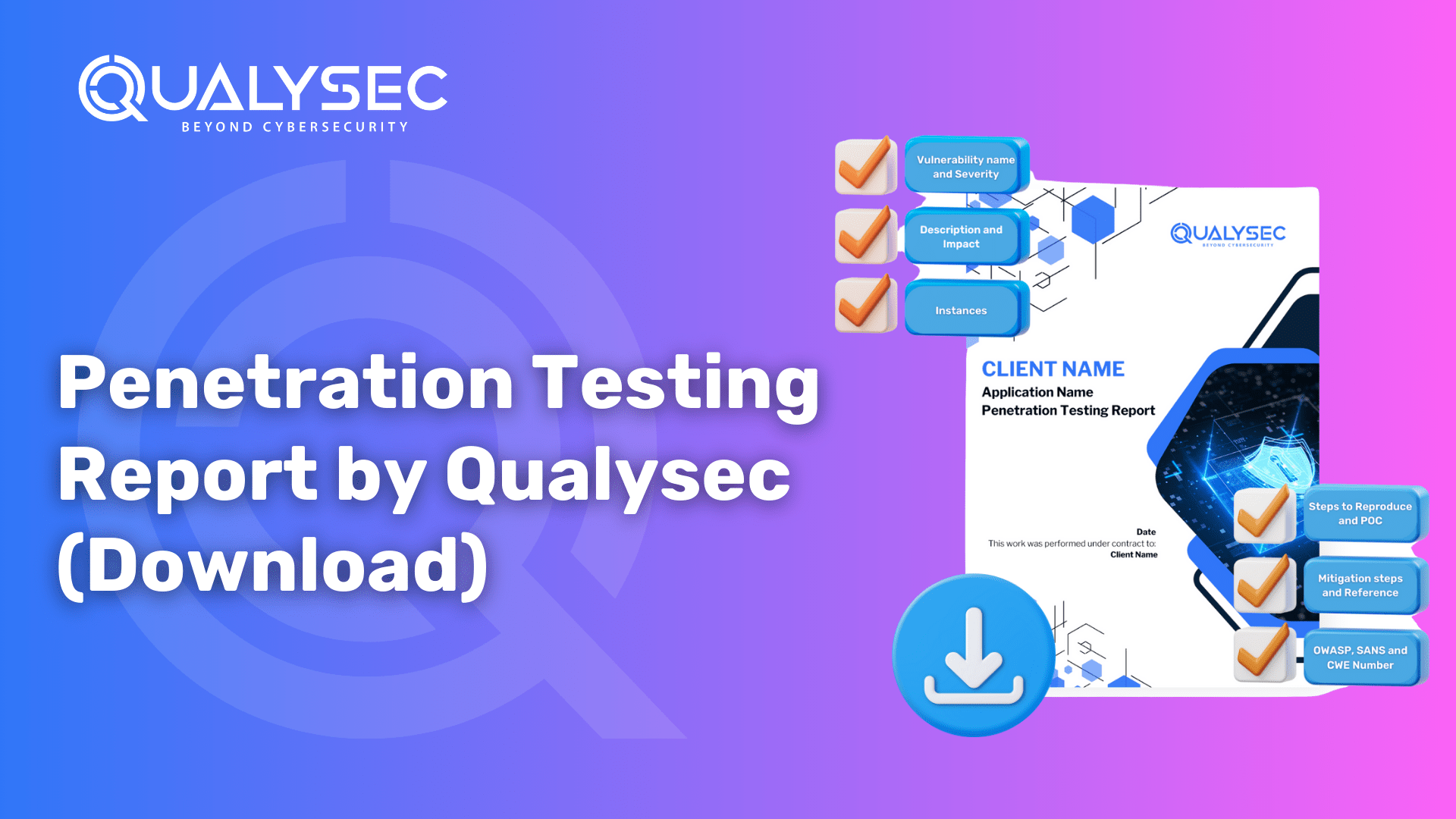
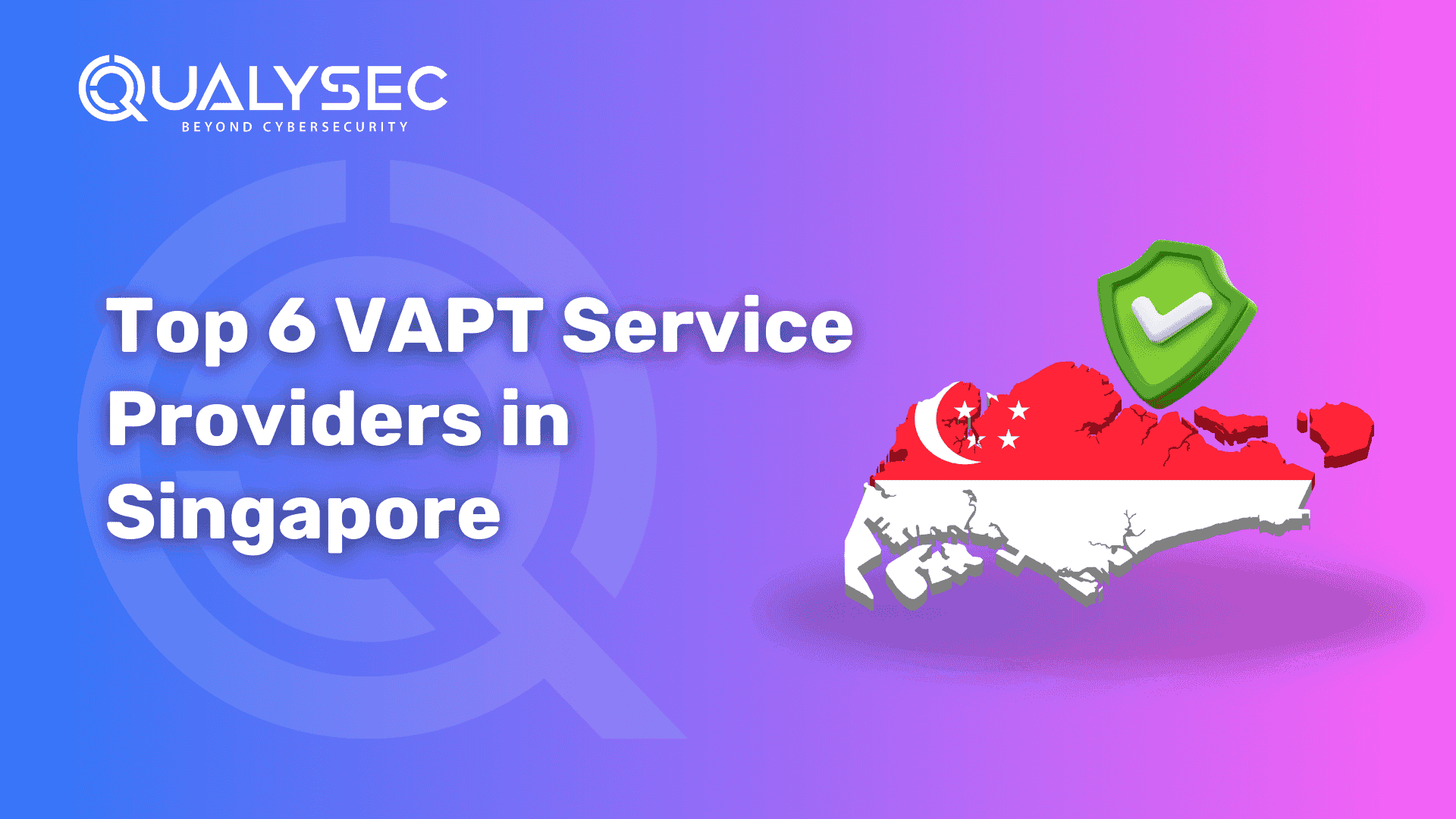
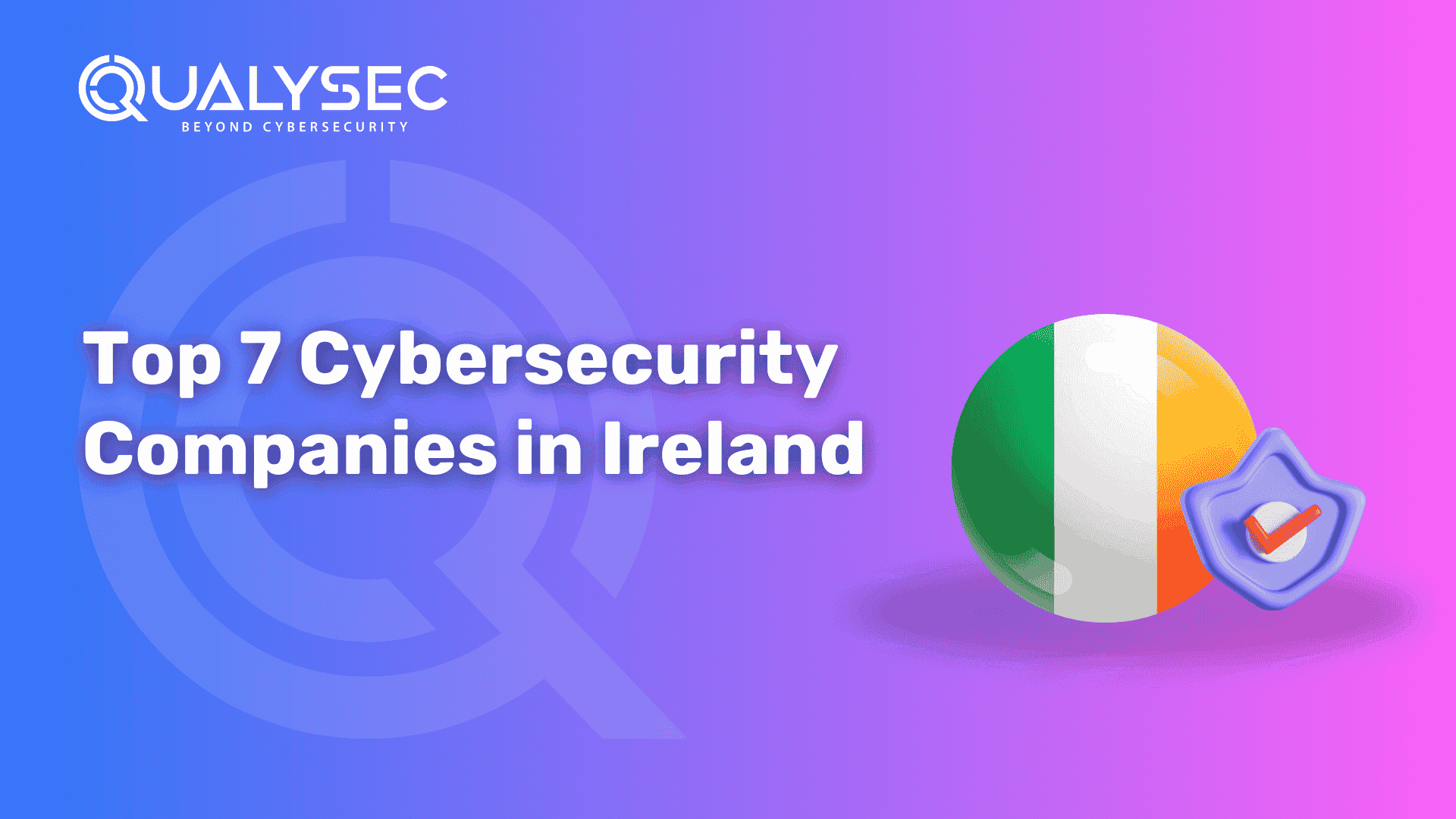
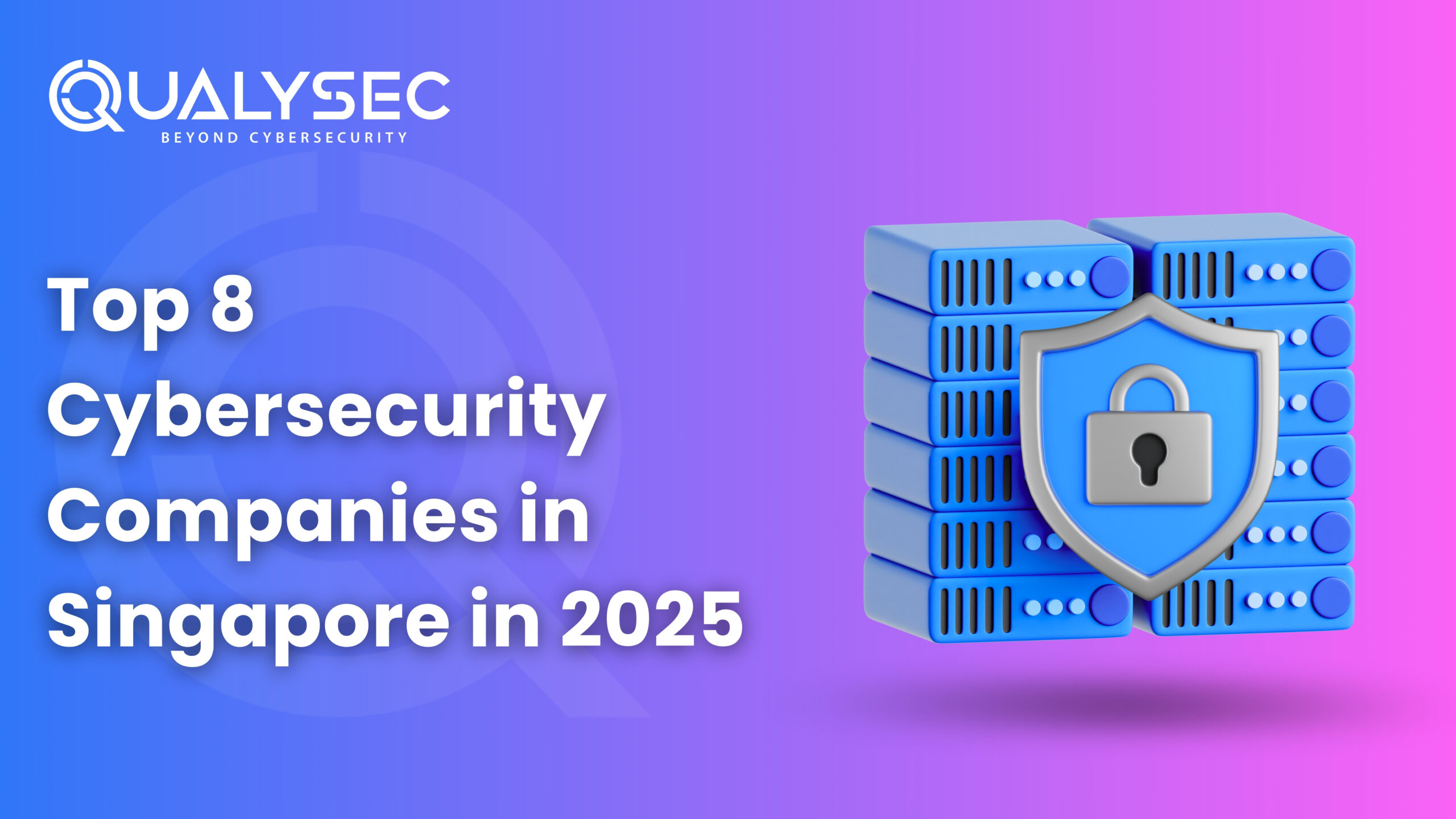
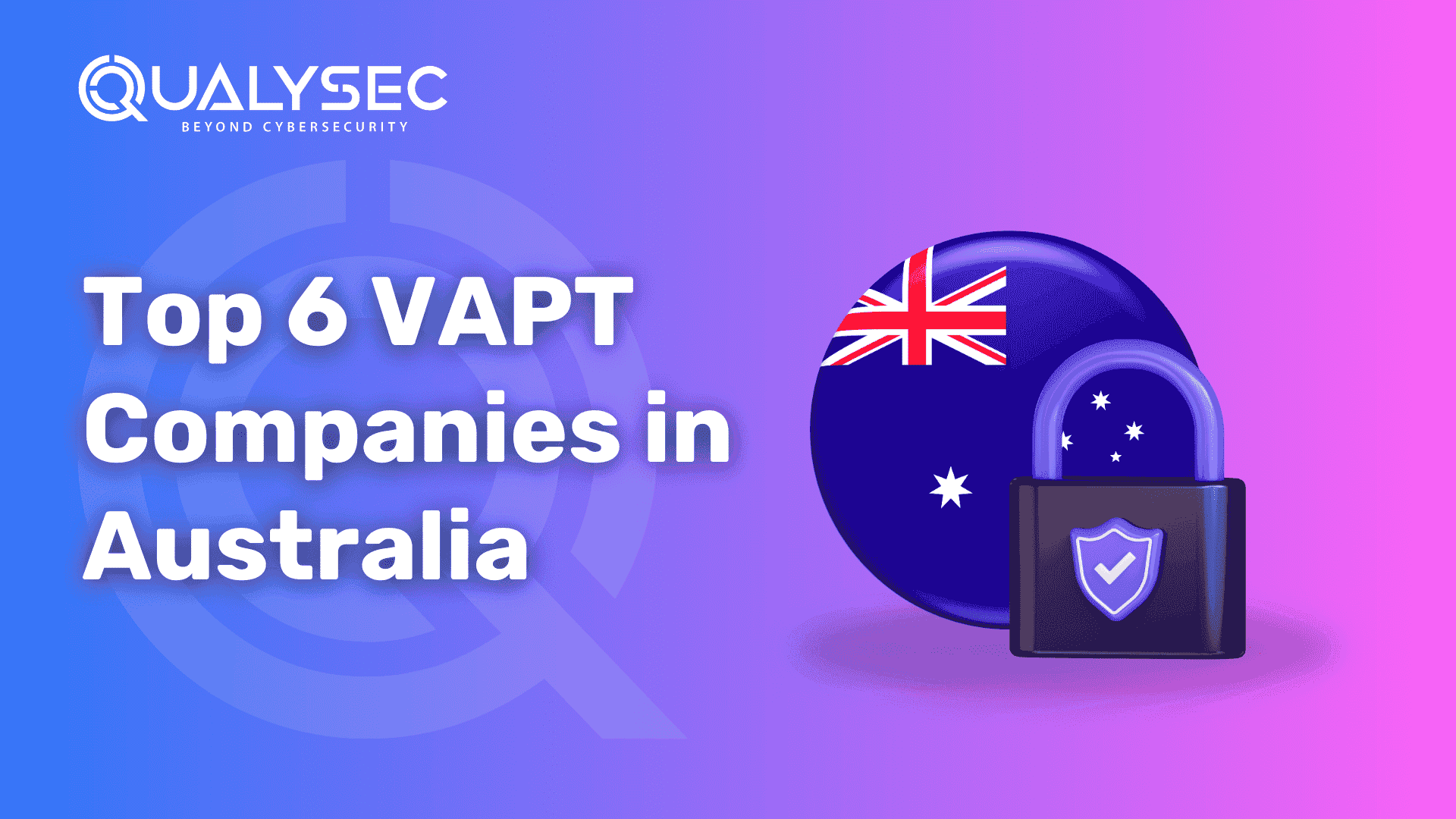
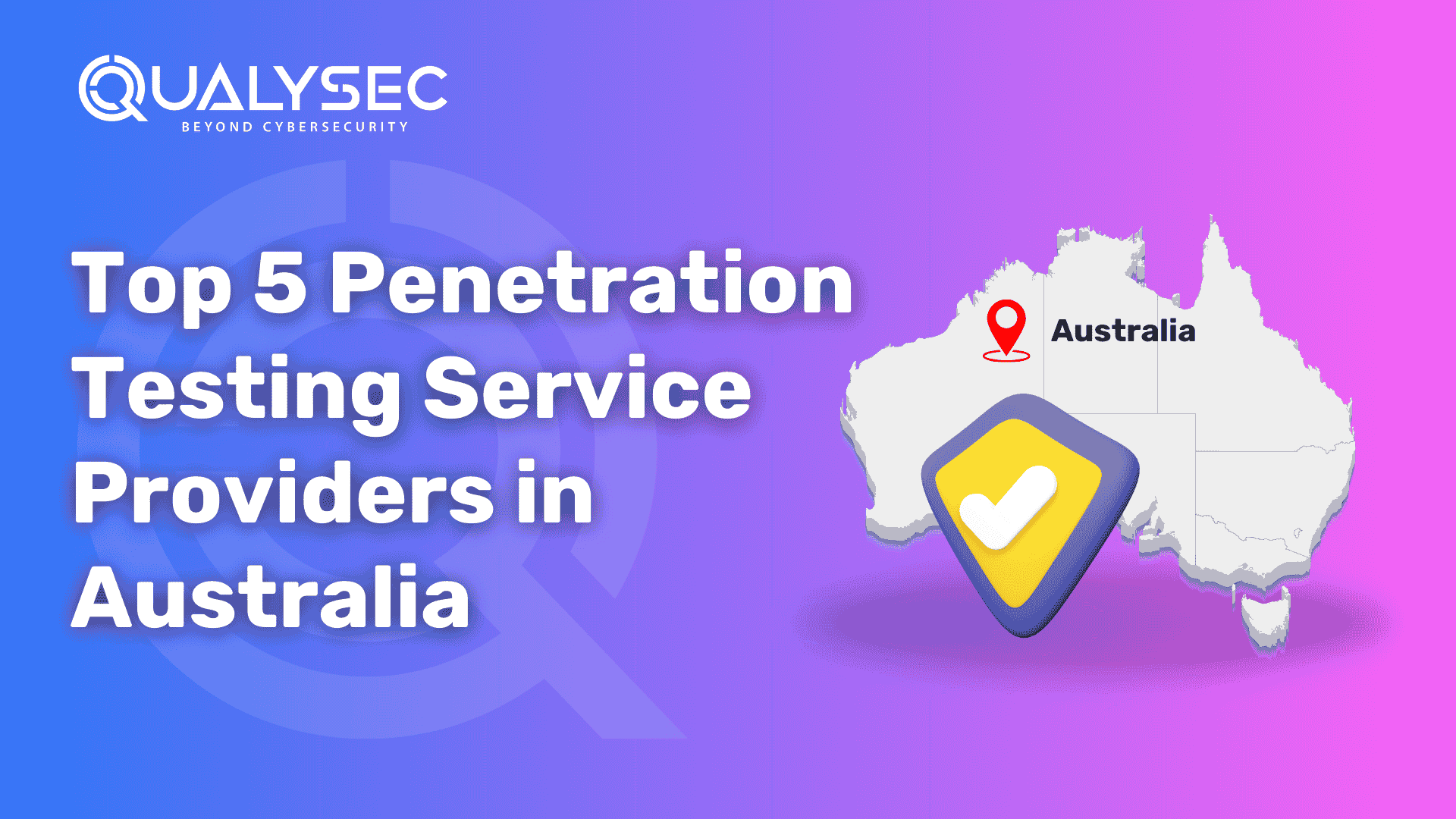
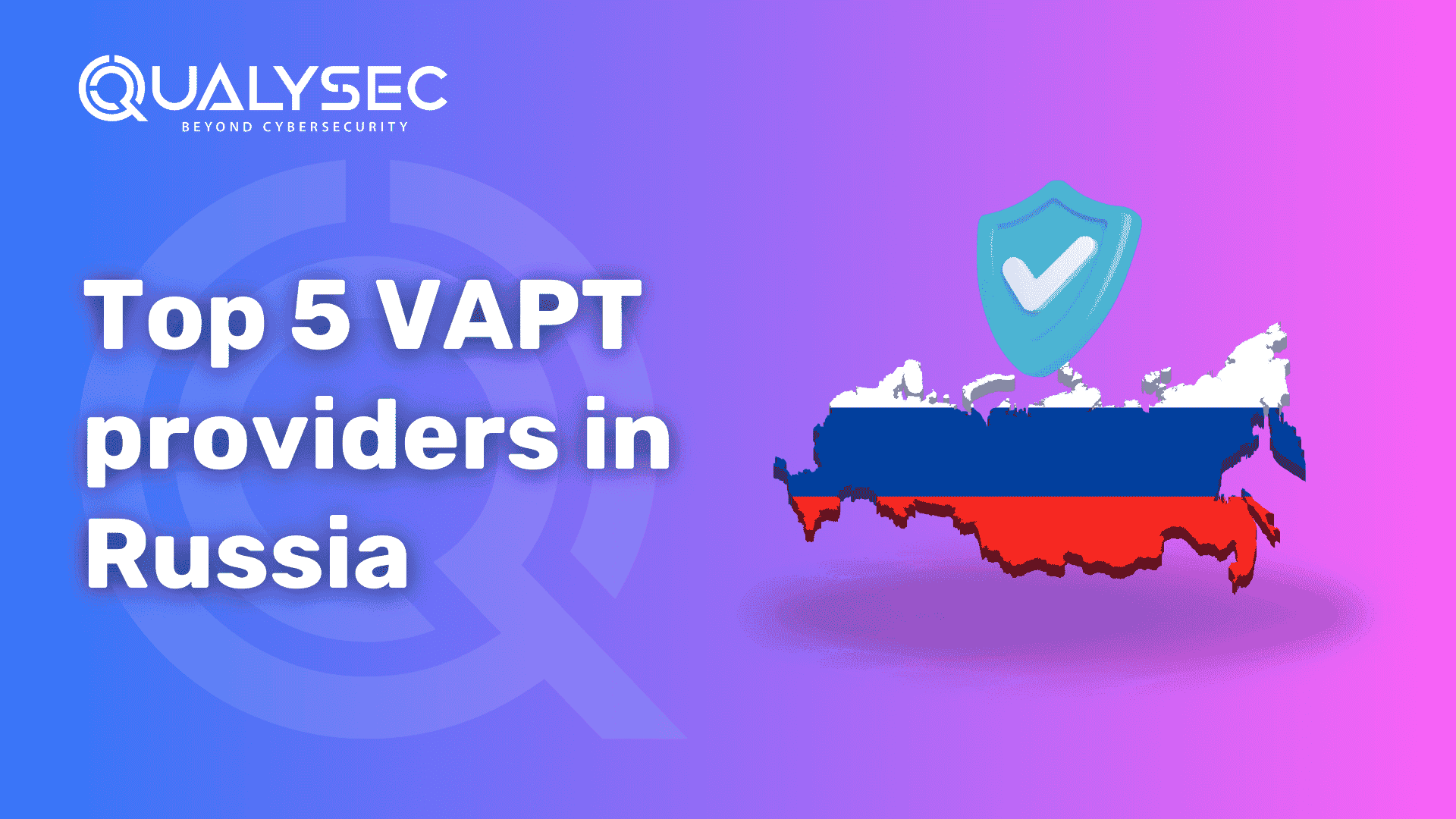
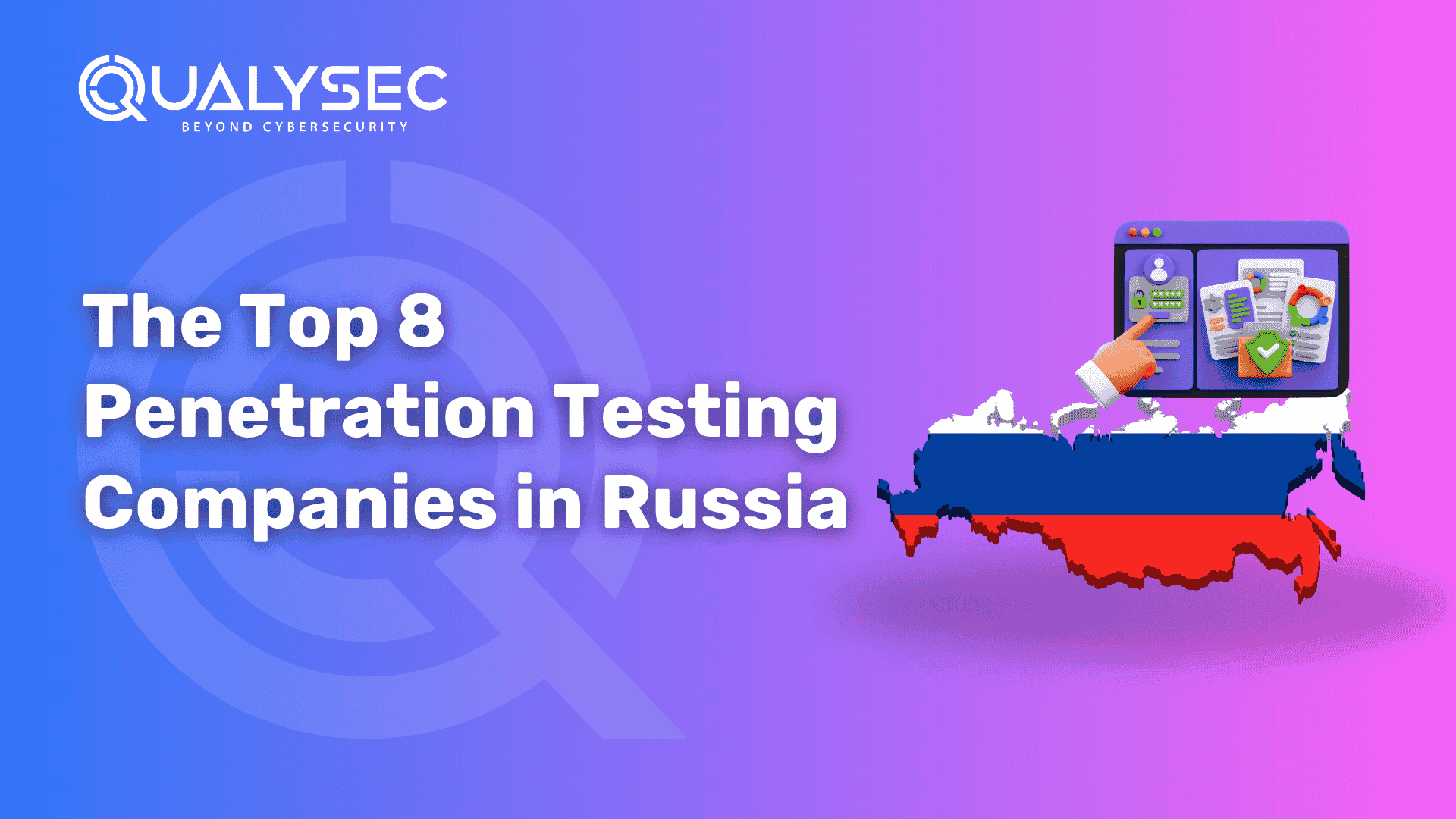
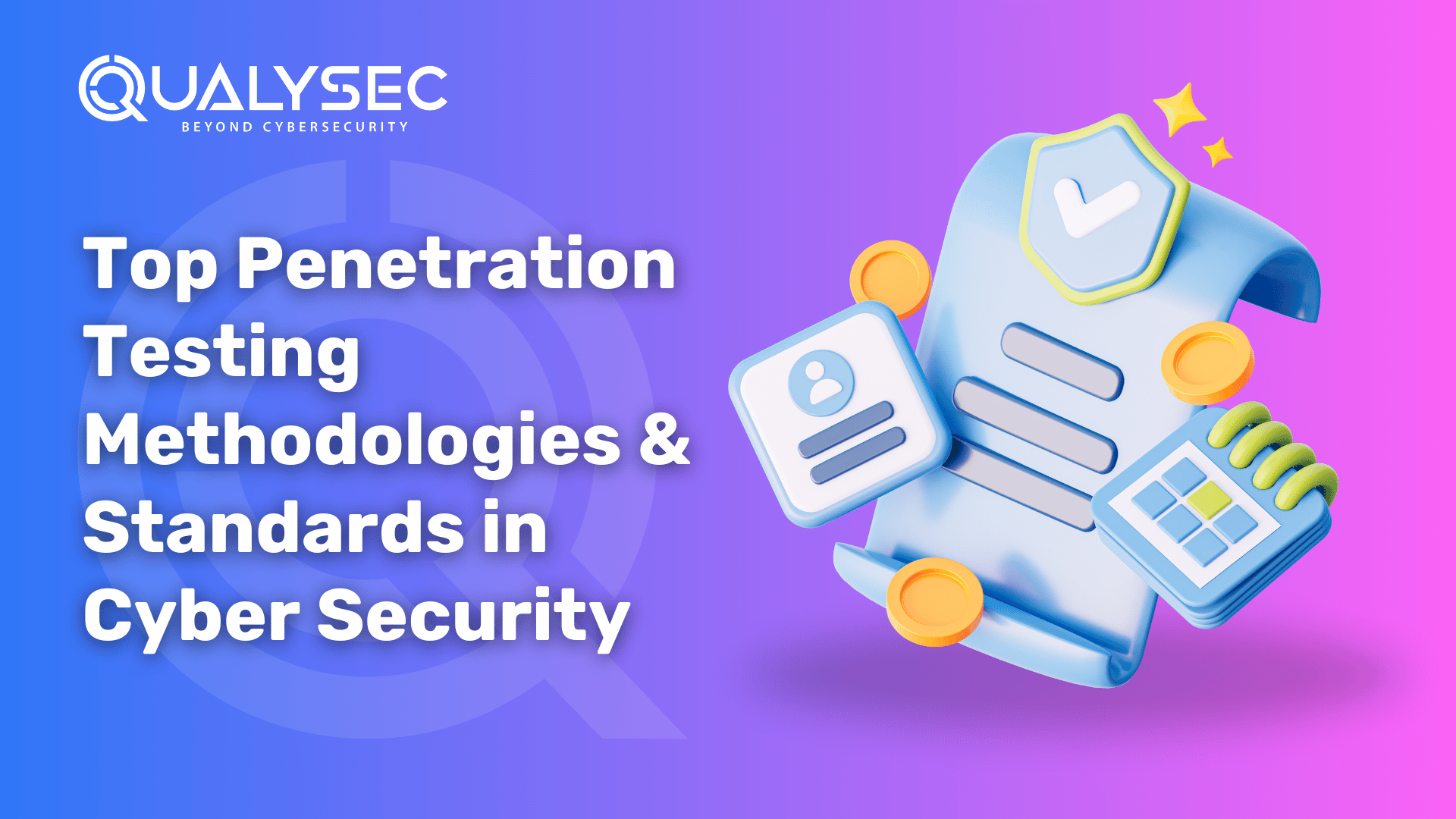
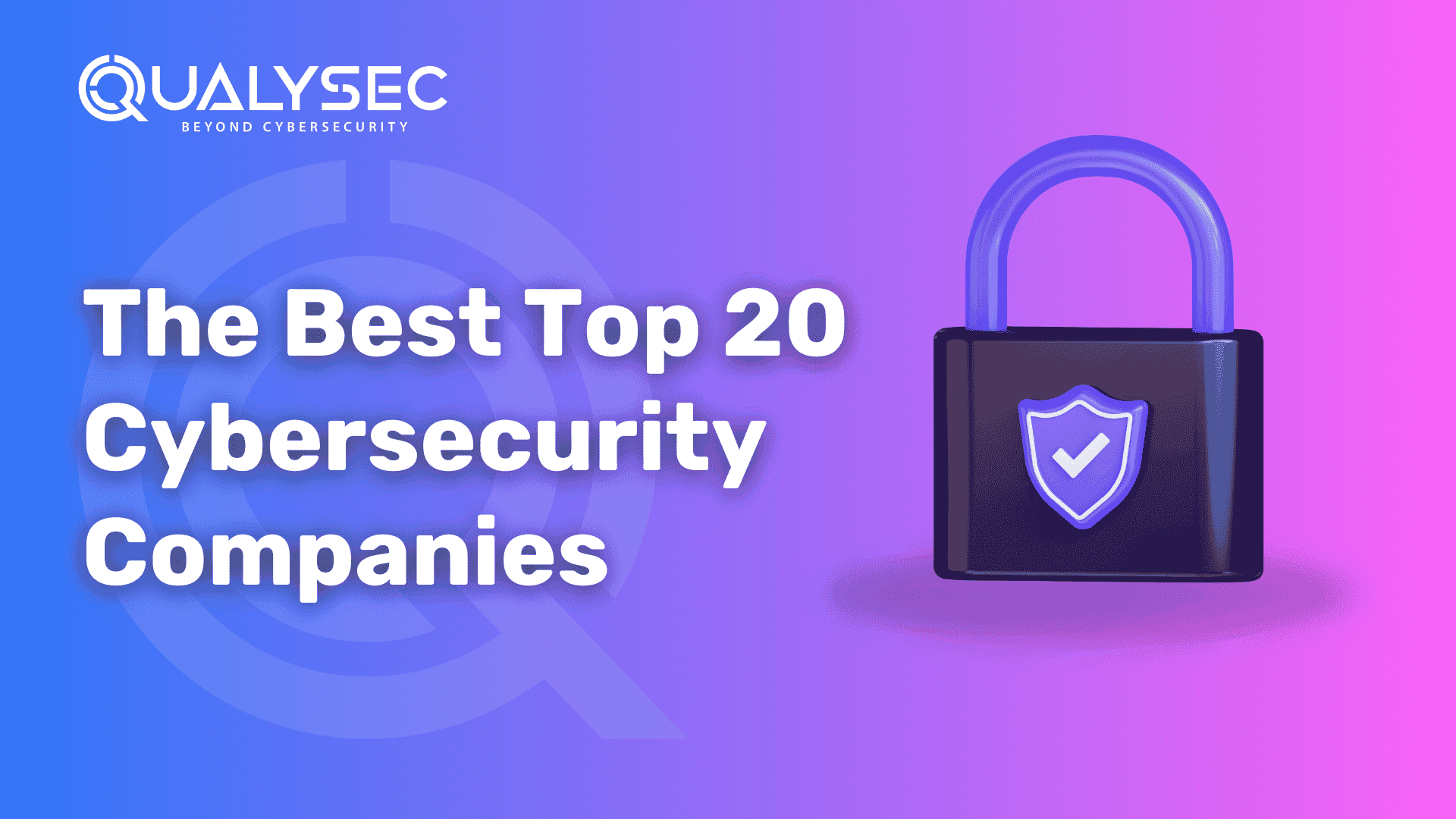
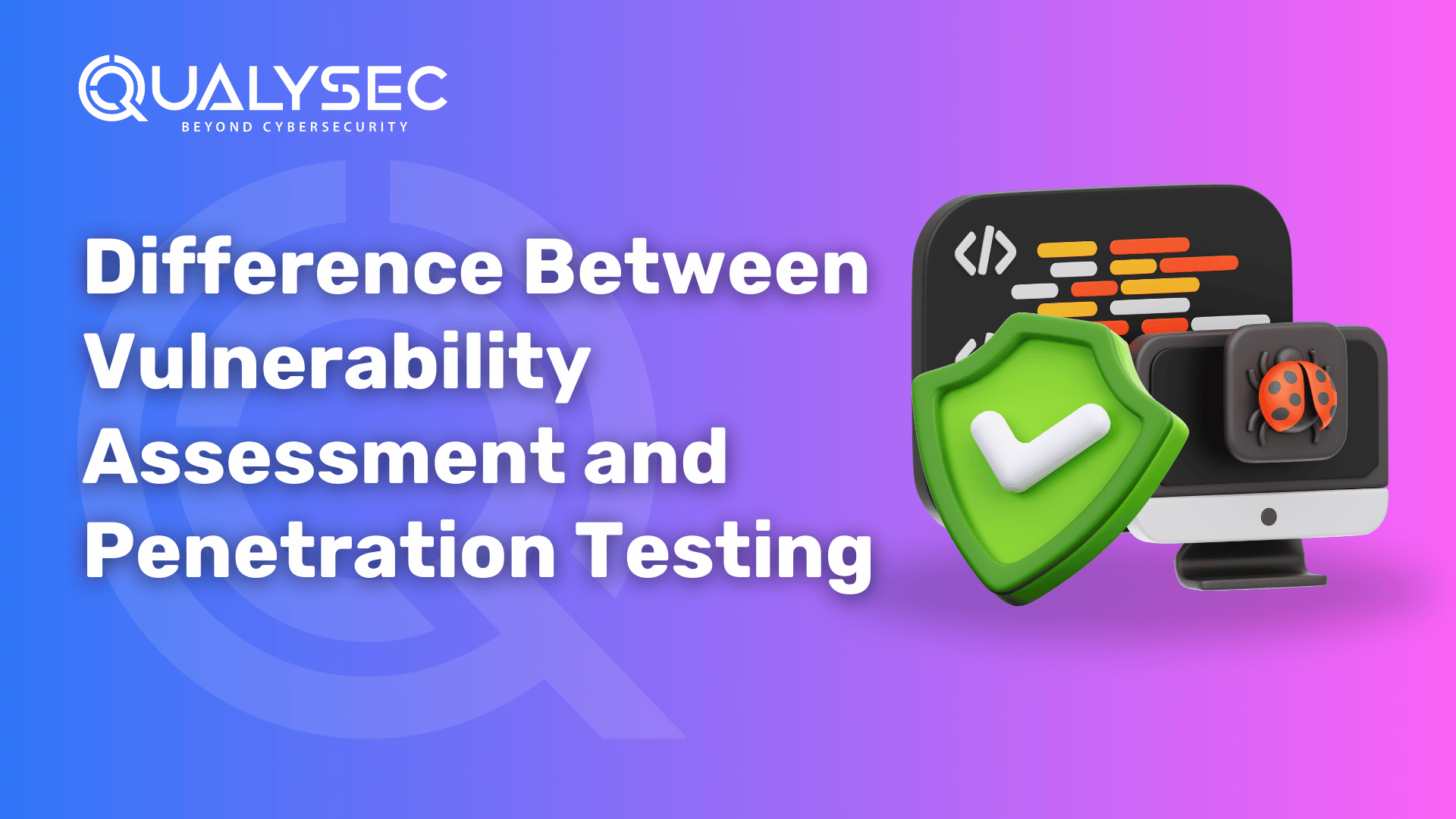
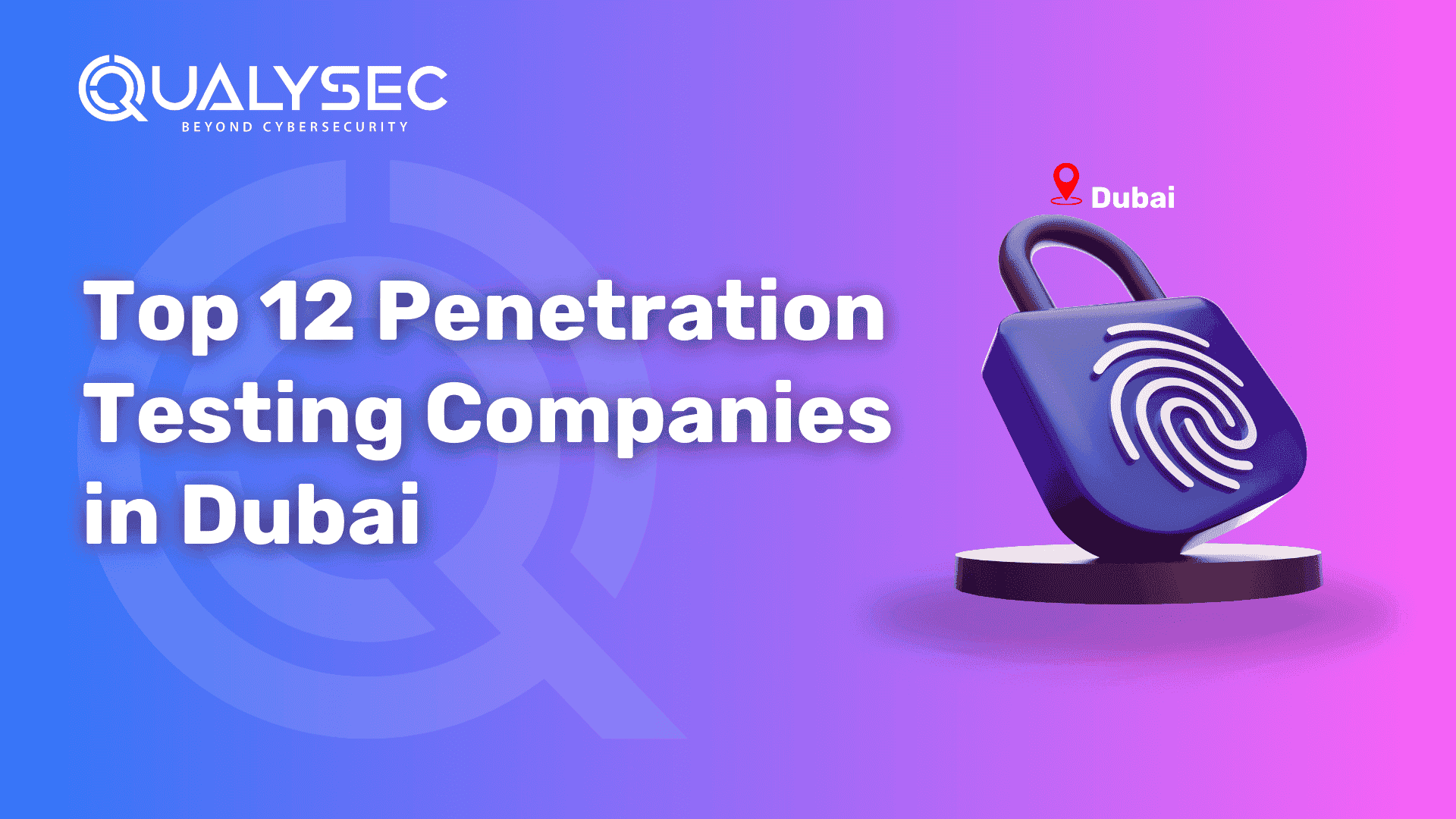
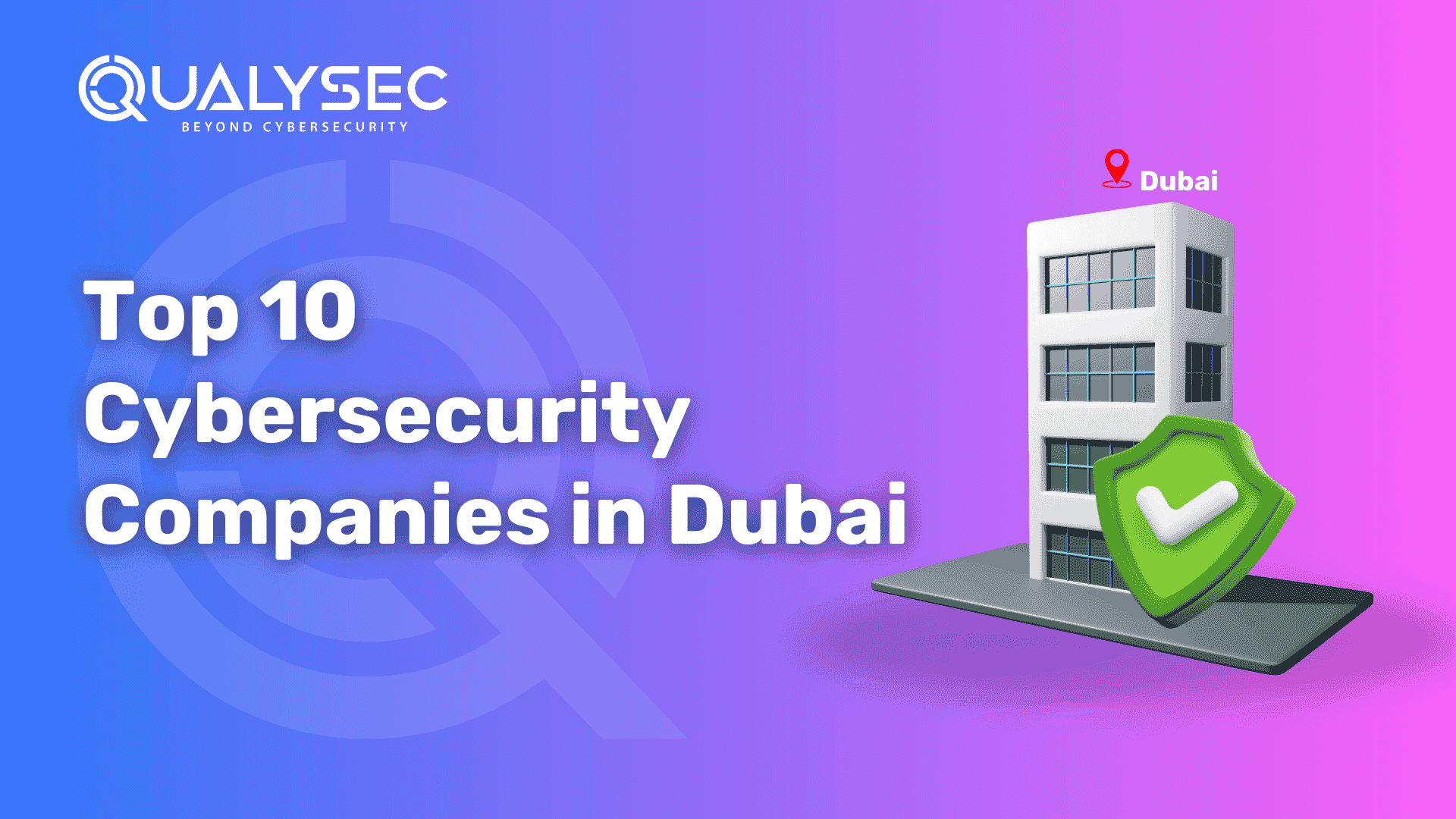
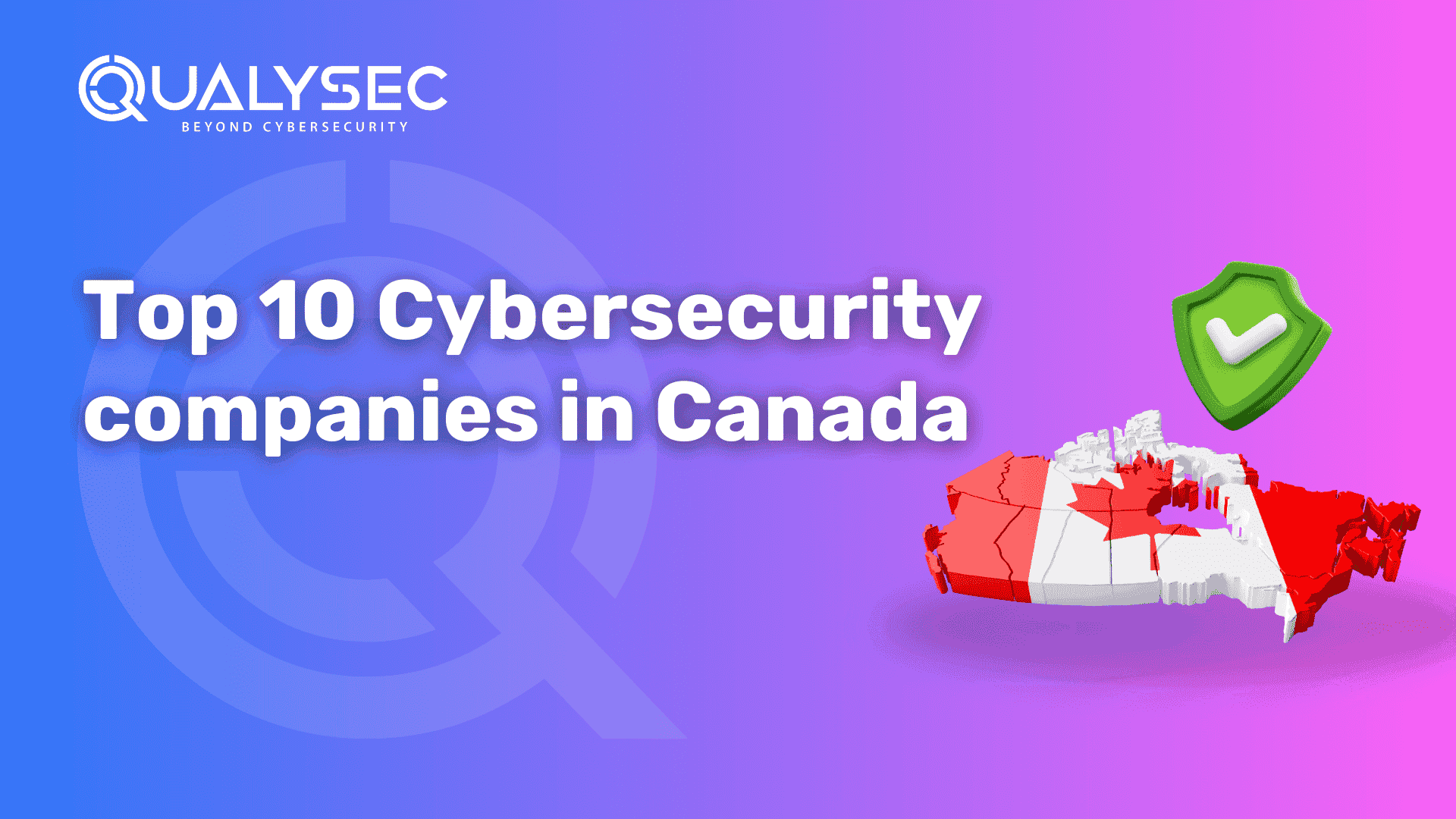
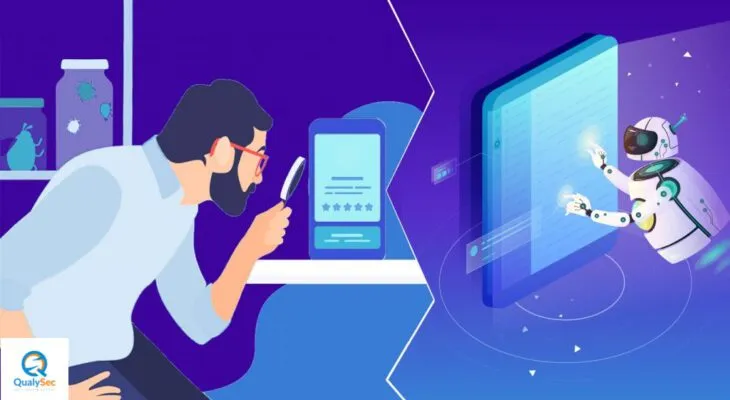



0 Comments